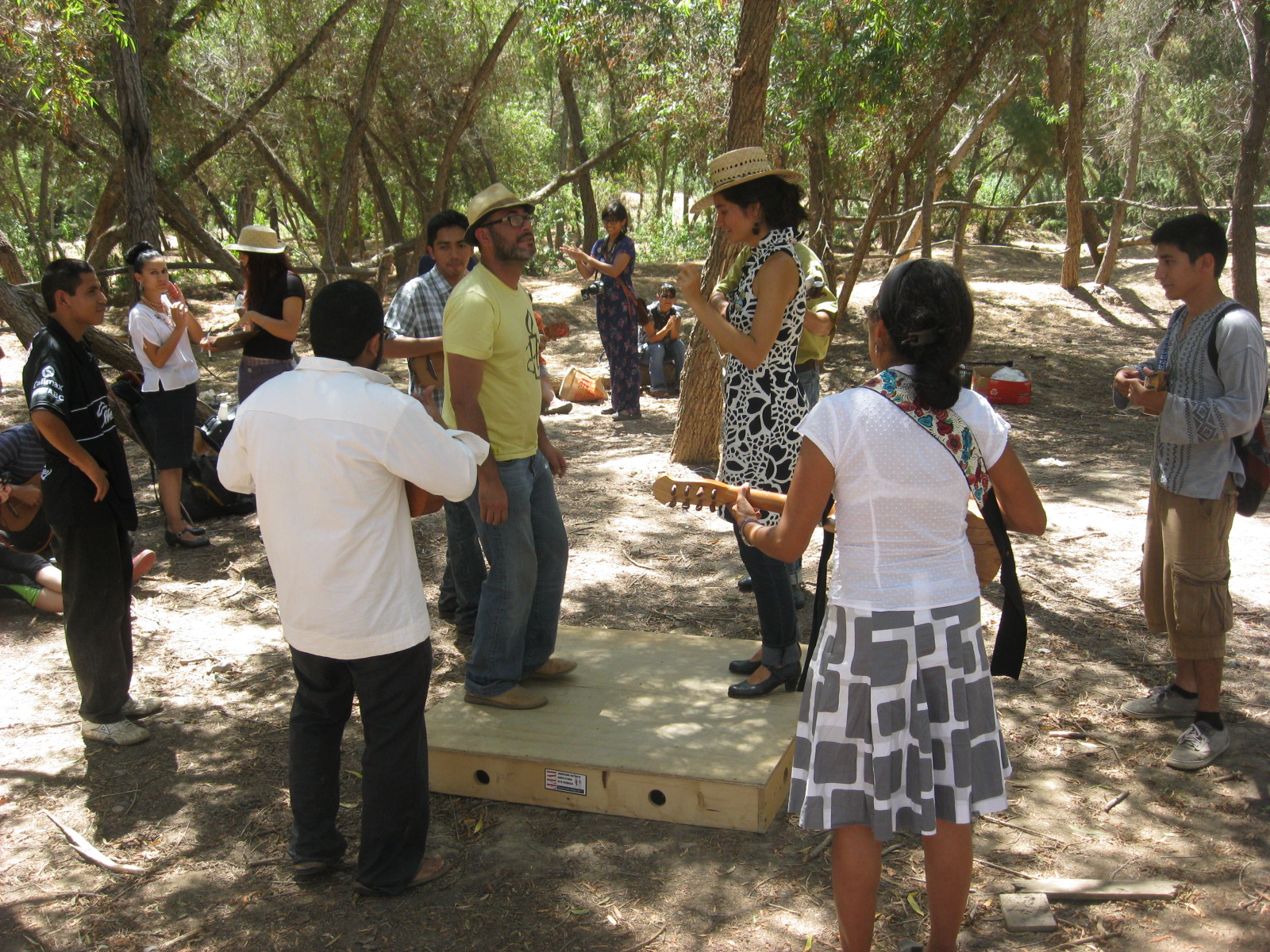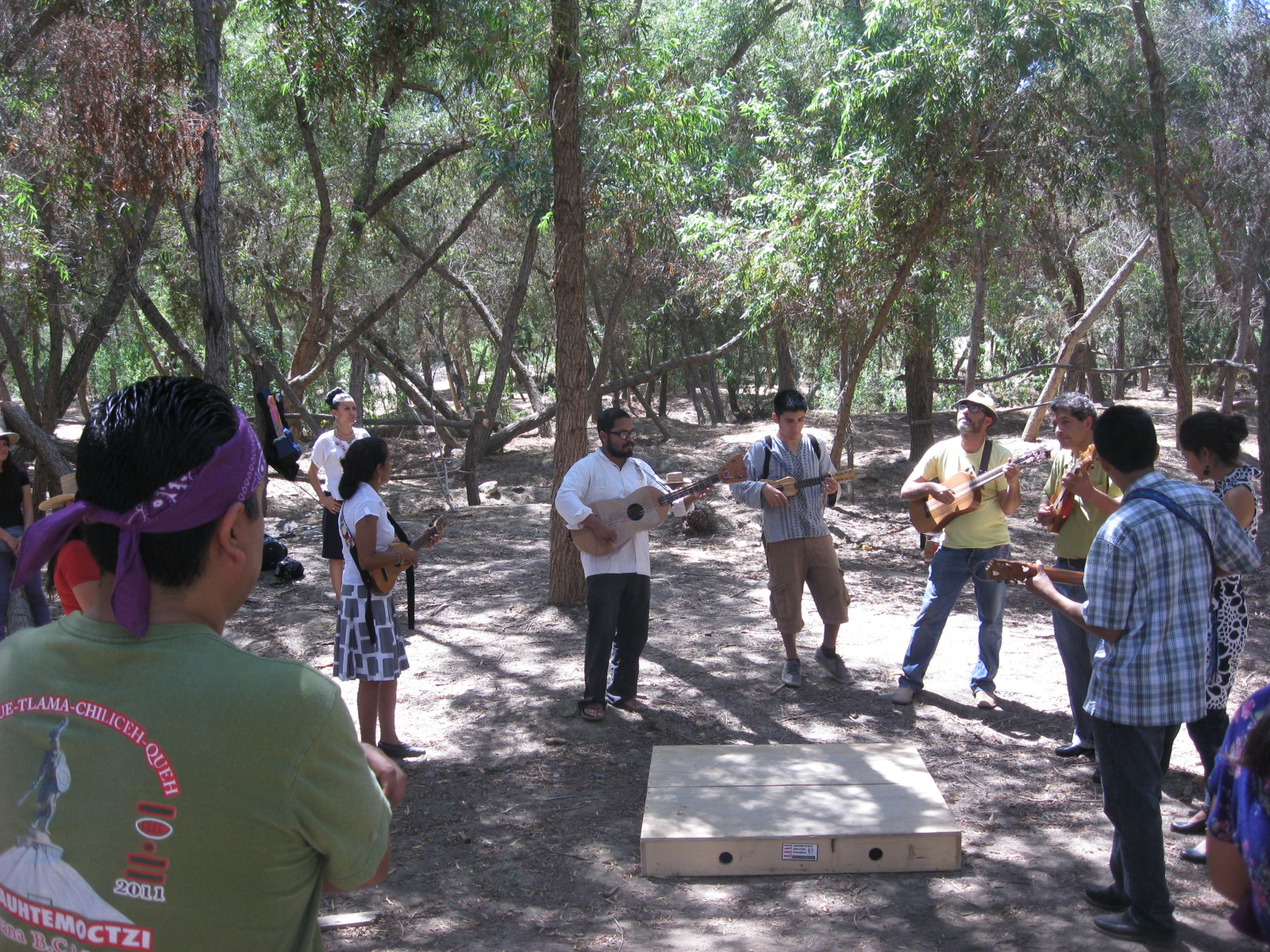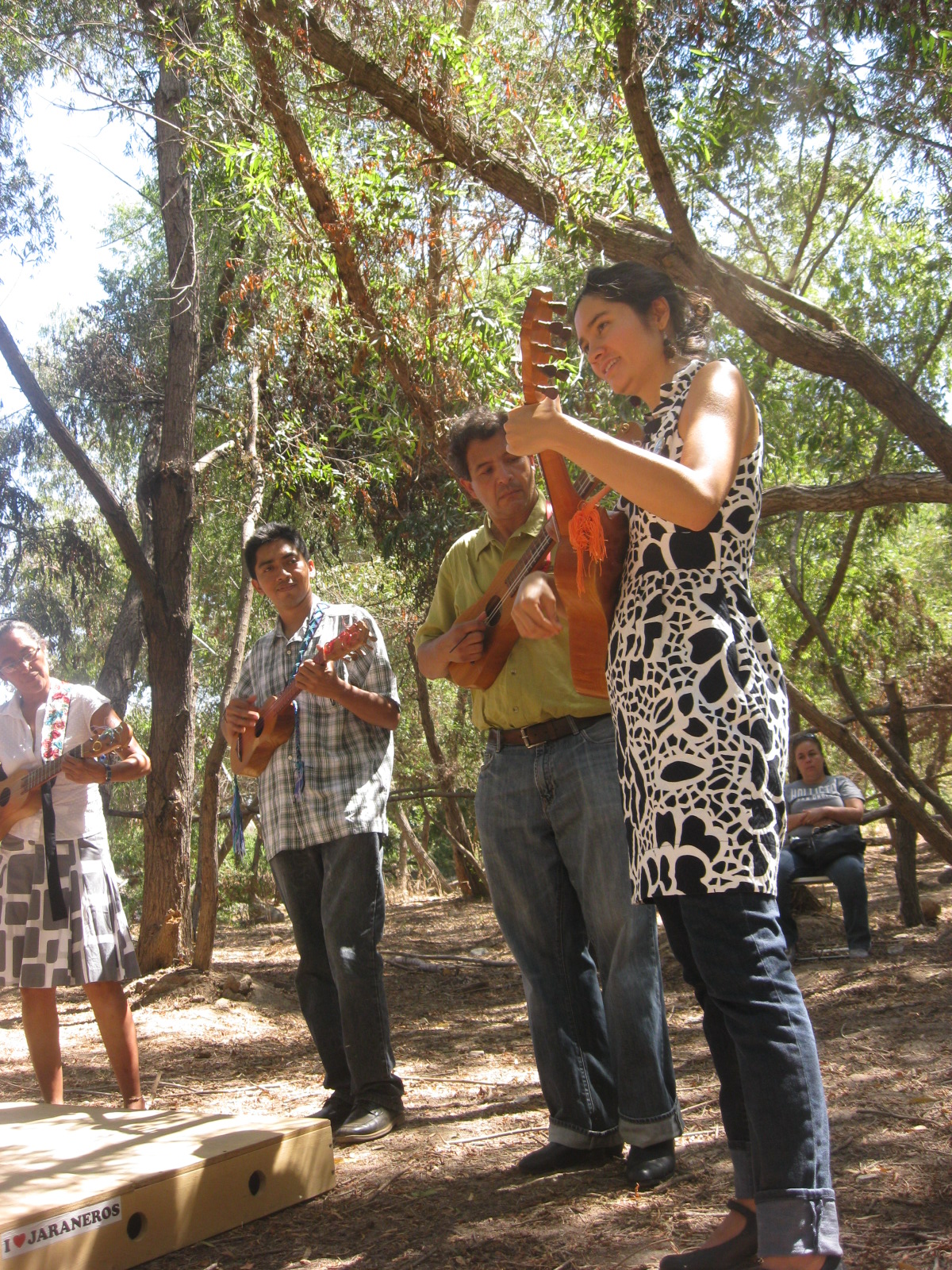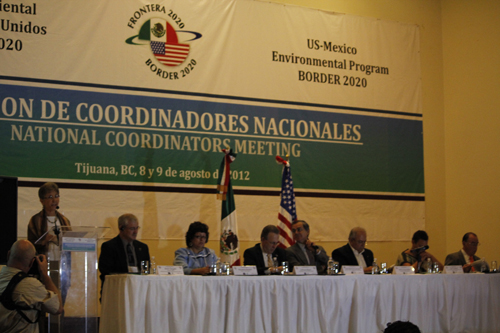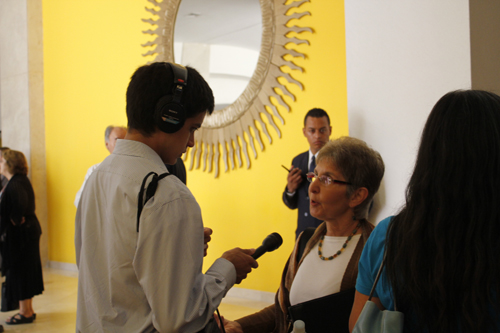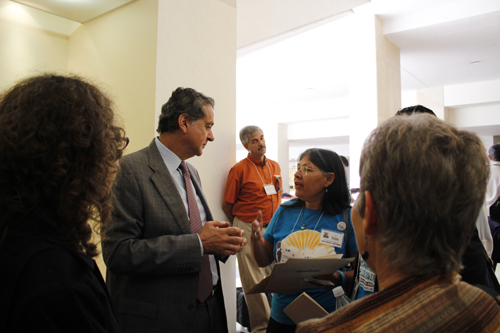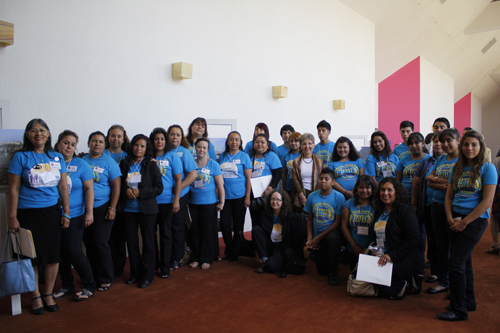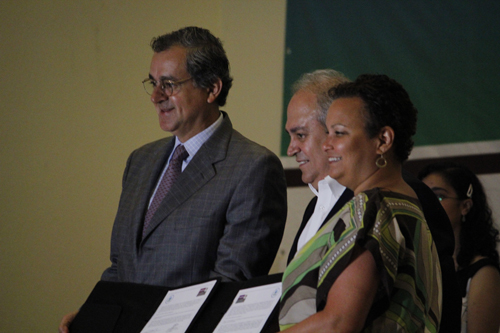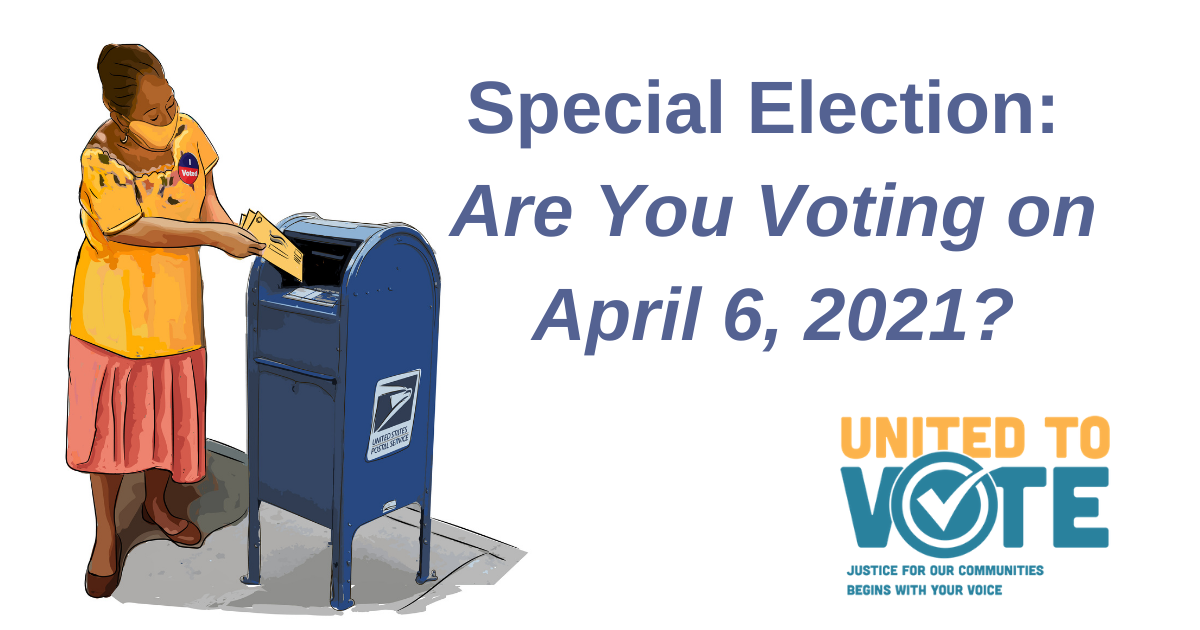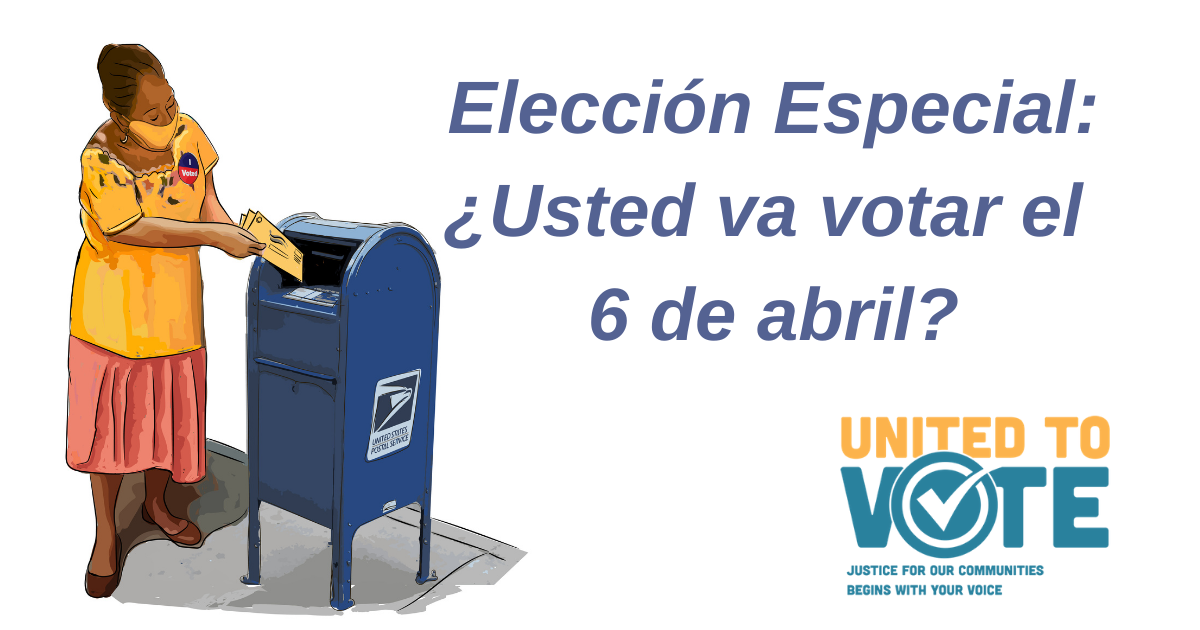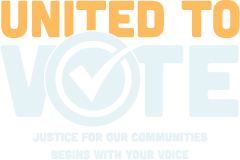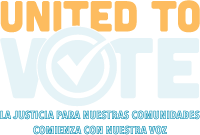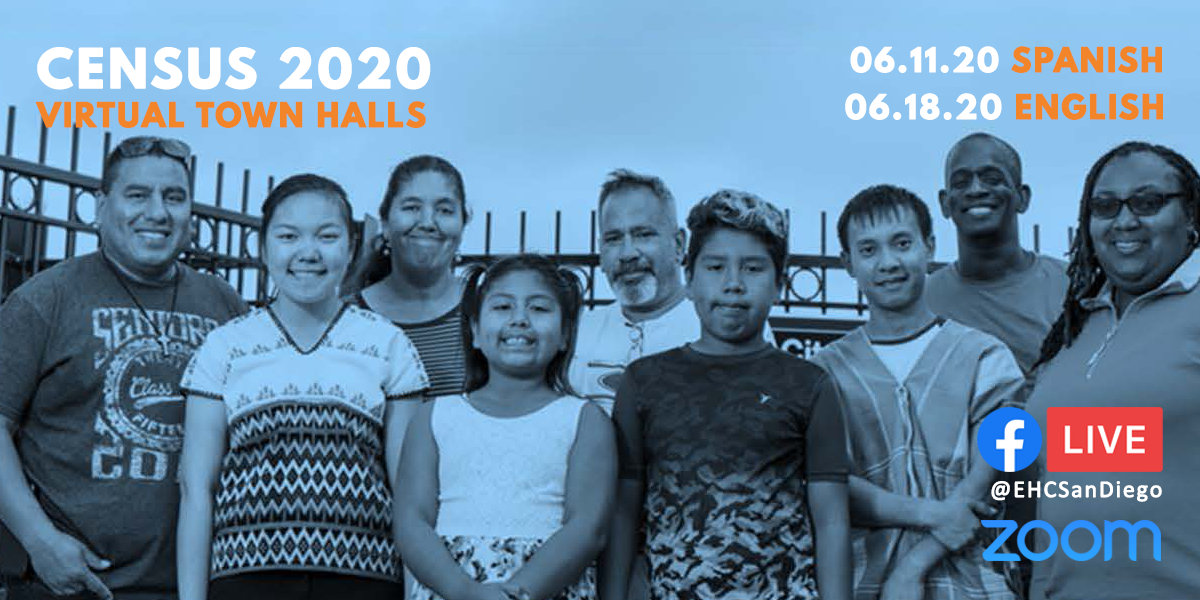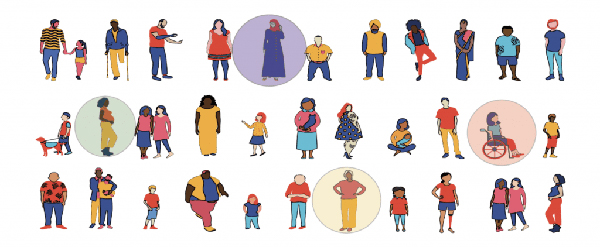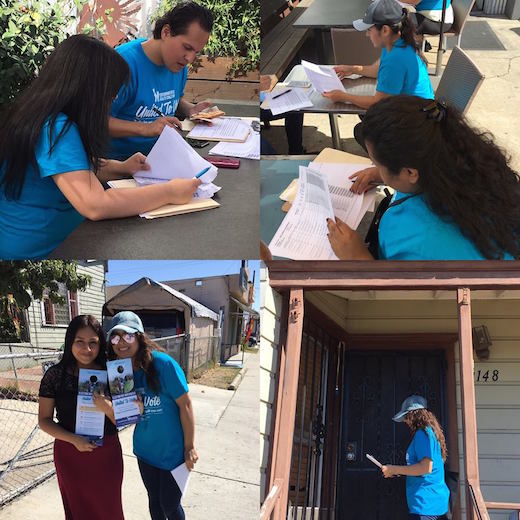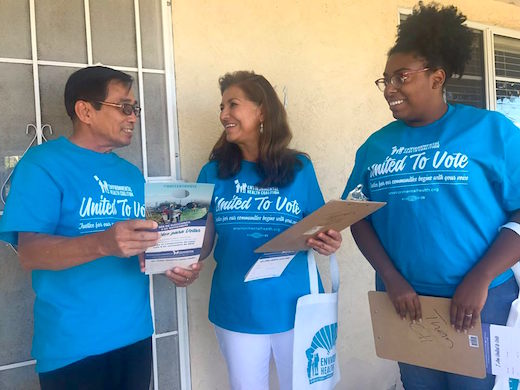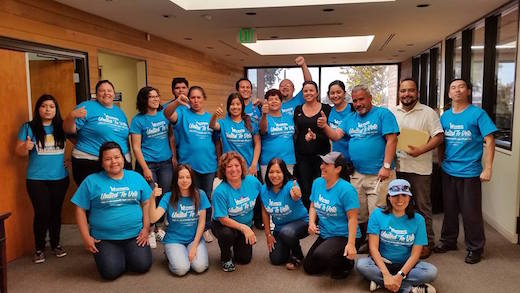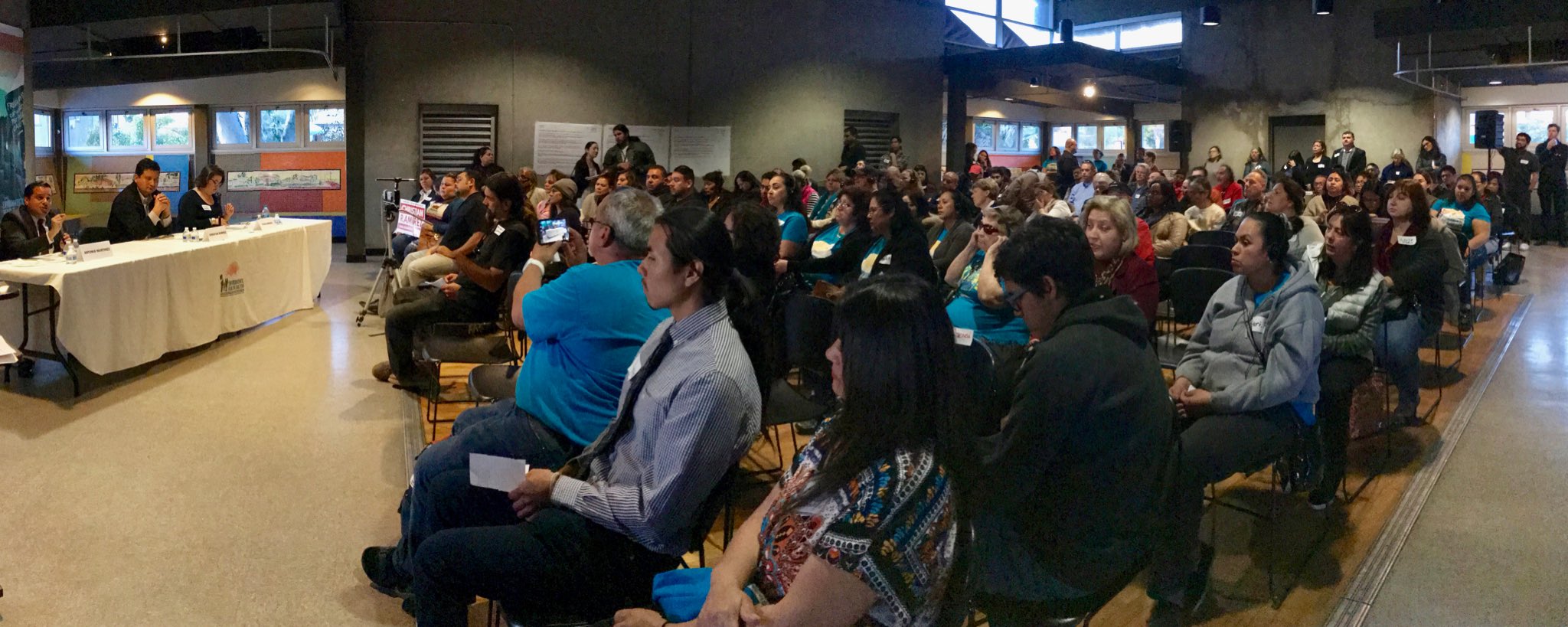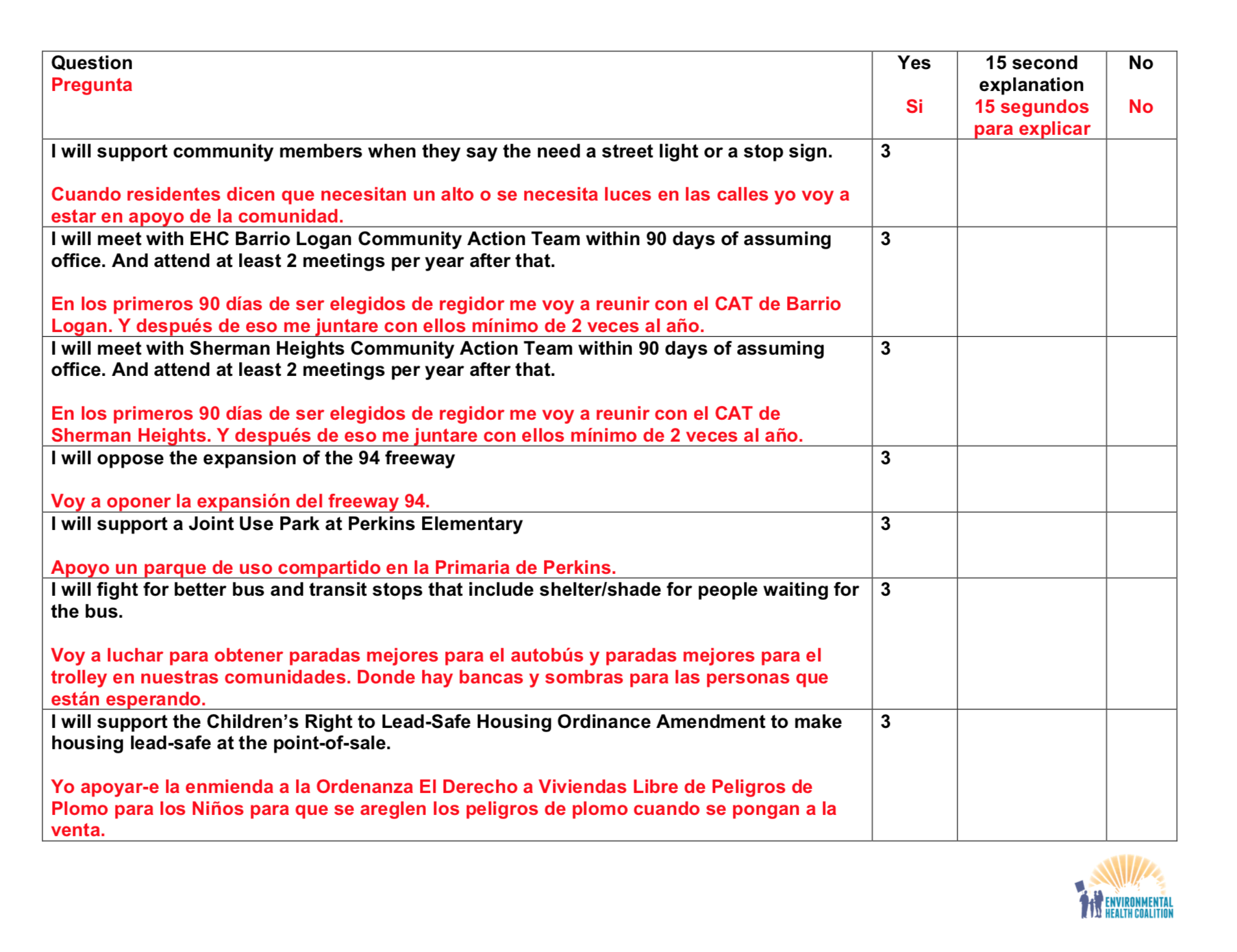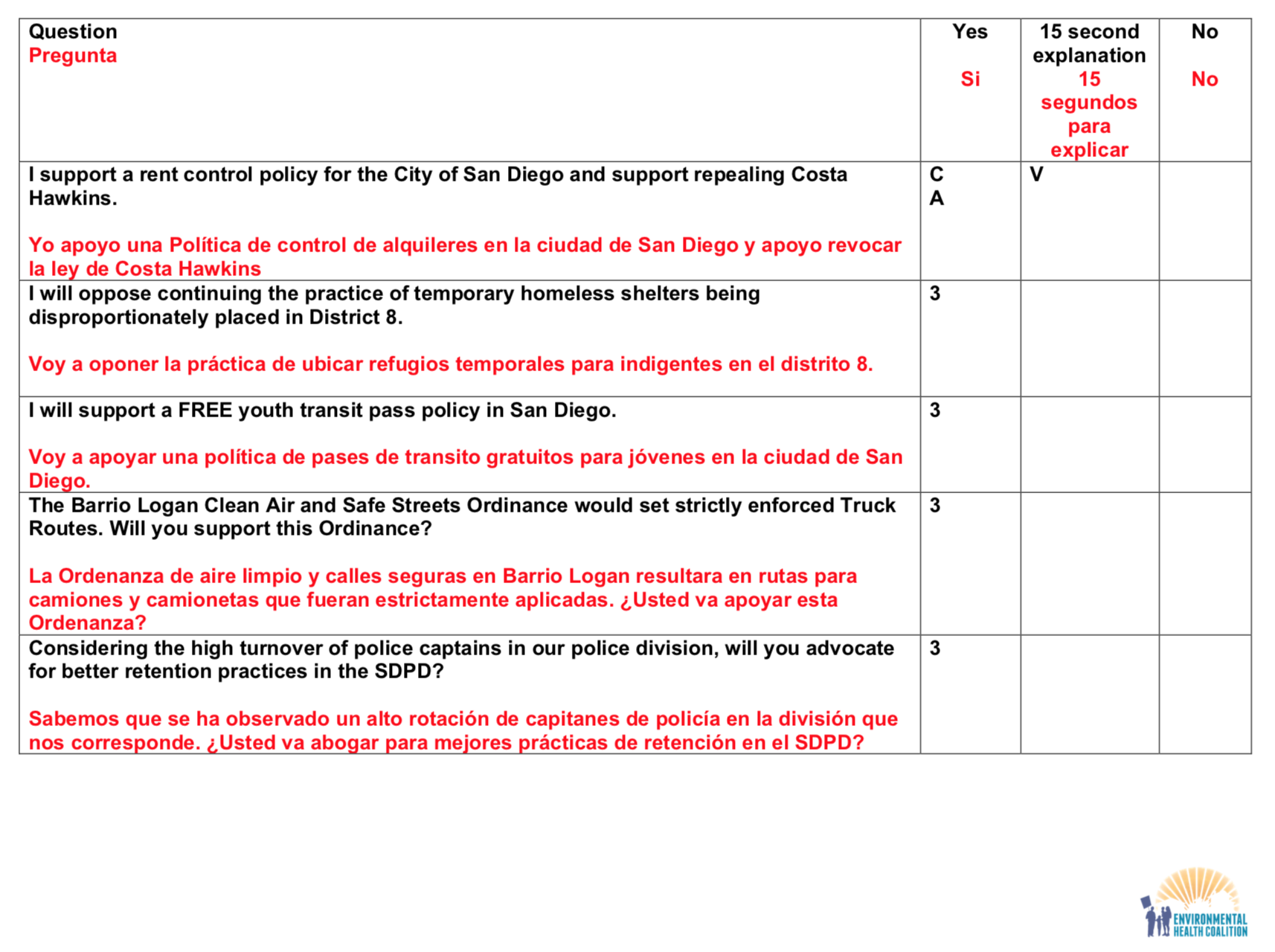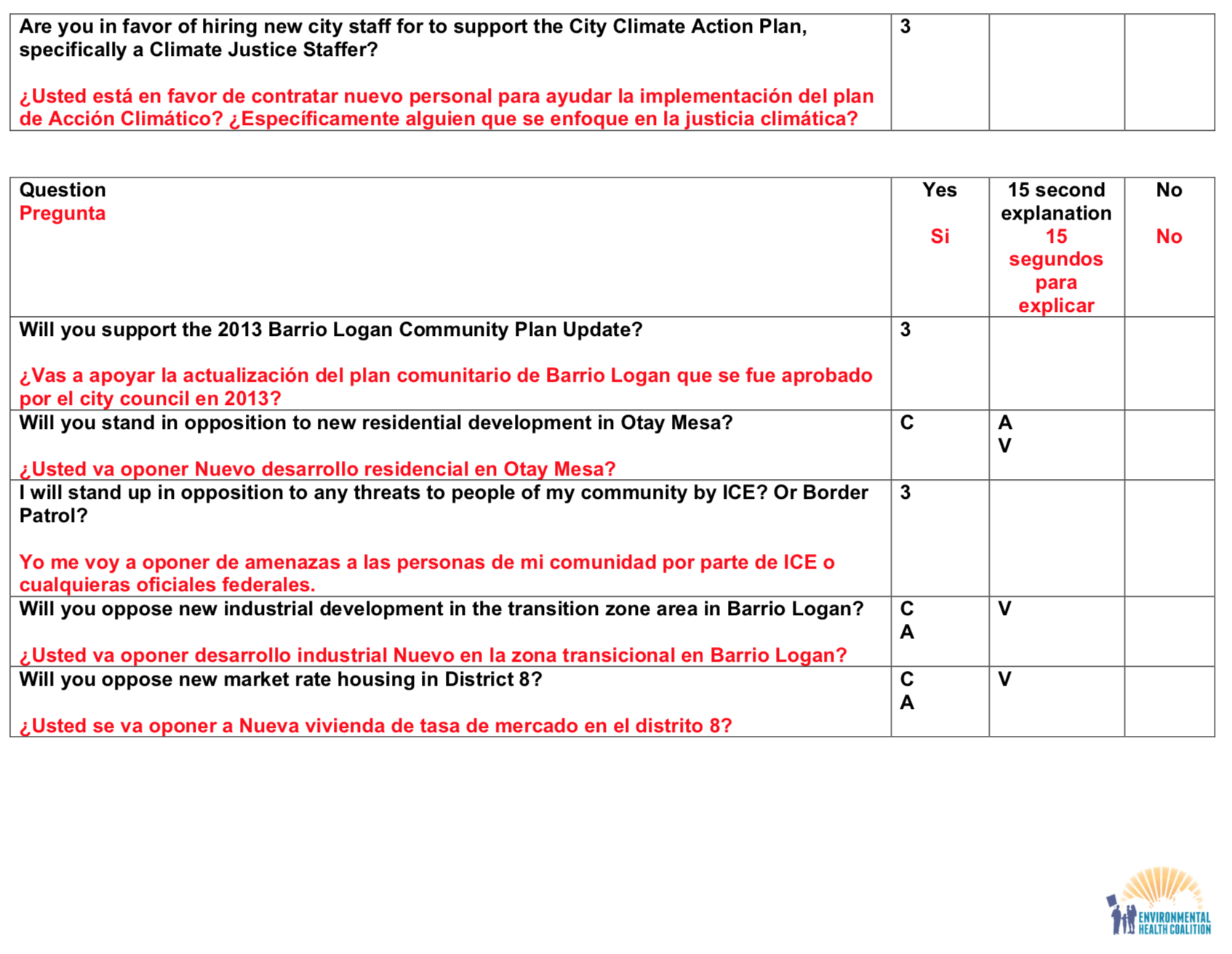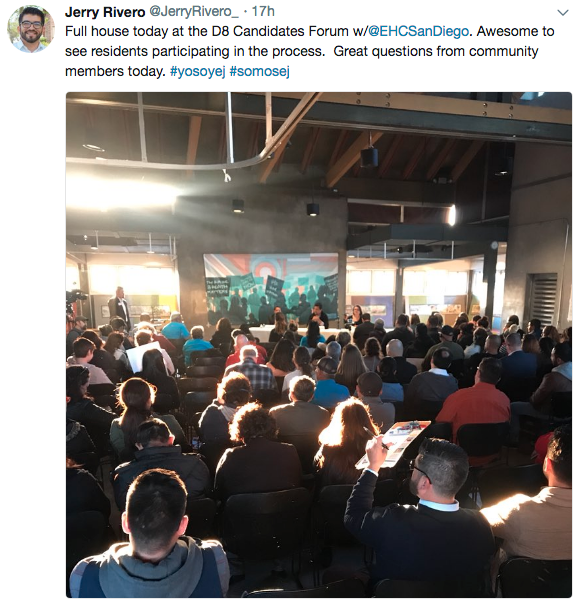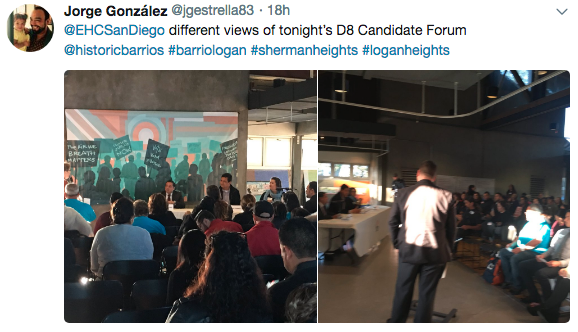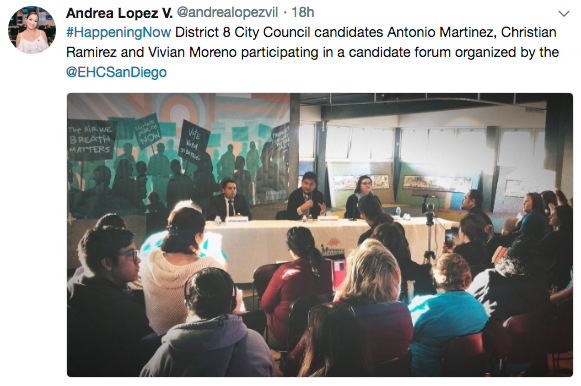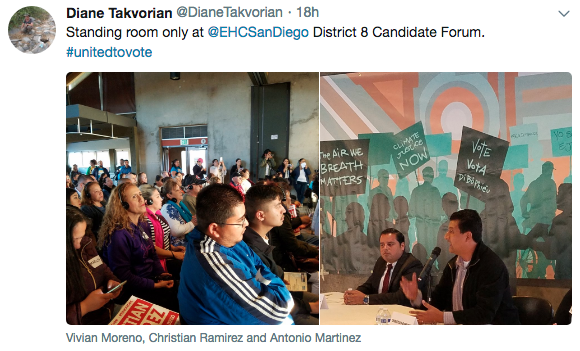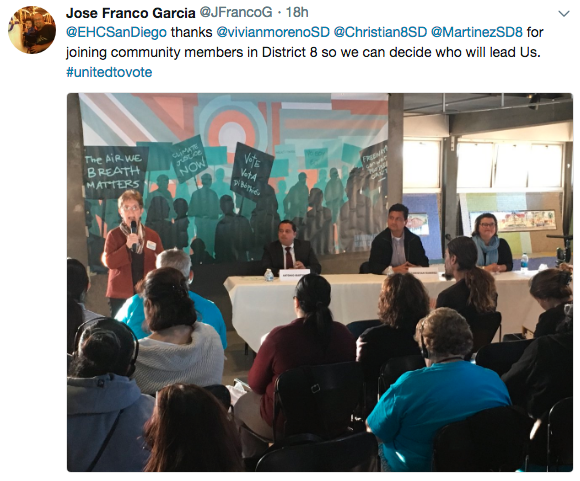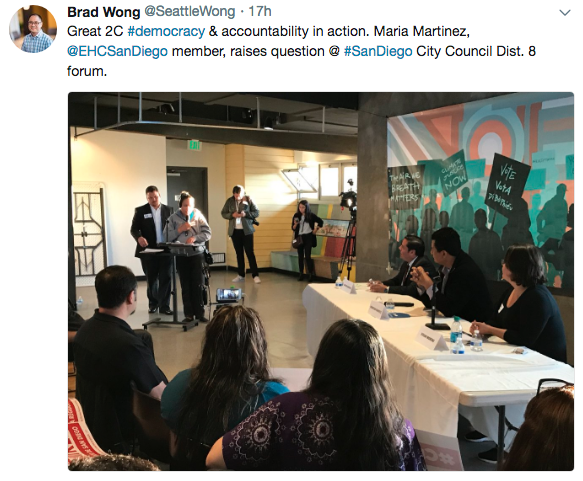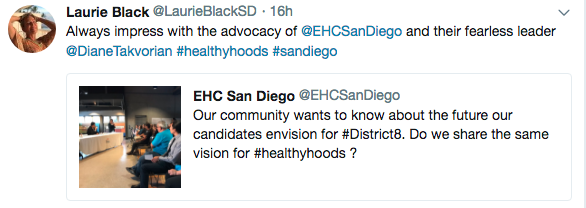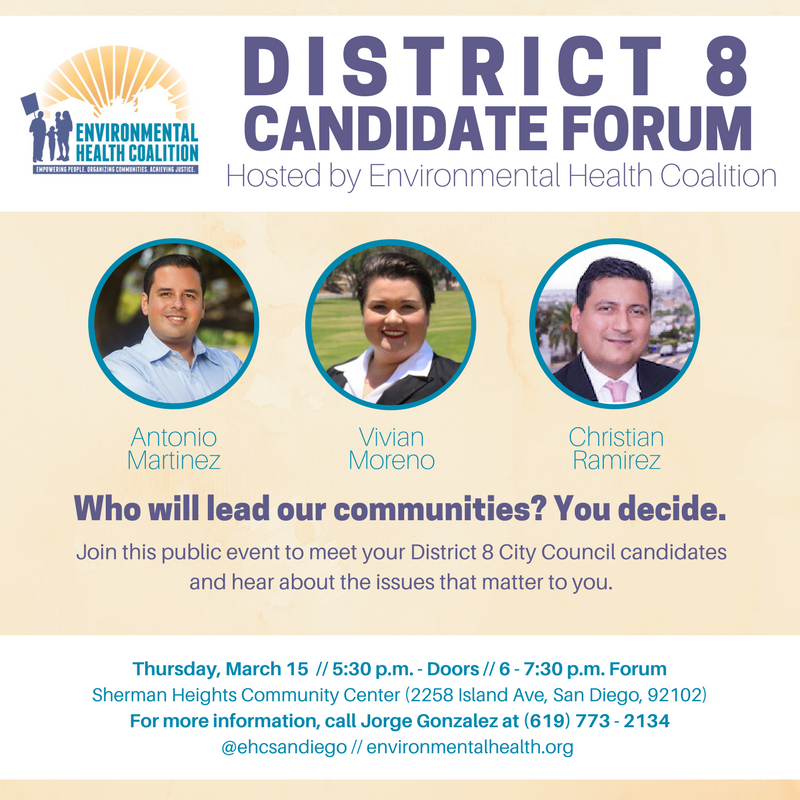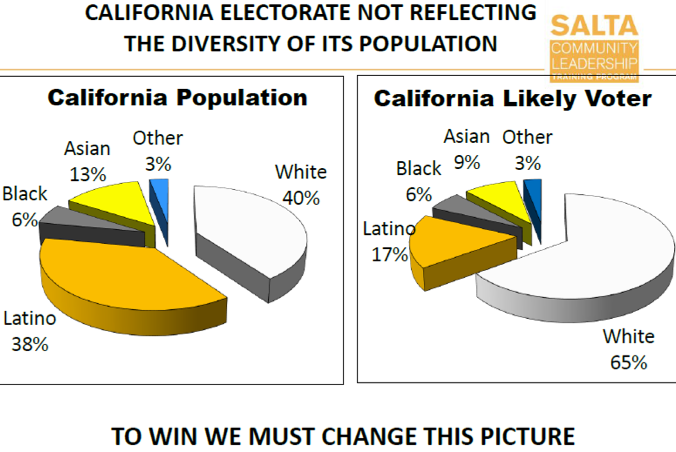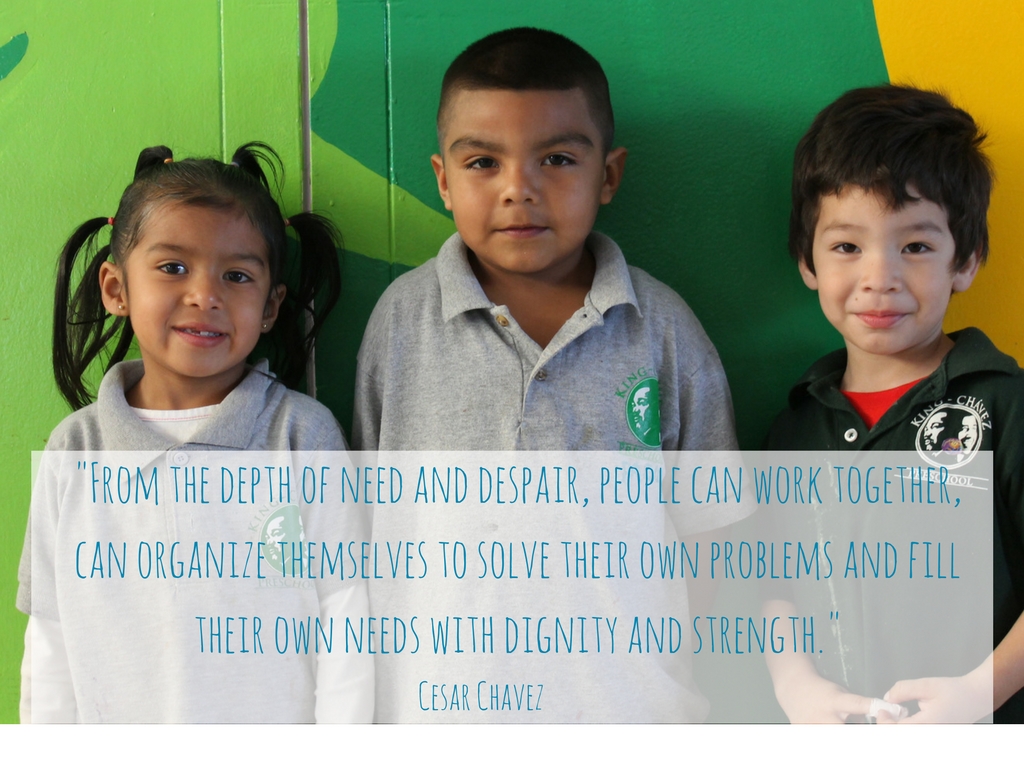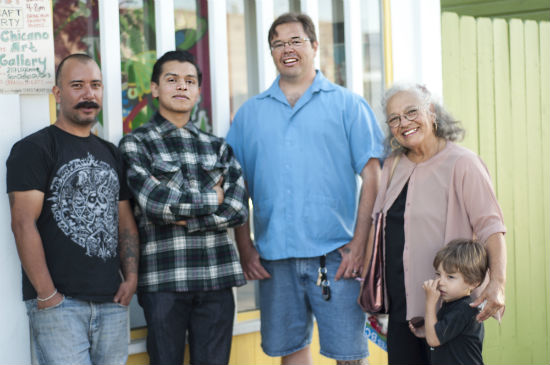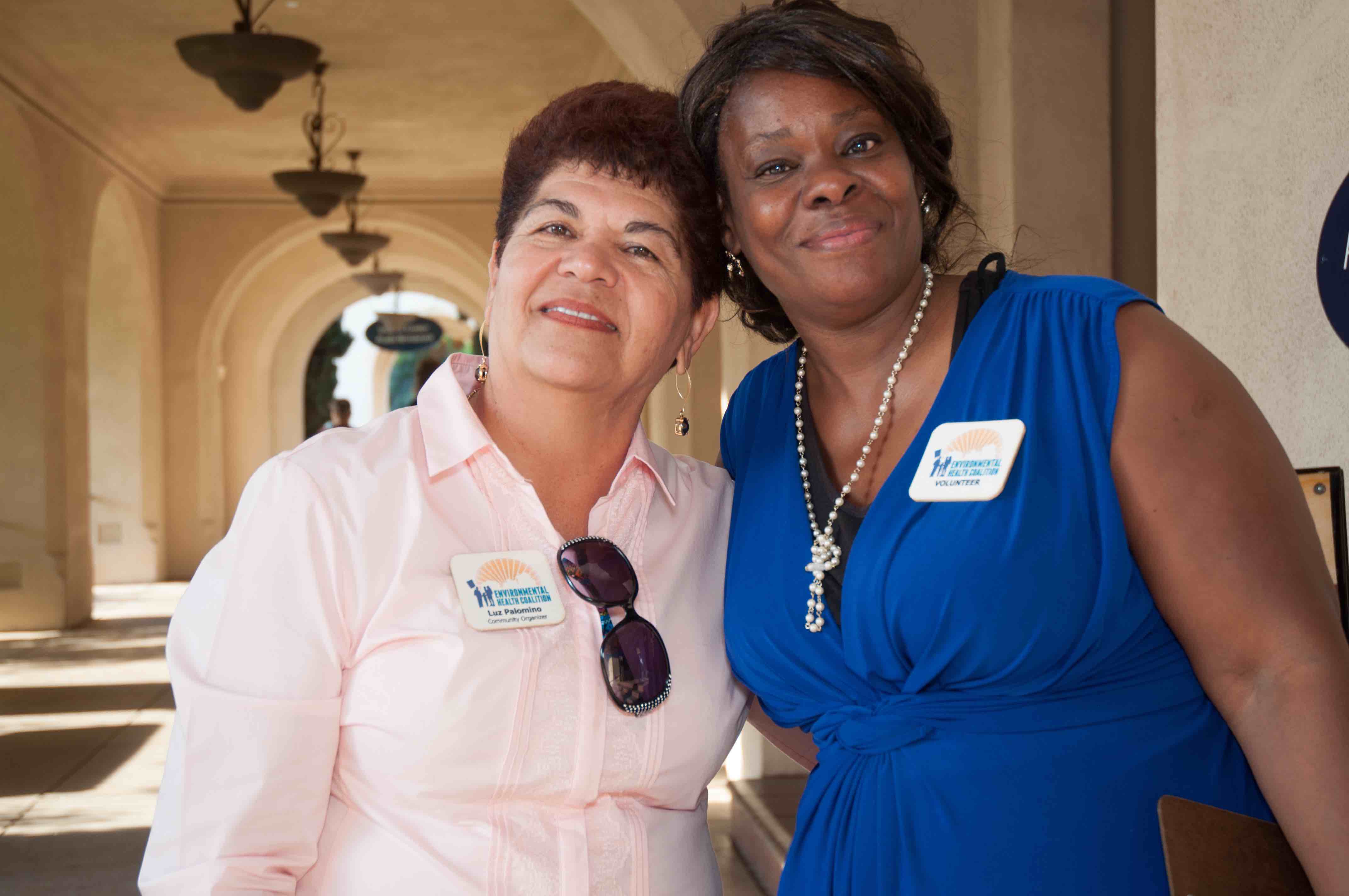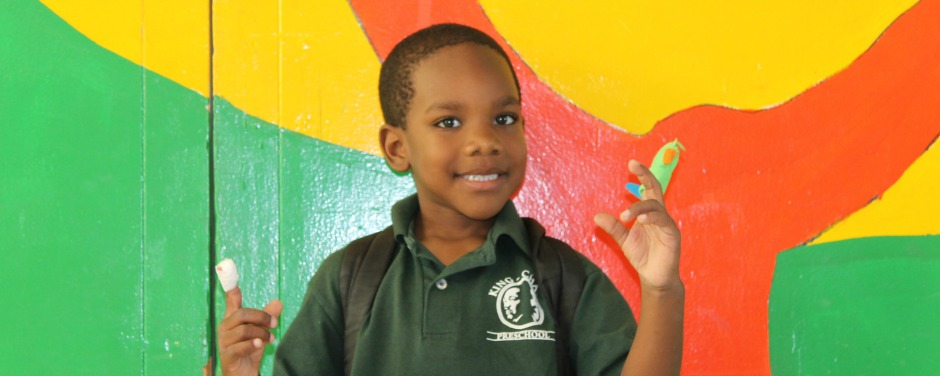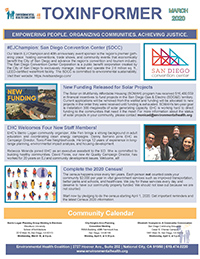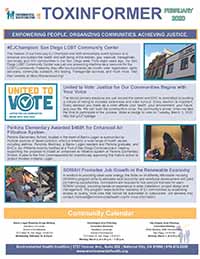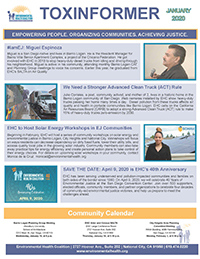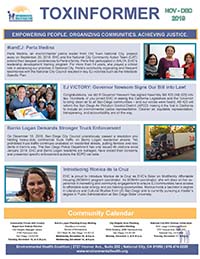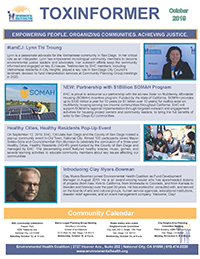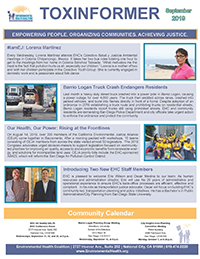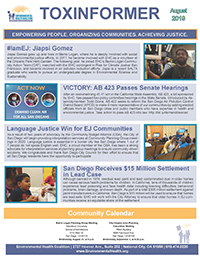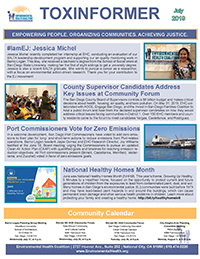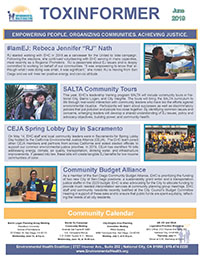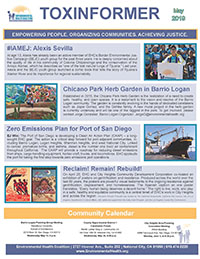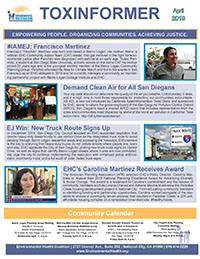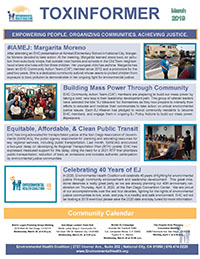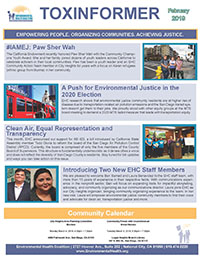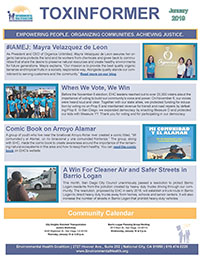2013
Opposition Against Proposed Natural Gas Plant in Otay Mesa
December 18, 2013, CBS 8, Download PDF
Pio Pico Power Plant Opponents Gather in San Ysidro
December 18, 2013, San Diego Reader, Download PDF
Barrio Logan Community Plan Process Was Truly Democratic
December 18, 2013, San Diego Free Press, Download PDF
Se Oponen a Planta Eléctrica en Otay Mesa
December 17, 2013, Univision San Diego, Download PDF
Residents Protest Proposed Pio Pico Power Plant
December 17, 2013, KUSI News, Download PDF
Otay Mesa Residents Protest Power Plant Proposal
December 17, 2013, San Diego 6, Download PDF
Heated Battle About an Otay Mesa Power Plant
December 17, 2013, Fox 5 San Diego, Download PDF
San Diego's Person of the Year: Early Contenders
December 17, 2013, Voice of San Diego, Download PDF
Otay Mesa Pollution Permit Gets Hearing
December 16, 2013, UT San Diego, Download PDF
Controversial Otay Mesa Power Plant Proposal Under Scrutiny
December 16, 2013, KPBS, Download PDF
Good for the Shipyards
December 11, 2013, UT San Diego, Download PDF
7 Thoughtful Moments from Our Neighborhood Development Discussion
December 11, 2013, Voice of San Diego, Download PDF
Barrio Referendum Moves Forward
December 10, 2013, UT San Diego, Download PDF
Shipyards Sue Over Barrio Plan
December 7, 2013, UT San Diego, Download PDF
Mayor Gloria Says Council Should Not Back Down from Barrio Logan Update
December 5, 2013, KPBS, Download PDF
Shipyards Strike Back in Barrio
December 5, 2013, UT San Diego, Download PDF
Bid Seeking to Overturn Barrio Logan Zoning Regulations Rejected
December 3, 2013, Fox 5 San Diego, Download PDF
Battle Over the Barrio Community Plan Update Good for Residences and Businesses
December 1, 2013, UT San Diego, Download PDF
The Shipyard is Falling!
November 27, 2013, San Diego CityBeat, Download PDF
Barrio Logan Petition Called into Question
November 26, 2013, NBC San Diego, Download PDF
Judge to Decide if Petitions Against New Barrio Logan Zoning Plan are Valid
November 26, 2013, San Diego 6, Download PDF
Barrio Logan Group Faces an Uphill Battle Trying to Stop Shipbuilder Scam
November 22, 2013, San Diego Free Press, Download PDF
Latino Voters Stand Behind Alvarez's Campaign for Mayor
November 22, 2013, La Prensa San Diego, Download PDF
Barrio Plan Faces Court Hearing
November 21, 2013, UT San Diego, Download PDF
Greens Fight Referendum in San Diego
November 18, 2013, Courthouse News Service, Download PDF
Group Tries to Block Ballot Measure That Would Reverse Barrio Logan Zoning Change
November 15, 2013, San Diego Business Journal, Download PDF
Shipyard Group Sued Over Referendum
November 15, 2013, San Diego Daily Transcript, Download PDF
Lawsuit Says Maritime Industry Lied About Barrio Logan Referendum
November 15, 2013, San Diego Metro, Download PDF
City Sued Over Petition Drive to Overturn Barrio Logan Plan
November 14, 2013, San Diego Reader, Download PDF
Lawsuit Claims Maritime Industry Lied About Barrio Logan Referendum
November 14, 2013, KPBS, Download PDF
Lawsuit Filed Against Barrio Logan Shipyards
November 14, 2013, Fox 5 San Diego, Download PDF
Barrio Referendum Challenged
November 14, 2013, UT San Diego, Download PDF
Barrio Logan Community Plan Highlights Split Between San Diego Mayoral Hopefuls
November 13, 2013, KPBS, Download PDF
Why Shipbuilders Are Still Collecting Barrio Logan Signatures
November 12, 2013, Voice of San Diego, Download PDF
Barrio Logan Environmental Plan Wins OK in San Diego
November 12, 2013, Equal Voice, Download PDF
City Sued Over Petition Drive to Overturn Barrio Logan Plan
November 11, 2013, San Diego Reader, Download PDF
Aprueban salida de talleres contaminantes en National City
November 6, 2013, Univision San Diego, Download PDF
Imperial Valley Environmental Health Summit Looks to Cultivate Leaders
November 2, 2013, Imperial Valley Press, Download PDF
Shipping Industry Moves to Rescind Barrio Logan Community Plan
November 1, 2013, San Diego Reader, Download PDF
Barrio Logan Land Use Changes Draw 53K Opposition Signatures
October 31, 2013, NBC 7 San Diego, Download PDF
Boy From the Barrio: David Alvarez and the Race to be San Diego Mayor
October 30, 2013, KPBS, Download PDF
Barrio Logan Petition Drive Just Making Stuff Up
October 25, 2013, San Diego Free Press, Download PDF
Barrio Logan Community Plan May Go to the Ballot Box
October 23, 2013, KPBS, Download PDF
What the Barrio Logan Signature Gatherers are Saying
October 22, 2013, Voice of San Diego, Download PDF
Barrio Logan Plan in Danger
October 22, 2013, UT San Diego, Download PDF
Barrio Petition Headed to Success
October 21, 2013, UT San Diego, Download PDF
Alvarez's Signature Deal Could Come Back to Haunt Him
October 18, 2013, Voice of San Diego, Download PDF
Fight Over Barrio Logan Plan Not Over Yet
October 15, 2013, UT San Diego, Download PDF
Barrio Logan Community Plan Approved by City Council in its Second Reading
October 15, 2013, ABC 10 San Diego, Download PDF
New Zoning Regulations for Barrio Logan Pass City Council Again
October 15, 2013, CBS 8 San Diego, Download PDF
Crucial Barrio Logan Vote Scheduled for Today
October 15, 2013, SD Metro, Download PDF
Significant Pollution High in South County
October 12, 2013, Star News, Download PDF
Barrio Logan and the Race for Mayor
October 9, 2013, San Diego CityBeat, Download PDF
How a Nine-Block Area in Barrio Logan Became a Vast Gulf
October 3, 2013, Voice of San Diego, Download PDF
Shipyards Launching Referendum on Barrio Logan Plan
October 3, 2013, UT San Diego, Download PDF
David Alvarez's Complicated Feelings on Walmart
October 2, 2013, Voice of San Diego, Download PDF
Barrio Logan Plan Update Faces Referendum Drive
October 1, 2013, NBC 7 San Diego, Download PDF
Maritime Industry Moves to Overturn Barrio Logan Zoning Plan
October 1, 2013, Fox 5 San Diego, Download PDF
Risks, Rewards of Being Establishment Pick
September 26, 2013, UT San Diego, Download PDF
5 Things Alvarez Has Done
September 26, 2013, Voice of San Diego, Download PDF
Fletcher Touts Support of State Democratic Legislators
September 24, 2013, UT San Diego, Download PDF
Everything You Need to Know About the Barrio Logan Community Plan
September 16, 2013, Voice of San Diego, Download PDF
Rebuilding Barrio Logan Begins on Tuesday - And You Can Help
September 13, 2013, San Diego Free Press, Download PDF
EPA Awards $60,000 in Environmental Justice Grants to Southern California Projects
September 11, 2013, U.S. Environmental Protection Agency, Download PDF
Shipbuilders See Grave Threat in Rezoning
September 10, 2013, UT San Diego, Download PDF
Challenges and Opportunities for San Diego's Next Mayor
September 10, 2013, San Diego Free Press, Download PDF
Digging up Bay's Dirty Secrets
August 11, 2013, UT San Diego, Download PDF
Deep Cleaning Set for San Diego Bay
August 11, 2013, UT San Diego, Download PDF
Professor: Climate Change Impacts for San Diego Region Will be Numerous
July 31, 2013, San Diego 6, Download PDF
Healthiest Communities in San Diego
July 12, 2013, UT San Diego, Download PDF
National City Seeks Representation in SANDAG 2050 Plan
July 11, 2013, UT San Diego, Download PDF
Utilities Battle the Inevitable: Rooftop Solar
July 9, 2013, San Diego Reader, Download PDF
Altos niveles de contaminación en comunidades Hispanas
July 8, 2013, Univision San Diego
Toxic Hotspots Revealed on State Map
July 7, 2013, UT San Diego, Download PDF
State Program Ranks Pollution Hot Spots
July 7, 2013, UT San Diego, Download PDF
Hard to Breathe in Barrio Logan
June 26, 2013, San Diego Reader, Download PDF
National City Inches Toward Waterfront Progress
June 25, 2013, UT San Diego, Download PDF
Orange County toll road plan stalls
June 21, 2013, UT San Diego, Download PDF
San Diego Utility Revives Plans for Electric Plant
June 12, 2013, Associated Press, Download PDF
Natural Gas Gets Second Look After Nuke Shutdown
June 11, 2013, UT San Diego, Download PDF
EHC Selects New Members
May 31, 2013, San Diego County News, Download PDF
The Six Month Mark: Three Ways Mayor Filner is Making a Difference in San Diego
May 28, 2013, San Diego Free Press, Download PDF
Diane Takvorian's at the grownups' table now
May 22, 2013, San Diego City Beat, Download PDF
Desde de Logan: Our Focus on Barrio Logan for-the-Month "Wrap Up"
May 9, 2013, San Diego Free Press, Download PDF
Parts of Barrio Logan Have No Sidewalks - Does Anyone Care?
April 24, 2013, San Diego Free Press, Download PDF
Density to rise in National City
April 23, 2013, UT San Diego, Download PDF
Environmental Health Coalition Hosts Annual Awards on April 23 to Celebrate Healthy Kids Victories
April 23, 2013, Indian Voices, Download PDF
SD For Free: Chicano Park Day - Saturday, April 20
April 19. 2013, San Diego Free Press, Download PDF
Barrio Logan Community Plan Update: Will It Address Community Environmental Challenges?
April 18, 2013, San Diego Free Press, Download PDF
'A Fair Shake For Communities': Reactions to Filner's First Budget
April 17, 2013, Voice of San Diego, Download PDF
Community Garden Granted to Barrio Logan
April 12, 2013, UT San Diego, Download PDF
Consumer Study Finds Lead in Baby Food
April 9, 2013, UT San Diego, Download PDF
Environmental Health Coalition Celebrates Healthy Kids Victories at Annual Awards
April 8, 2013, San Diego County News, Download PDF
EHC Celebrates Healthy Kids Victories at Annual Awards
April 5, 2013, Scoop San Diego, Download PDF
The Two Ends of a Bridge (Seeking Environmental Justice)
April 2, 2013, San Diego Free Press
State Rejects Two Power Plants
March 22, 2013, UT San Diego, Download PDF
Environmental Groups Surprise Closed-Door Utilities Commission Meeting with Green Energy Stunt
March 21, 2013, San Diego County News, Download PDF
CA Public Utilities Commission Meeting (Video)
March 21, 2013, KWSB5, KGTV10, KNSD7, KFMB8, KUSI9
New Power Plants Rejected, For Now
March 21, 2013, UT San Diego, Download PDF
Nicole Capretz, Environmental Health Coalition
March 21, 2013, Flickr, Download PDF
Environmental Groups Surprise Closed-Door Utilities Commission Meeting with Green Energy Stunt
March 20, 2013, Scoop San Diego, Download PDF
Press Conference and Rally at CPUC Stakeholder Meeting (Video)
March 20, 2013, KGTV10, XETV6, KUSI9, KBNT17, KPBS11
Filner Joins Rally to Combat Climate Change
March 16, 2013, San Diego Free Press, Download PDF
Boy Tests Positive for High Lead Levels During Screening
February 26, 2013, UT San Diego, Download PDF
SDHC Tests Children for Lead Poisoning
February 26, 2013, KPBS, Download PDF
Keystone Pipeline Protest (Video)
February 17, 2013, KFMB8, KGTV10, KNSD7, KSWB5, KUSI9, XETV6
After Implosion, Massive Clean Up Begins
February 5, 2013, Fox 5, Download PDF
California Public Utilities Commission Holds Public Forum on Peaker Power Plants; Quail Brush Opponents Turn Out in Force
February 5, 2013, East County Magazine, Download PDF
Competing Visions For Barrio Logan
February 4, 2013, Voice of San Diego, Download PDF
Chula Vista Says Goodbye to a '50s-era Power Plant
February 2, 2013, Los Angeles Times, Download PDF
Dynegy Power Plant Blown Up in Southern California
February 2, 2013, Reuters, Download PDF
Quail Brush Protest CPUC Meeting (Video)
February 1, 2013, KWSB5, KFMB8, KGTV10
How to Take Down a Power Plant in About 2 Minutes
February 1, 2013, Coronado Patch, Download PDF
A Punto de Desaparecer el Arroyo Alamar
January 30, 2013, Milenio
Mutually Beneficial (Aiming for Stronger San Diego-Tijuana Ties)
January 27, 2013, UT San Diego, Download PDF
SD Unified Eyes Energy Fund
January 24, 2013, UT San Diego, Download PDF
Environmental Health Coalition Takes on the Whole Wide World
January 23, 2013, San Diego Reader
Mayor Filners Plan to Green San Diego
January 23, 2013, San Diego Loves Green, Download PDF
MLK Celebrated Near Where He Once Spoke
January 21, 2013, UT San Diego, Download PDF
South Bay Landmark Prepares to Come Down
January 16, 2013, KPBS, Download PDF
Coalition Scores Air Quality Victories in 2012
January 9, 2013, Equal Voice, Download PDF
2012
Activist Plugged Into Energy Conservation
December 10, 2012, UT San Diego: Silvia León is a tireless community organizer, seeking out neighbors, peers and friends of friends across South San Diego and beyond. Her mission is to reduce the needless consumption of energy and water, and save money for low- and moderate-income households.
Officials Meet To Address Border Environmental Health
August 8, 2012, KPBS: Officials from both sides of the border met in Tijuana today and committed to working together to improve the region's environmental health. Environmental Protection agency administrator to sign on to a program called Border 2020.
City Tackles How To Eliminate Polluters
Aug. 2, 2012, UT San Diego: Environmental Health Coalition and several parents of Kimball Elementary School students want the city to eliminate polluters near the school immediately. National City has one of the highest asthma rates in San Diego County, which the coalition attributes to the fact that pollutant-producing industrial businesses are intermingled with homes, schools and parks.
Push for new gas power plants draws fire
August 2, 2012, UT San Diego: A push to build two new natural gas power plants in the San Diego area has turned into a contentious forum on the value of California's alternative-energy remedies. The new natural gas plants, they say, would tie San Diego residents and businesses to additional fossil fuel resources for another 20 years, diverting customer resources from potential investments making the local grid more efficient, clean and responsive.
Walking path of collaboration for new bayfront plan
August 1, 2012, UT San Diego (editorial) - The Chula Vista Bayfront Master Plan is a landmark achievement both in that it redefines how coastal development should be created and in the vision it enables. This is what we will share with the Coastal Commission when the land use plan is voted on next week. It is worthy of everyone's support.
Strong Support For Chula Vista Bayfront Master Plan Voiced At California Coastal Commission Meeting
July 11, 2012, Yahoo! News: The City of Chula Vista and the Port of San Diego announced that more than 100 supporters attended the California Coastal Commission meeting in Chula Vista to endorse the Chula Vista Bayfront Master Plan. "The rumors you have heard are true," said Laura Hunter, representing the Environmental Health Coalition and the Bayfront Coalition. "We are here to support a coastal development plan."
ESCONDIDO: Farm supporters criticize county gnat ordinance
June 29, 2012 North County Times: Organic farming supporters have flooded county officials with letters criticizing a proposed ordinance that could mandate pesticide spraying at a San Pasqual Valley farm blamed for south Escondido's eye gnat problem.
University City Power Plant Proposal Draws Static; November Ballot Measure Timeline Abandoned
June 25, 2012 NBC San Diego: University City residents are gathering in opposition Monday evening to a major power plant proposed for a site a short distance away from thousands of homes and businesses. Community activists in University City aren't the only folks pushing back against it. Download PDF.
Linda Vista Homes Stripped Of Hazardous Lead Paint
June 14, 2012 KPBS: Linda Vista was originally built in the 1940s as a government project to house aircraft workers and still has many homes with lead paint. Residents cannot afford to remove the lead paint, so a grant is helping cover the costs. Download PDF.
SDG&E Execs Not Filner Fans: Fact Check
May 23, 2012 Voice of San Diego: Councilman Carl DeMaio, District Attorney Bonnie Dumanis and Assemblyman Nathan Fletcher have each reported contributions from SDG&E employees (as well as Sempra employees). Filner has not.
Environmentalists oppose reducing water quality boards
May 7, 2012 Fox 5 San Diego: Three San Diego-based environmental organizations expressed opposition Monday to a plan by Gov. Jerry Brown to consolidate state regional water quality control boards in Southern California. Download PDF.
Environmental Health Coalition to recognize people behind recent victories
May 7, 2012, San Diego Source: Three individuals and the nonprofit group San Diego Coastkeeper will be honored at the upcoming Environmental Health Coalition 2012 Awards Celebration, for their collective efforts that have resulted in regulatory decisions that will clean up polluted parts of San diego Bay and improve the bayfront.
Water board backers protest proposal
May 5, 2012, UT San Diego: Efforts to save money and improve efficiency in Sacramento threaten to diminish water pollution enforcement in San Diego, according to environmental groups and others.
They are lobbying the state Legislature to preserve the San Dieog Regional Water Quality Control Board, which has pushed for major pollution cleanups in San Diego Bay, the Tijunana River Valley and elsewhere.
Calif. Environmental Group Working Toward Solar Rooftops for All
On April 24, 2012, Equal Voice America's Family Story covered a news story in California Watch that covered solar power. California Watch did the math: “San Diego houses more than 2,600 solar residential rooftops, more than any other California City, but in the neighboring lower-income community of National City, there are only about a dozen.”
California Environmental Group Working Toward Solar Rooftops for All
April 24, 2012, Equal Voice: A recent news article in California Watch did the math: "San Diego houses more than 2,600 solar residential rooftops, more than any other California City, but in the neighboring lower-income community of National City, there are only about a dozen."
Politicians, Community Leaders Speak Out
On April 20, 2012, San Diego Reader writes: A crowd of Sherman Heights residents gathered this morning in front of the historic Farmers Market building on Imperial Avenue to hear a host of activists and local politicians speak on action recently taken by site lessee Walmart to demolish the building, a move that blindsided locals, many of whom said they’d been making efforts to communicate with the company about how to help it successfully enter the area.
Politicians, Community Leaders Speak Out Against Walmart in Sherman Heights
April 20, 2012, San Diego Reader: A crowd of Sherman Heights residents gathered this morning in front of the historic Farmers Market building on Imperial Avenue to hear a host of activists and local politicians speak on action recently taken by site lessee Walmart to demolish the building, a move that blindsided locals, many of whom said they’d been making efforts to communicate with the company about how to help it successfully enter the area. Download the PDF.
Six appeal landmark SD Bay clean up plan
April 17, 2012, UT San Diego: Six agencies and companies have appealed a landmark cleanup order for San Diego Bay, thrusting the $70 million plan into uncertainty a month after it was unanimously approved by the San Diego Regional Water Quality Control Board.
Piden canalización sustentable para el arroyo Alamar
April 11, 2012 El Sol de Tijuana: La organización Environmental Health Coalition, el Colectivo Ollin Calli, miembros del Colectivo Chilpancingo Pro Justicia Ambiental, Jóvenes Pro Justicia Ambiental, residentes de la colonia Chilpancingo y aledañas al Arroyo Alamar y sus simpatizantes se reunieron en la segunda etapa del Arroyo Alamar en la zona correspondiente a la colonia Chilpancingo, donde antes estuviera la colonia Nueva Esperanza, para anunciar la obtención de un amparo en contra del proyecto de canalización del Arroyo Alamar que está desarrollando la Comisión Nacional del Agua (Conagua) en este momento. Descargar PDF.
Unions, special interest groups, pressure Walmart with 'open letter'
April 11, 2012, Examiner: Yes, organization and unions, such as Empower San Diego, Laborers Union (local 89), Environmental Health Coalition, Iron Workers Union (local 229), Logan Heights Neighborhood Council, Occupyrcorner San Diego, Raza Rights Coalition, the San Diego Labor Council, UFCW (local 135), among others, are asking that Walmart sign a "legally binding community benefits agreement". Download the PDF.
Updated: Community's 'open letter' to Walmart
April 11, 2012 UT San Diego: As Walmart prepares to bring its smaller grocery-format store concept to San Diego, a coalition of unions, neighborhood groups and nonprofits is asking the company to commit to hiring local workers and investing in the community.
Decision time nears for bayfront makeover
March 22, 2012 UT San Diego: Last month, the California Coastal Commission toured the southern area of San Diego Bay, an area covered by the Chula Vista Bayfront Master Plan. Commissioners familiarized themselves with the parcel’s geography and prepared for consideration of the plan in coming months.
No. 5: Navy Broadway's 'Dead' and More in Land Use (Top 12 in '12)
March 14, 2012 Voice of San Diego: What happens to the Navy Broadway site may be the most interesting land-use story in the next year but it is not the only one. Local governments do nothing more important than decide how to use land. Talk about jobs, about the environment, about quality of life is really meaningless unless it accompanies discussion about what priorities a politician will have when making land-use decisions.
Development Opportunity Approaches After Coastal Commission Site Visit Along San Diego Bay
March 9, 2012 PRWeb: The tour covered the 550-acre waterfront property that will include a mix of hotel, conference, commercial, residential, industrial, retail, parkland, open space and recreational uses. A land exchange shifts development away from protected refuge areas toward the active harbor area and acquired 62 additional acres of land for parks, open space and lower-impact future development.
Lead-Abatement Group Wins National Award
February 2, 2012 UT San Diego: The U.S. Environmental Protection Agency on Tuesday presented a national award to San Diego’s Lead Poisoning Prevention Citizen’s Advisory Task Force, which has helped reduce the heavy metal in local homes.
Letters: Solar Turbines and Fat City Lofts
January 14, 2012 UT San Diego: We are not opposed to good projects that provide housing for San Diegans. But what we do object to are poorly placed projects that threaten the jobs of hard-working San Diegans. Common sense tells us that you don’t build luxury lofts across the street from a major manufacturing facility that has been in San Diego for 83 years.
Groups Demand Cleanup Of San Diego Bay
November 9, 2011 KPBS: San Diego environmental groups are demanding the San Diego Regional Water Quality Control Board take action on a cleanup plan for San Diego Bay. San Diego Coastkeeper and the Environmental Health Coalition said lawsuits, studies and other delays have left a toxic chemical soup of contaminated sediment in the Bay primarily from shipyards.
2011
EHC
Environmental organization empowers family, community (English & Spanish)
La Prensa San Diego, 12/16/11
In the Shadow of San Diego
The Progressive Magazine, 9/11
FALLBROOK: Gregory Canyon scheduled for Wednesday hearing
North County Times, 2/21/11
Border Environmental Justice Campaign - Trucks Banned from Community Streets
Border 2012 Quarterly Newsletter Updates on Metales y Derivados and Truck Ban in Colonia Chilpancingo, Tijuana
Border 2012 Quarterly Newsletter, July to September 2011
(en español)
No camiones en la colonia Chilpancingo
La-ch.com, 18 de octubre de 2011
Restringen paso de carga pesada
el mexicano, 18 de octubre de 2011 (PDF)
Denuncian que tráileres contaminan a menores
EnLínea Tijuana.com, 17 de octubre de 2011
Prohíben el paso de tráileres en zona escolar del Murúa debido a contaminación
UniradioInforma.com, 17 de octubre de 2011
Denuncian daños a salud por contaminación
el mexicano, 14 de octubre de 2011
Clean Bay Campaign
Hold industries accountable for San Diego Bay pollution
San Diego Union-Tribune, 11/3/11
How clean should San Diego Bay be?
San Diego Union-Tribune, 11/8/11
Groups Demand Cleanup of San Diego Bay
KPBS, 11/9/11
Toxins troubling in fish caught in local waters
San Diego Union-Tribune, 8/14/11
Green Energy/Green Jobs
Port agrees to soil contract (for South Bay Power Plant Site)
San Diego Union-Tribune, 12/13/11
Petition Being Circulated Against SDG&E Fee Hike
KPBS, 12/9/11
Enviros Question Future Land Use After South Bay Power Plan Is Demolished
KPBS, 11/11/11
Green Jobs Training Continues, But Work Prospects Look Dark
KPBS, 7/28/11
Opinion: Remove Barriers to Small-Scale Green Energy Systems
Voice of San Diego, 6/12/11
Viewpoints: Energy projects should help poor areas thrive
Sacramento Bee, 5/6/11
Green grades rise for San Diego City Council
San Diego Union-Tribune, 4/20/11
Highly Anticipated Renewable Energy Bill Signed Into Law
4/12/11
Chula Vista won't take on removal of power plant
San Diego Union-Tribune, 3/22/11
Letters: Bayfront plan a work of compromise
San Diego Union-Tribune, 2/17/11
Chula Vista officials terminate Padilla's term as port commissioner
Gay San Diego, 2/14/11
Letters: Former commissioner praised for work
San Diego Union-Tribune, 1/20/11
Letters: Urban Areas Offer Green Solutions
San Diego Union-Tribune, 1/10/11
Toxic-Free Neighborhoods
S.D. County Monitors Bad Air Hot Spots
KPBS, 11/15/11
Transit-First is a Better Plan
San Diego Union-Tribune, 10/23/11
Neglected Communities Deserve a chance to thrive
San Diego Union-Tribune, 10/16/11
AG rips San Diego pollution-reduction plan
San Diego Union-Tribune, 9/21/11
EHC Letter to SANDAG (PDF)
Community members call for greater
minority representation in public redistricting hearing
San Diego Union-Tribune, 5/2/11
2010
Border Environmental Justice Campaign
Toxic waste from Tijuana subject of new probe
San Diego Union-Tribune, 2/1/10
Piden Retirar "TRAILERS" de Zona Escolar
TijuanaPress.com, 5/10/10
Alertan sobre "bomba de tiempo" por contaminantes cancerígenos
El Mexicano, 5/11/10
Protestan residentes por contaminación
Frontera, 5/11/10
Calles de Tijuana, altamente contaminadas
El Universal, 5/11/10
Youth Activists Release Comic Book Chronicling Health Risks from Tijuana Truck Traffic
La Prensa San Diego, 12/23/10
Campaign to Eliminate Childhood Lead Poisoning
San Diego-based lead task force wins EPA award
San Diego Union-Tribune, 12/17/10
Green Energy/Good Jobs Campaign
Backing off on bay cleanup
San Diego Union-Tribune, 1/6/10
Report Card: Mayor, Council need to improve on environmental quality
San Diego News Network, 3/10/10
Environmental Report Card Given To Mayor And San Diego City Council
KPBS, 3/10/10
Capretz: Making environmental justice a priority in San Diego
San Diego News Network, 3/11/10
South Bay Power Plant Spared From Early Closure
KGTV 10News, 5/12/10
Generator permitted to keep operating
San Diego Union Tribune, 5/13/10
Chula Vista Bayfront Master Plan Approved
KGTV 10News, 5/18/10
Toxic-Free Neighborhoods Campaign
A healthier Old Town National City
San Diego Union-Tribune, 3/12/10
Editorial: Ending a toxic mix
San Diego Union-Tribune, 3/14/10
New Direction for Old Town
San Diego Reader, 3/17/10
City adopts renewal plan for Westside
San Diego Union-Tribune, 3/17/10
National City Launches A Major Makeover
KPBS, 5/28/10
Environmental Justice Knocks Loudly at the White House
Solve Climate News, 12/22/10
2009
Border Environmental Justice Campaign
Toxic Factory Undergoes Major Cleanup
KGTV News 10 1/2709 - /1/28/0909
Celebrating a Toxic Legacy's End
Voice of San Diego 1/27/09
Former Dump is Revived
San Diego Union-Tribune 1/29/09
Toxic-Free Neighborhoods Campaign
10th Avenue Marine Terminal Taking Residents’ Breath Away
KPBS 4/29/09
Campaign to Eliminate Childhood Lead Poisoning
Protect Youself and Your Child from Lead Poisoning
Fox 5 San Diego 3/21/09
2008
General
Environmental activist recognized for her work with Latino communities
La Prensa, 8/8/08
EHC Executive Director receives James Irvine Foundation Leadership Award
irvine.org. 7/30/08
Proposition 98 on Politically Speaking
KNSD. 5/2/08
Campaign to Eliminate Childhood Lead Poisoning
Council Turns Thumbs Down On Lead-based Paint Ordinance
KUSI 3/12/08
Group Opposes Proposed Home Lead Ordinance 10News. 3/10/08
Clean Bay Campaign
Power Plant Plan Sparks Opposition
NBC. 5/13/08
Chula Vista Taking Steps to be 'Greenest' City in U.S.
10News. 4/02/08
California Moves to Cap Greenhouse Gas Emissions
KPBS. 2/20/08
Toxic Free Neighborhoods Campaign
Justice for Barrio Logan
VoiceofSanDiego.org. 5/8/08
Shea Homes Proposal Picked for Mercado Project in Barrio Logan
San Diego
CityBeat. 2/12/08
2007
General
Letter to the Editor: Continuing the debate over plastic pipes
San Diego Union Tribune. 2/24/07
Letter to the Editor: Taking issue with U-T on bayfront resort
San Diego Union Tribune. 11/24/07
Clean Bay Campaign
Big Polluters Graying as Region's Energy Greens
VoiceofSanDiego.org. 1/03/07
Regulatory Gap Stifles Pollution Contro
l
VoiceofSanDiego.org. 1/08/07
SDG&E Spurns South Bay Replacement Power Plant
VoiceofSanDiego.org. 1/19/07
SDG&E won't buy power from new plant
San Diego Union Tribune. 1/20/07
Key Supporters of Bay-Front Deal Back Off
VoiceofSanDiego.org. 1/22/07
Environmental Power Perspective
VoiceofSanDiego.org. 1/22/07
Recommended Manager for Bay-front Project Has Ties to Developer
VoiceofSanDiego.org. 2/05/07
Letter to the Editor: Proposed power plant detrimental to health
San Diego Union Tribune. 2/08/07
Miramar plant plan receives support
San Diego Union Tribune. 2/08/07
Visions for Waterfront a Sign of the Times
VoiceofSanDiego.org. 2/09/07
Power Plant Proposal Expected to be Killed
VoiceofSanDiego.org. 2/17/07
Coastal panel pick becoming political saga
San Diego Union Tribune. 2/20/07
Chula Vista Council Formally Opposes Power Plant
VoiceofSanDiego.org. 2/21/07
San Francisco's Power Lesson
VoiceofSanDiego.org. 3/07/07
Power Plant Opposition Struggles With Next Step
VoiceofSanDiego.org. 3/07/07
In Trio of Power Proposals, Opposition Grows Strong
VoiceofSanDiego.org. 3/12/07
Port panel to discuss request to raze power plant
San Diego Union Tribune. 3/13/07
Port backs Chula Vista in battle over power plant
San Diego Union Tribune. 3/13/07
Letters to the Editor: Don't Support the Sunrise Powerlink
VoiceofSanDiego.org. 3/21/07
Differing Scenarios for South Bay Demolition Emerge
VoiceofSanDiego.org. 3/28/07
Hueso gets nod for state coastal panel
San Diego Union Tribune. 3/29/07
Opinion Editorial by EHC: Improving Chula Vista bayfront
San Diego Union Tribune. 8/24/07
Letter to Editor: Power Plant, Chargers and Chula Vista future
San Diego Union Tribune. 10/25/07
Environmentalists slam Chargers bayfront plan
San Diego Union Tribune. 11/29/07
Toxic Free Neighborhoods Campaign
A Toxic Air Inventory
VoiceofSanDiego.org. 1/02/07
Centre City Approves $1.5 Million for Barrio Logan
La Prensa San Diego. 2/02/07
Fumes from business spur residents to act
San Diego Union Tribune. 2/10/07
Plans to Build Homes Near Freeway Cause Concerns
VoiceofSanDiego.org. 2/20/07
Trucking school's fumes may spark law
San Diego Union Tribune. 4/4/07
Family blames city for man's asthma death
San Diego Union Tribune. 8/3/07
Letters to the Editor: Port must address traffic's pollution
San Diego Union Tribune. 10/11/07
Old Town National City residents see hope for a cleaner, safer future
La Prensa San Diego. 11/02/07
2006
Border Environmental Justice Campaign
Incendios azotan Colonia Chilpancingo: Residuos tóxicos representan graves peligros a la salud
La Prensa San Diego. 2/17/06
Crossing Over: Toxic Waste
San Diego Union Tribune. 6/12/06
Taming Tijuana's Toxic Waste
VoiceofSanDiego.org. 6/12/06
Tijuana 's Toxins {Day 8: Tijuana and San Diego)
Socialist Worker Online. 10/06/06
Products over People
San Diego
CityBeat. 10/25/06
Campaign to Eliminate Childhood Lead Poisoning
Inzunza's tenants await fixes
San Diego Union Tribune. 1/09/06
Effort to remove lead from Mexican treats
San Francisco Chronicle. 1/15/06
Popular lead-laden candy now forbidden treat
San Diego Union Tribune. 1/17/06
Food-safety bill criticized
Orange County Register. 2/11/06
Mexican candy makers will get the lead out
Orange County Register. 6/29/06
International food companies to remove lead from candy sold in U.S., Mexico
Napa Valley Register, 7/07/04
Clean Bay Campaign
Regional board due to issue bay cleanup report
San Diego Union Tribune. 1/06/06
Residents charged up against power project: Environmentalists also oppose SDG&E
San Diego Union Tribune. 2/08/06
Seawater intake spurs outcry
San Diego Union Tribune. 4/04/06
No seawater cooling for new Calif. power plants
San Diego Union Tribune. 4/18/06
Duke Energy outlines South Bay plant plan: New owner may have other ideas
San Diego Union Tribune. 5/05/06
Water-pollution report on bay cleanup is late
San Diego Union Tribune. 5/15/06
Replacing the South Bay Power Plant: We have one chance to do it right - EHC commentary
San Diego Union Tribune. 5/25/06
How best to replace South Bay power plant: letters to the editor
San Diego Union Tribune. 6/08/06
Port designating money for lost habitat: New fund to pay for restoration projects
San Diego Union Tribune. 6/18/06
Pitch made to replace South Bay Power Plant: New facility would be smaller and pollute less
San Diego Union Tribune. 7/01/06
Port debates how to divvy up windfall: $28 million to fund variety of projects
San Diego Union Tribune. 8/14/06
Port Looks at Options After $28 Million Windfall
The Log. 8/24/06
Review begins on plan for power plant: Emissions proposal receives criticism
San Diego Union Tribune. 9/16/06
Chula Vista picks developer as its port representative: Member who resigned replaced by council
San Diego Union Tribune. 10/04/06
Port urged to delay vote on power plant
San Diego Union Tribune. 11/29/06
Panel rebuffs time-share project for tidelands
San Diego Union Tribune. 11/29/06
Toxic Free Neighborhoods Campaign
Improving National City's Old Town gaining traction
San Diego Union Tribune. 6/17/06
A Schizophrenic Neighborhood, Hoping for Change
VoiceofSanDiego.org. 8/14/06
Opposition growing to transit bond
Inside Bay Area. 10/08/06
Shelter Skelter
San Diego City Beat. 10/25/06
2005
Border Environmental Justice Campaign
NAFTA vs. CAFTA
La Prensa San Diego. 5/06/05
CENTER OF ATTENTION. Eyes are on Congressmember Susan Davis as CAFTA vote nears
San Diego CityBeat. 06/01/05
BC: Olvidan tiradero de residuos de plomo
El Universal. 5/29/05
CAFTA blocks access to medicines
San Diego Union Tribune. 7/11/05
Cleanup of toxic waste at Tijuana site is praised
San Diego Union Tribune. 9/6/05
Campaign to Eliminate Childhood Lead Poisoning
Lead targeted by new bill
OC Register. 2/23/05
Guerra a los dulces con plomo
Hola Hoy, Santa Ana. 2/24/05 (Spanish)
Lead Lace Candy Still on Shelves
The Orange County Register. 04/30/05
Candy bill dies in caucus
The Orange County Register. 8/28/05
Aging neighborhood focus of forum
San Diego Union Tribune. 8/31/05
Contaminación en National City. Los residentes se quejan de estar sufriendo de problemas respiratorios
El Latino. 9/7/05
Get the lead out
San Diego Citybeat. 9/21/05
Safer Treats For Our Tricksters
La Prensa San Diego. 10/07/05
Clean Bay Campaign
S. Bay site in the works for possible power plant
San Diego Union Tribune. 1/30/05
Opponents challenge United States Real ID Act
HispanicBusiness.com. 2/10/05
Bayfront plan begins to jell. Chula Vista gets a surprisingly upbeat report
San Diego Union Tribune. 2/12/05
Supervisors: Border fence overrides environmental concerns
North County Times. 3/02/05
Health threat seen in South Bay fish. Anglers who eat most of their catch at risk, group says.
San Diego Union Tribune. 3/05/05
Sweeping cleanup of bay is ordered
San Diego Union Tribune. 4/30/05
Making the Bay Fit for All- EDITORIAL
San Diego Union Tribune. 5/15/05
Denial Urged for San Onofre Plan
Los Angeles Times .com. 05/18/05
Dirty Water
San Diego Citybeat. 6/30/05
S.D. Bay cleanup plan goes forward
San Diego Union Tribune. 8/11/05
Duke will sell units, cut losses in state
San Diego Union Tribune. 9/15/05
Chula Vista to consider general plan
San Diego Union Tribune. 12/10/05
Toxic Free Neighborhoods Campaign
Port extends accord to its nearby neighbors
San Diego Business Journal. 9/19/2005
EHC General
EPA says race, income shouldn't be environmental-justice factors
Grist Magazine. 1/8/05
2004
Border Environmental Justice Campaign
Letters: NAFTA has worsened conditions on the border
San Diego Union-Tribune, 1/16/04
Cleanup slated at toxic plant
San Diego Union-Tribune, 2/16/04
Cleanup approaches for abandoned smelter
San Diego Union-Tribune, 6/23/04
U.S., Mexico get set for cleanup of toxic plant
San Diego Union-Tribune, 6/25/04
Removerán 2 mil 500 toneladas de plomo
El Mexicano, 6/25/04
Protestan contra Libre Comercio
NEW!
Diario Latino, 10/19/04
Campaign to Eliminate Childhood Lead Poisoning
Special Investigation: Toxic Treats
Orange County Register, 4/25/04
Investigacion Especial: Dulce Veneno
Orange County Register, 4/25/04
Lead in Mexican Candy (Spanish)
MPEG file, Please allow time for download
Univision San Diego, 4/10/04 and 4/30/04
Lead in Mexican Candy
MPEG file, Please allow time for download
KGTV CH.10 ABC, 6/04/04
Call for action on tainted treats
Orange County Register, 5/22/04
California sues makers of lead-tainted Mexican Candy
Associated Press, 7/6/04
Lead in Candy: Struggle Continues (Spanish) MPEG file, please allow time for download
Univision San Diego, 7/02/04
Lead candy ban failed
MPEG file, please allow time for download
KGTV San Diego, 7/05/04
Candy bill dies in caucus
Orange County Register, 8/28/04
Program aims at lead in National City homes
San Diego Union Tribune, 9/02/04
Lead candy warning on Halloween (Spanish)
MPEG file, please allow time for download
NEW!
KBNT Univision San Diego, 10/25/04
Lead candy warning on Halloween
MPEG file, please allow time for download
NEW!
KSWB San Diego, 10/26/04
Van contra el plomo no contra dulces mexicanos
NEW!
El Mexicano Newspaper, 10/28/04
Lead candy still in shelfs this Halloween
MPEG file, please allow time for download
NEW!
KGTV San Diego, 10/28/04
Alertan sobre dulces peligrosos
NEW!
Diario Latino, 10/29/04
Health group warns about lead in candy
NEW!
San Diego Union Tribune, 10/30/04
Clean Bay Campaign
Fuel barge runs into criticism
San Diego Union-Tribune, 1/31/04
Letters: Chula Vista Activism
San Diego Union-Tribune, 2/5/04
Firm to help Chula Vista, port on waterfront plan
San Diego Union-Tribune, 3/5/04
Group opposes burning plan
Baraboo News Republic, 3/29/04
Bayfront plan may center on marina
San Diego Union-Tribune, 05/27/04
Editorial: Agencies listen as public weighs in on the bayfront
San Diego Union-Tribune, 05/27/04
No ruling on South Bay power plant
San Diego Union-Tribune, 09/09/04
Permit approved for Duke Energy
NEW!
San Diego Union-Tribune, 11/11/04
Toxic Free Neighborhoods Campaign
Barrio Logan Planning (Spanish)
MPEG file, Please allow time for download
Univision San Diego, 2/19/04
Fumigating Tenth Ave. Terminal
MPEG file, Please allow time for download
KGTV San Diego, 3/9/04
Foes say any plan by port to fumigate again still smells
San Diego Union-Tribune, 3/11/04
California Plating Pollution
MPEG file, Please allow time for download
KGTV San Diego, 5/04/04
Year had many highlights for Inzunza
San Diego Union-Tribune, 5/09/04
Barrio Logan Land Use Planning (Spanish)
MPEG file, Please allow time for
download
KBNT CH. 17 San Diego, 05/11/04
2003
EHC General
A matter of principle
San Diego Union-Tribune, 4/16/03
'Rebels' with a cause
San Diego Union-Tribune, 1/30/03
Environmental law revamping approved by state panel
Oakland Tribune, 10/1/03
Border Environmental Justice Campaign
Border Pollution Fight Gets New U.S-Mexico Commitment
Los Angeles Times, 4/5/03
A
Toxic Legacy on the Mexican Border (Español)
Washington Post, 2/16/03
Contamination and little cleanup: Environmental rules lack teeth
Tucson Citizen, 6/19/2003
U.S. Factory Leaves a Toxic Smell
Los Angeles Times, 7/28/03
Factory leaves Mexican neighborhood crying foul
Miami Herald, 8/15/03
EPA ends database tracking hazardous waste from Mexico
San Diego Union-Tribune, 10/26/03
A Free Trade Boom or an Environmental Bust?
New York Newsday, 12/29/03
Campaign to Eliminate Childhood Lead Poisoning
Who's Gettin' Busy 2003
San Diego City Beat, 1/15/03
More lead removal at school site urged
San Diego Union-Tribune, 9/18/03
Clean Bay Campaign
Letters to the Editor: Mid-bayfront plan opposed on several counts
San Diego Union-Tribune, 5/15/03
Opinion: Mid-Bayfront is key to region's future
San Diego Union-Tribune, 5/1/03
Letters to the Editor: Chula Vistans opposed mid-bayfront housing
San Diego Union-Tribune, 4/24/03
Letters to the Editor: Young Latinos work to shape growth debate
San Diego Union-Tribune, 4/10/2003
Bustamante says port needs to push Duke on power plant
San Diego Union-Tribune, 4/8/03
City given ultimatum on polluted water flow
San Diego Union-Tribune, 3/28/03
Letters to the Editor: Chula Vista Mid-Bayfront
San Diego Union Tribune, 2/27/03
Chula Vistans oppose condos on bayfront
San Diego Union-Tribune, 1/30/03
Navy OKs carrier Midway for duty as museum in S.D.
San Diego Union-Tribune, 7/9/2003
County seeks help with Otay watershed plan
San Diego Union-Tribune, 8/22/03
Samples taken for World Water Monitoring Day
San Diego Union-Tribune, 10/18/03
Toxic Free Neighborhoods Campaign
San Diego to help developer build affordable units
San Diego Union-Tribune, 5/12/03
County's cleaner air gets EPA recognition
San Diego Union-Tribune, 8/1/03
2002
Border Environmental Justice Campaign
Empowerment brings change (Español)
La Prensa San Diego, 10/20/02
Campaign to Eliminate Childhood Lead Poisoning
Get the lead out
San Diego City Beat, 11/13/02
Toxic Free Neighborhoods Campaign
Toxic Town: Can Barrio Logan rebound?
San Diego City Beat, 10/30/02
Editorial cartoon: Easter bunny in Barrio Logan
San Diego Union-Tribune, 3/30/02
Carcinogen detected in air in Barrio Logan
San Diego Union-Tribune, 2/01/02


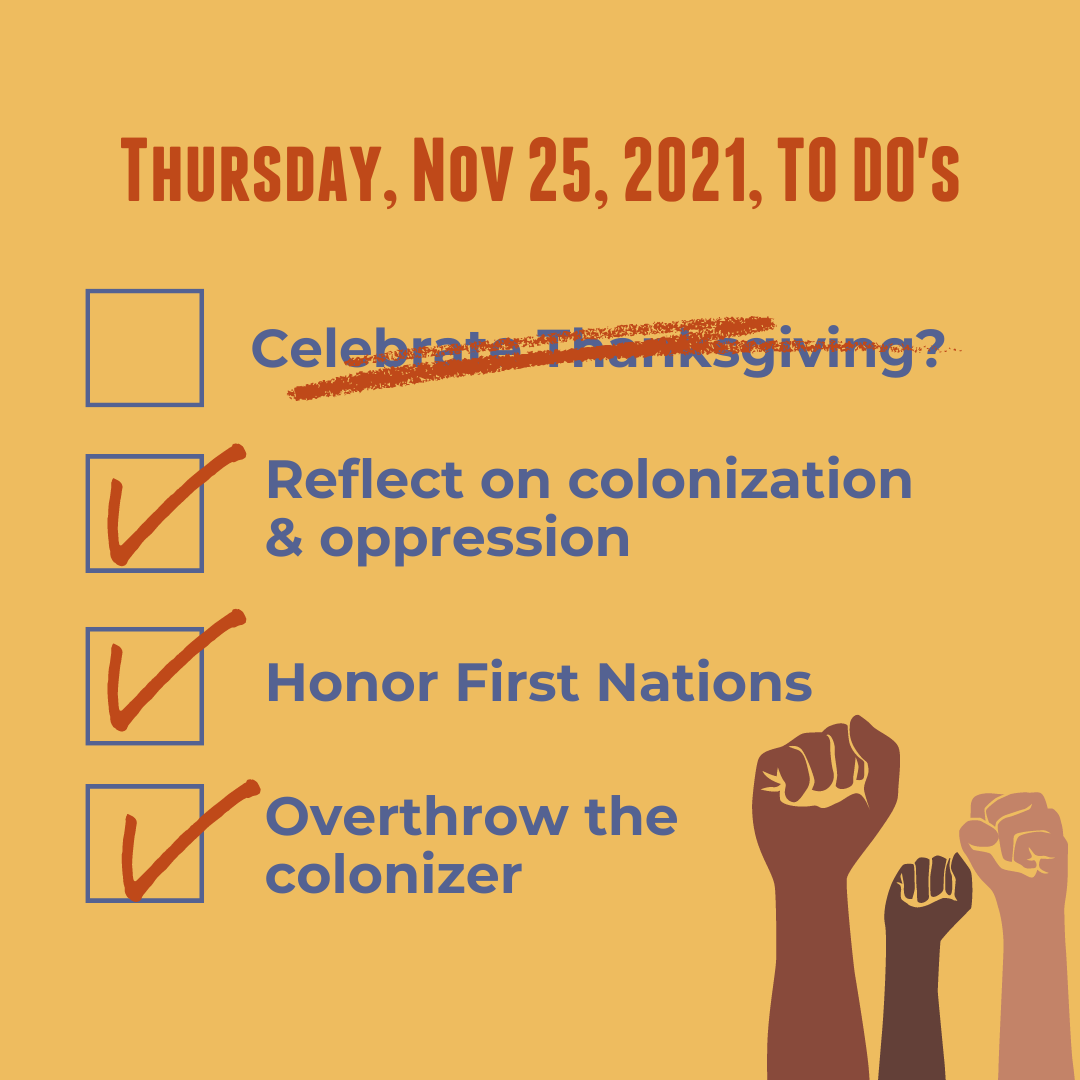
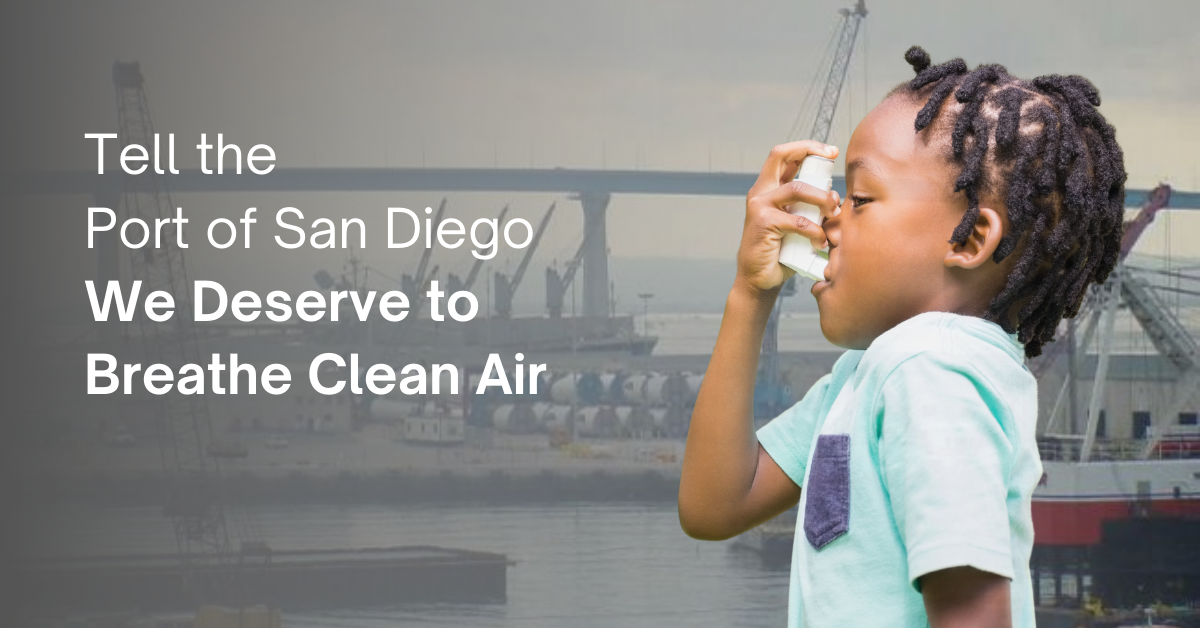
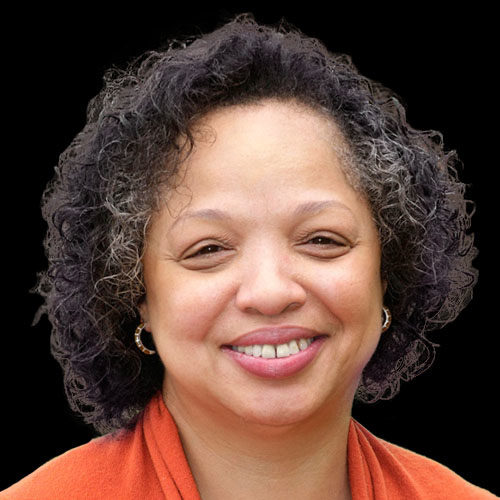

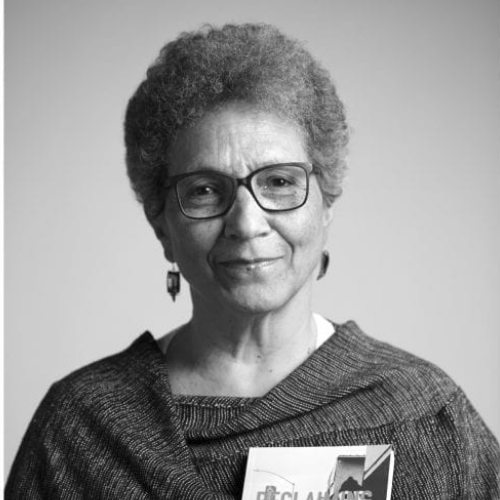
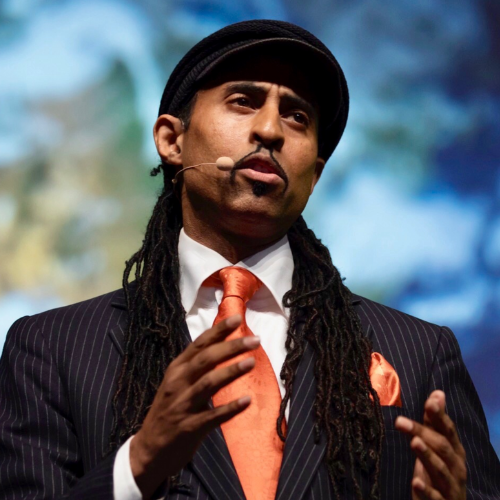
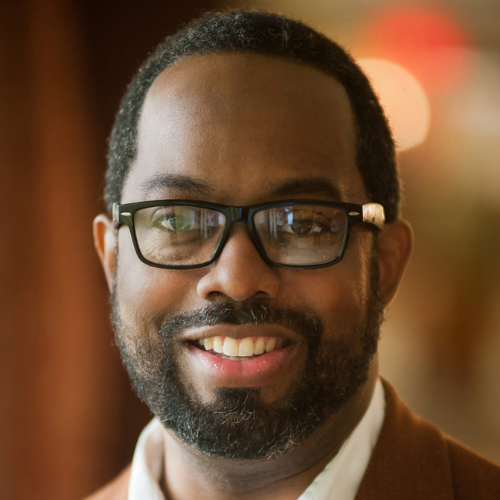
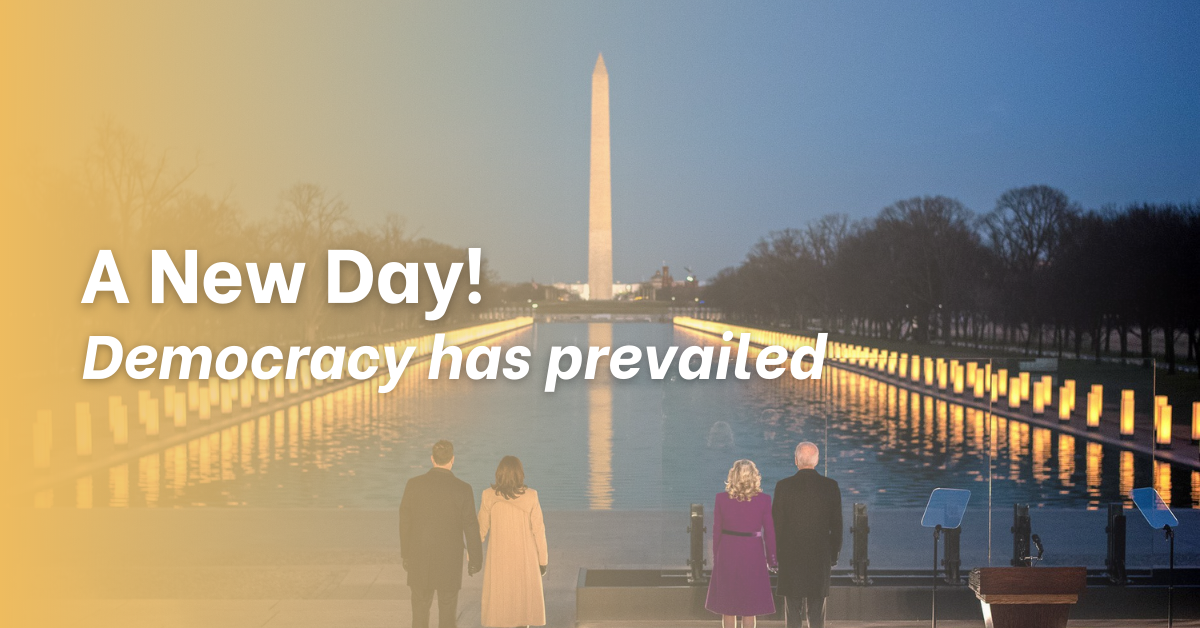
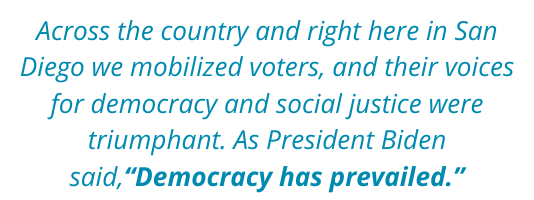
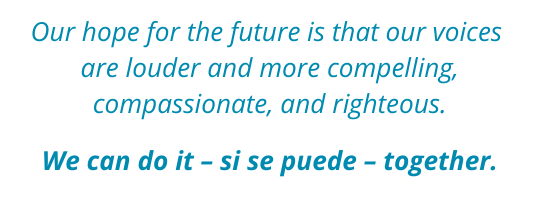
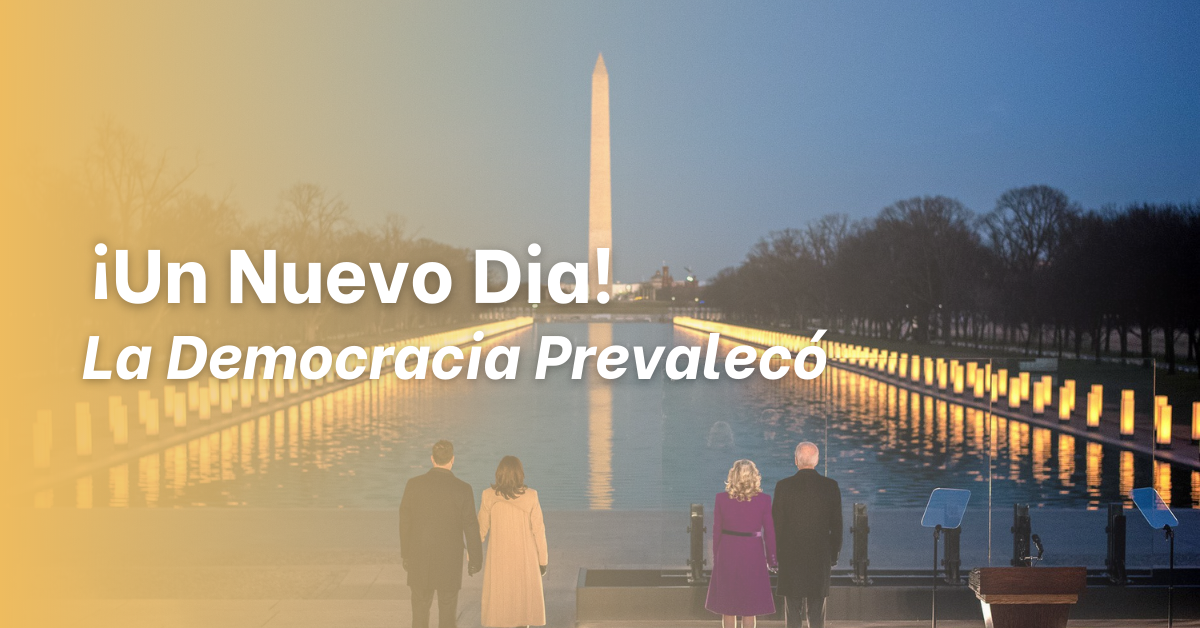
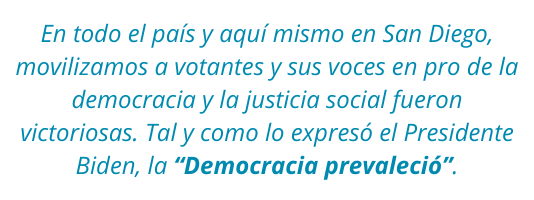

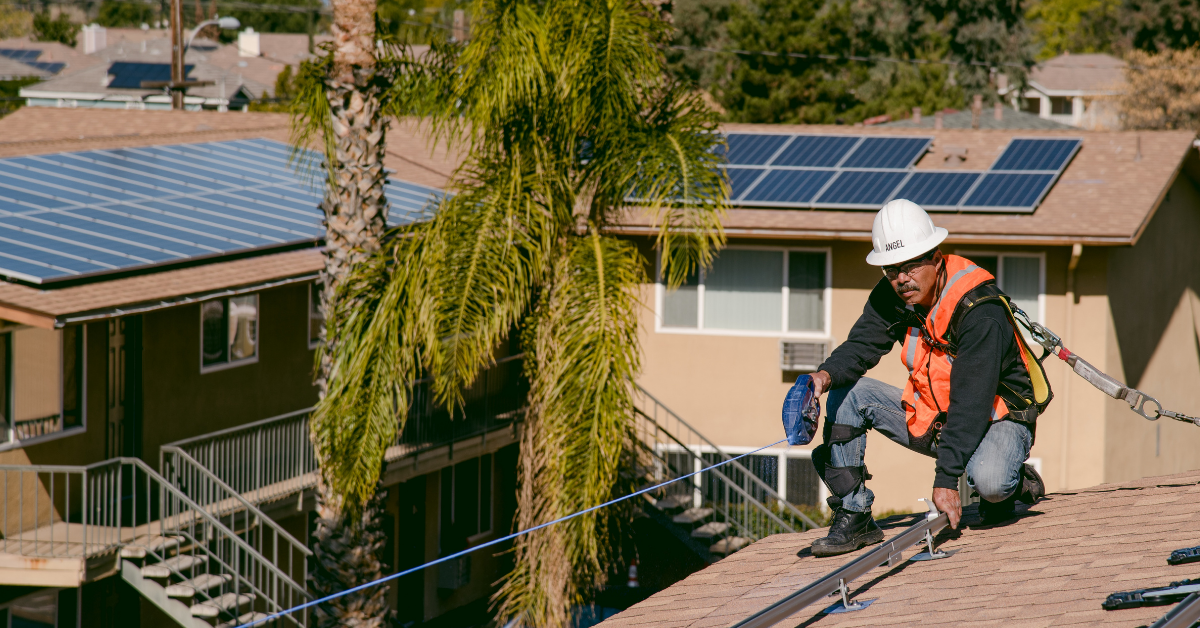

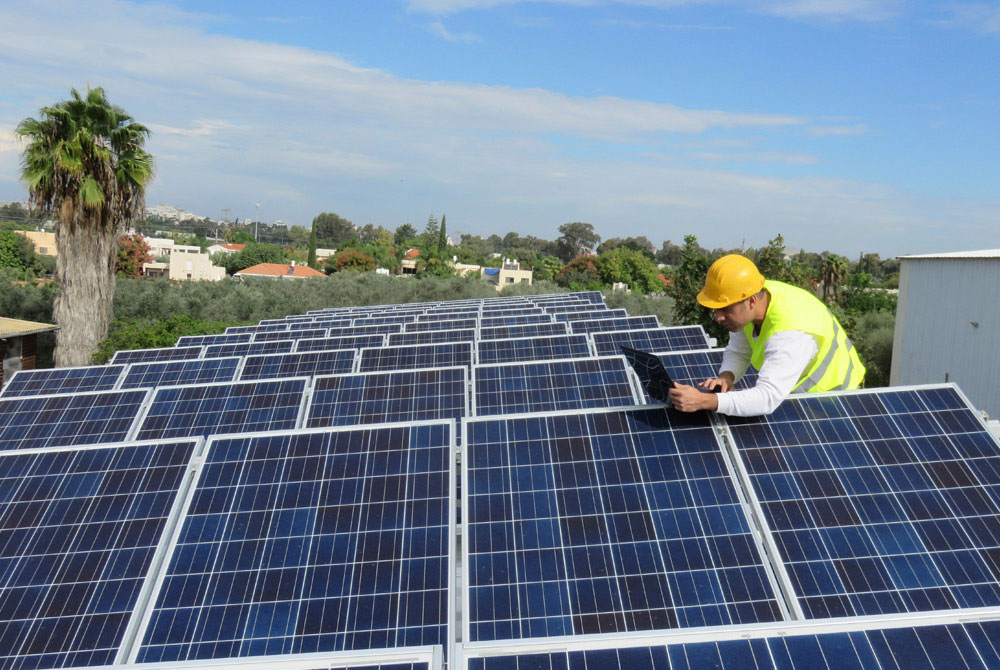

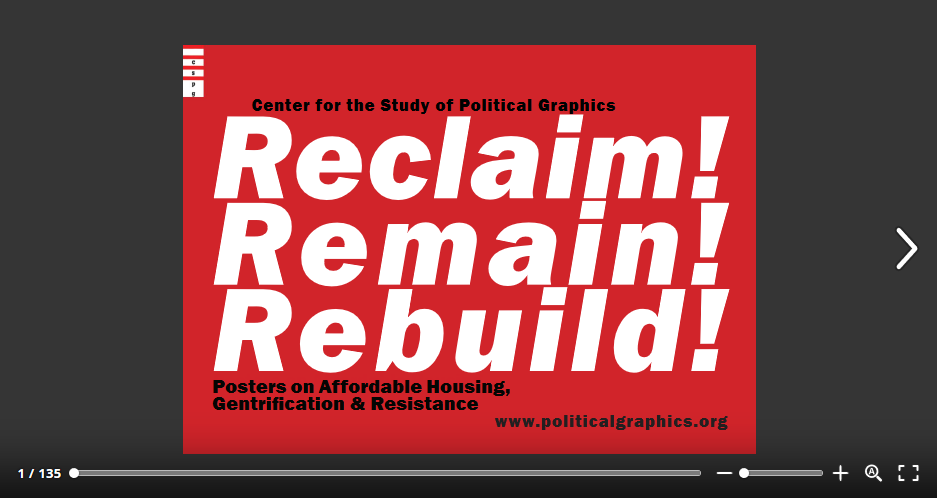
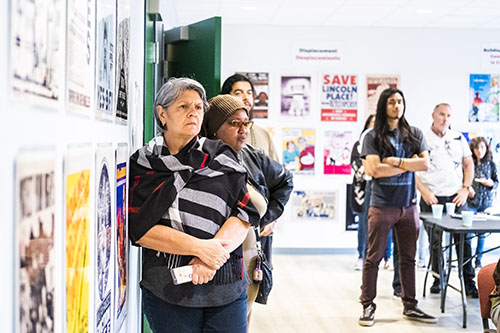
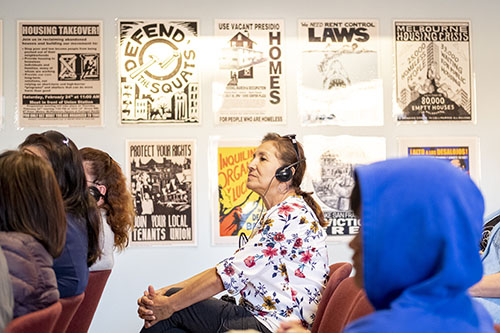
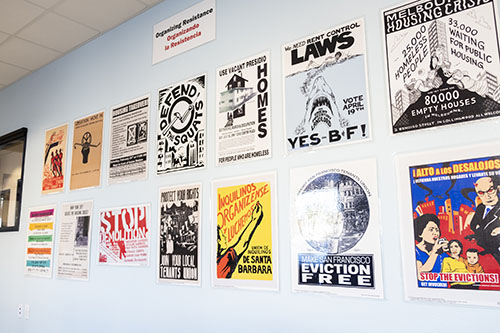
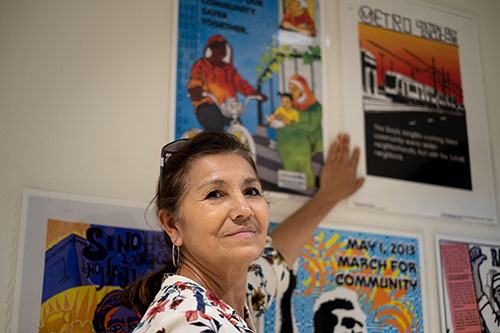
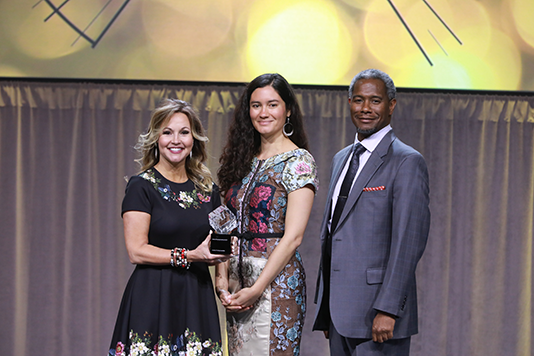
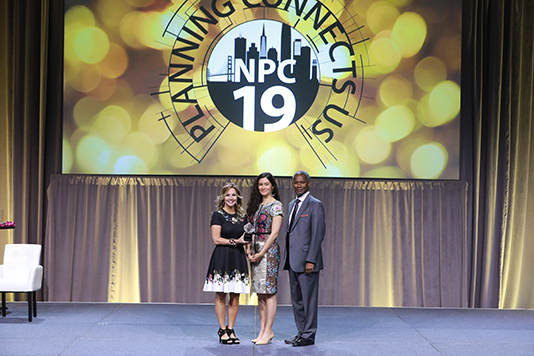
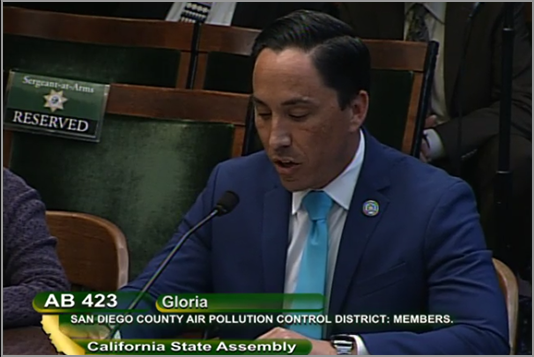




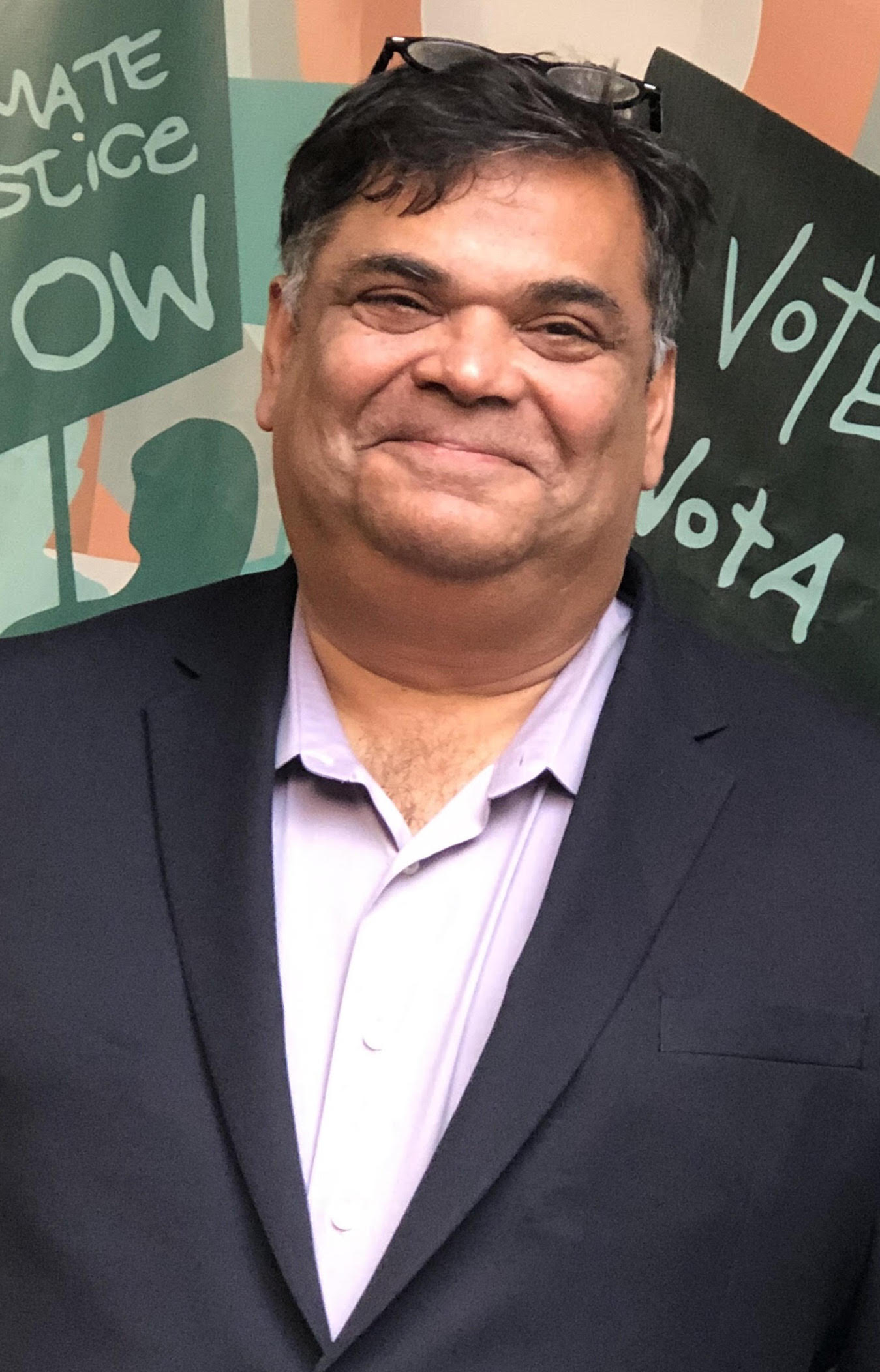
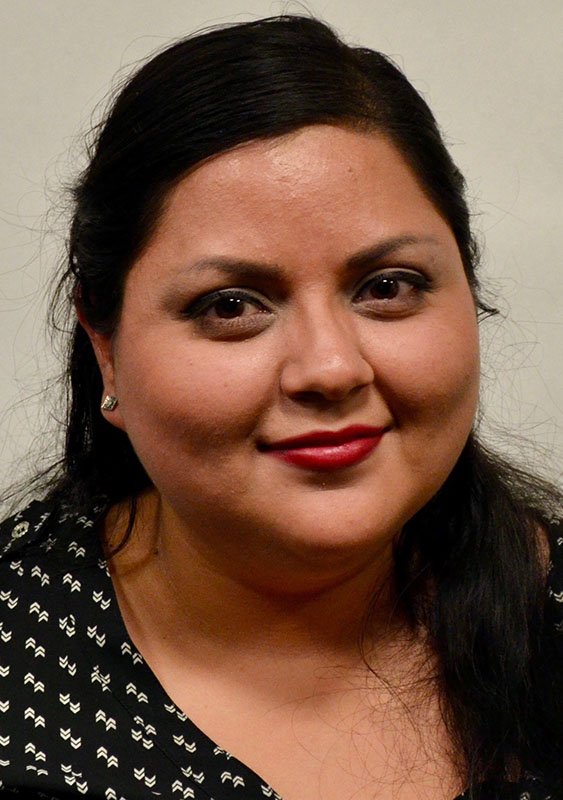
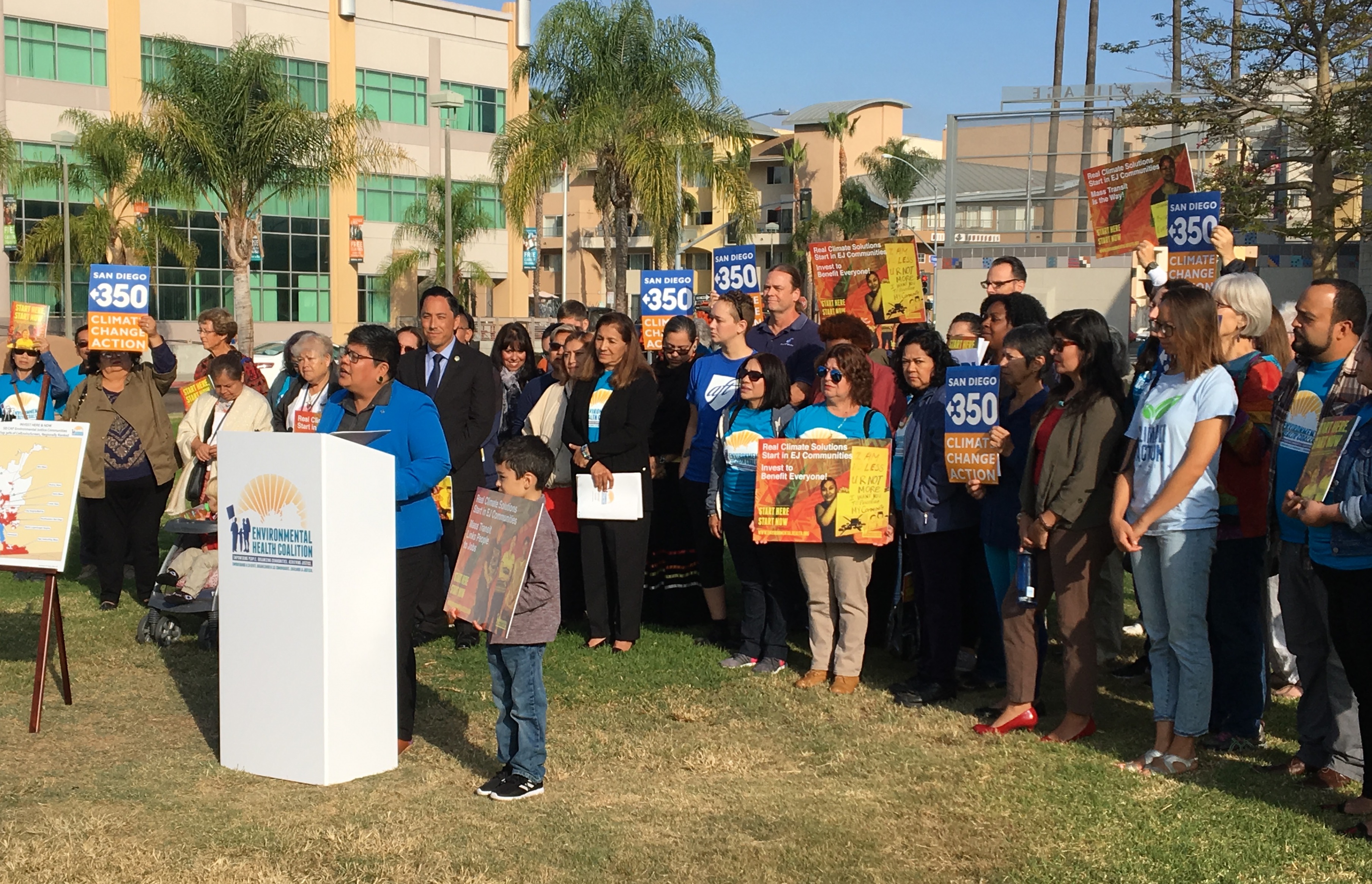

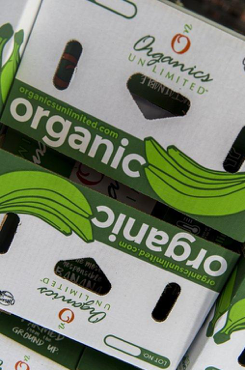
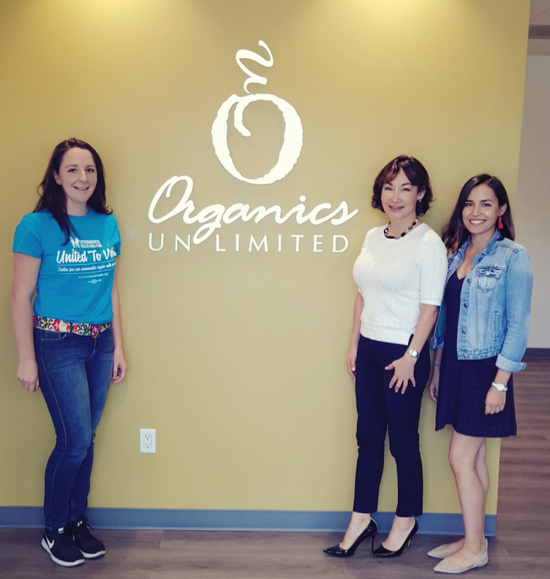
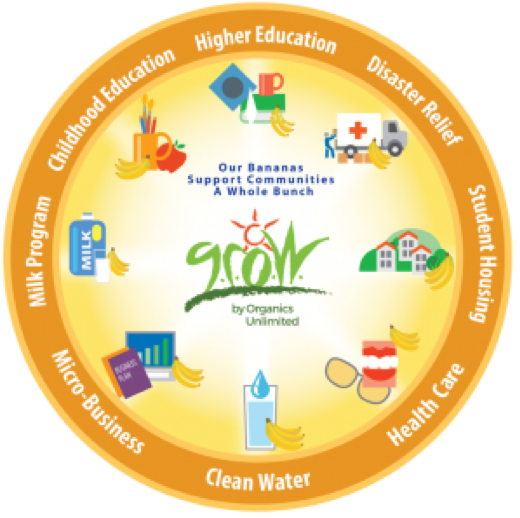
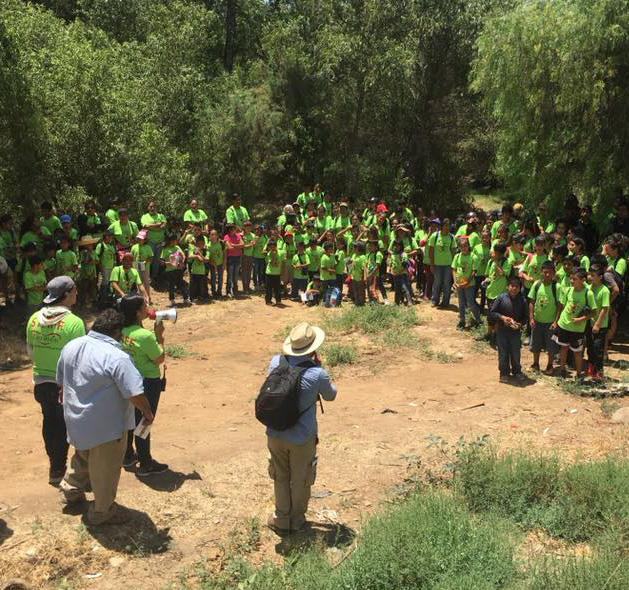
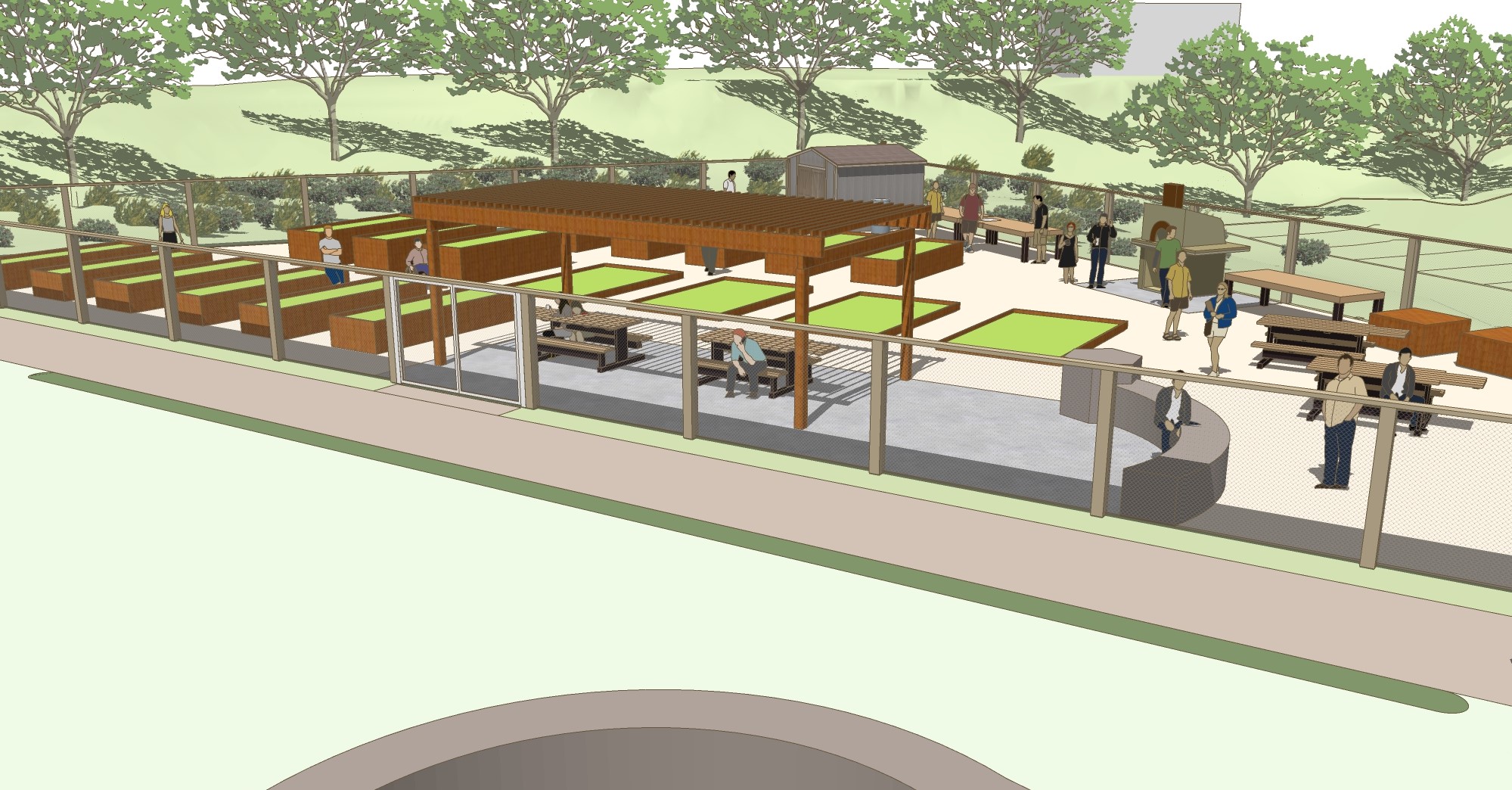
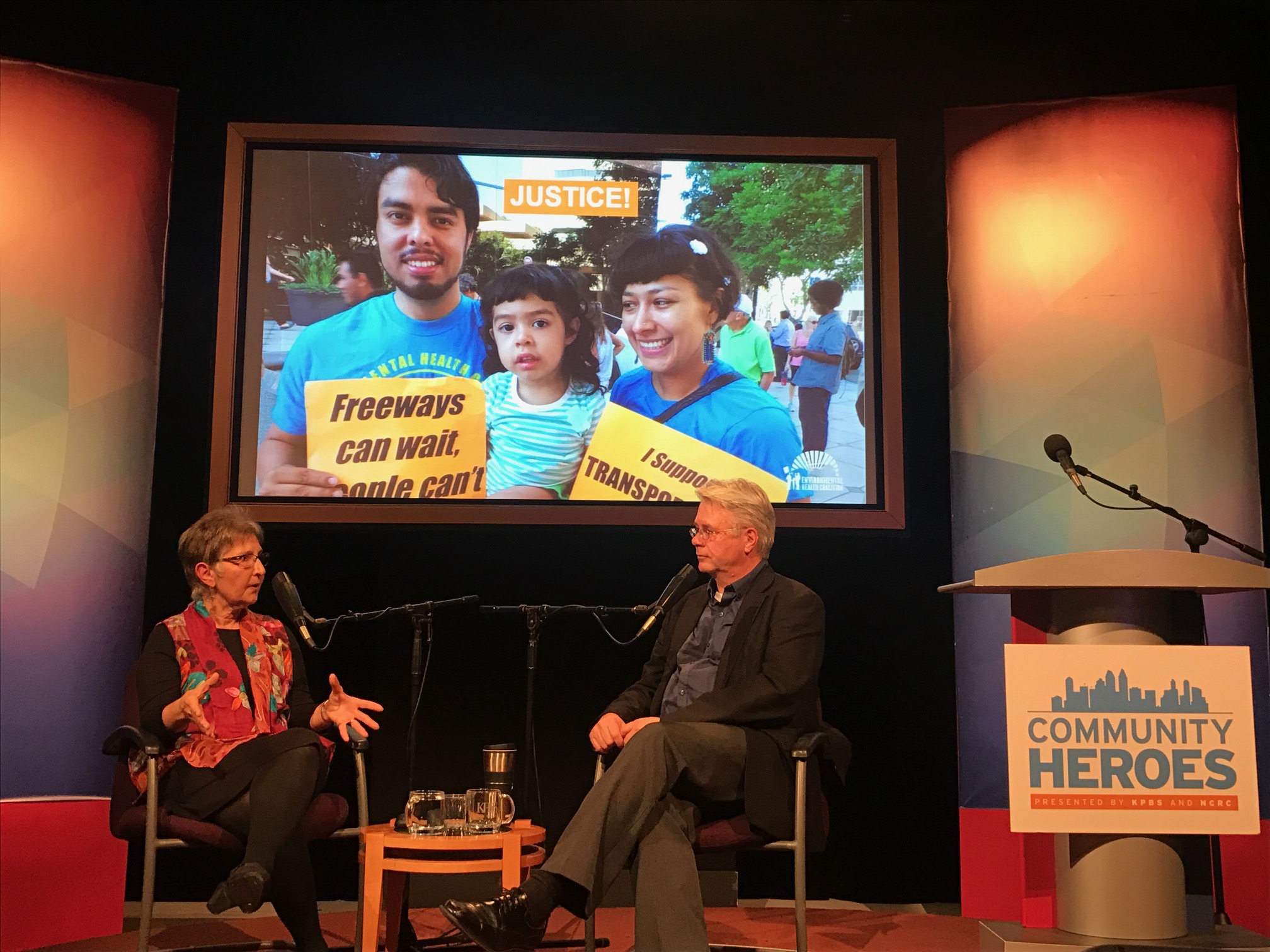
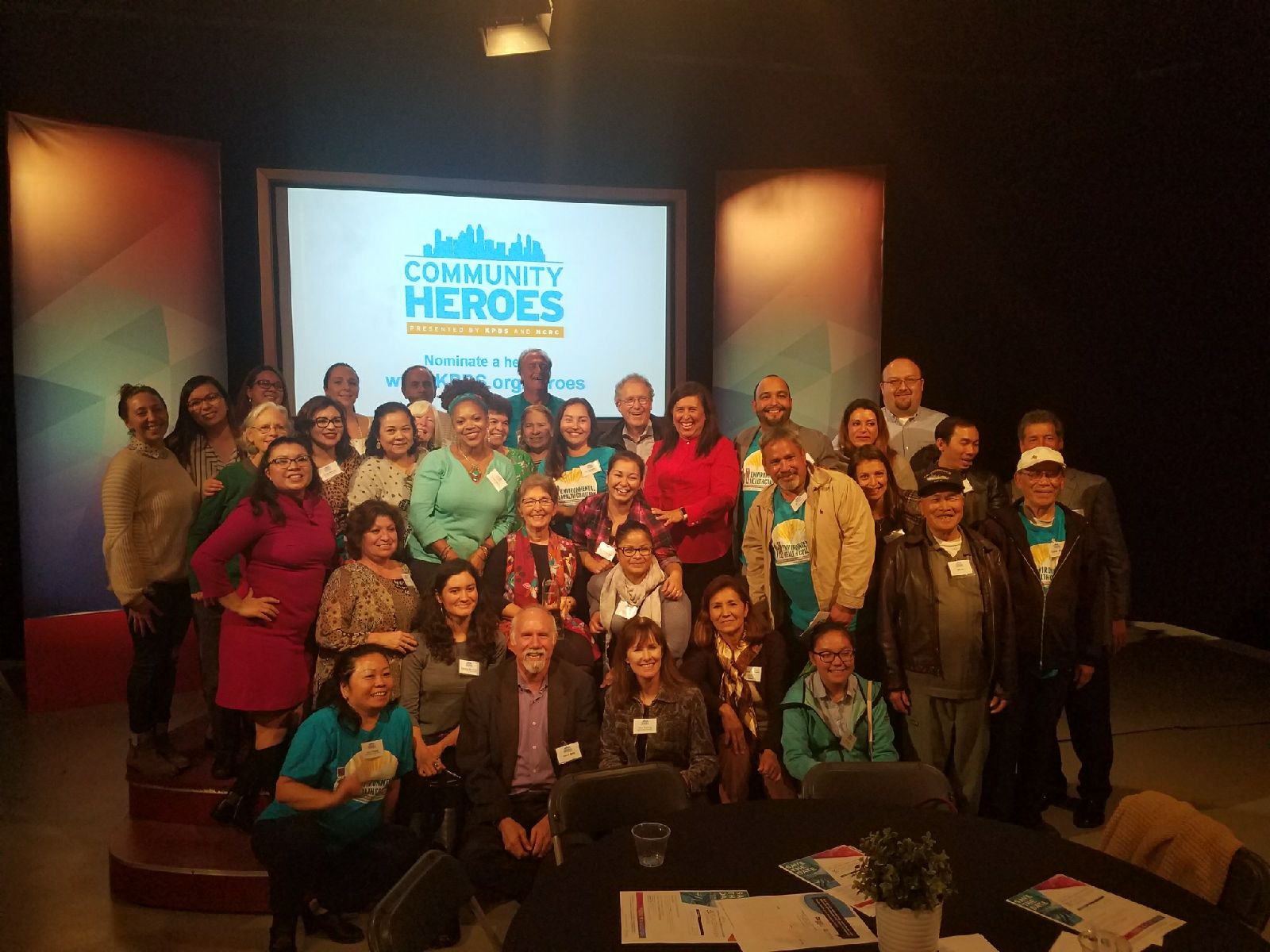

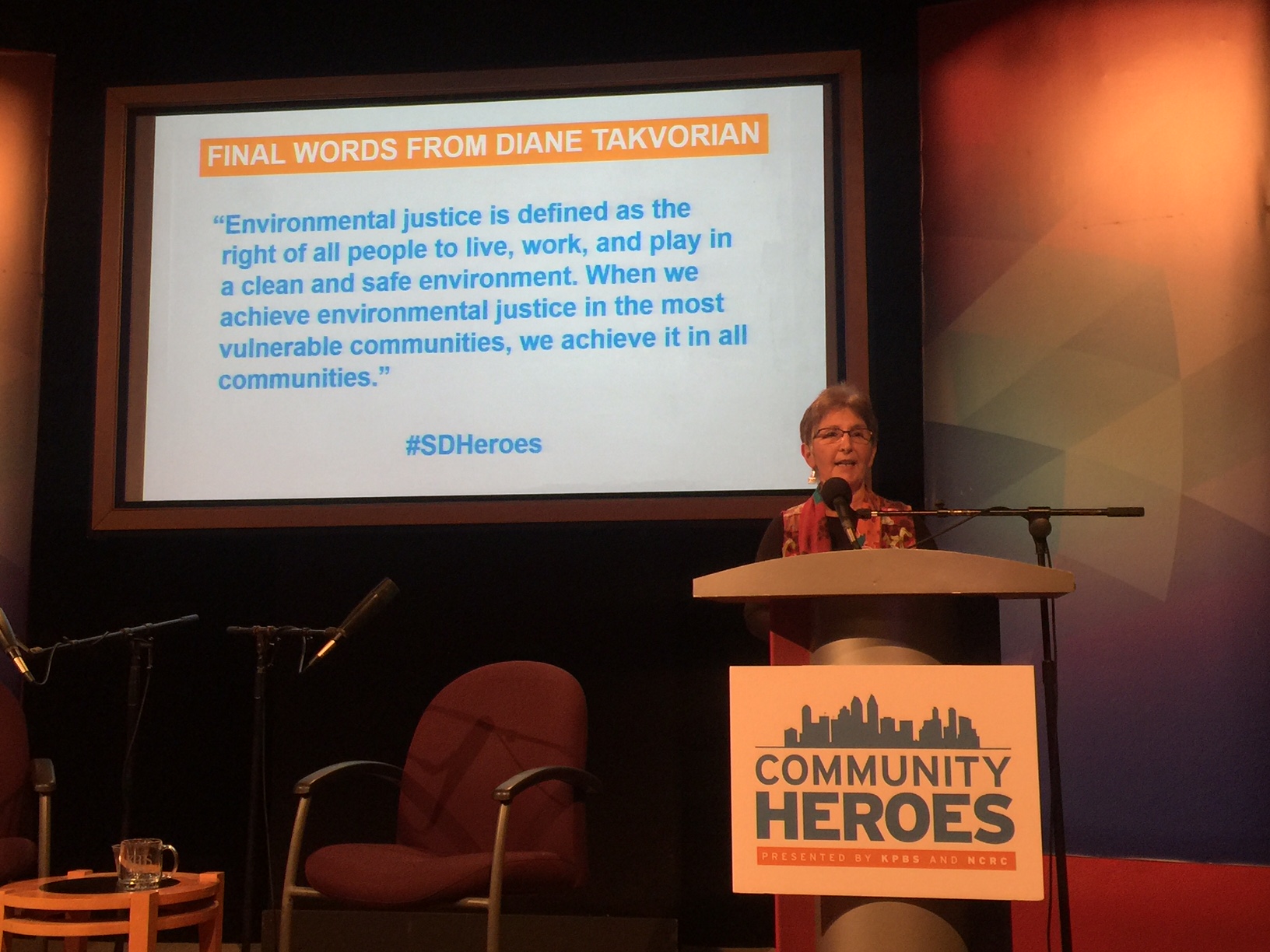
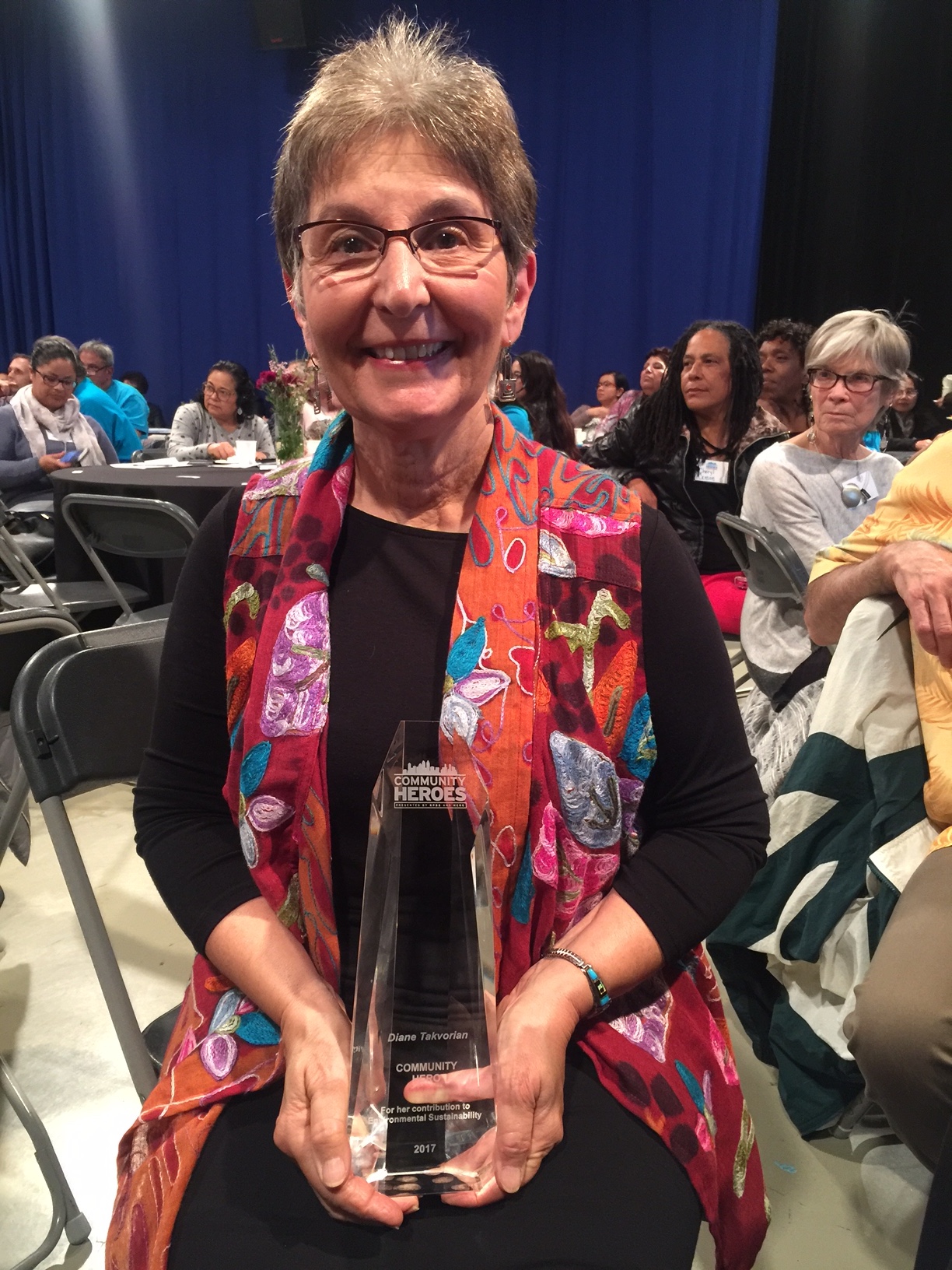
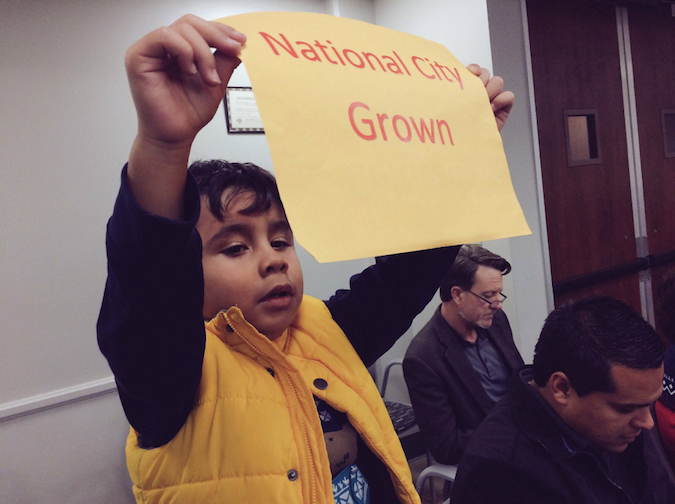
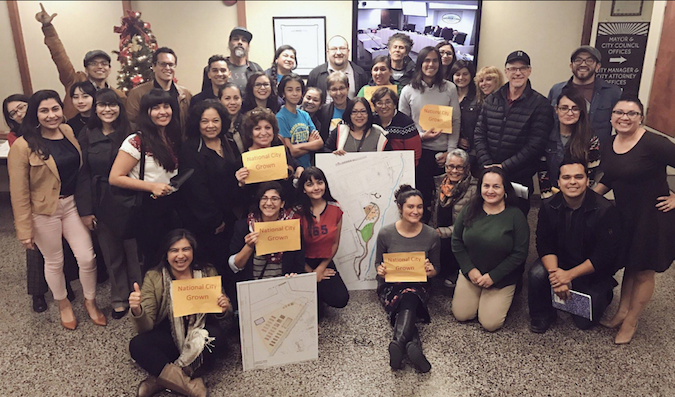
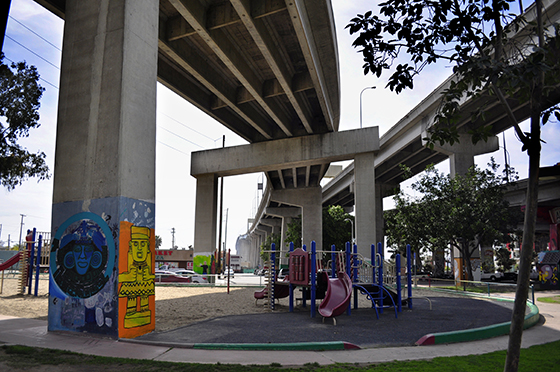
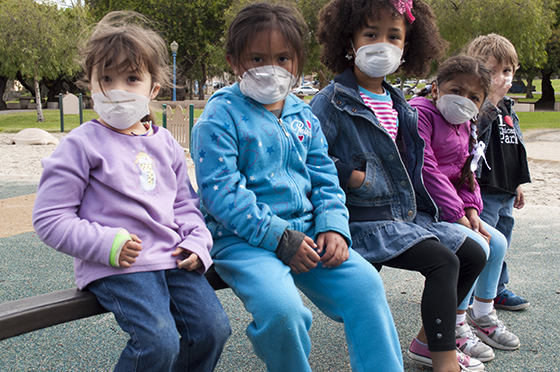
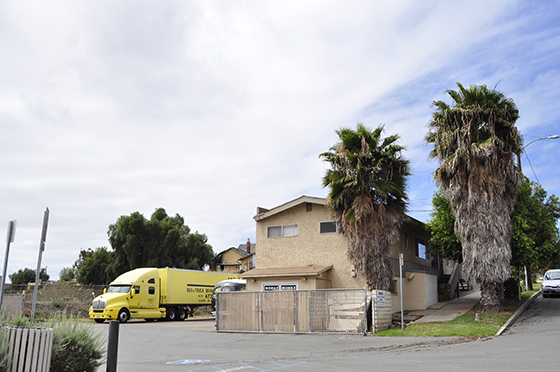
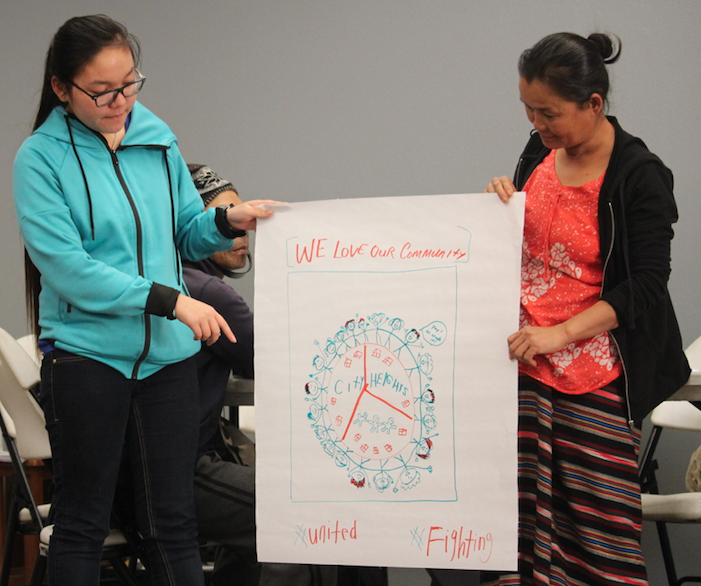
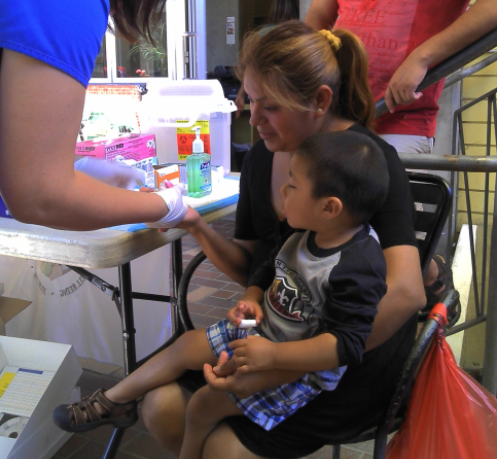
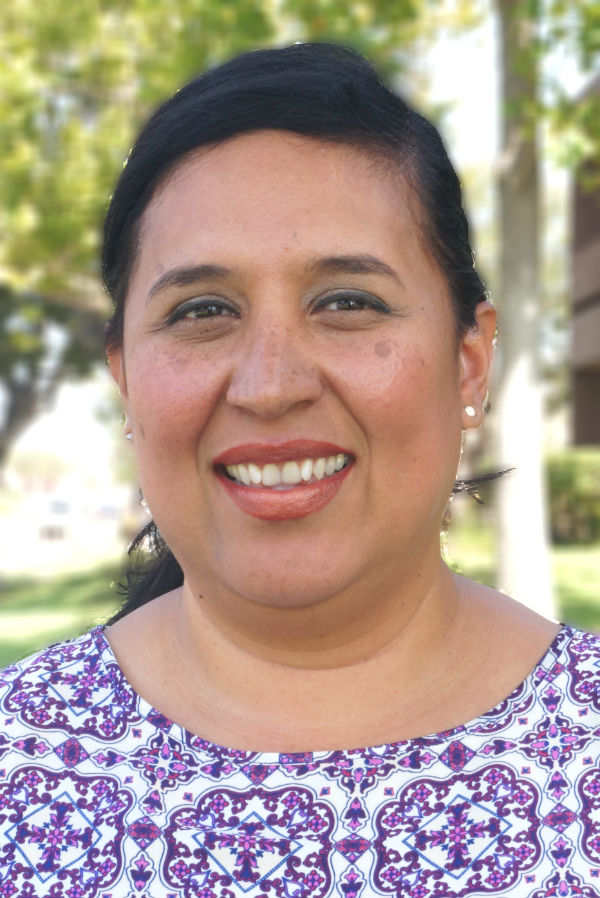
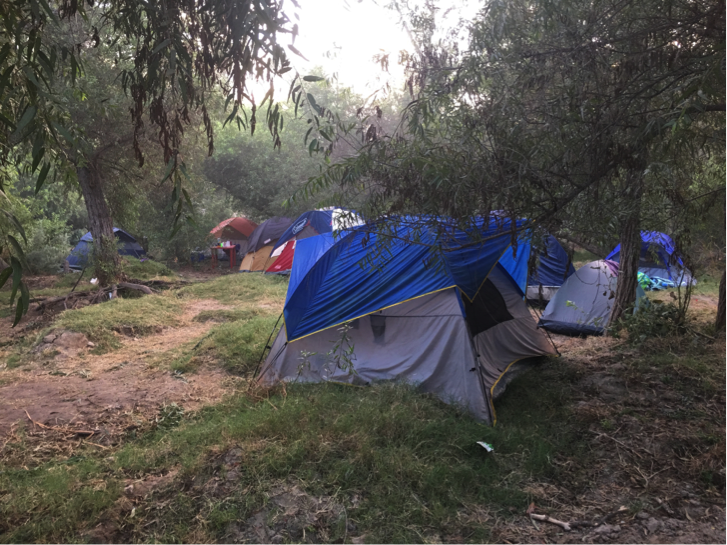
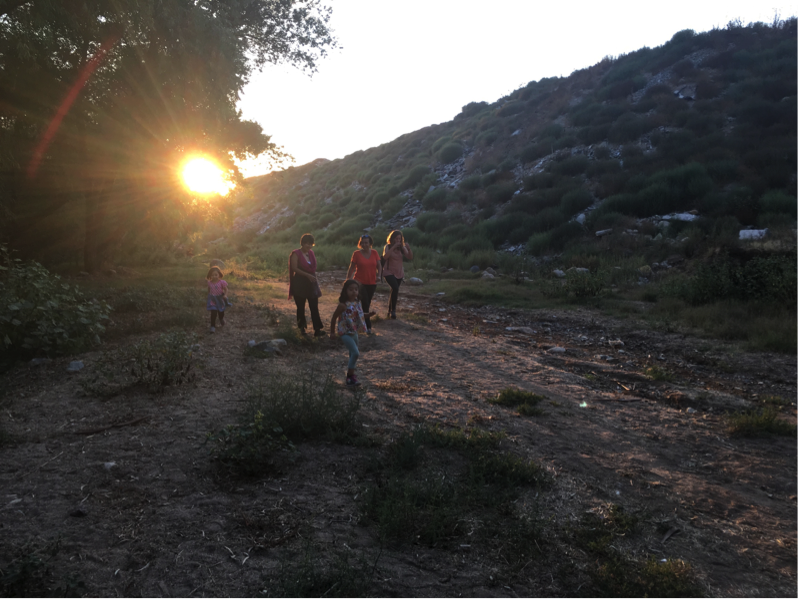
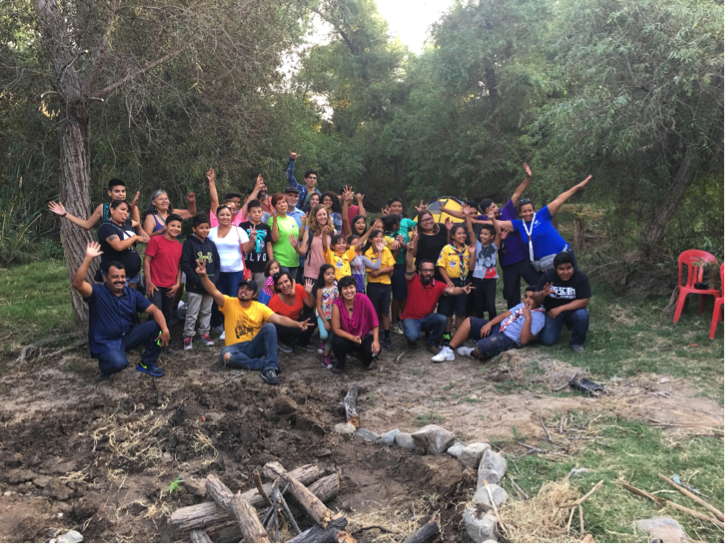
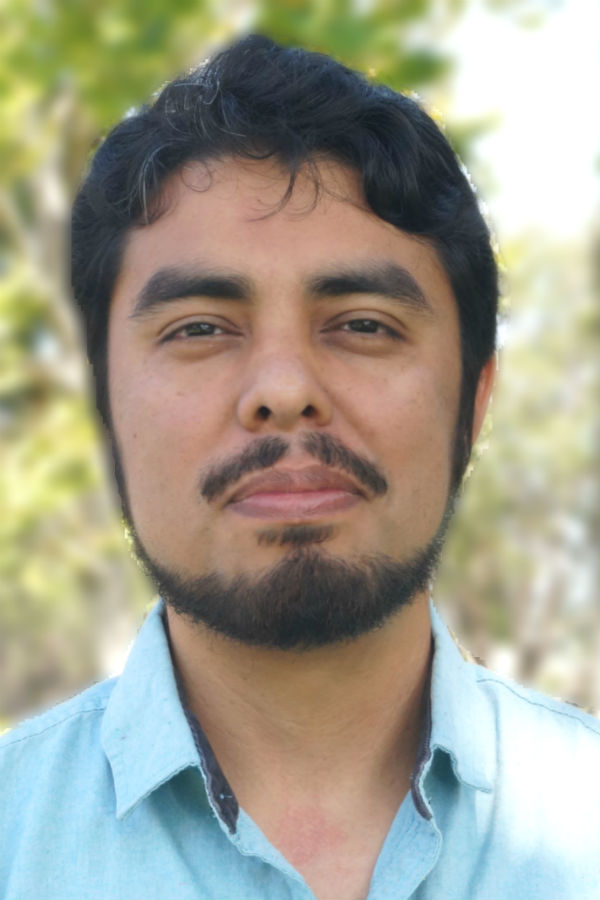
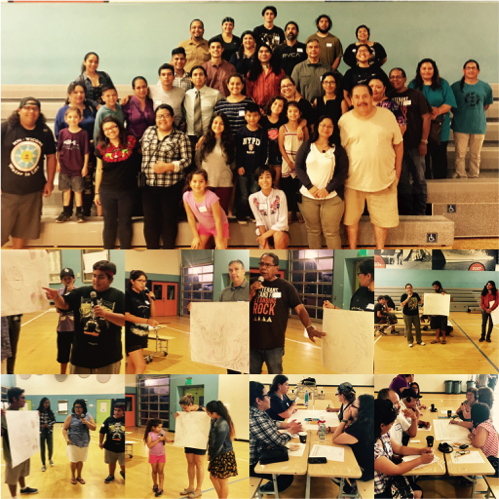
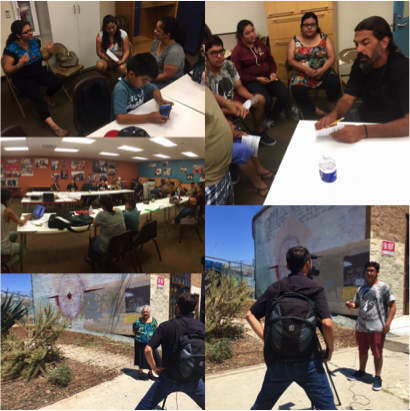
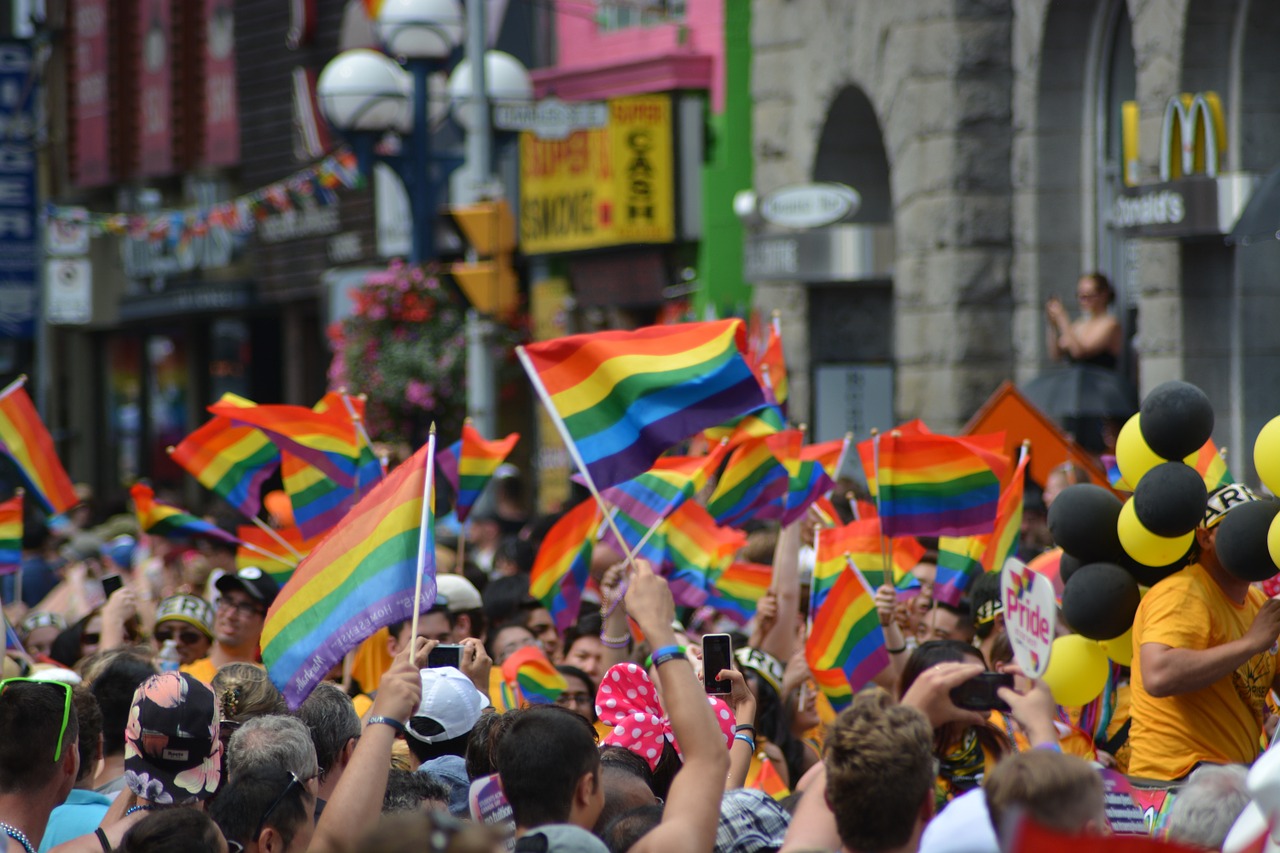
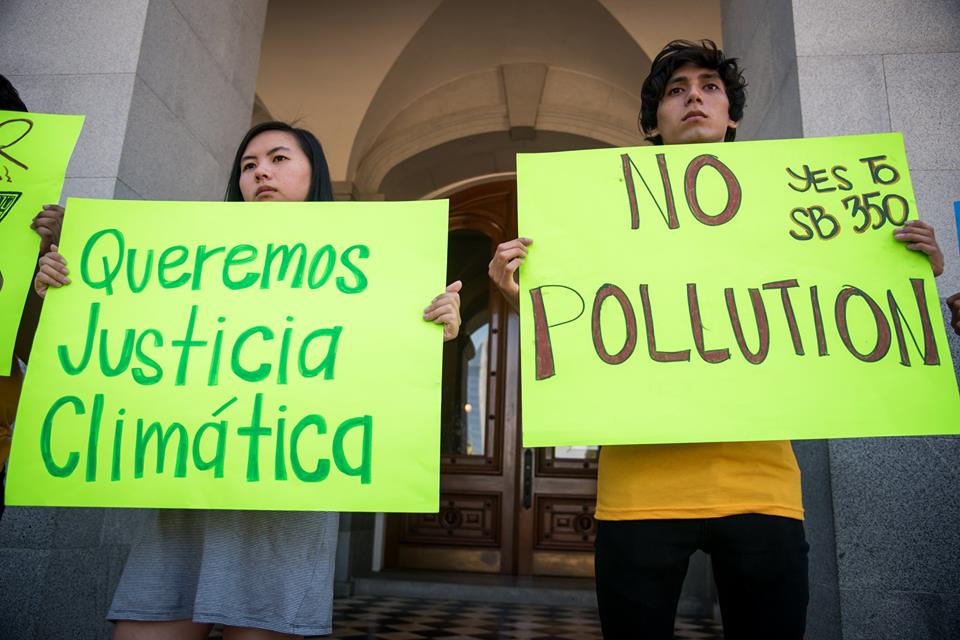
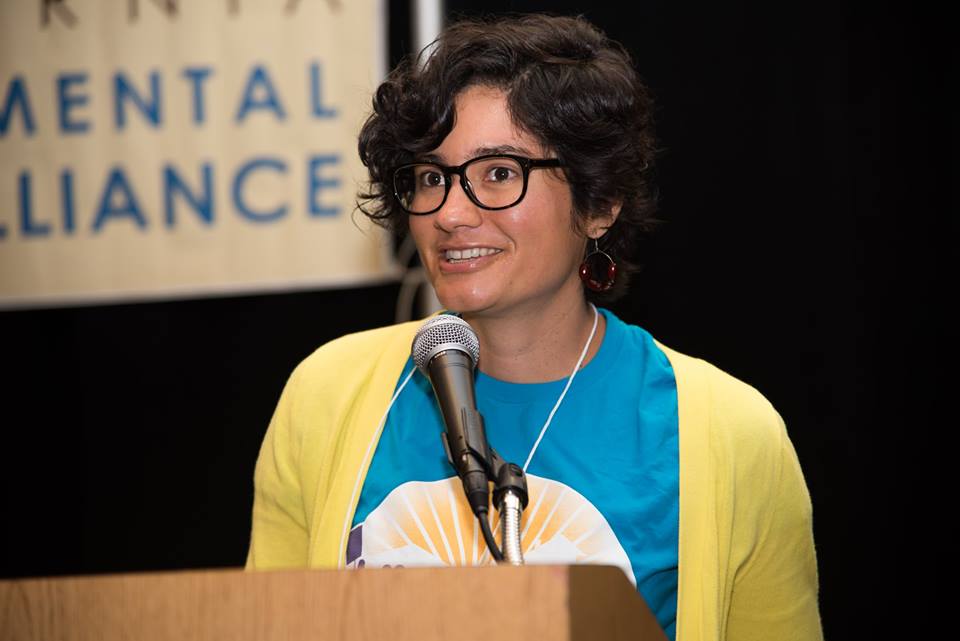
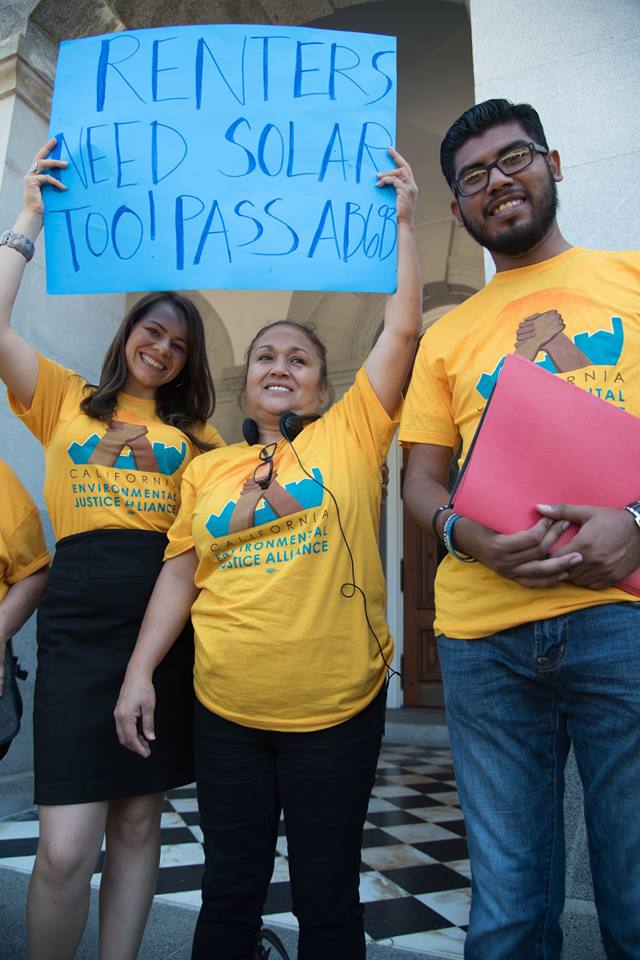
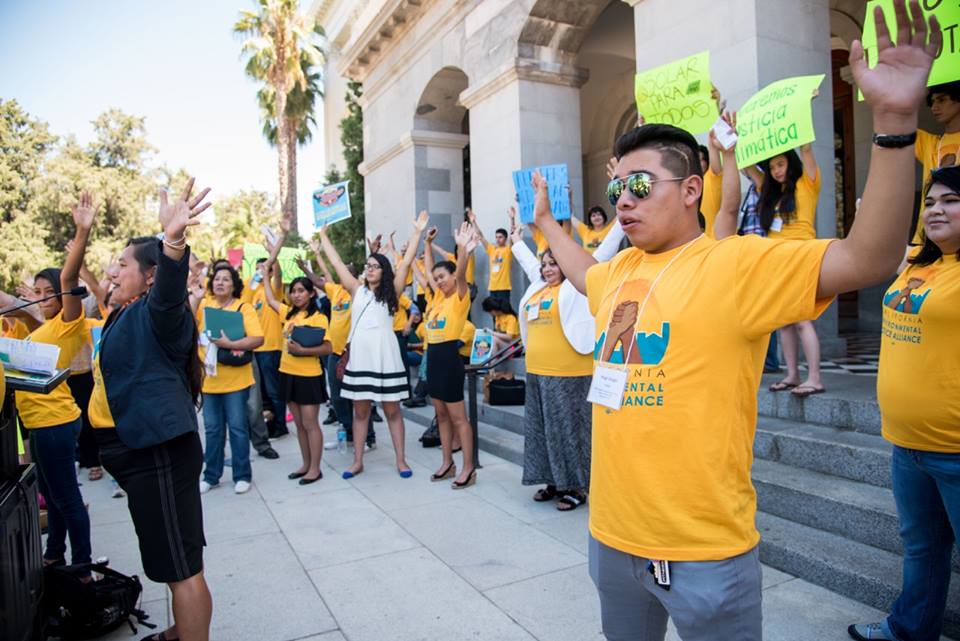
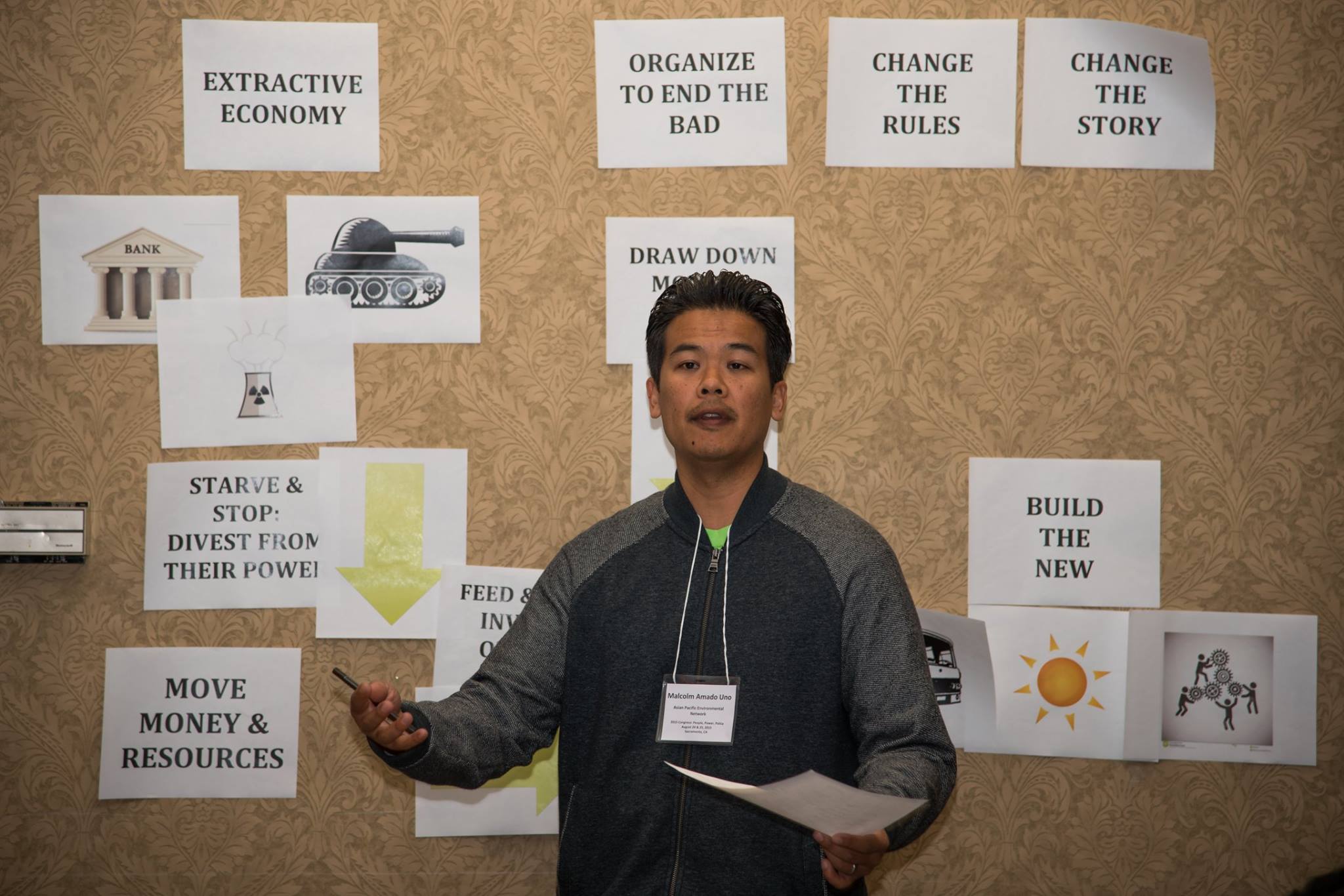
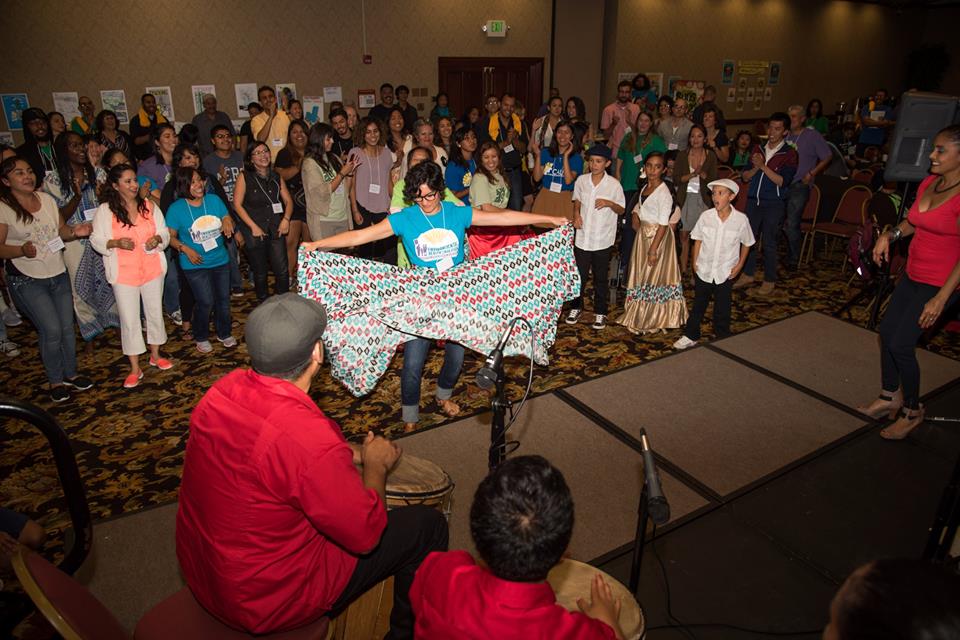
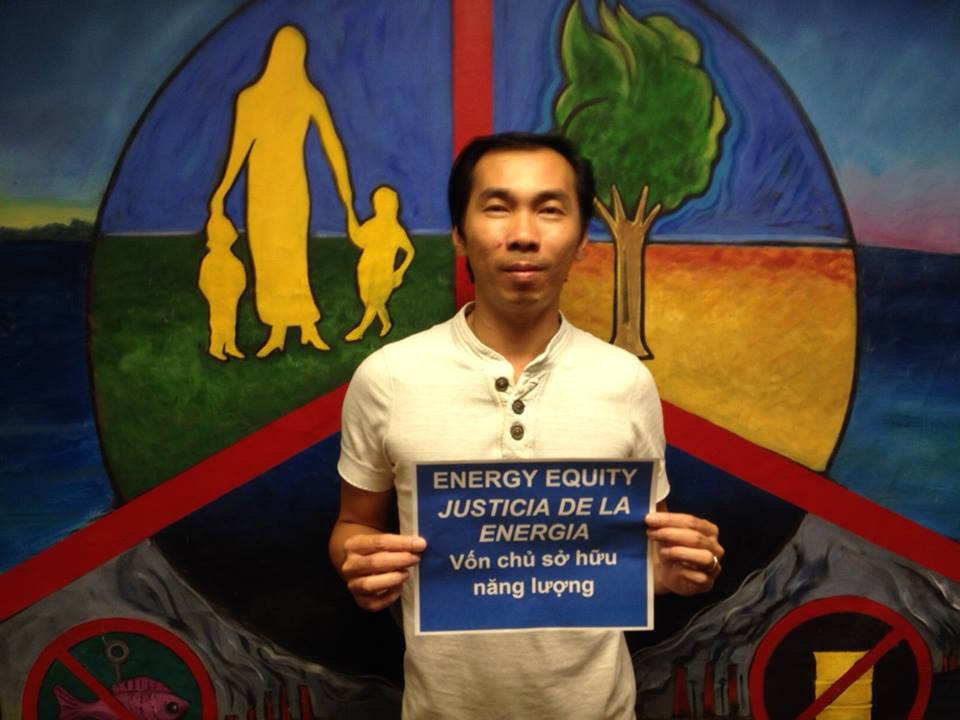

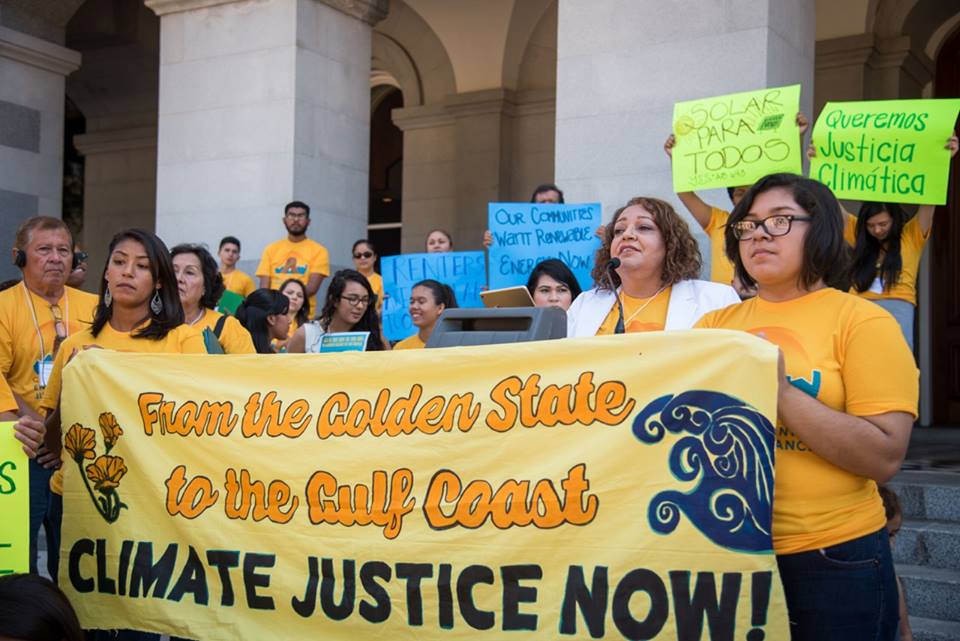
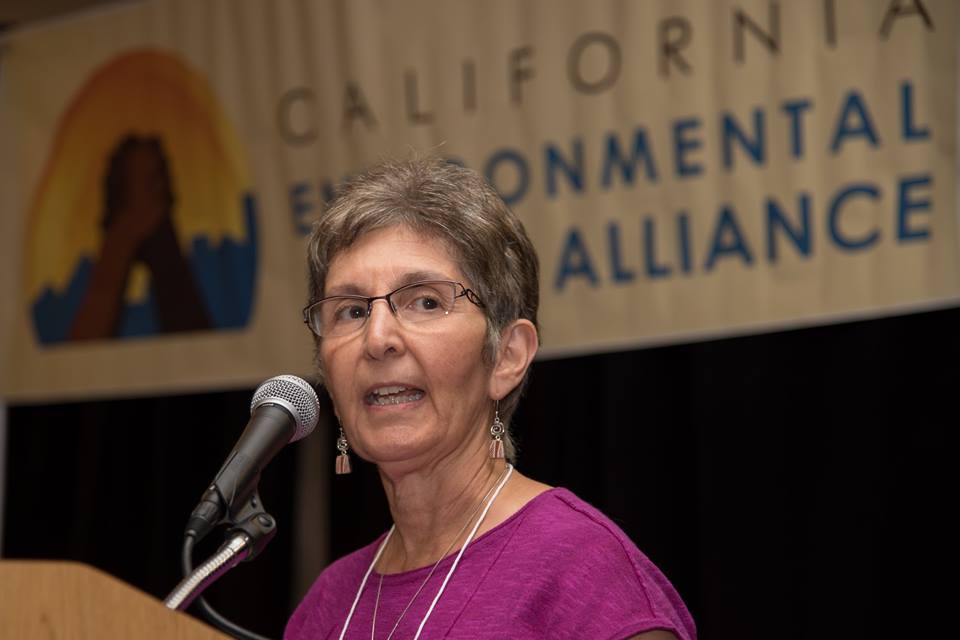

 “I feel proud to be a part of such an incredible environmental justice organization. 35 years of EHC means a time to celebrate our healthier communities and our protected natural environment. It’s time to celebrate the amazing support of our community members who look out for neighborhoods in need and work to make change happen.”
“I feel proud to be a part of such an incredible environmental justice organization. 35 years of EHC means a time to celebrate our healthier communities and our protected natural environment. It’s time to celebrate the amazing support of our community members who look out for neighborhoods in need and work to make change happen.”  “35 years of residents fighting back to reduce the toxic pollution that affects their health and lives every day. That’s powerful. That’s profound.”
“35 years of residents fighting back to reduce the toxic pollution that affects their health and lives every day. That’s powerful. That’s profound.”  "EHC is nothing without the brave, responsible community members who stand up for what is right. We're celebrating 35 years of community members working day after day to build healthier places to work and play."
"EHC is nothing without the brave, responsible community members who stand up for what is right. We're celebrating 35 years of community members working day after day to build healthier places to work and play." 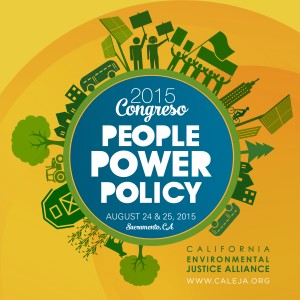 Environmental Health Coalition is joining the California Environmental Justice Alliance’s 2015 Sacramento
Environmental Health Coalition is joining the California Environmental Justice Alliance’s 2015 Sacramento 
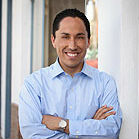 “We need to build on the investments we have made in our Bus Rapid Transit lines. I am advocating for a BRT stop to serve the communities of Golden Hill and Sherman Heights.”
“We need to build on the investments we have made in our Bus Rapid Transit lines. I am advocating for a BRT stop to serve the communities of Golden Hill and Sherman Heights.”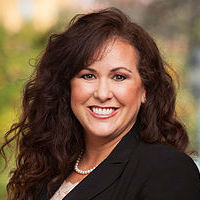 “My constituents have shared their concerns with the impact an expanded freeway would have on air quality, and have requested improved access to regional travel. We kindly ask [to] include these community-based alternatives in the DEIR.”
“My constituents have shared their concerns with the impact an expanded freeway would have on air quality, and have requested improved access to regional travel. We kindly ask [to] include these community-based alternatives in the DEIR.” “[By including these alternatives] the community will have a comprehensive understanding of the transit situation in this corridor and the decision makers can make a more informed decision on how to best spend our limited transit dollars”
“[By including these alternatives] the community will have a comprehensive understanding of the transit situation in this corridor and the decision makers can make a more informed decision on how to best spend our limited transit dollars” 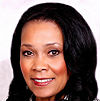 “I fully support the communities request for alternatives [that] may help us achieve the goals of our Climate Action Plan and will improve transit mobility not only for our impacted, overburdened, and underserved communities along the freeway, but for the entire region.”
“I fully support the communities request for alternatives [that] may help us achieve the goals of our Climate Action Plan and will improve transit mobility not only for our impacted, overburdened, and underserved communities along the freeway, but for the entire region.”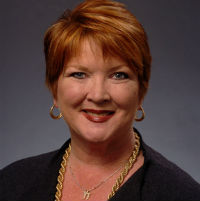 “The communities adjacent to the SR-94 have been historically underserved by public transit… please consider alternatives suggested by the community.”
“The communities adjacent to the SR-94 have been historically underserved by public transit… please consider alternatives suggested by the community.” 
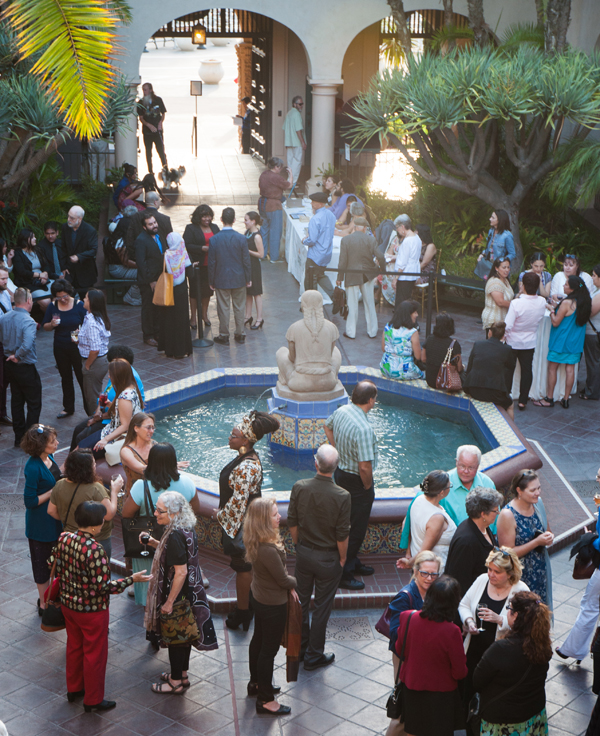
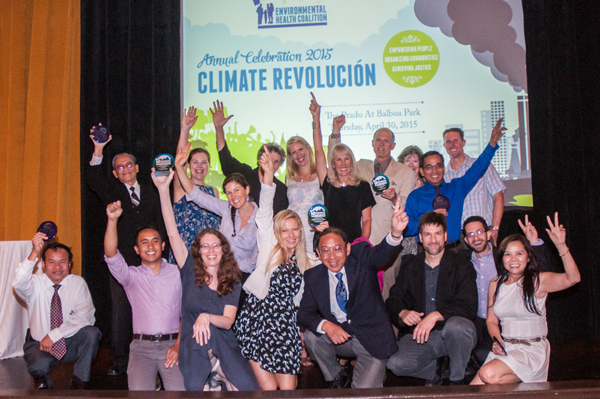
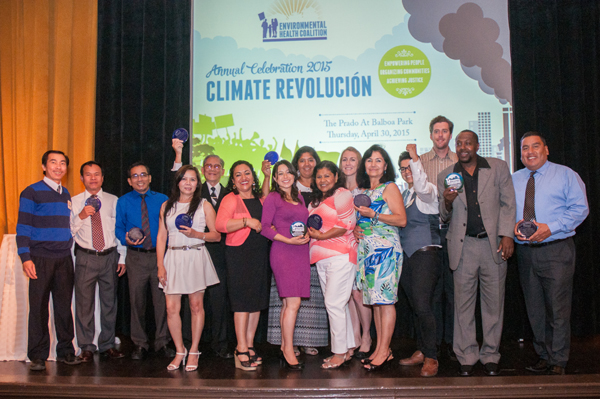
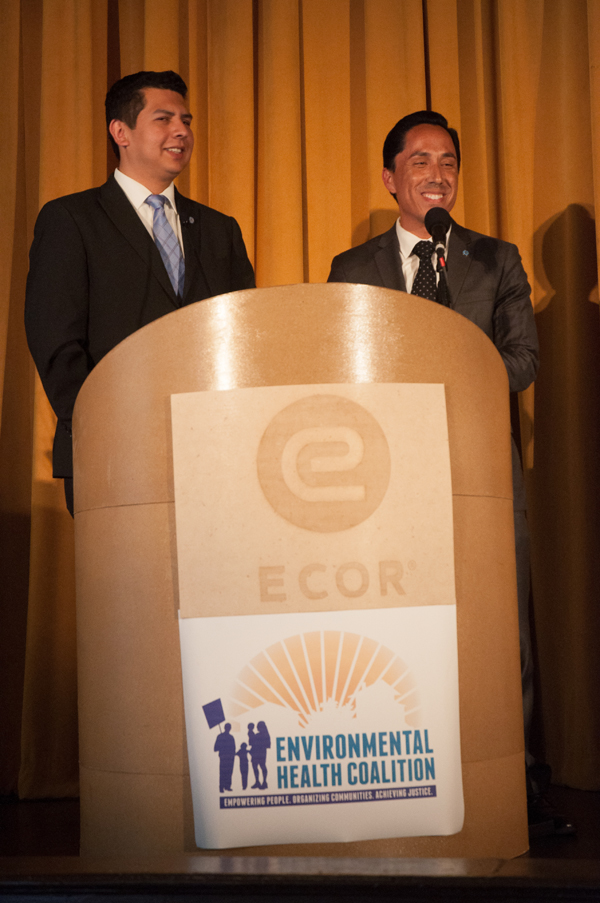
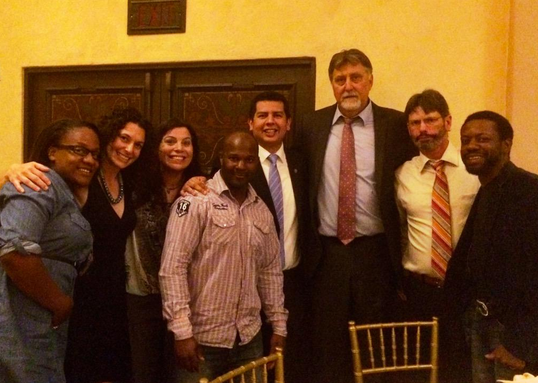
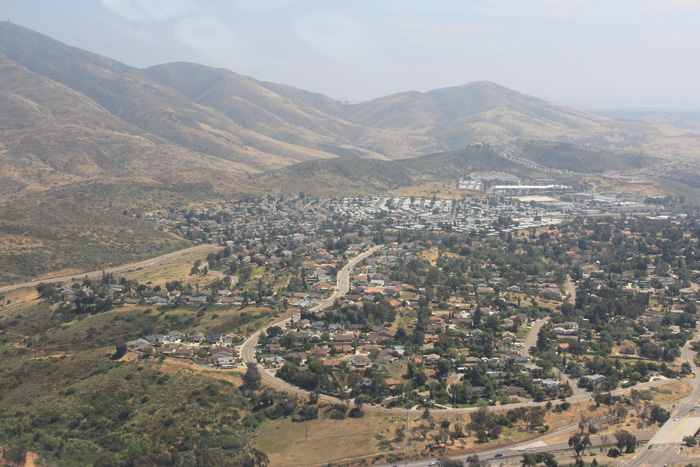
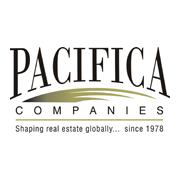
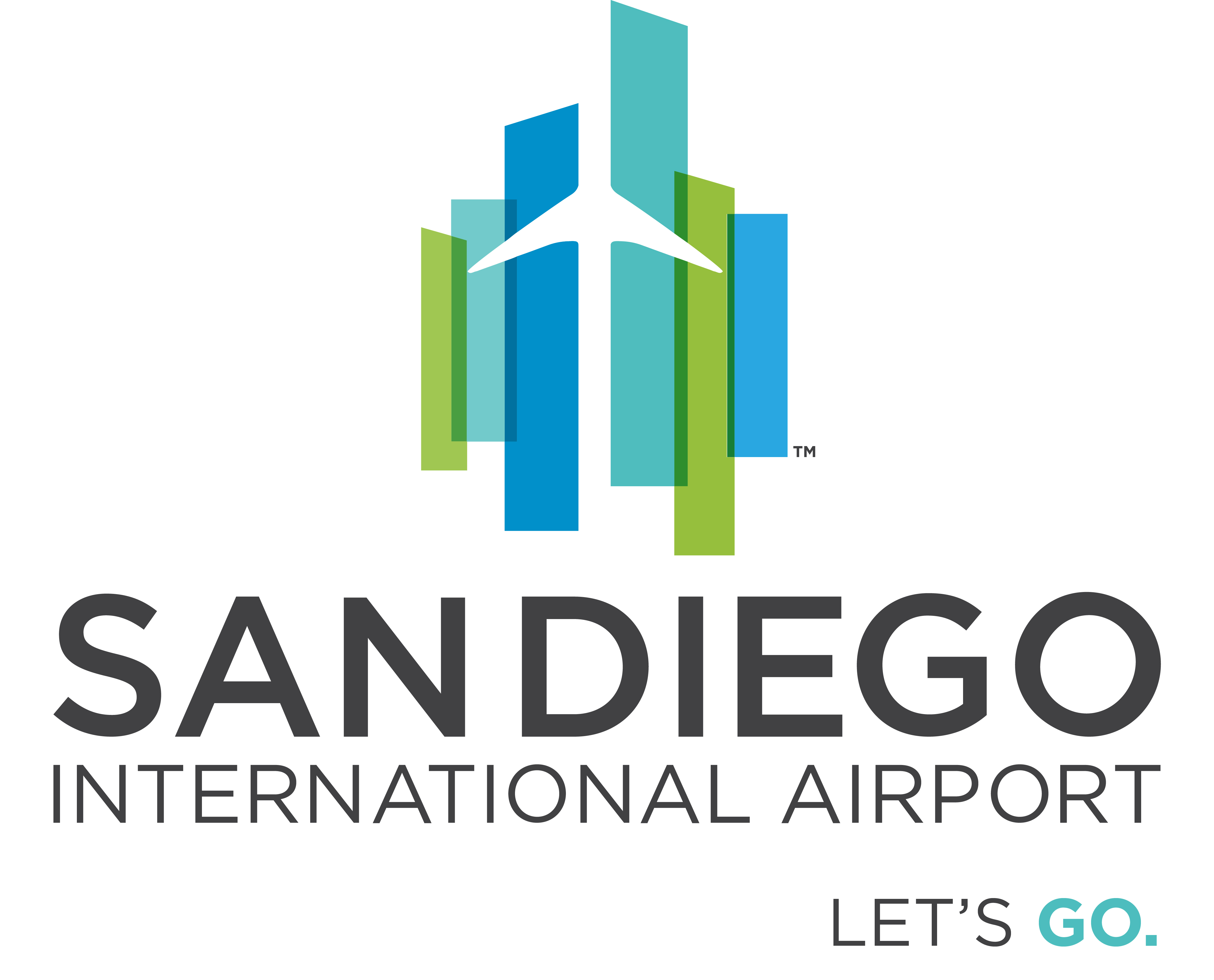
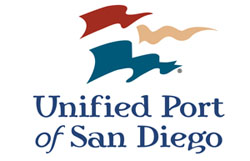
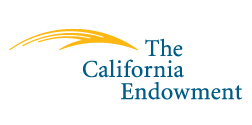
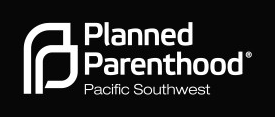

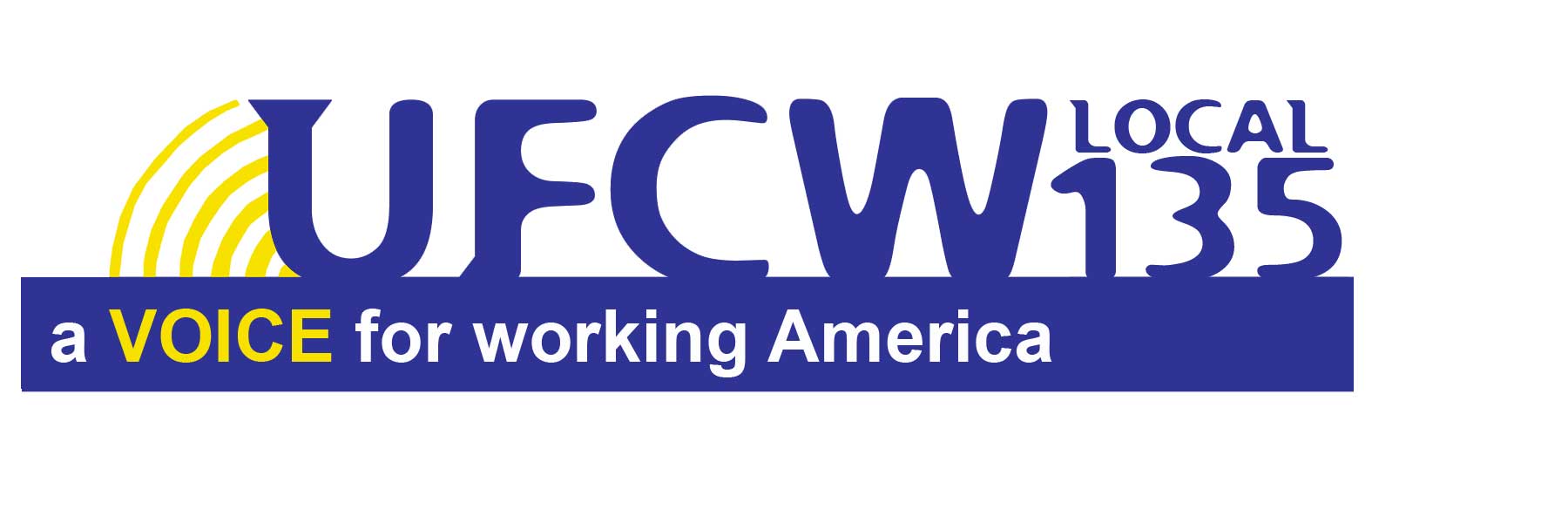



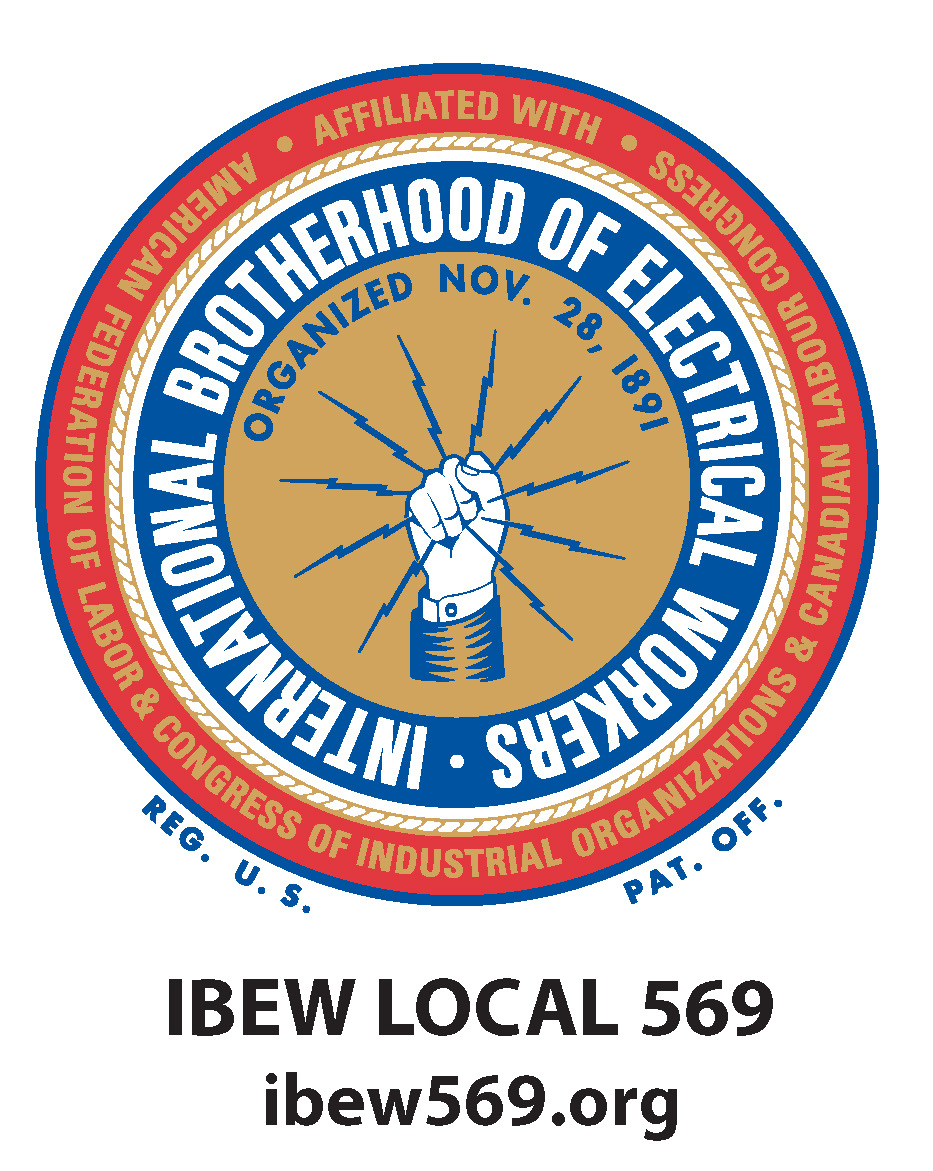



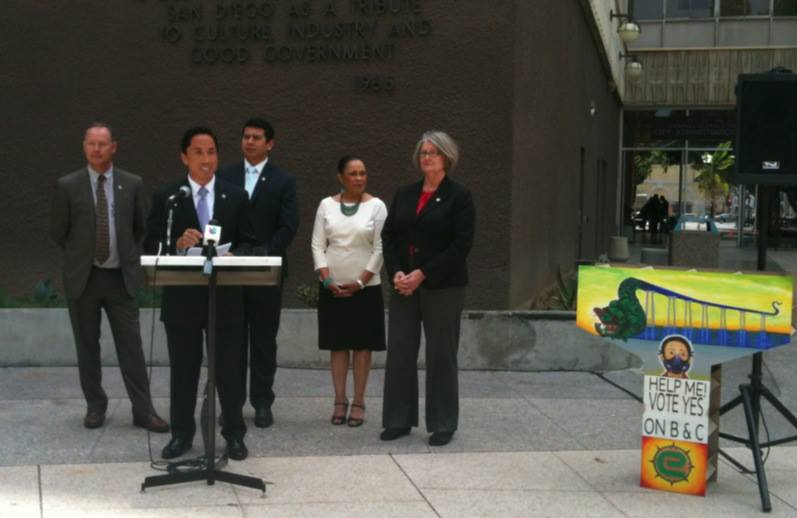 Councilmember Todd Gloria has been taking strides to reform the referendum process in San Diego. In his previous role as Council President, he and San Diego City Council
Councilmember Todd Gloria has been taking strides to reform the referendum process in San Diego. In his previous role as Council President, he and San Diego City Council 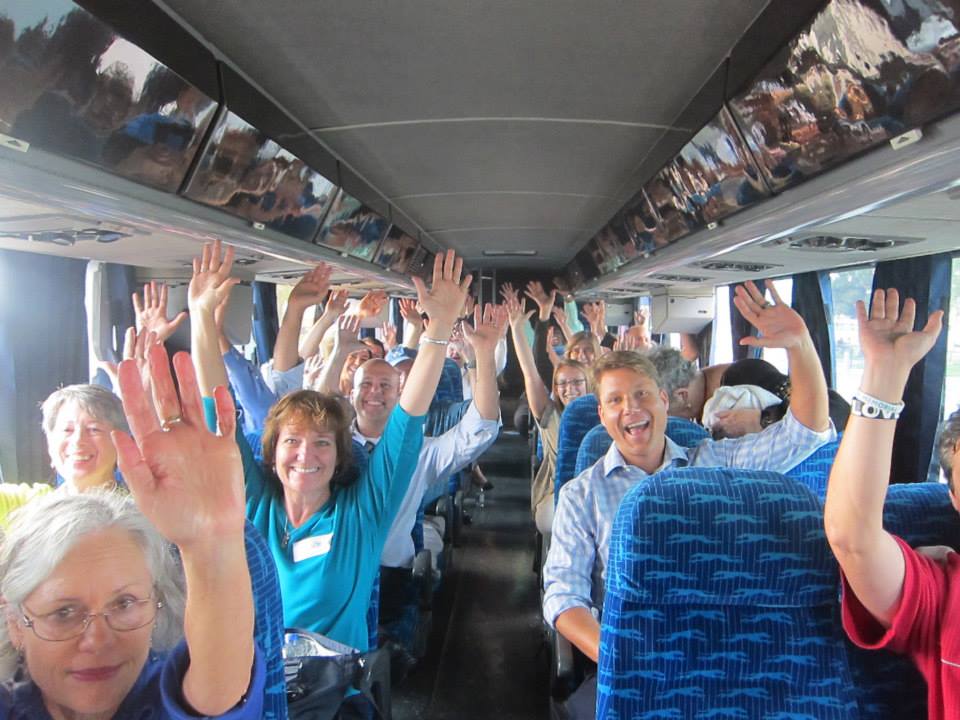
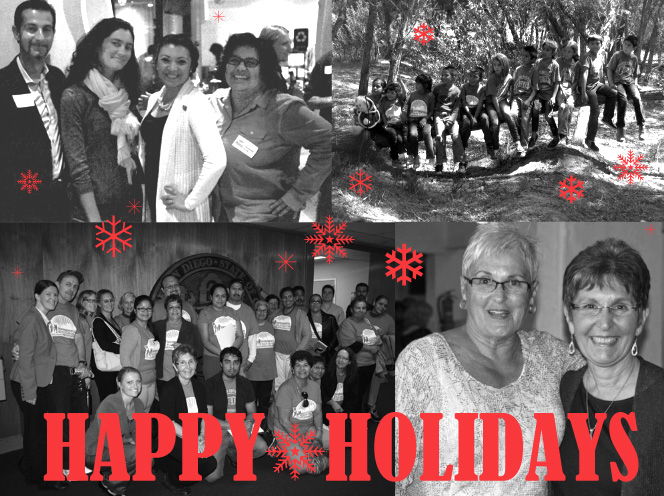
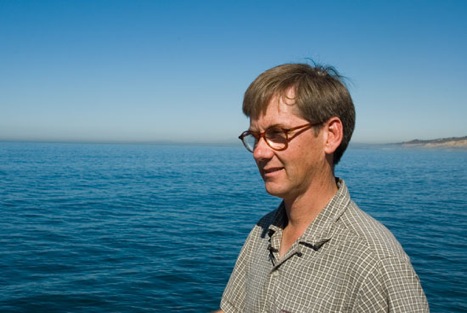
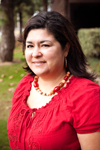 This story was originally published at
This story was originally published at 




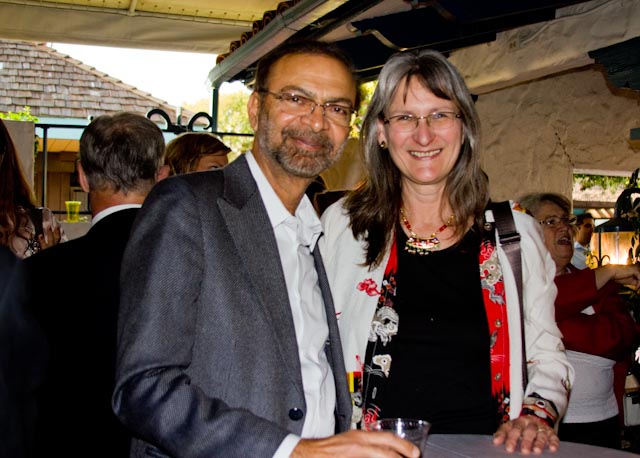
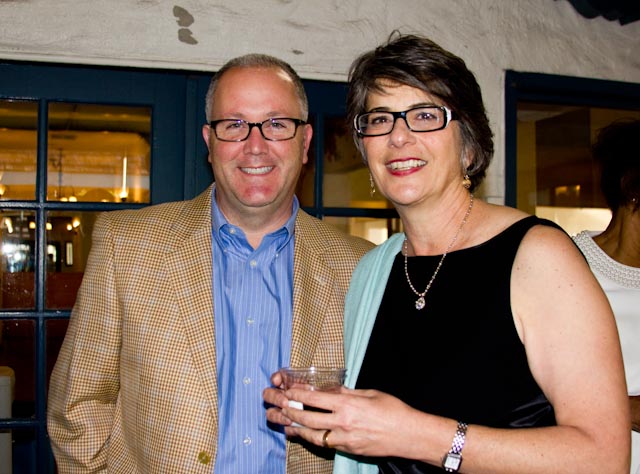
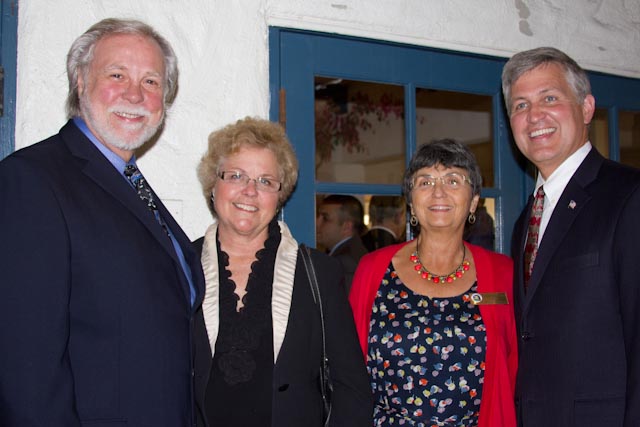
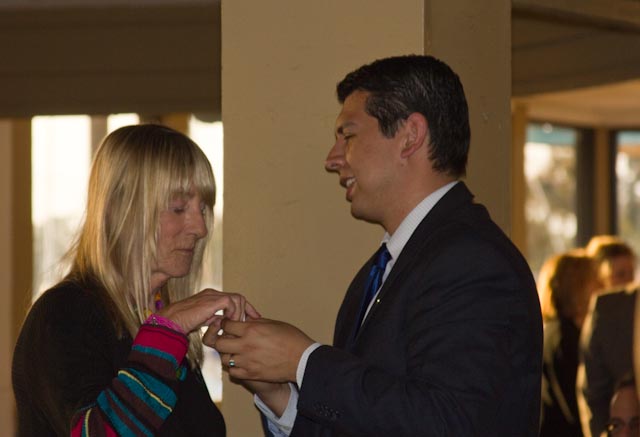
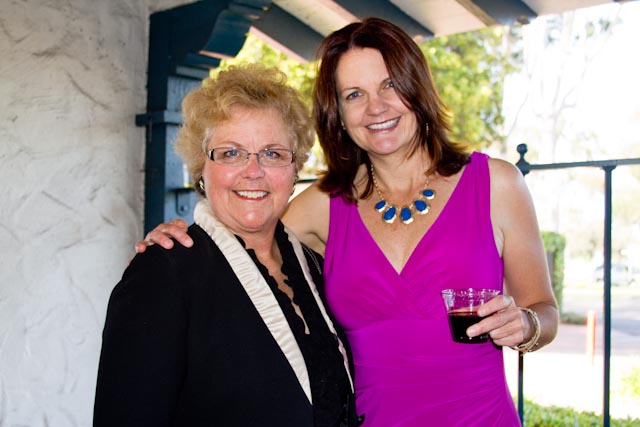
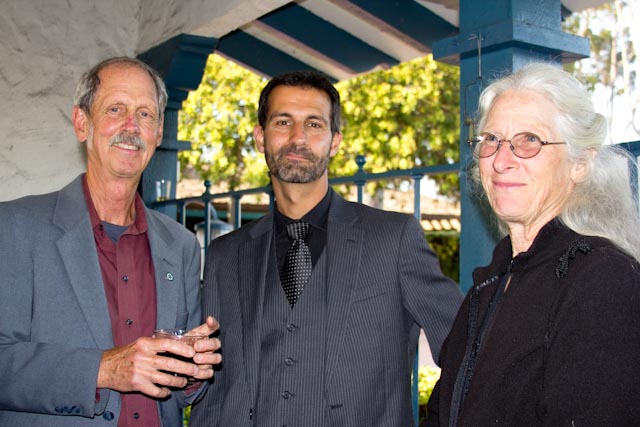
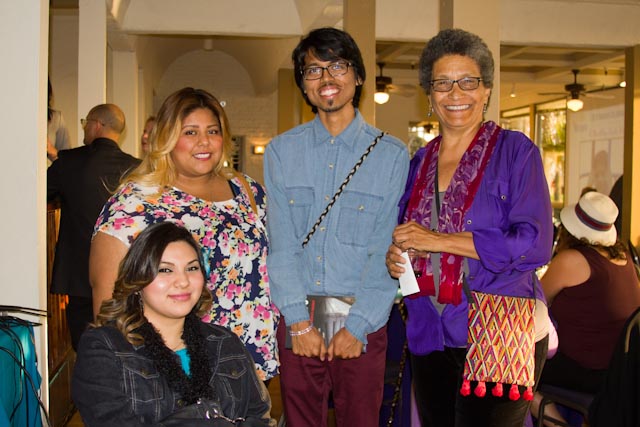
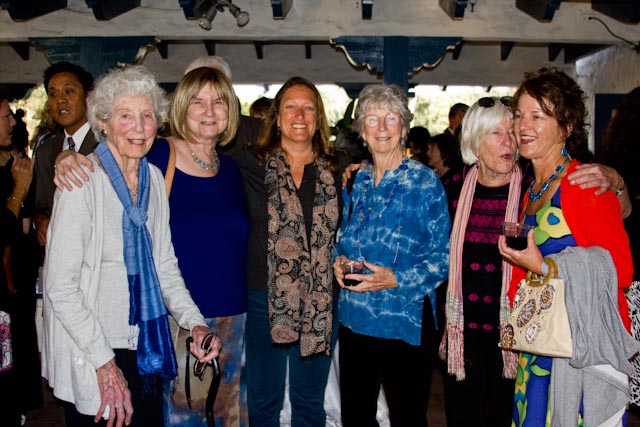
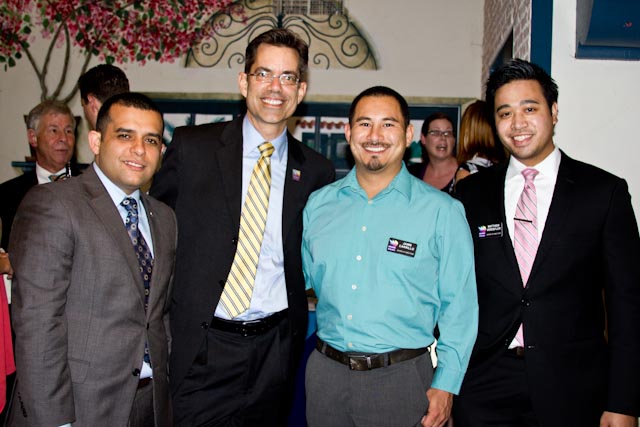
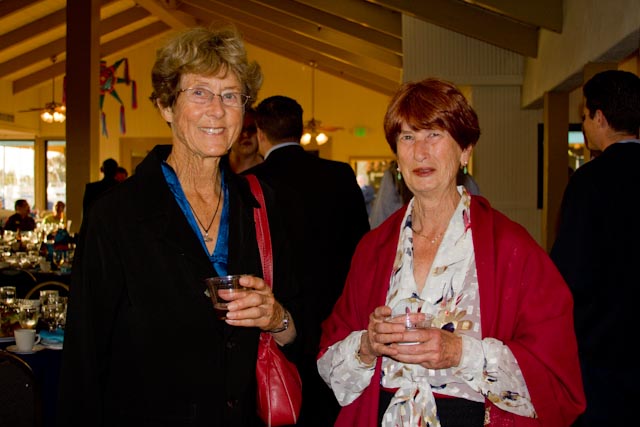
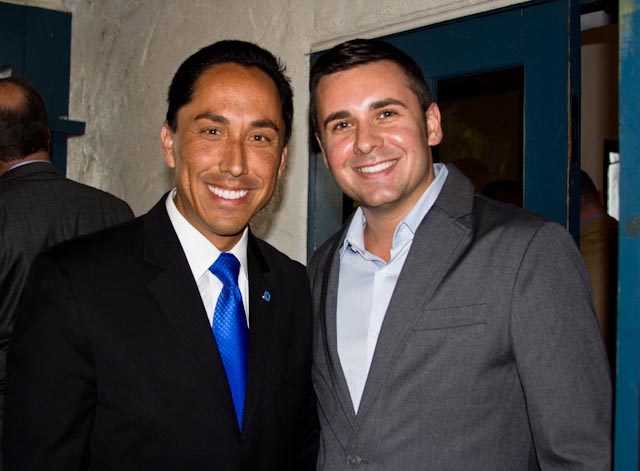
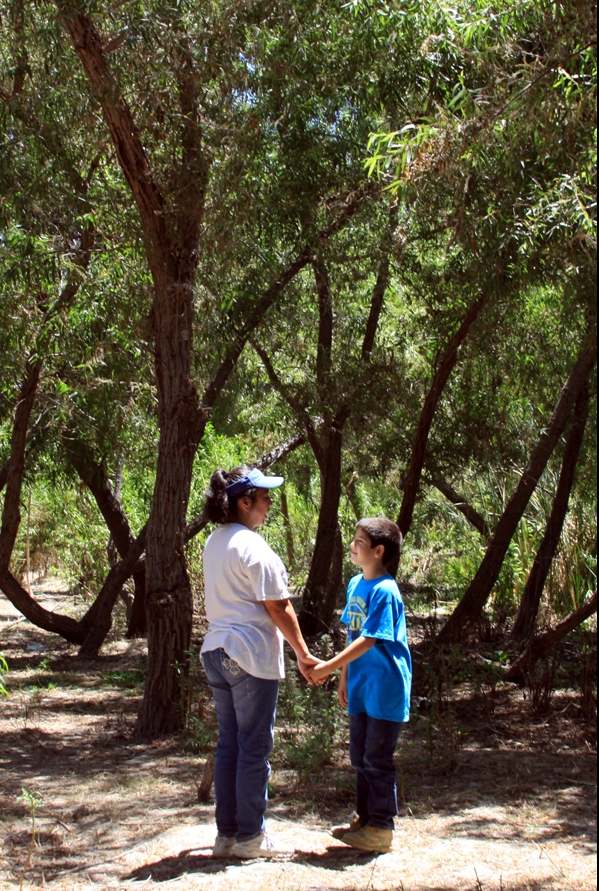
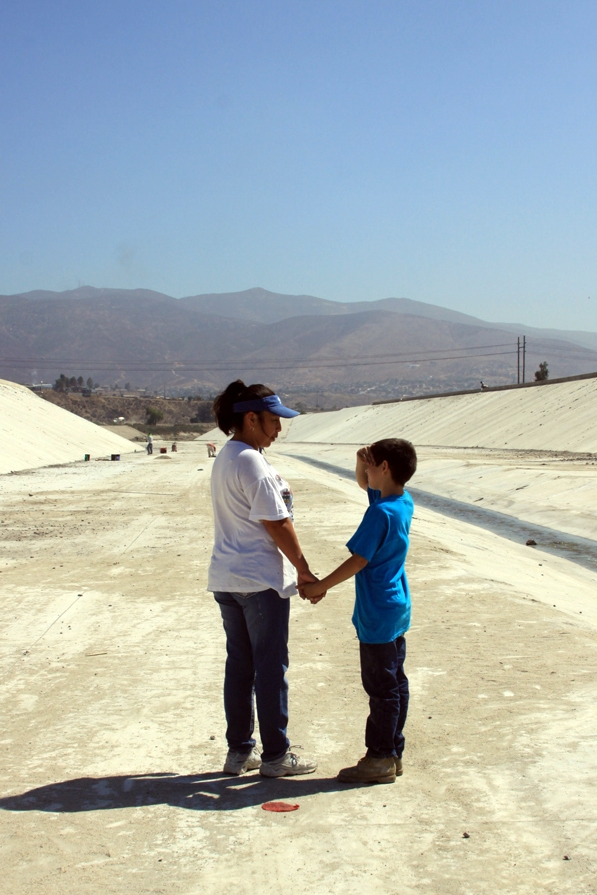 Ana es madre de dos hijos, un niño que acaba de entrar a la primaria y un adolescente. Viven en una casa pequeña cerca del Arroyo Alamar. Los tres son integrantes de la campaña del la frontera de
Ana es madre de dos hijos, un niño que acaba de entrar a la primaria y un adolescente. Viven en una casa pequeña cerca del Arroyo Alamar. Los tres son integrantes de la campaña del la frontera de 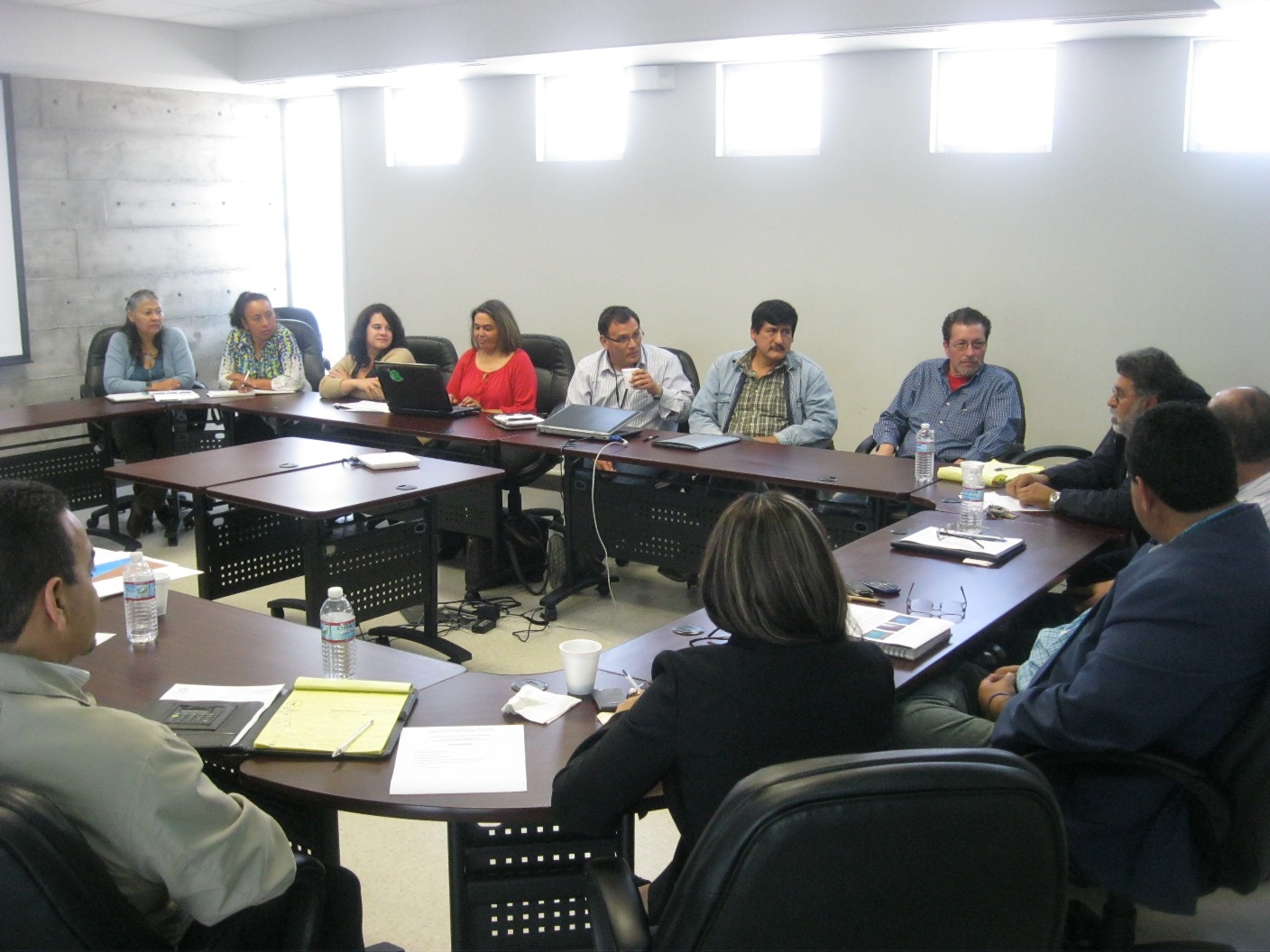 Recientemente se ha logrado consolidar la participación de la Secretaria de Protección al Ambiente del Estado como coordinador de la mesa técnica y se tiene la esperanza de que el tema suba a nivel regional, integrando a funcionarios y comunidad de ambos lados de la frontera, ya que el Arroyo Alamar, aunque está dentro de México, nace y termina en suelo norteamericano.
Recientemente se ha logrado consolidar la participación de la Secretaria de Protección al Ambiente del Estado como coordinador de la mesa técnica y se tiene la esperanza de que el tema suba a nivel regional, integrando a funcionarios y comunidad de ambos lados de la frontera, ya que el Arroyo Alamar, aunque está dentro de México, nace y termina en suelo norteamericano.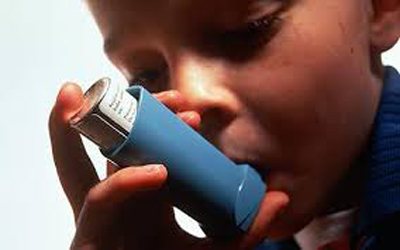 If you have a child with asthma, you are not alone. About 20 million Americans have asthma, and it is the leading cause of long-term
If you have a child with asthma, you are not alone. About 20 million Americans have asthma, and it is the leading cause of long-term 


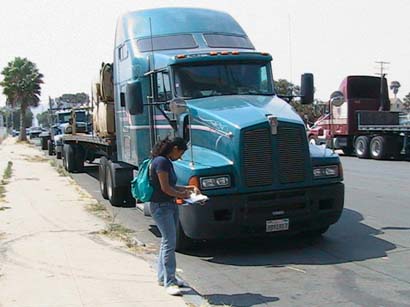
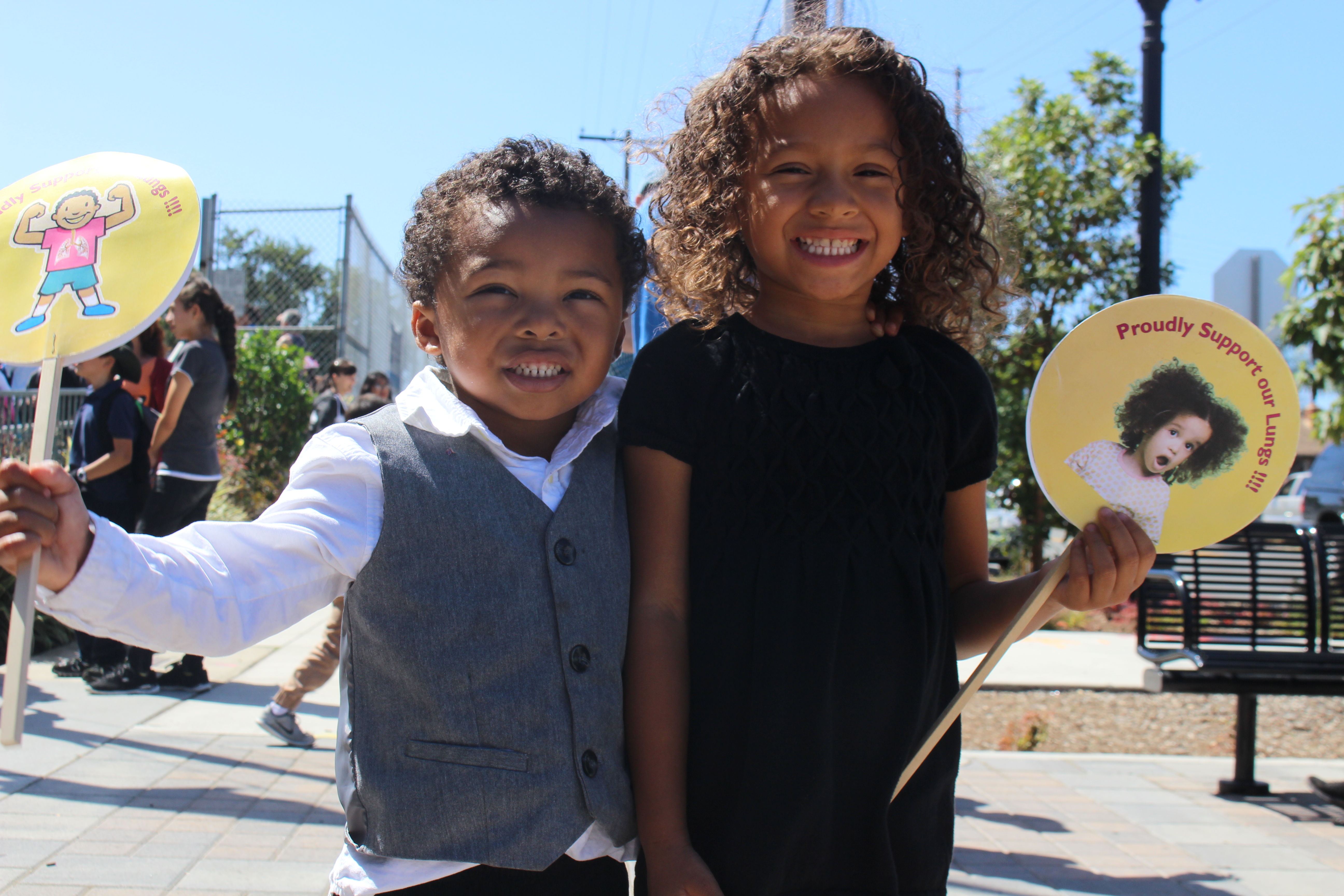

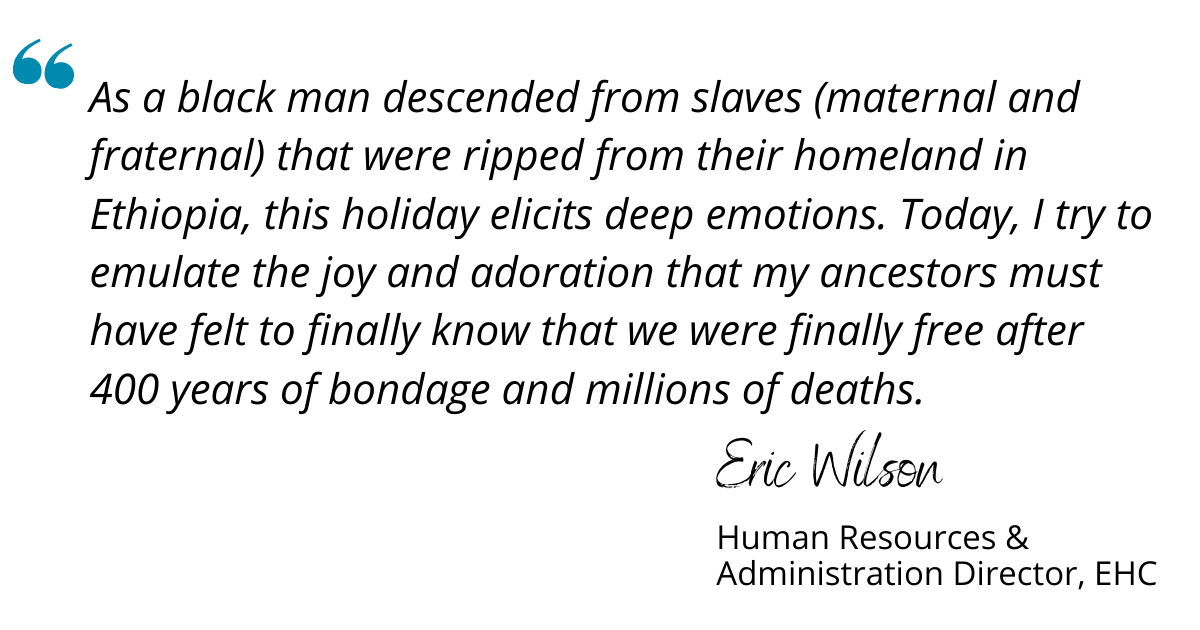

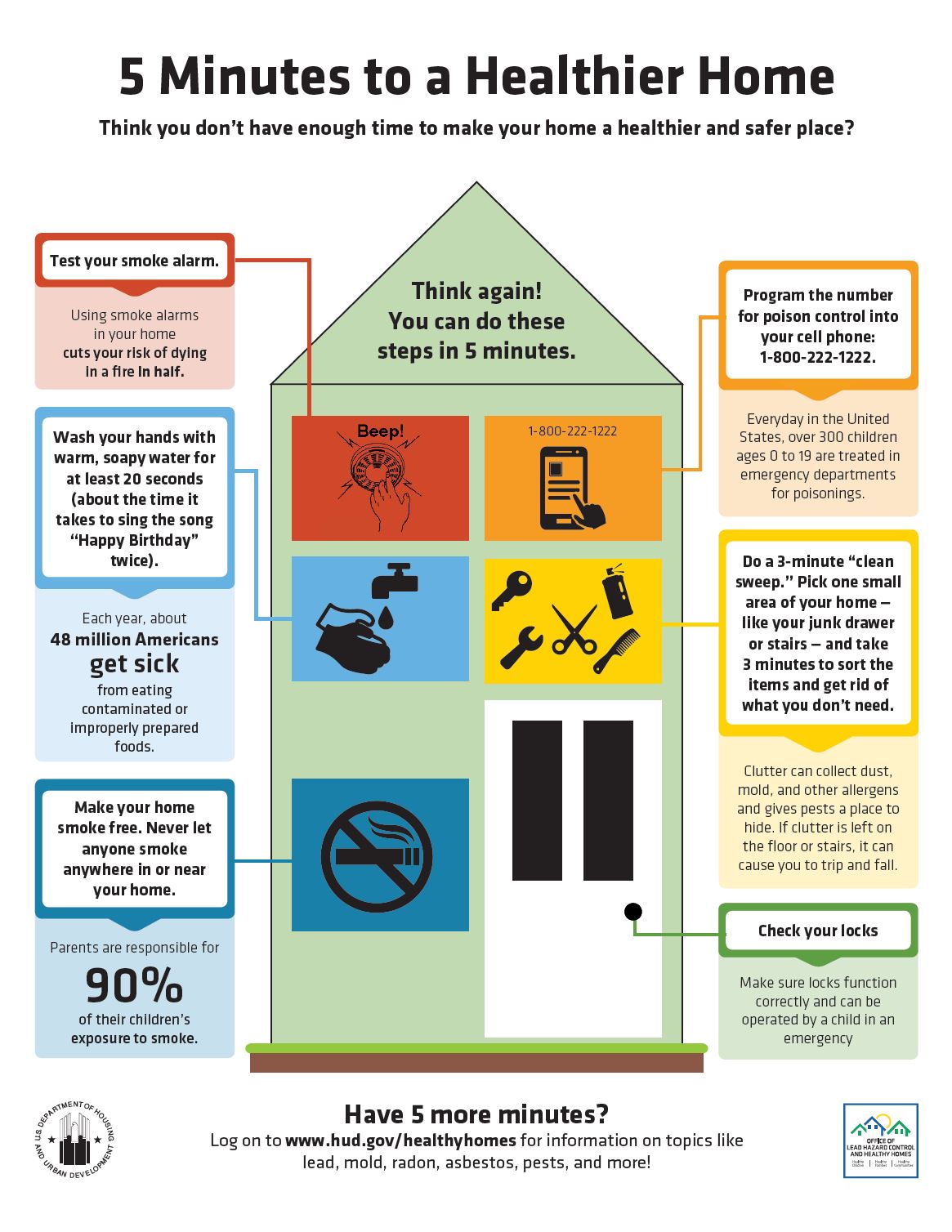
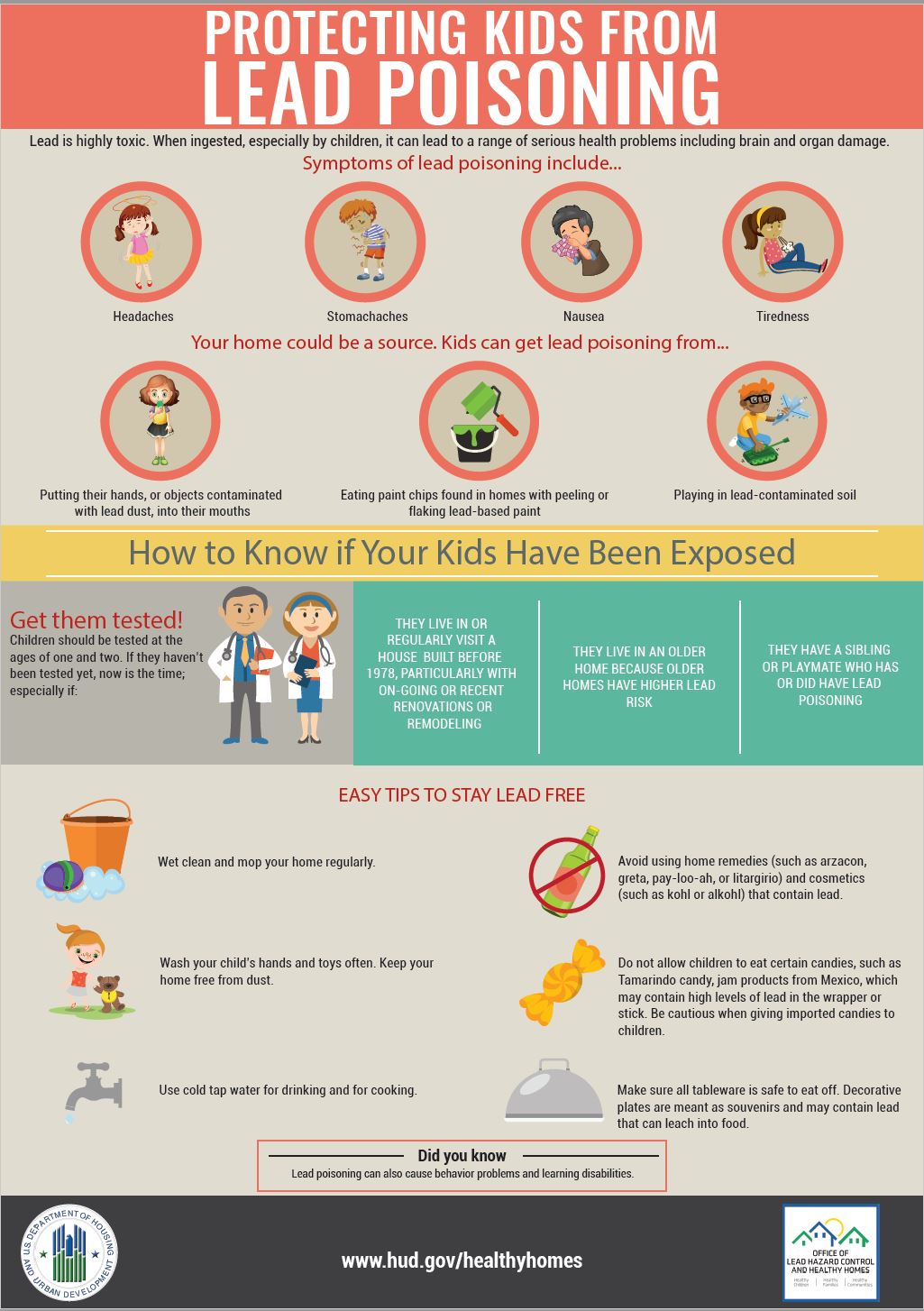
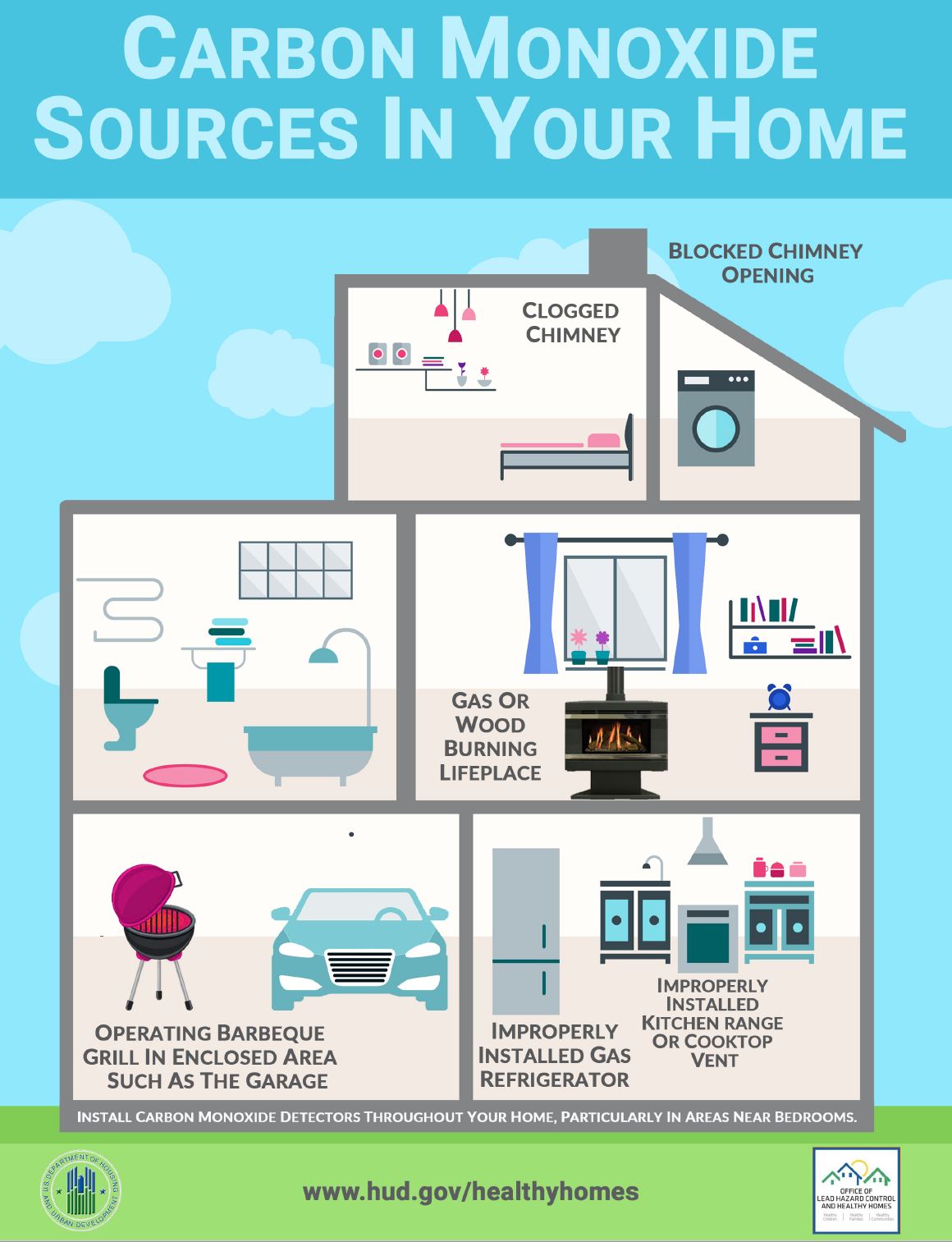
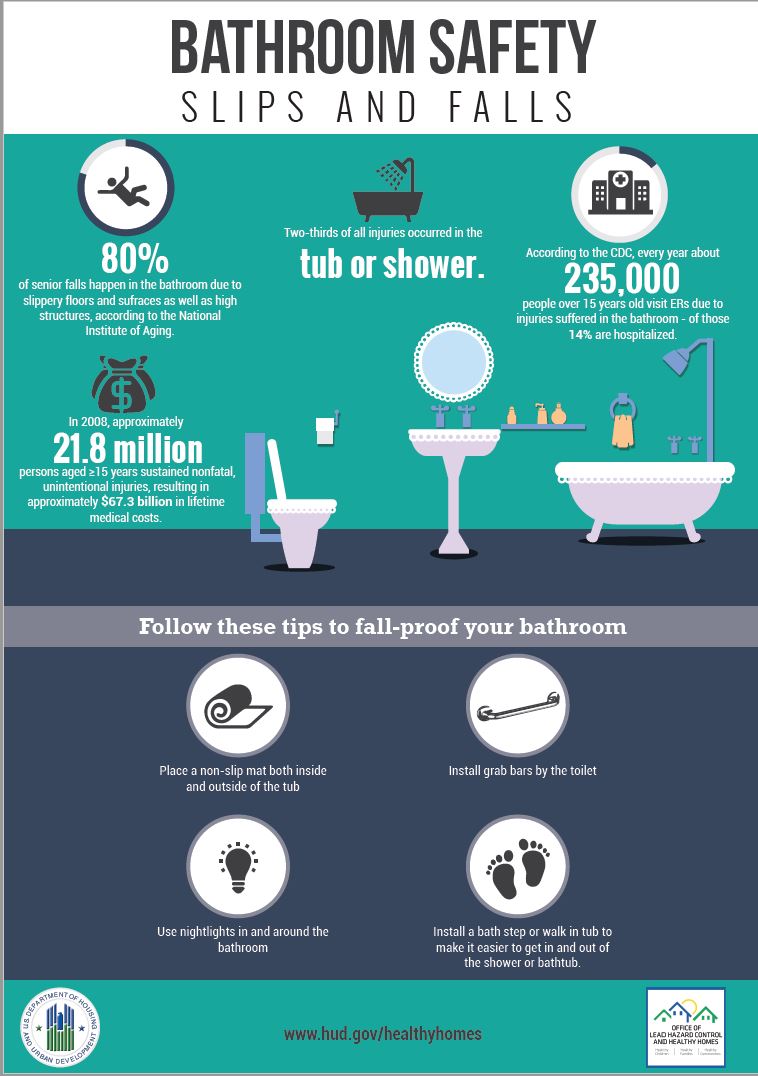
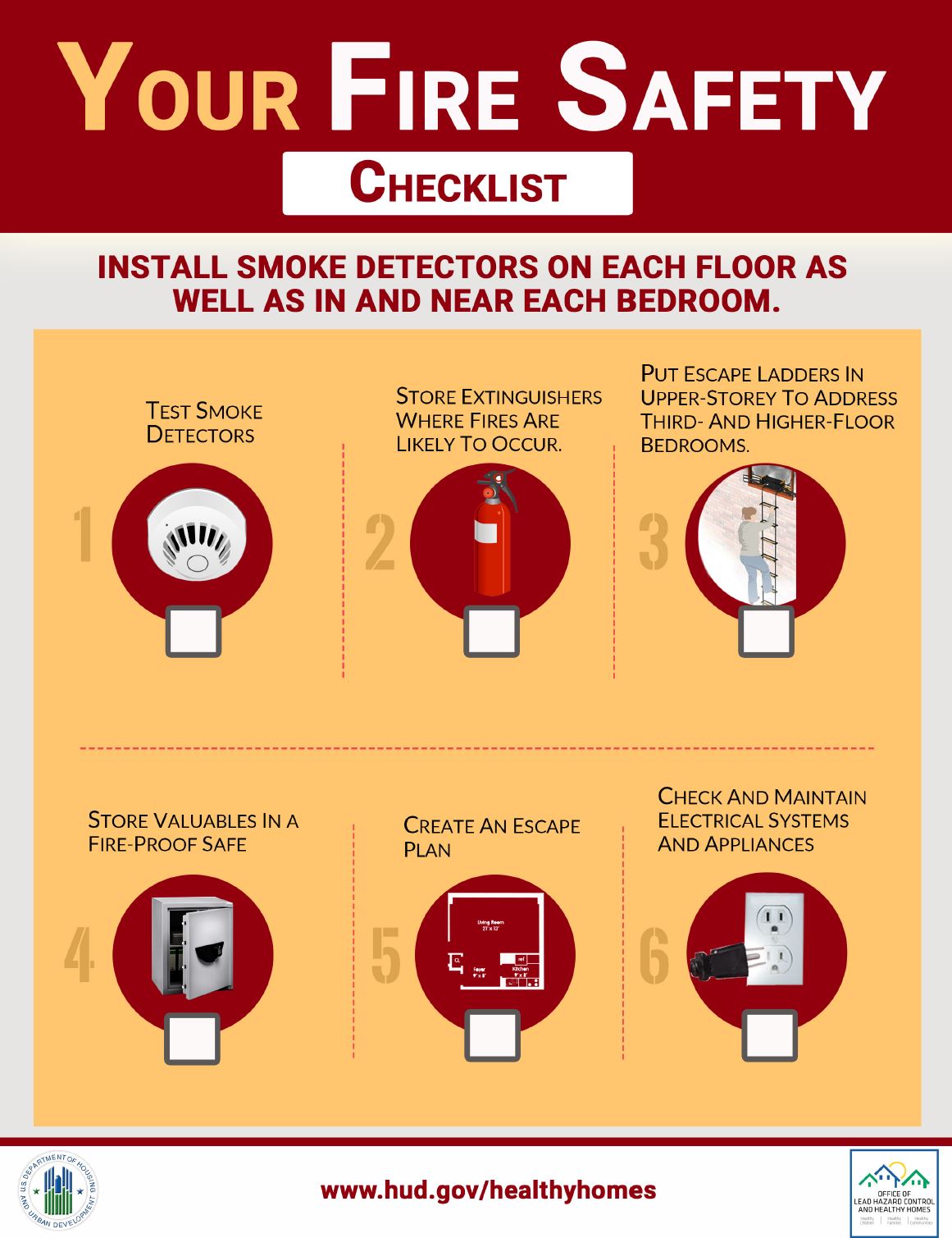

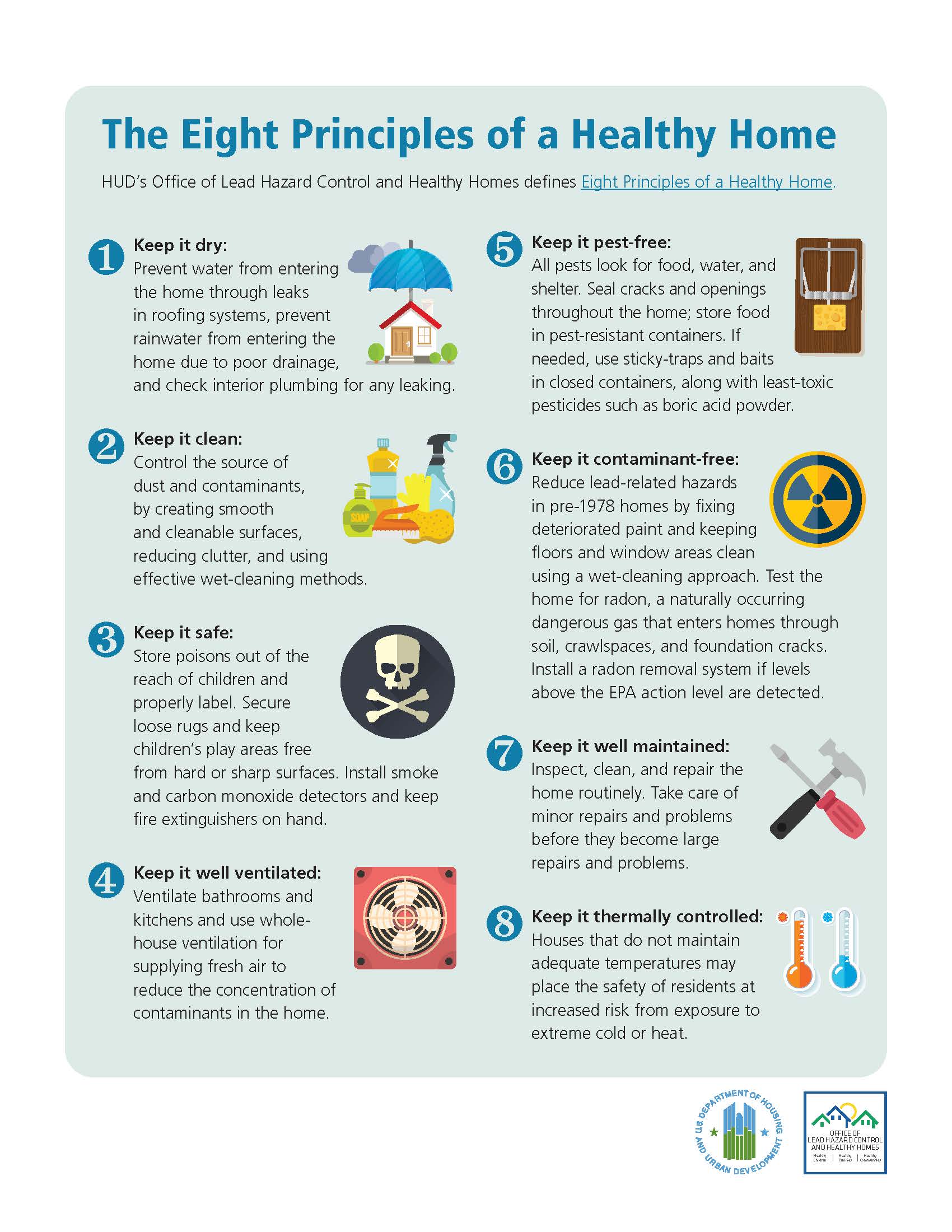
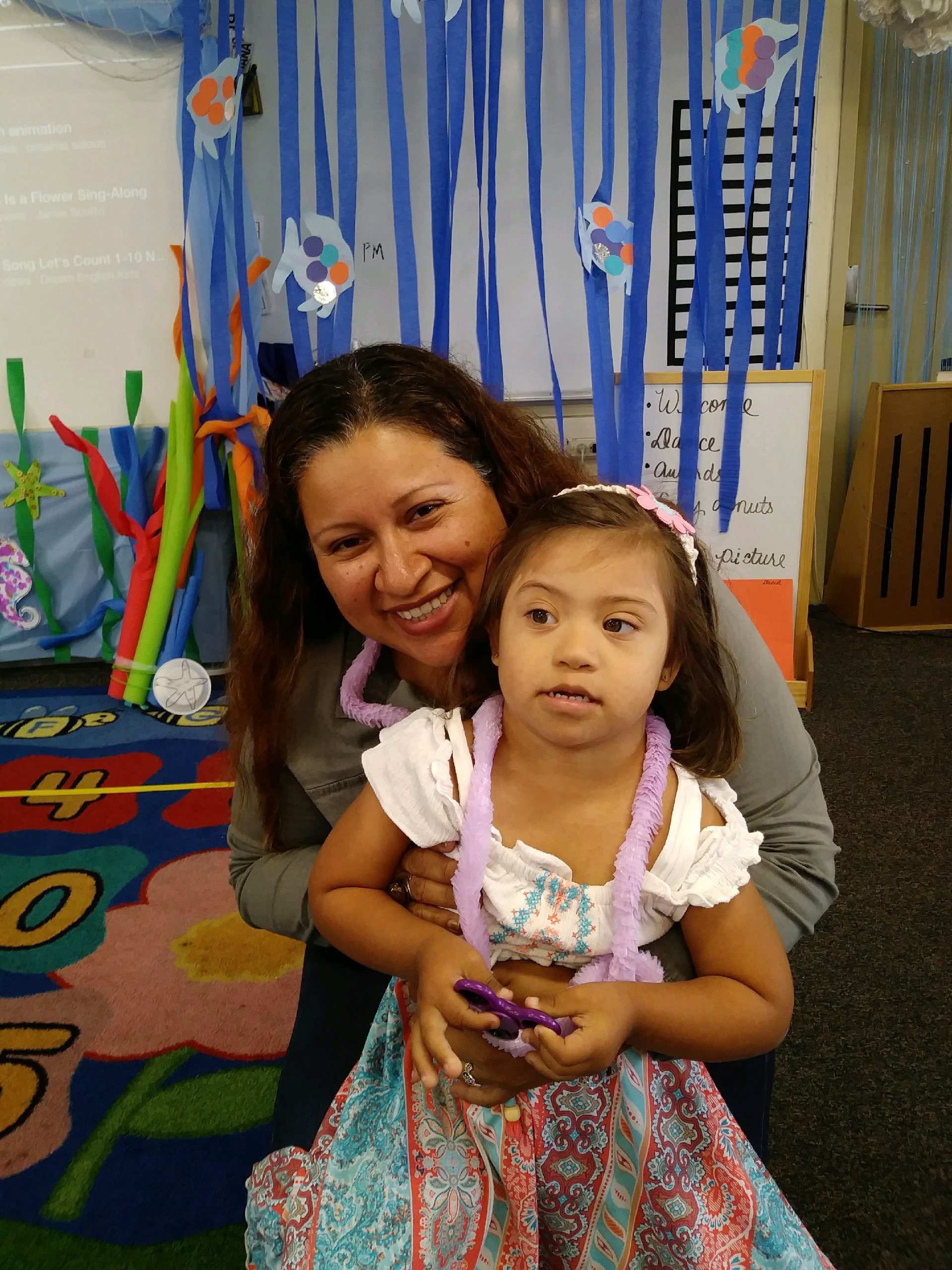
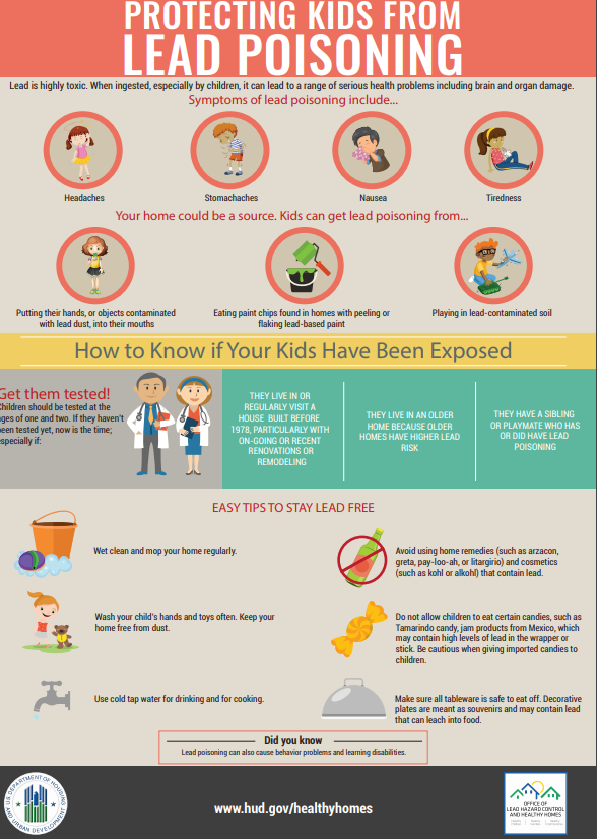
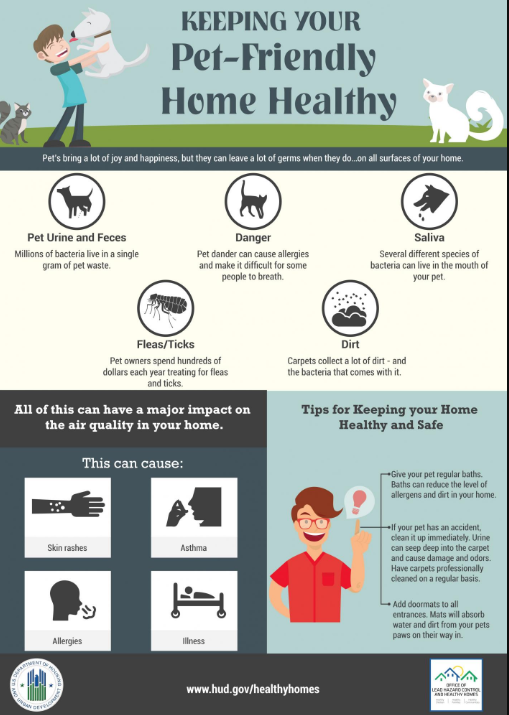
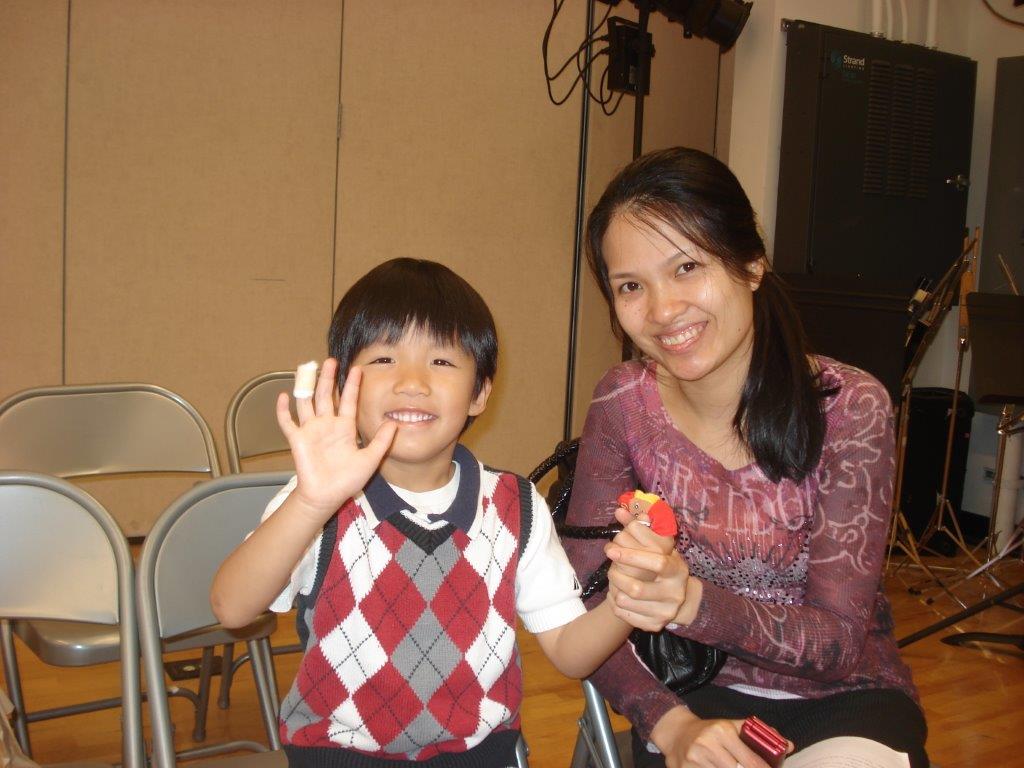
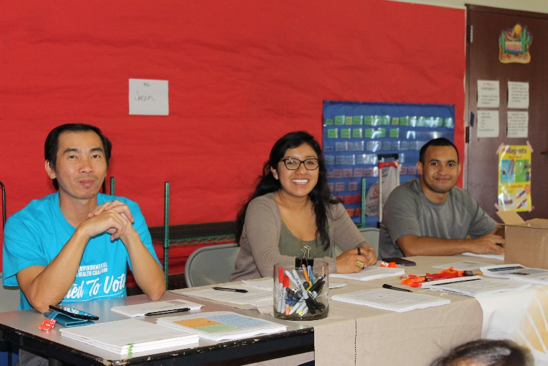
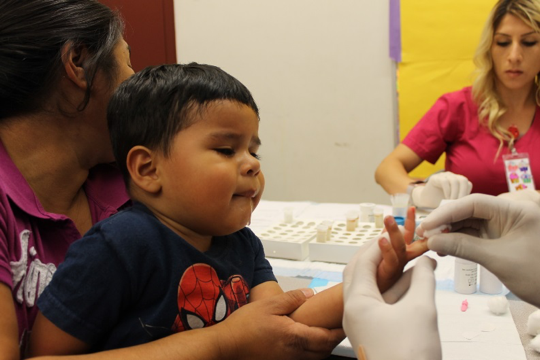
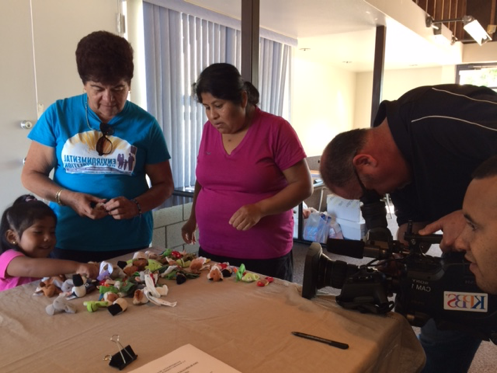
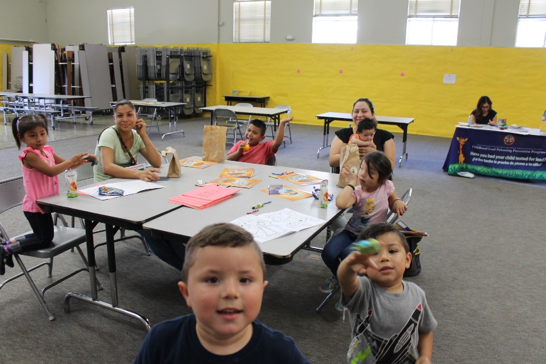
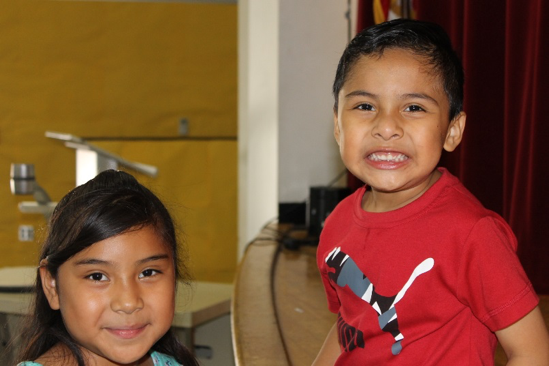

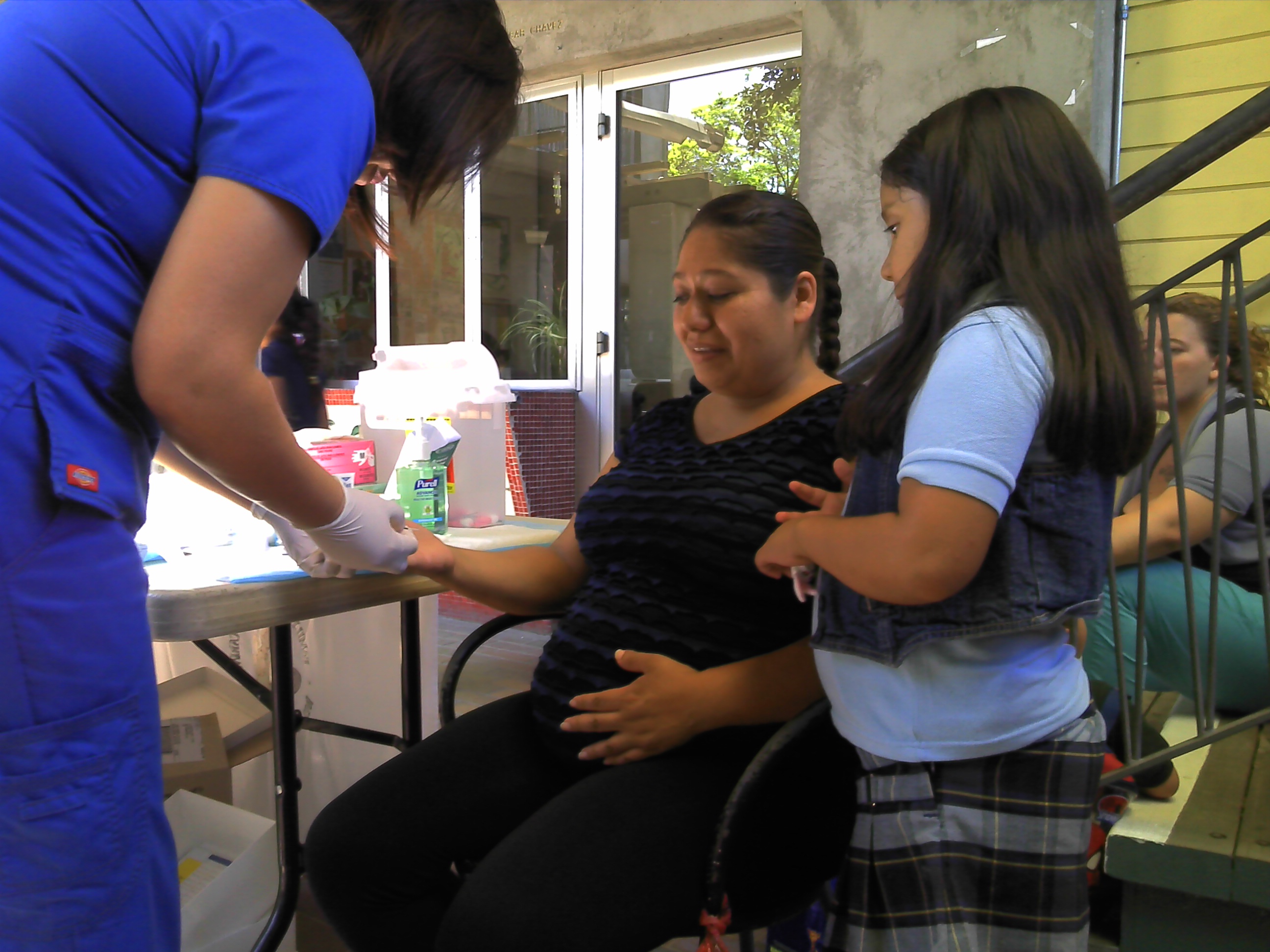 Last week we partnered with San Diego's Home Safe Home program and the
Last week we partnered with San Diego's Home Safe Home program and the 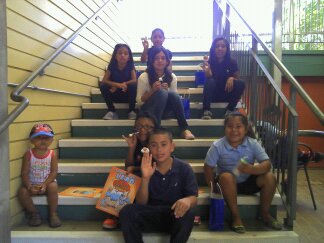 Did you know 75 percent of homes built before 1979 contain some lead-based paint? Lead is most commonly found on exterior-painted surfaces, interior woodwork, doors and windows. EHC recommends children get a blood-lead test every year until age six to prevent blood-lead poisoning.
Did you know 75 percent of homes built before 1979 contain some lead-based paint? Lead is most commonly found on exterior-painted surfaces, interior woodwork, doors and windows. EHC recommends children get a blood-lead test every year until age six to prevent blood-lead poisoning.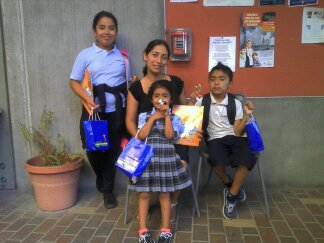
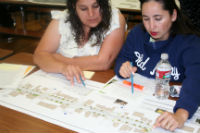 I never thought stop signs would mean so much in my life. Last week I joined the community of Old Town National City in celebrating the
I never thought stop signs would mean so much in my life. Last week I joined the community of Old Town National City in celebrating the 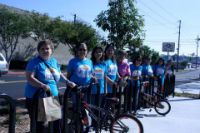 feel the joy, pride and sense of accomplishment with every step; the city had heard the community voice and listened. Residents confirmed how proud they were to have been involved in the planning process.
feel the joy, pride and sense of accomplishment with every step; the city had heard the community voice and listened. Residents confirmed how proud they were to have been involved in the planning process.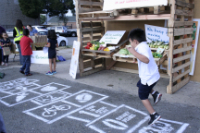 the student pick-up and drop-off area at the school and increase outdoor lighting and shading.
the student pick-up and drop-off area at the school and increase outdoor lighting and shading. 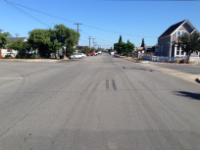
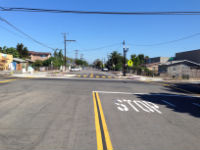

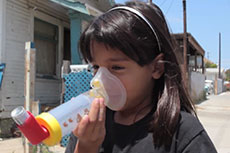
.jpeg) With these tips from our Healthy Homes Experts, you don't have to worry about your loved ones breathing toxic chemicals and you can have the
With these tips from our Healthy Homes Experts, you don't have to worry about your loved ones breathing toxic chemicals and you can have the 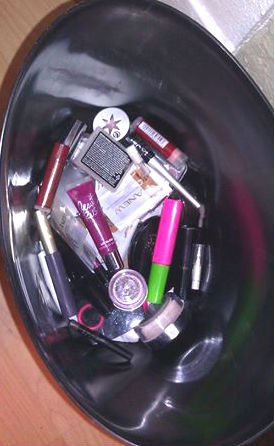

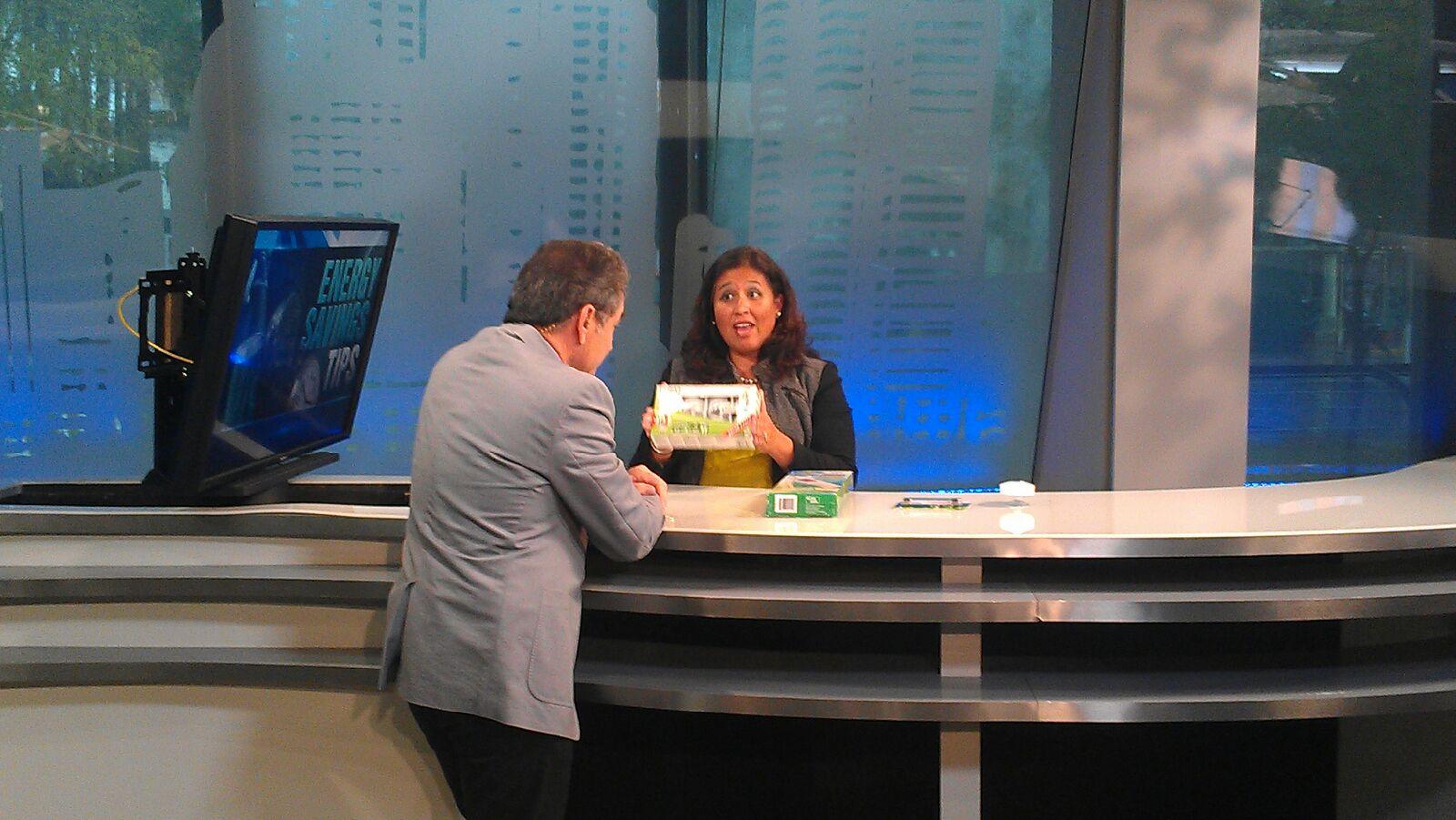
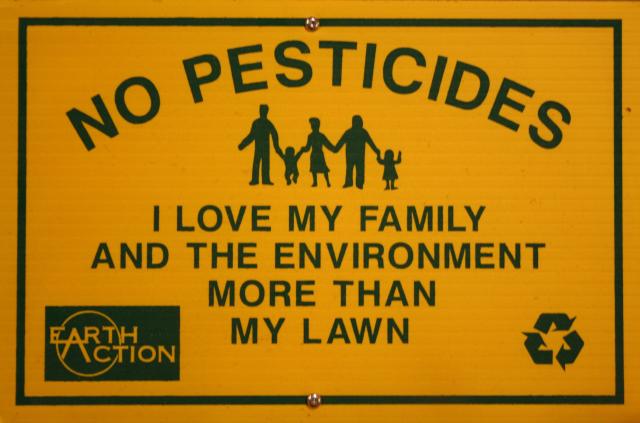

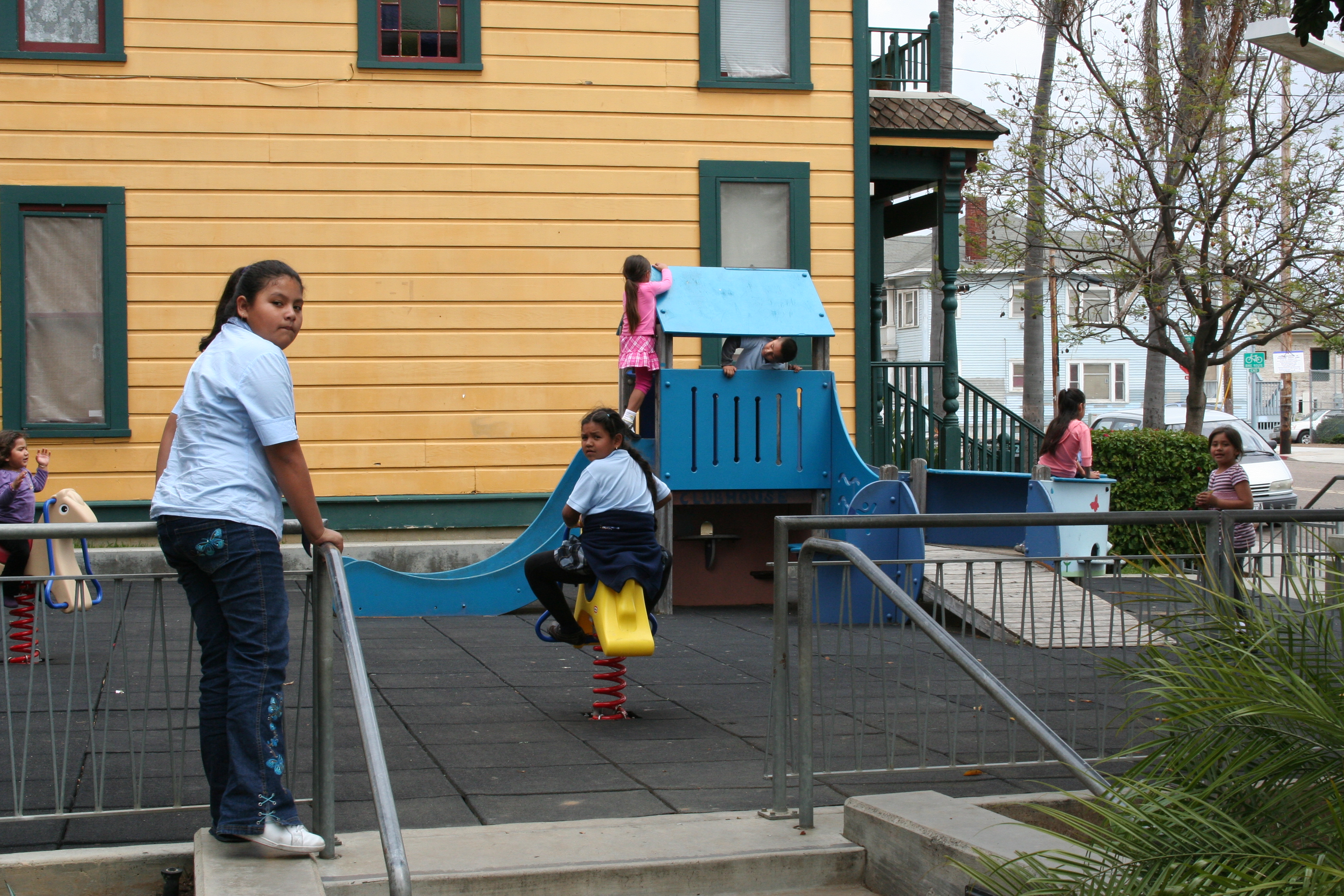 As the days get warmer, your kids and your inner child will head outside to enjoy the outdoors! Do you know if your play area is safe for your family?
As the days get warmer, your kids and your inner child will head outside to enjoy the outdoors! Do you know if your play area is safe for your family? 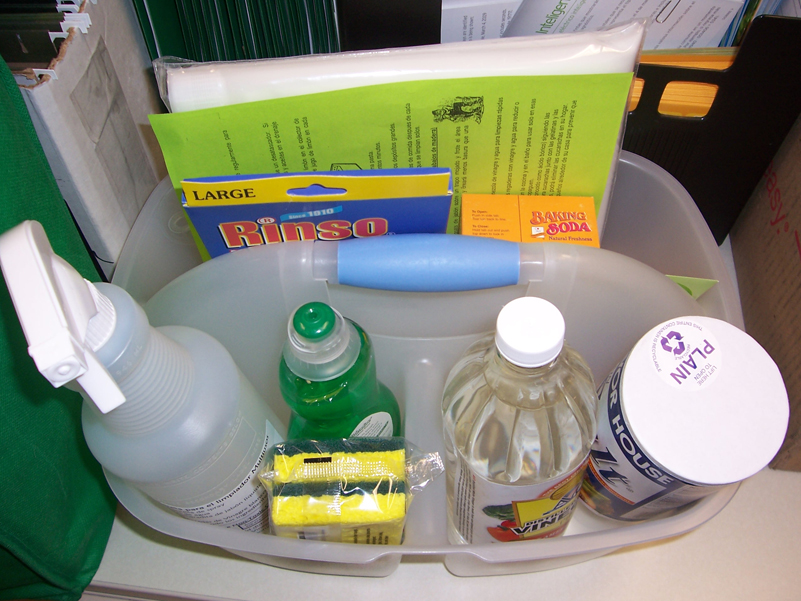
 On February 26, 2013, EHC, the San Diego Housing Commission and La Maestra Health Center hosted a blood lead testing event for kids at King Chavez Primary Academy. This was our seventh blood lead testing event, testing 79 kids and bringing the total up to 542 for the program since October 2010. The testing events help families know if their children have any levels of lead in their blood and provide education on
On February 26, 2013, EHC, the San Diego Housing Commission and La Maestra Health Center hosted a blood lead testing event for kids at King Chavez Primary Academy. This was our seventh blood lead testing event, testing 79 kids and bringing the total up to 542 for the program since October 2010. The testing events help families know if their children have any levels of lead in their blood and provide education on 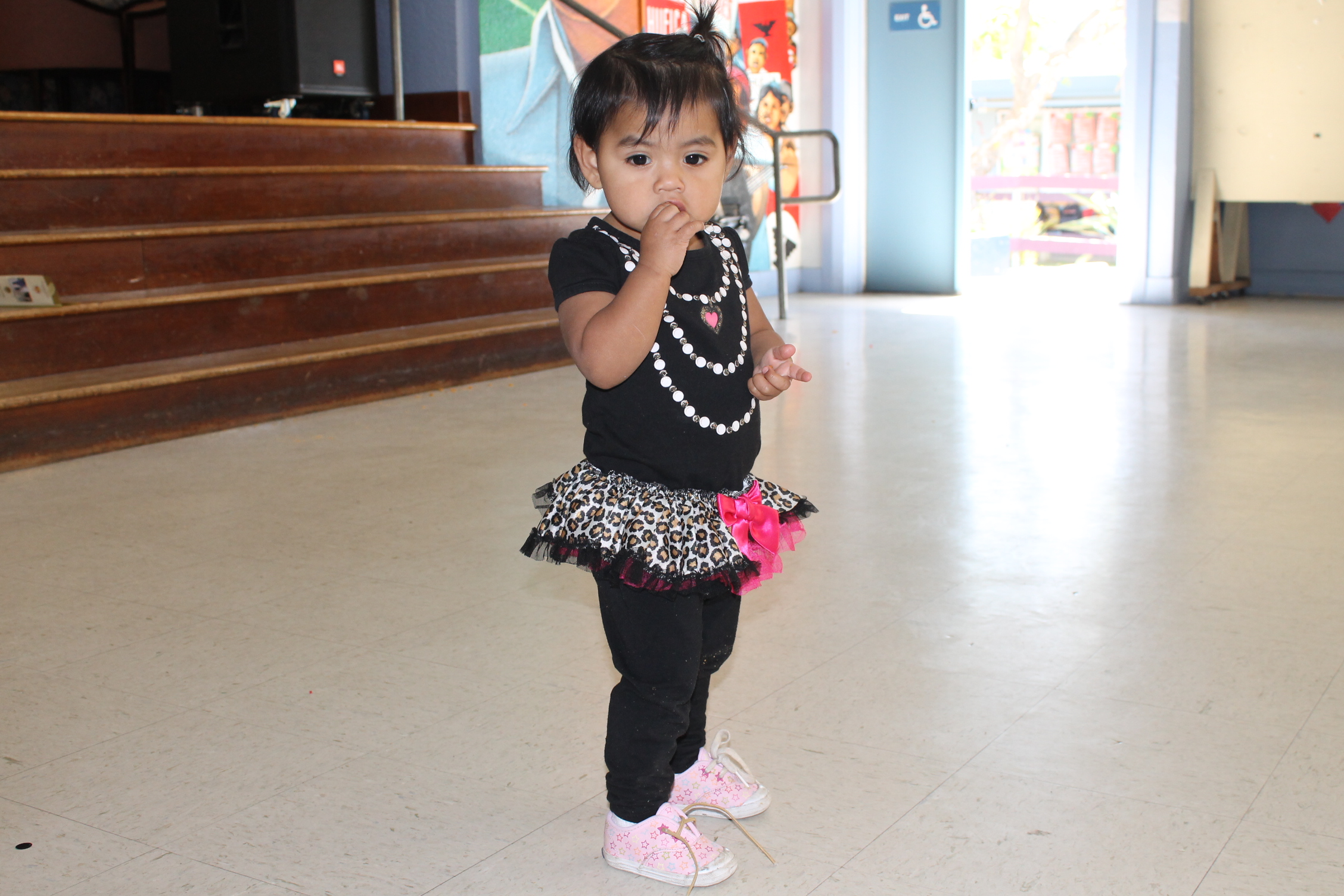


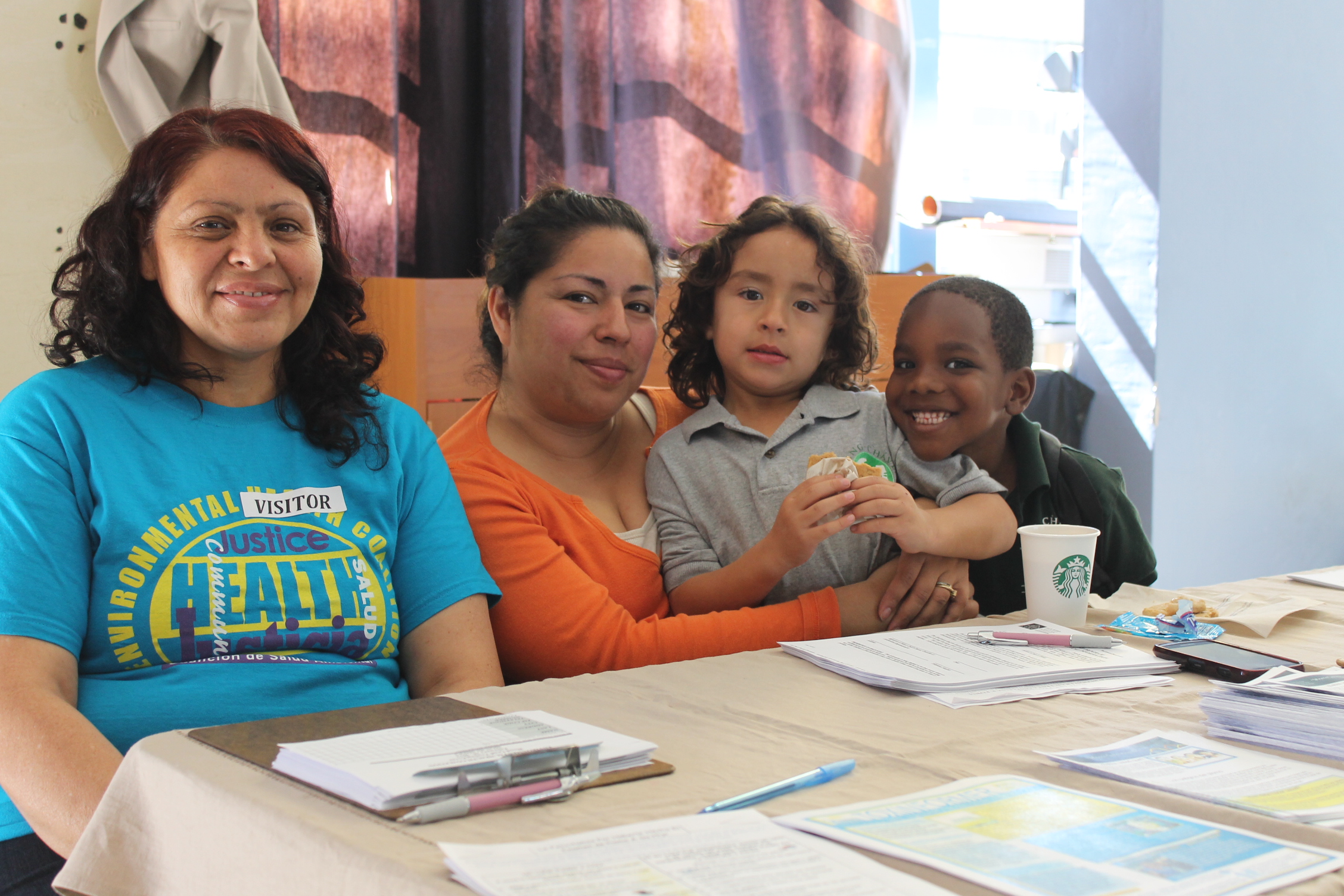
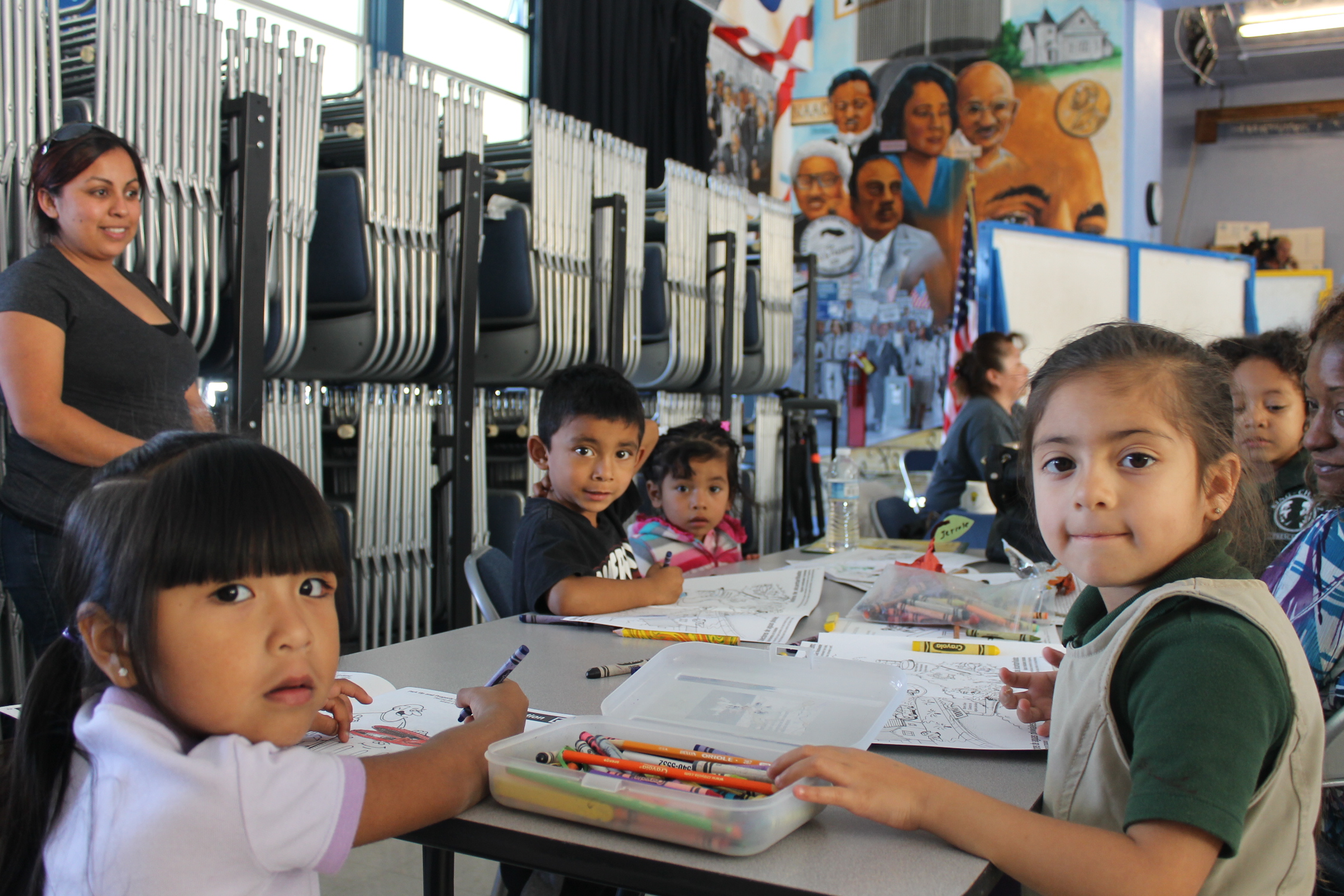
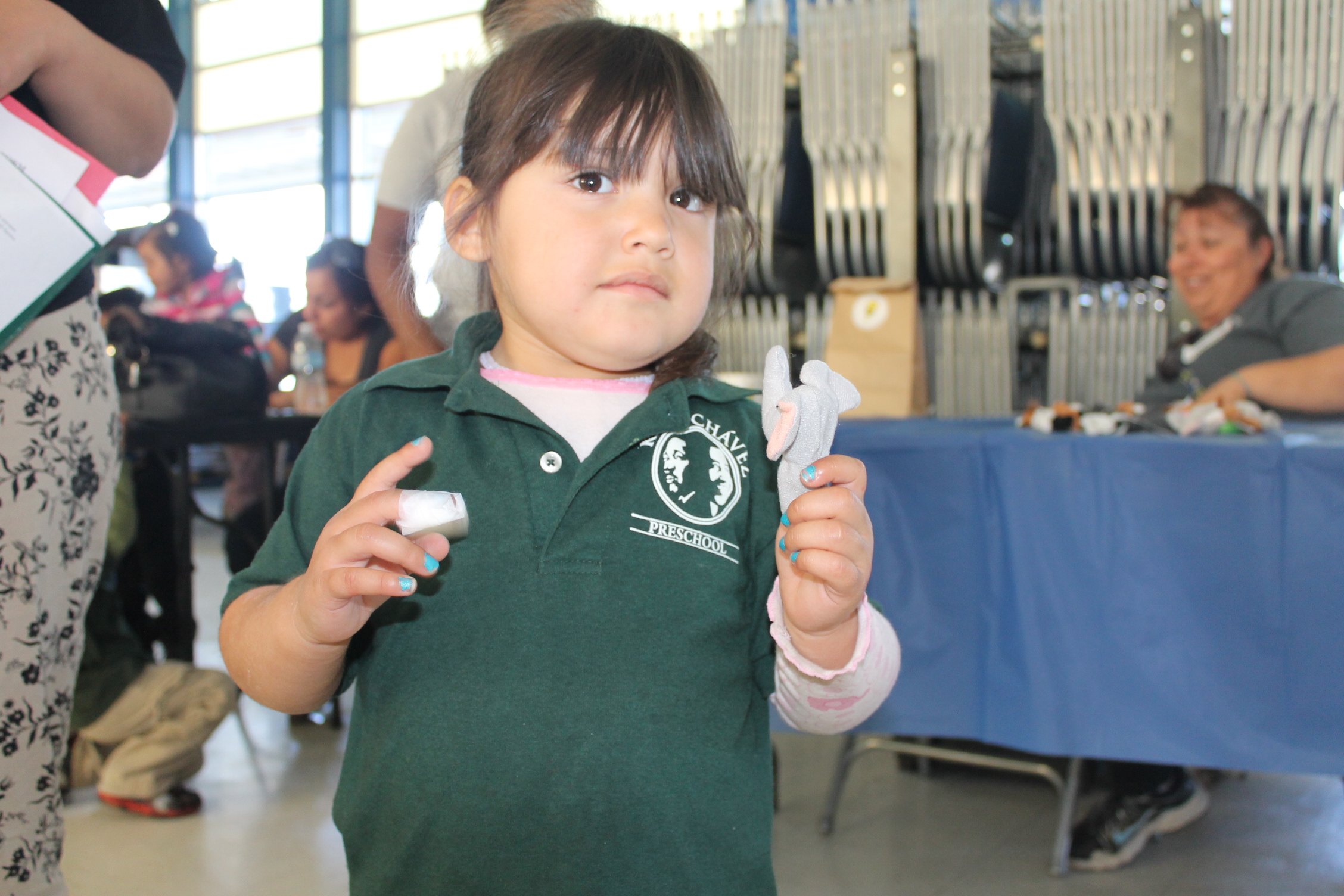
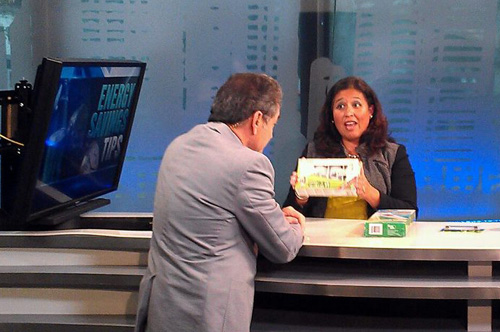
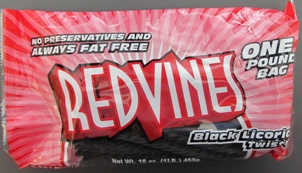
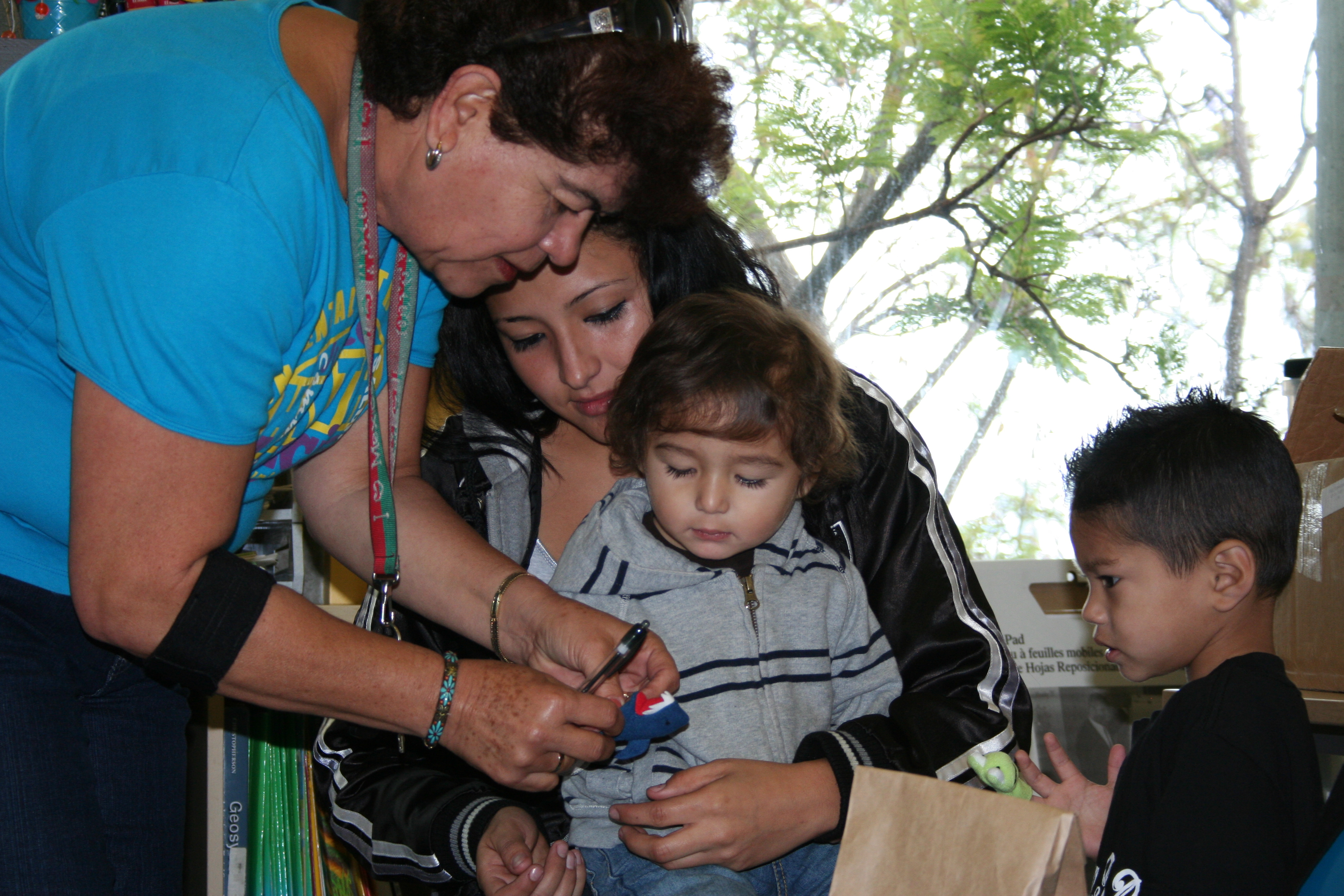

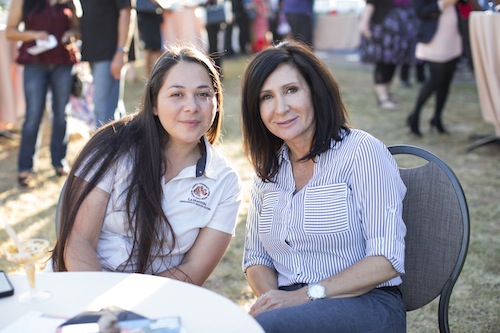
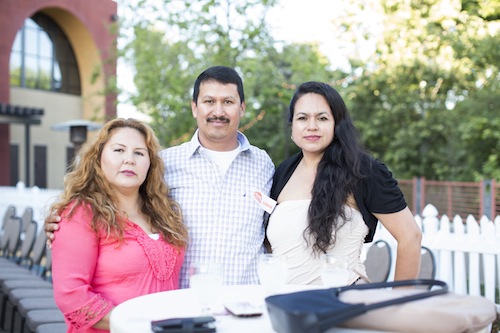
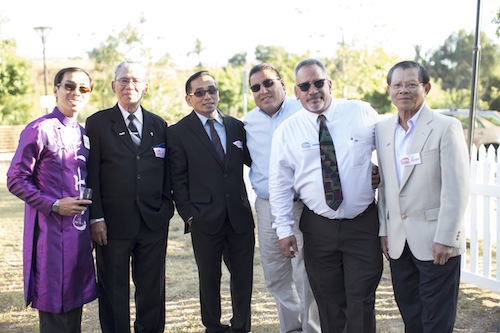
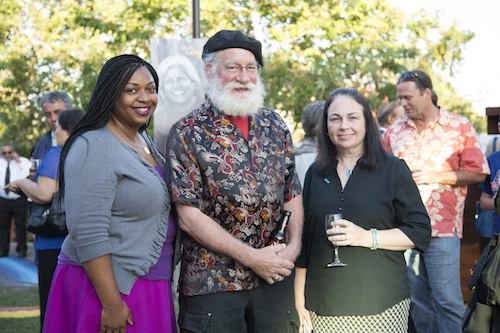
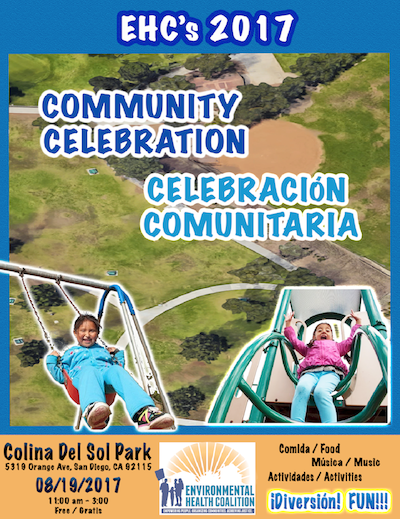
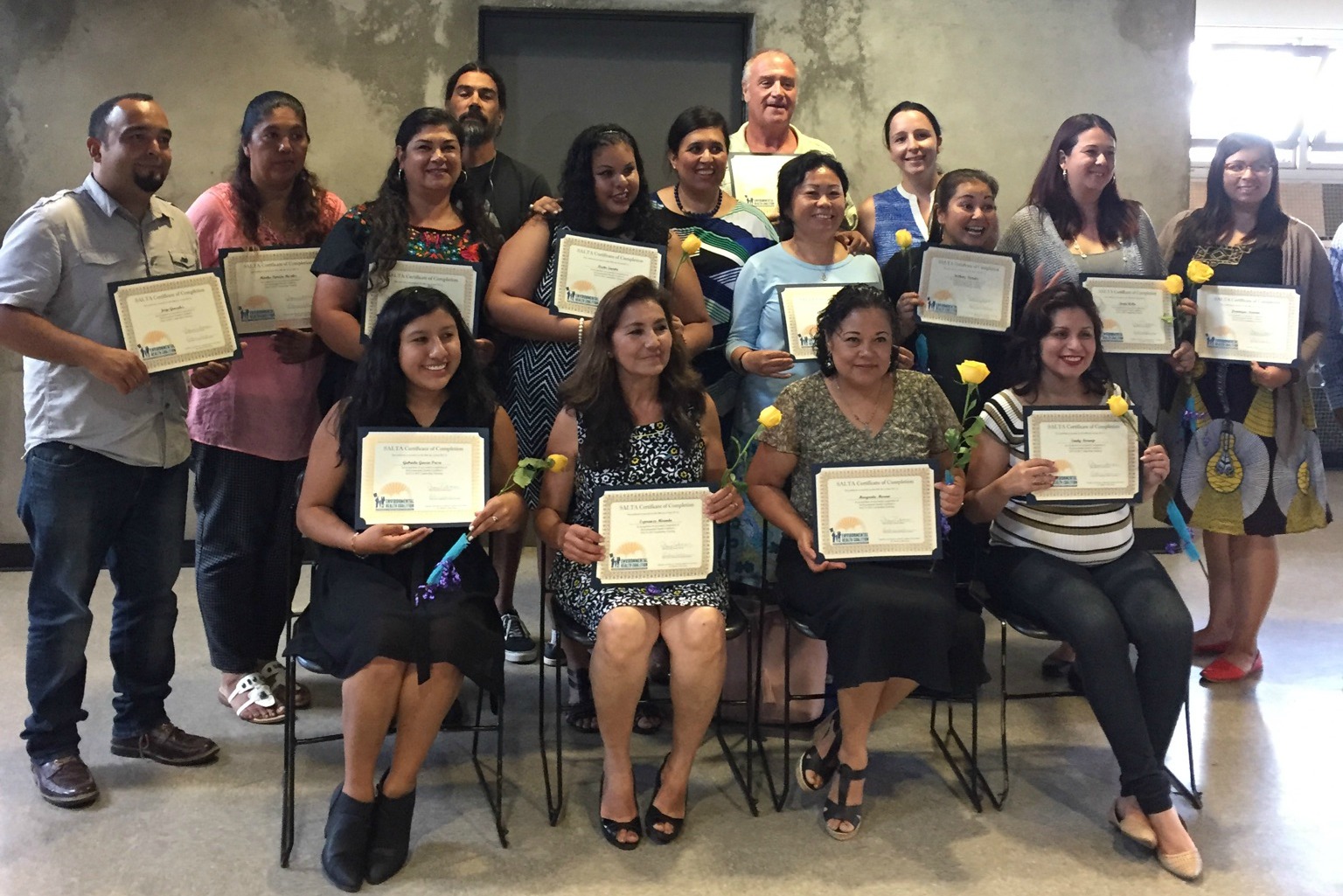

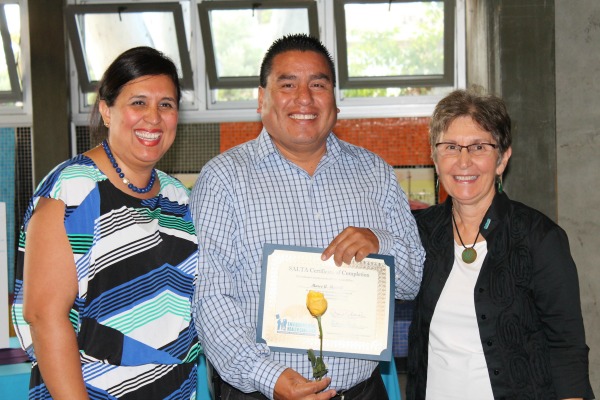
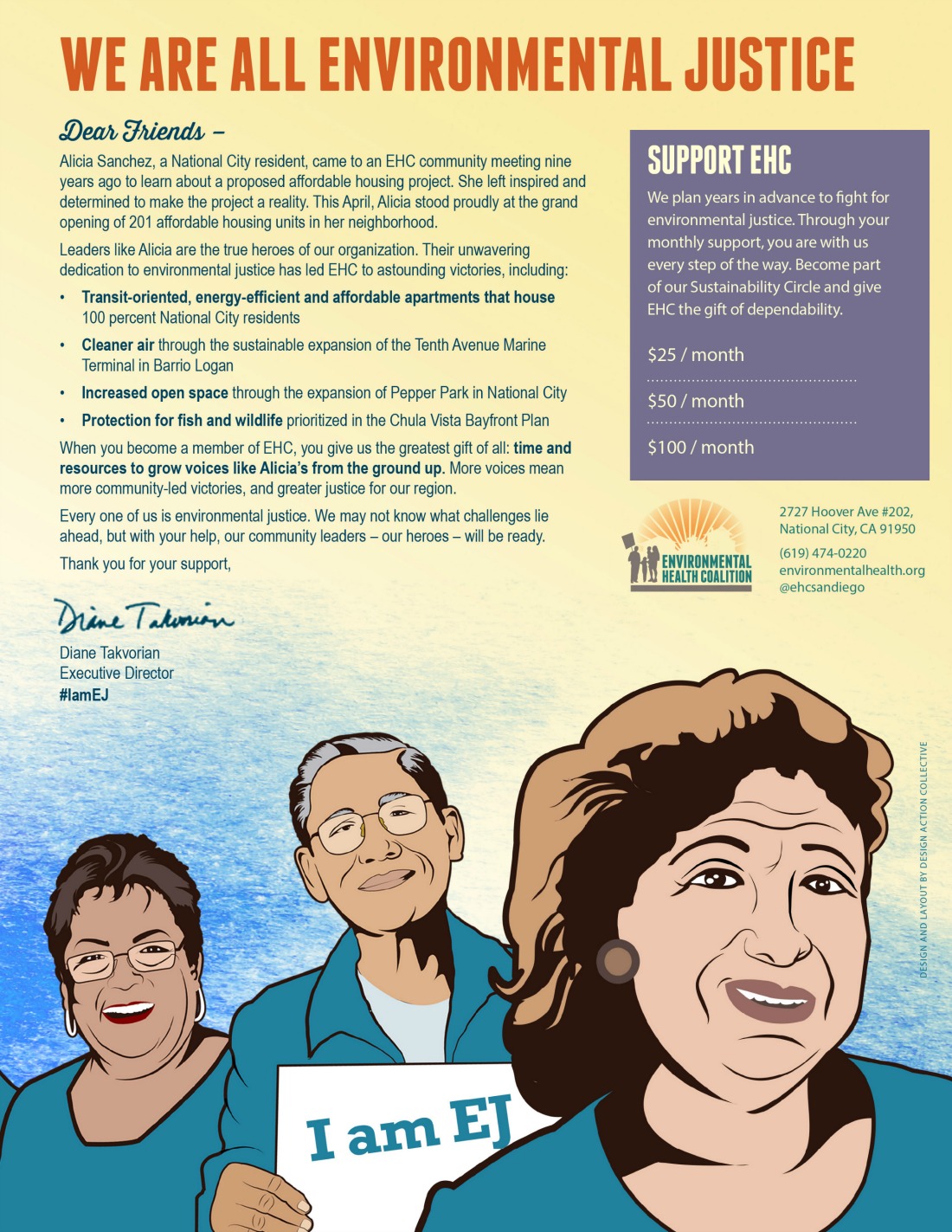
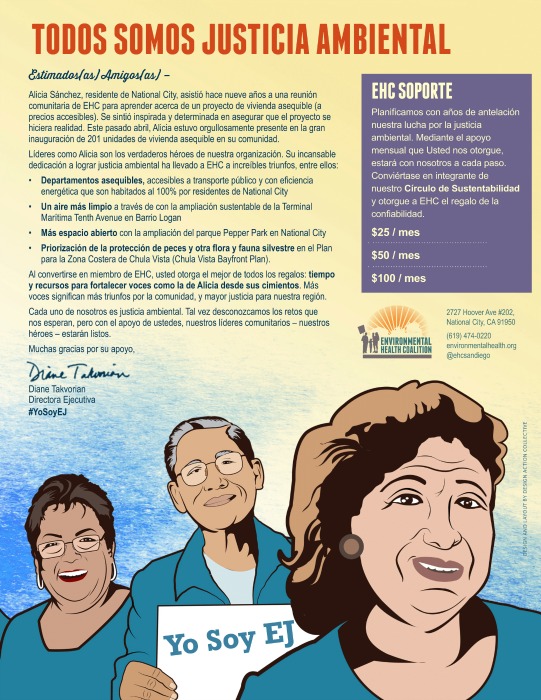
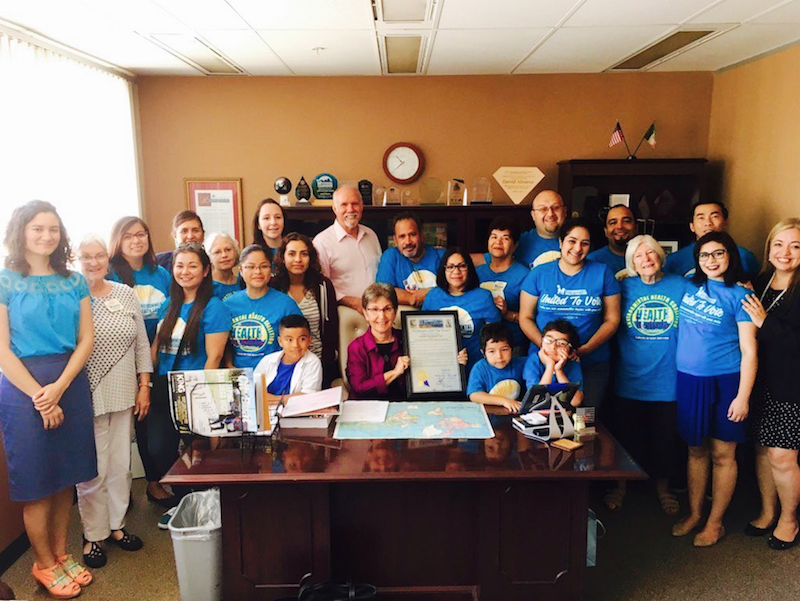
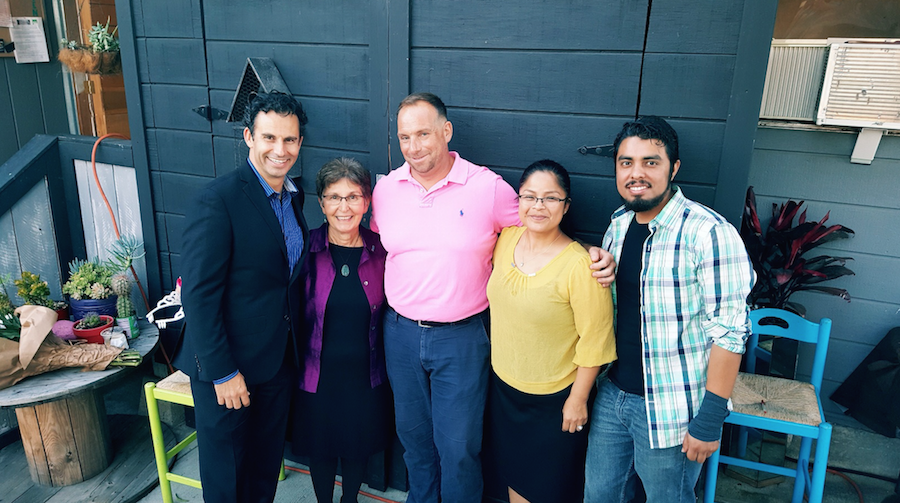
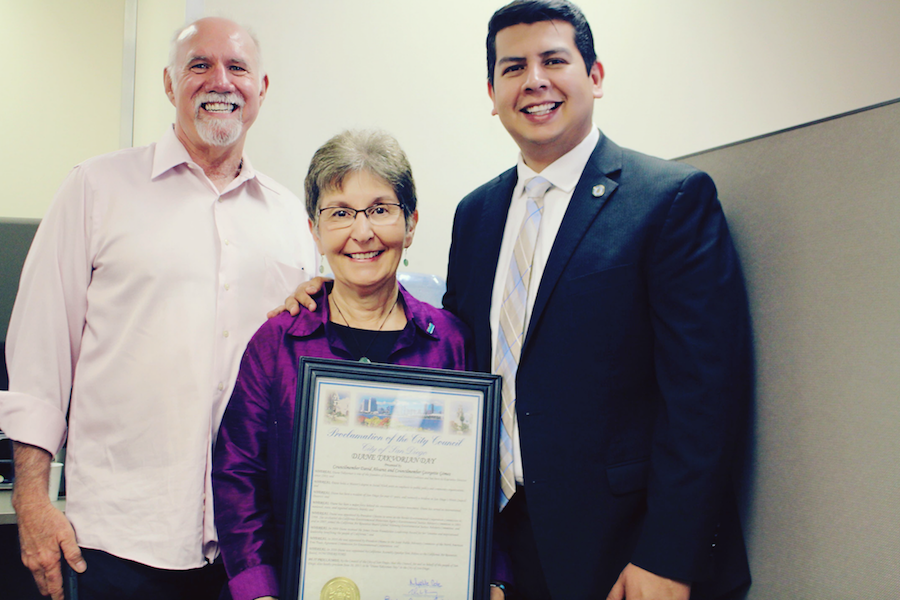
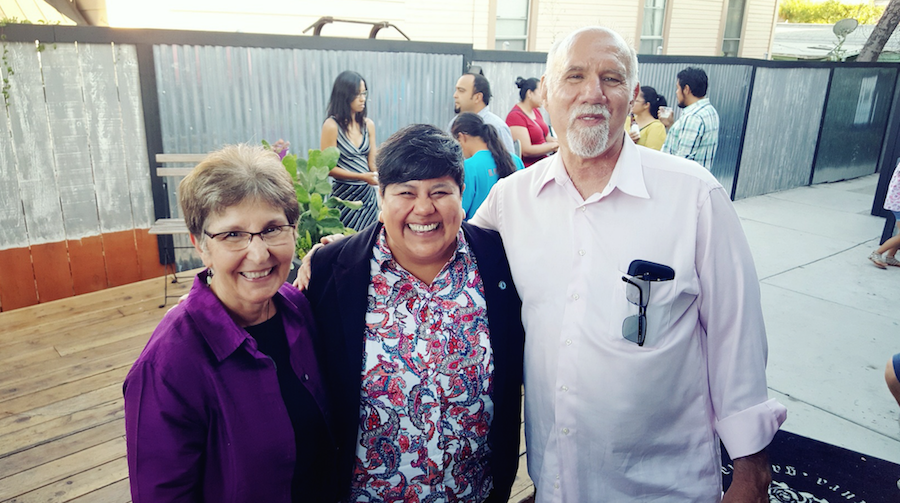
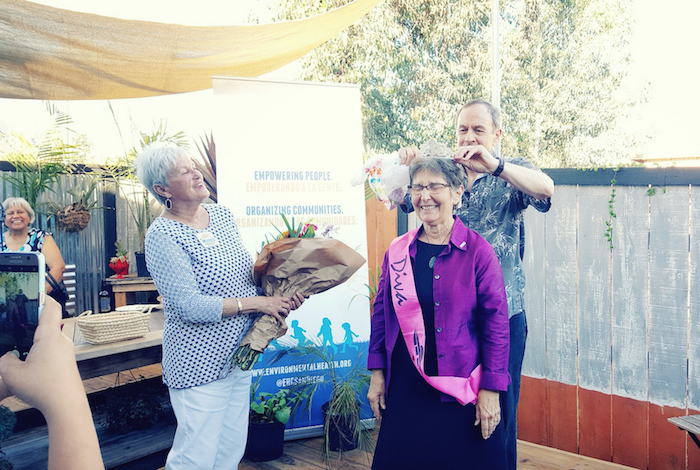
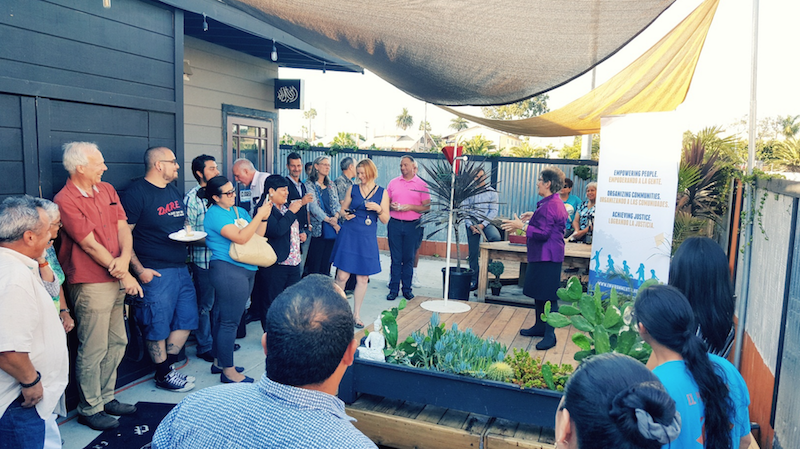
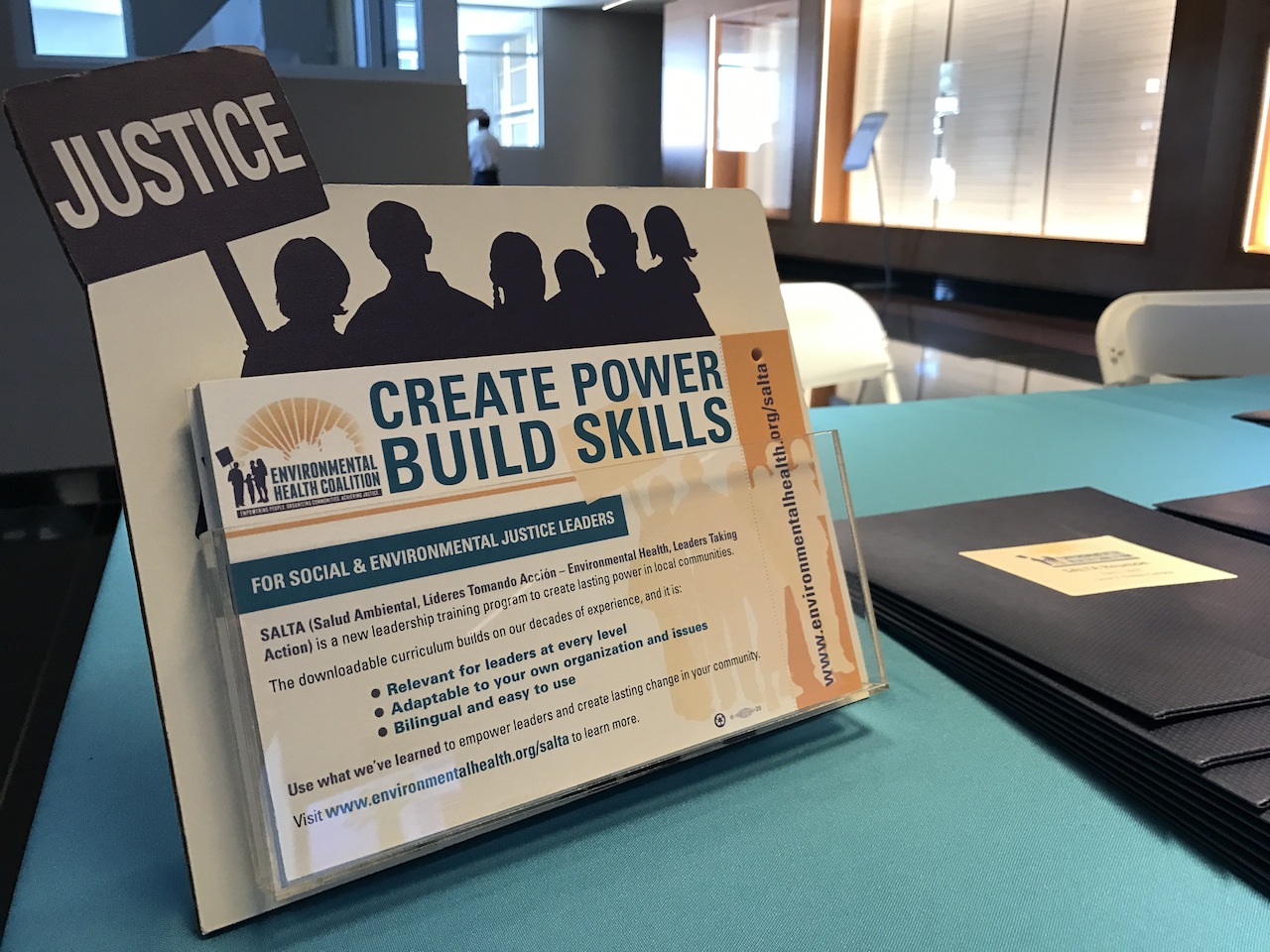
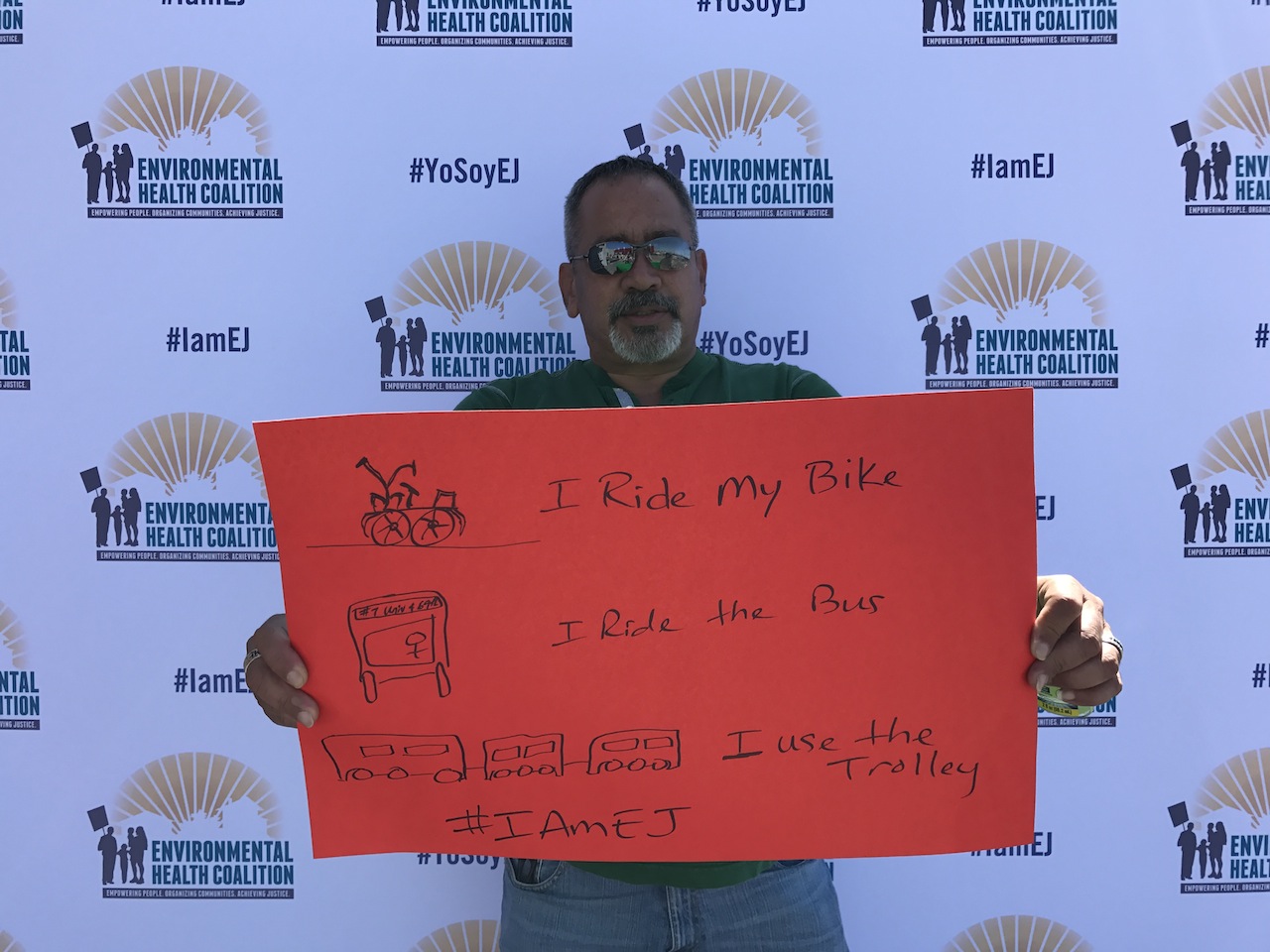
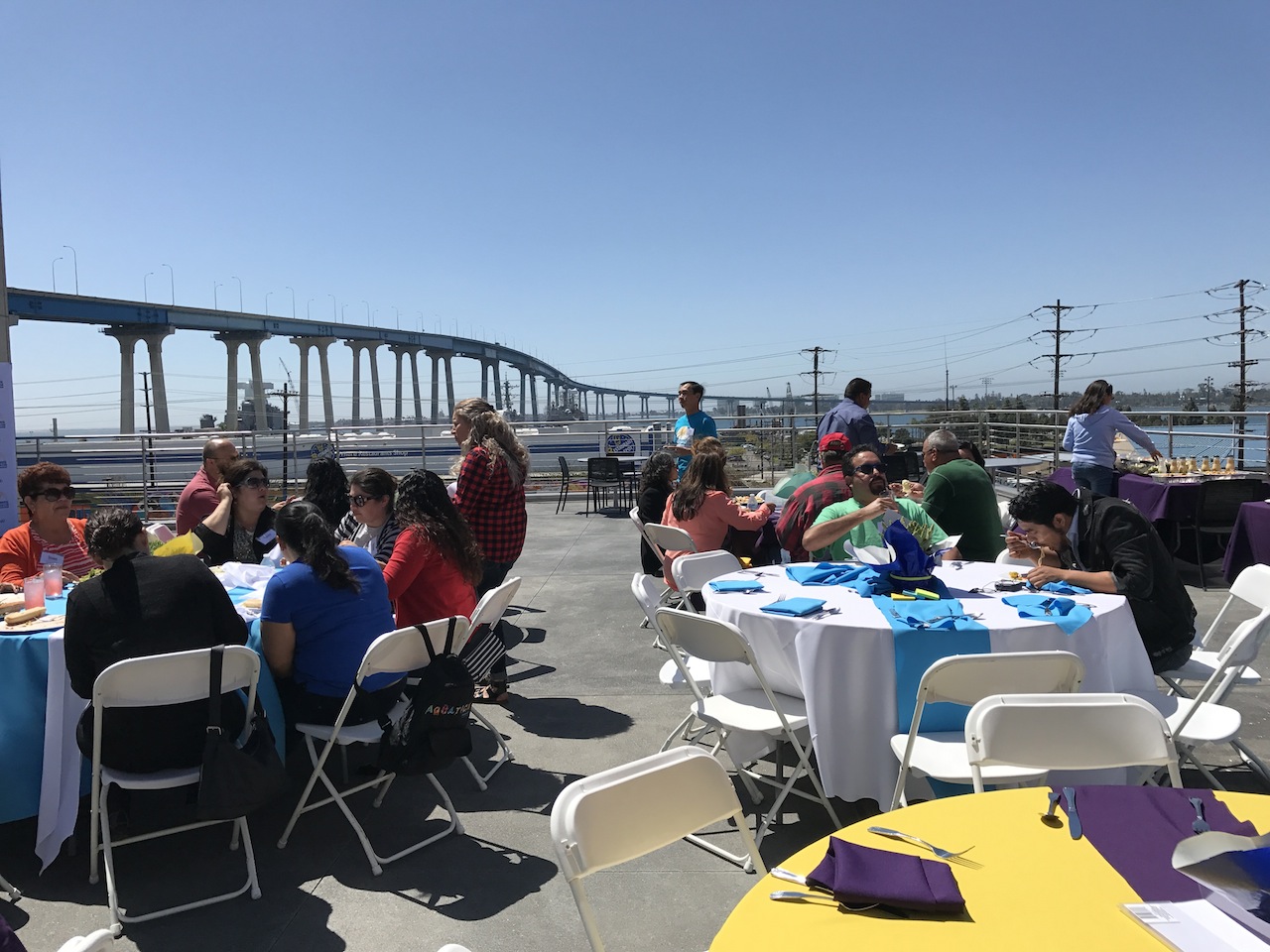
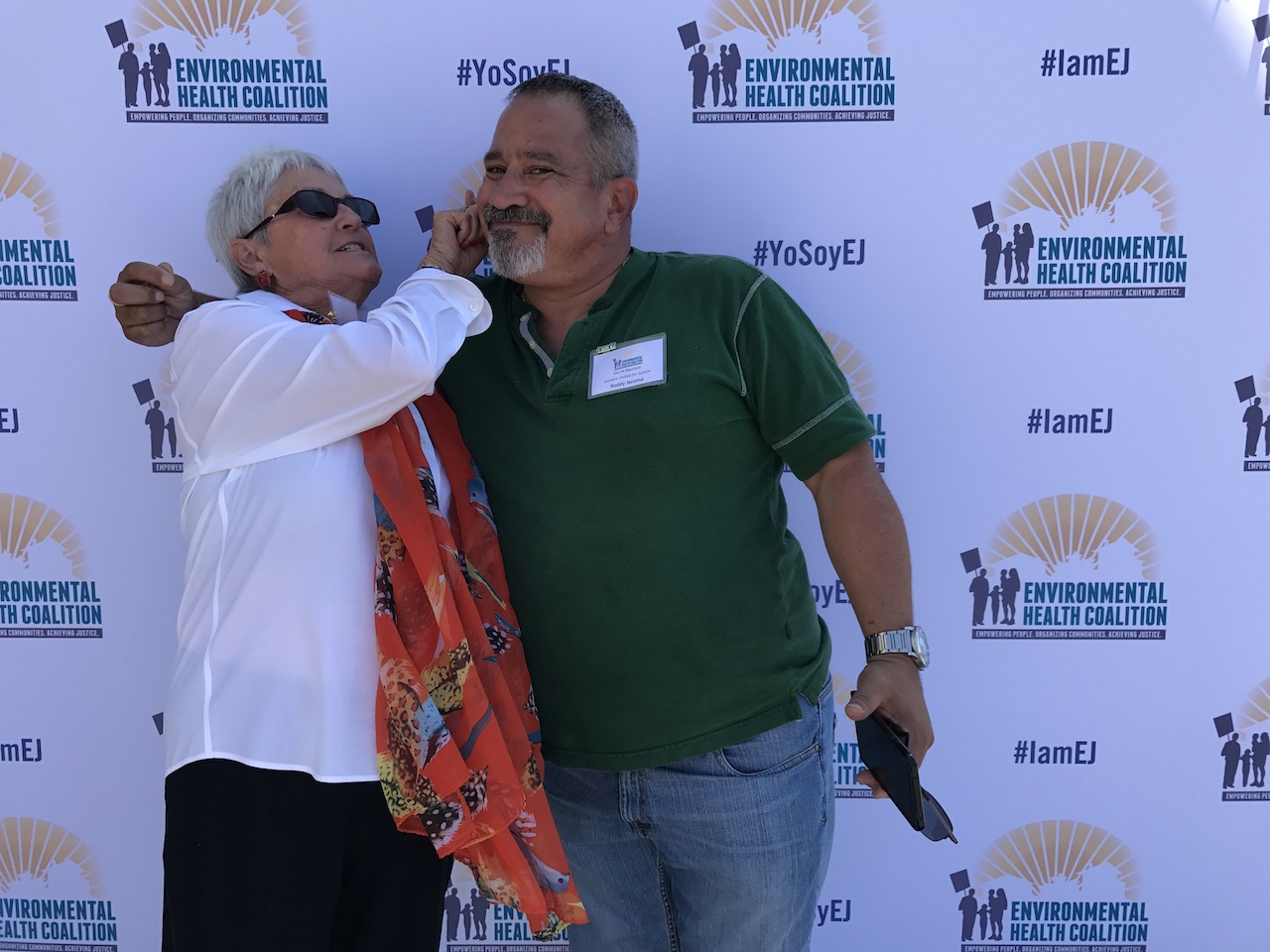
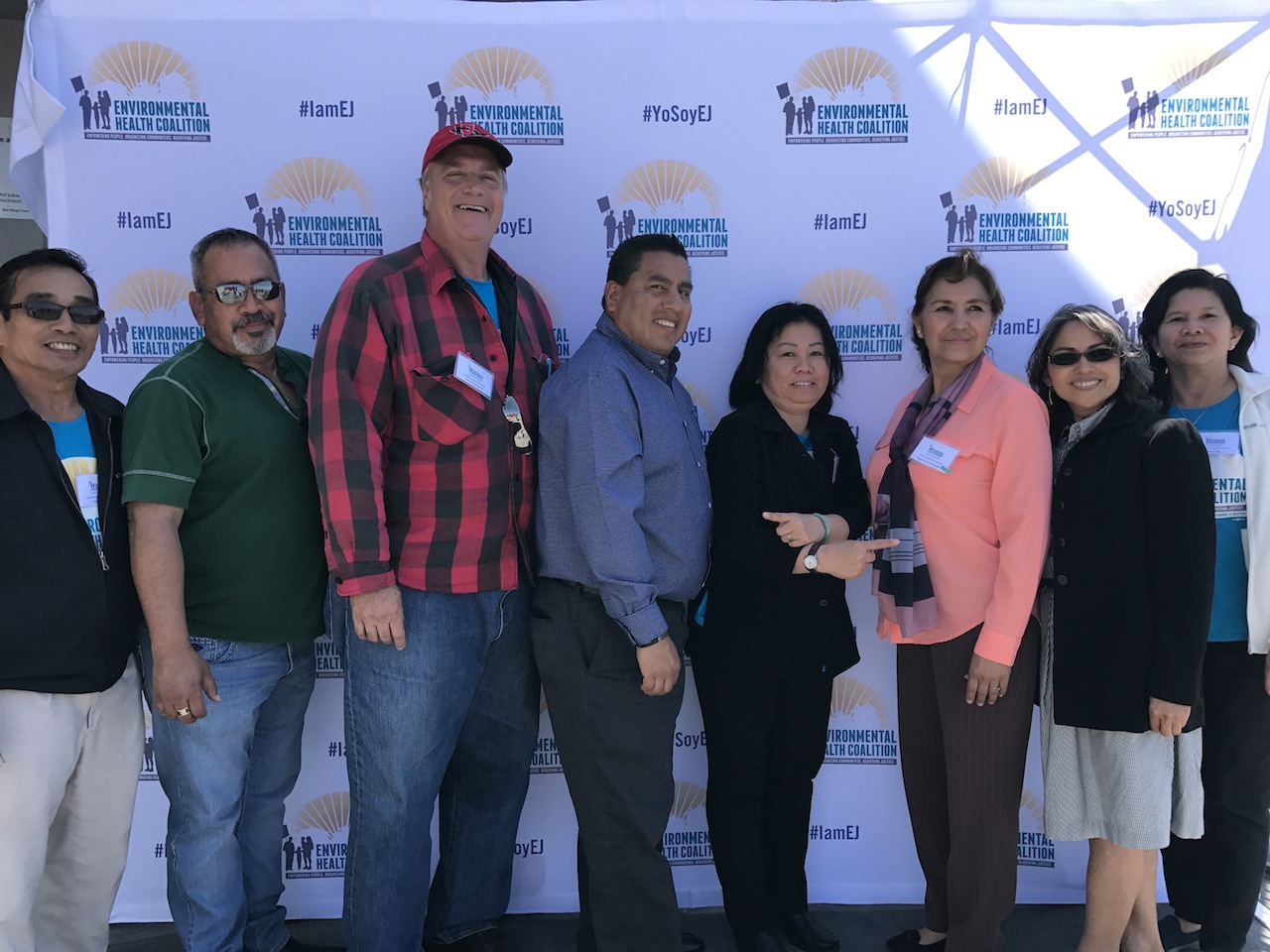
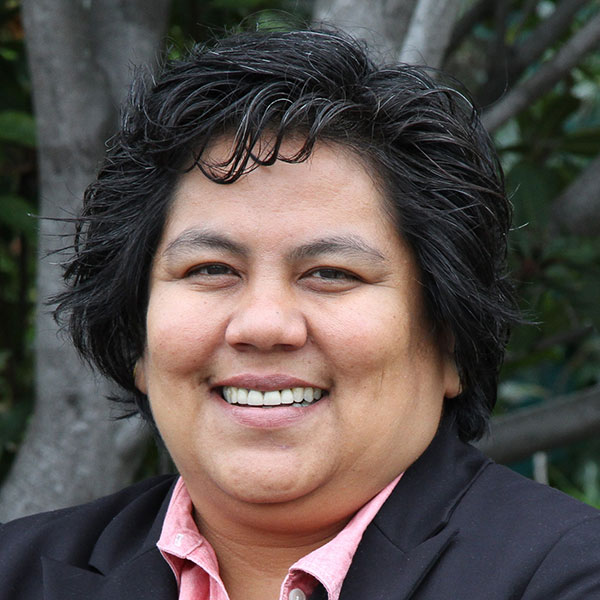
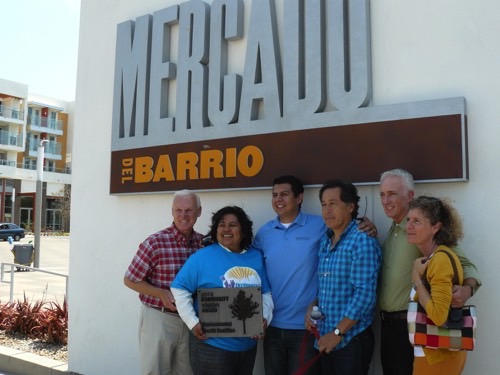
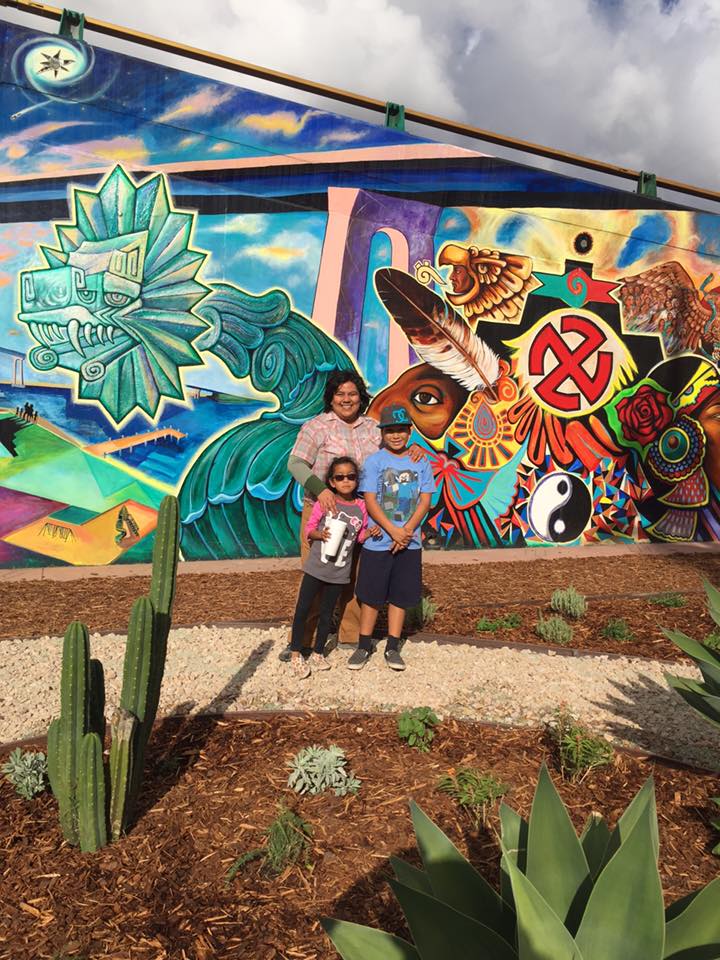
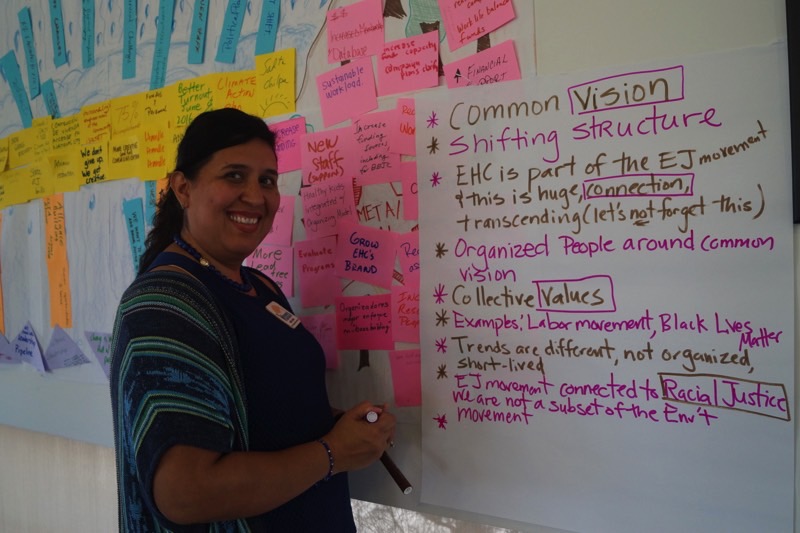
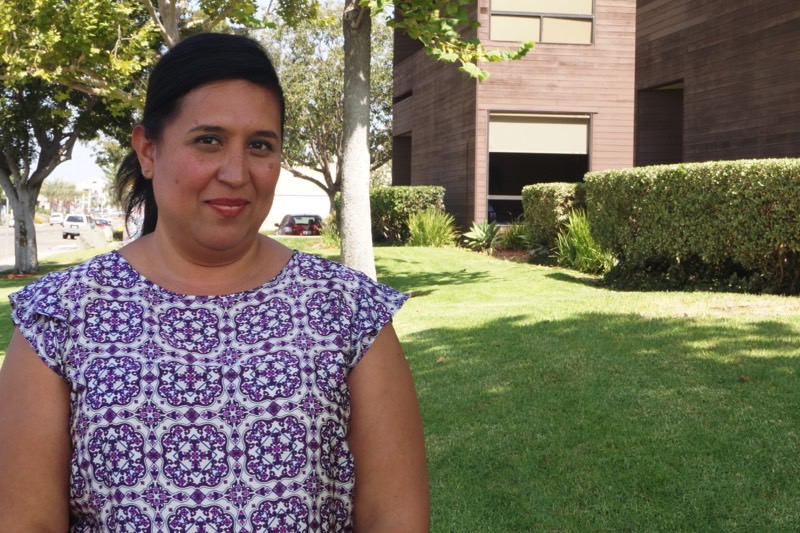
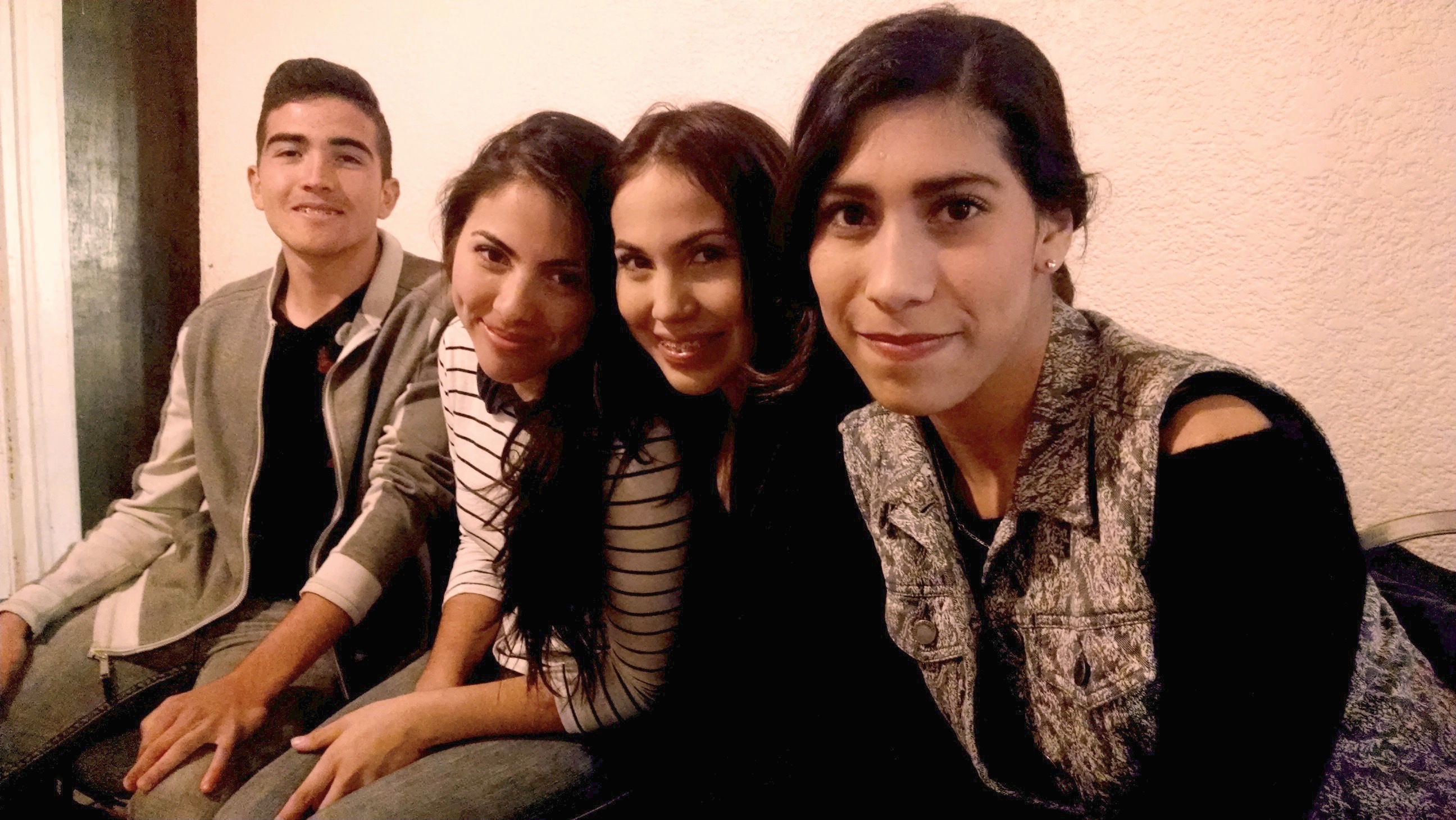
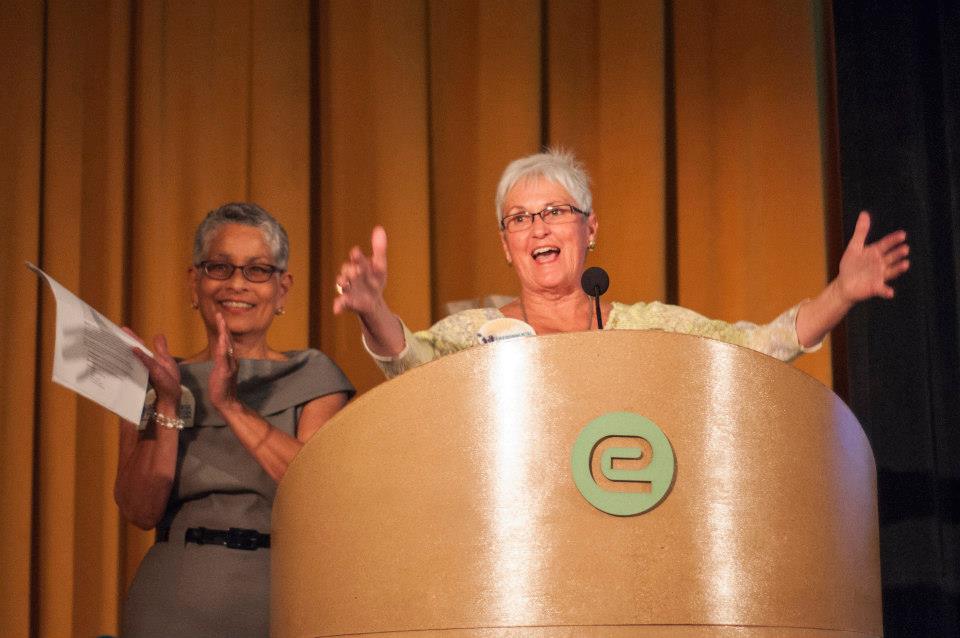
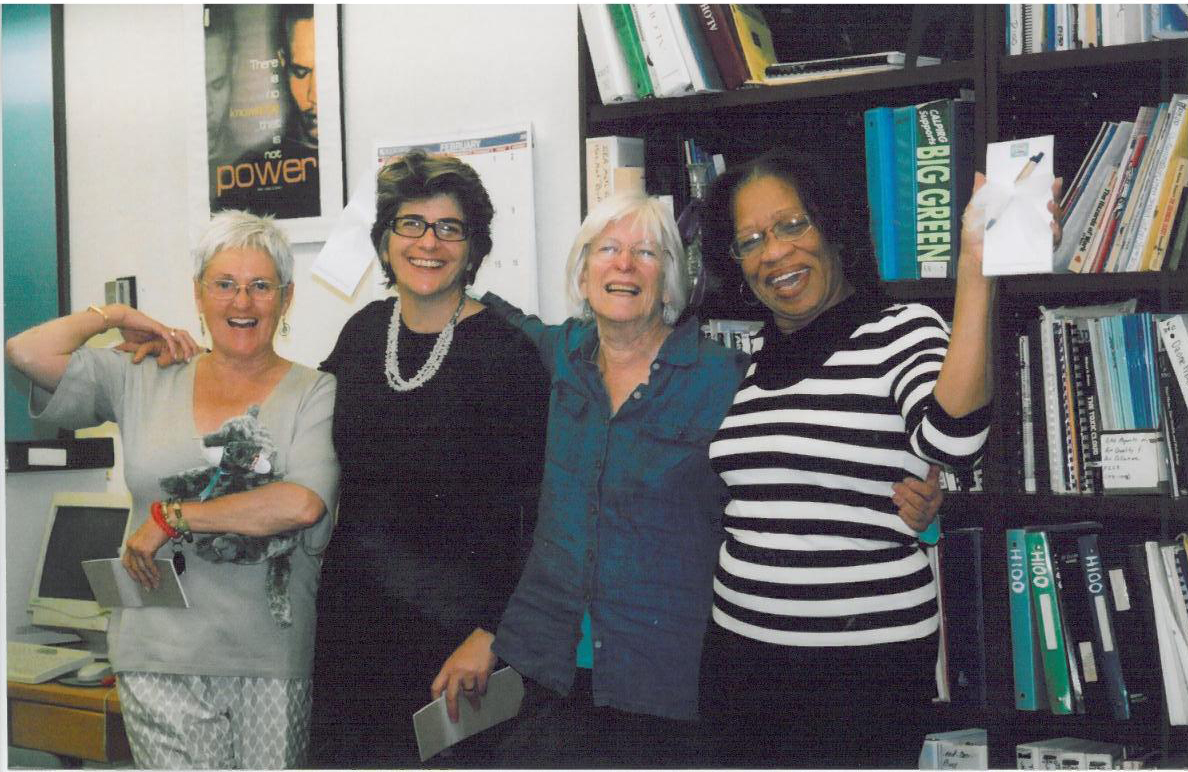
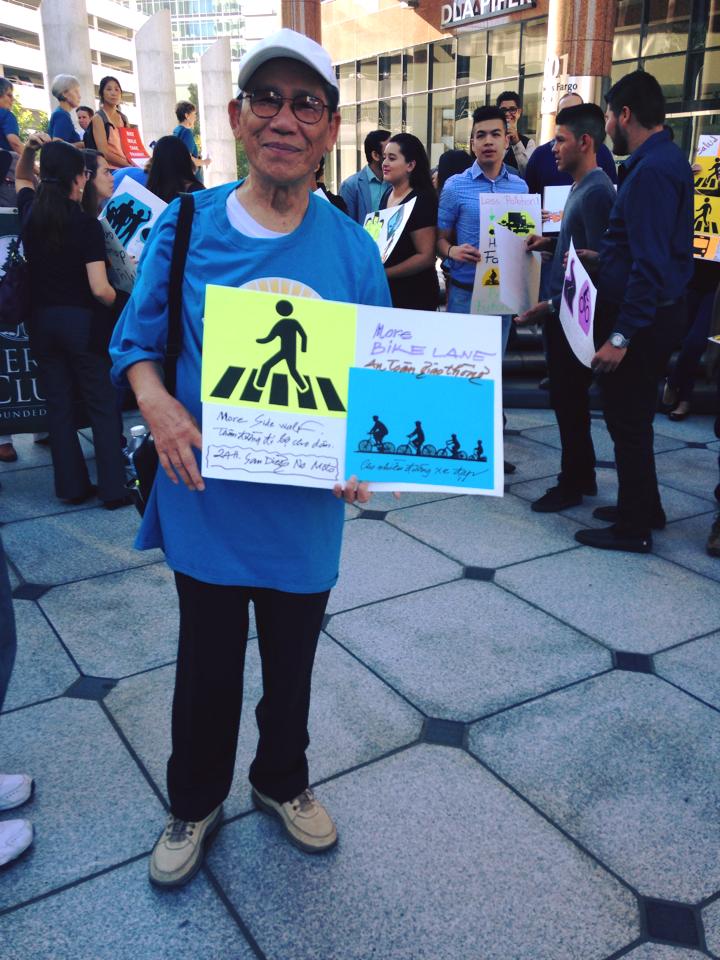
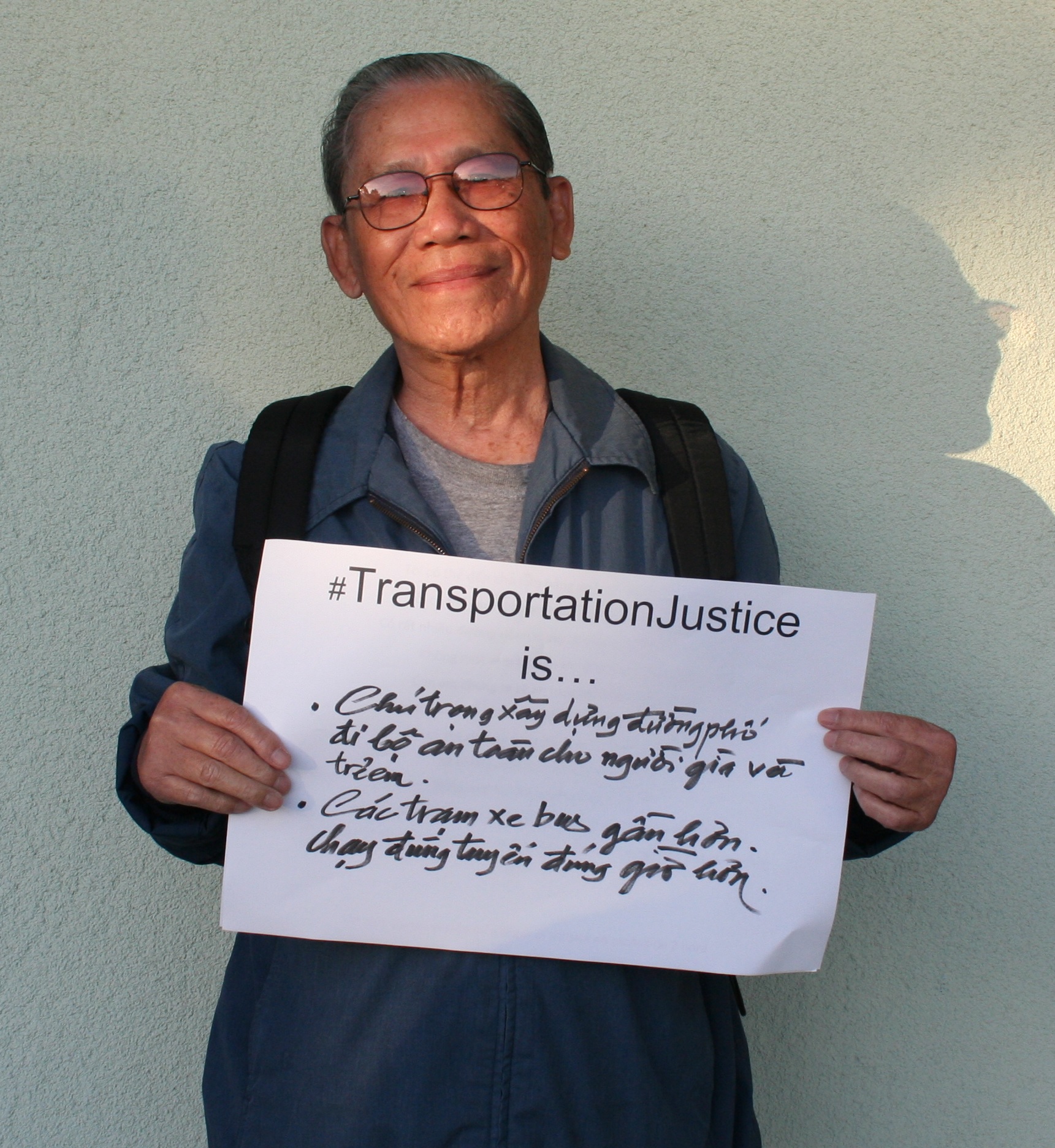
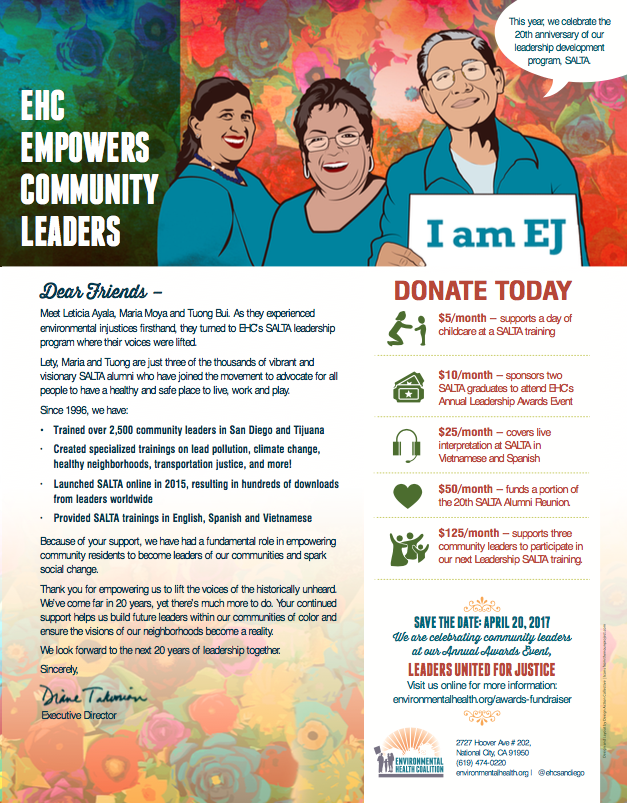
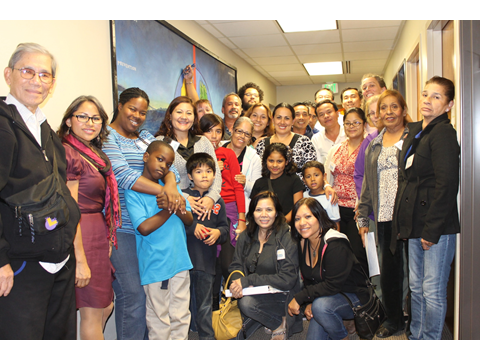
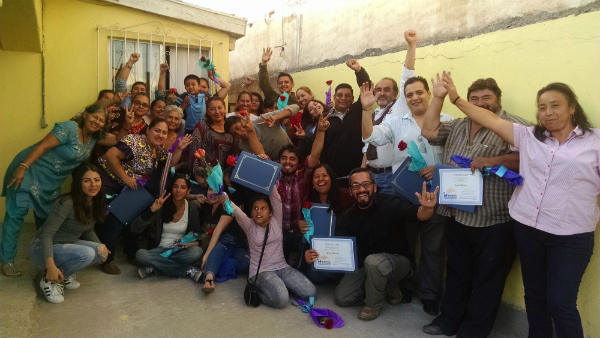
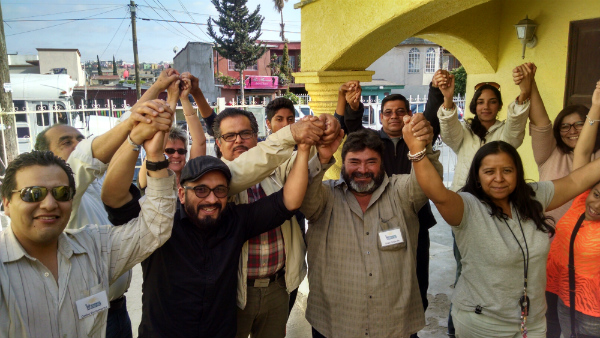
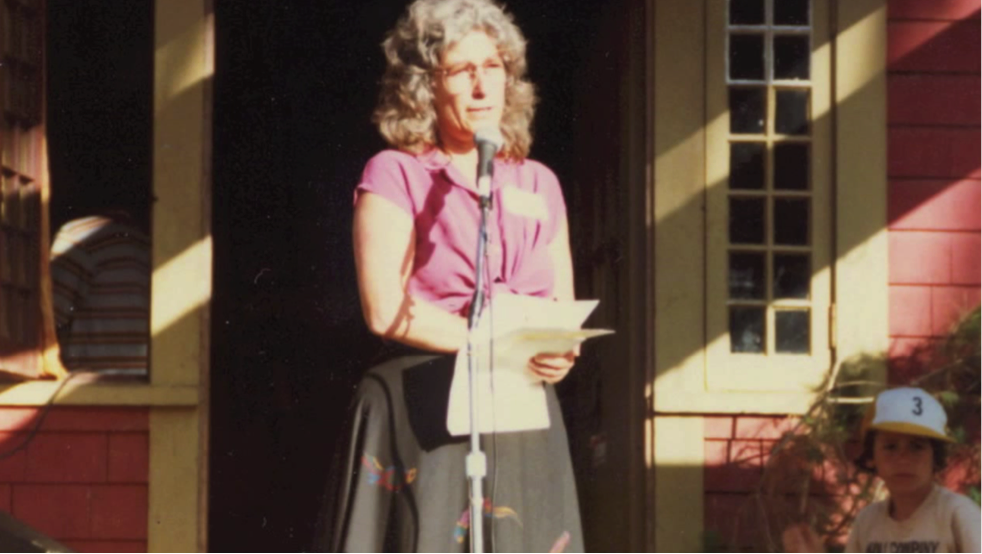
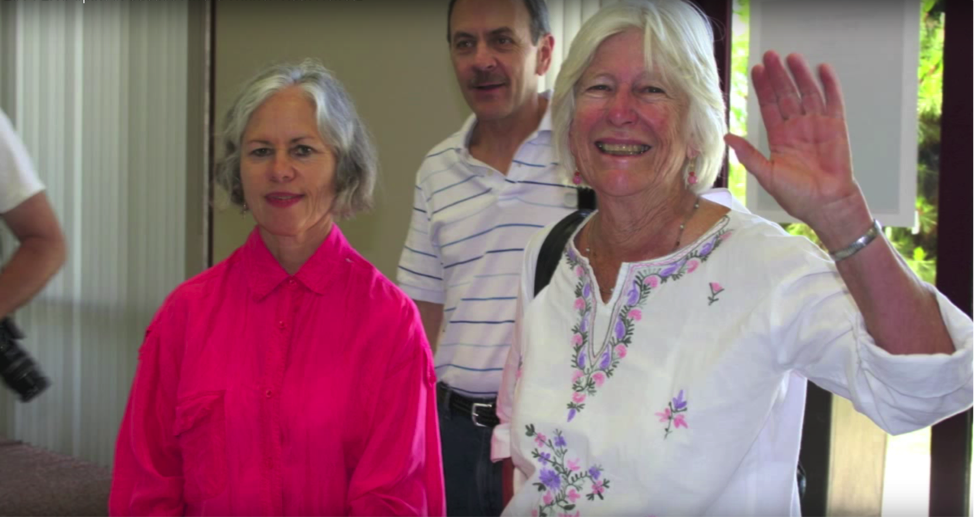
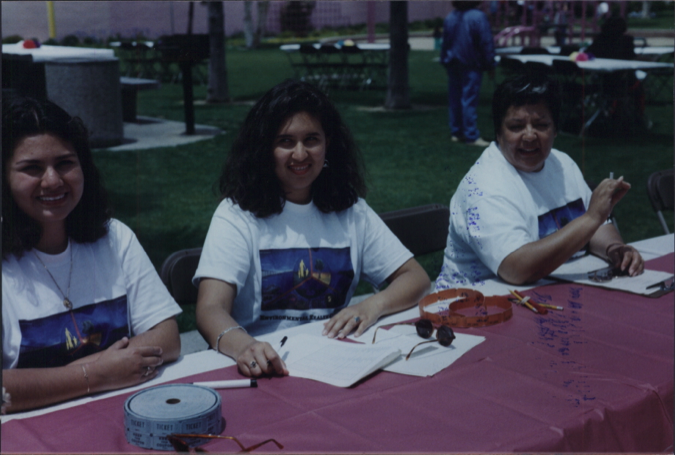
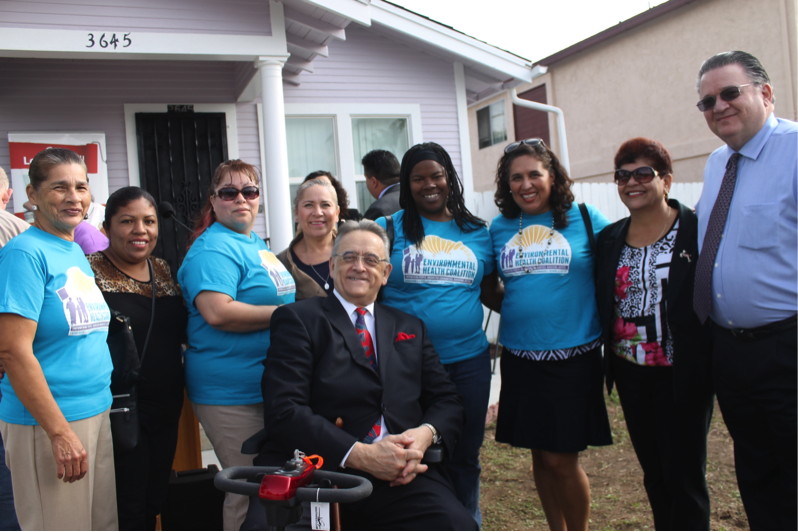
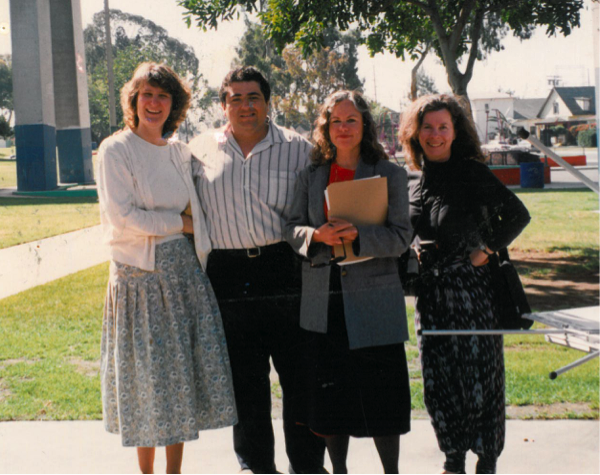
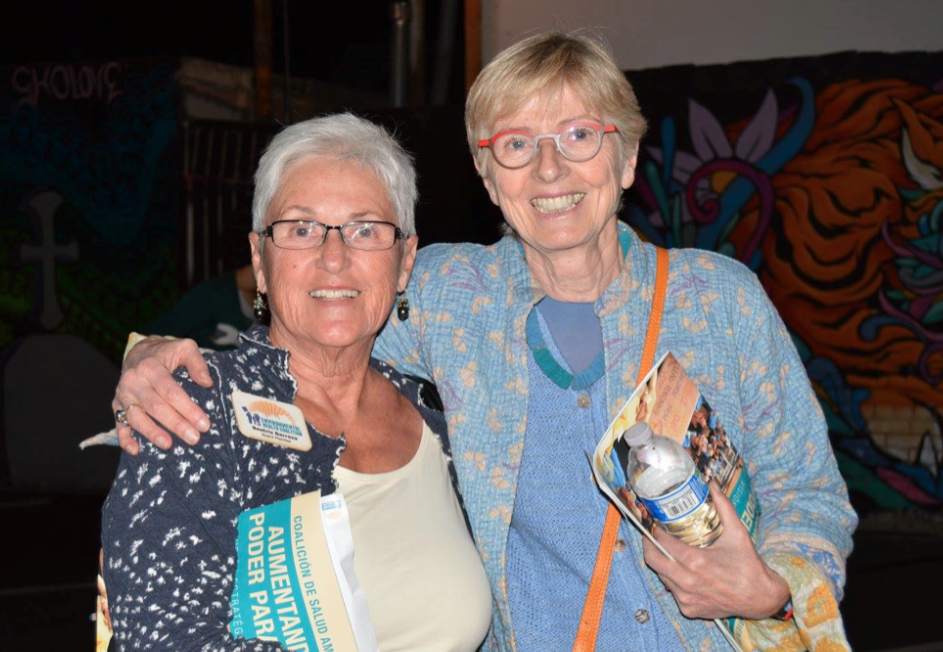
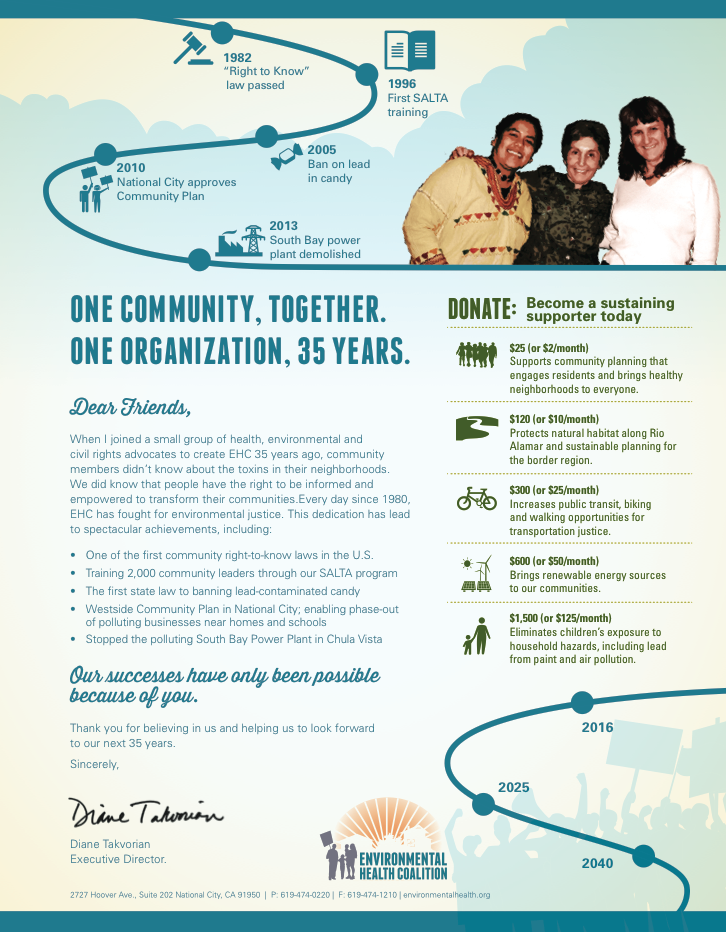
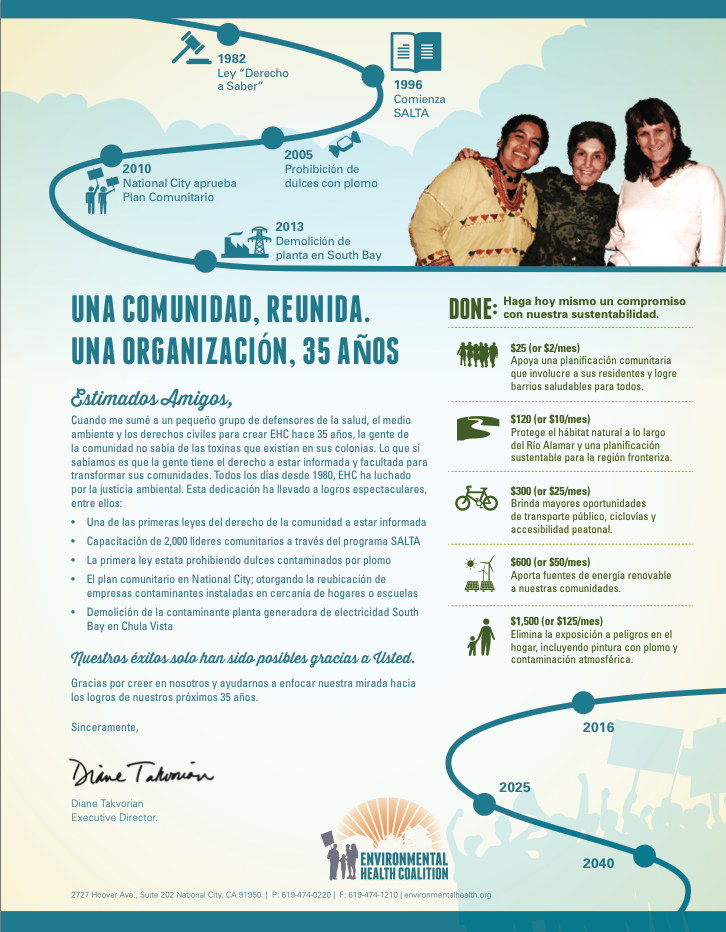
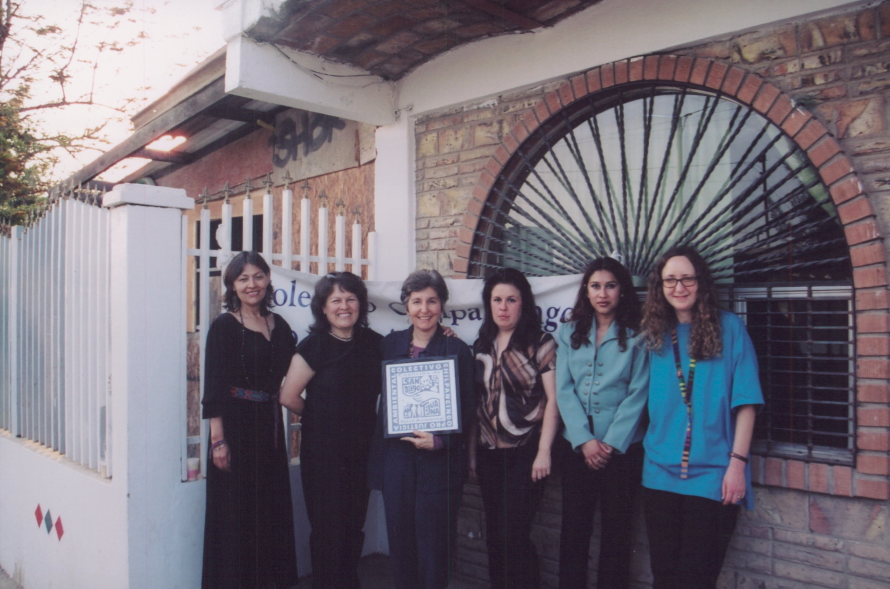
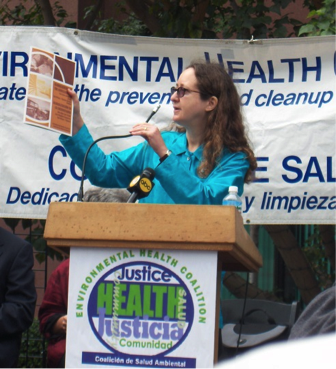
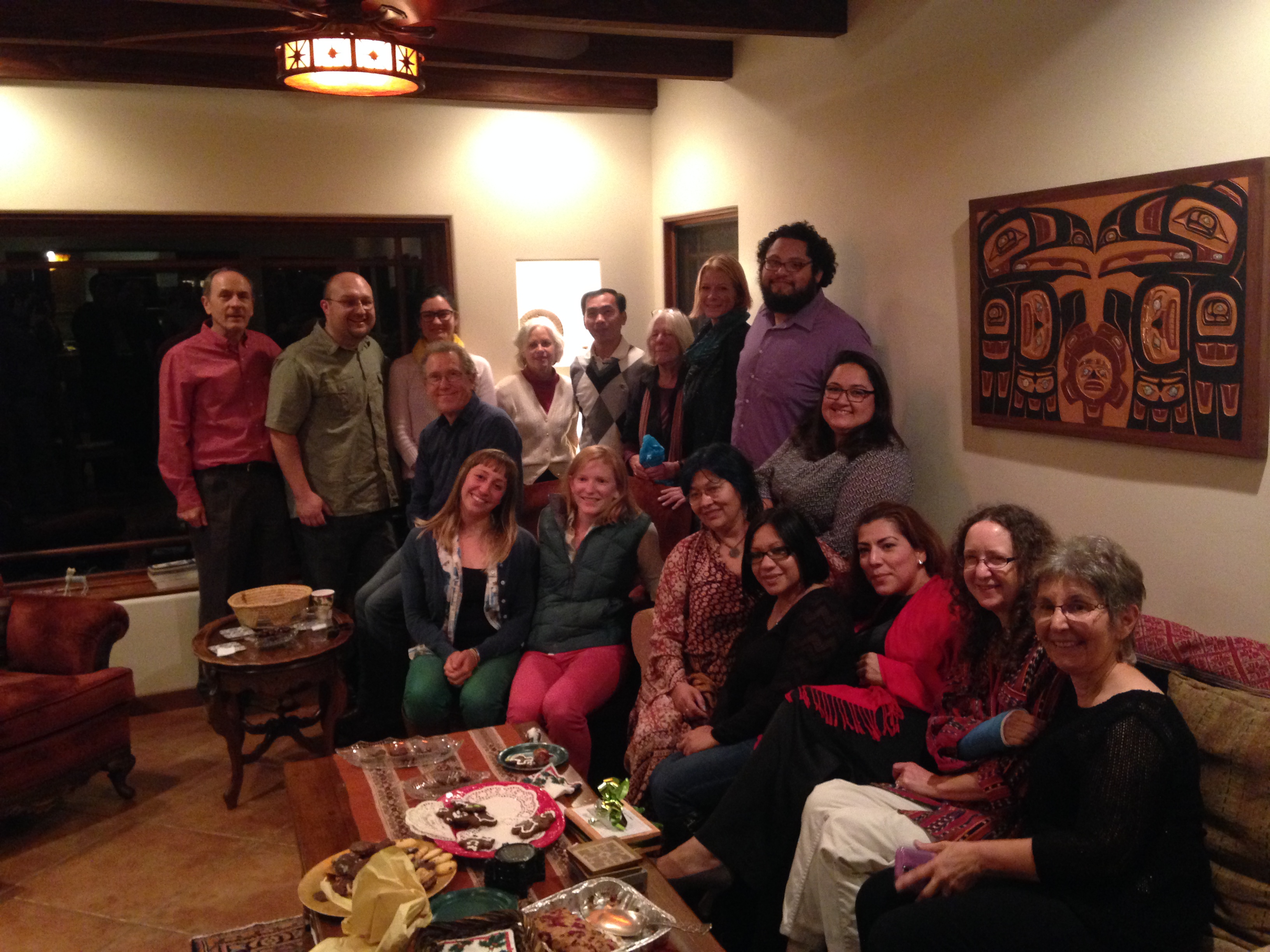 As we launch a new year I want to thank you for the incredible work you do for environmental justice. EHC is an amazing team of board, staff and community leaders and I am grateful for the opportunity to work with all of you and I am inspired by you every day.
As we launch a new year I want to thank you for the incredible work you do for environmental justice. EHC is an amazing team of board, staff and community leaders and I am grateful for the opportunity to work with all of you and I am inspired by you every day.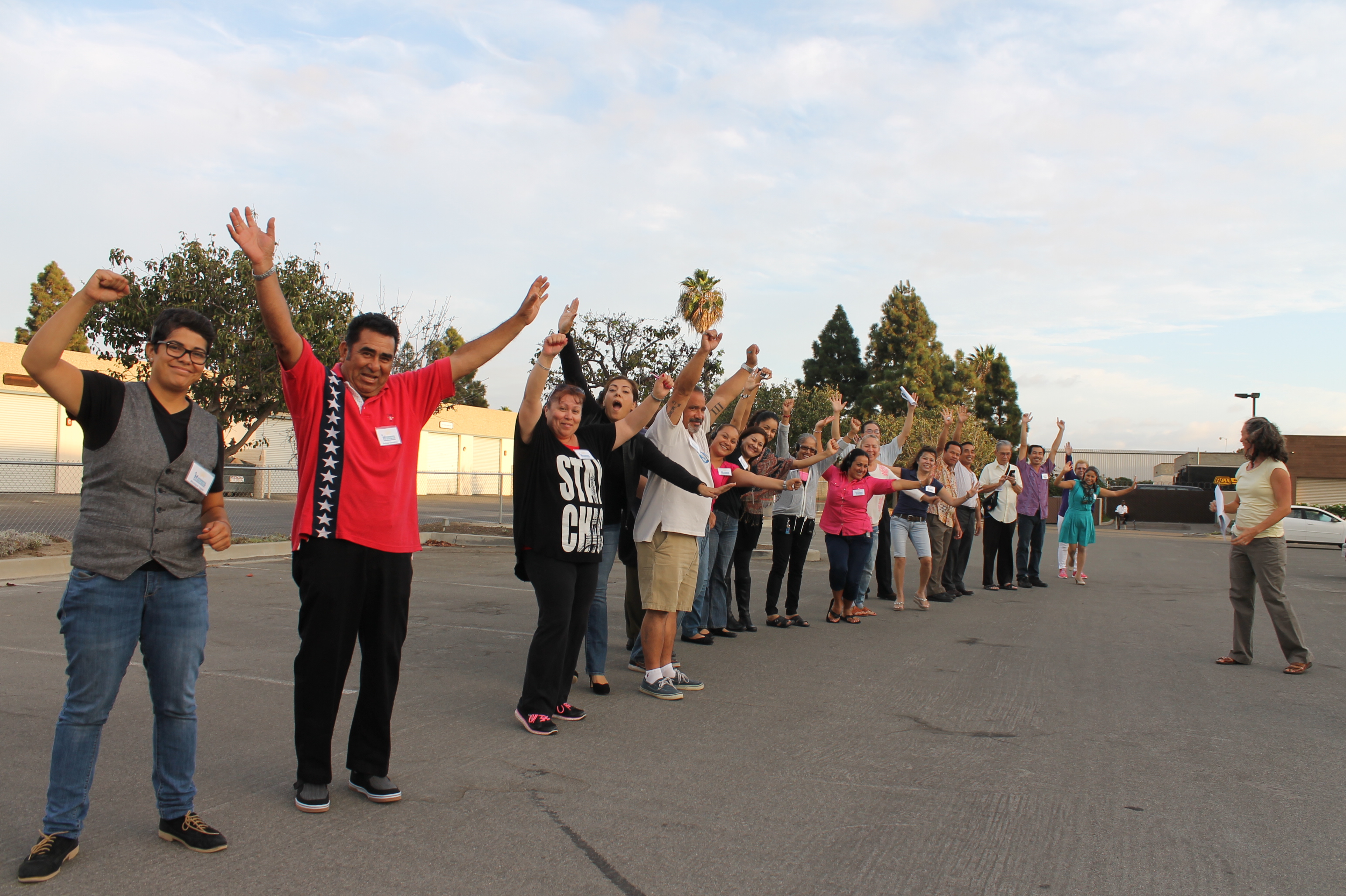
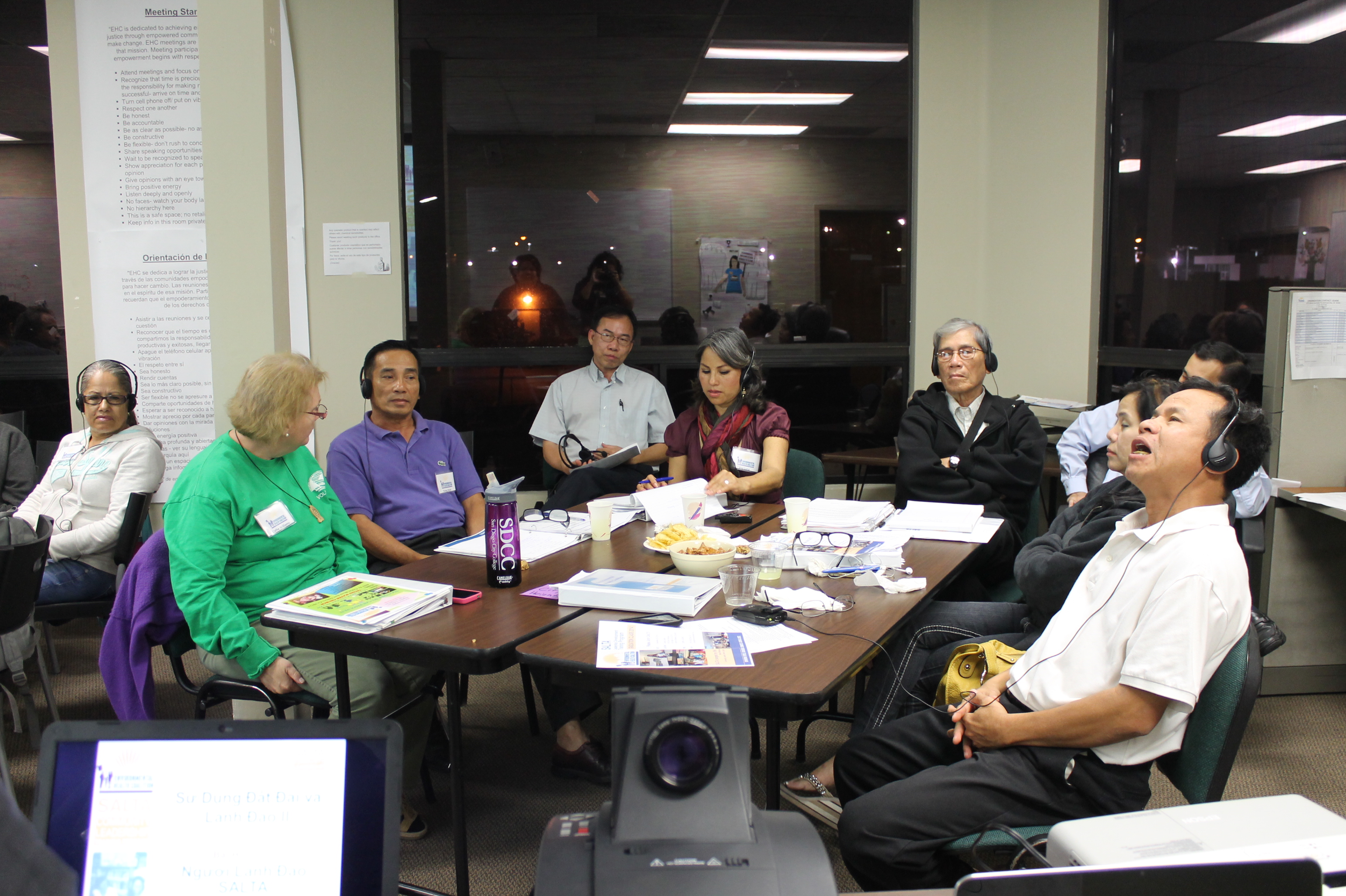

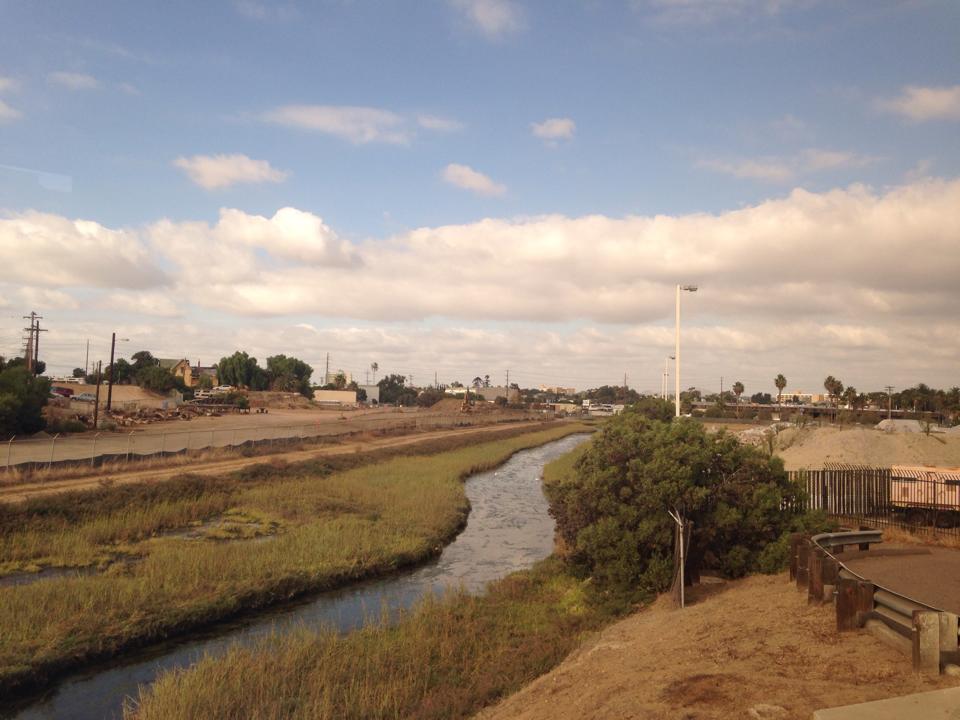
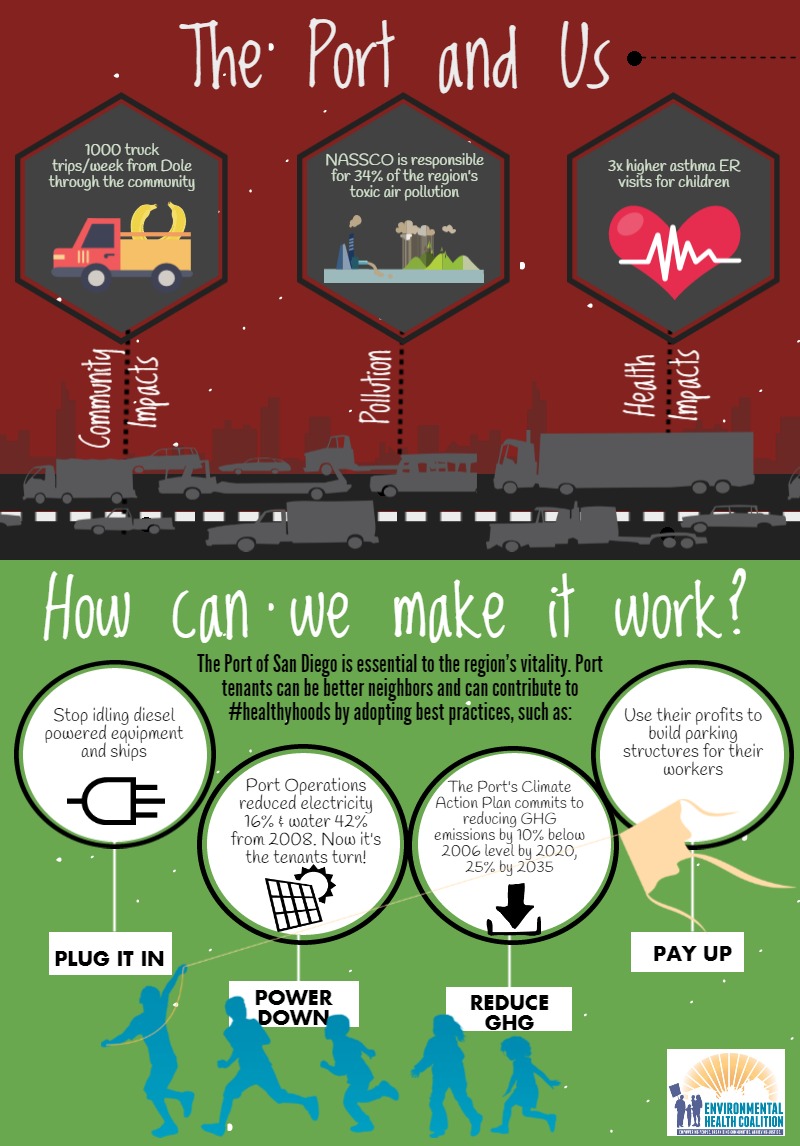
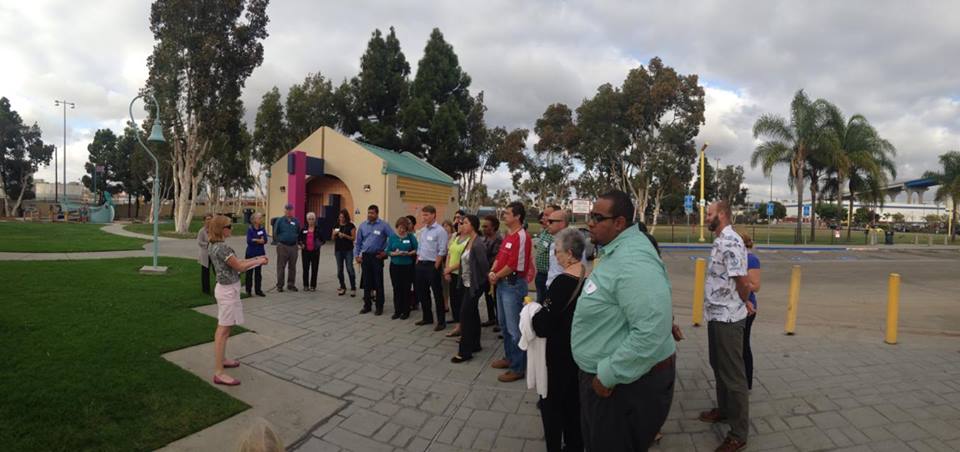
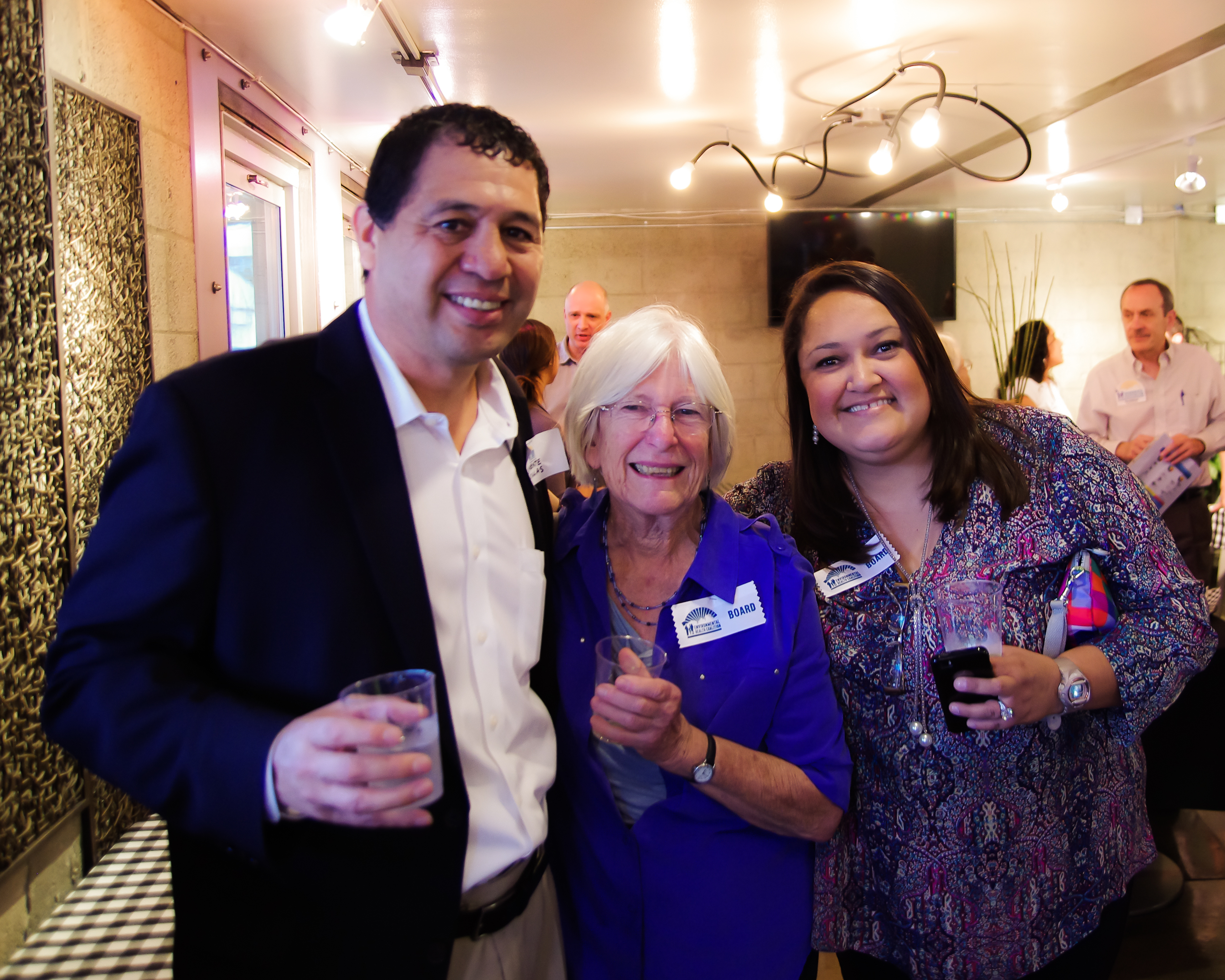
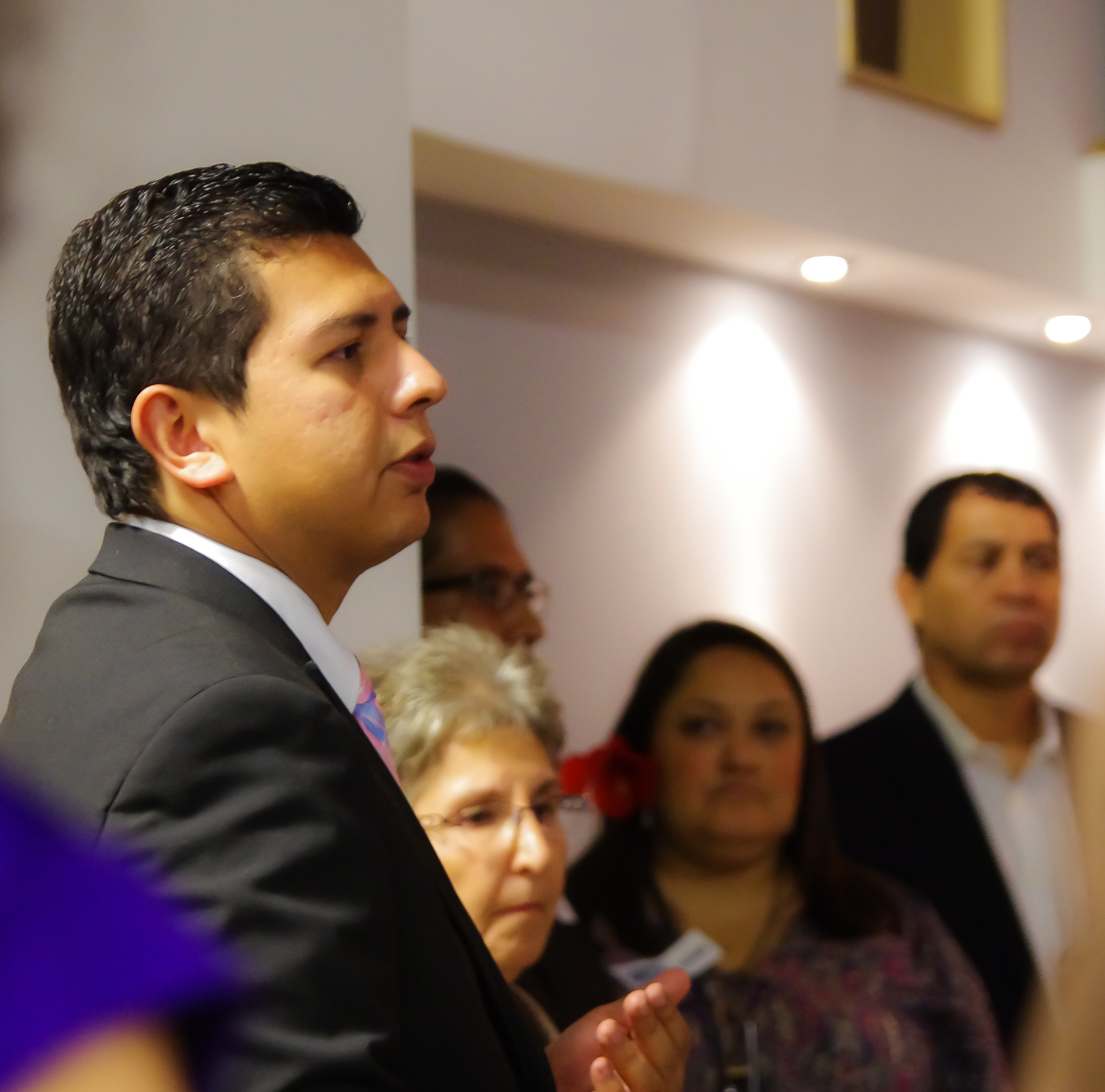
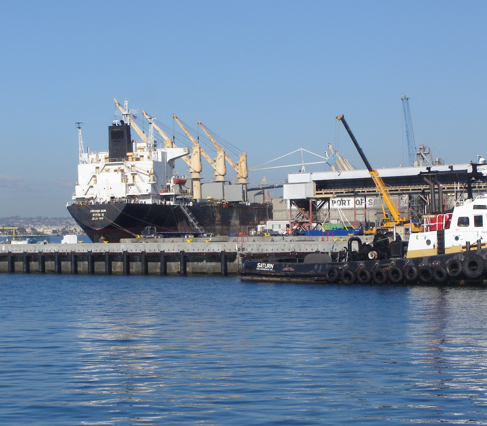 The San Diego City Council will be choosing two new City appointed members to the San Diego Port Commission today. EHC's 30 years of working with with the Port and representing our members who live in communities adjacent to the Port tidelands gives us an important perspective on these appointments. Port Commission decisions have a direct impact on the health and well-being of all residents who live near the San Diego Bay.
The San Diego City Council will be choosing two new City appointed members to the San Diego Port Commission today. EHC's 30 years of working with with the Port and representing our members who live in communities adjacent to the Port tidelands gives us an important perspective on these appointments. Port Commission decisions have a direct impact on the health and well-being of all residents who live near the San Diego Bay.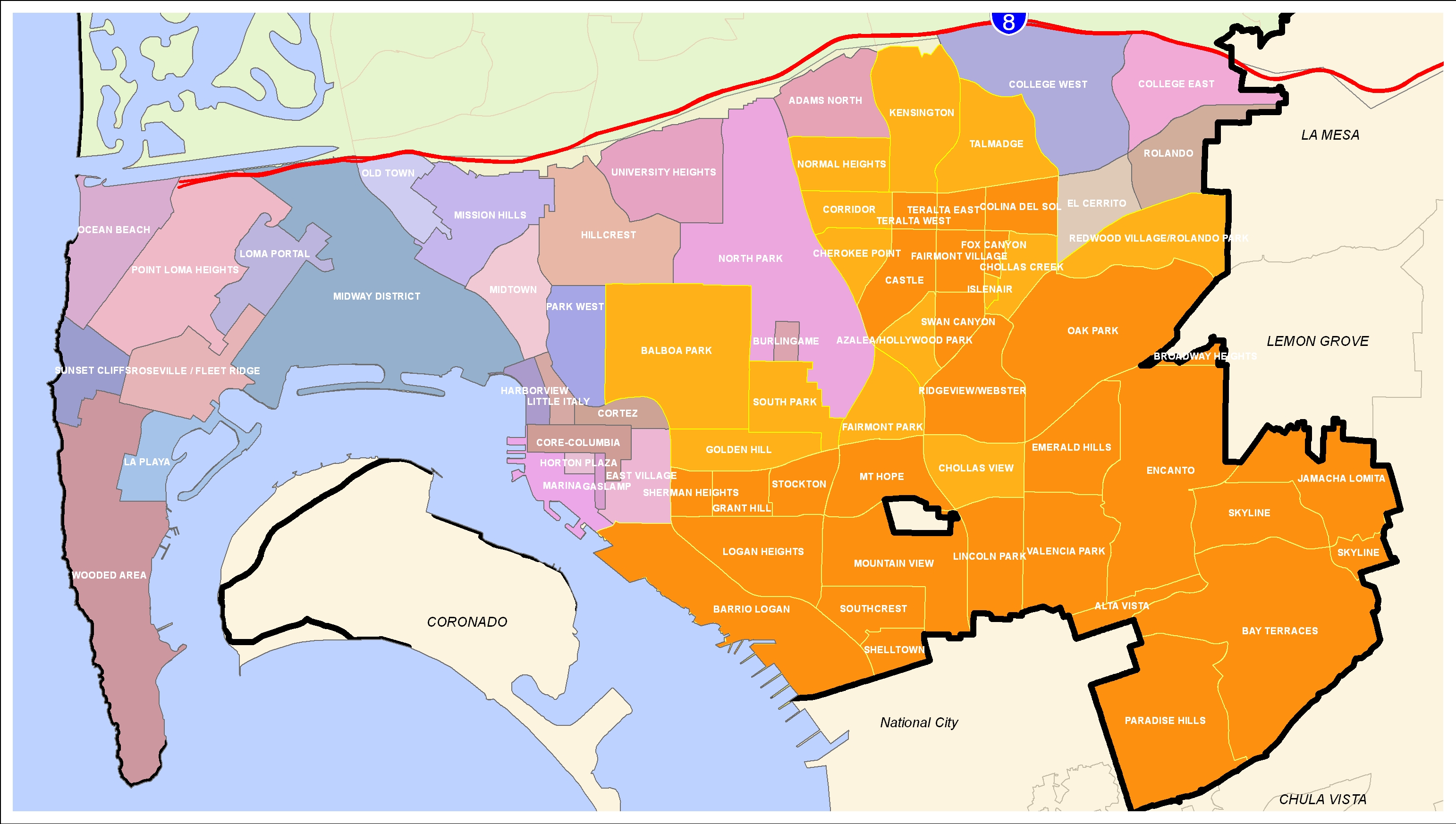

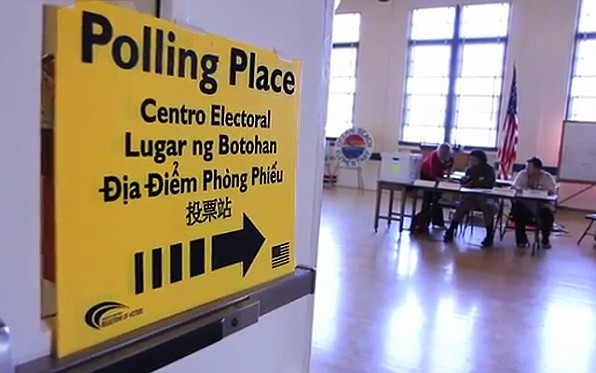
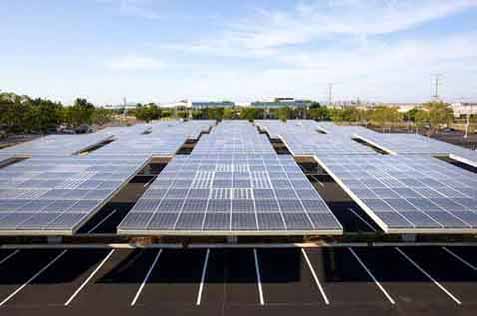
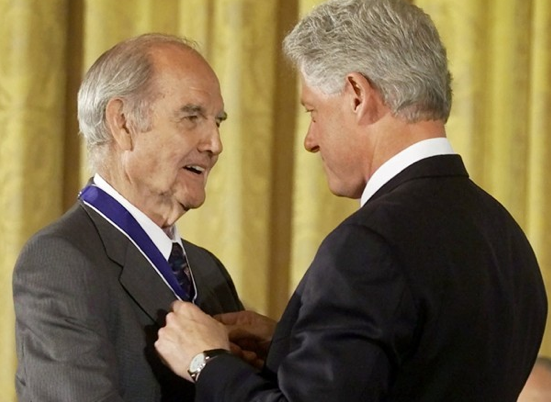 Yesterday, former presidential candidate and Senator, George McGovern died at the age of 90.
Yesterday, former presidential candidate and Senator, George McGovern died at the age of 90. 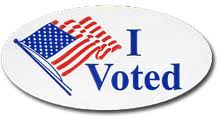
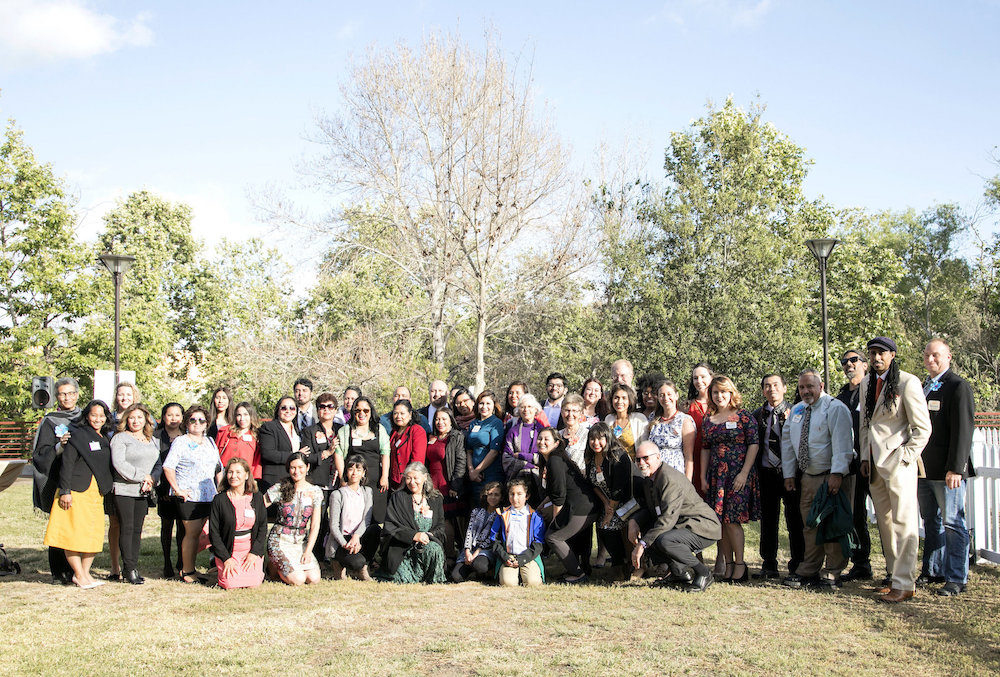

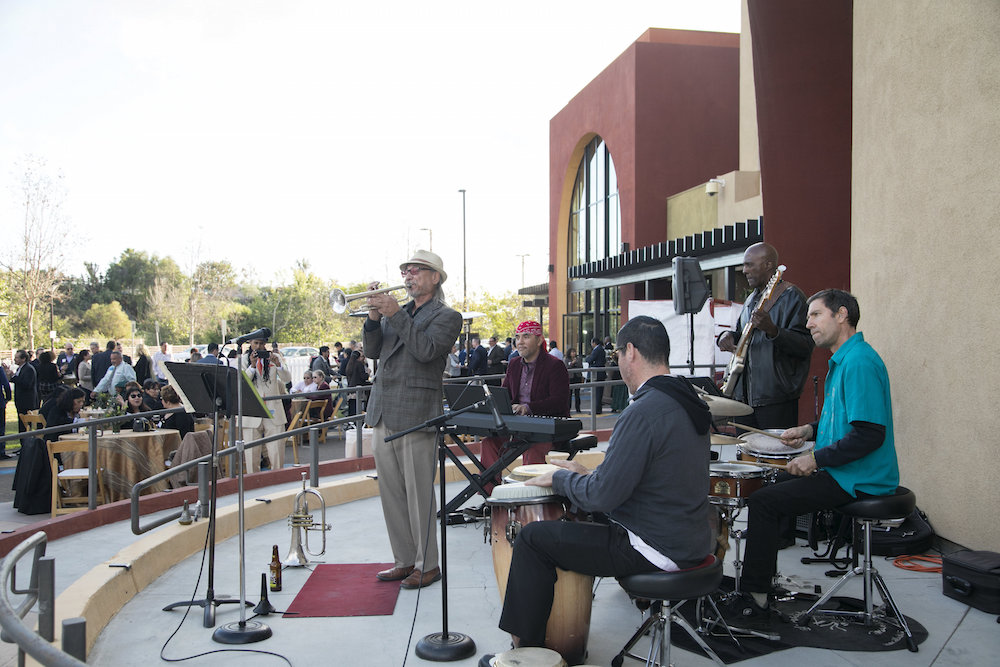
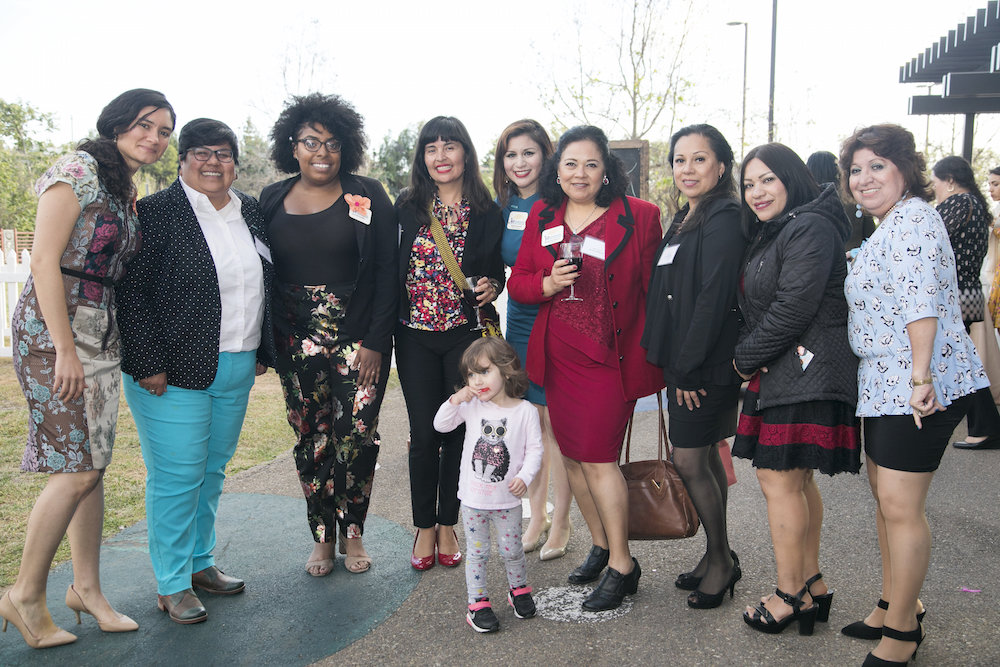
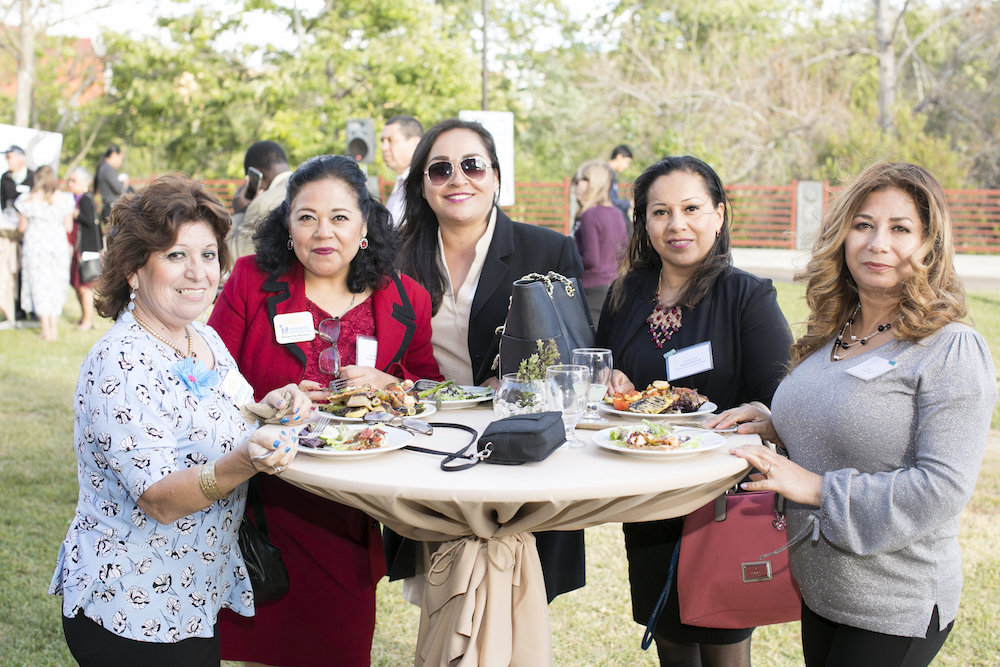
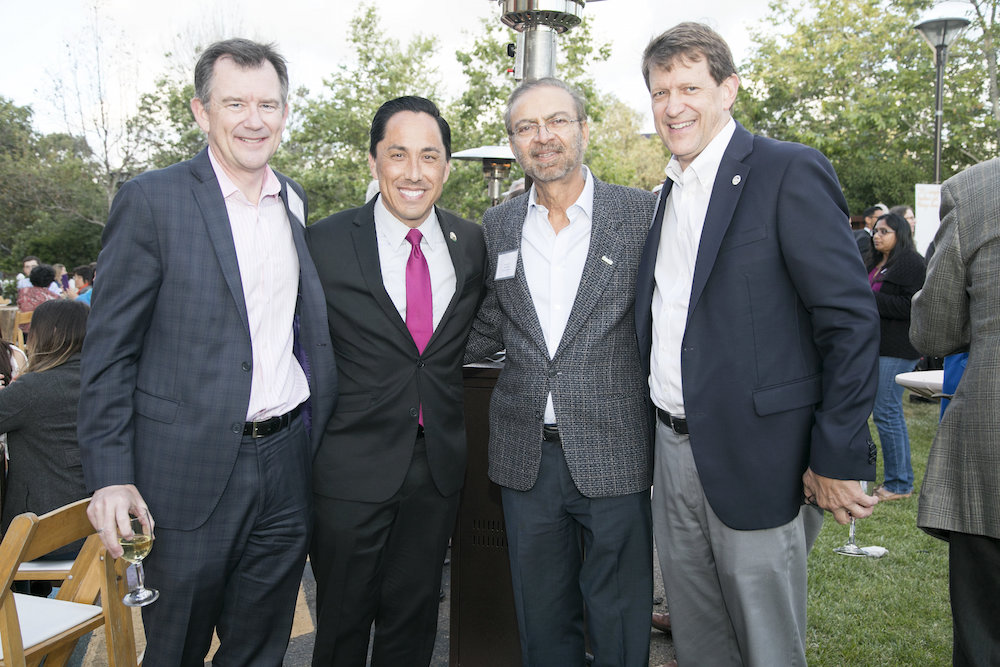
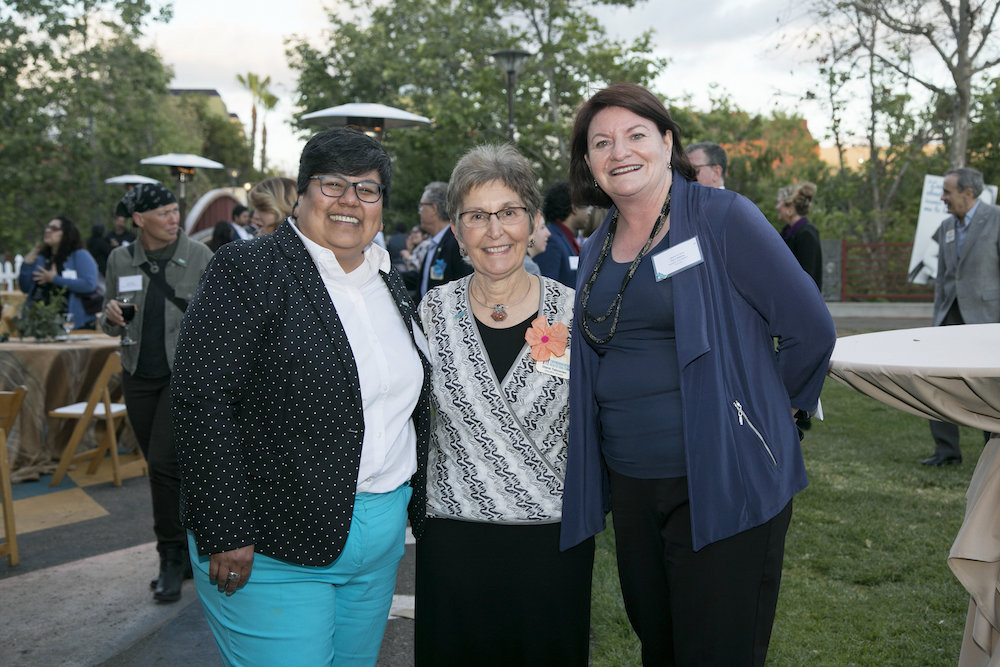
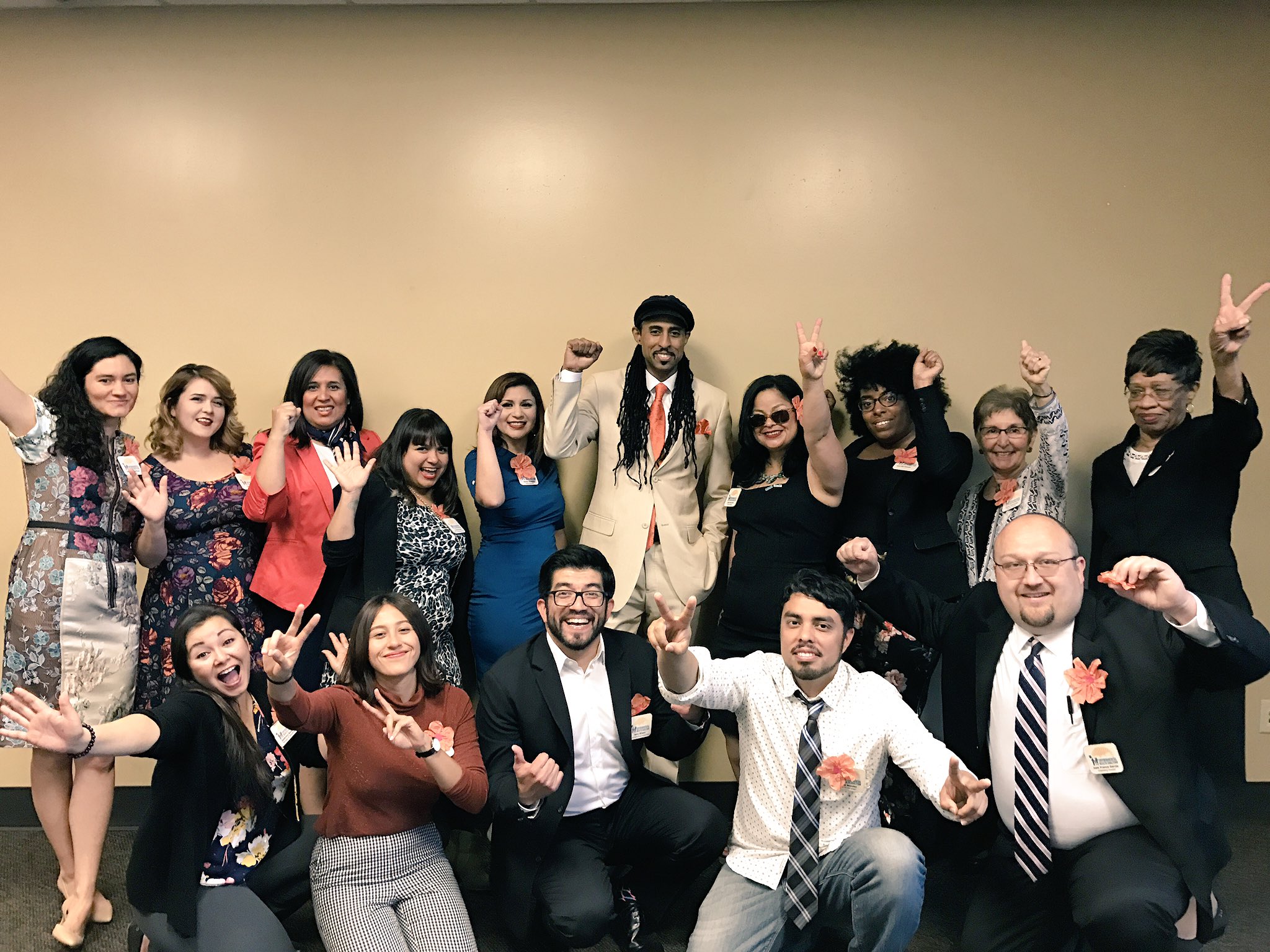
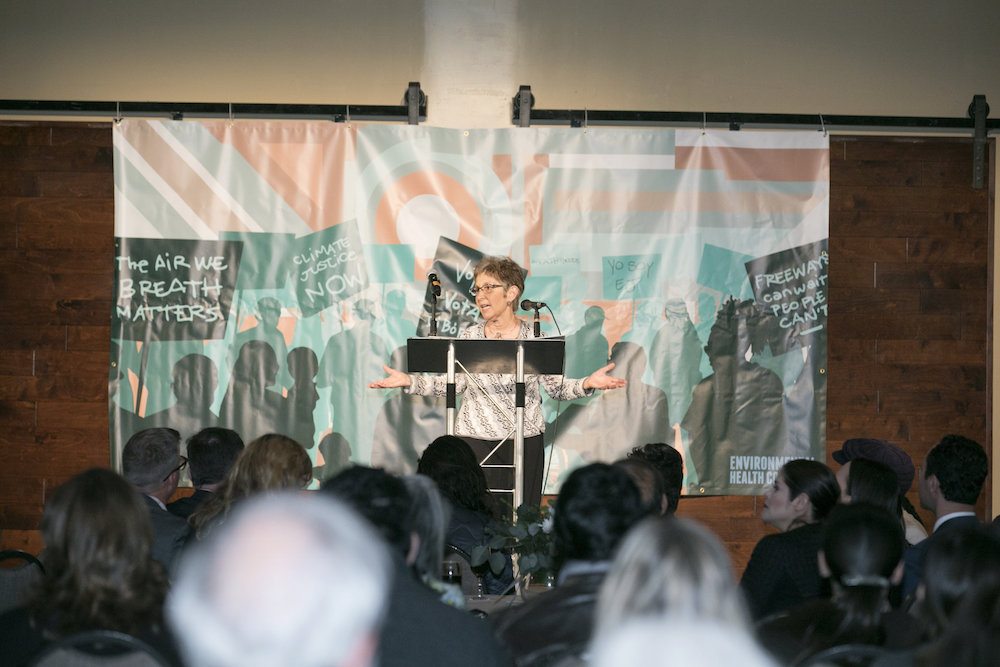
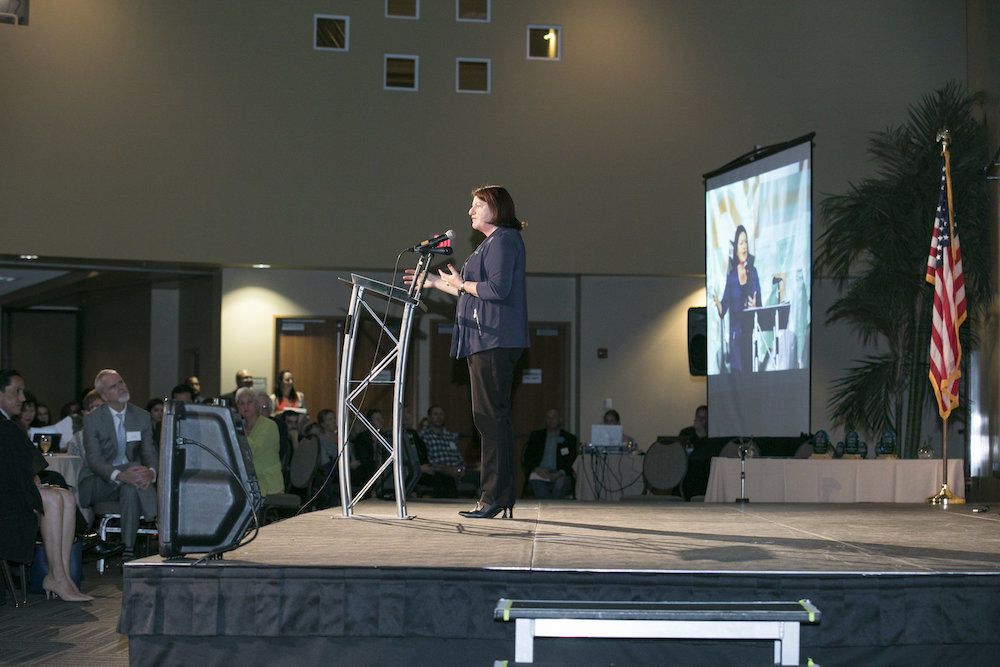
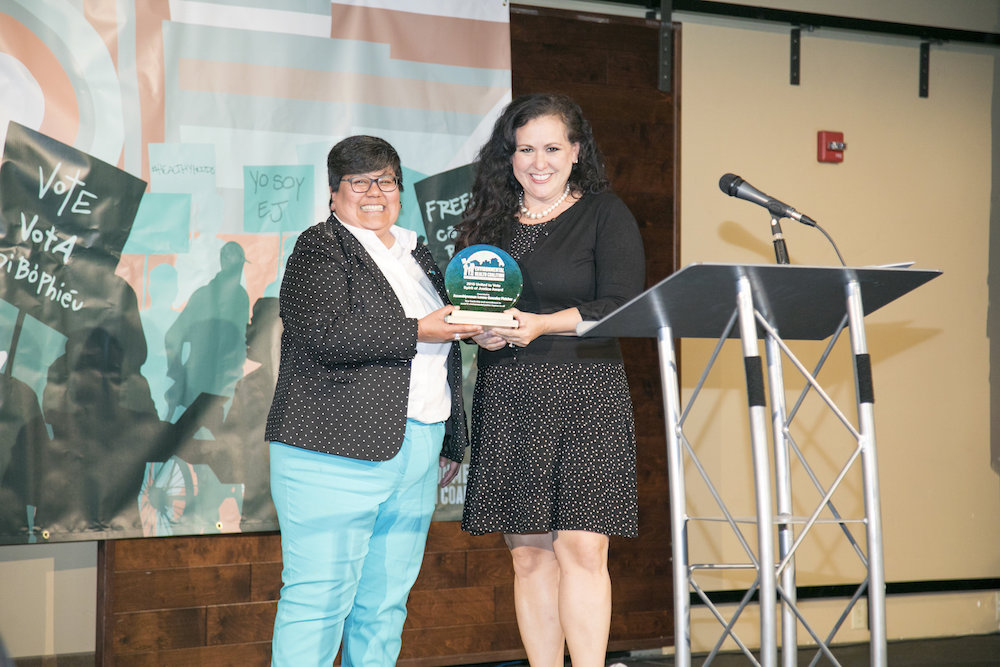
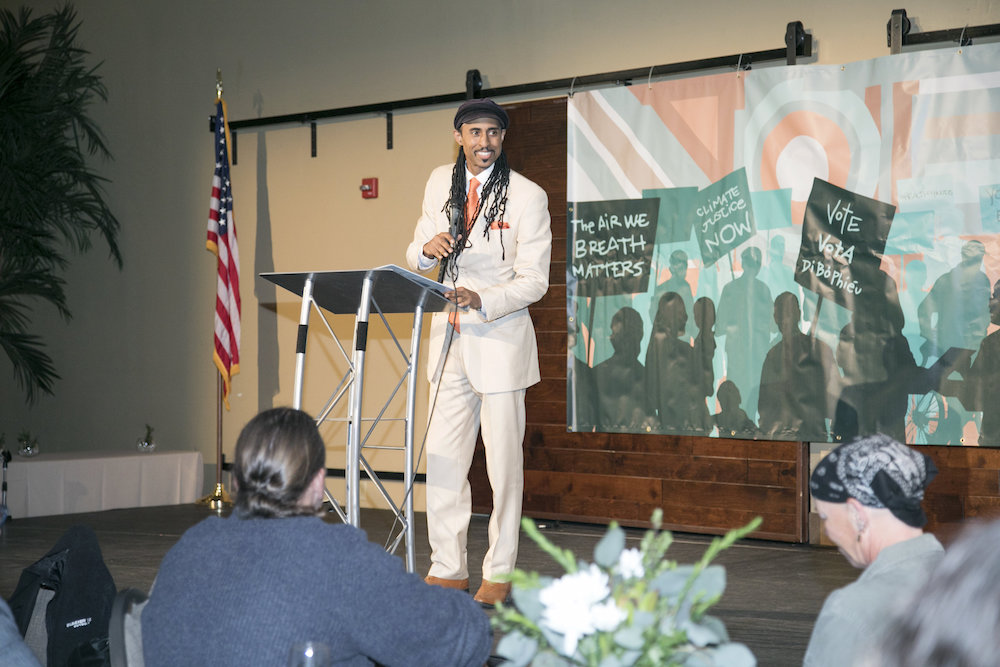
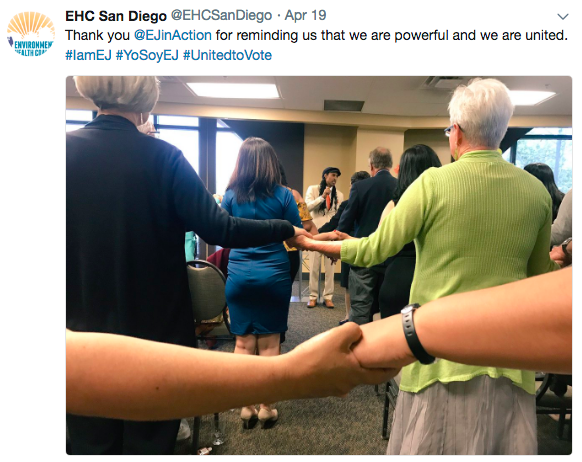
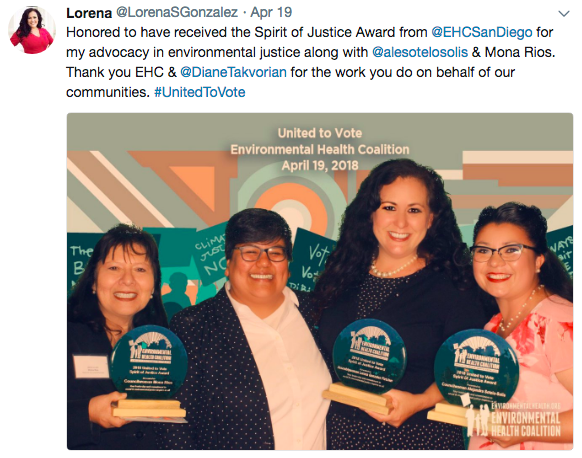
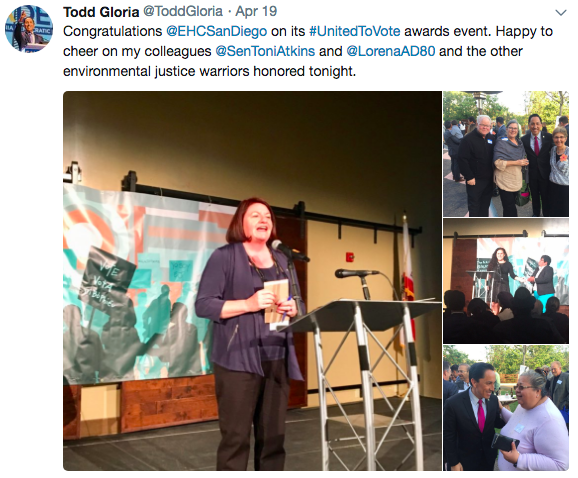
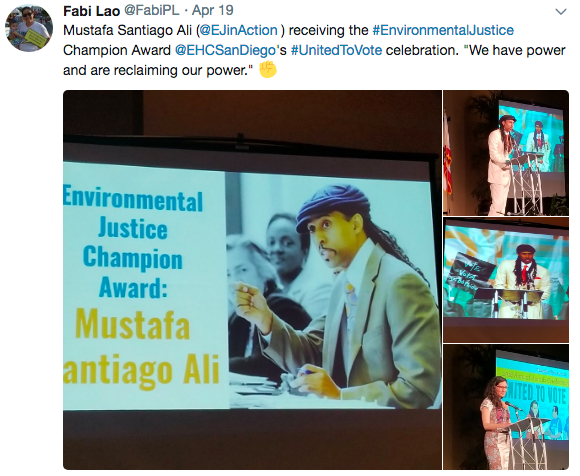
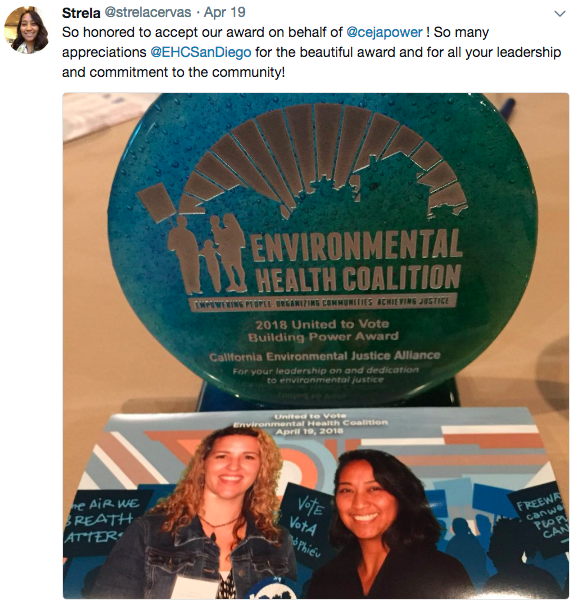
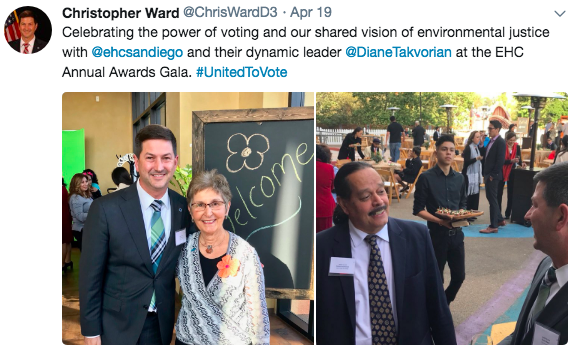
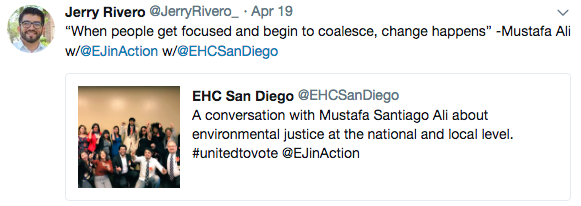
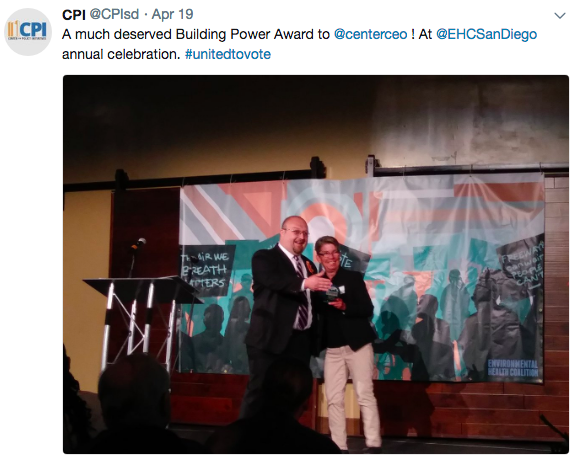
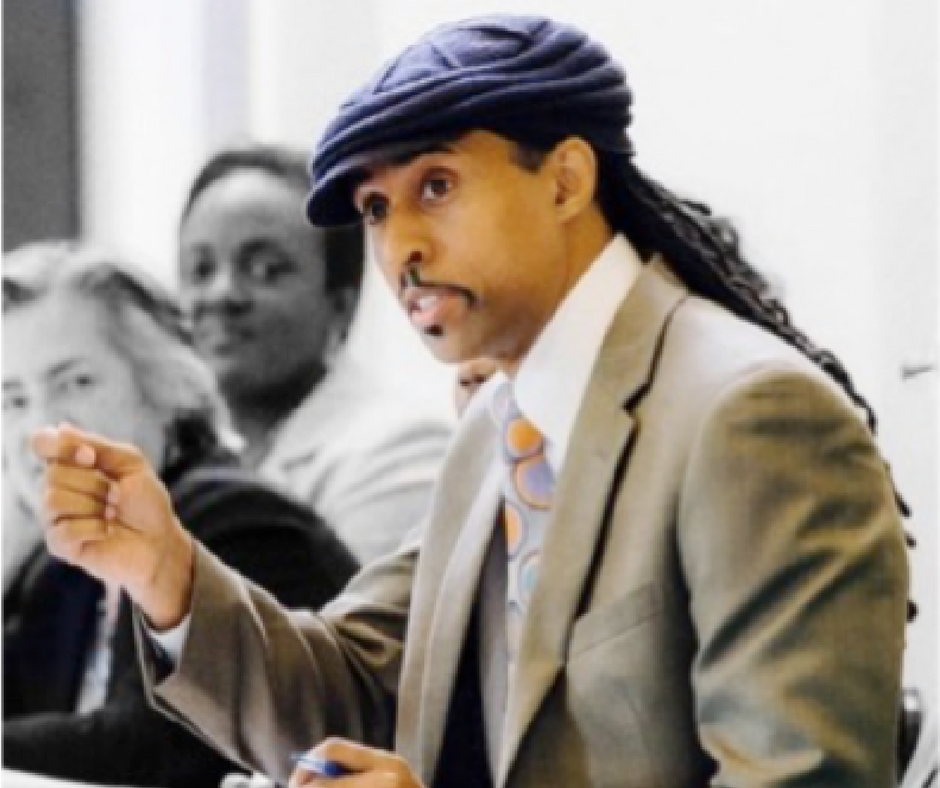
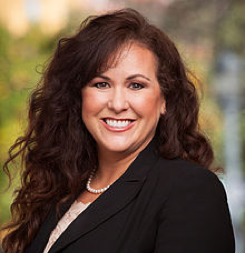
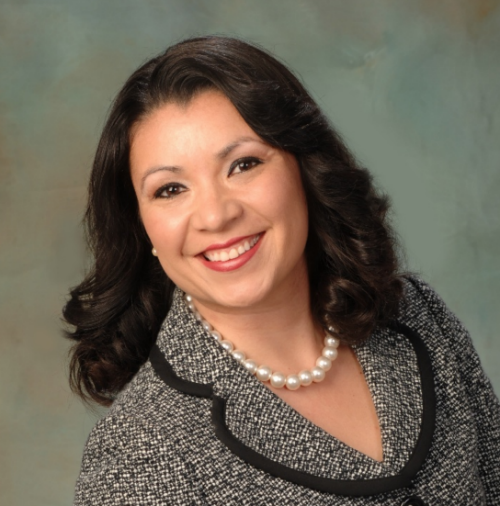
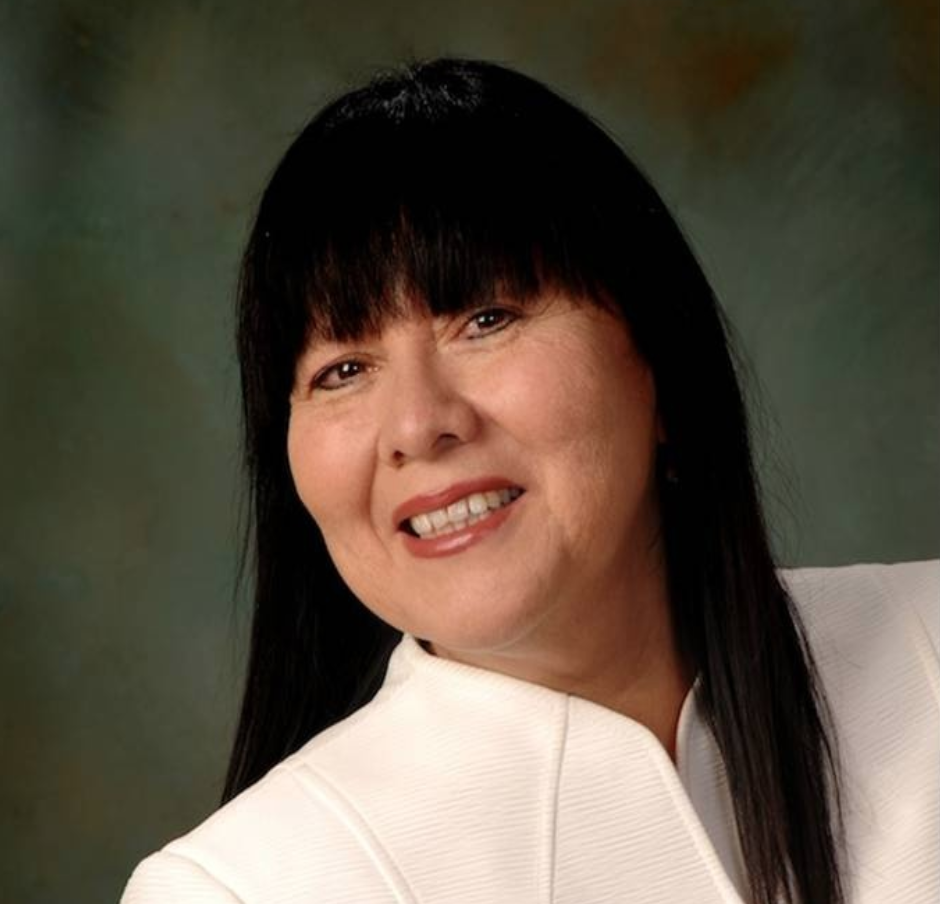
 California Environmental Justice Alliance (CEJA) - Environmental Justice Champion Award
California Environmental Justice Alliance (CEJA) - Environmental Justice Champion Award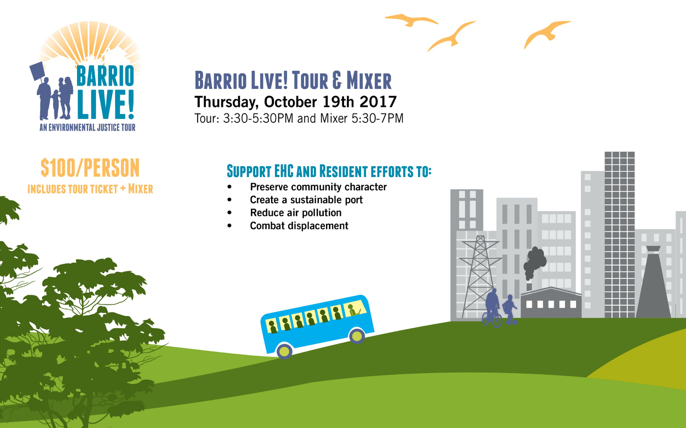
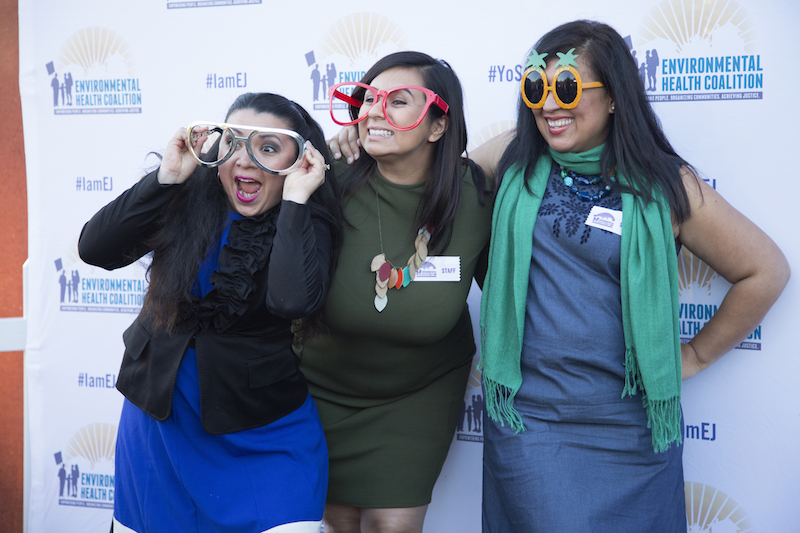
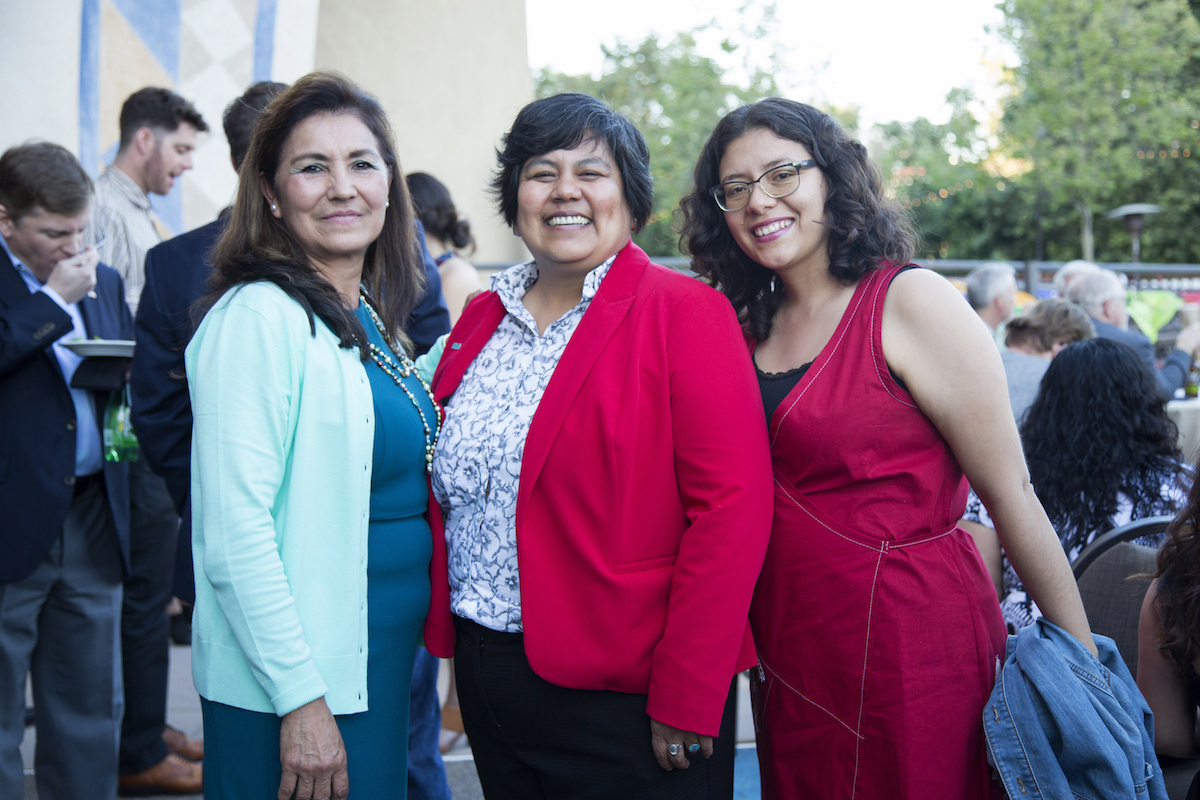
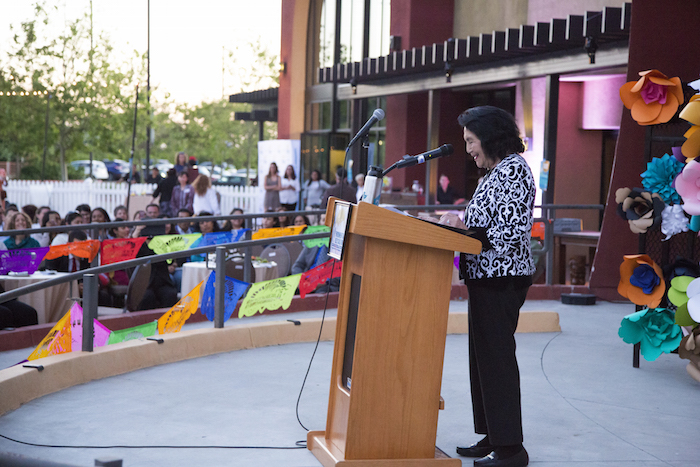


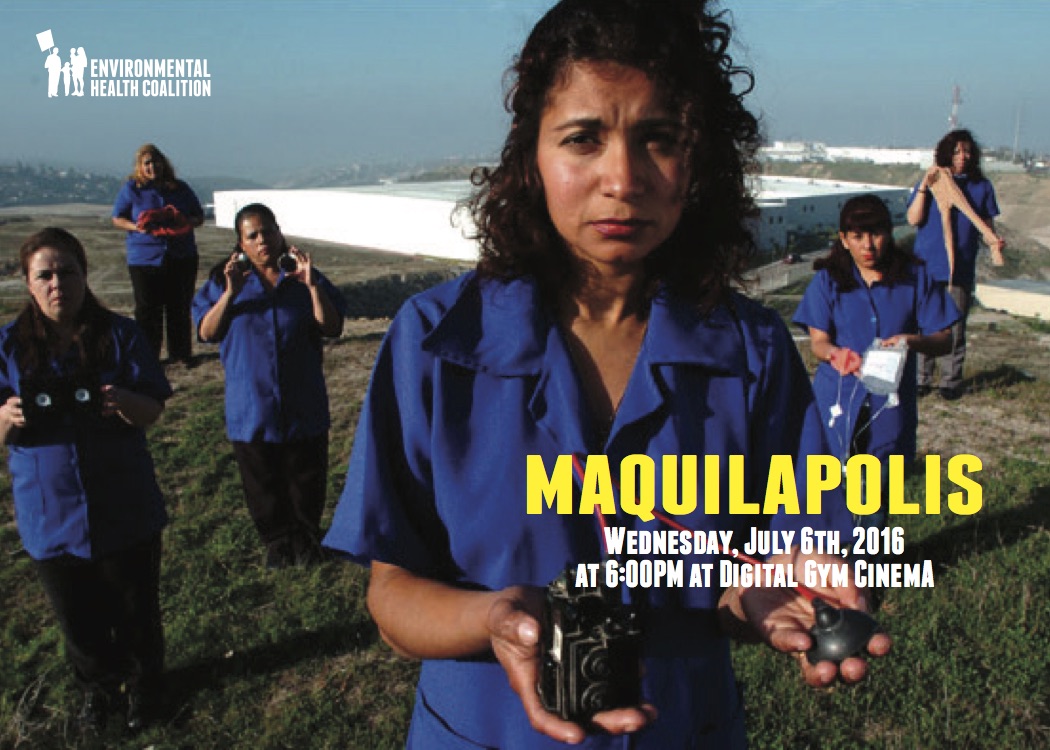
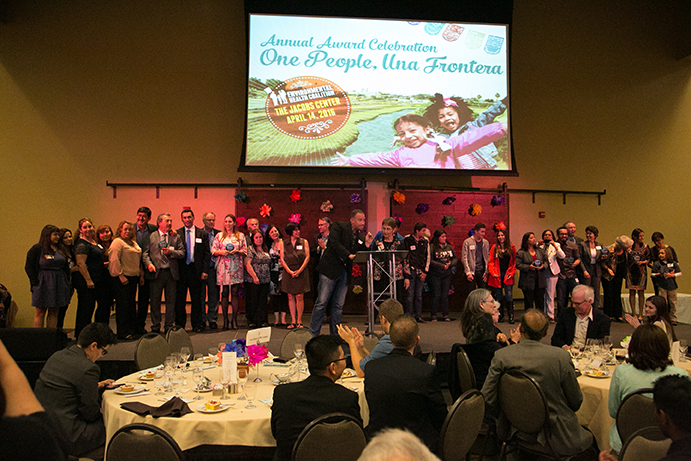

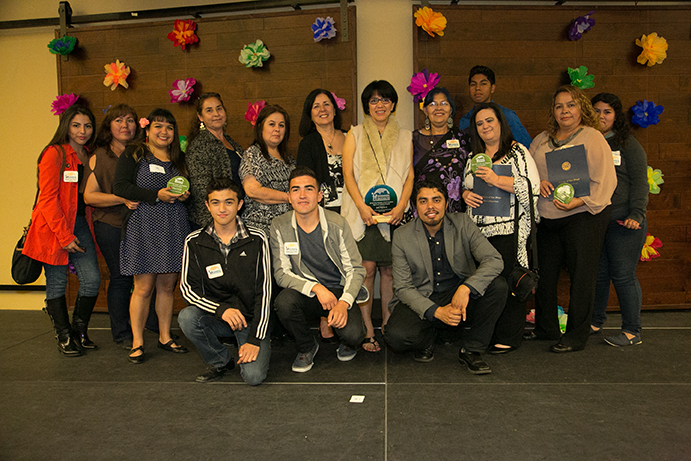
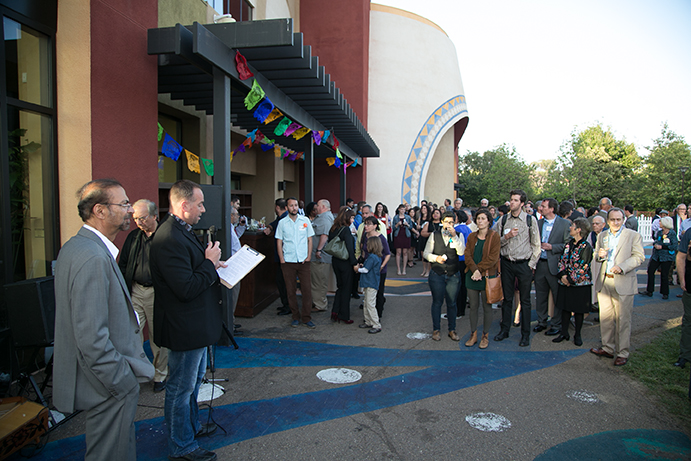
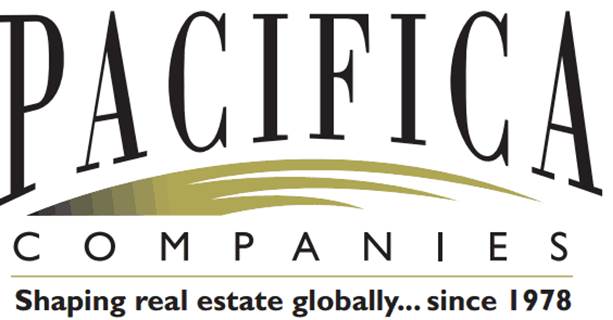
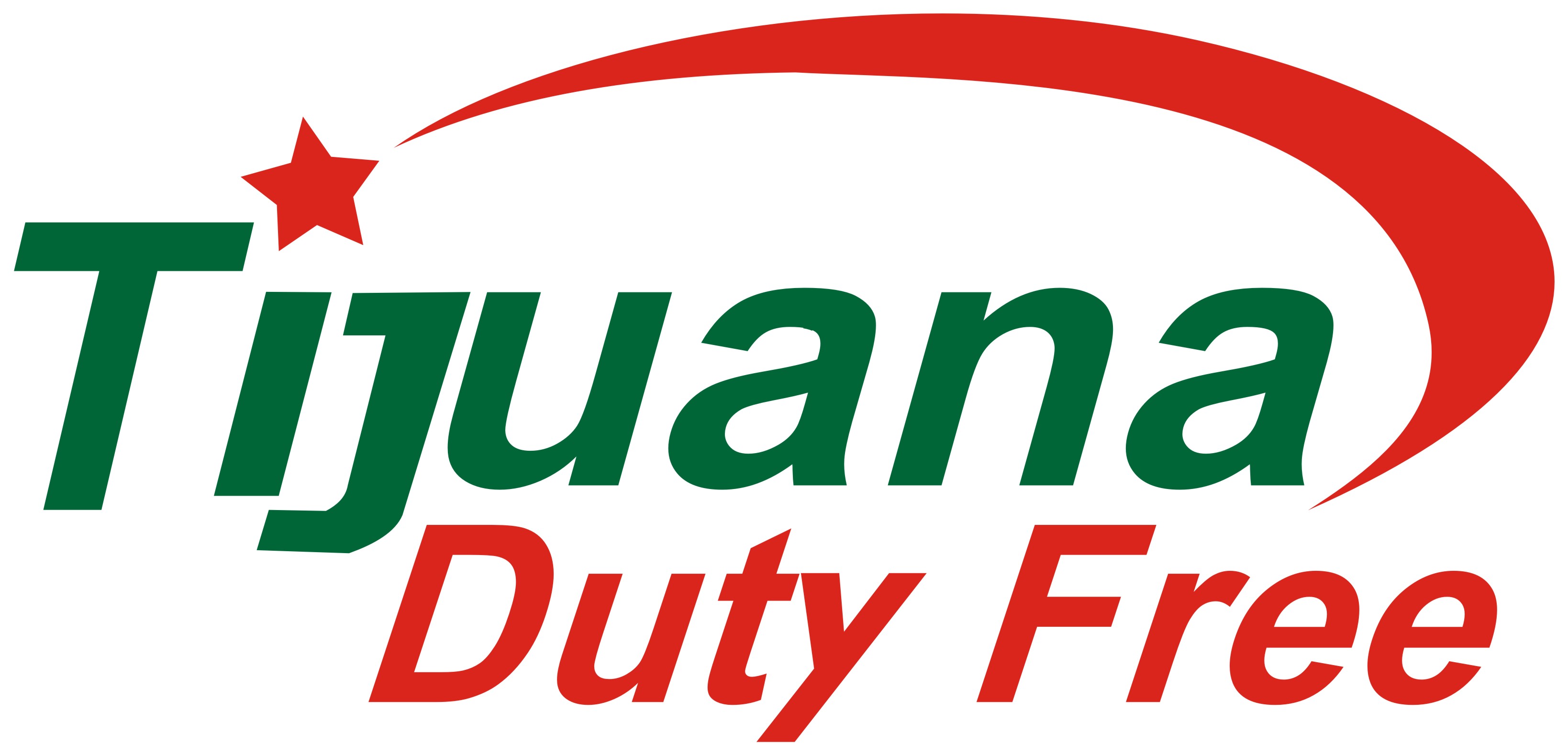
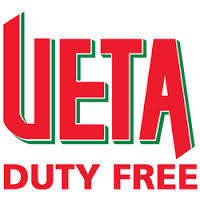
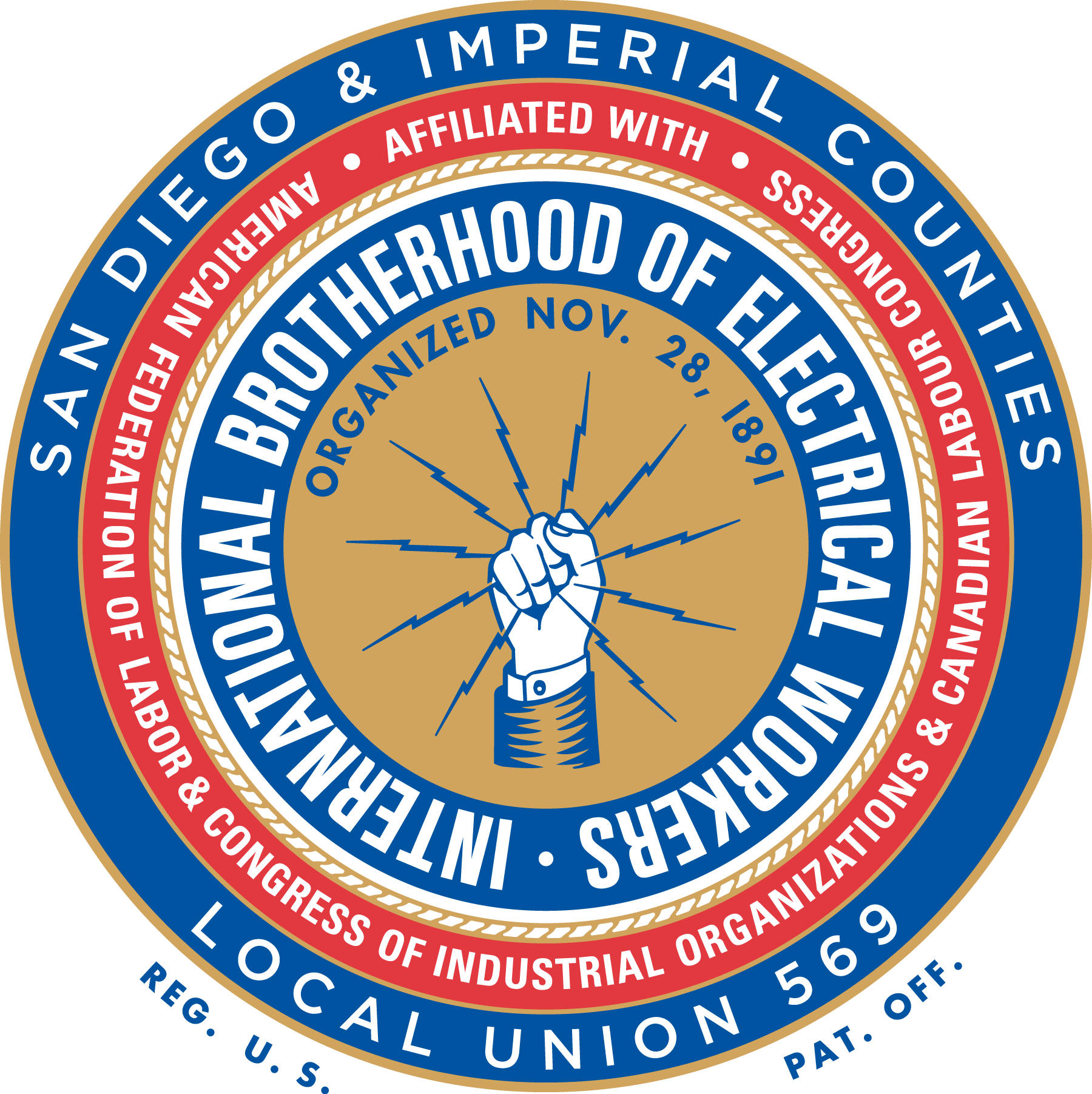
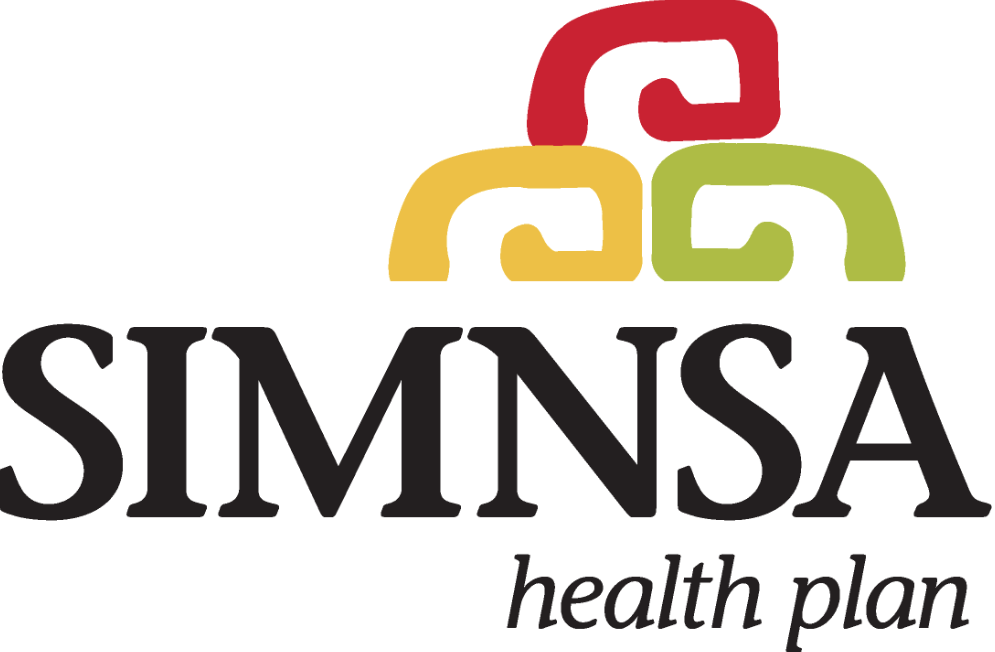

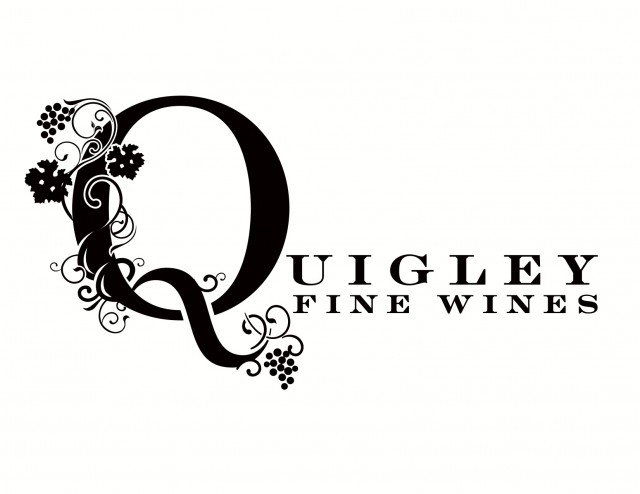
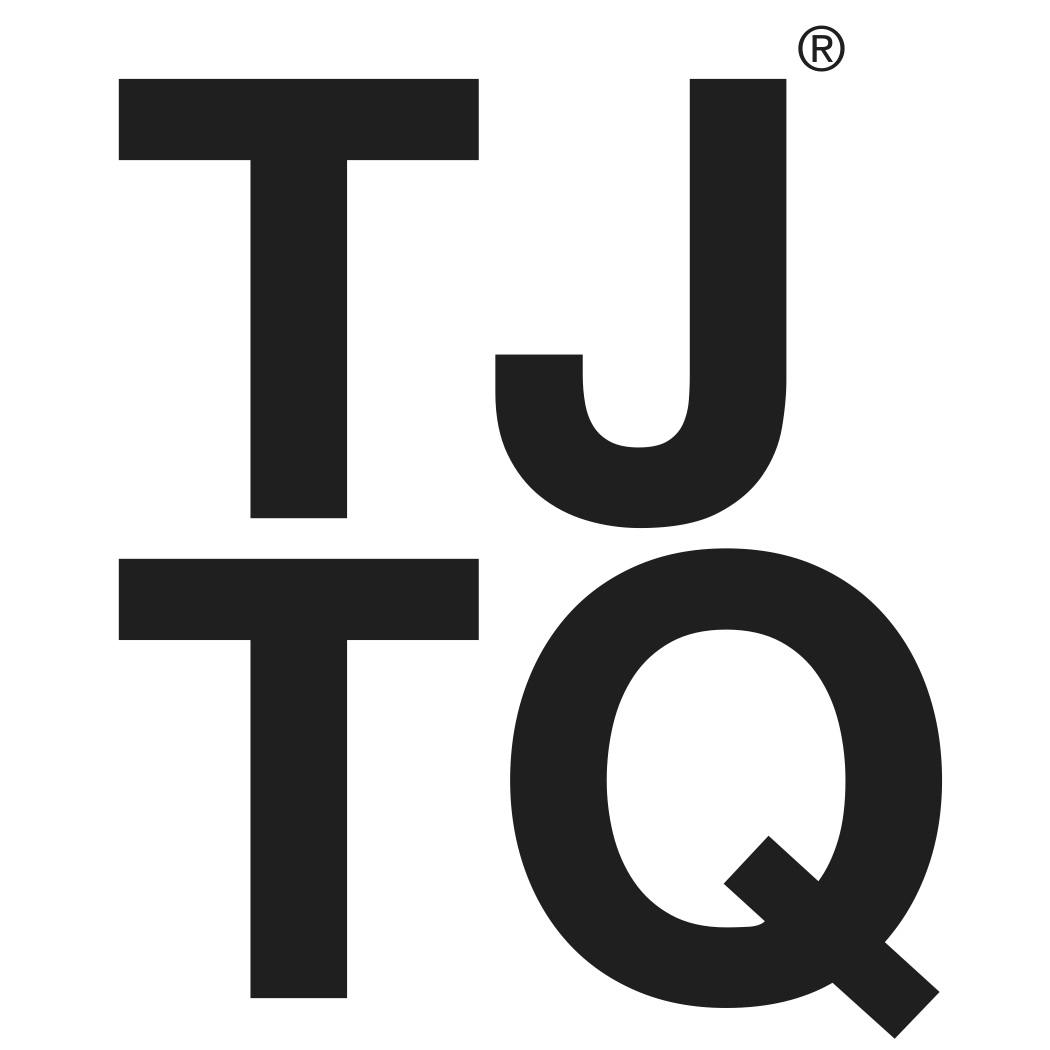
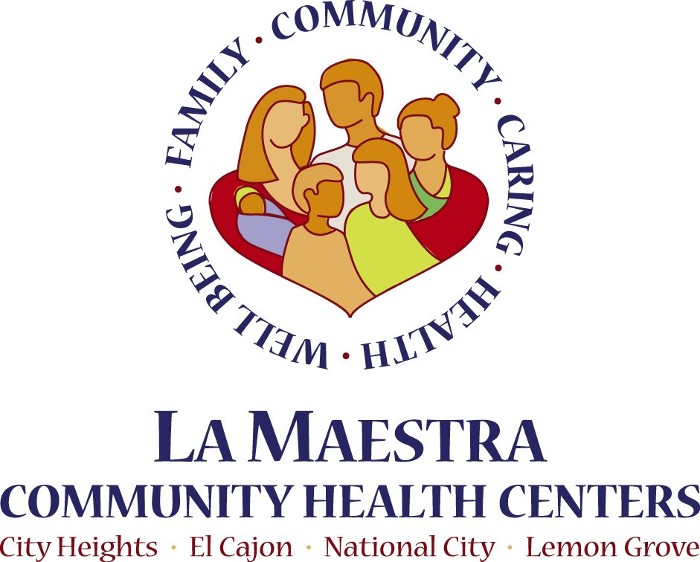
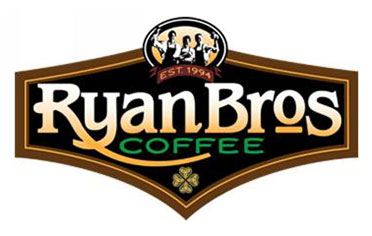
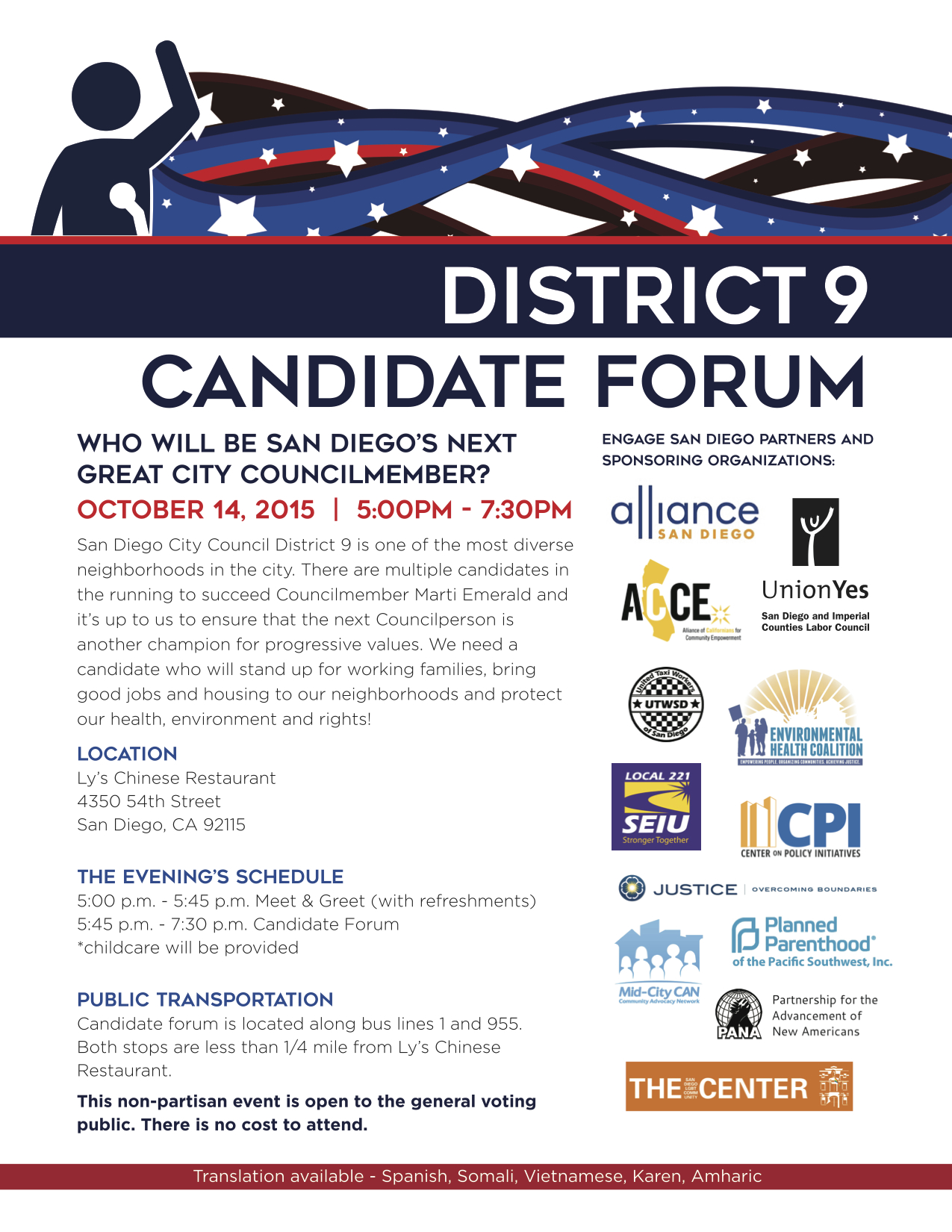
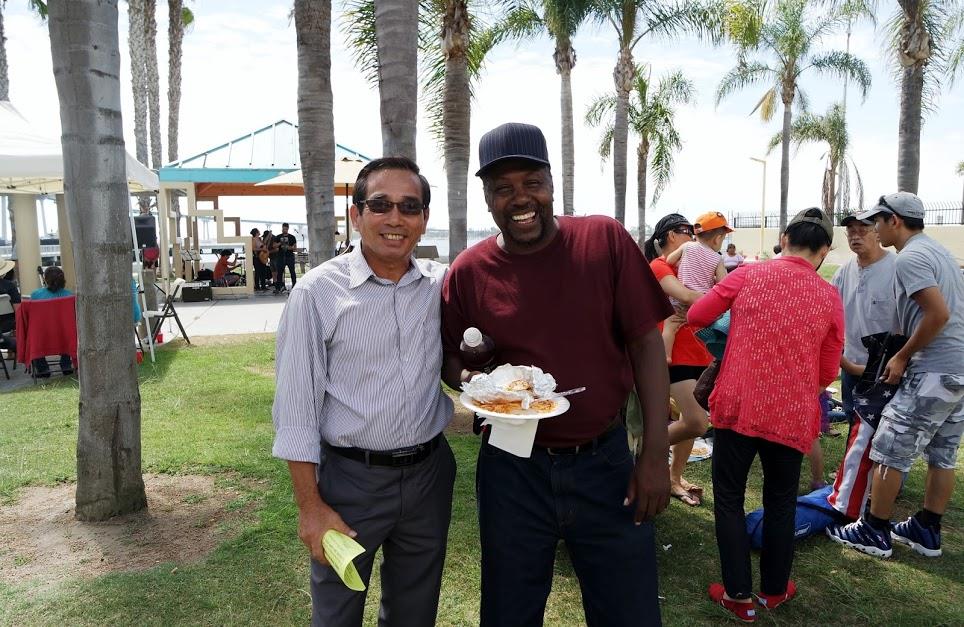

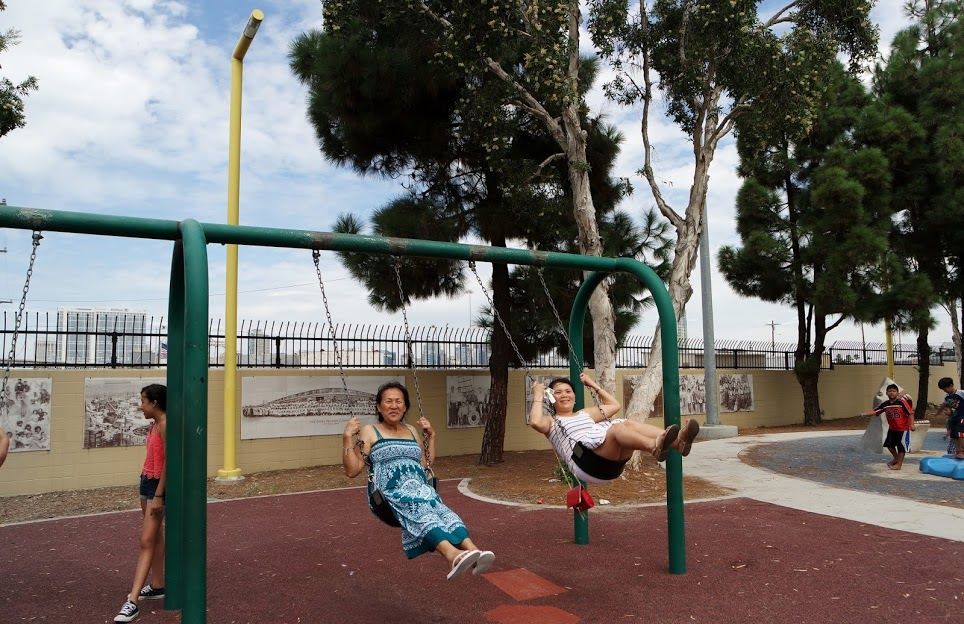
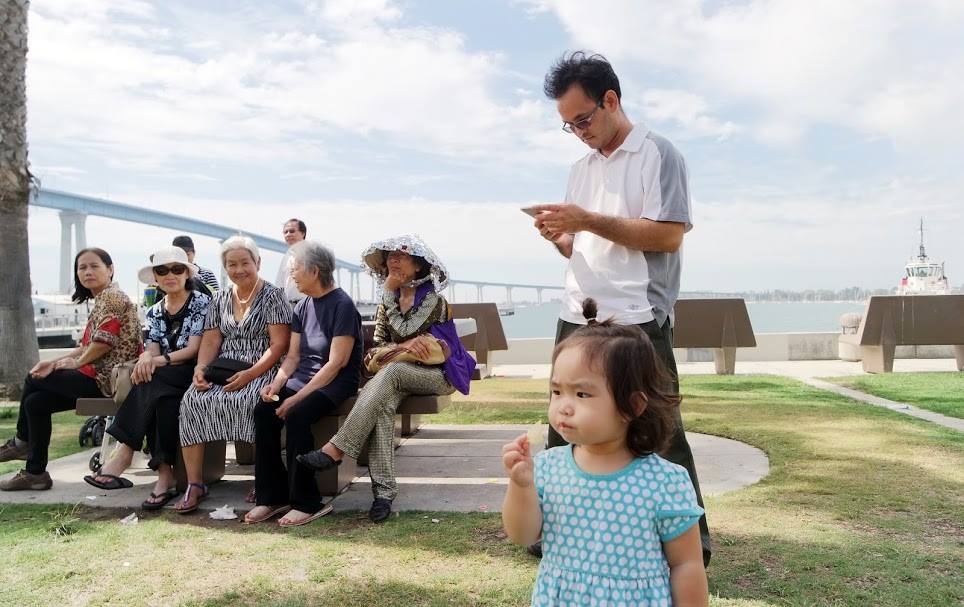
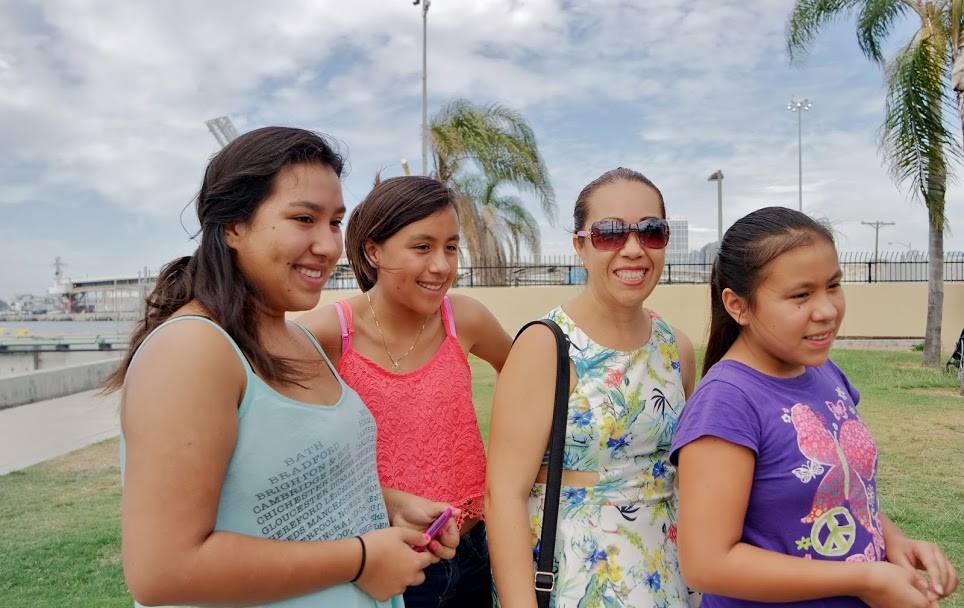

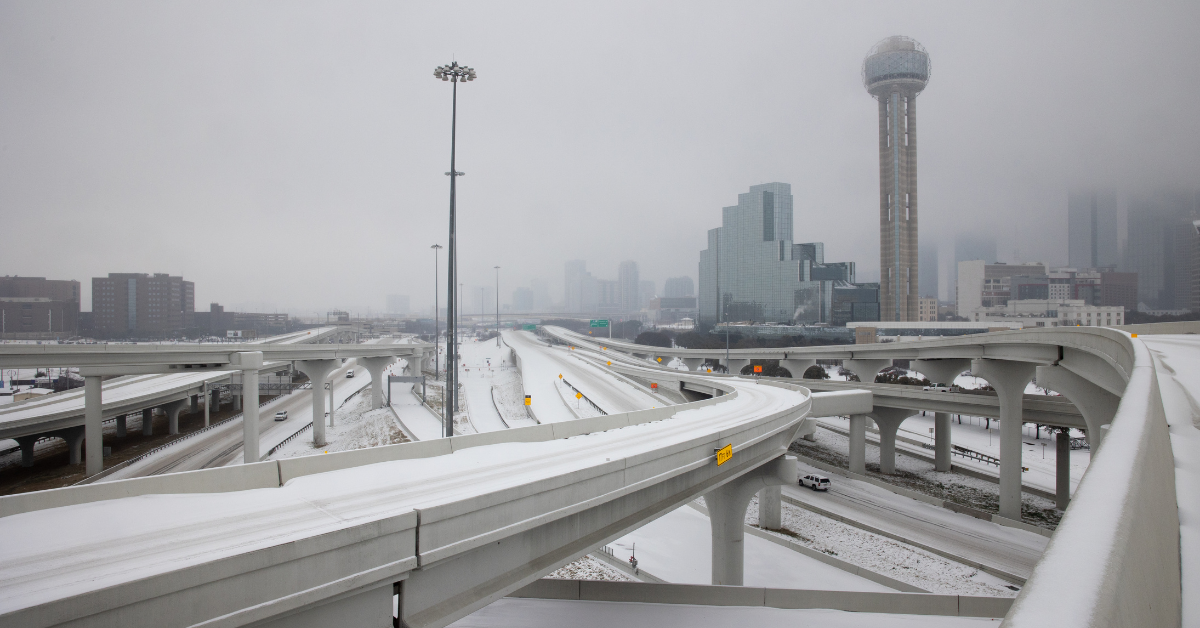



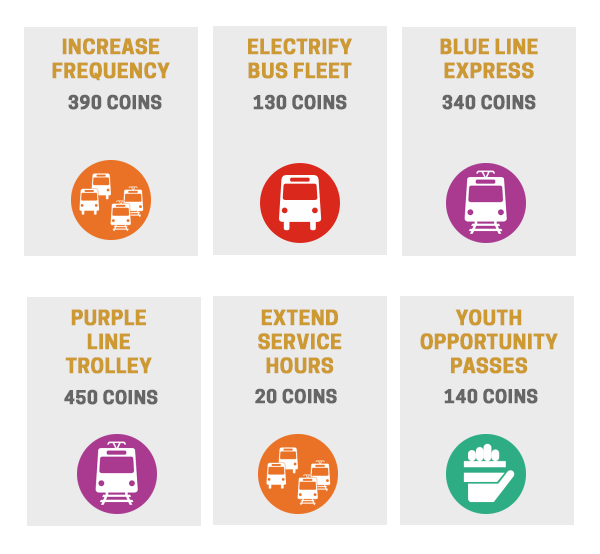


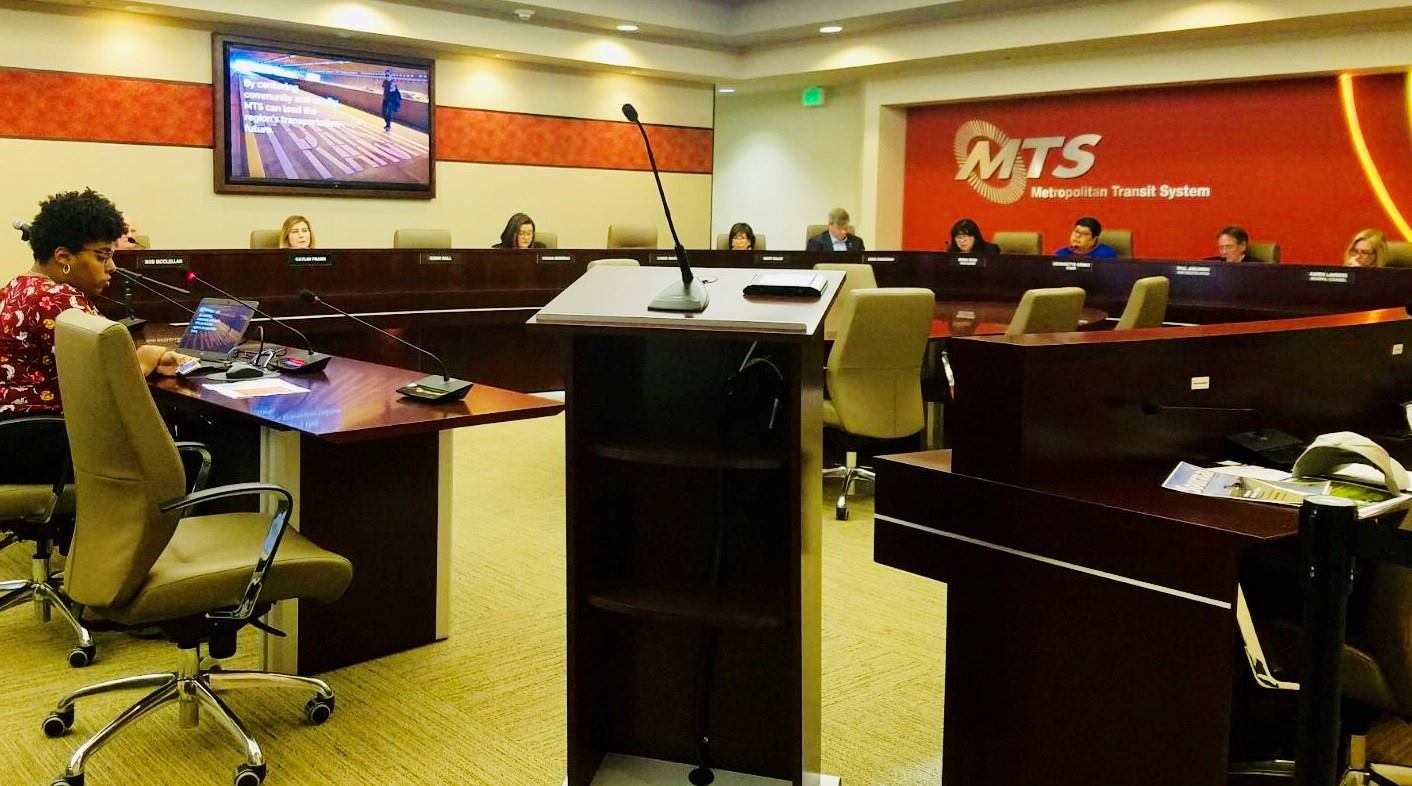
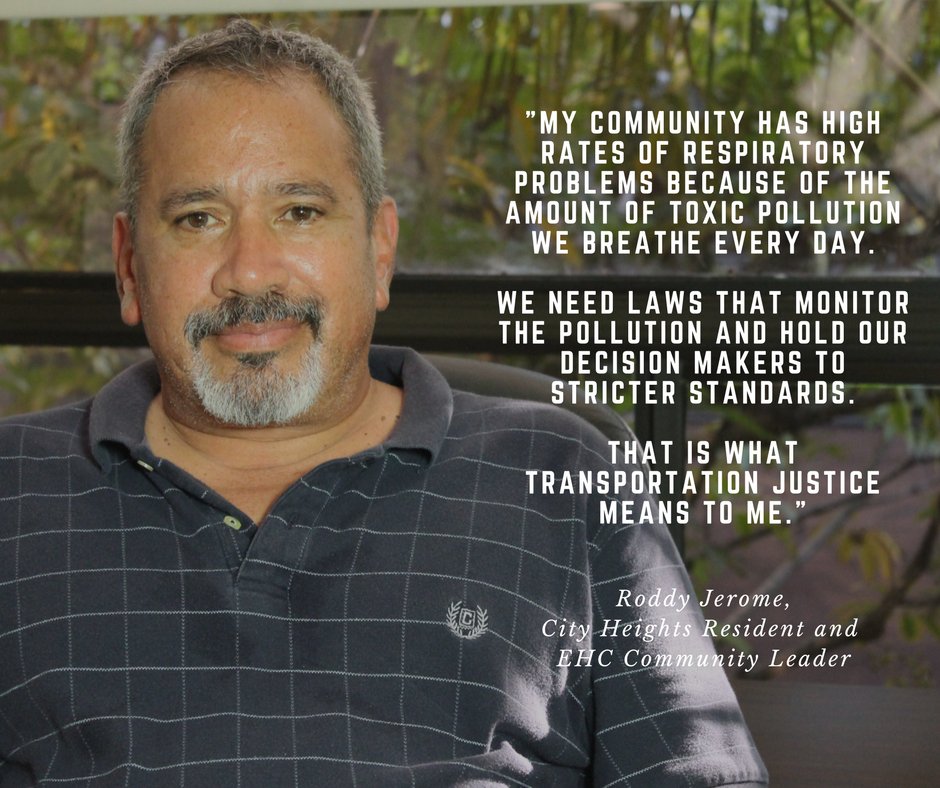
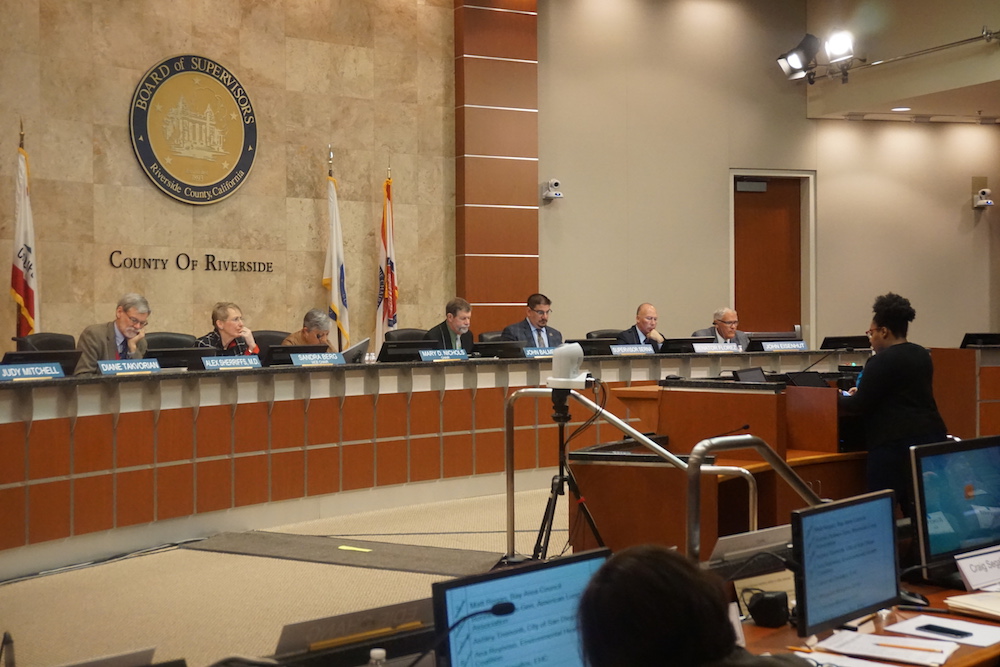
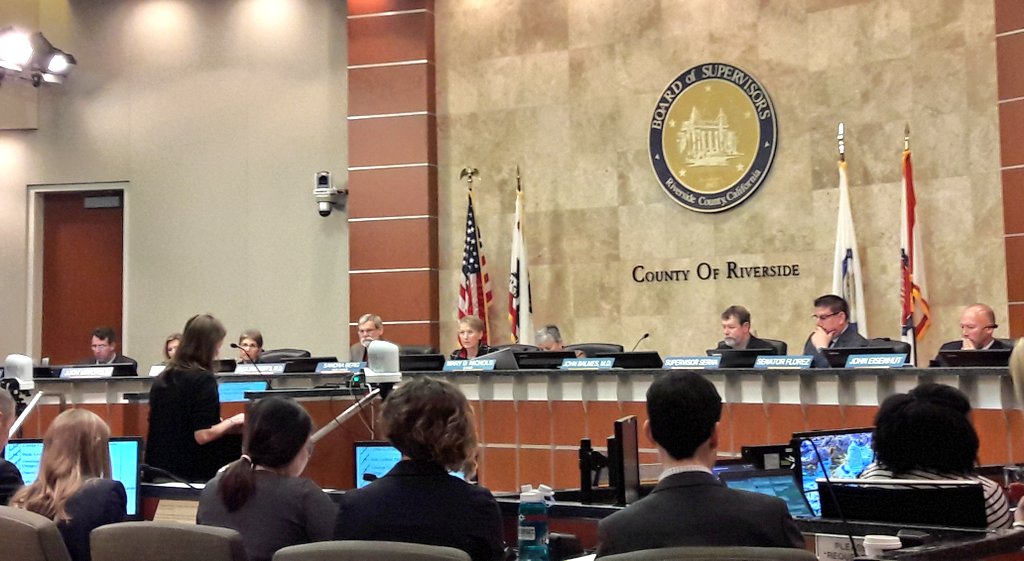
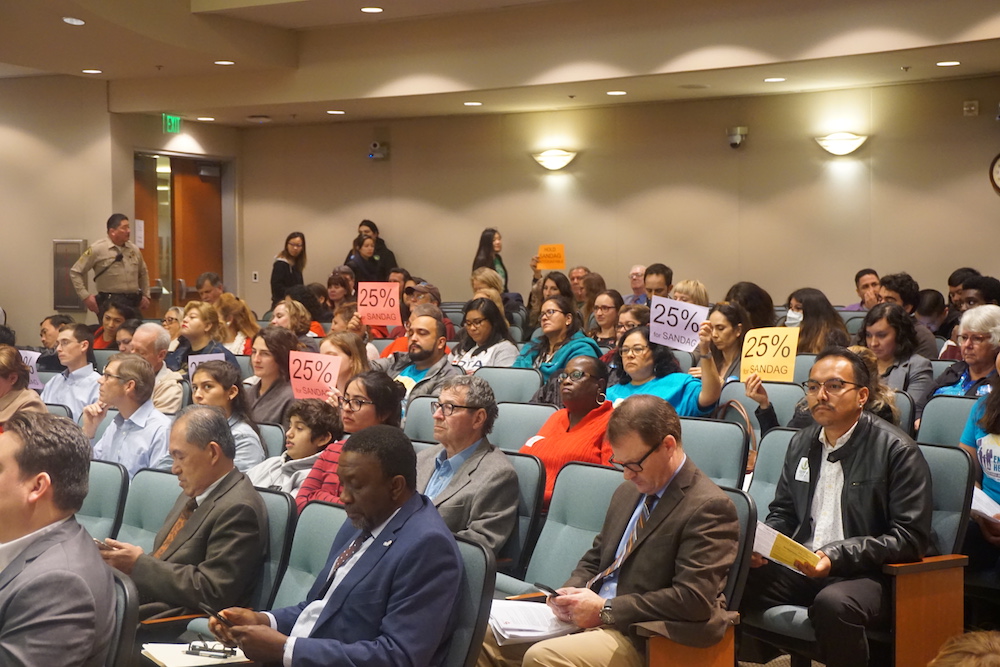
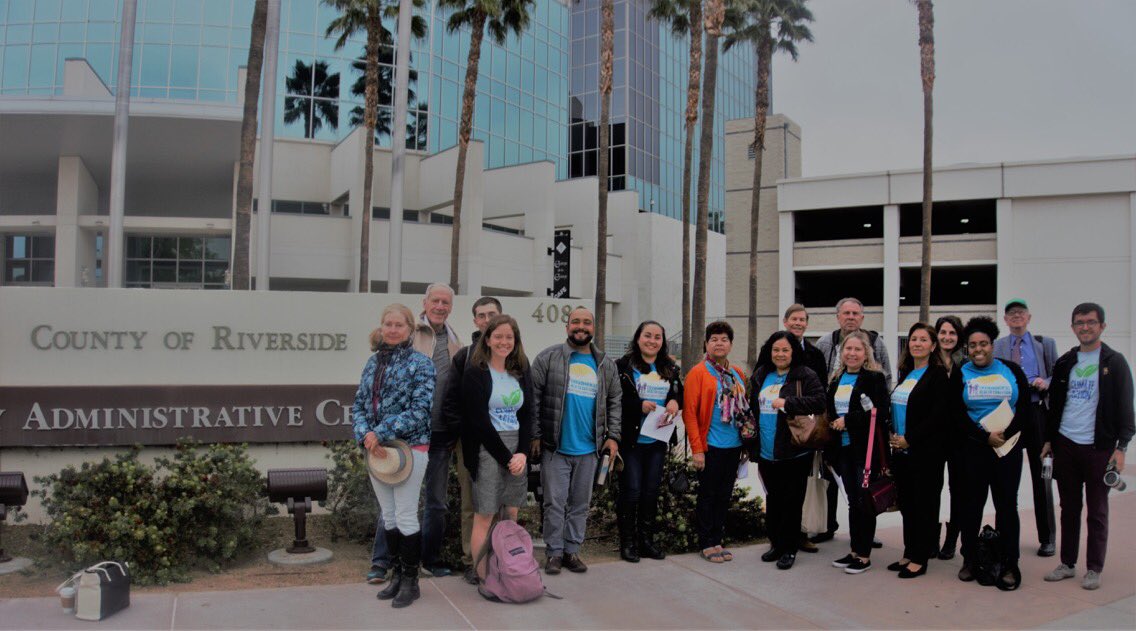
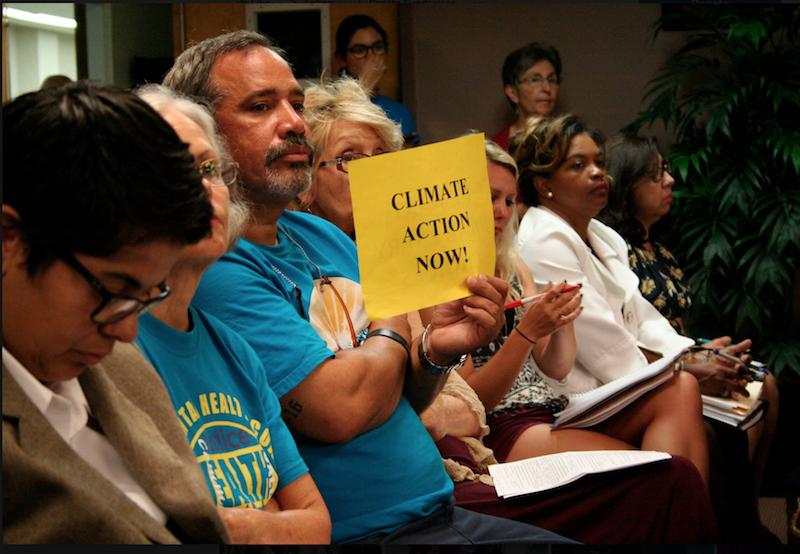
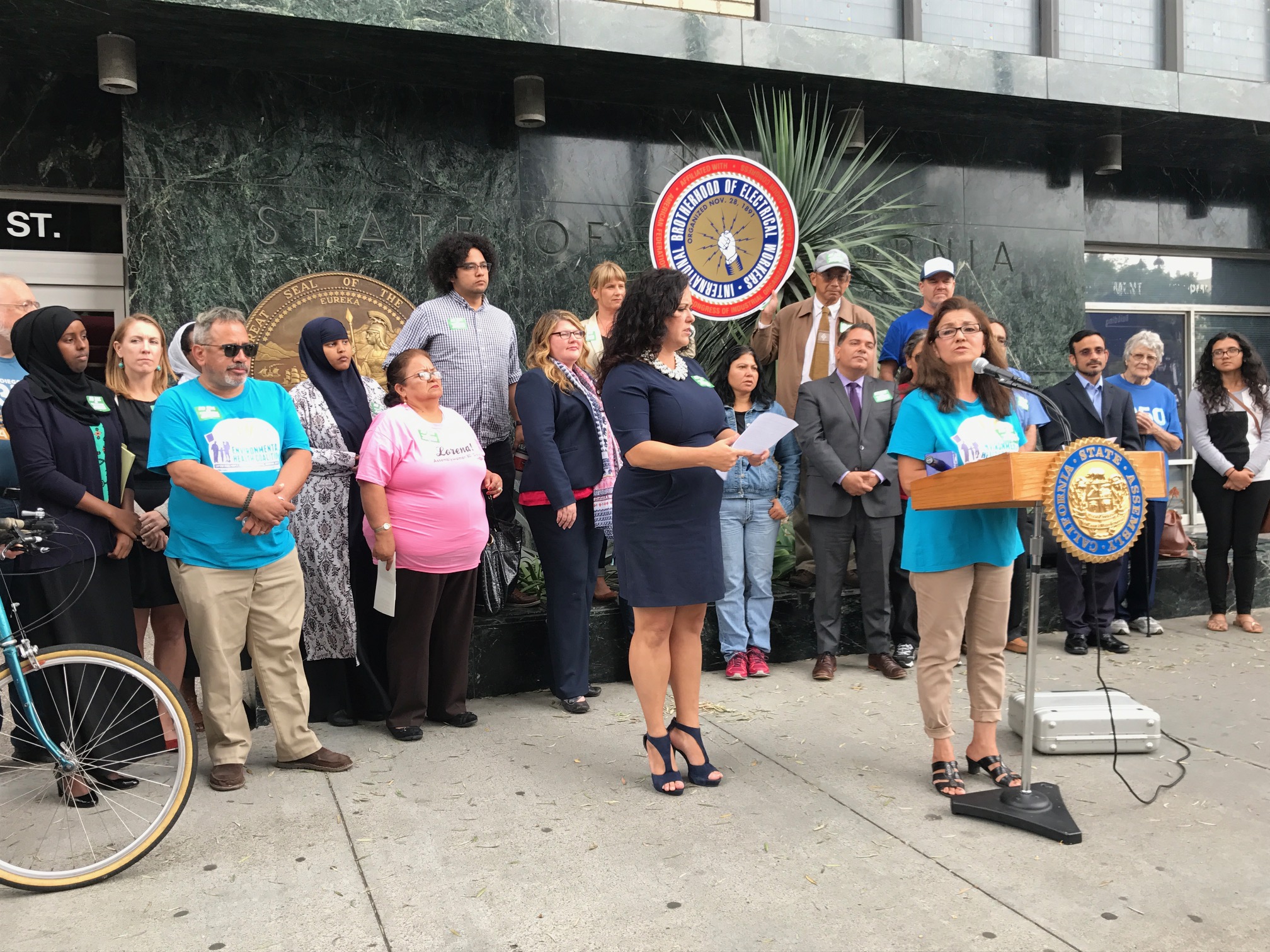
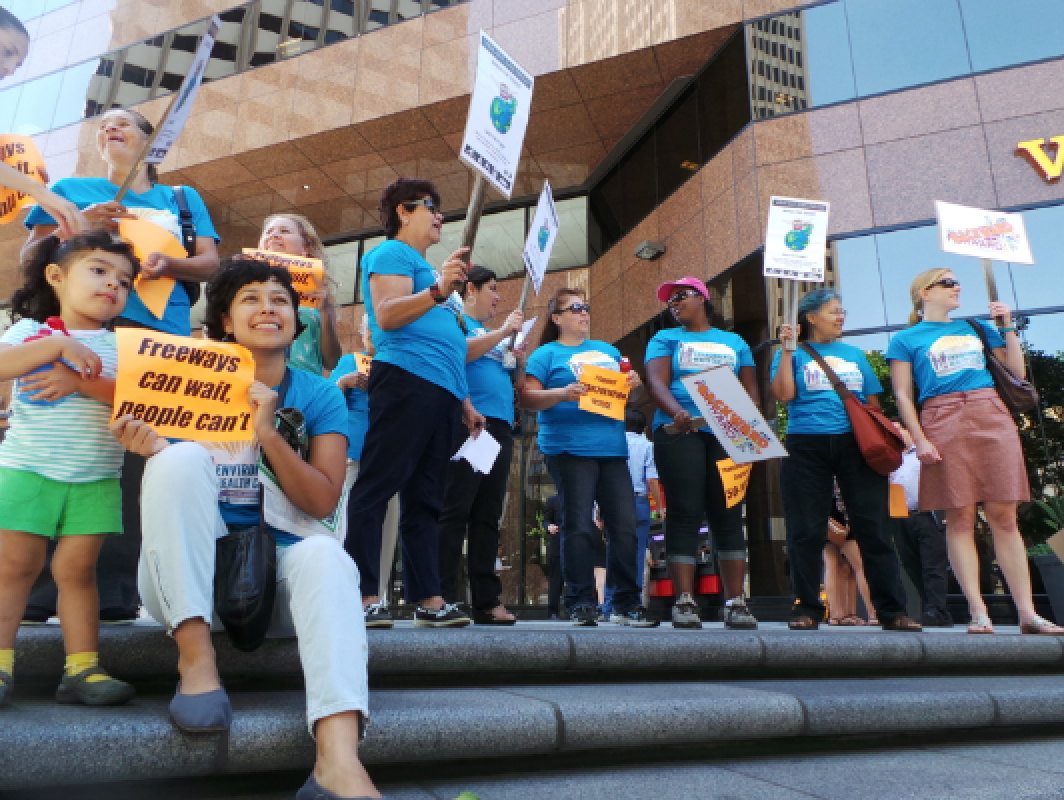
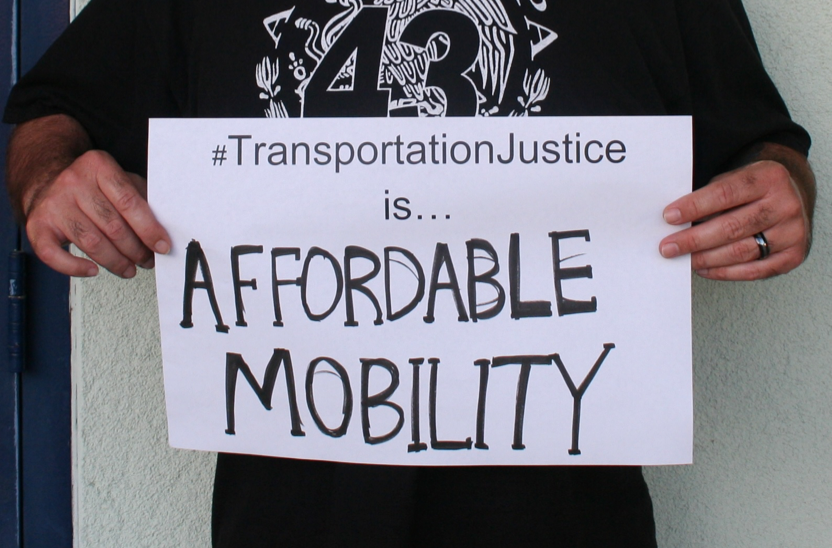
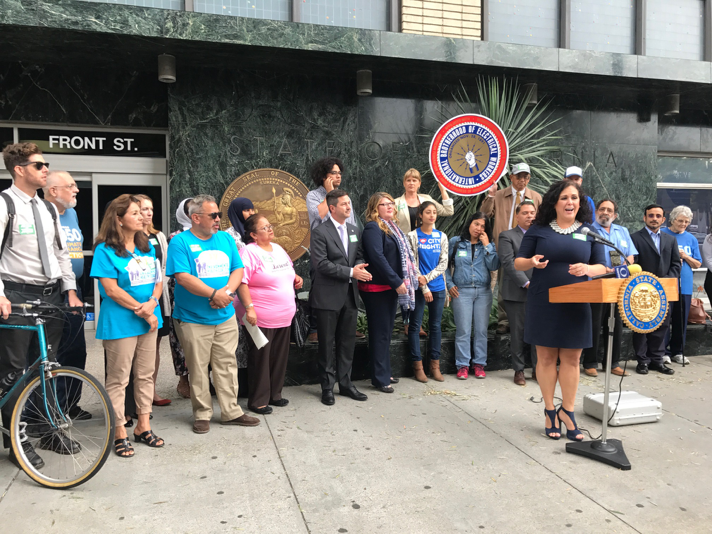
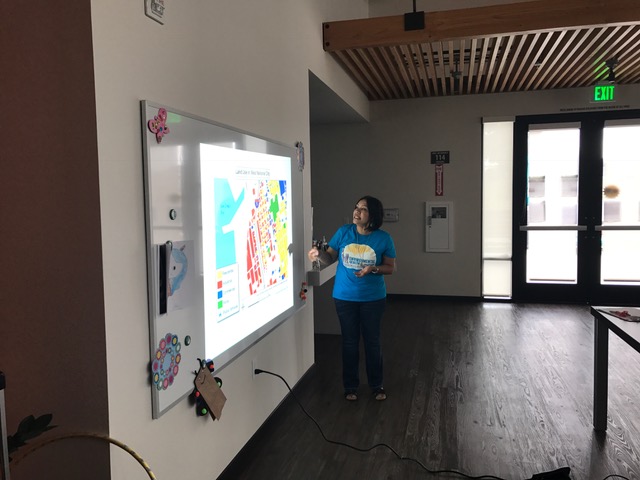
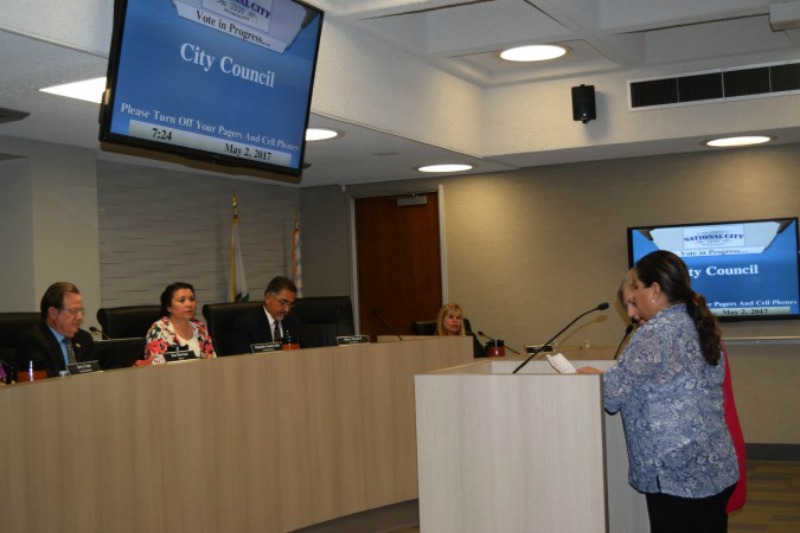
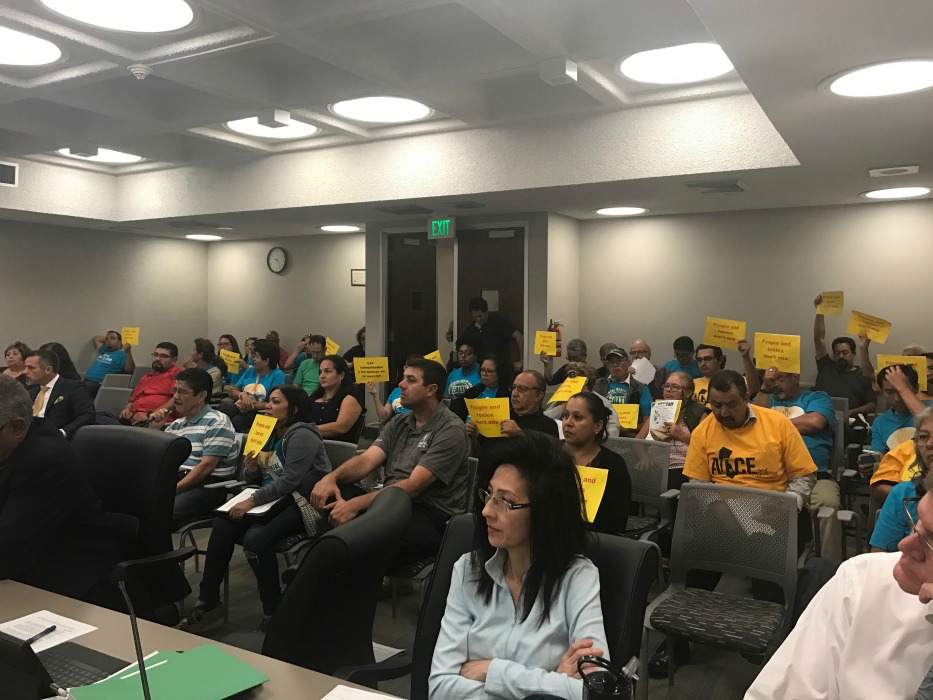

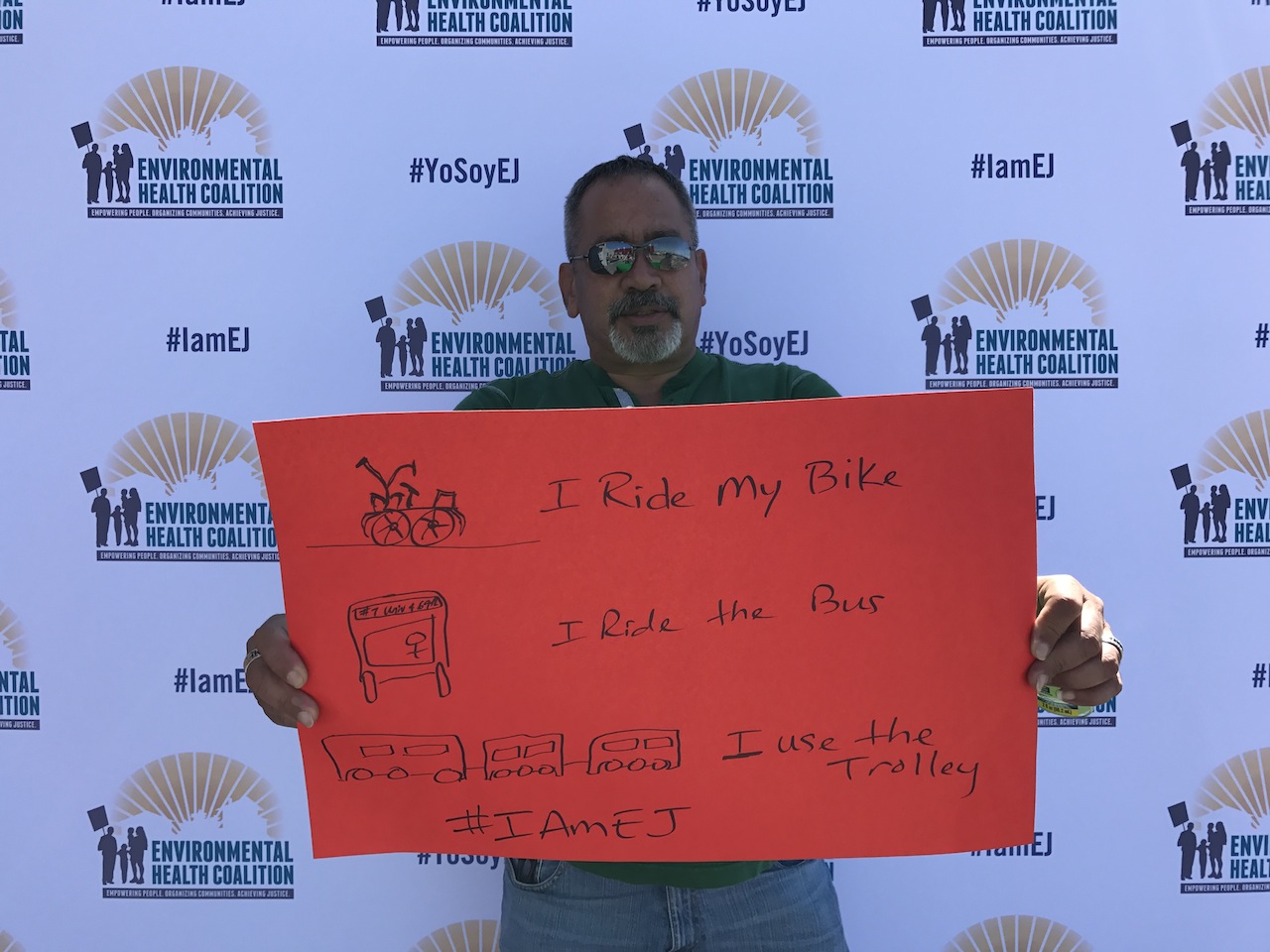
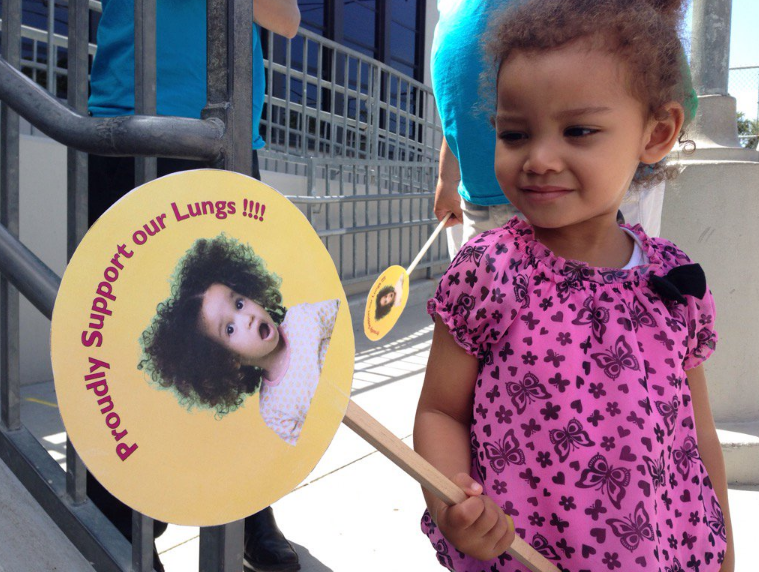
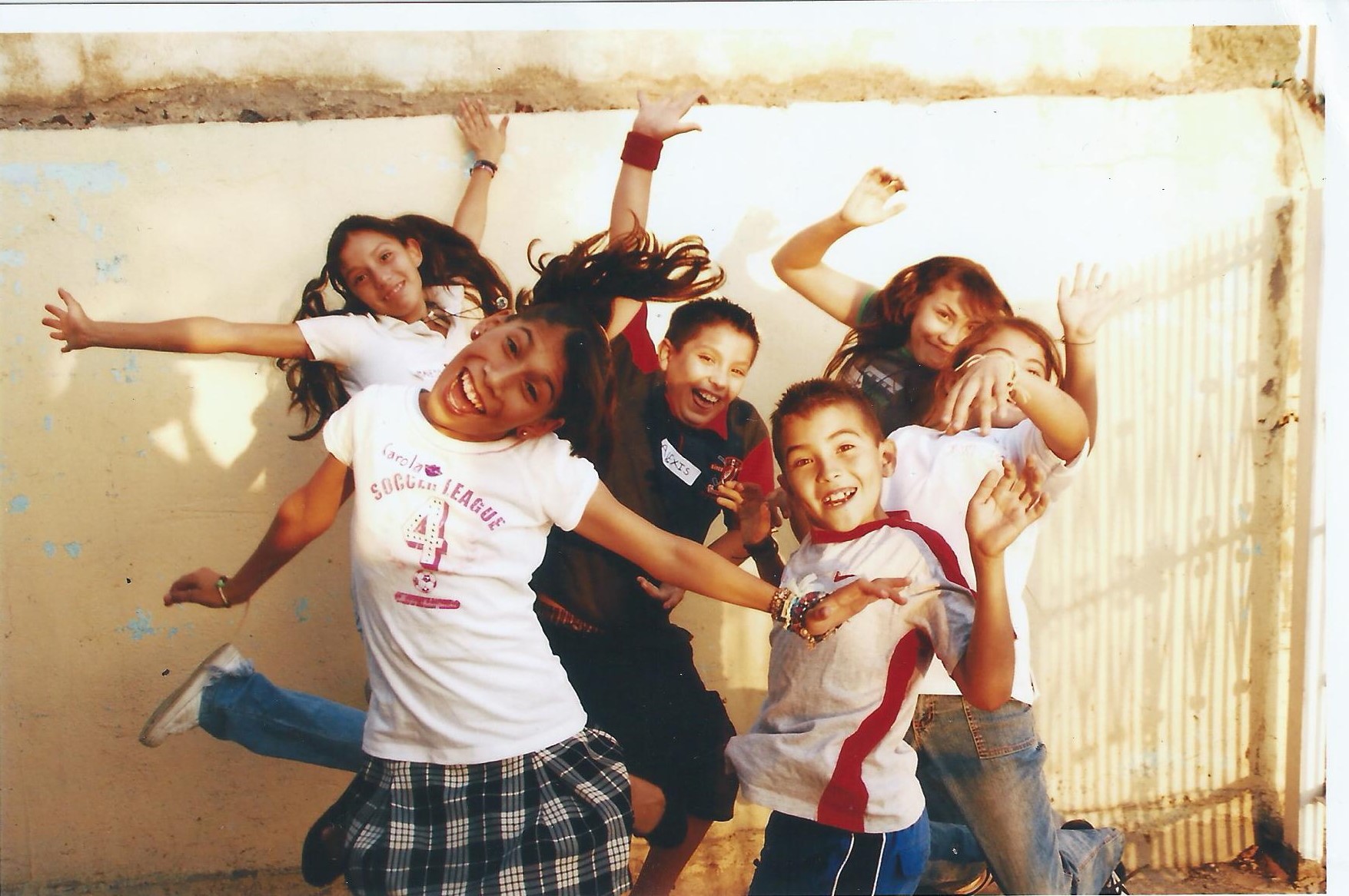
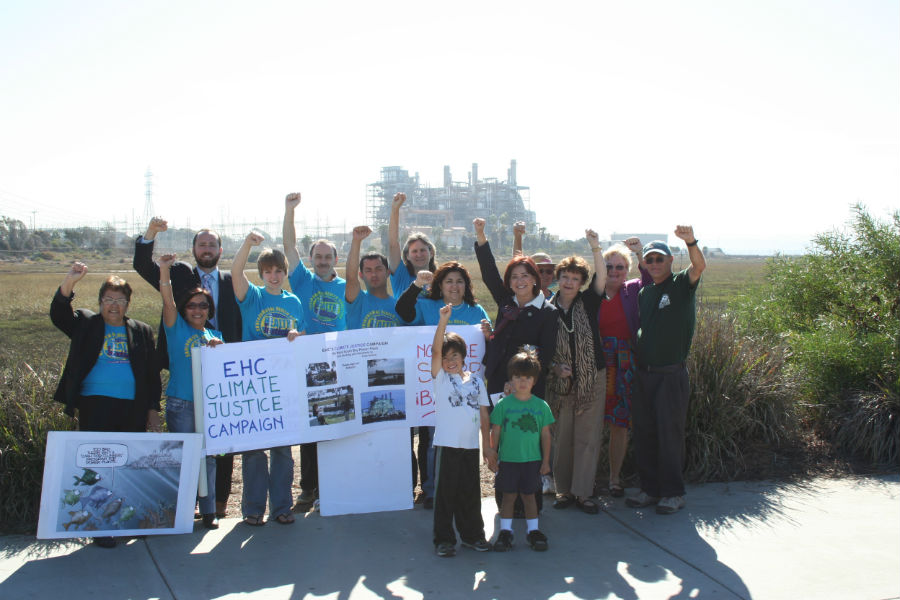
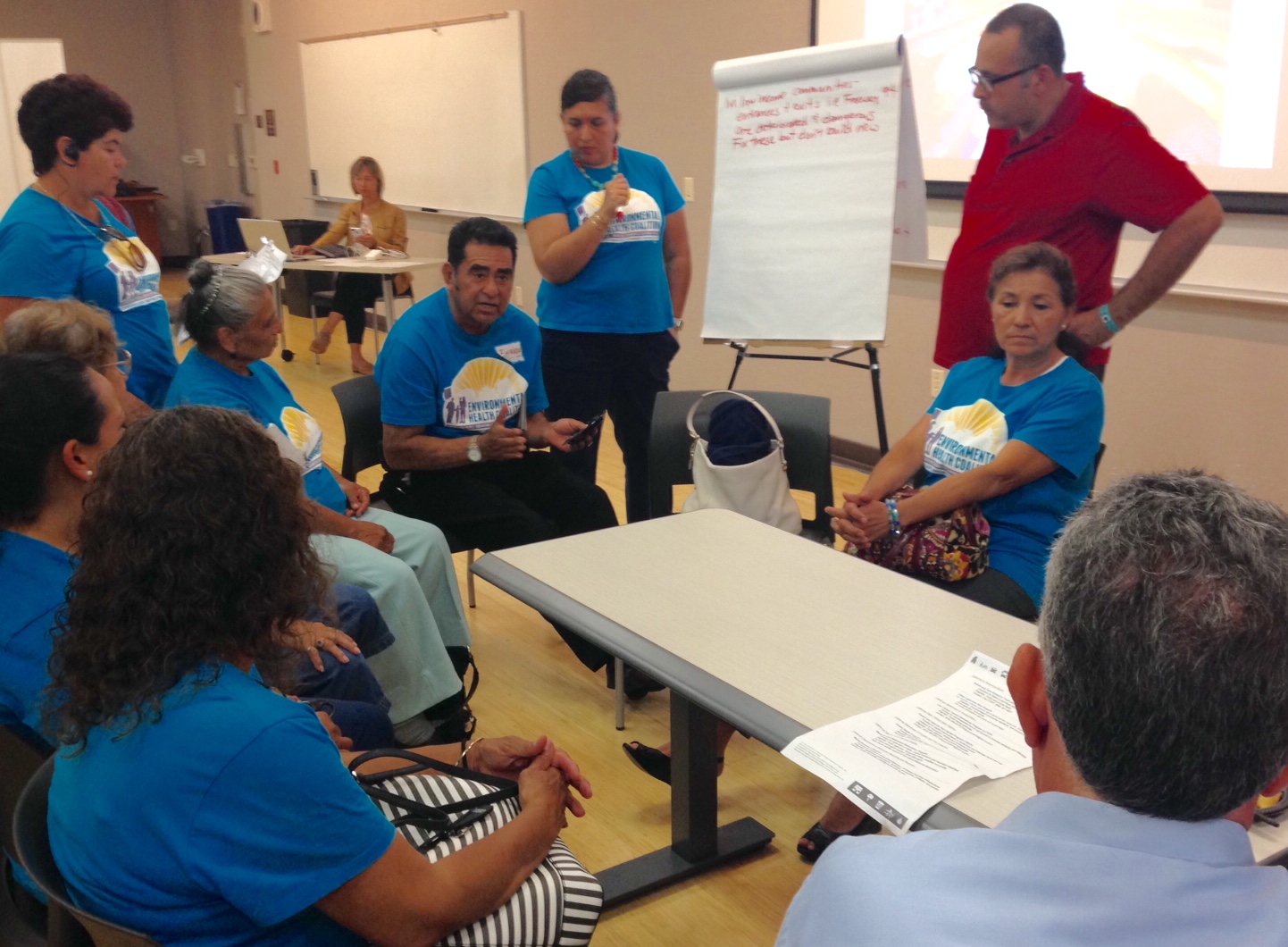
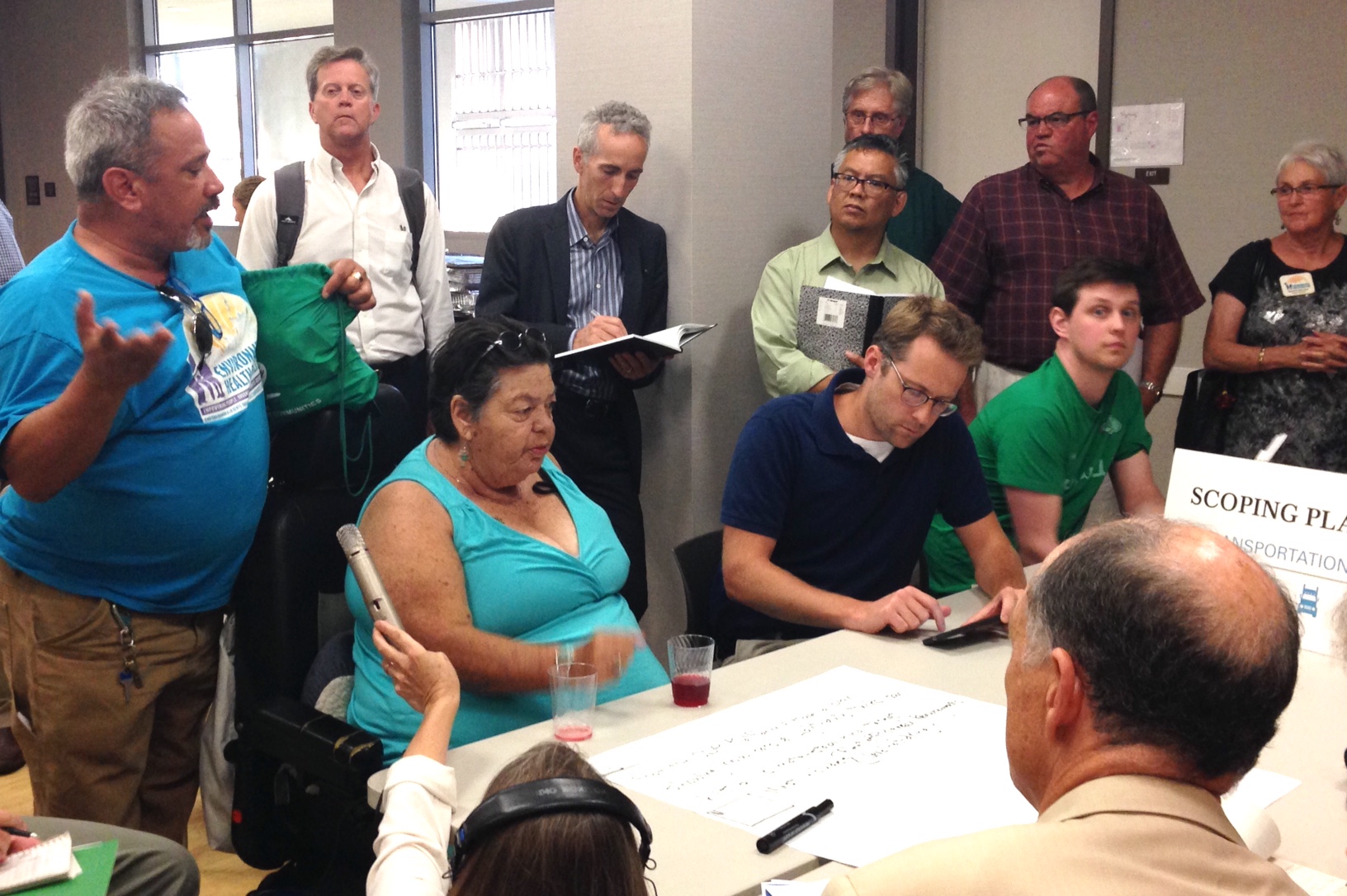
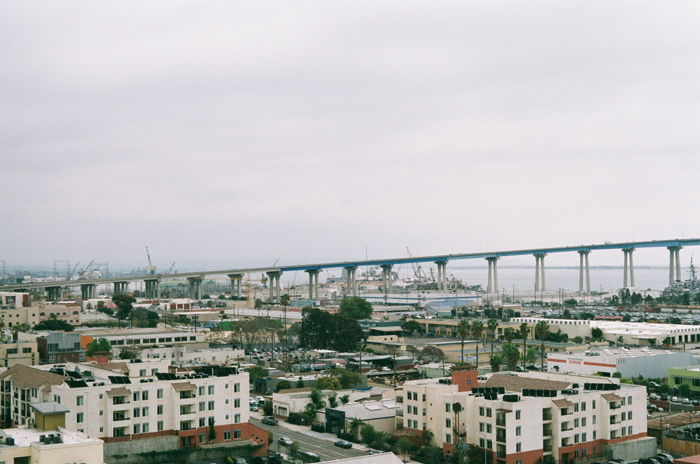
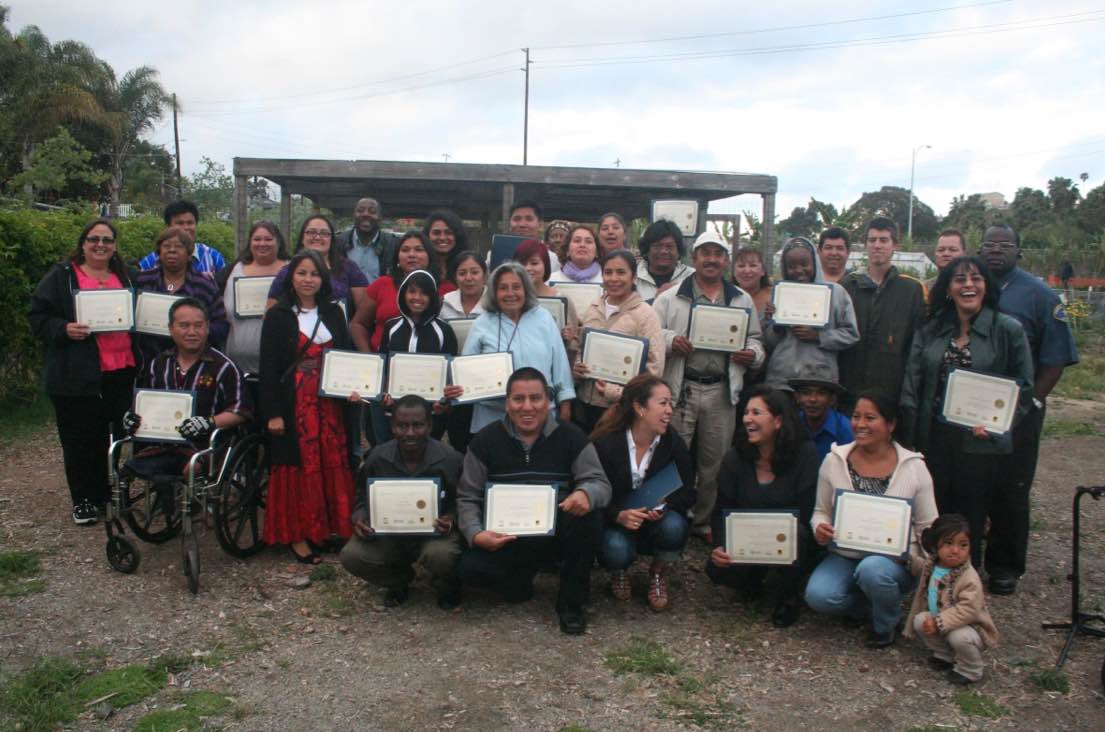
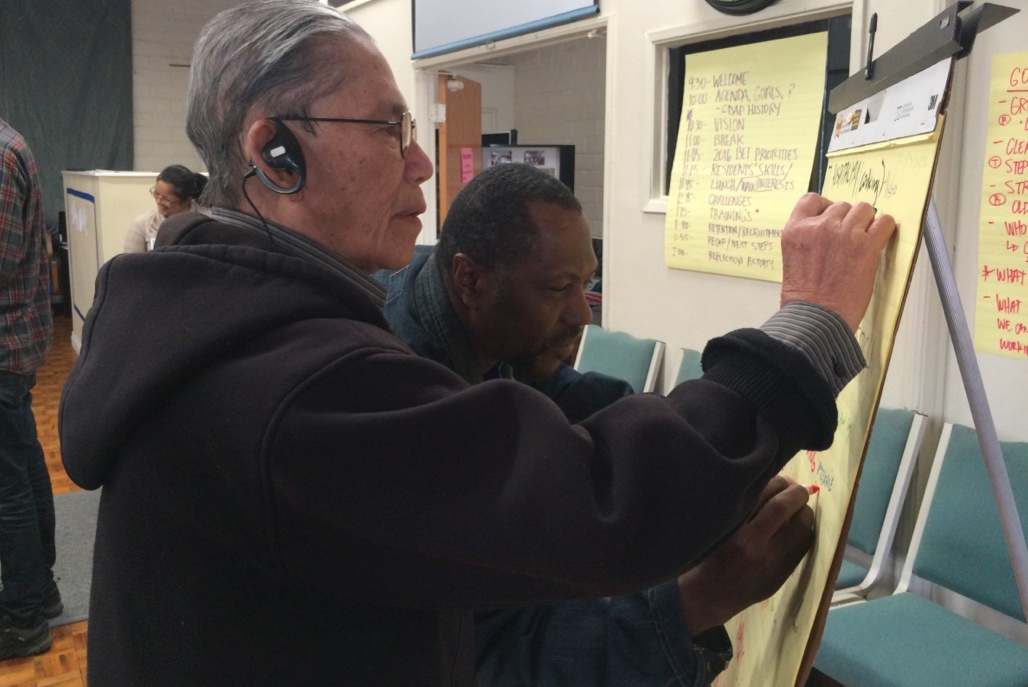
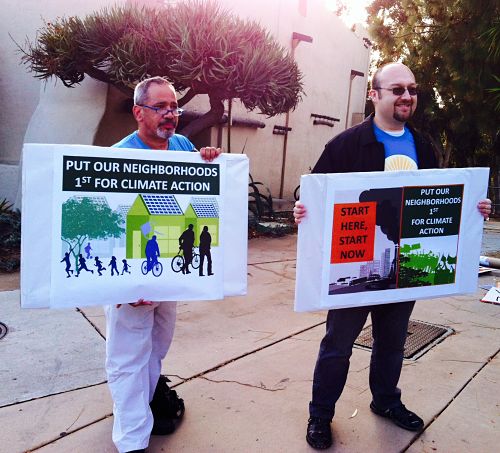
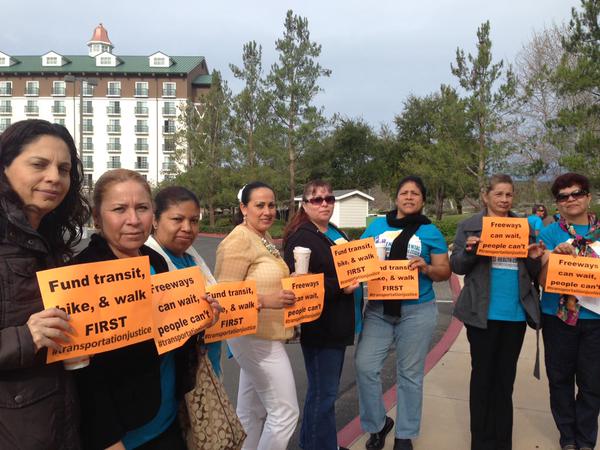
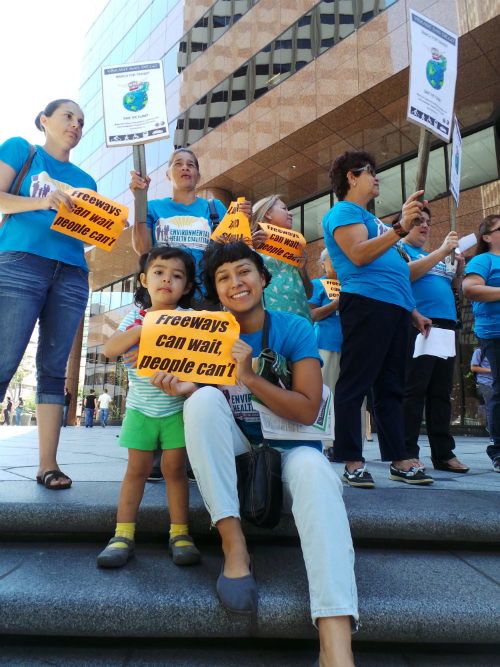
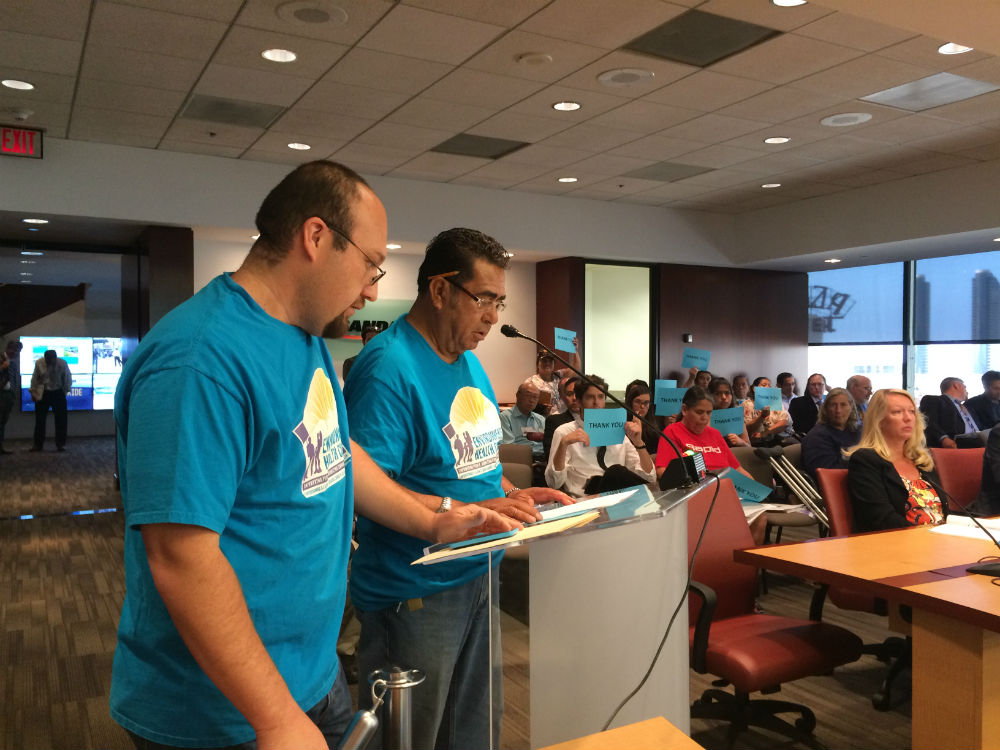
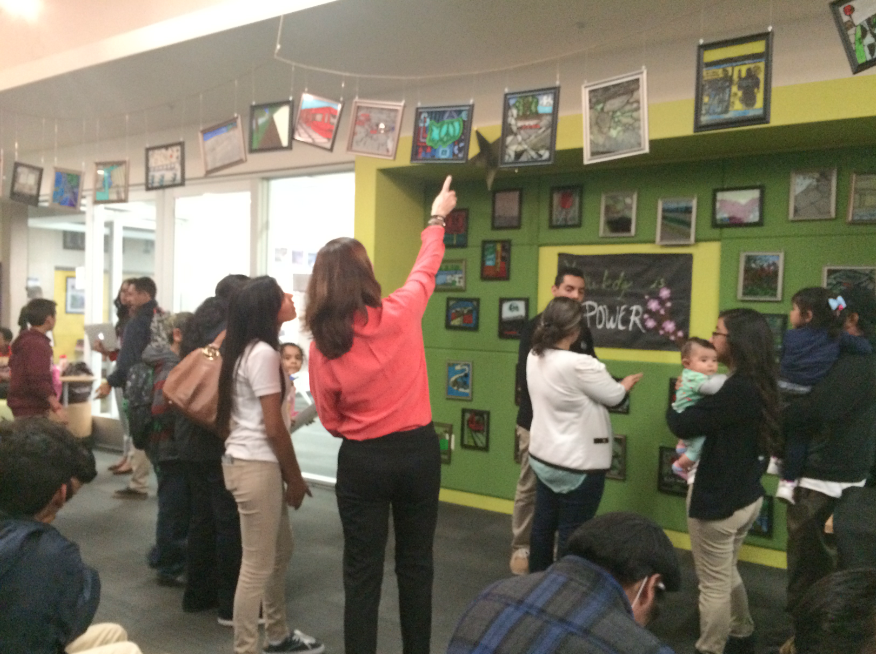
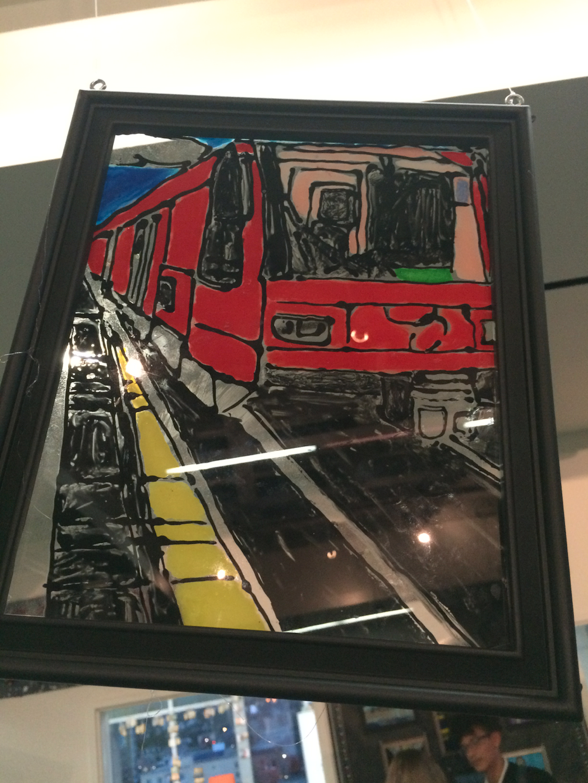
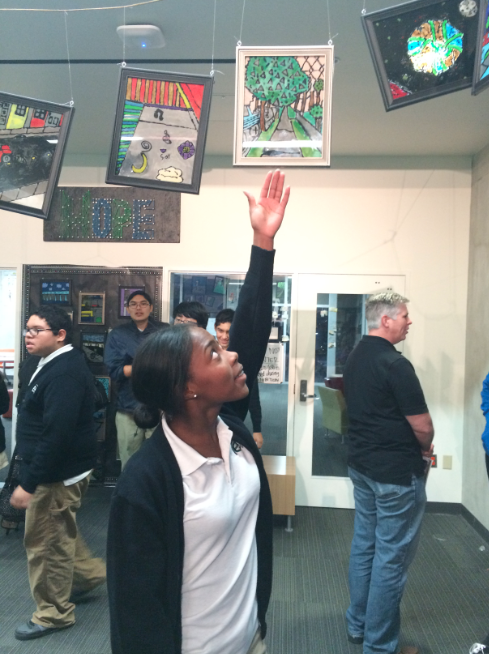
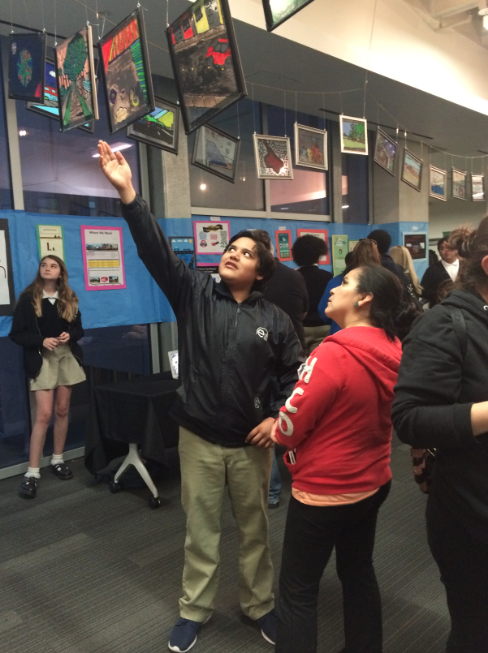
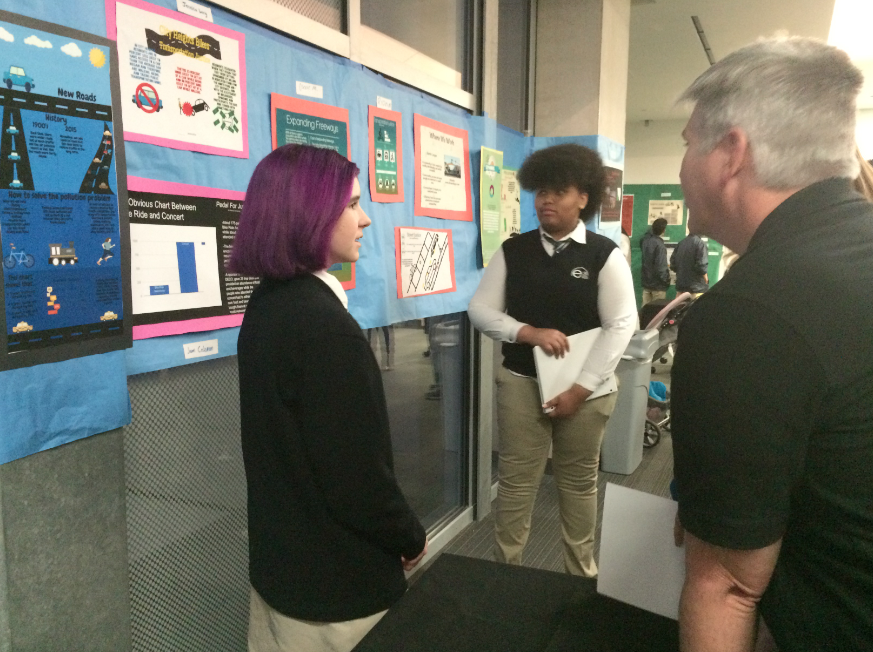
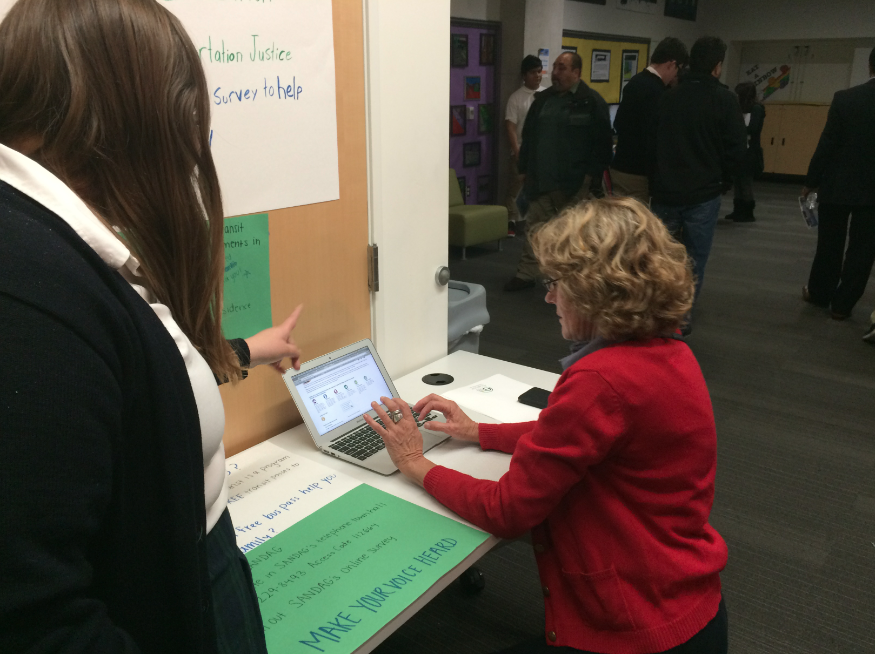
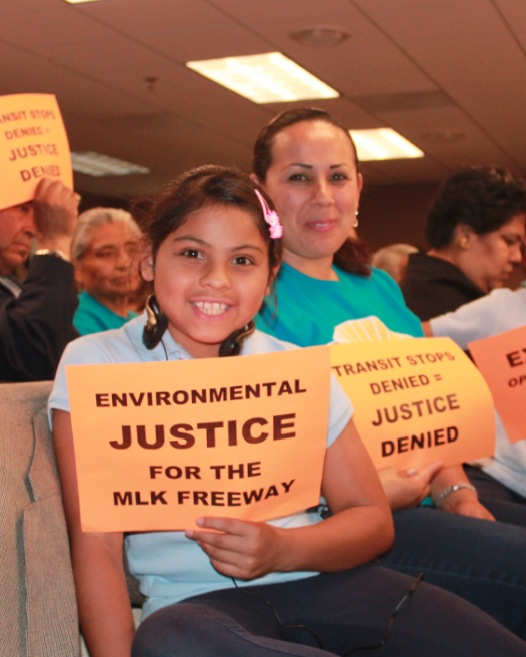
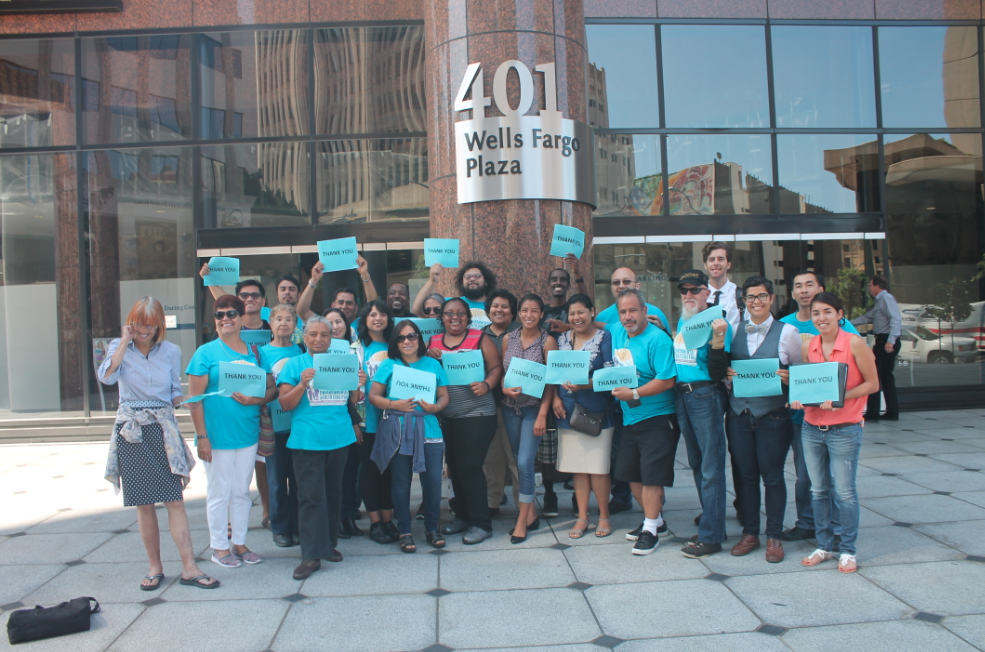
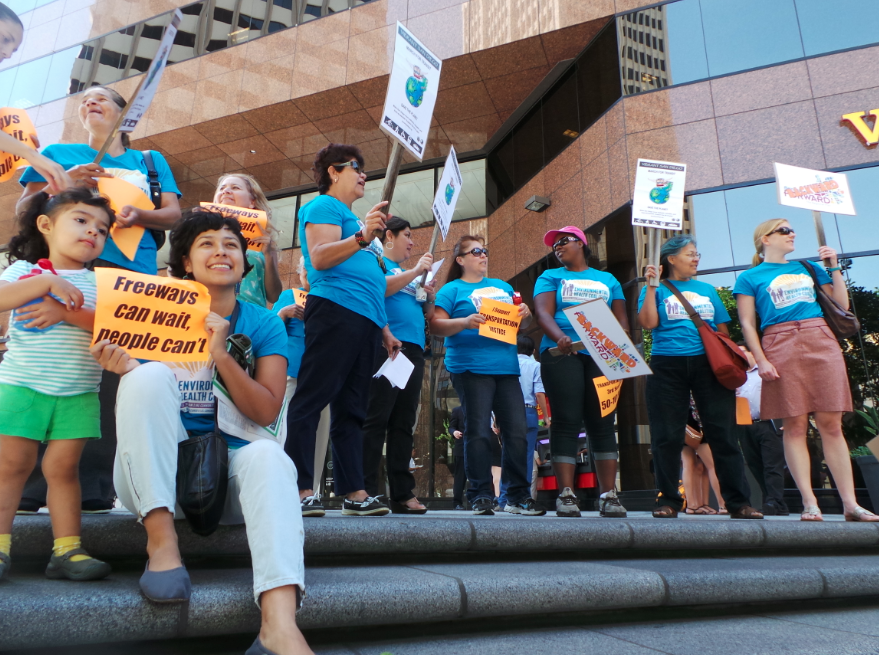
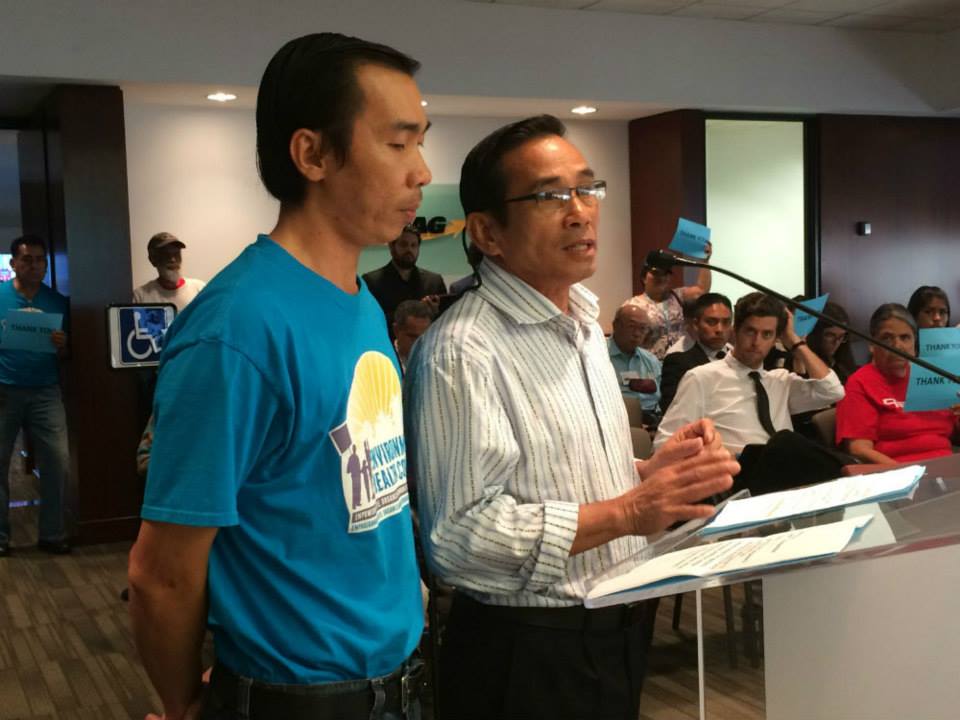
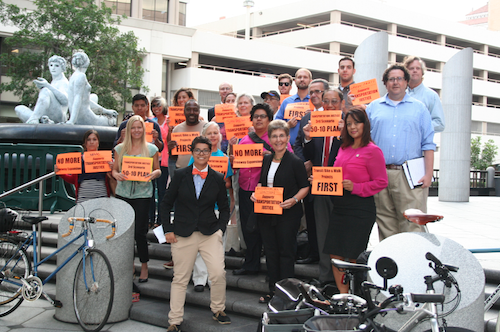

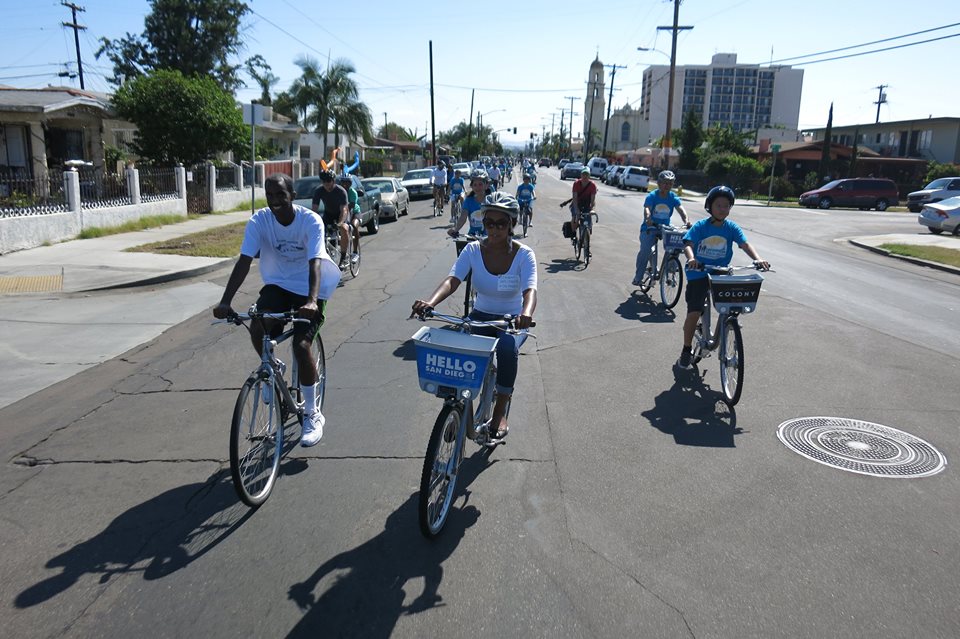

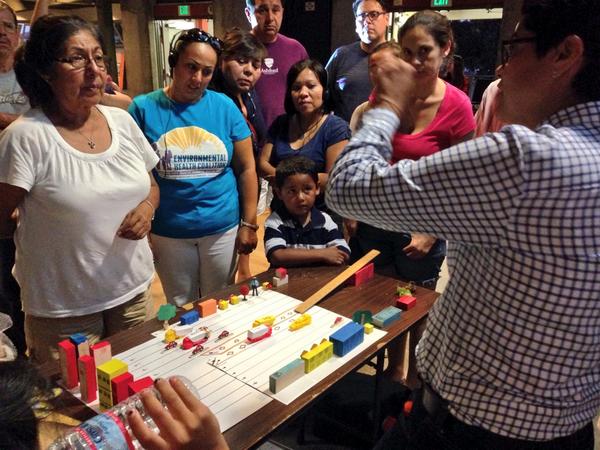
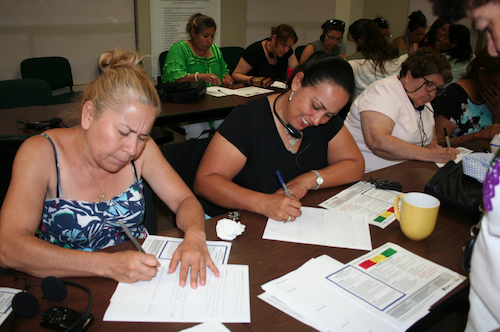
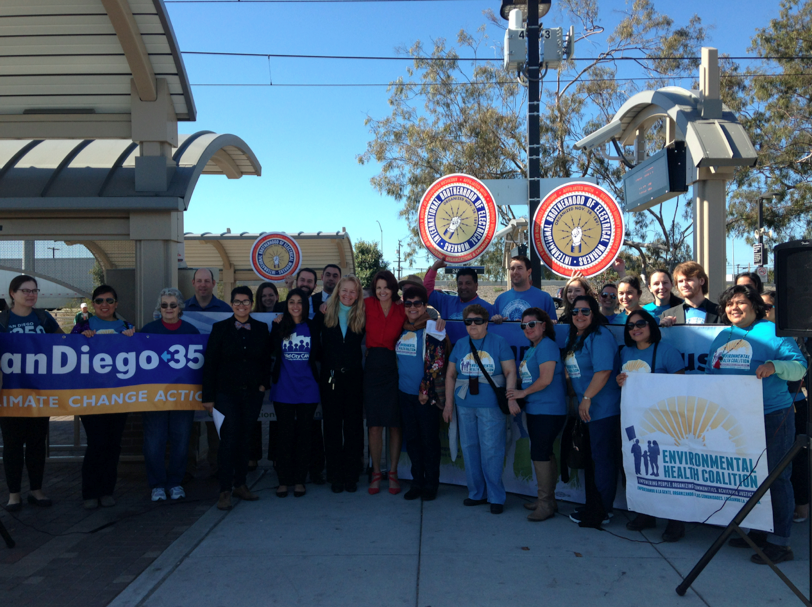
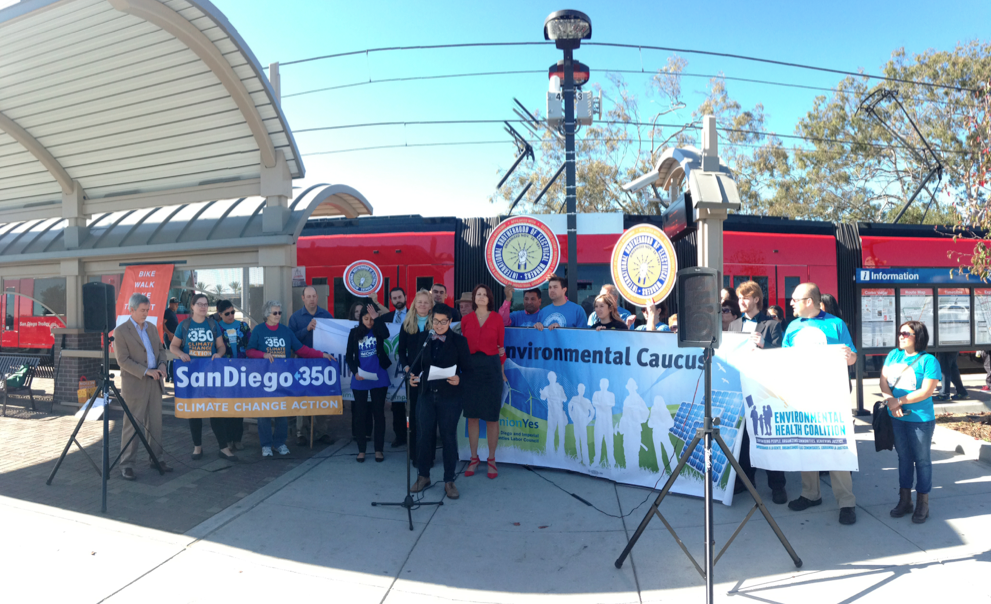

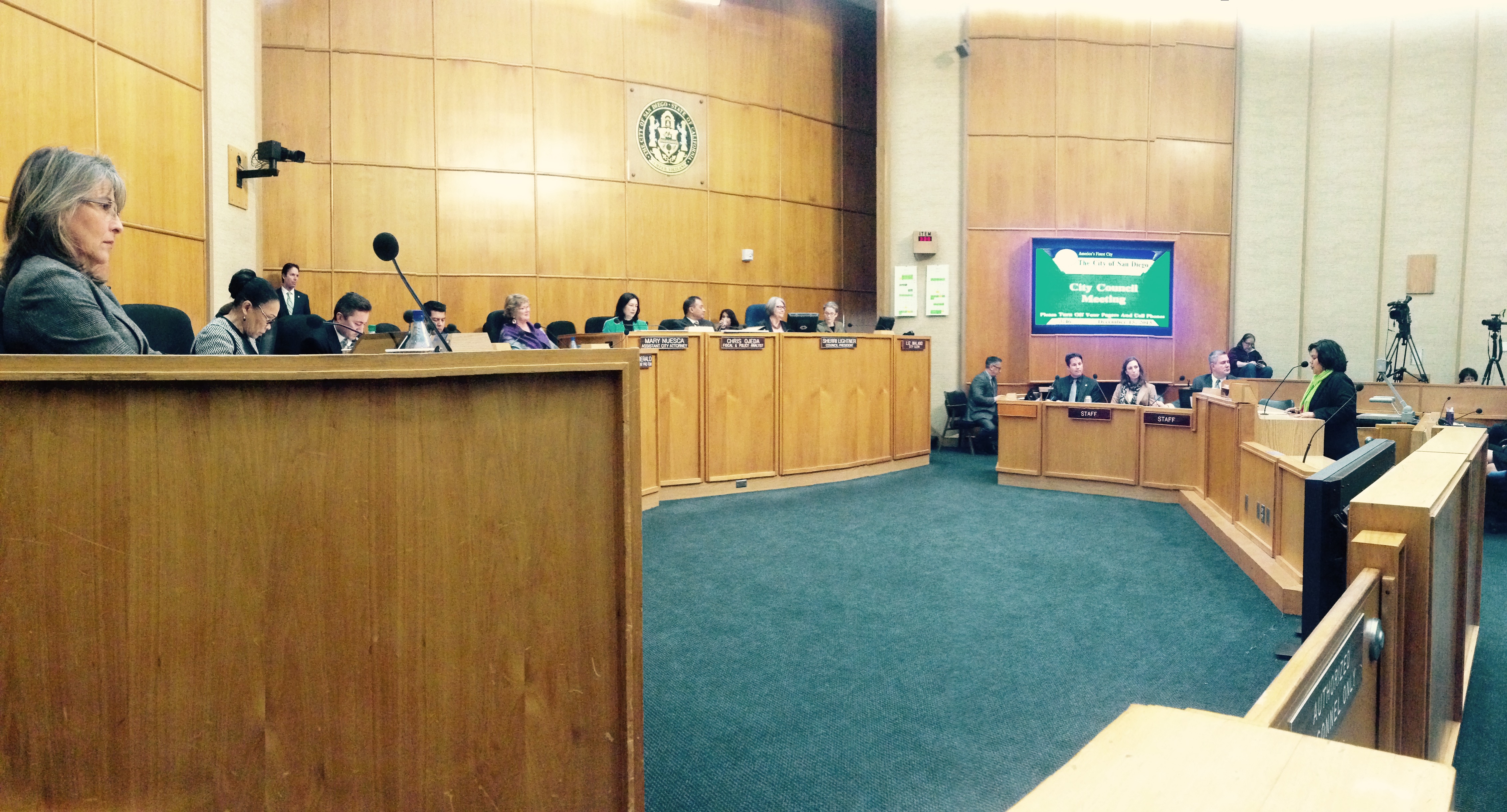
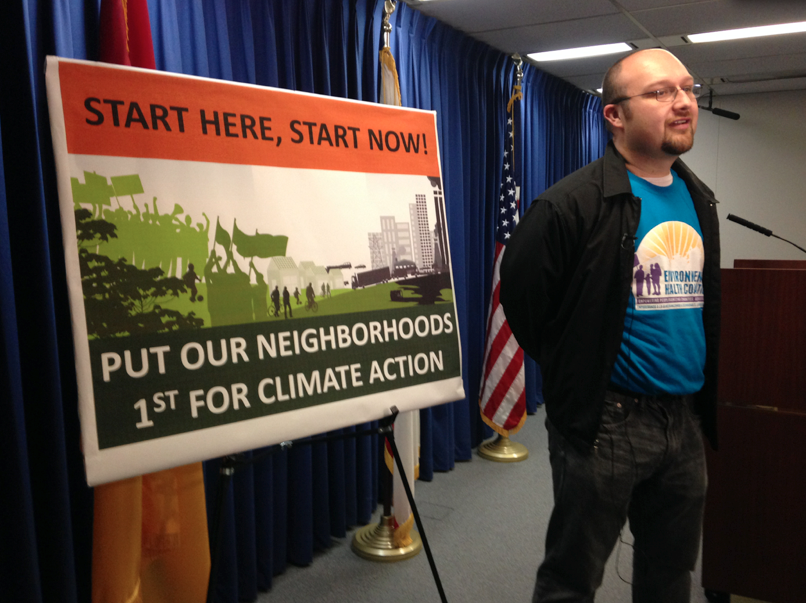
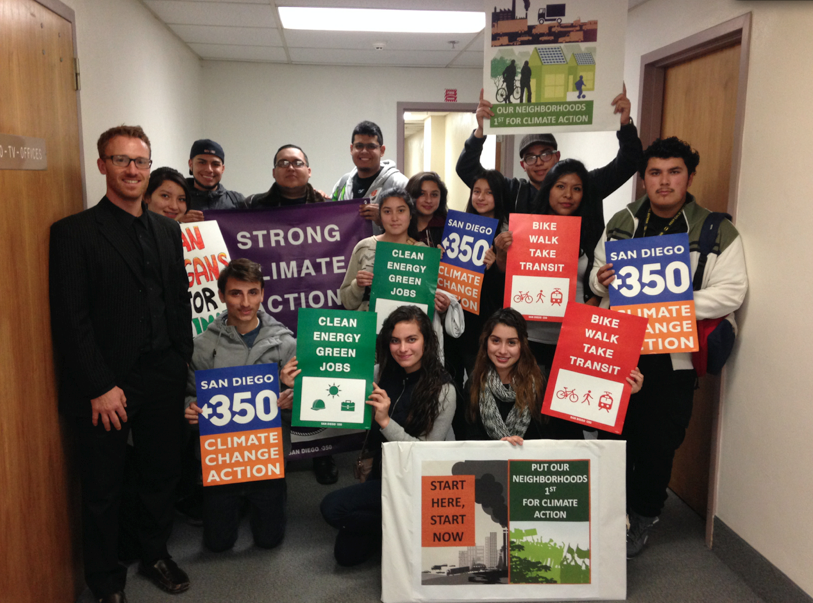
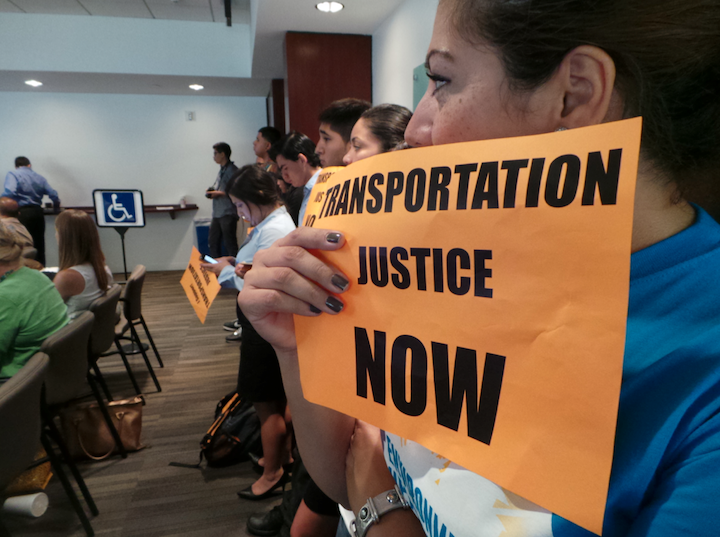


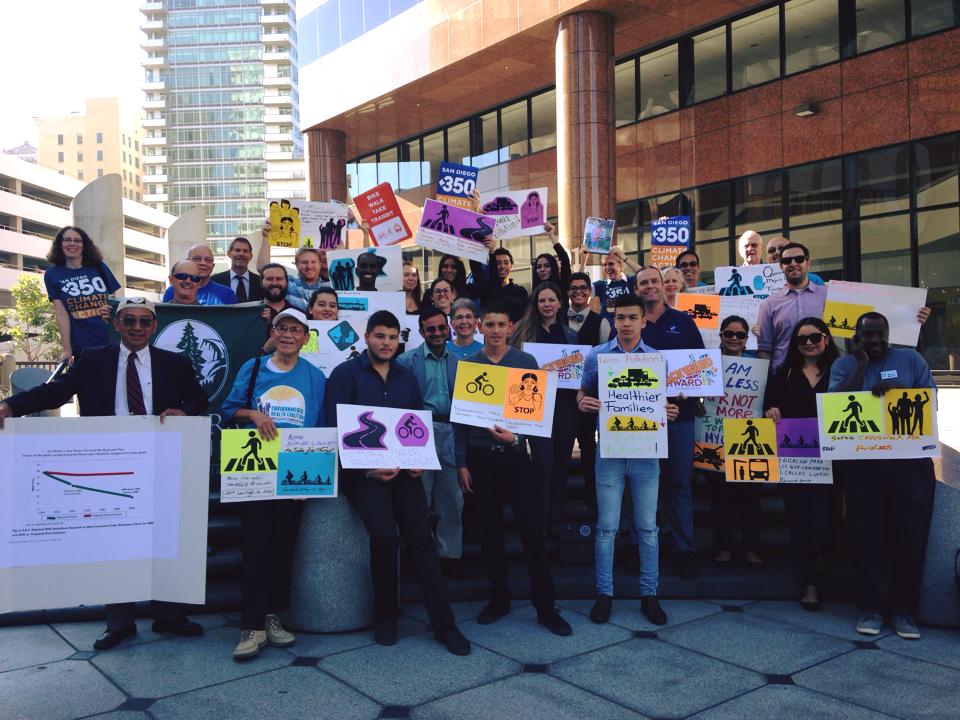
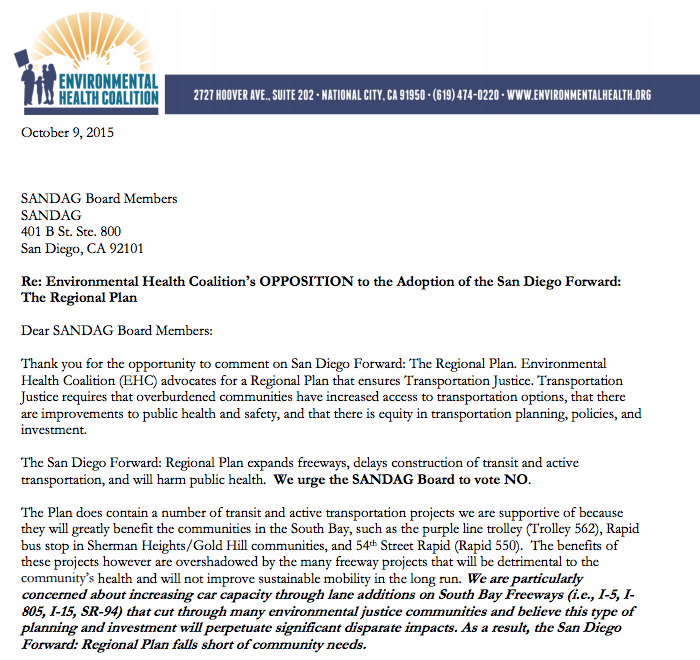
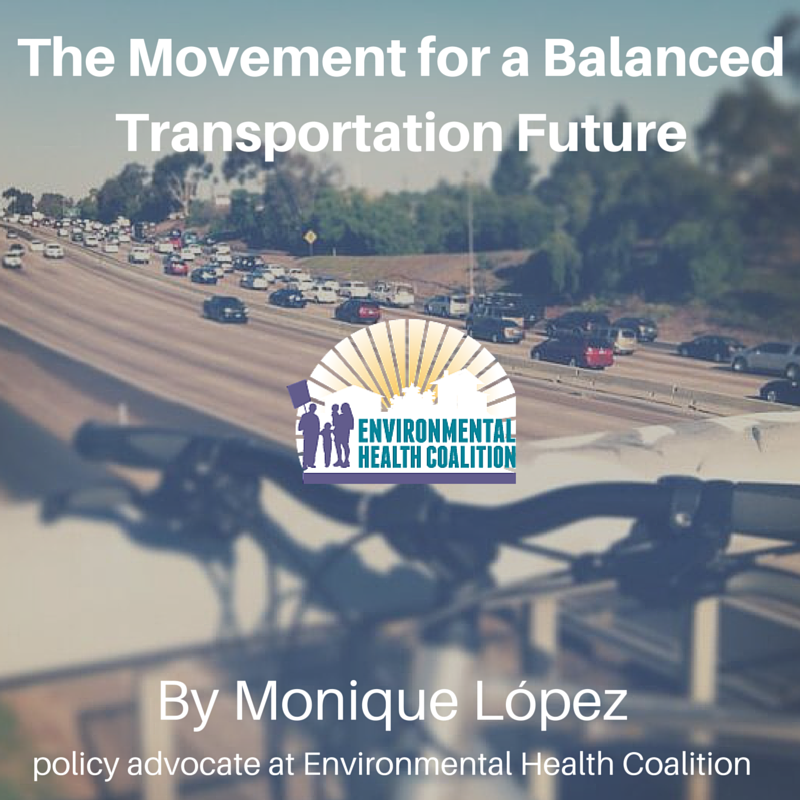
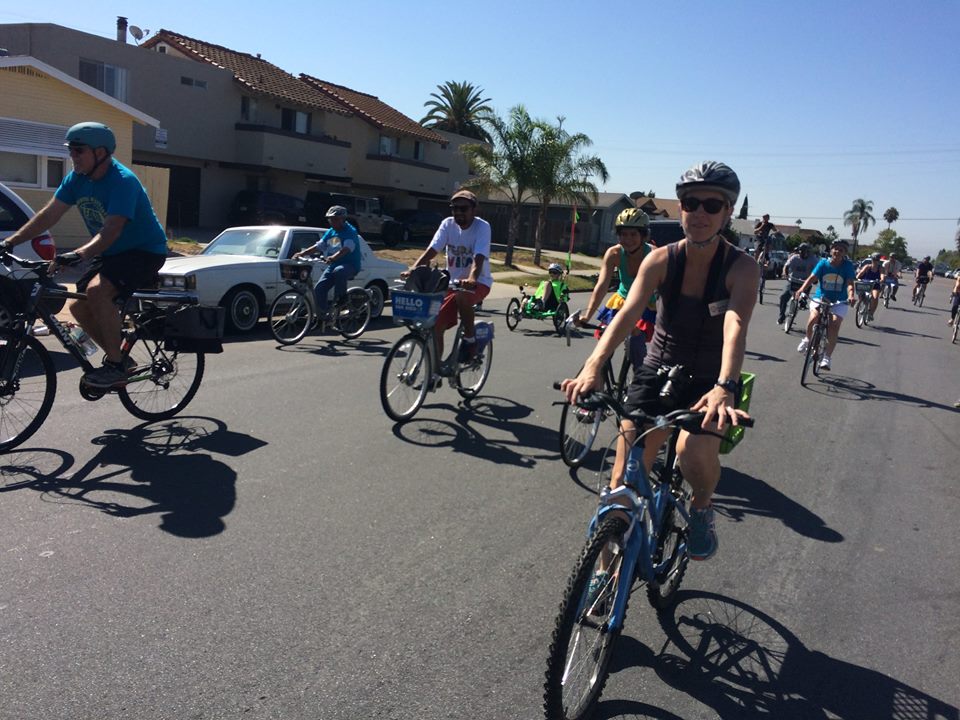
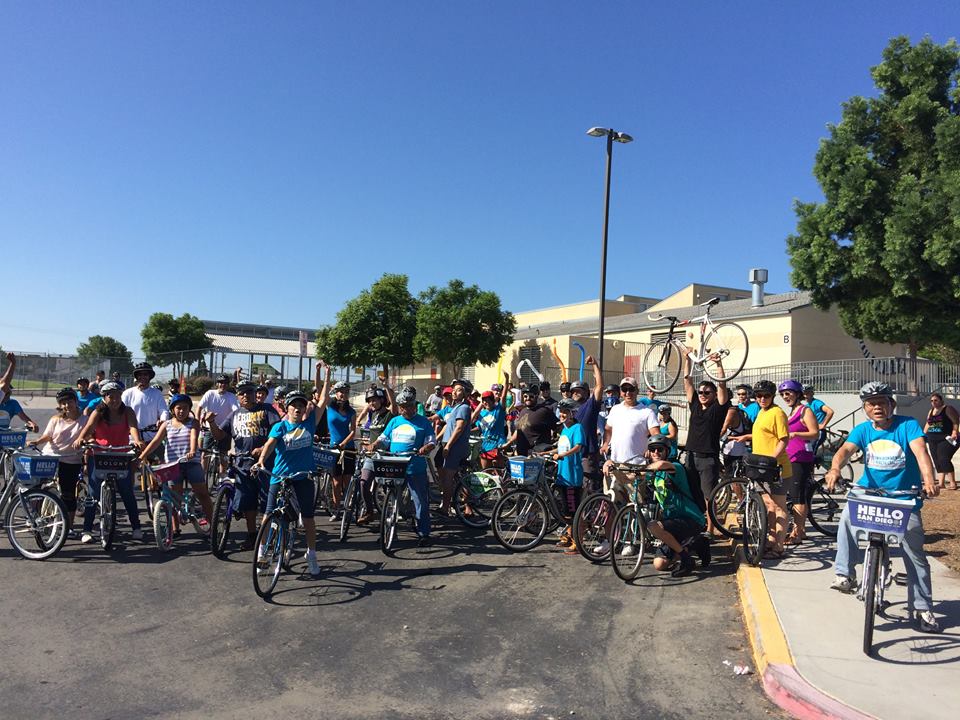
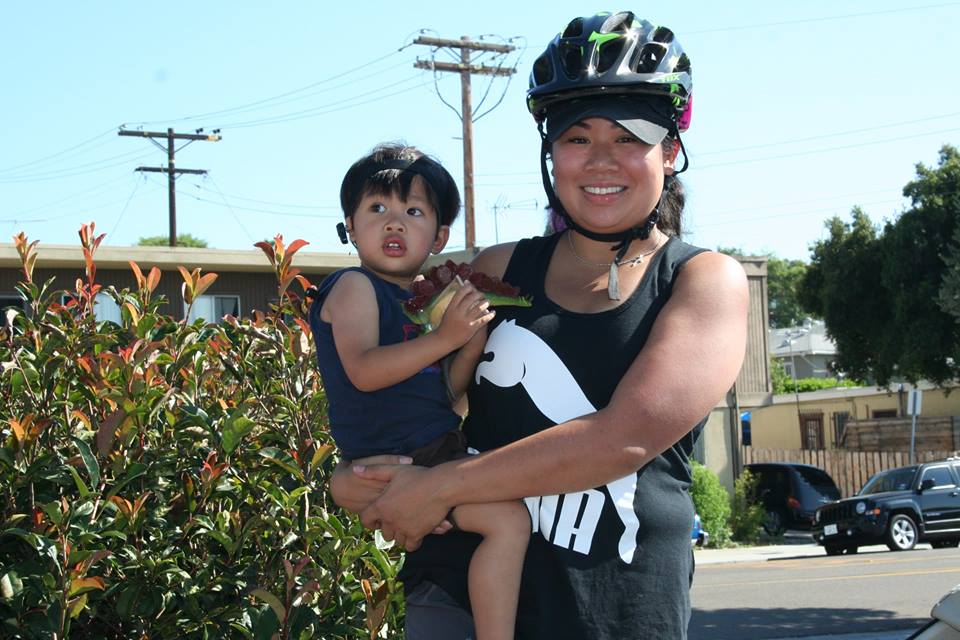
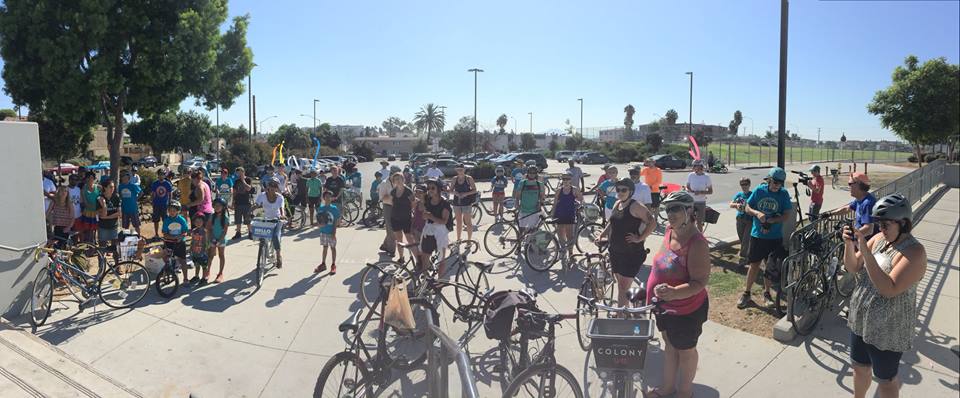

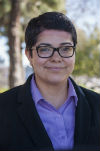



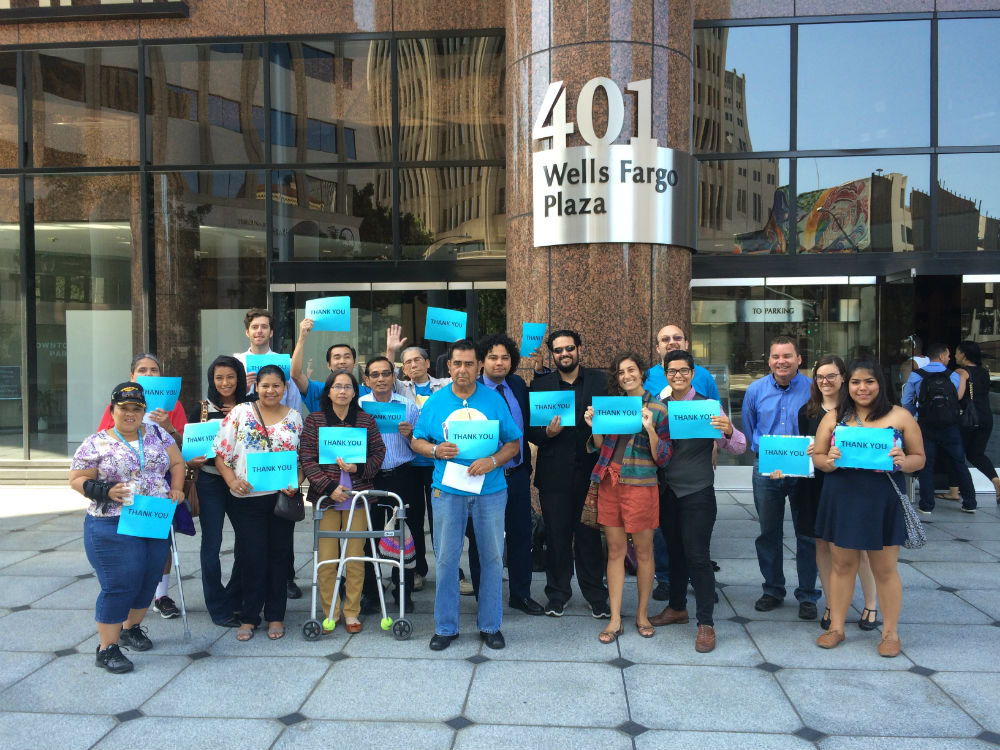
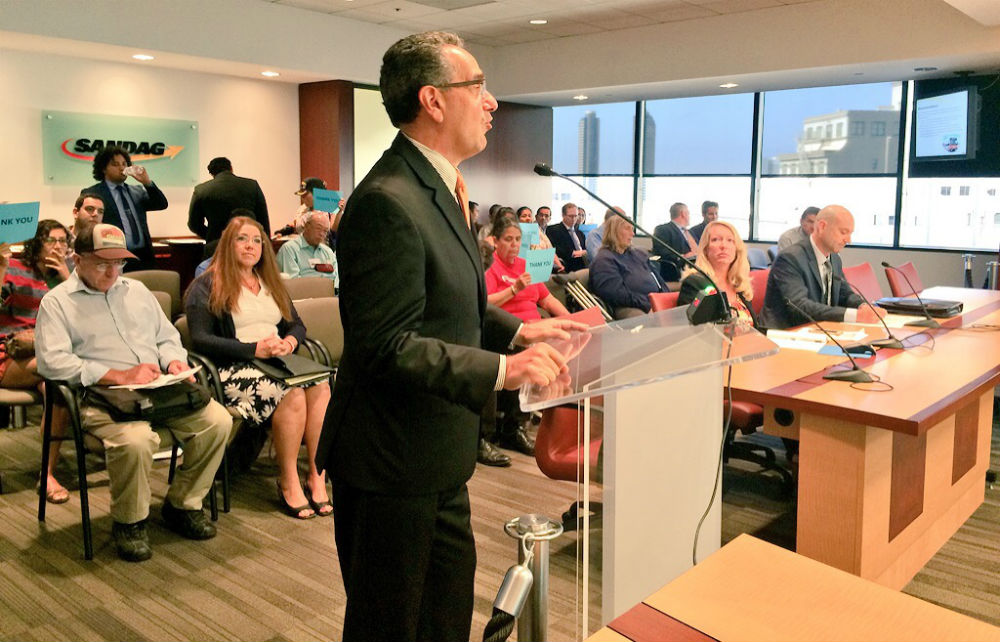
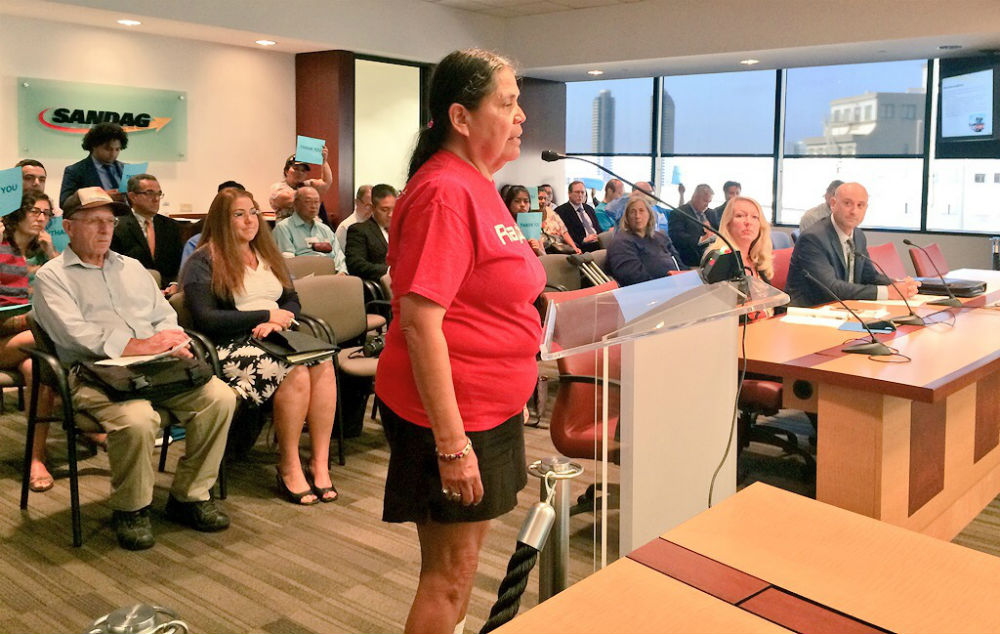
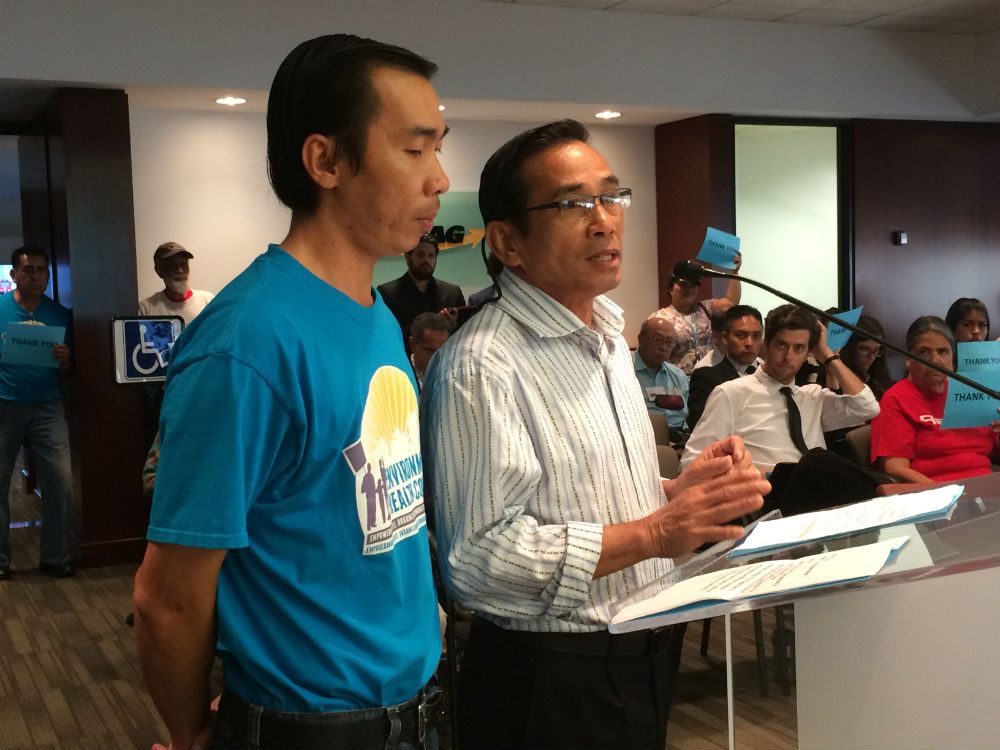
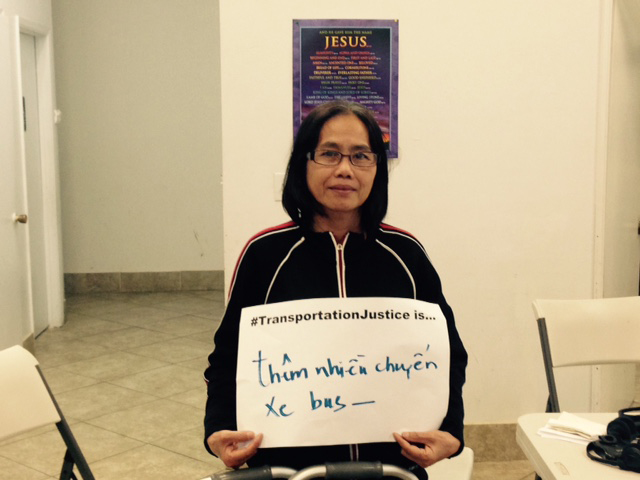
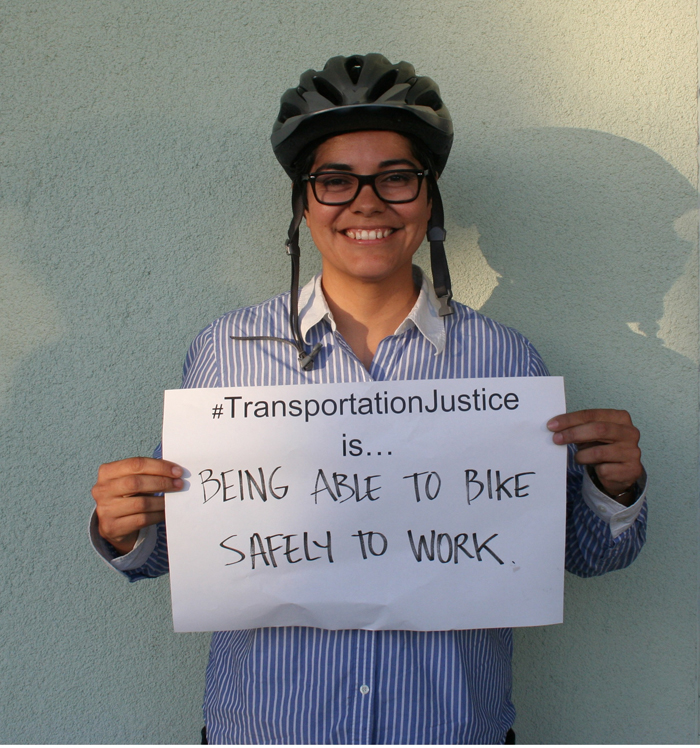
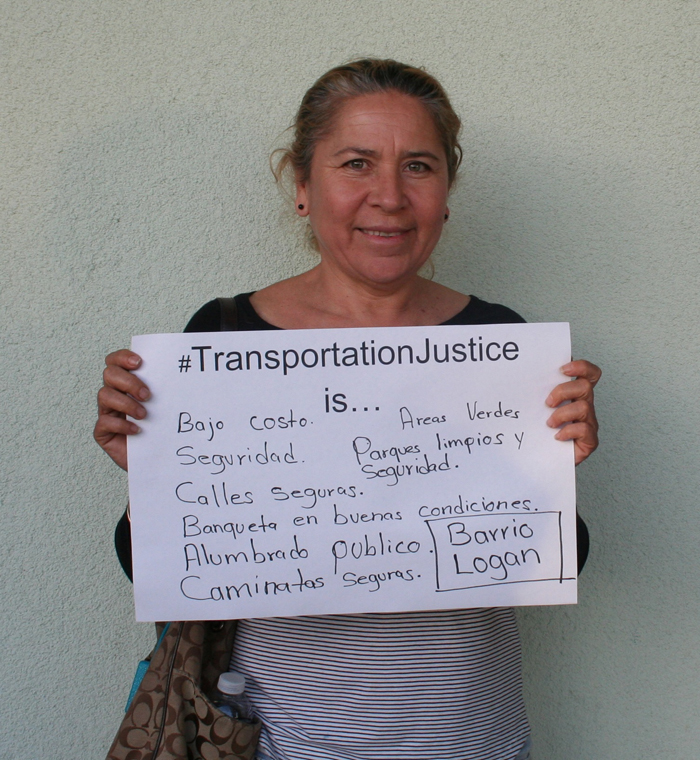
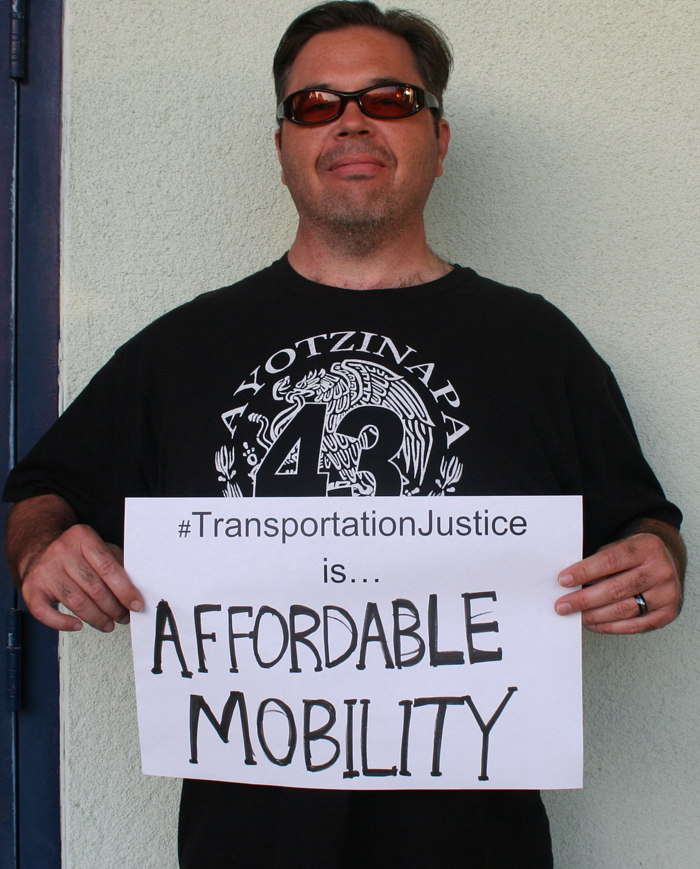
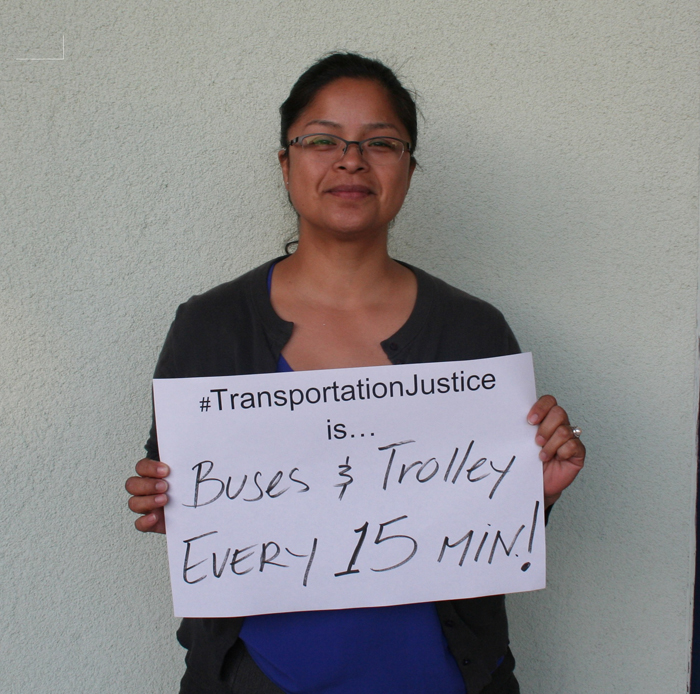
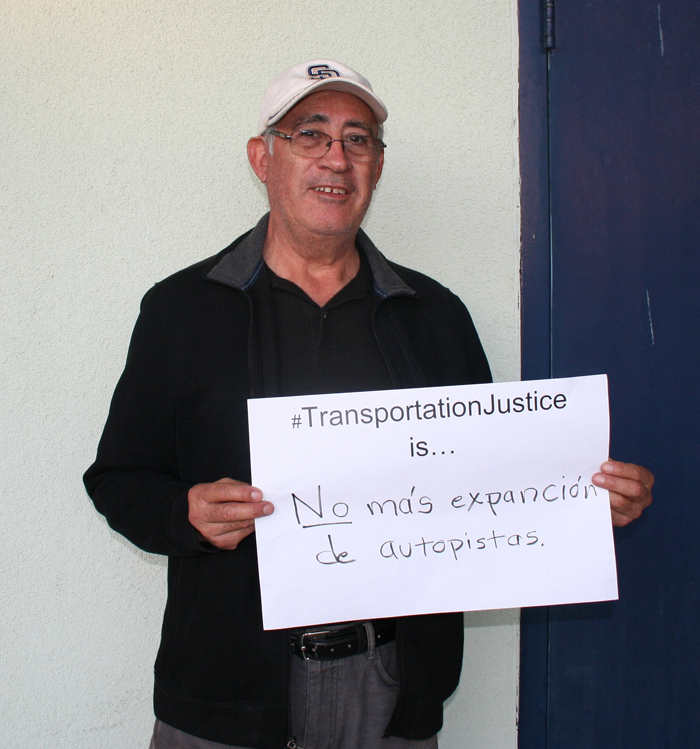
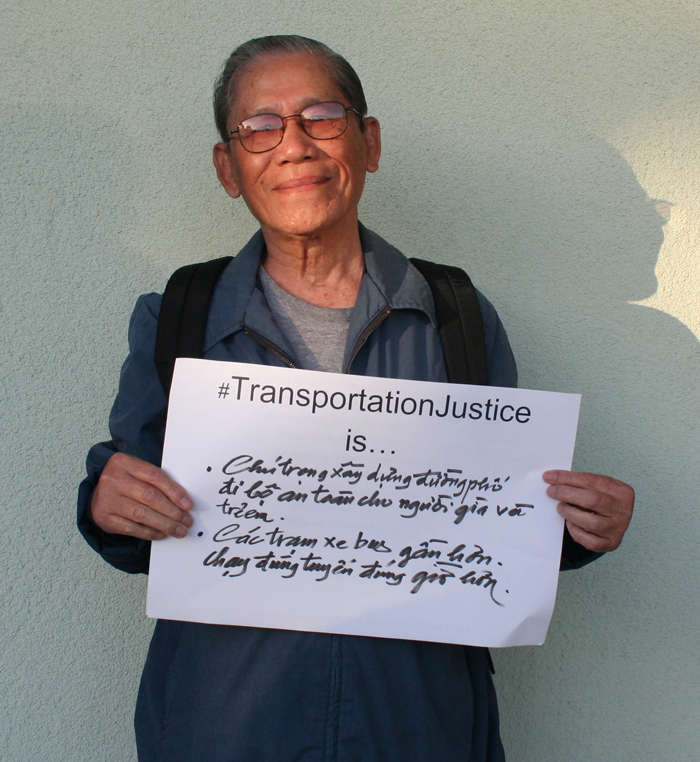
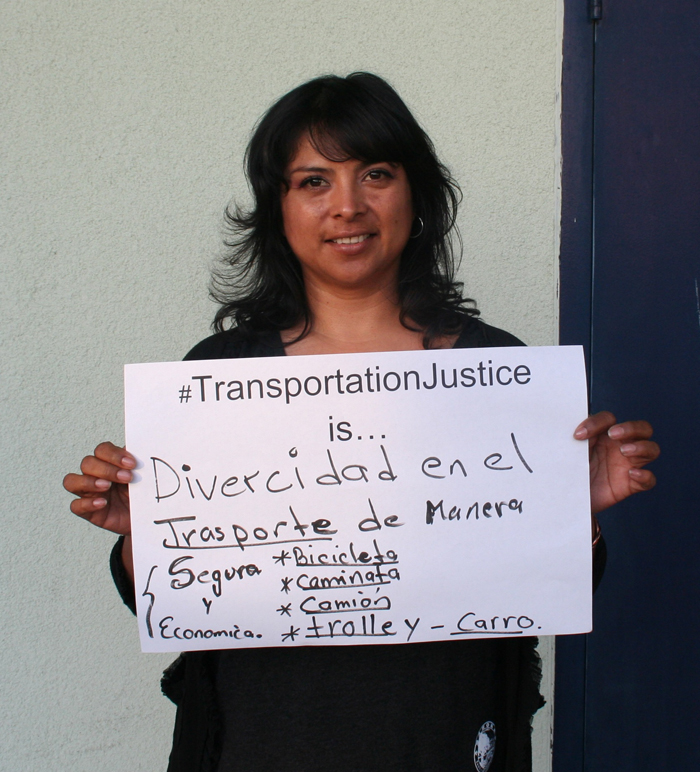
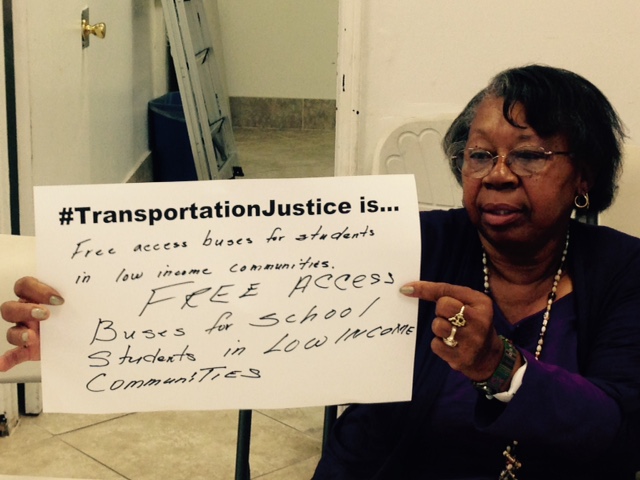
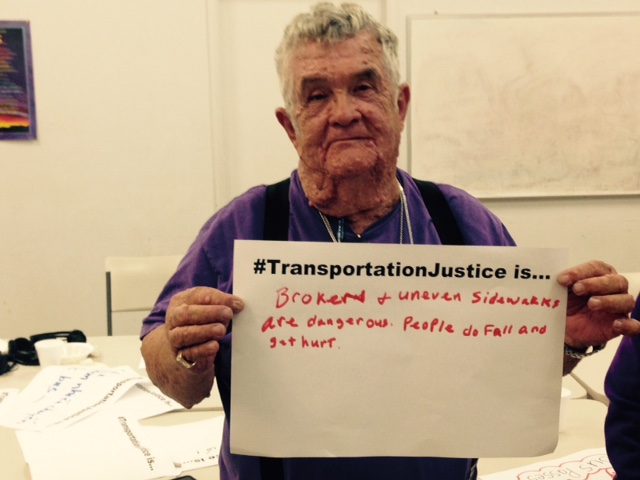
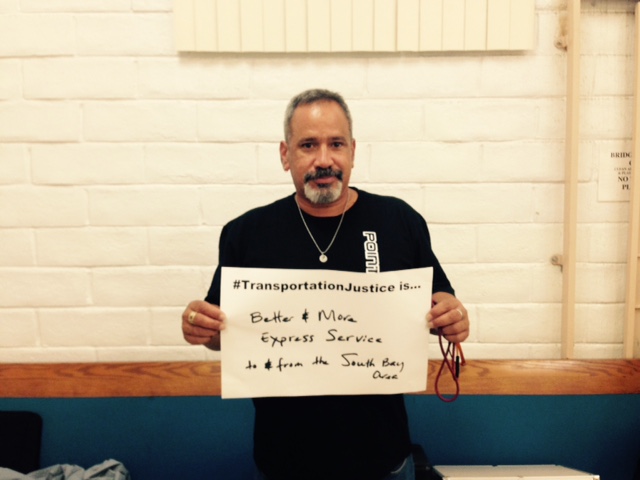
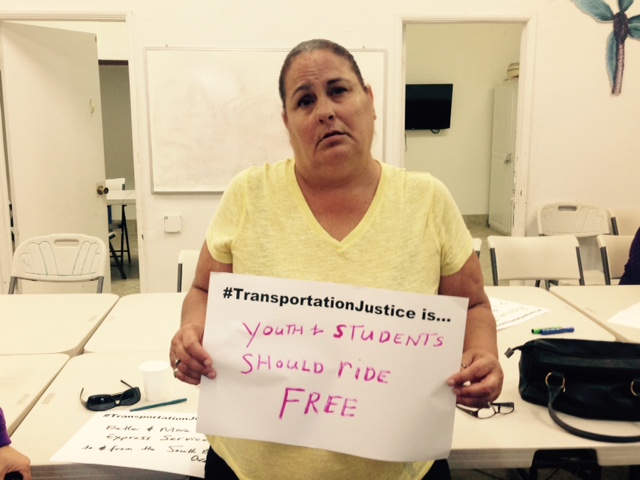
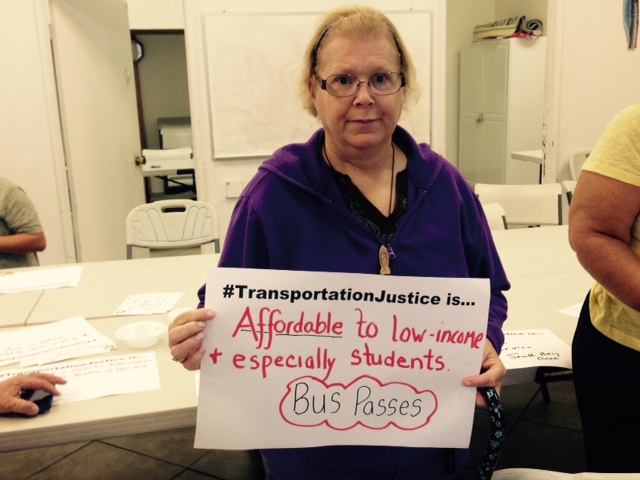
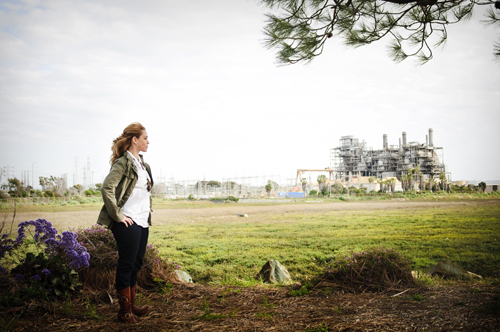
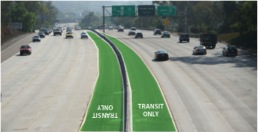
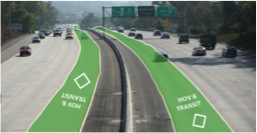
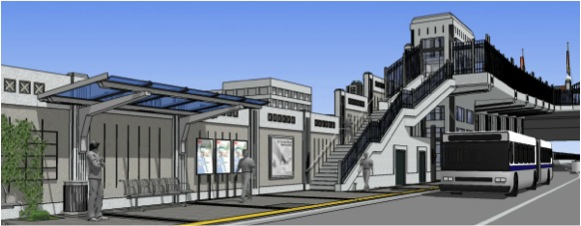
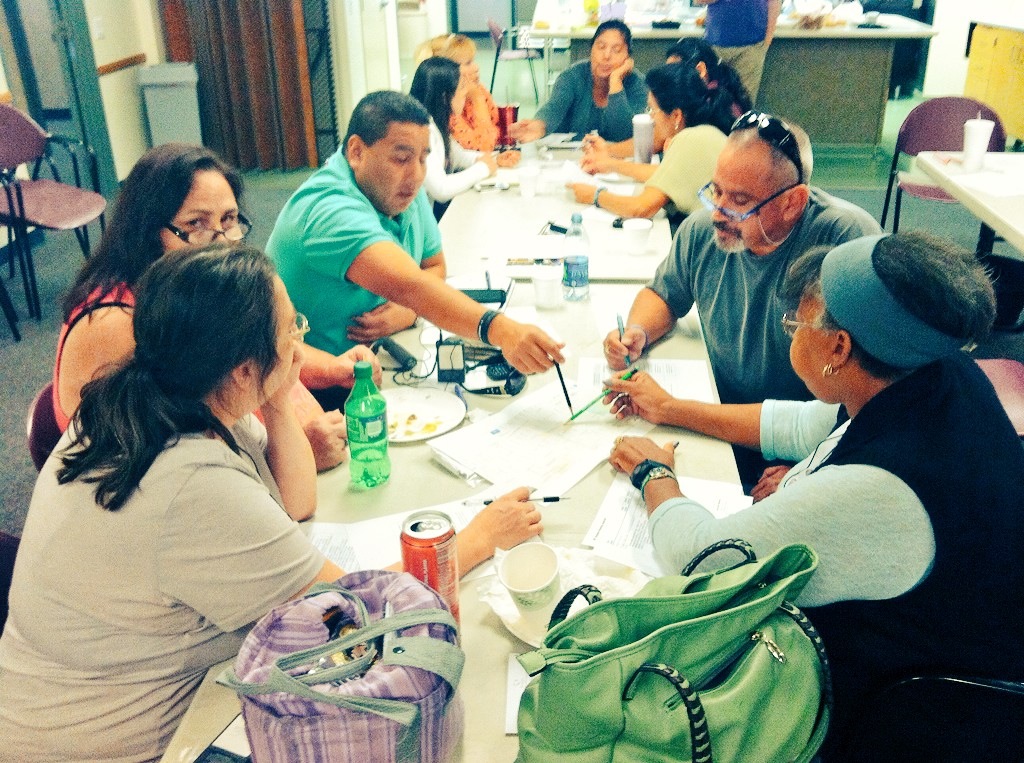
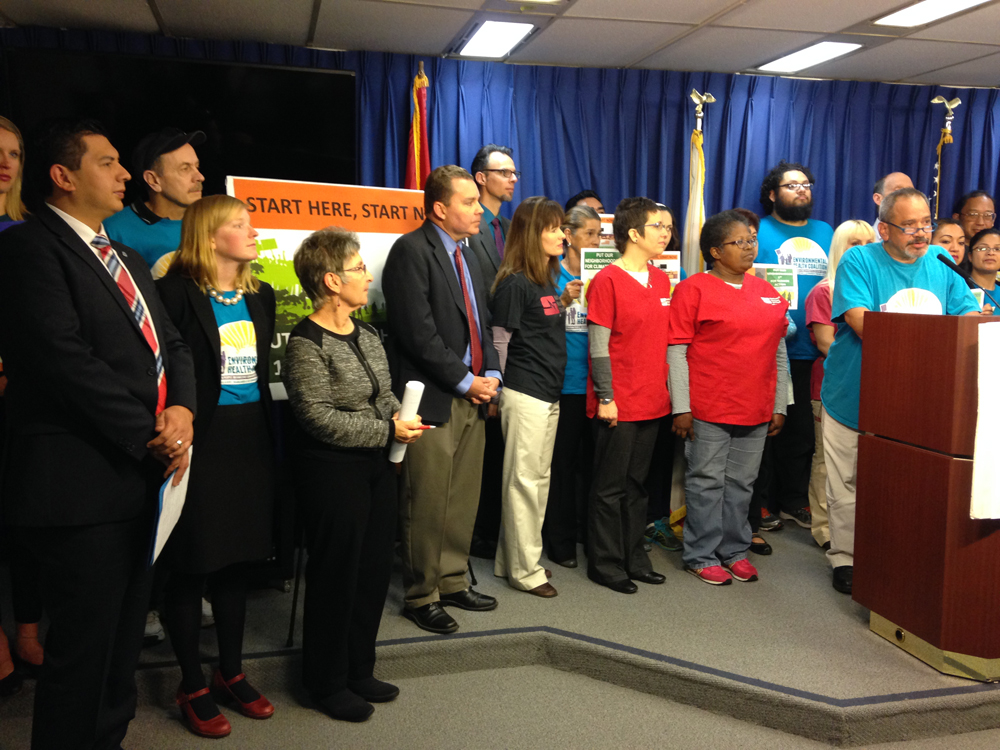
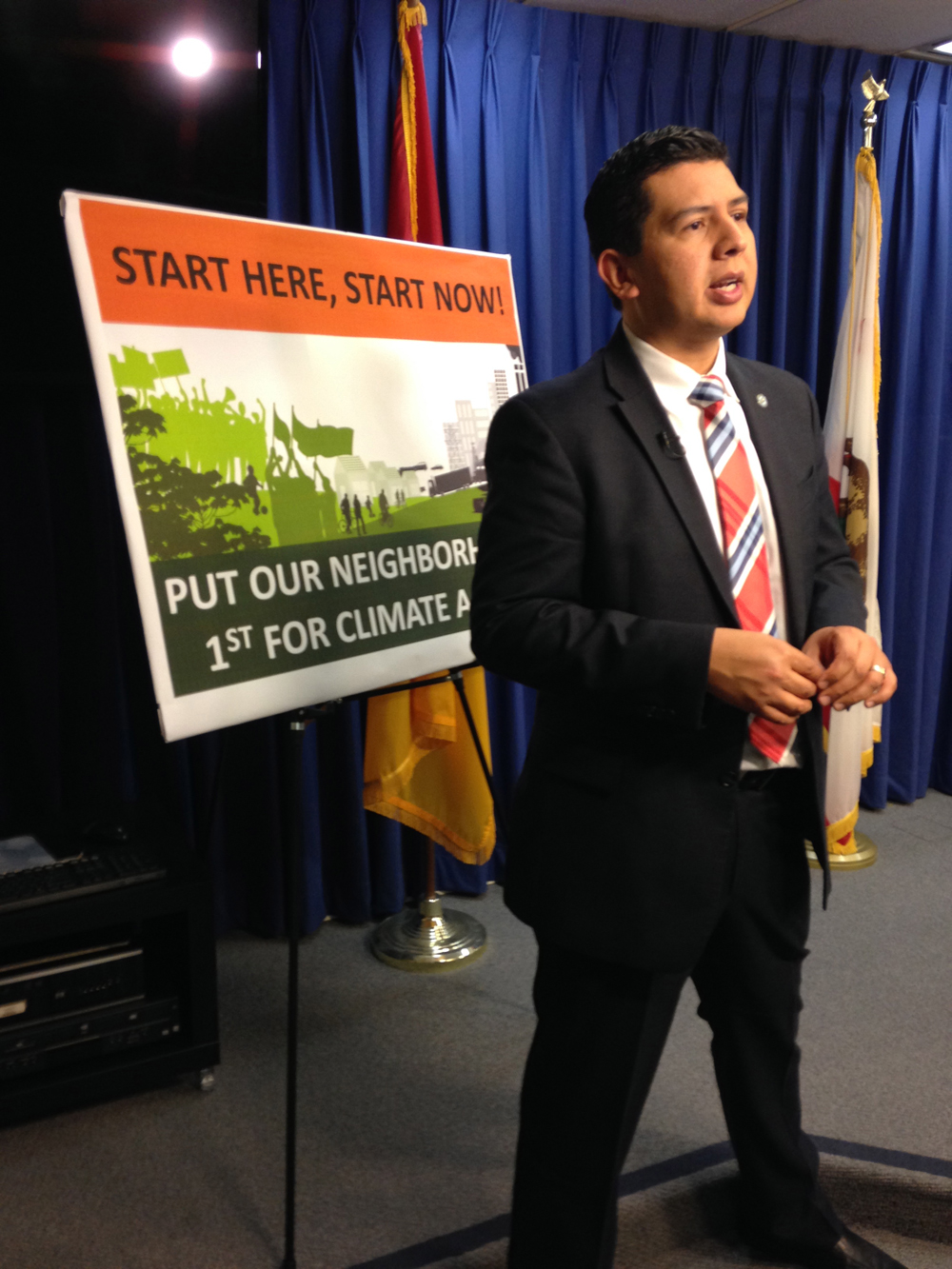
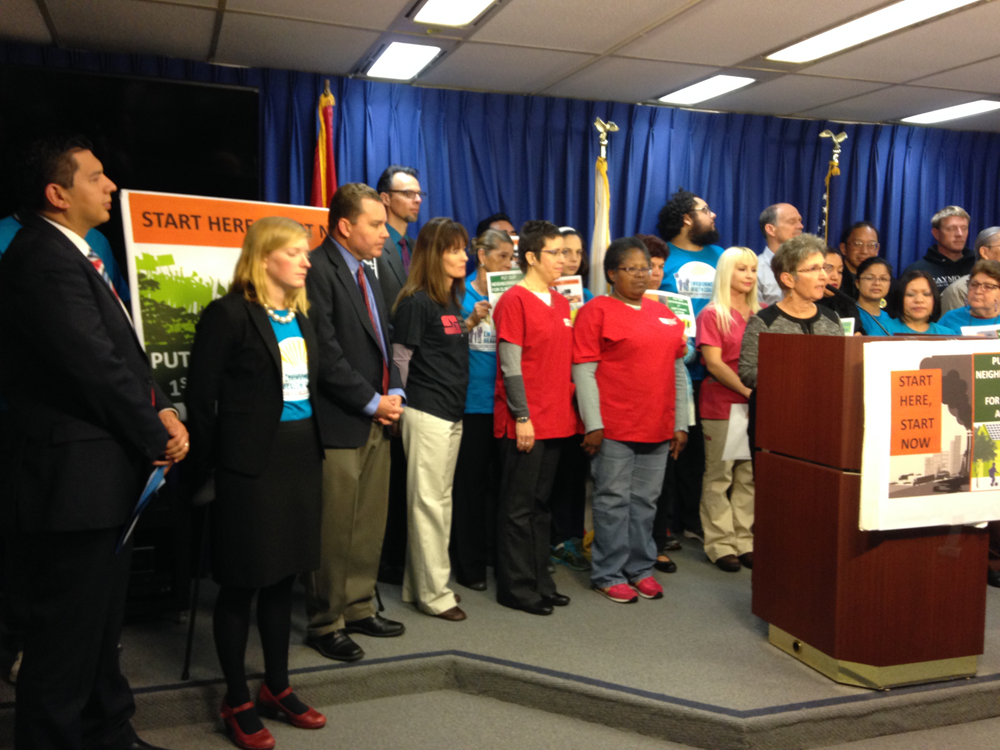
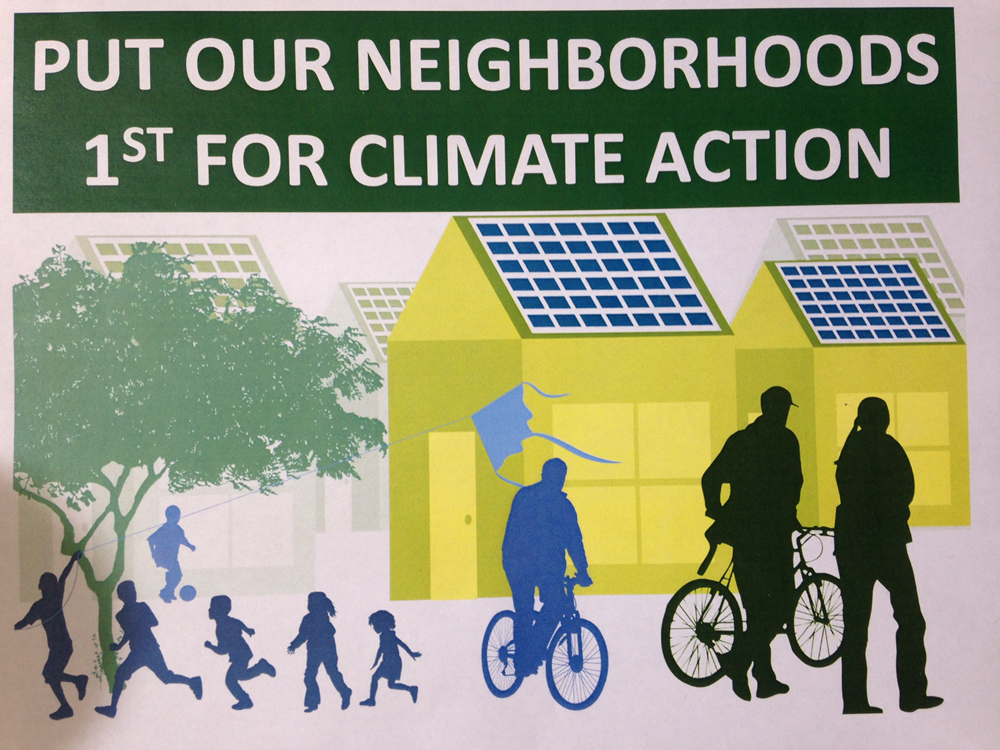
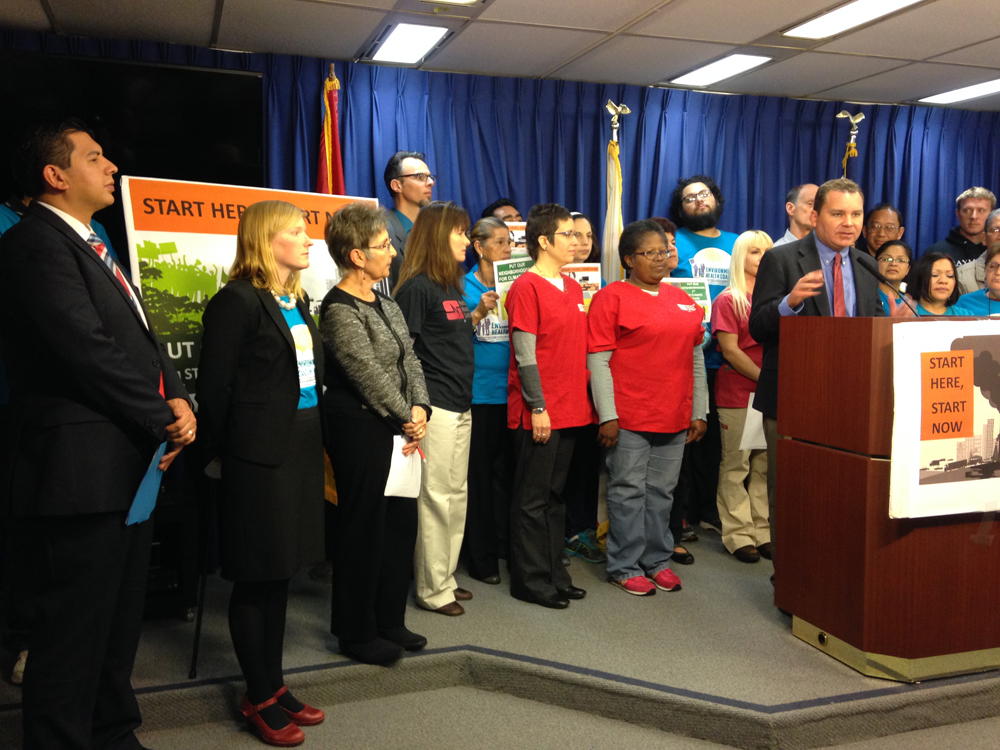
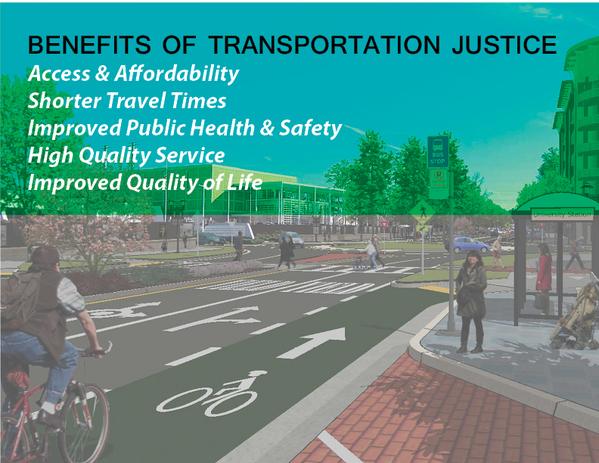
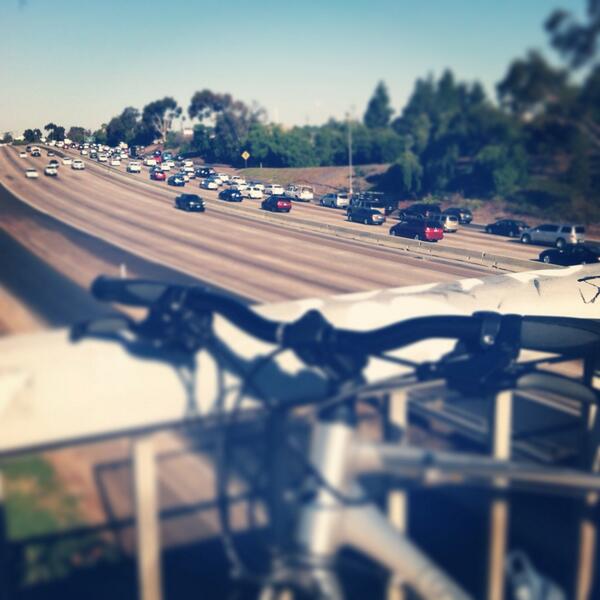

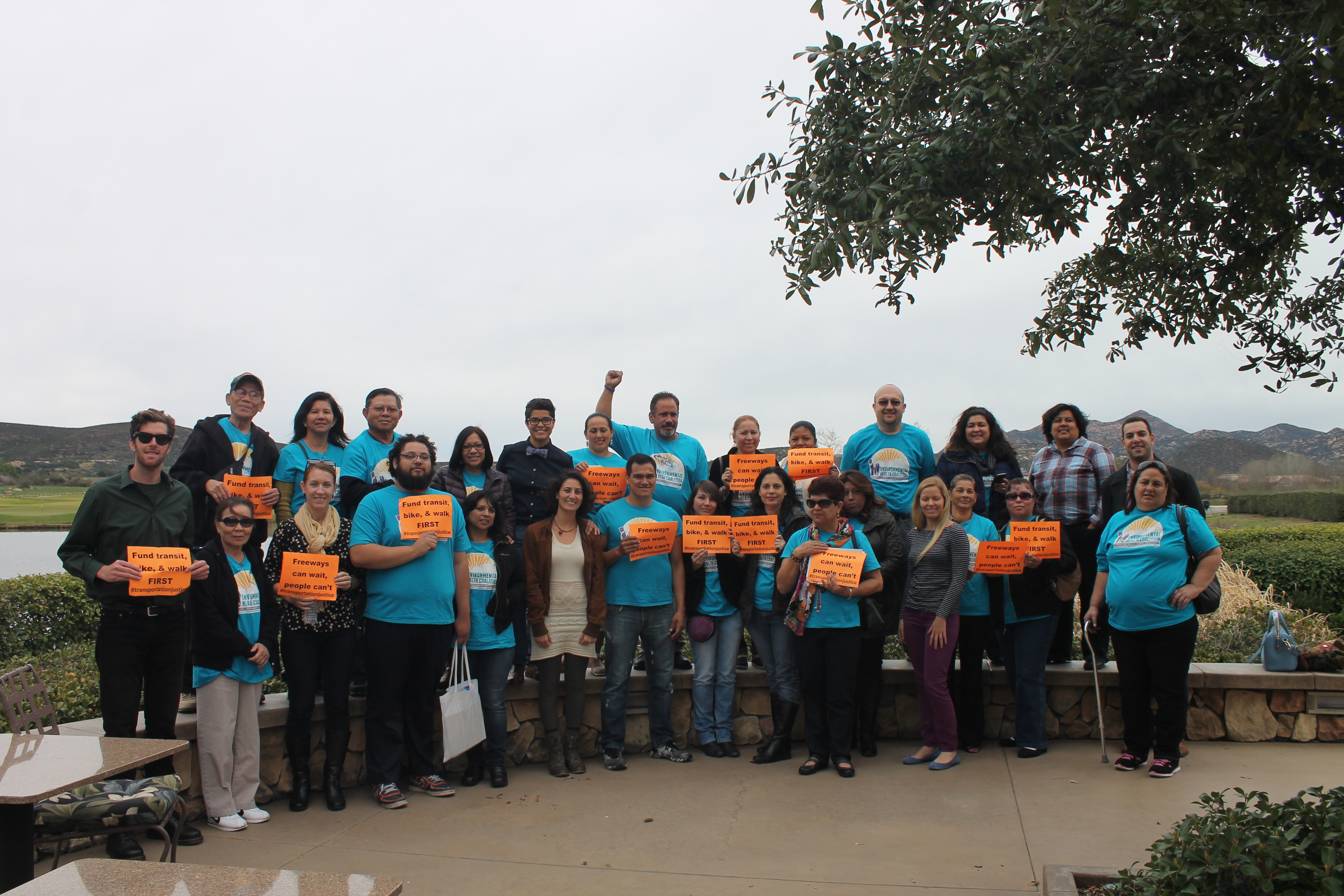
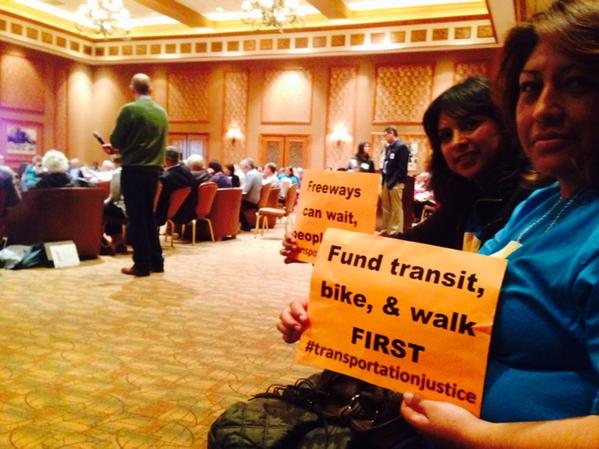
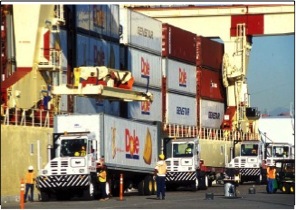 Clean air
Clean air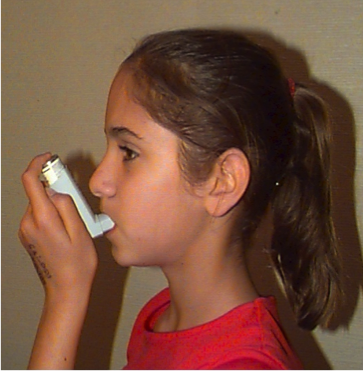 The California Air Resources Board has developed a strategy that shifts what our trucks, trains and ships use to a much cleaner and much healthier system so we can breathe easier -- literally.
The California Air Resources Board has developed a strategy that shifts what our trucks, trains and ships use to a much cleaner and much healthier system so we can breathe easier -- literally. 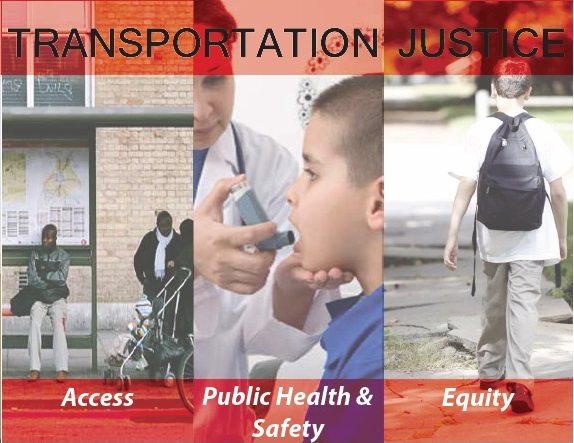
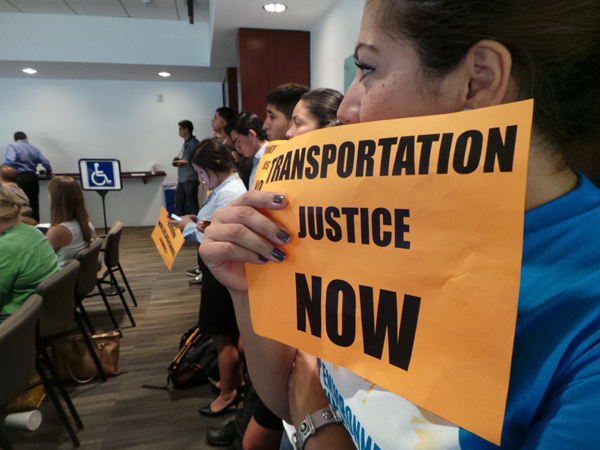 The
The 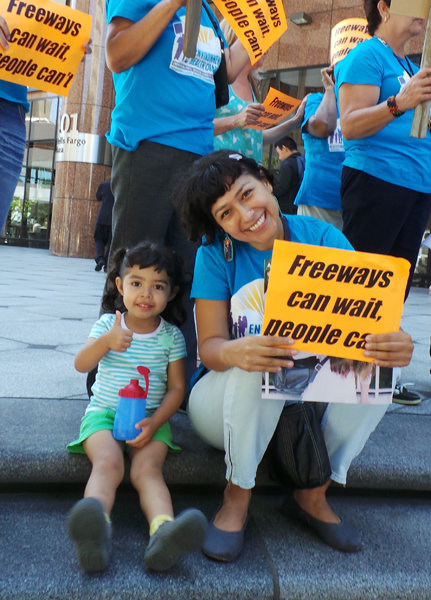
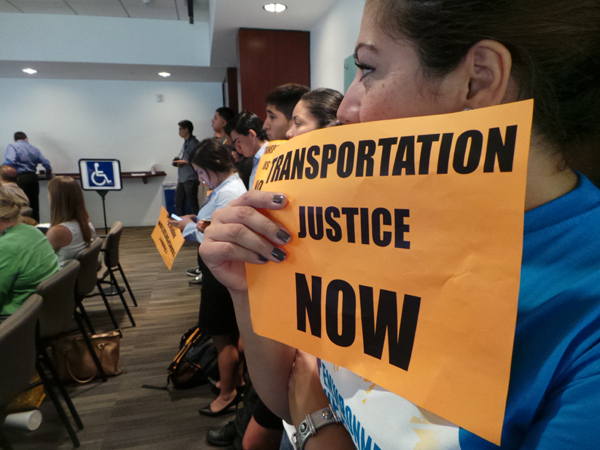
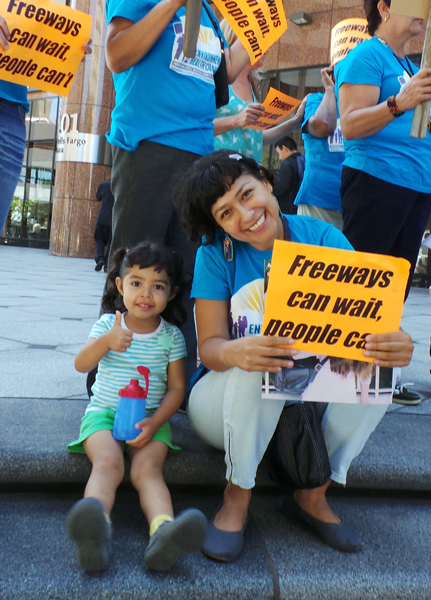
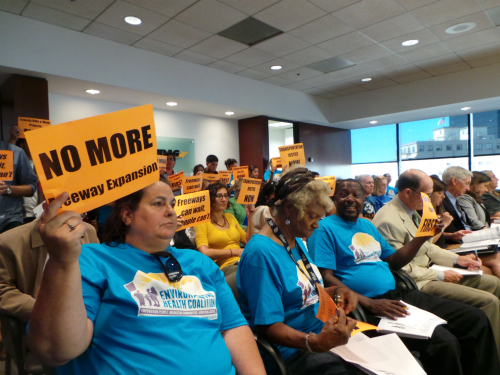 What is going on with transportation justice?
What is going on with transportation justice?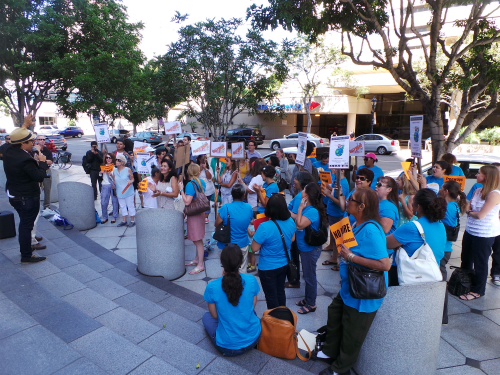 Become engaged in developing a transportation justice network scenario, which puts transit, bicycling and walking investments first. We need you to join us in demanding San Diego prioritize public transit, bicycling and walking before freeway expansion. You can speak up today by sending the below email to advocate for transportation justice.
Become engaged in developing a transportation justice network scenario, which puts transit, bicycling and walking investments first. We need you to join us in demanding San Diego prioritize public transit, bicycling and walking before freeway expansion. You can speak up today by sending the below email to advocate for transportation justice. 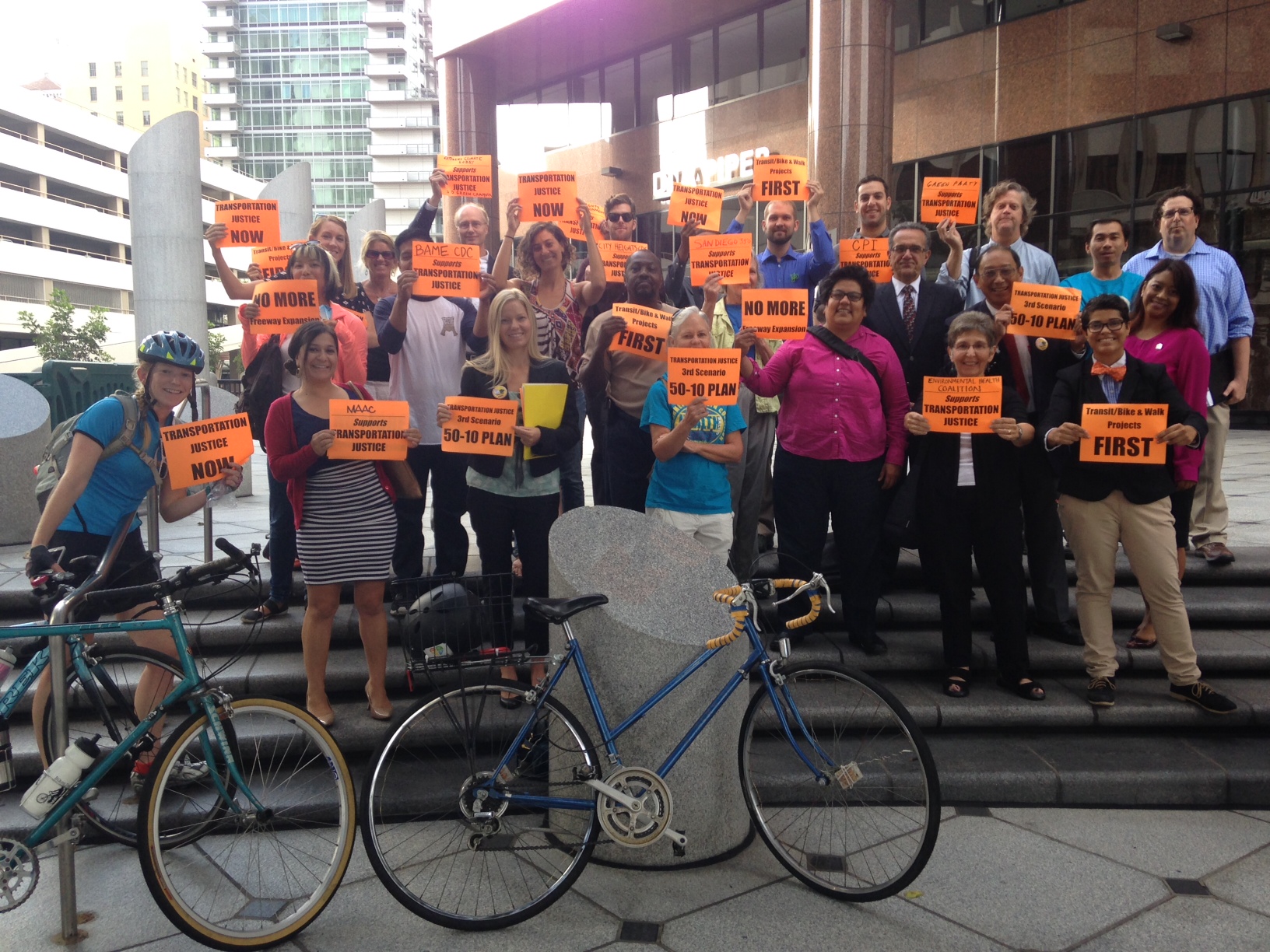
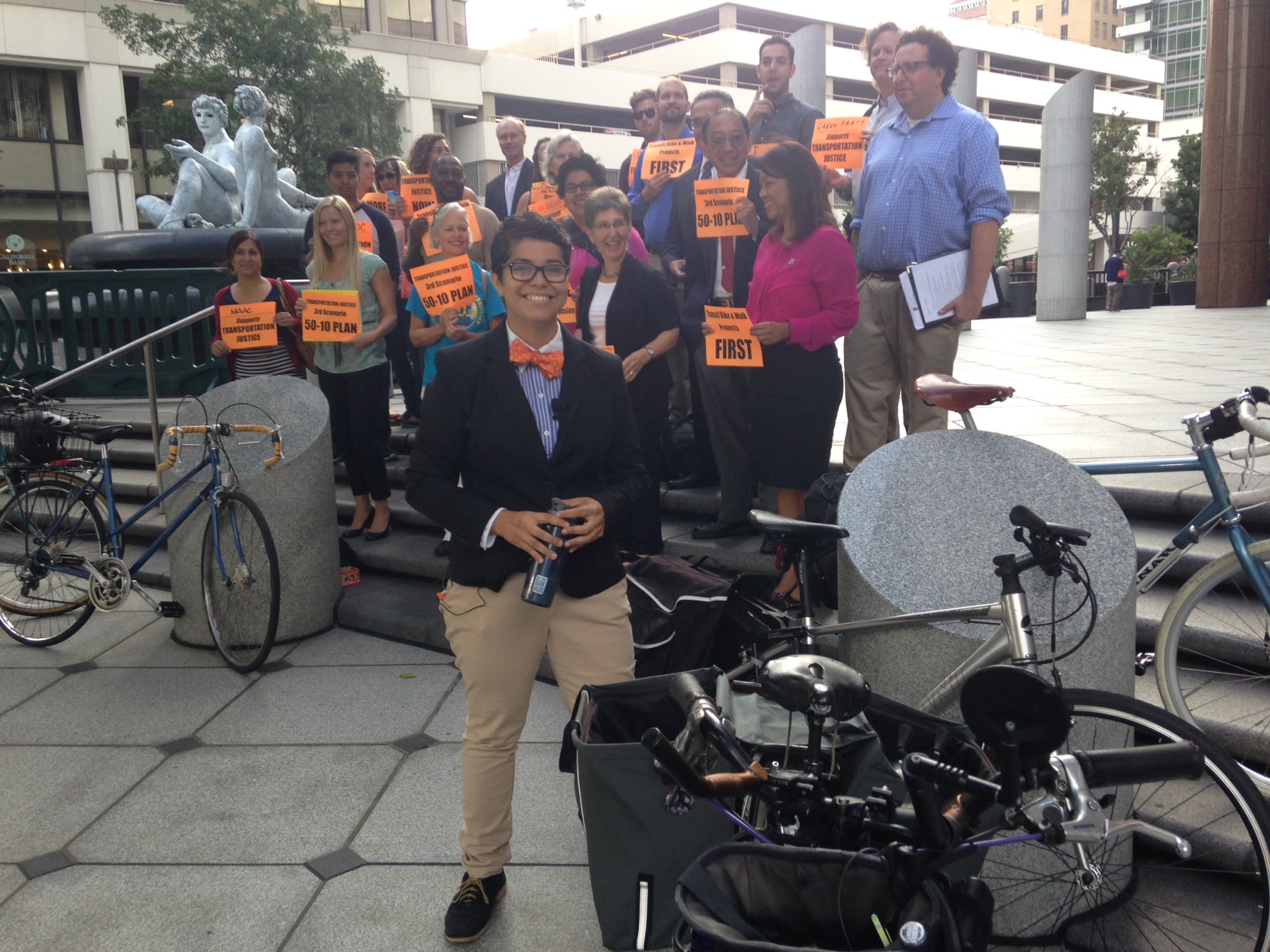
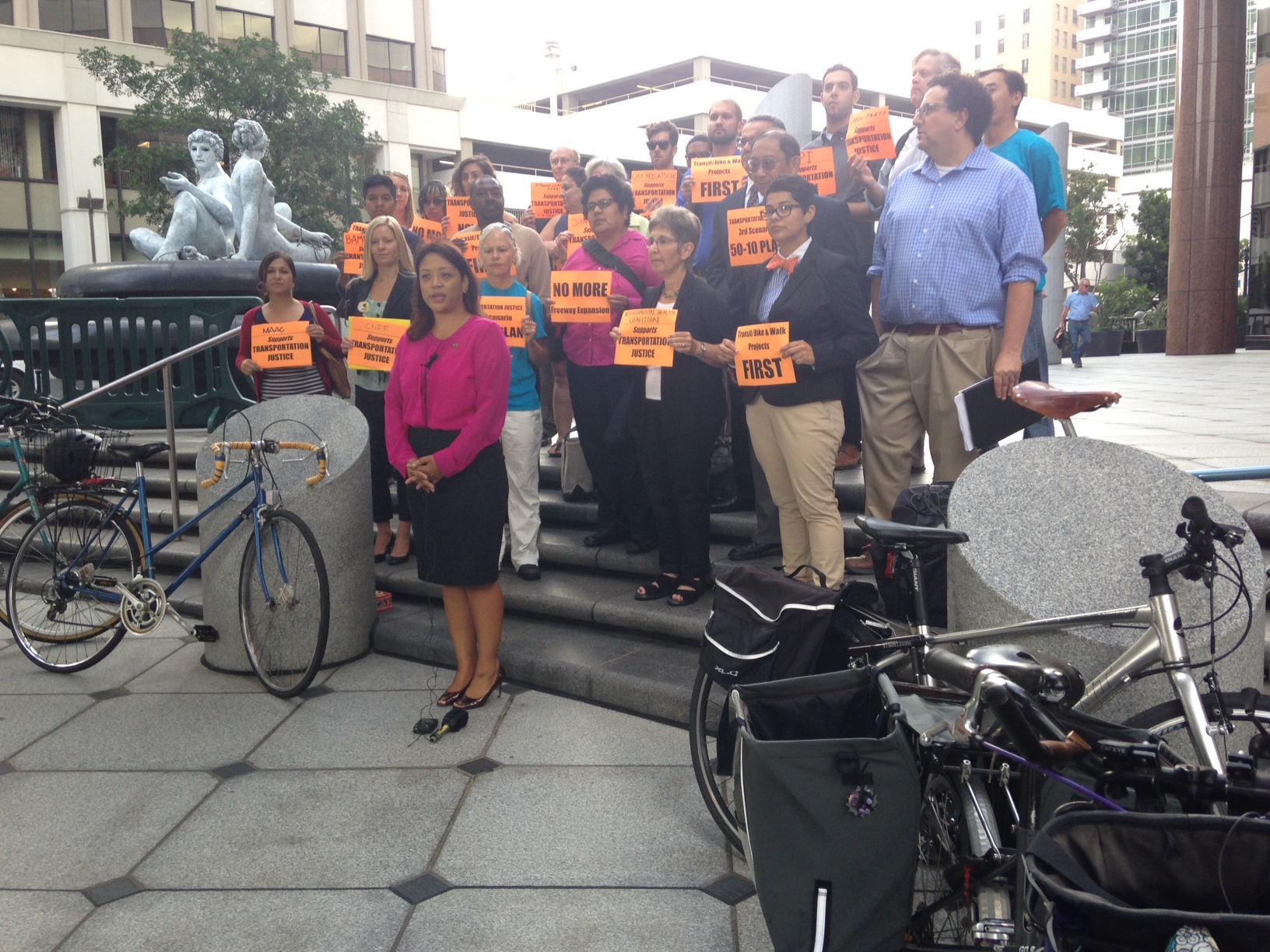
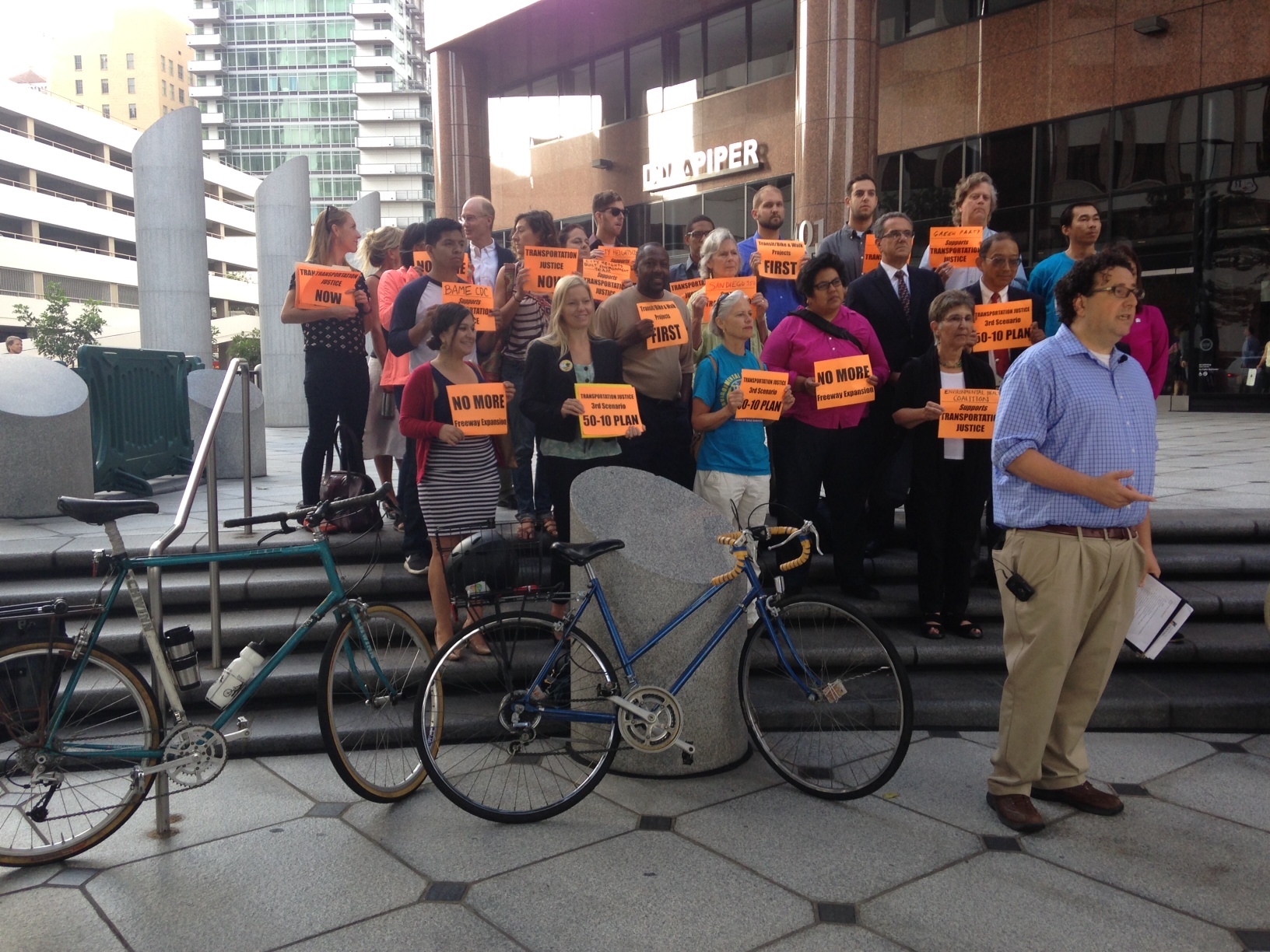 The third scenario represents an opportunity to improve air quality and quality of life for residents of underserved neighborhoods who can't afford public transit, struggle with hours of daily commuting and can't safely walk or bike on existing streets.
The third scenario represents an opportunity to improve air quality and quality of life for residents of underserved neighborhoods who can't afford public transit, struggle with hours of daily commuting and can't safely walk or bike on existing streets.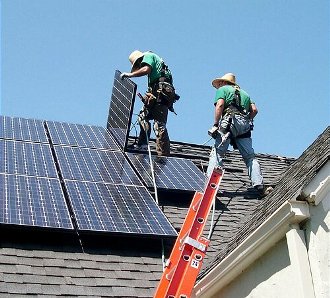
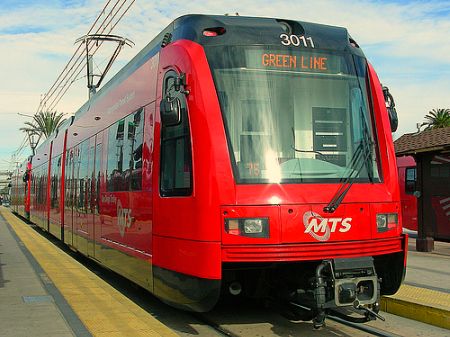 Now we need your help to finalize the plan.
Now we need your help to finalize the plan. 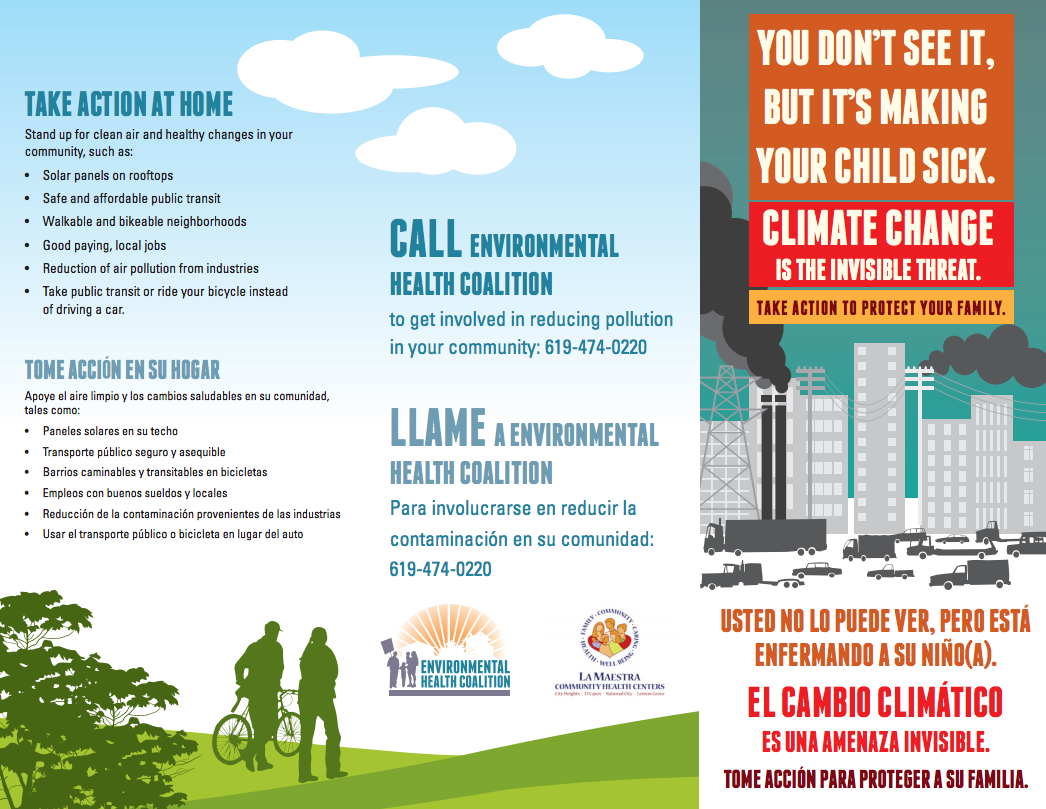
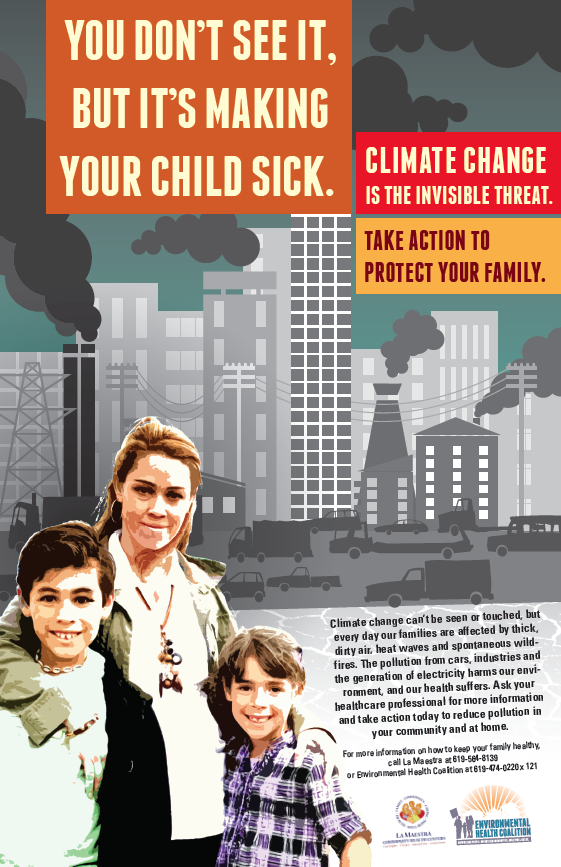
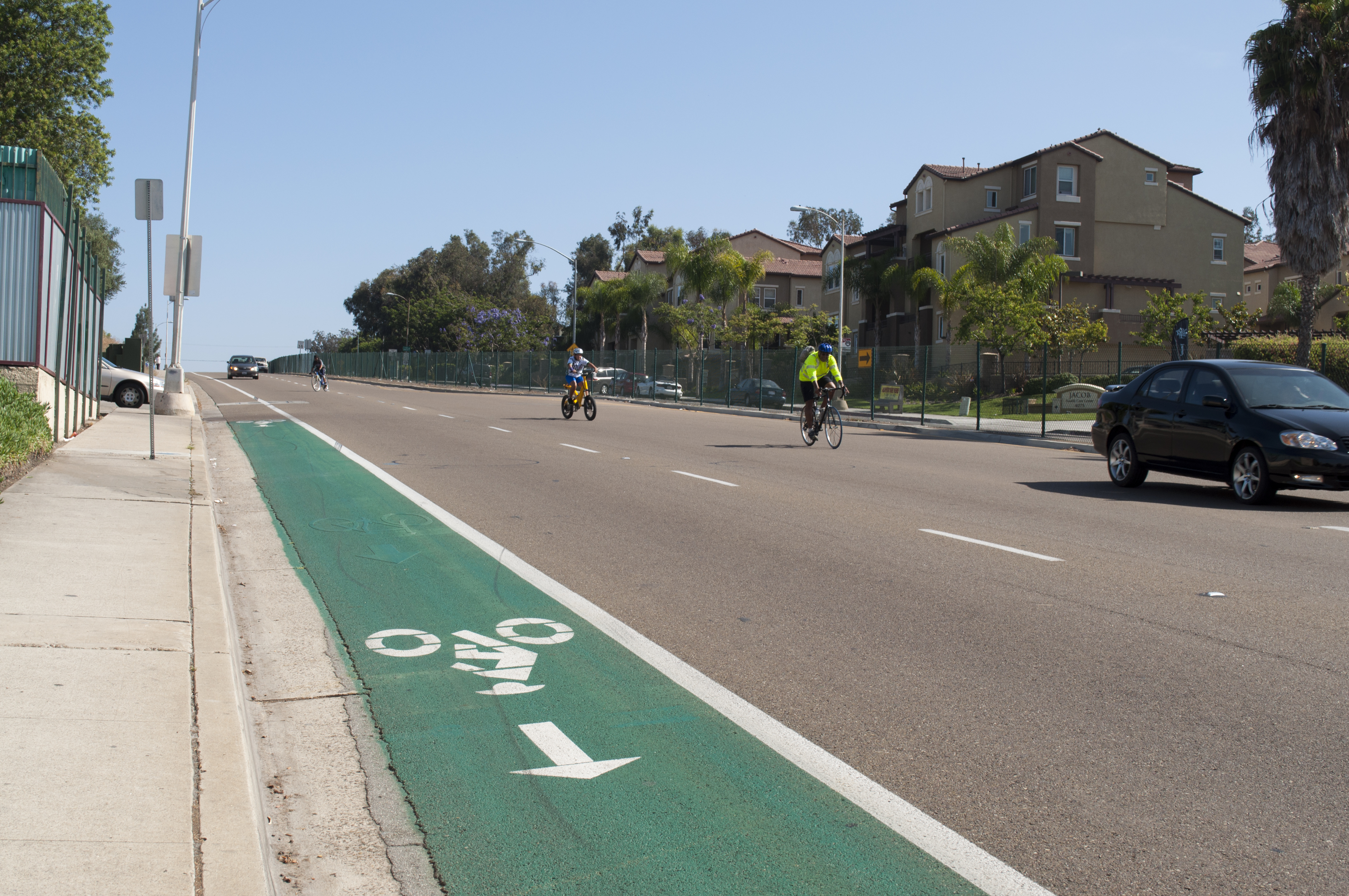 These safe, reliable and affordable transportation options are what we call transportation justice. Transportation justice means all neighborhoods have equal access to alternative transportation and no communities are overburdened with the pollution from cars on neighborhood streets or freeways. It means that the risk of being hit by a car is reduced because bike paths and sidewalks are plentiful. It means public transit is affordable, accessible and convenient and families don't have to walk an hour to the grocery store because they can't afford to take the bus. It means a person does not have to travel two hours each way on the bus to get to and from work, when the same trip a car ride would only take 20 minutes.
These safe, reliable and affordable transportation options are what we call transportation justice. Transportation justice means all neighborhoods have equal access to alternative transportation and no communities are overburdened with the pollution from cars on neighborhood streets or freeways. It means that the risk of being hit by a car is reduced because bike paths and sidewalks are plentiful. It means public transit is affordable, accessible and convenient and families don't have to walk an hour to the grocery store because they can't afford to take the bus. It means a person does not have to travel two hours each way on the bus to get to and from work, when the same trip a car ride would only take 20 minutes.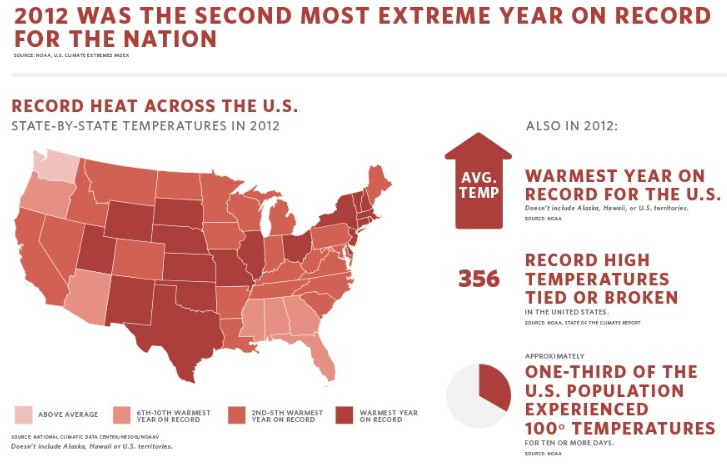
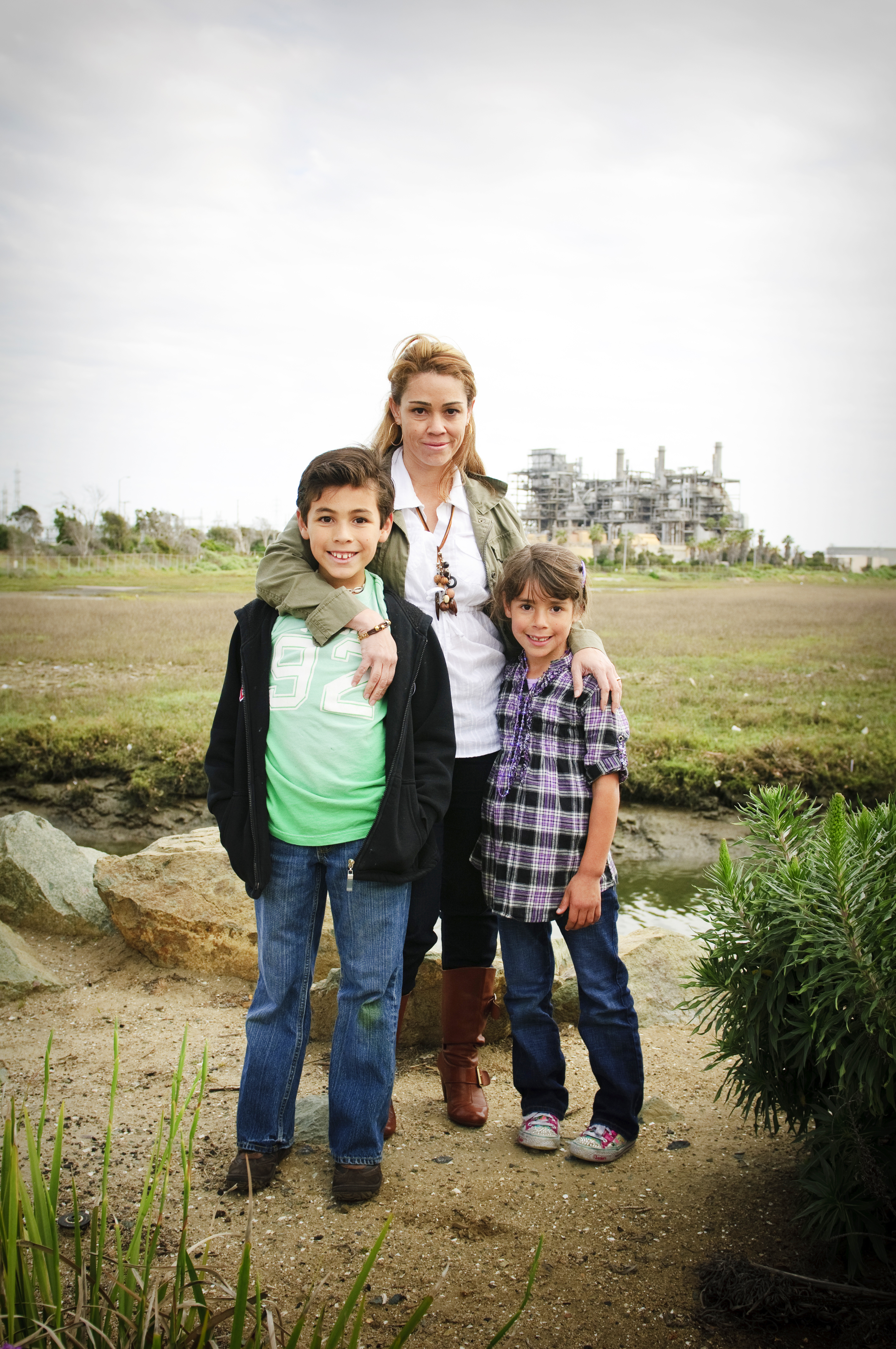 The
The  We have a great opportunity to get involved in shaping the future of our community. The Port is currently developing its guidelines and plan for the next 50 years. While it has taken some actions to address the negative impacts of its pollution on
We have a great opportunity to get involved in shaping the future of our community. The Port is currently developing its guidelines and plan for the next 50 years. While it has taken some actions to address the negative impacts of its pollution on  We have a chance to tell the Port that is what we want. Now, the Port of San Diego is asking for our feedback as it drafts a new plan for land and water use for the next 50 years.
We have a chance to tell the Port that is what we want. Now, the Port of San Diego is asking for our feedback as it drafts a new plan for land and water use for the next 50 years. 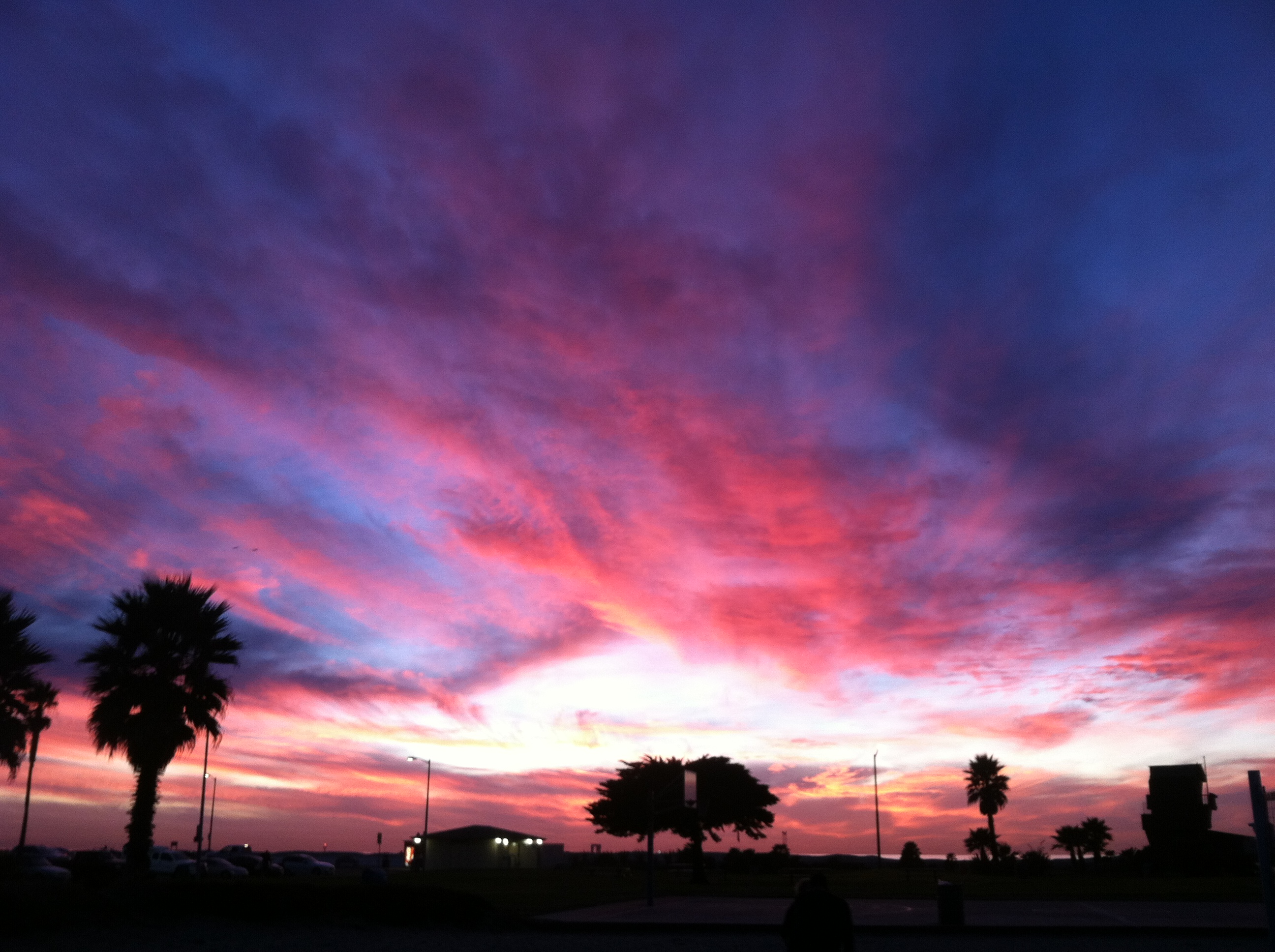 Tired of seeing your energy bills go up while your air keeps getting polluted from dirty power plants? Brace yourself; we might be in for more of both. On top of the
Tired of seeing your energy bills go up while your air keeps getting polluted from dirty power plants? Brace yourself; we might be in for more of both. On top of the 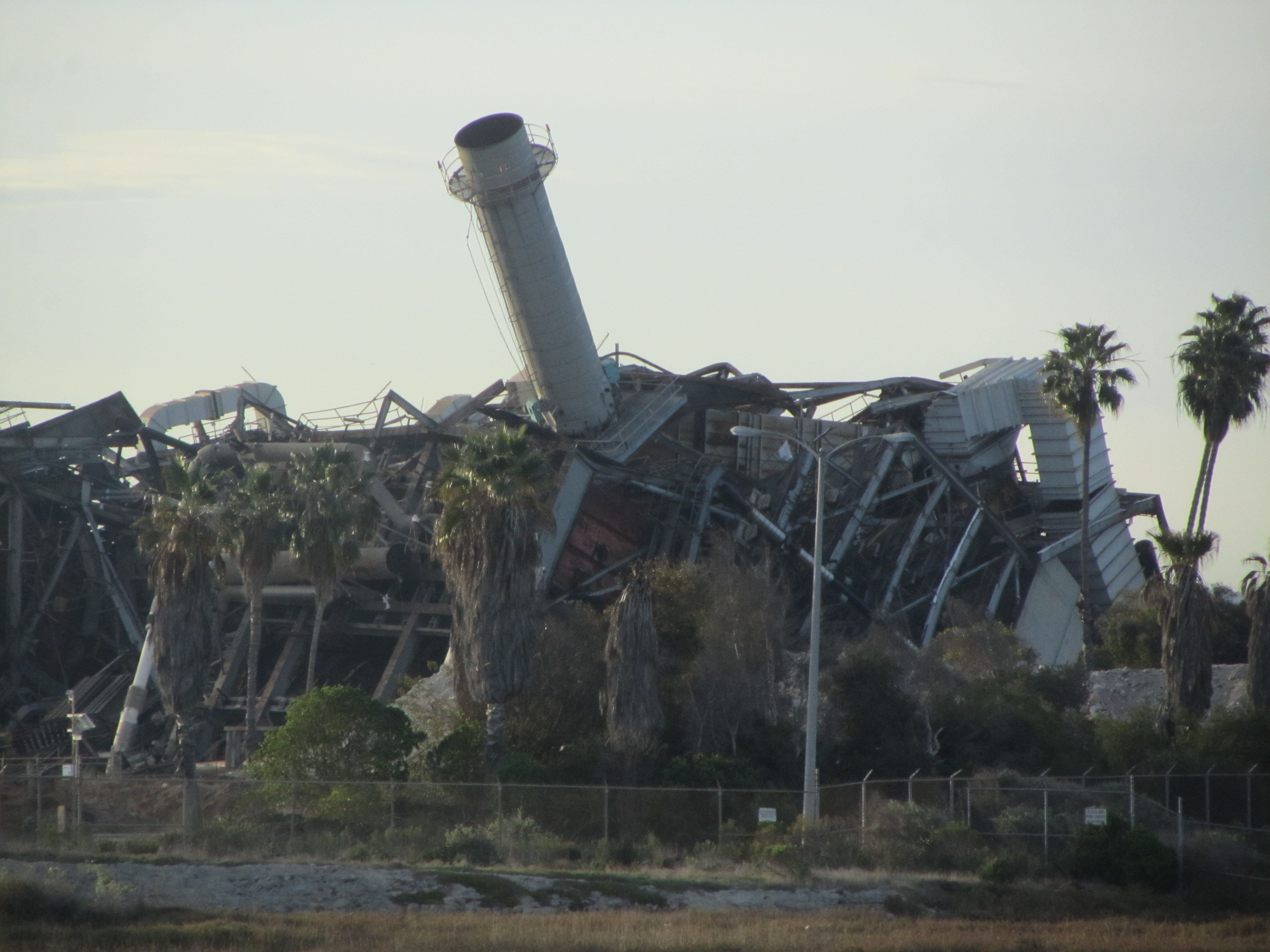
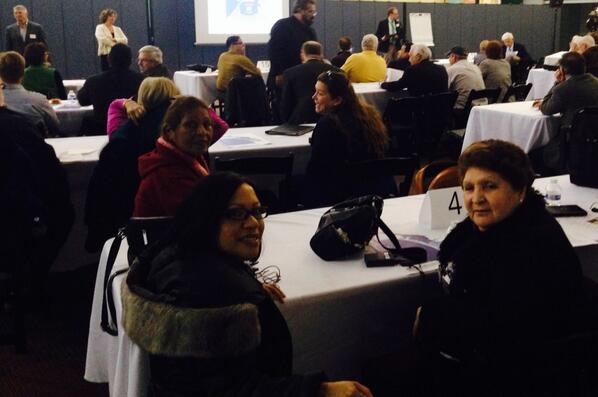 The Port of San Diego is drafting its plan to guide land and water use for the next 50 years, and we must make our voices heard. On Tuesday, February 18 and Wednesday, February 19, community members have the opportunity to provide feedback at the two-night
The Port of San Diego is drafting its plan to guide land and water use for the next 50 years, and we must make our voices heard. On Tuesday, February 18 and Wednesday, February 19, community members have the opportunity to provide feedback at the two-night 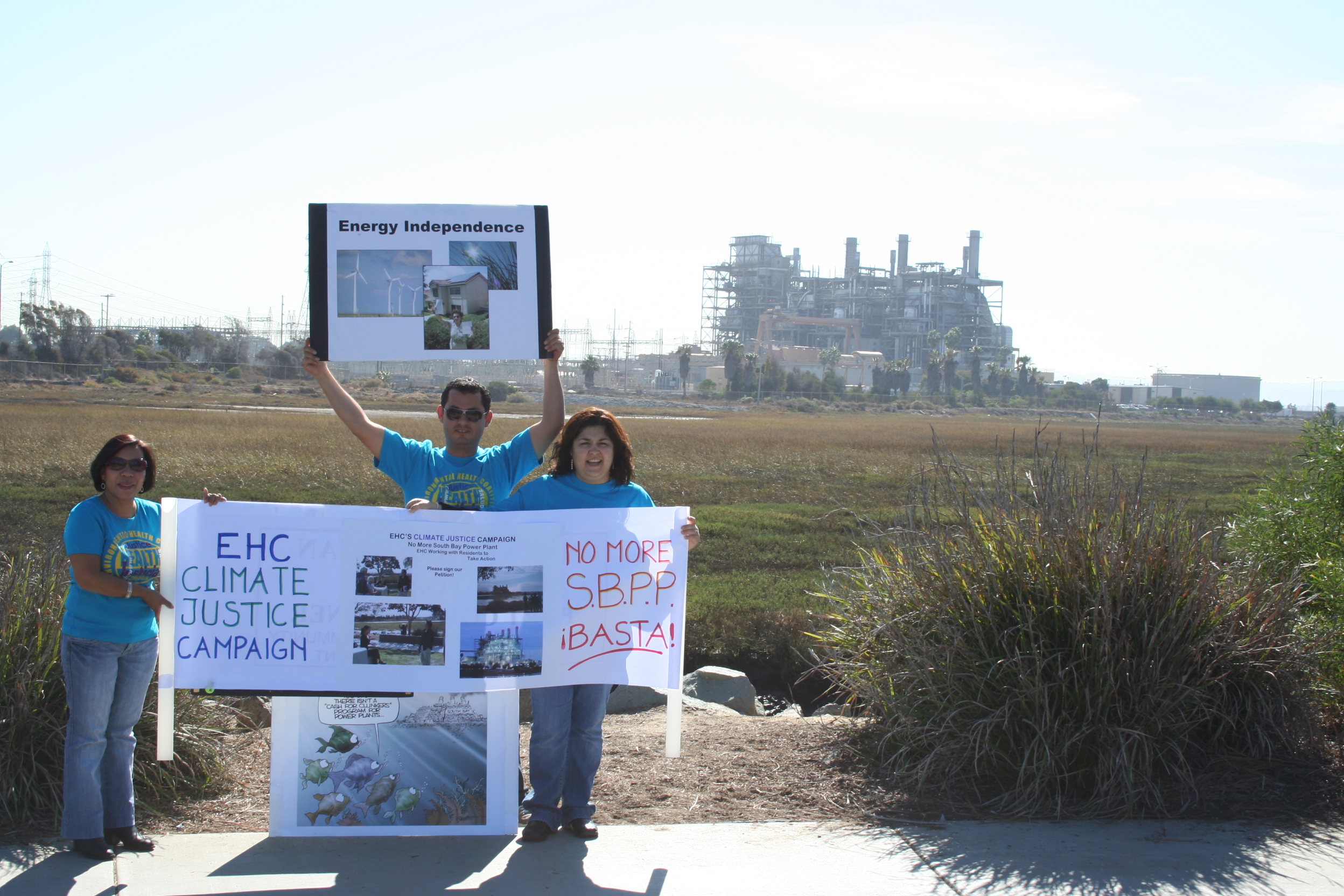
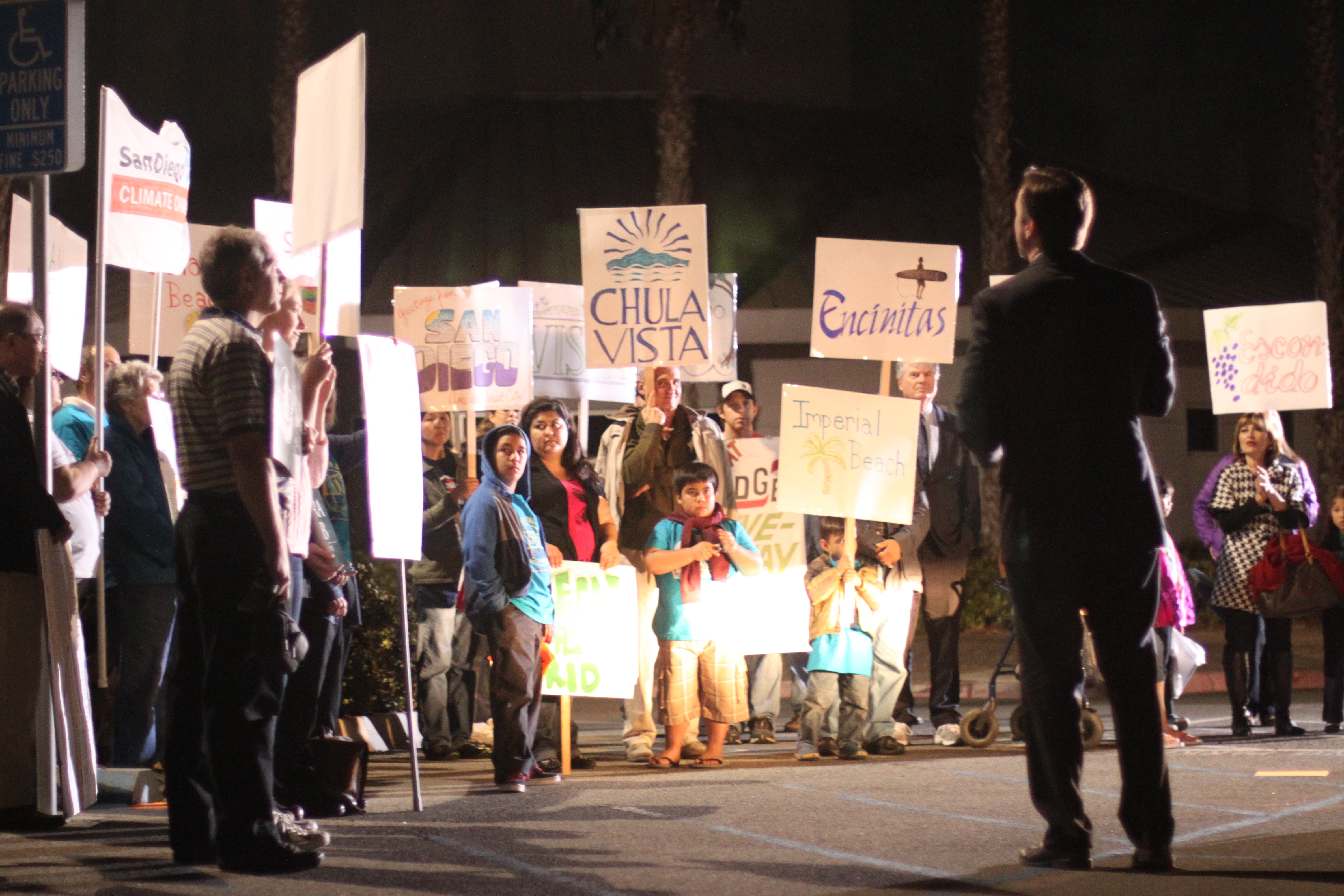
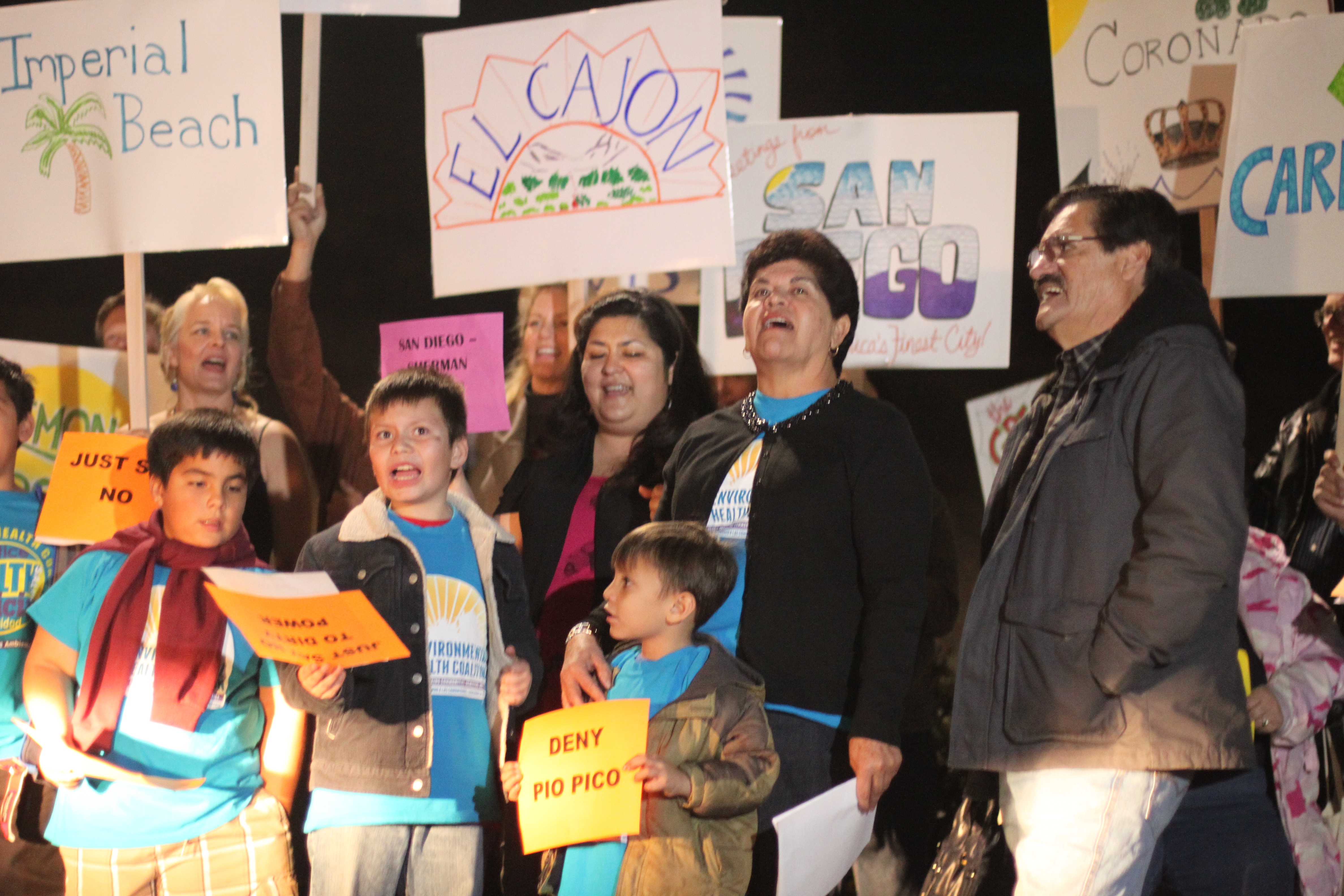 Yo ya estaba muy preocupada por los altos niveles de contaminación del aire – que ya están reconocidos como unos de los peores del estado – y los problemas de salud que la contaminación trae. Pio Pico causaría aún más contaminación – el equivalente de la emisiones de 170, 000 automóviles cada año para los próximos 25 años. Esa contaminación podría tener un impacto negativo a la salud de nuestros niños y acelerar el cambio climático. ¡Mis nietos ya tienen asma y yo no quiero que estén expuestos a aún más contaminación proveniente de una nueva planta de energía sucia!
Yo ya estaba muy preocupada por los altos niveles de contaminación del aire – que ya están reconocidos como unos de los peores del estado – y los problemas de salud que la contaminación trae. Pio Pico causaría aún más contaminación – el equivalente de la emisiones de 170, 000 automóviles cada año para los próximos 25 años. Esa contaminación podría tener un impacto negativo a la salud de nuestros niños y acelerar el cambio climático. ¡Mis nietos ya tienen asma y yo no quiero que estén expuestos a aún más contaminación proveniente de una nueva planta de energía sucia!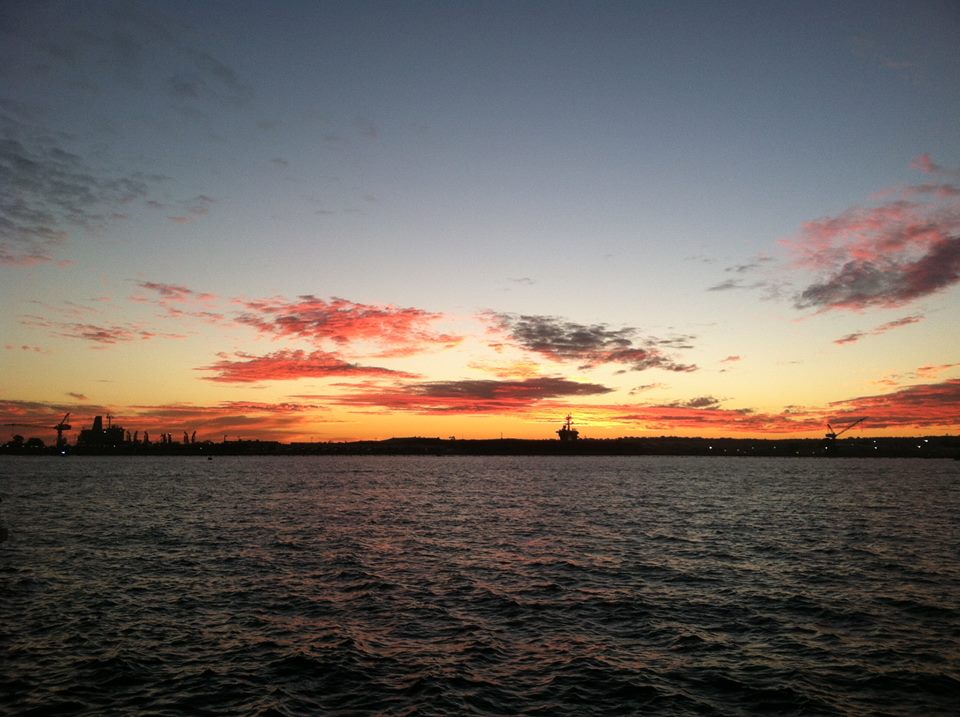 The plan is so significant because it charts a course of action to lower the Port's greenhouse gas emissions-- the pollution responsible for causing climate change -- and sets an example for the rest of San Diego. Climate change and pollution from the Port both have huge health impacts on the region, especially neighboring low-income communities of color. With its location along the waterfront, as a center and facilitator of global goods shipping and a home to a mix of heavy, polluting industries as well as waterfront tourism businesses, the Port stands as a cause of climate change as well as a future victim.
The plan is so significant because it charts a course of action to lower the Port's greenhouse gas emissions-- the pollution responsible for causing climate change -- and sets an example for the rest of San Diego. Climate change and pollution from the Port both have huge health impacts on the region, especially neighboring low-income communities of color. With its location along the waterfront, as a center and facilitator of global goods shipping and a home to a mix of heavy, polluting industries as well as waterfront tourism businesses, the Port stands as a cause of climate change as well as a future victim.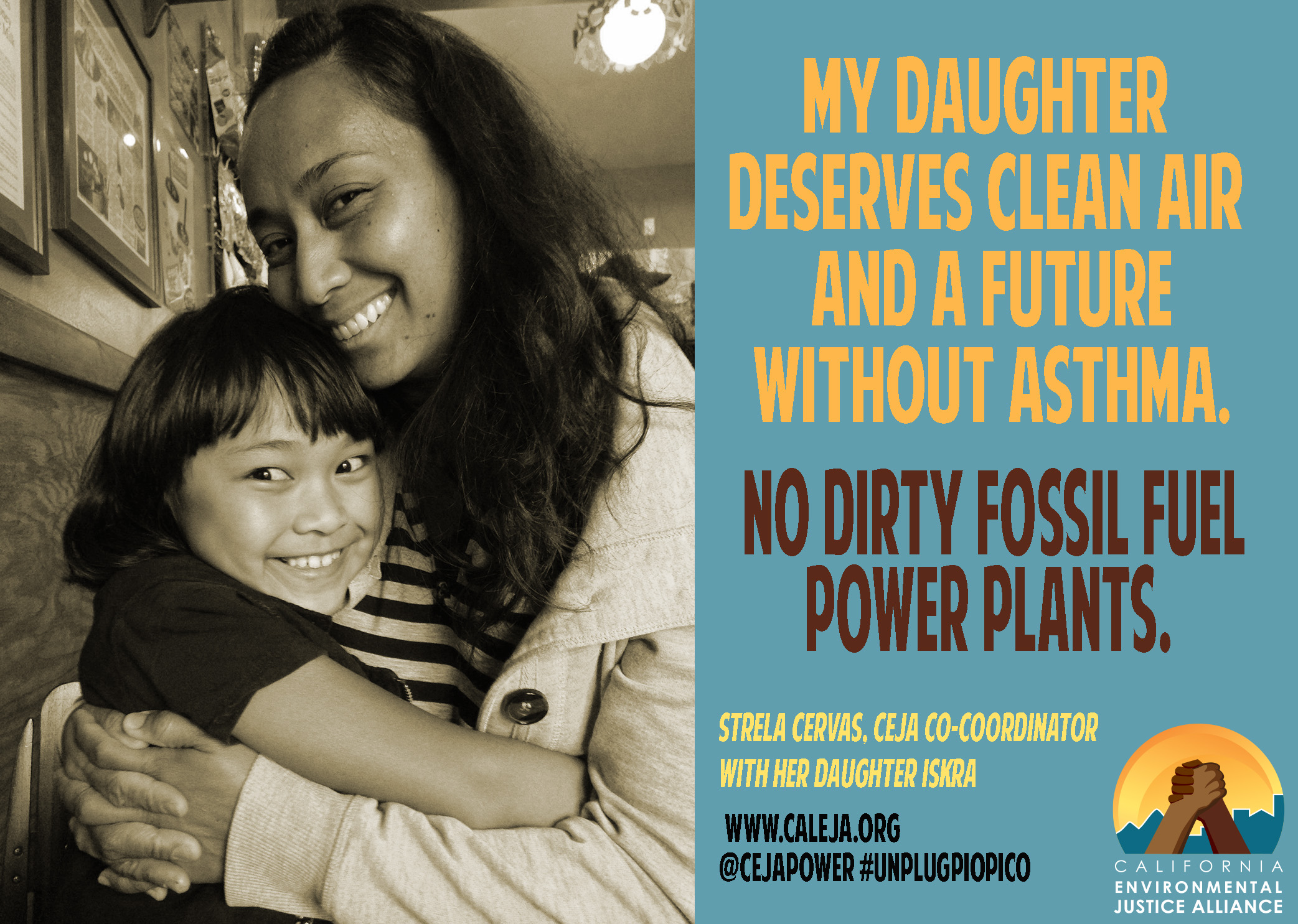 The chemicals produced from Pio Pico, known as "particulate matter" are directly linked to respiratory illnesses, such as asthma. Over time, residents may experience school absences, lost work days, hospital admissions, asthma diagnoses and in some severe cases, even death.
The chemicals produced from Pio Pico, known as "particulate matter" are directly linked to respiratory illnesses, such as asthma. Over time, residents may experience school absences, lost work days, hospital admissions, asthma diagnoses and in some severe cases, even death.
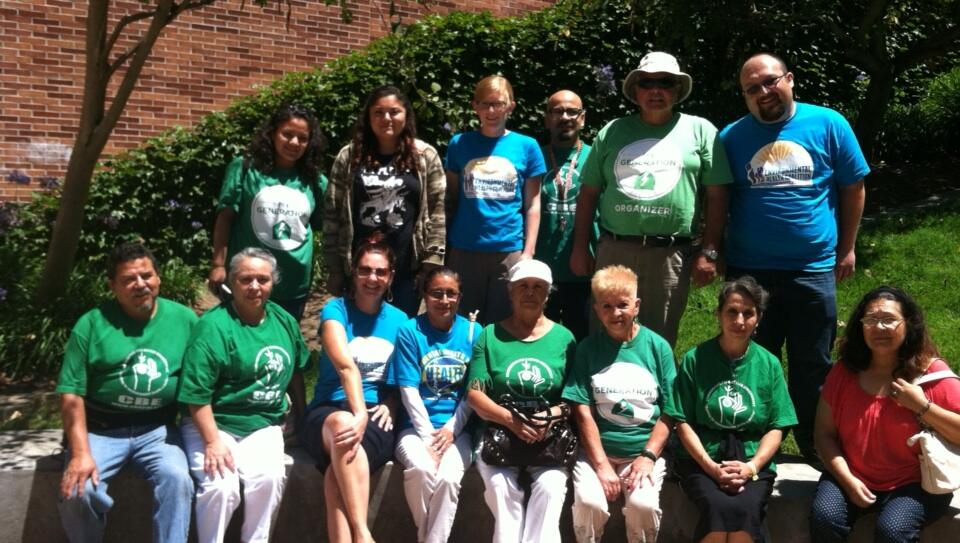 On Monday, July 15, EHC's
On Monday, July 15, EHC's 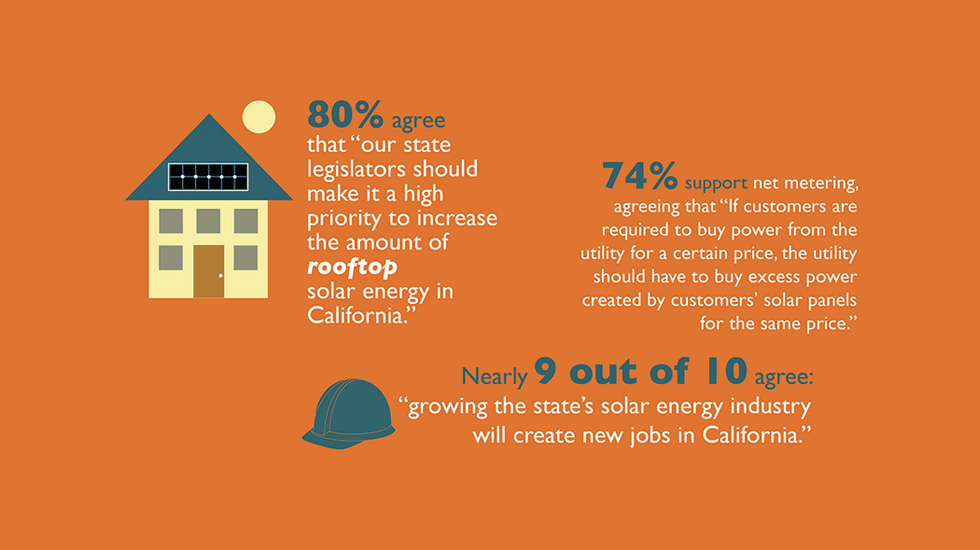 On Thursday, poll results were finalized by the William C. Velasquez Institute (WCVI) to reveal the large majority of Latinos in Southern California support and want to see a shift toward rooftop
On Thursday, poll results were finalized by the William C. Velasquez Institute (WCVI) to reveal the large majority of Latinos in Southern California support and want to see a shift toward rooftop  Originally
Originally 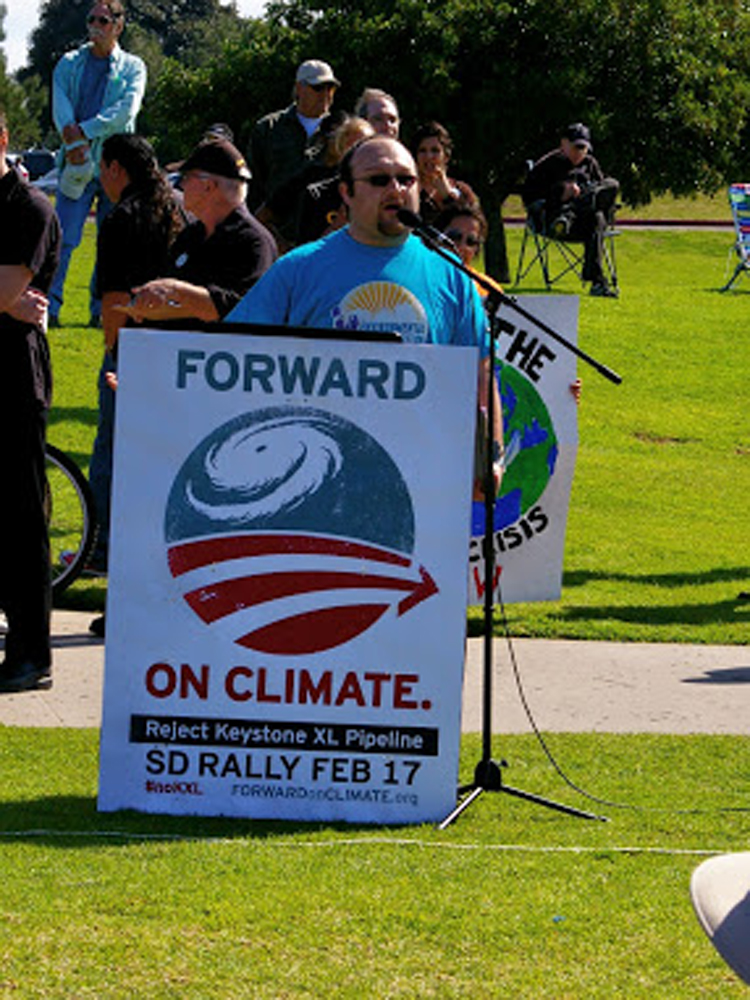 Low-income communities of color have long been on the front lines of pollution and dirty energy, and now we're set to be hit
Low-income communities of color have long been on the front lines of pollution and dirty energy, and now we're set to be hit 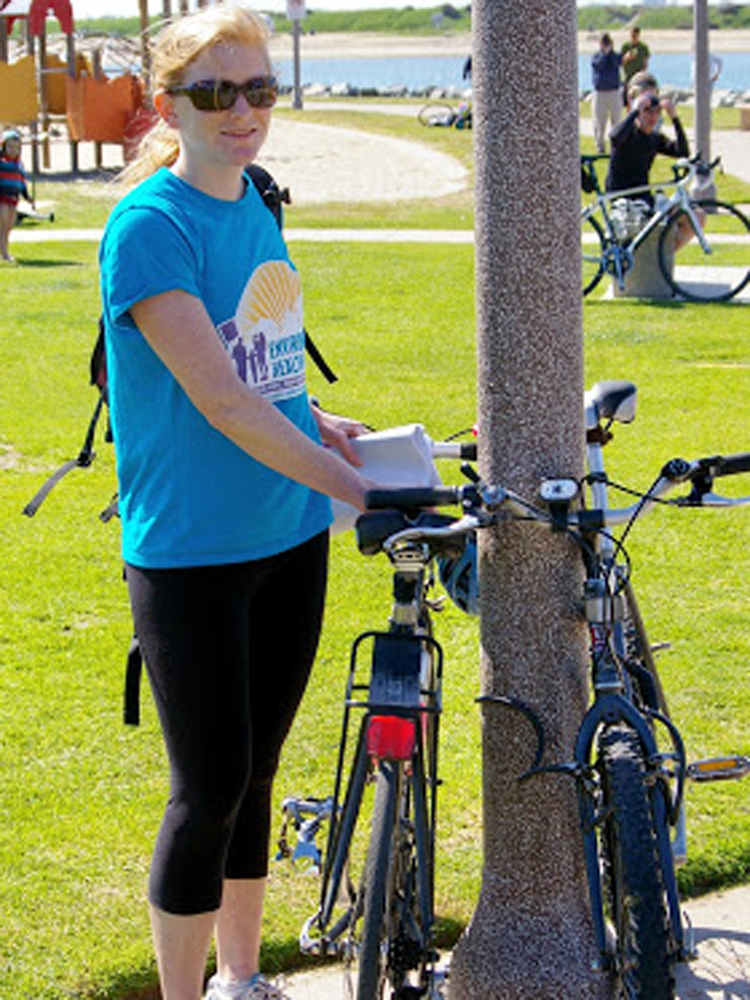
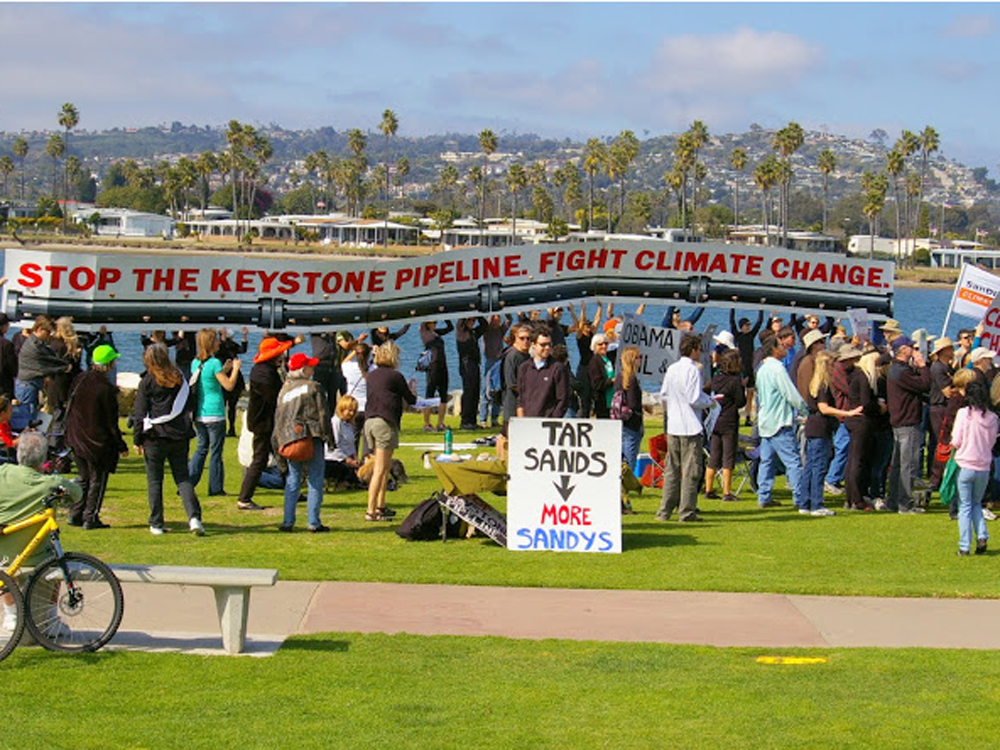
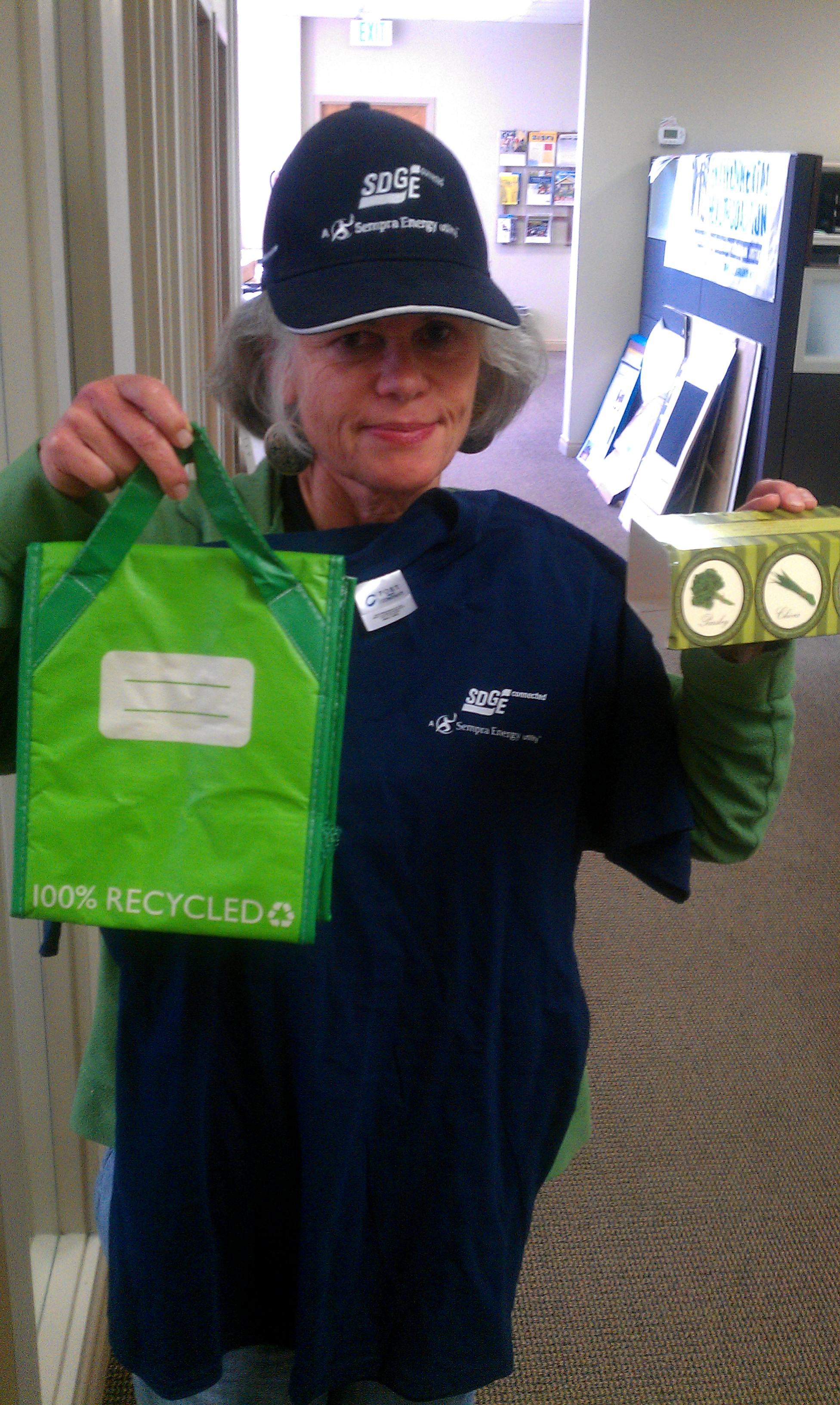 One recent workday when I had to drive to work instead of taking the bus, I found myself, not surprisingly, stuck in traffic. However, I had some great news to think over as I inched along -
One recent workday when I had to drive to work instead of taking the bus, I found myself, not surprisingly, stuck in traffic. However, I had some great news to think over as I inched along - 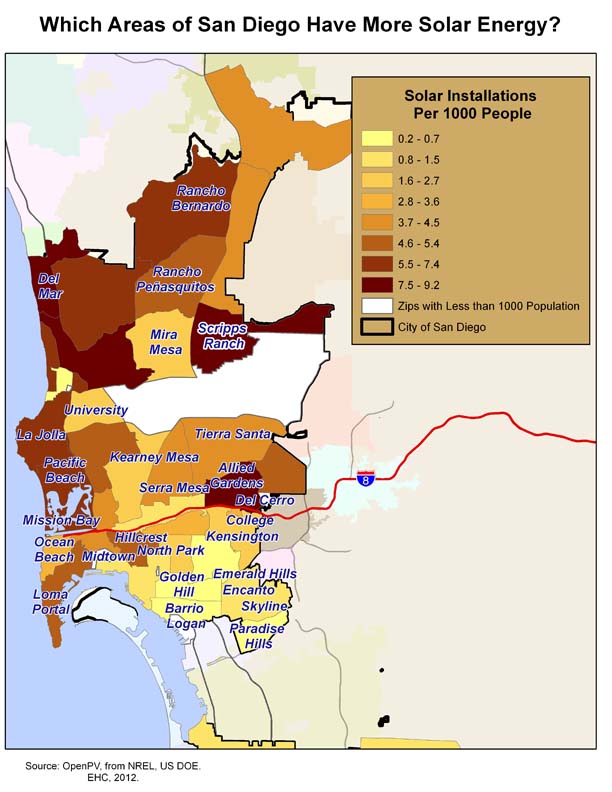
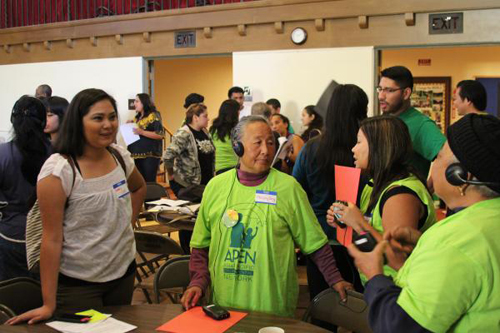
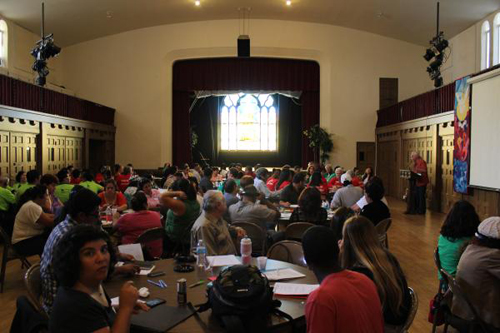
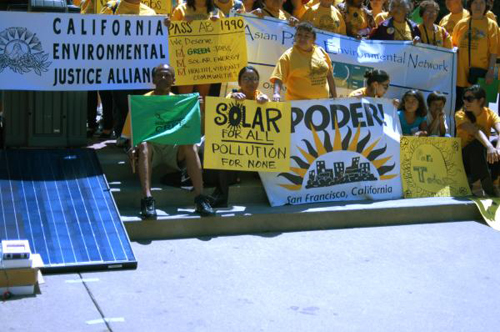
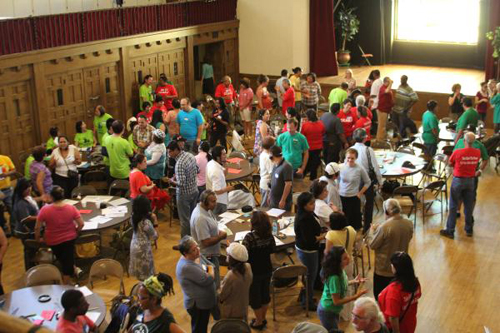
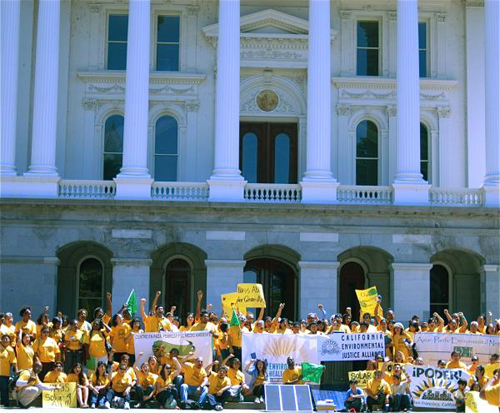
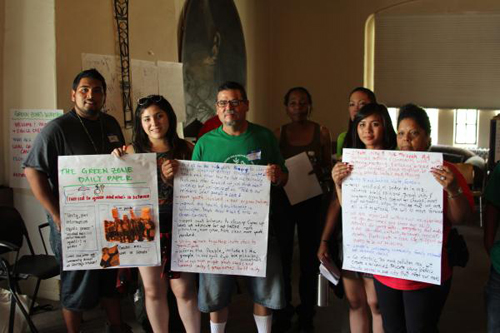
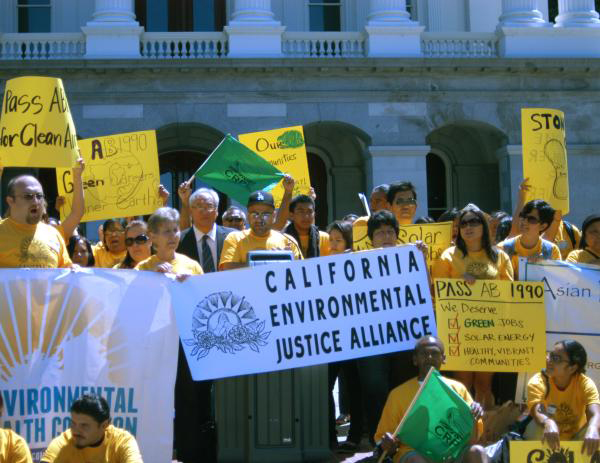
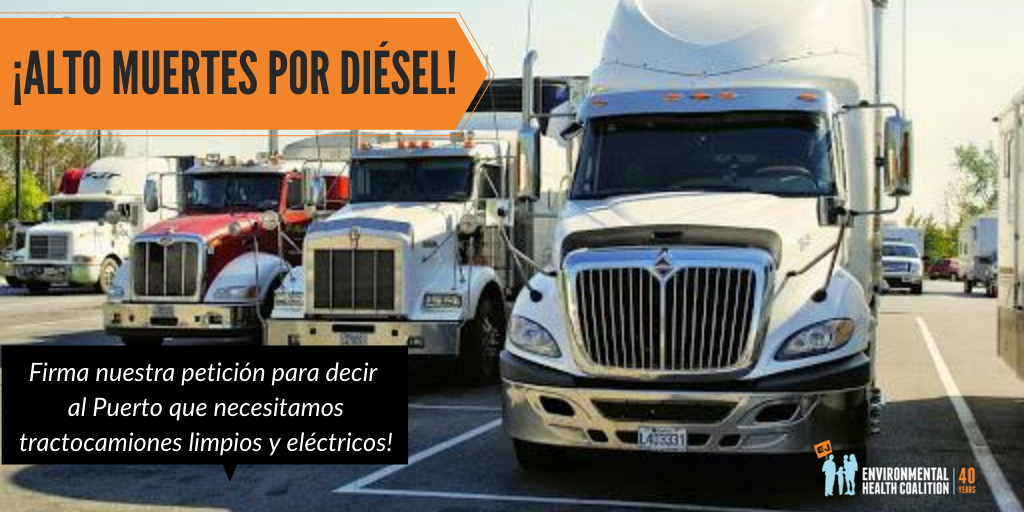



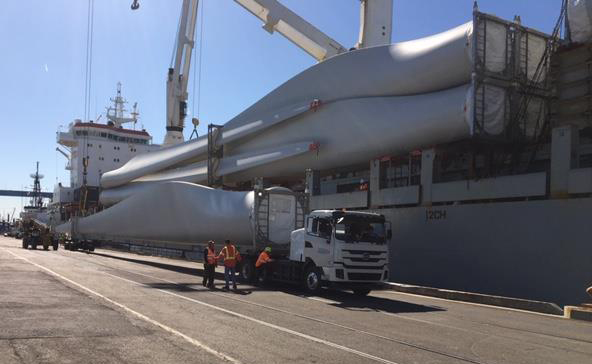


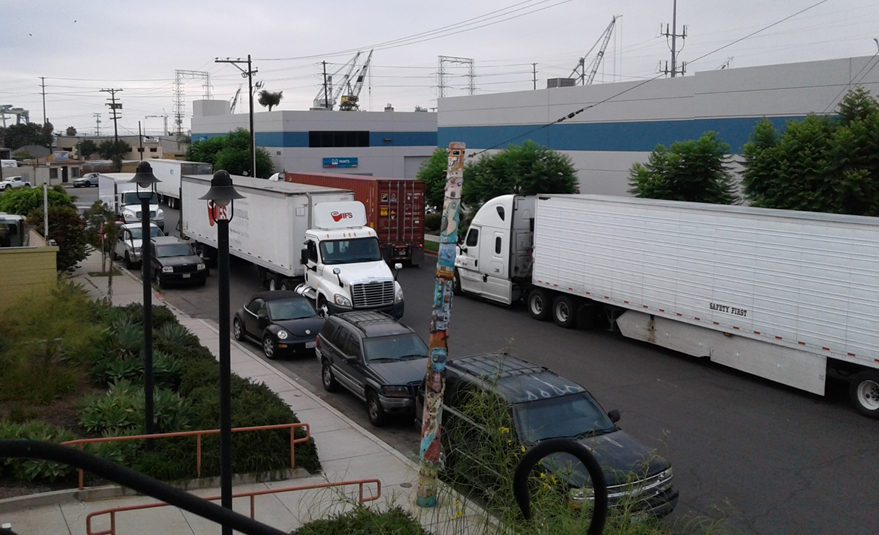
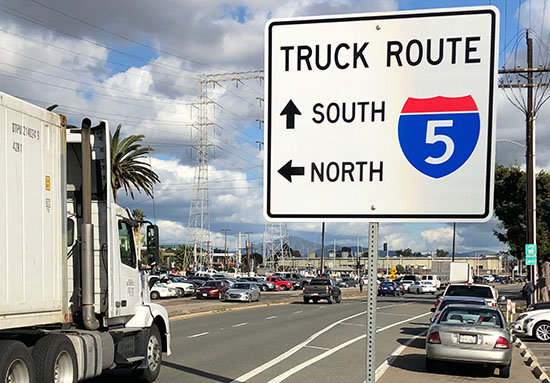
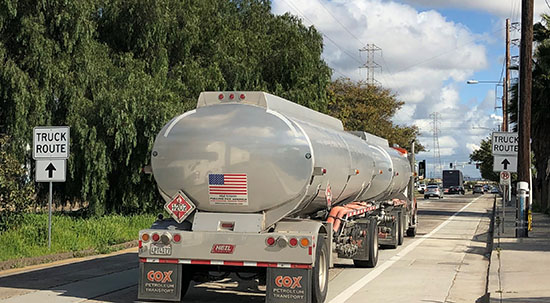
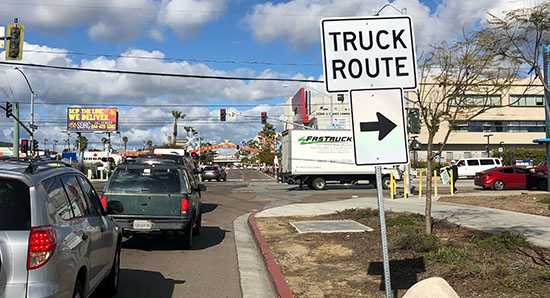
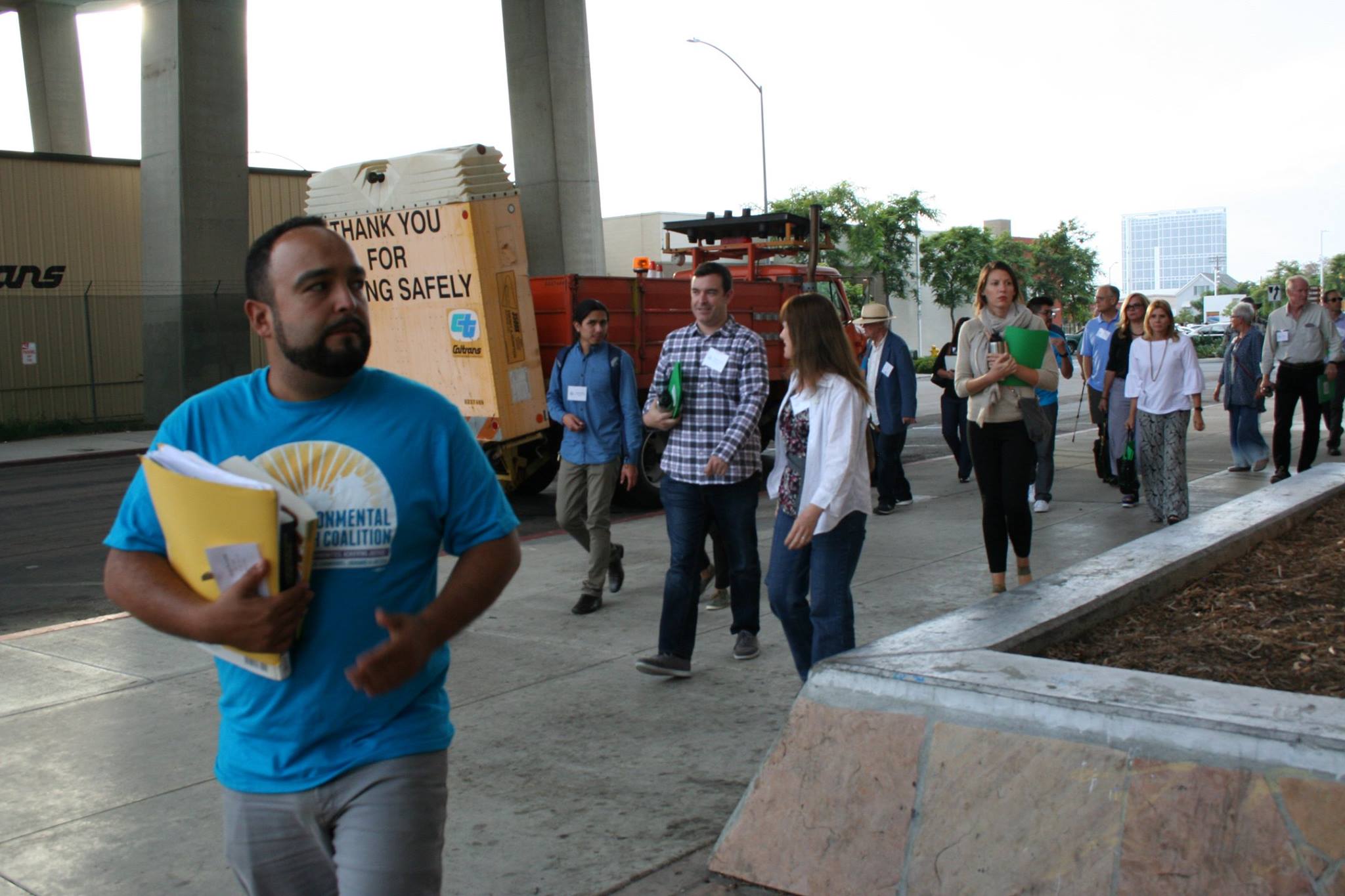
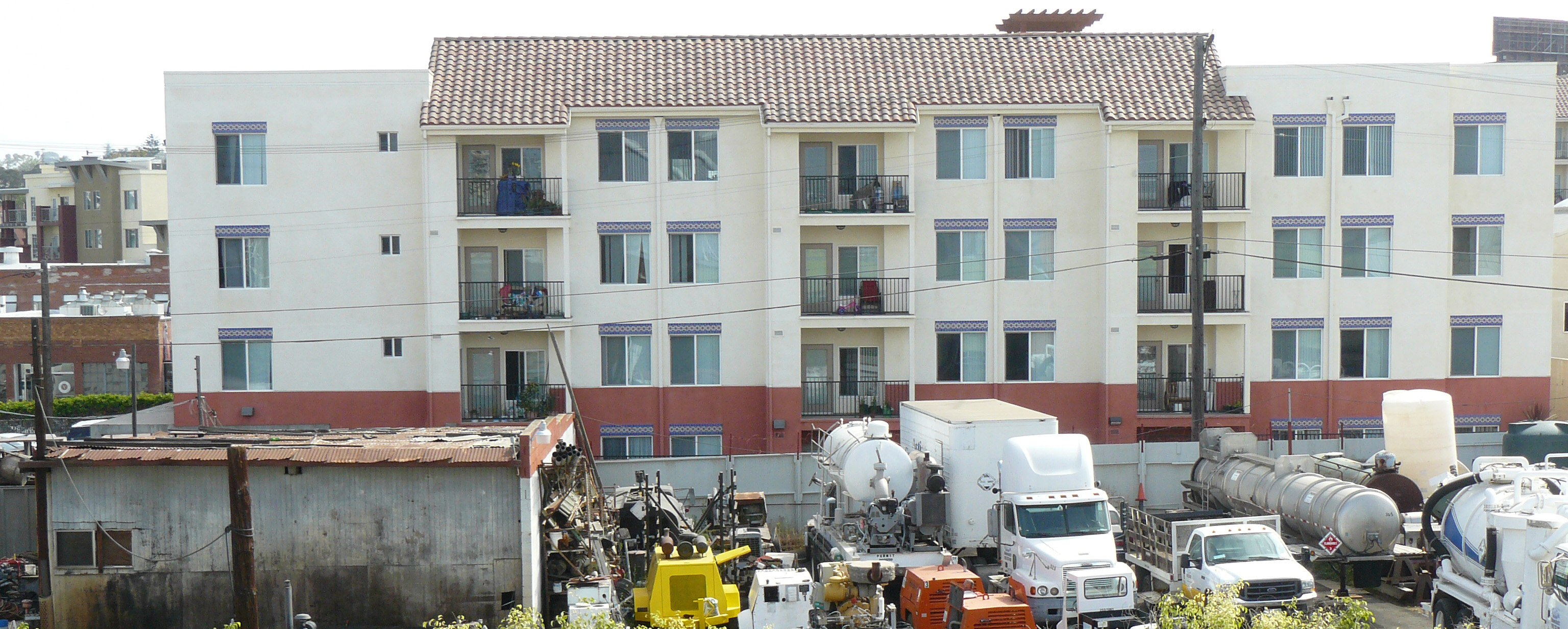
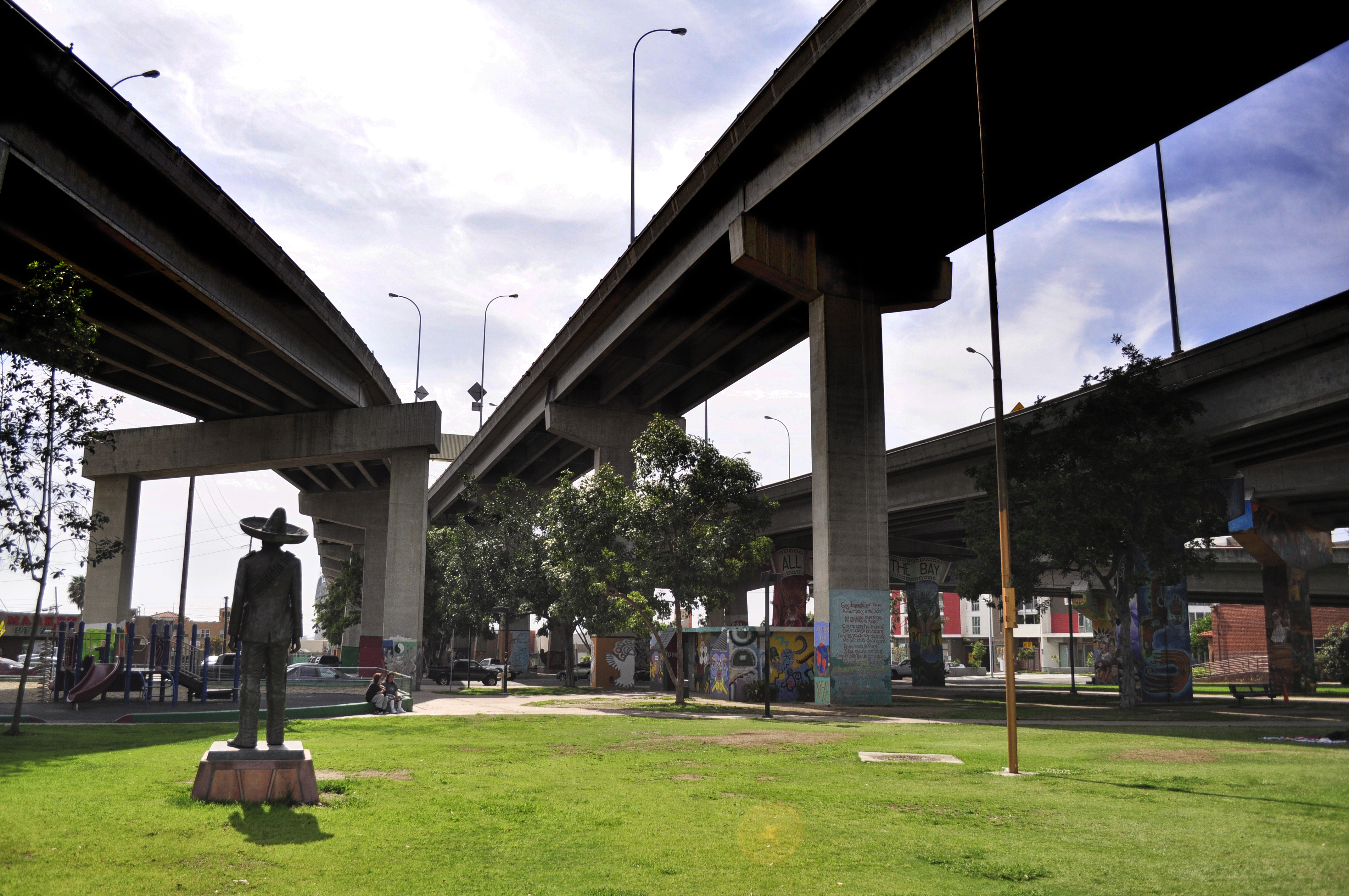
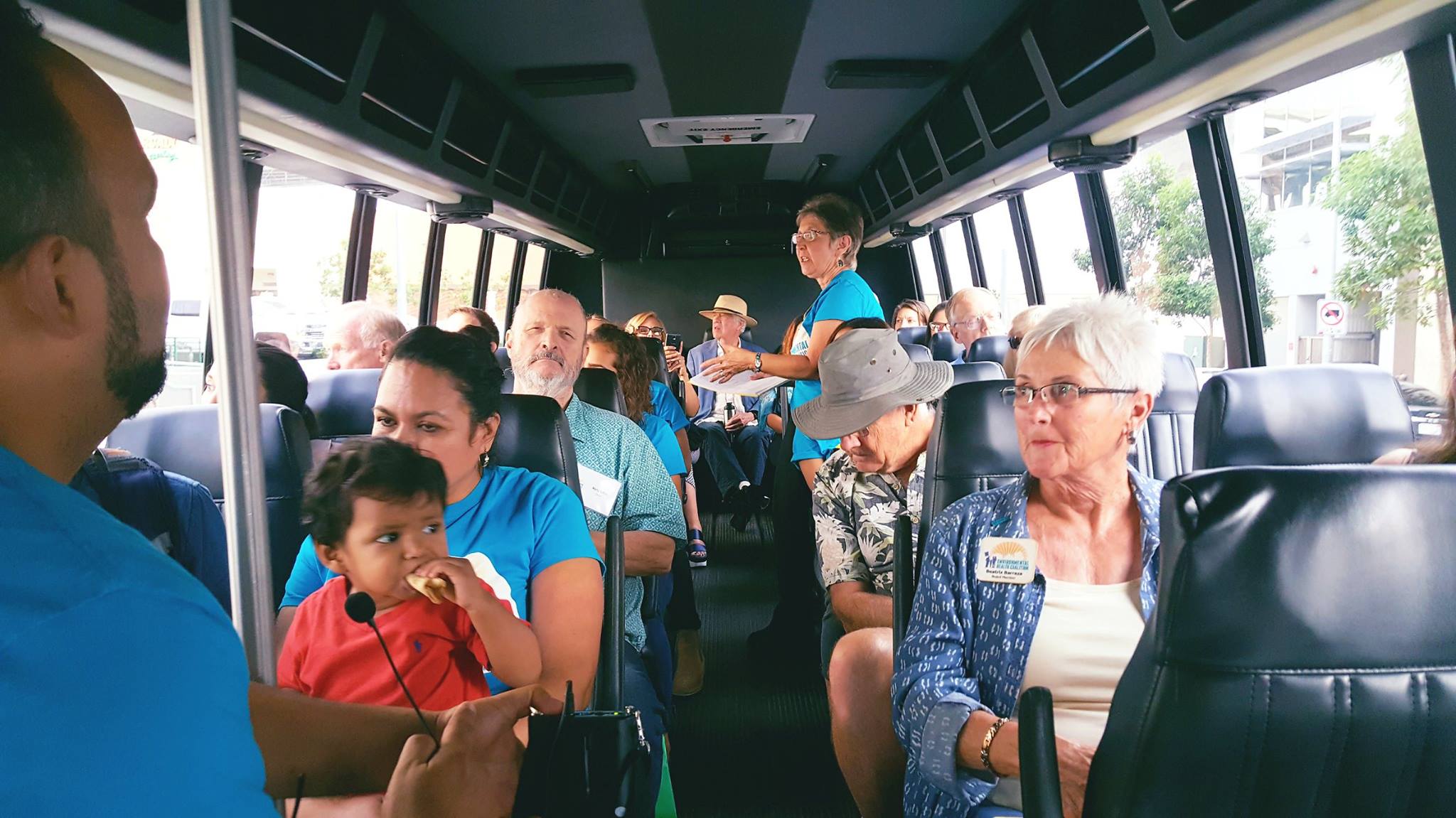
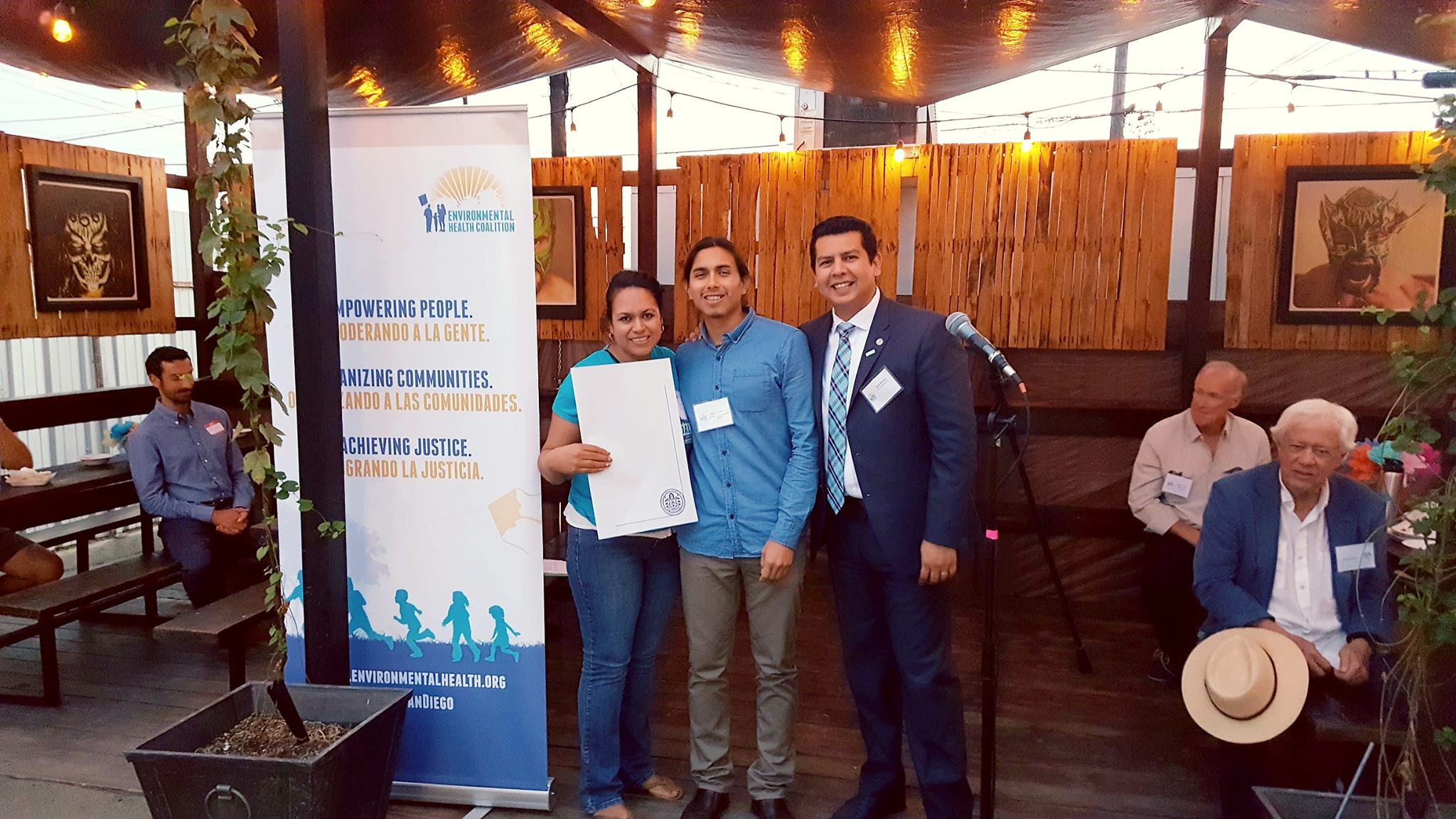
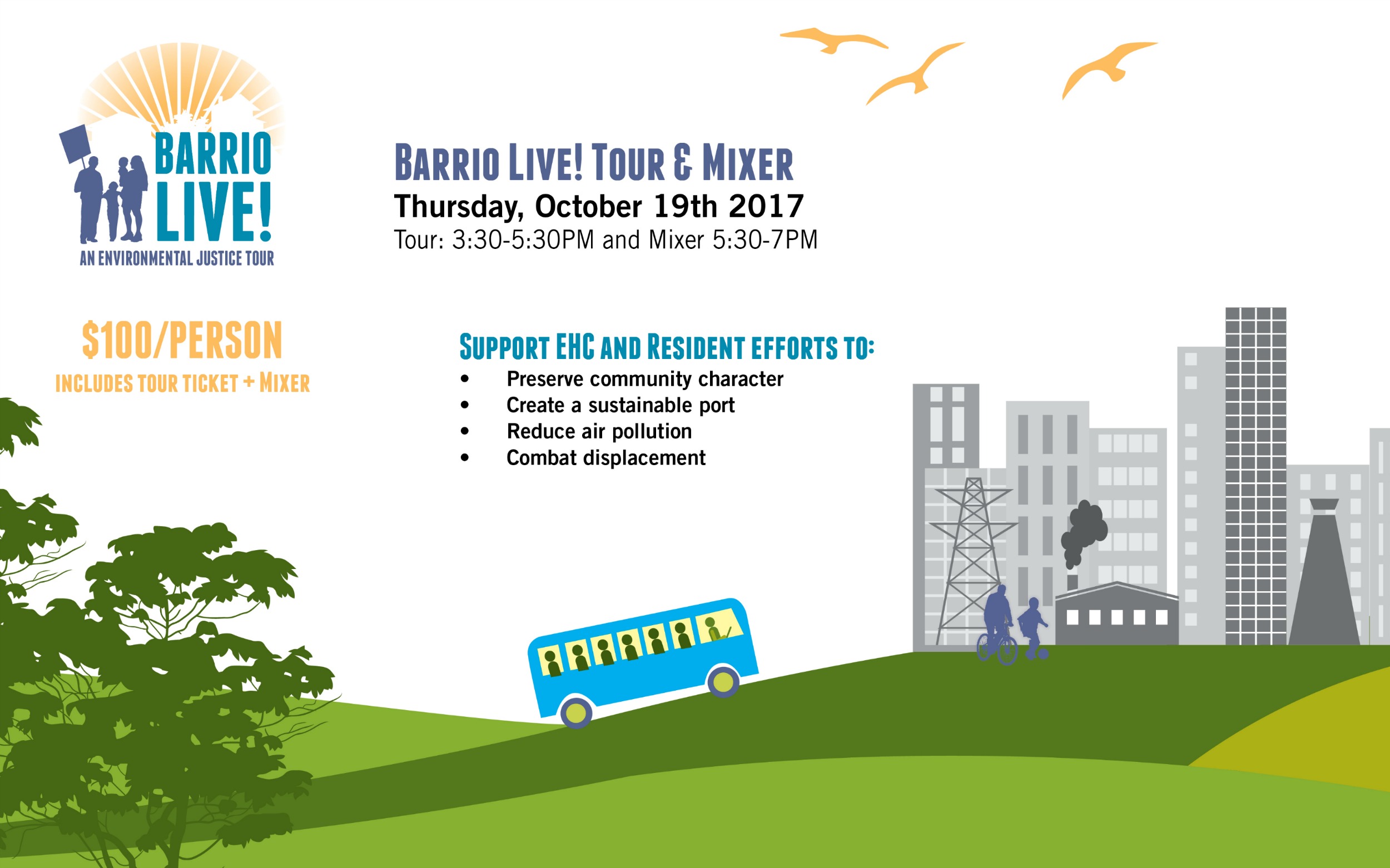
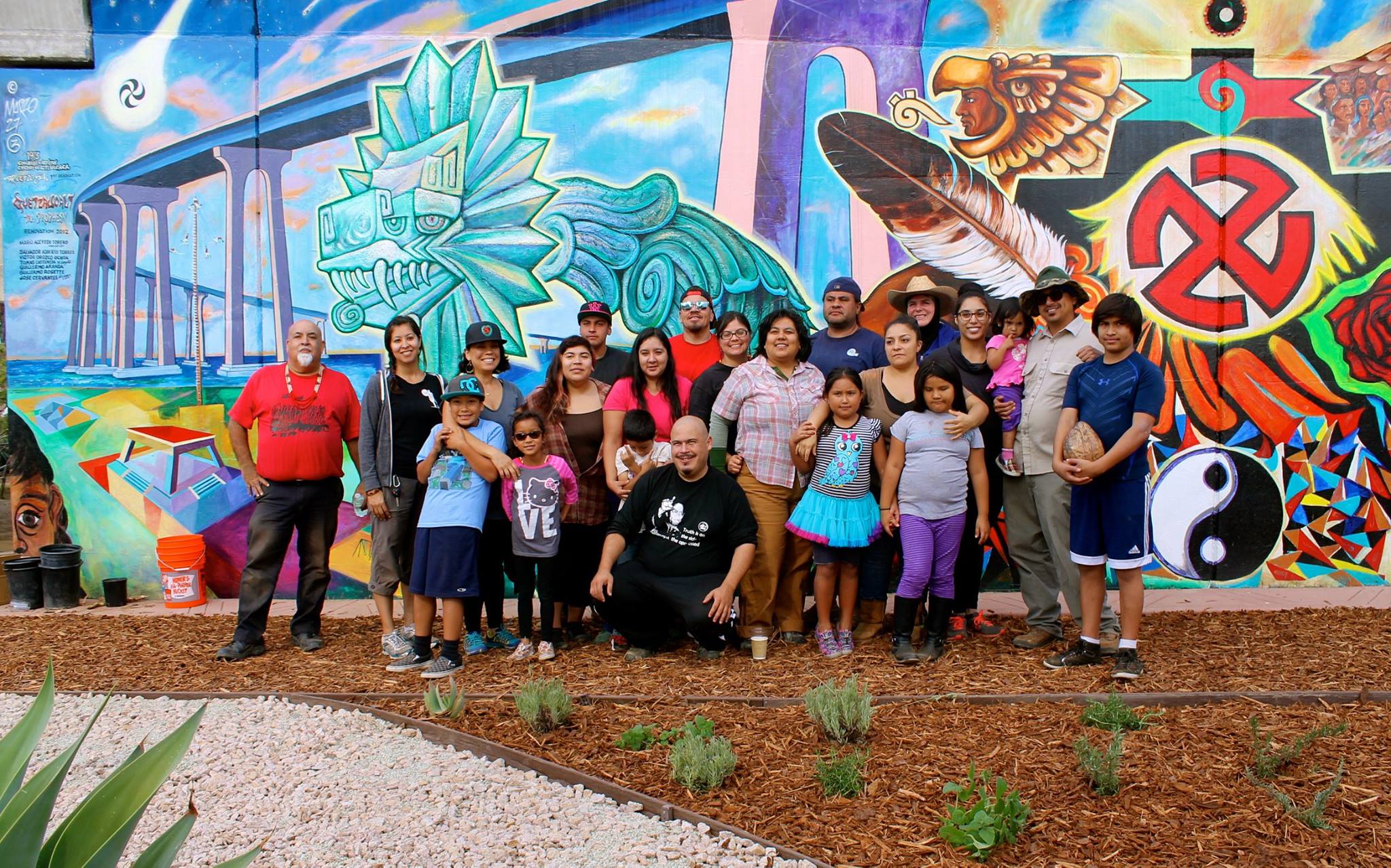
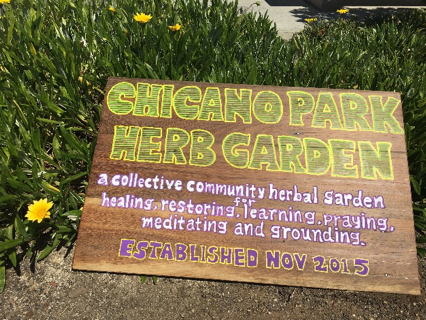
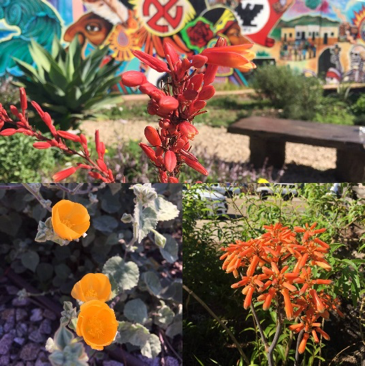
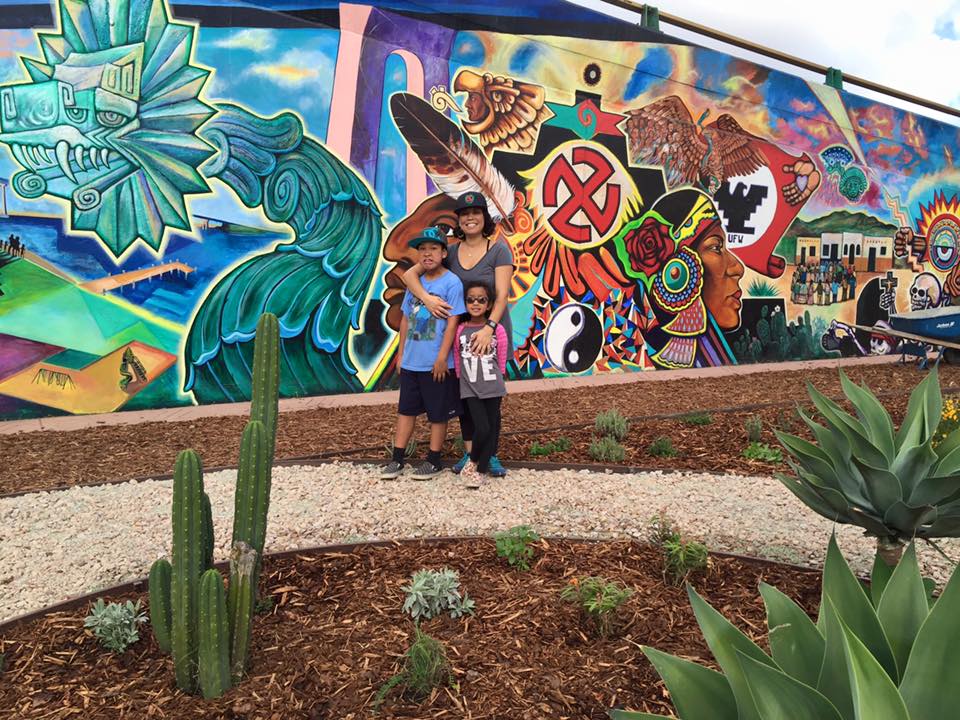
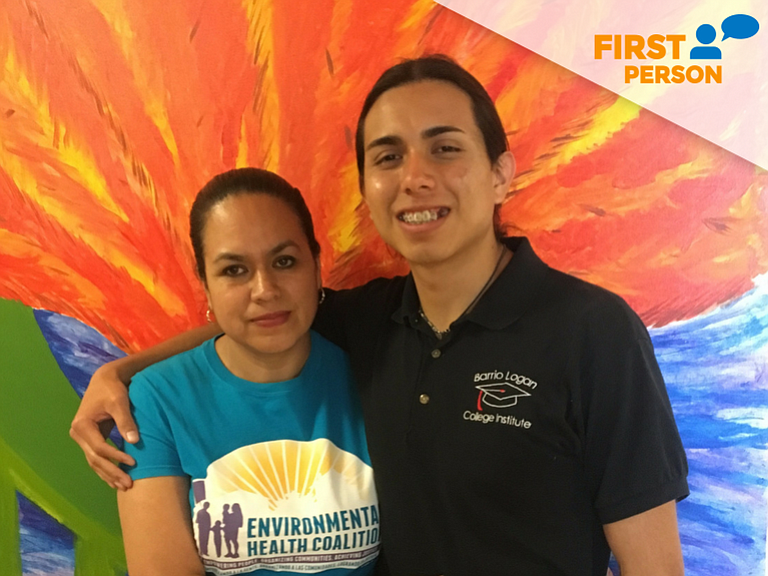
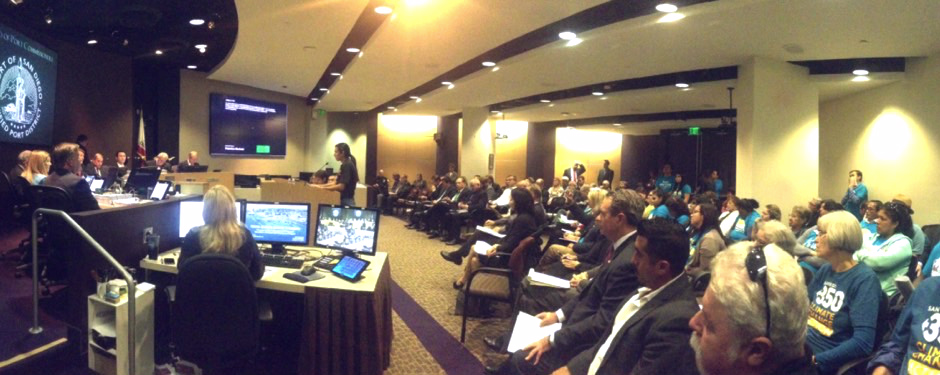
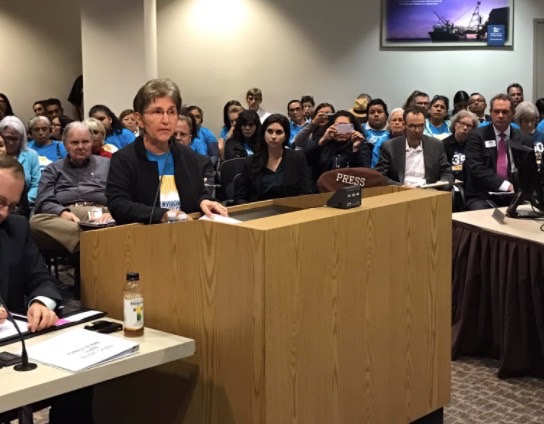
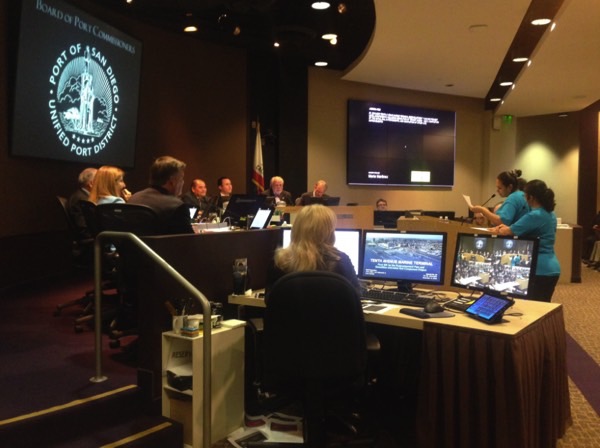

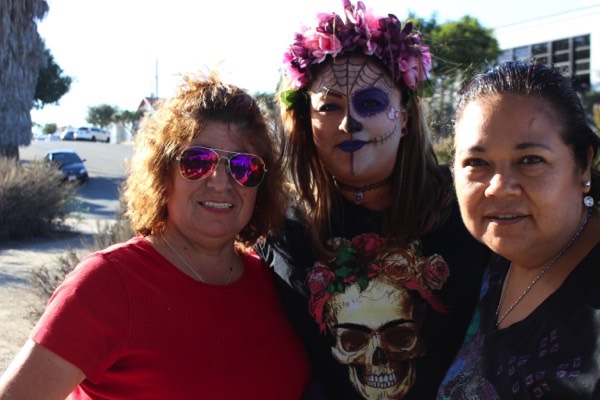
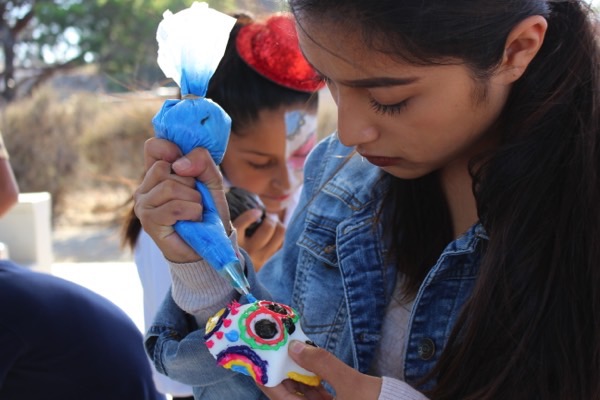
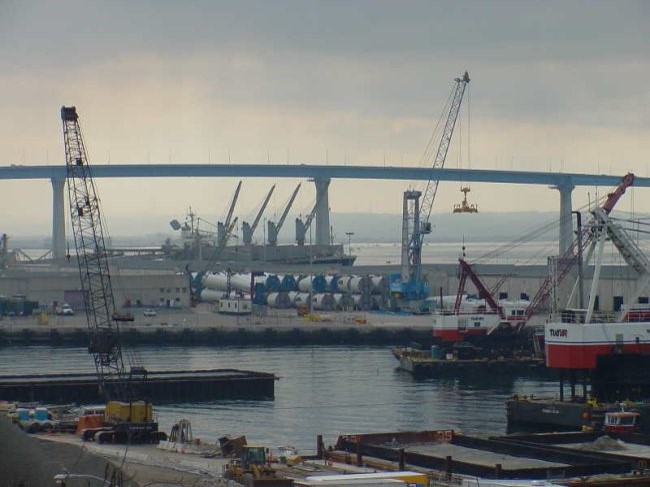
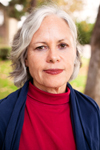
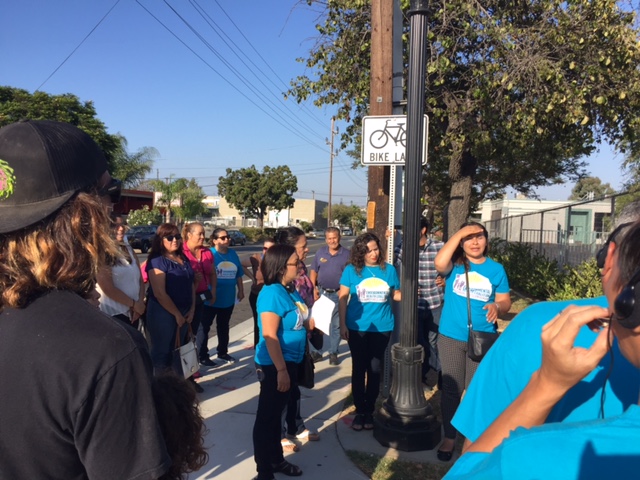
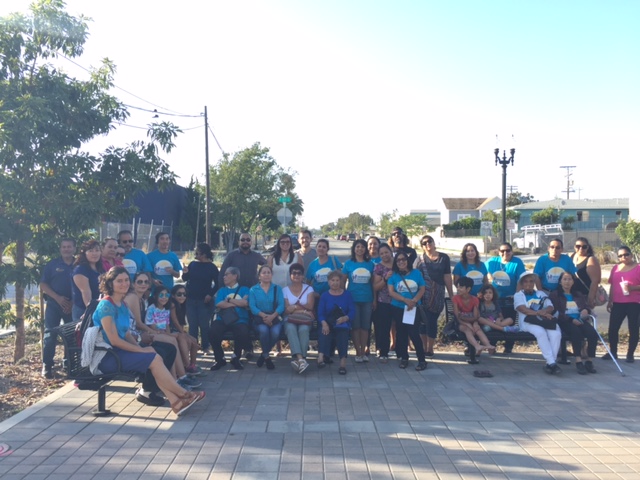
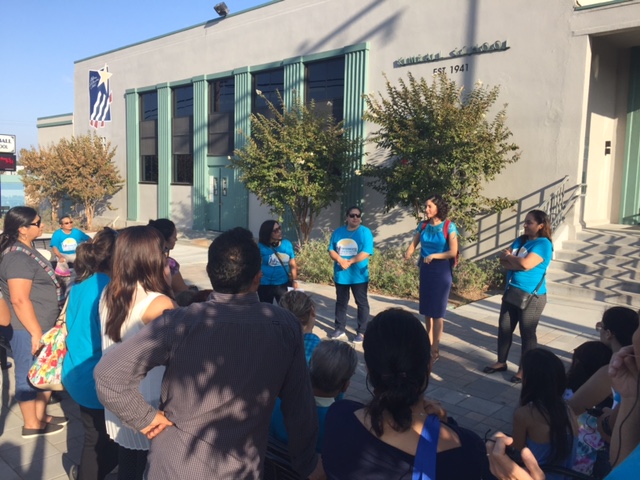
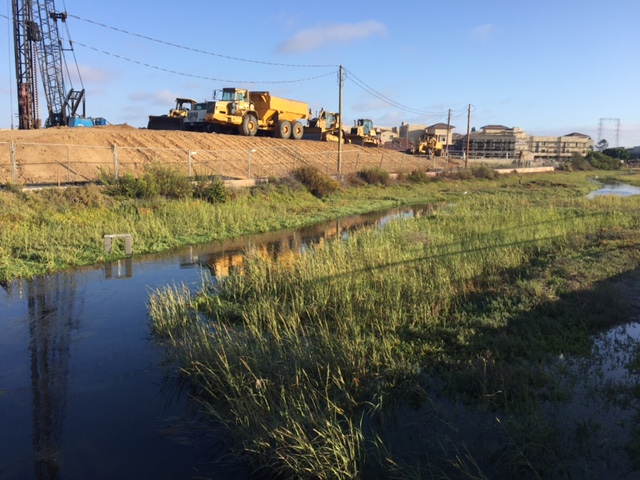
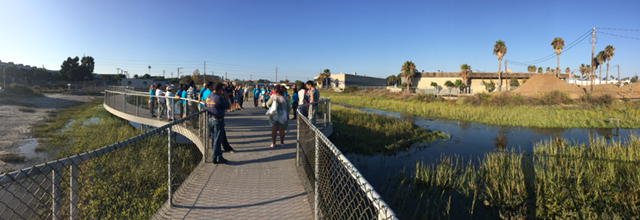
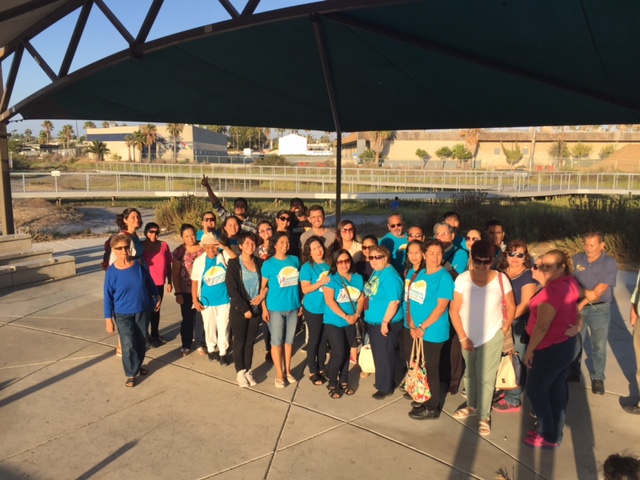
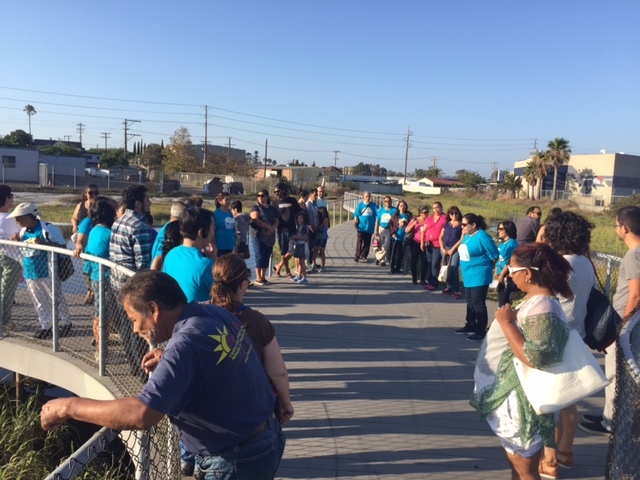
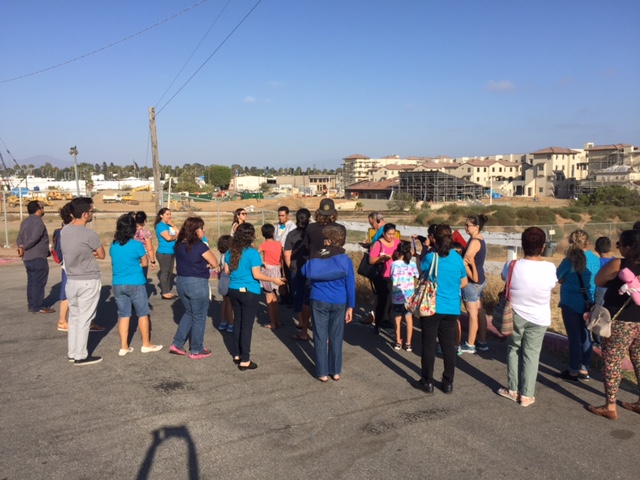
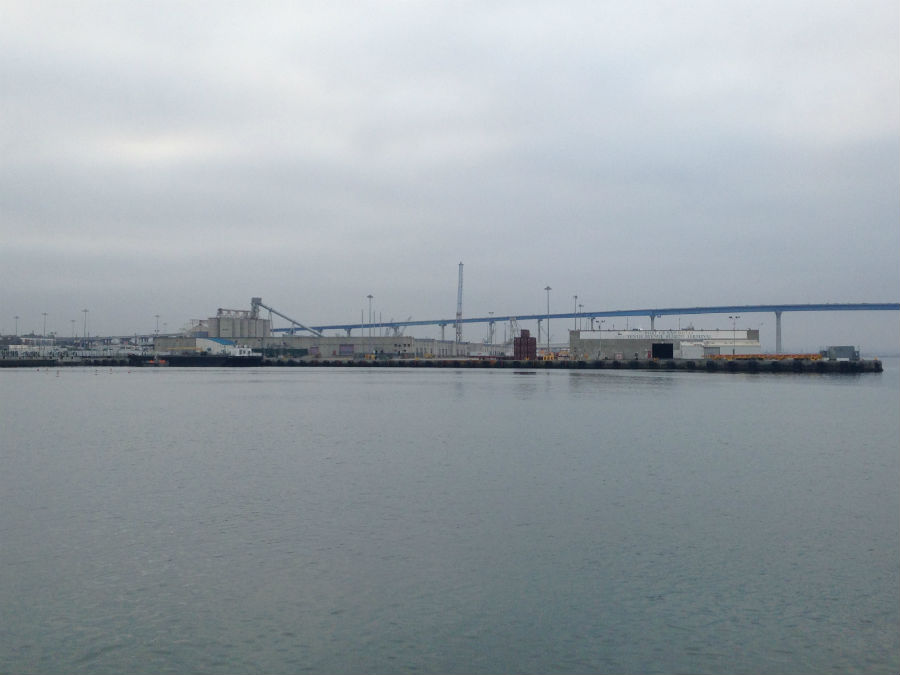
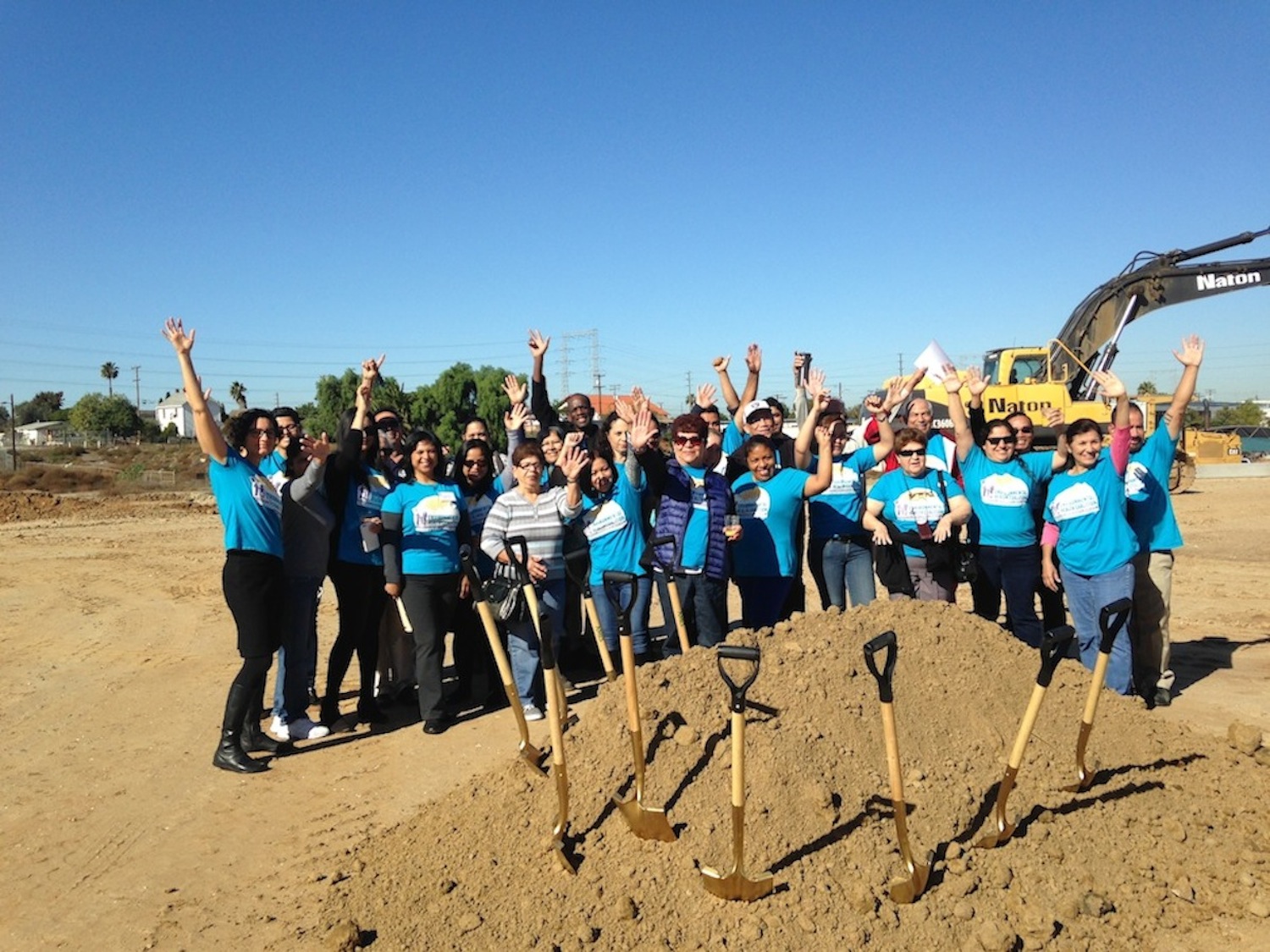
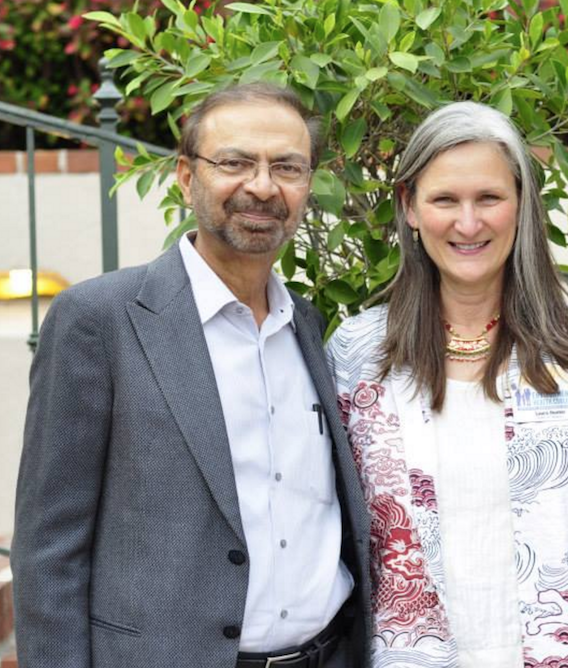
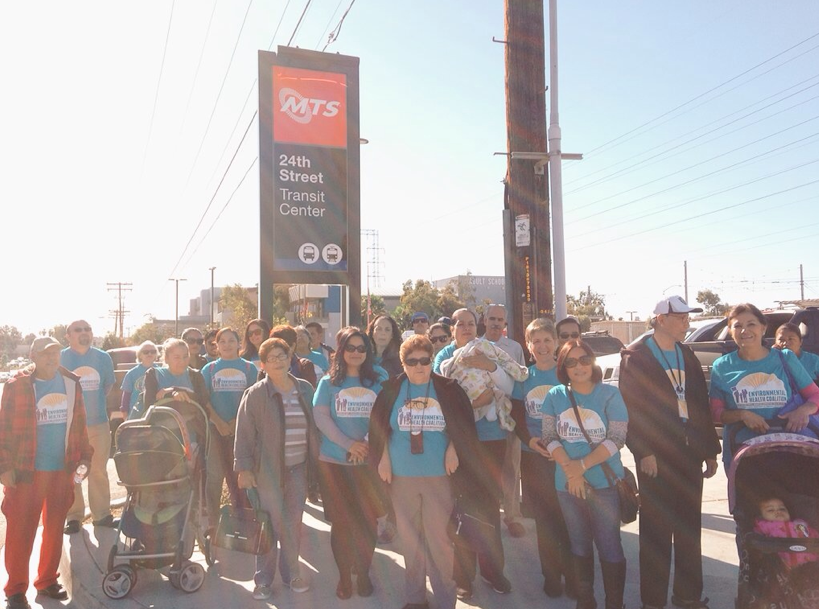
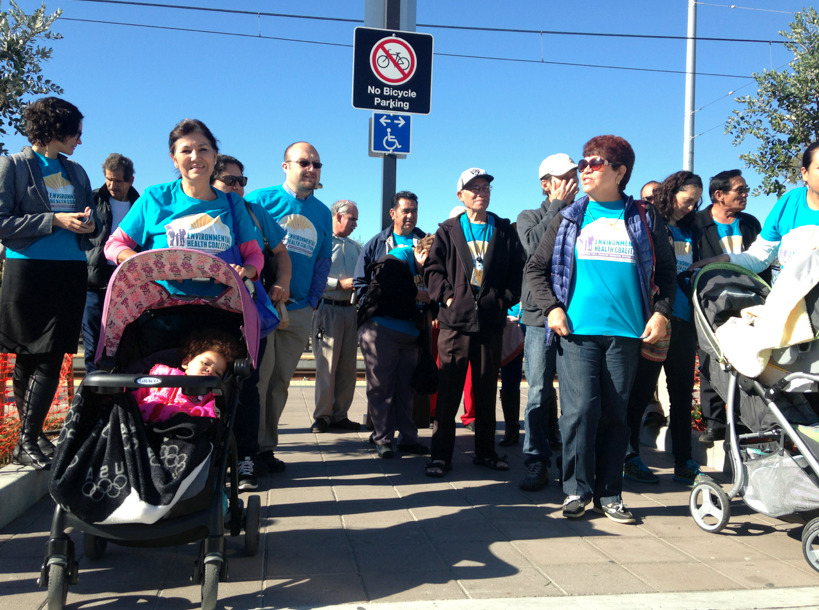
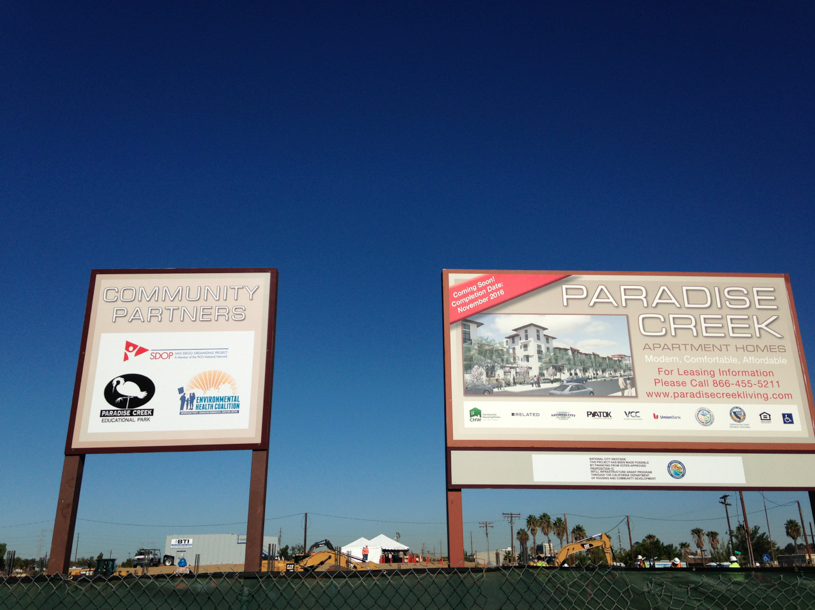
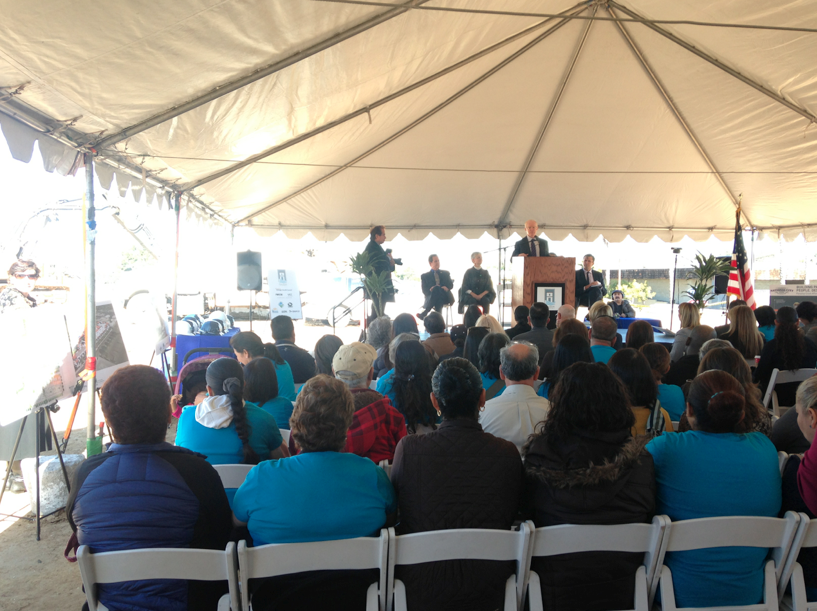
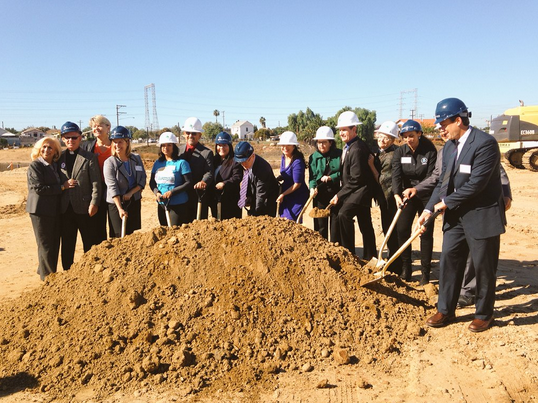
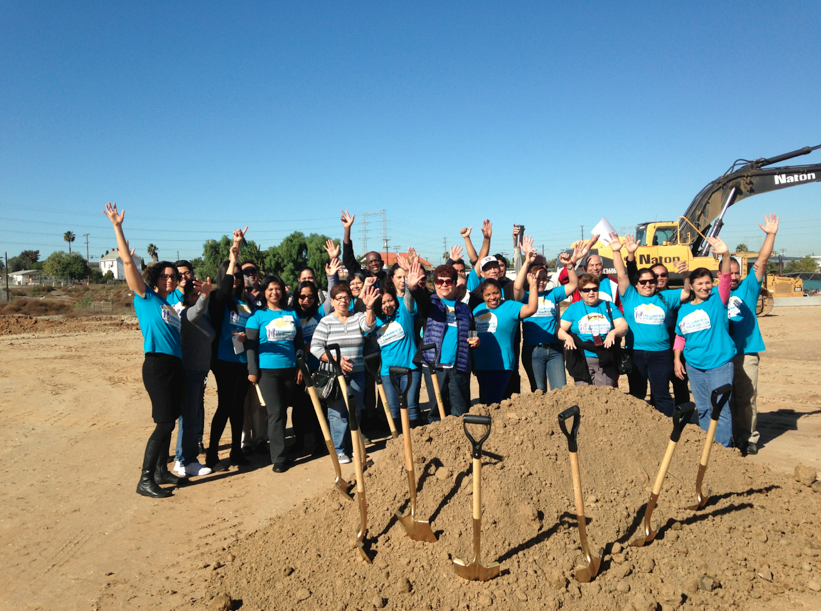
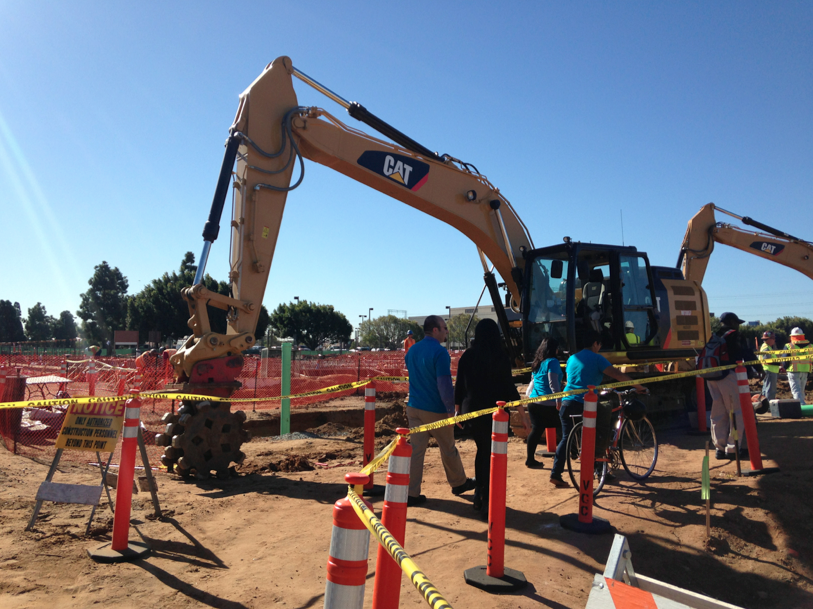
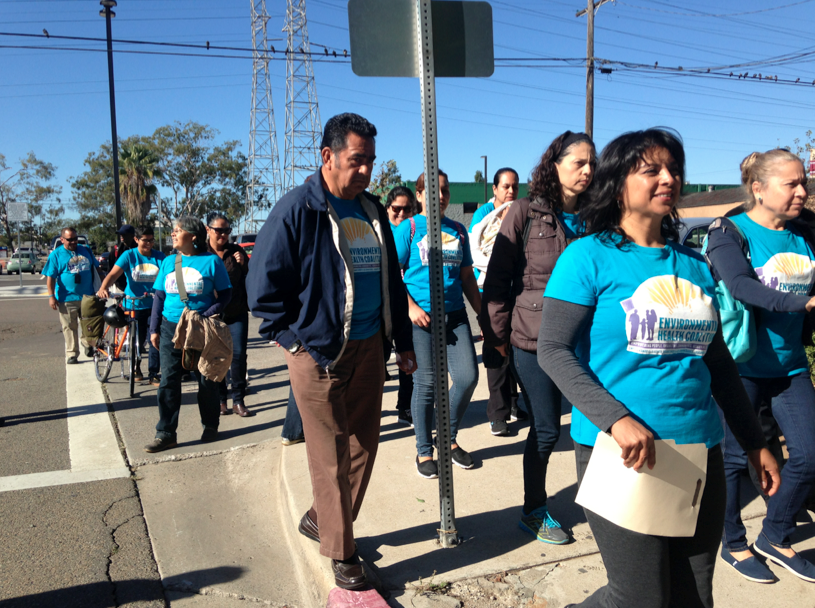
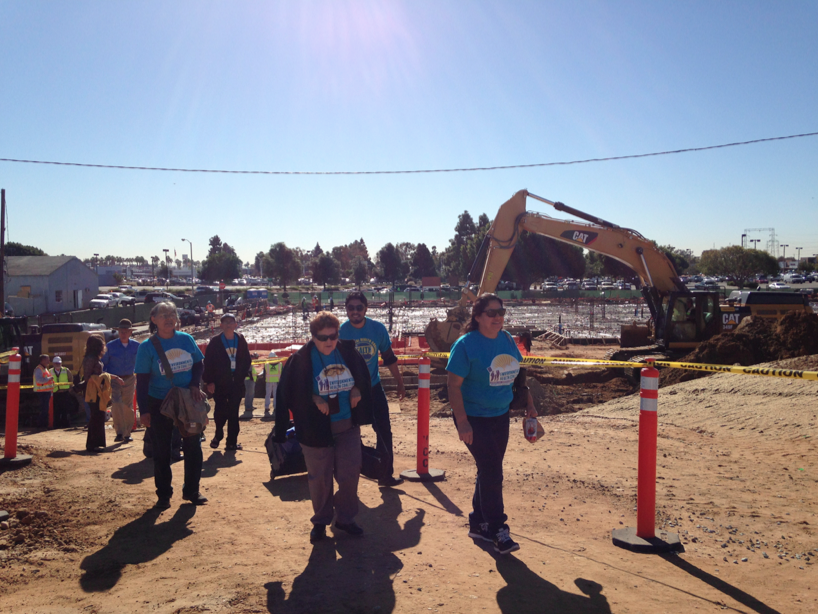
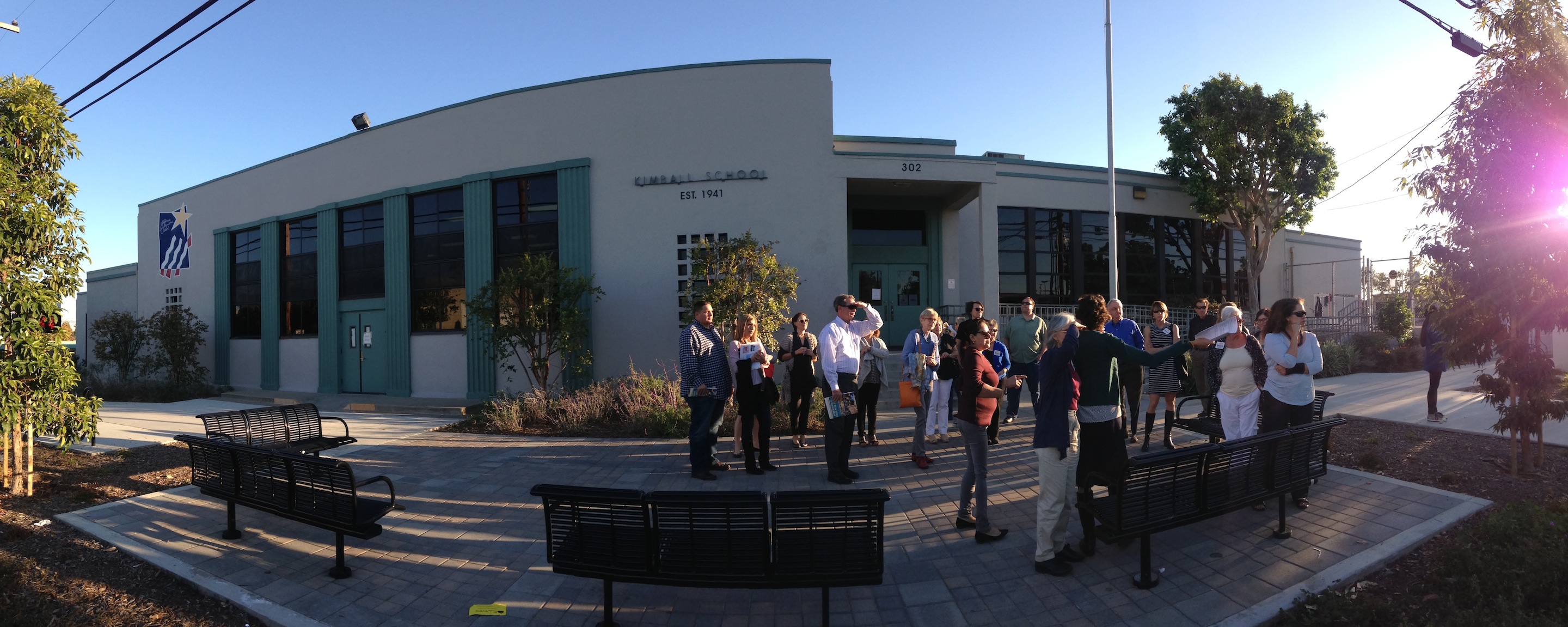

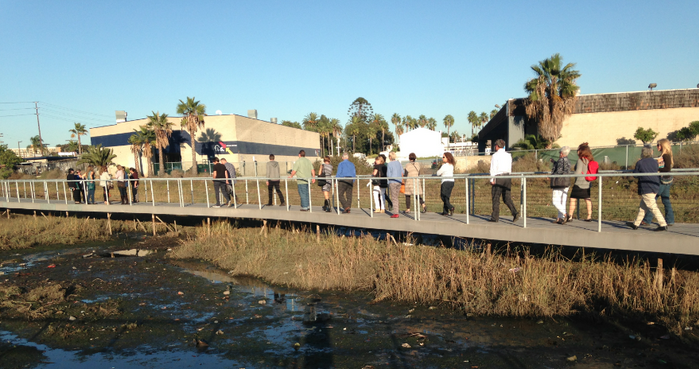
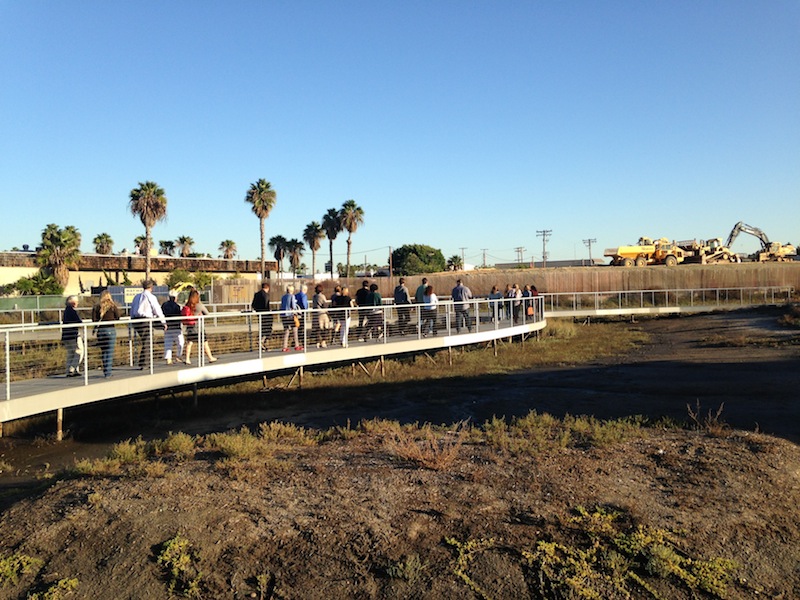
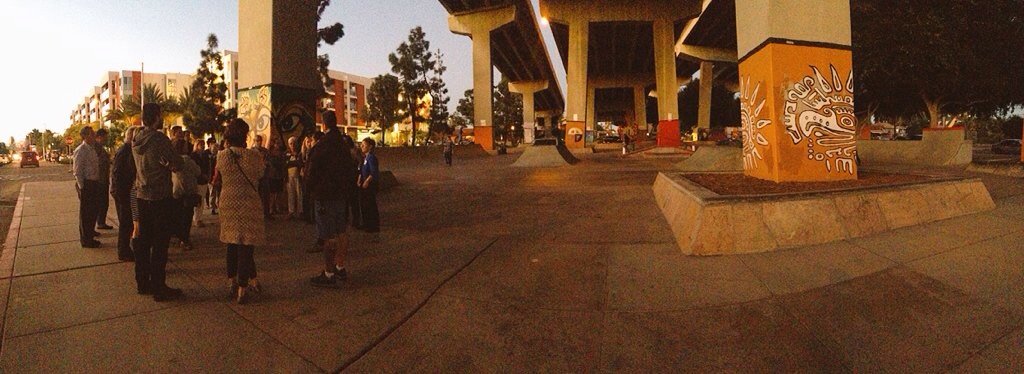
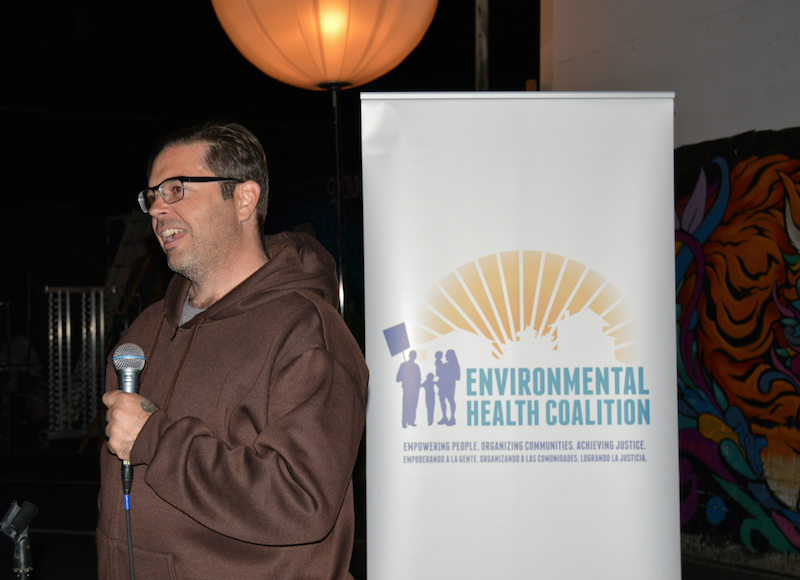
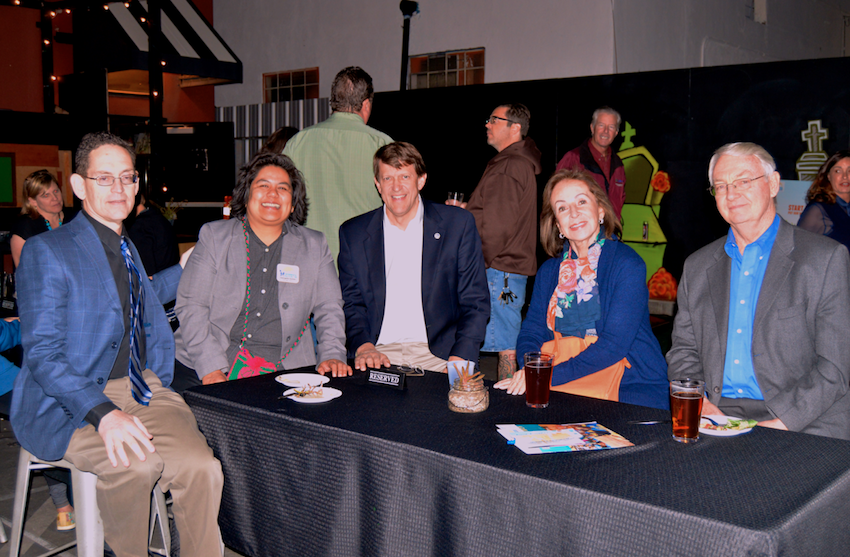
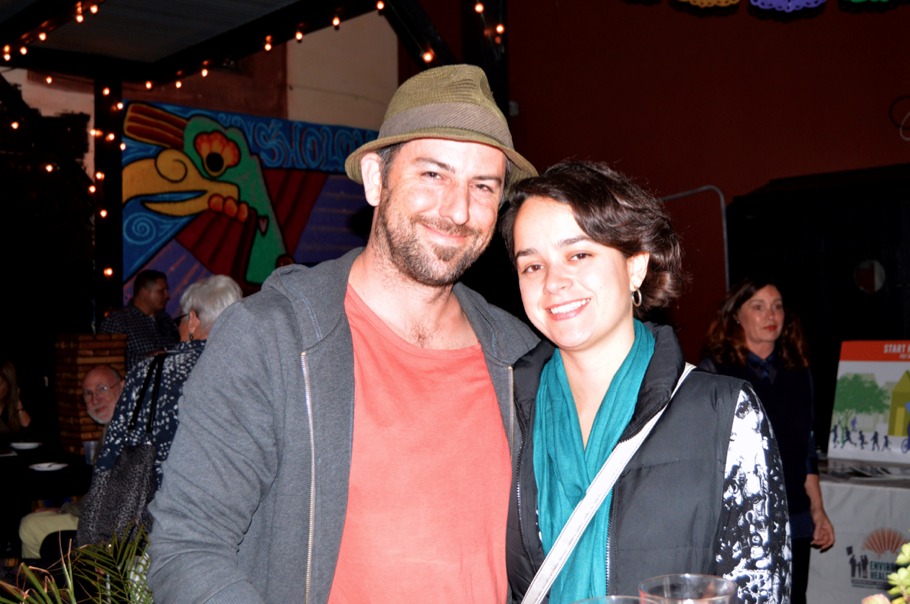
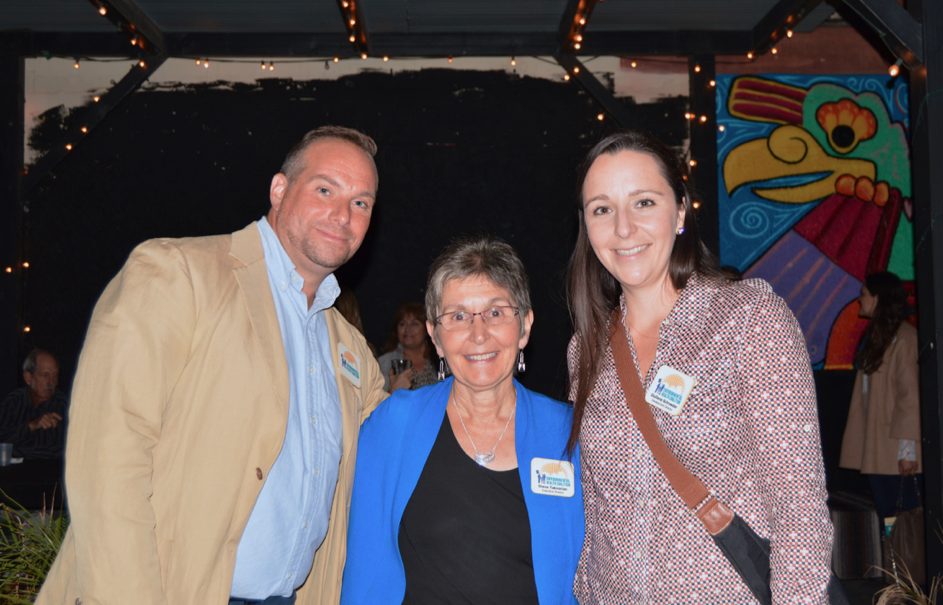
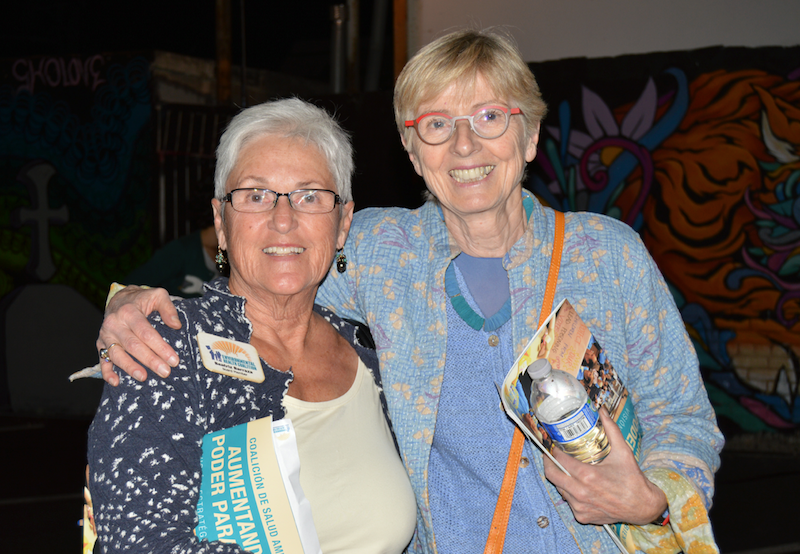
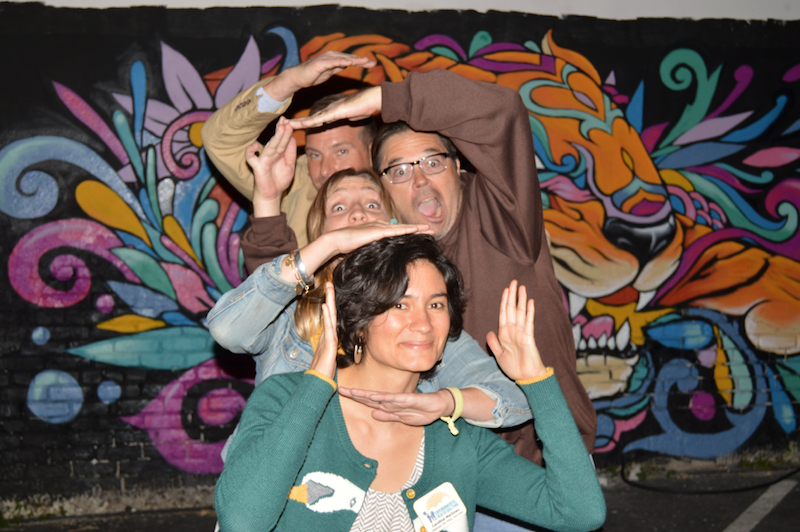
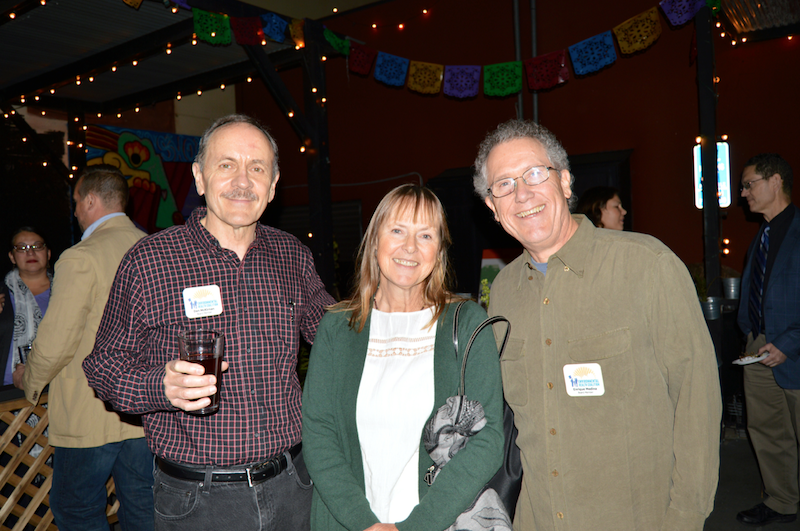
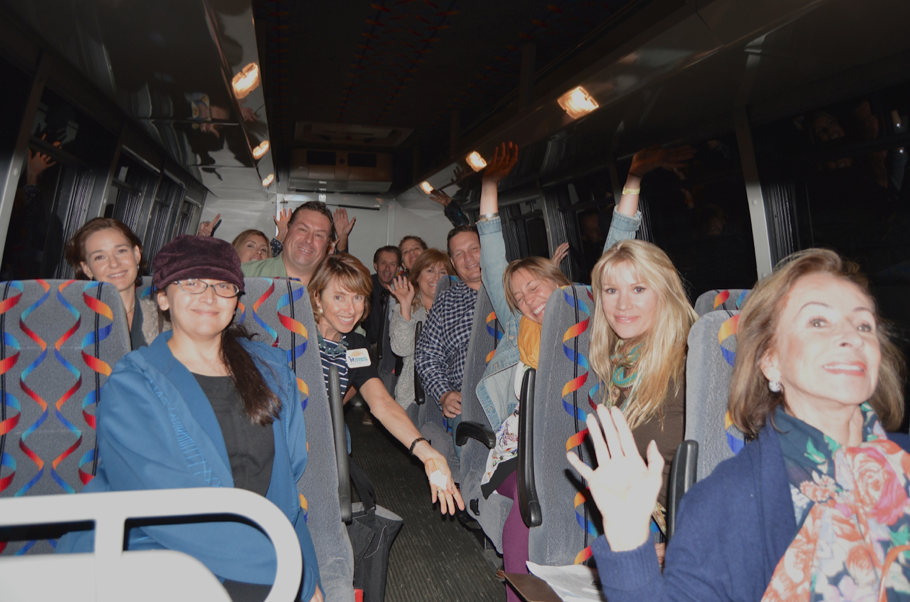

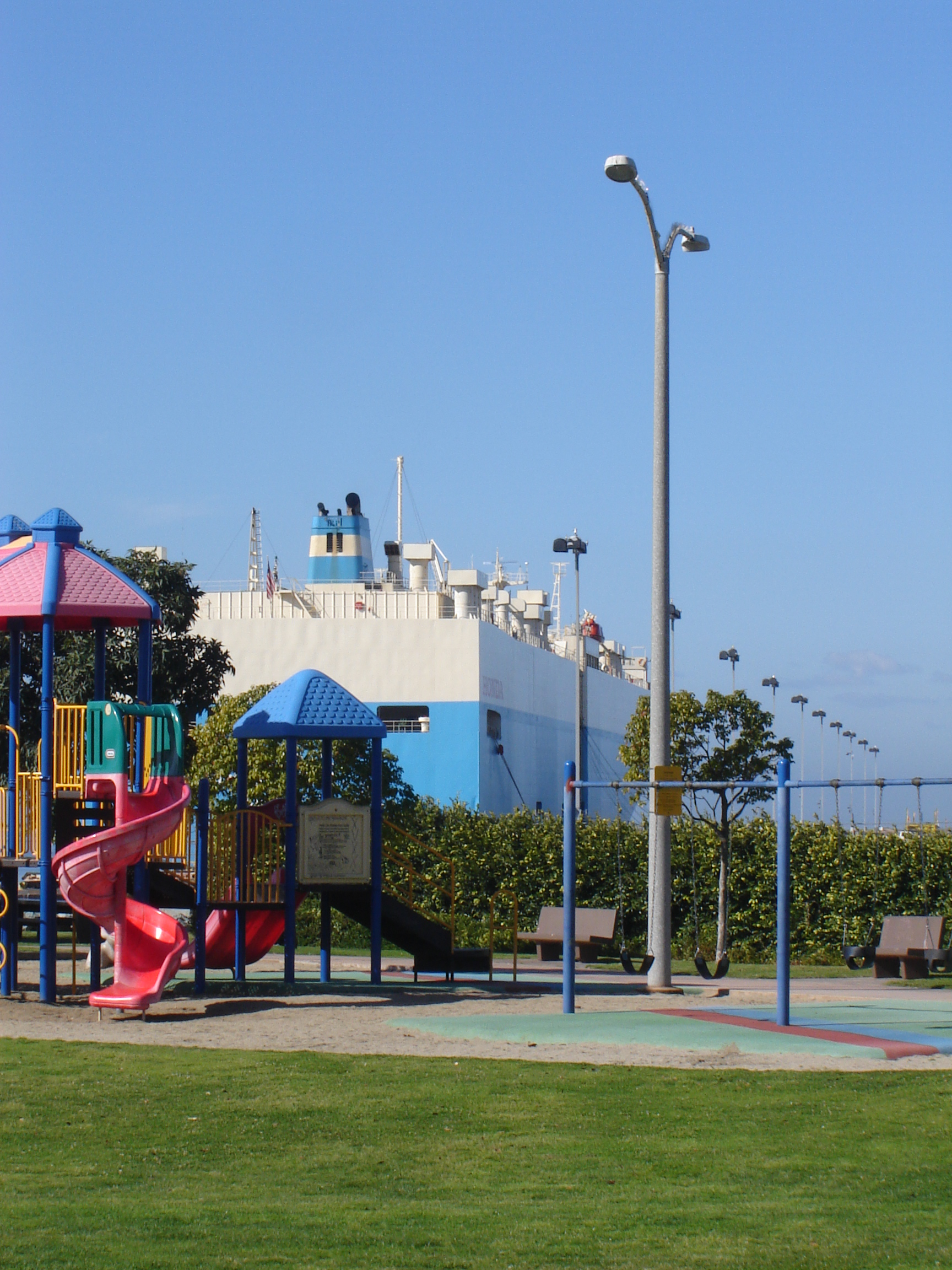

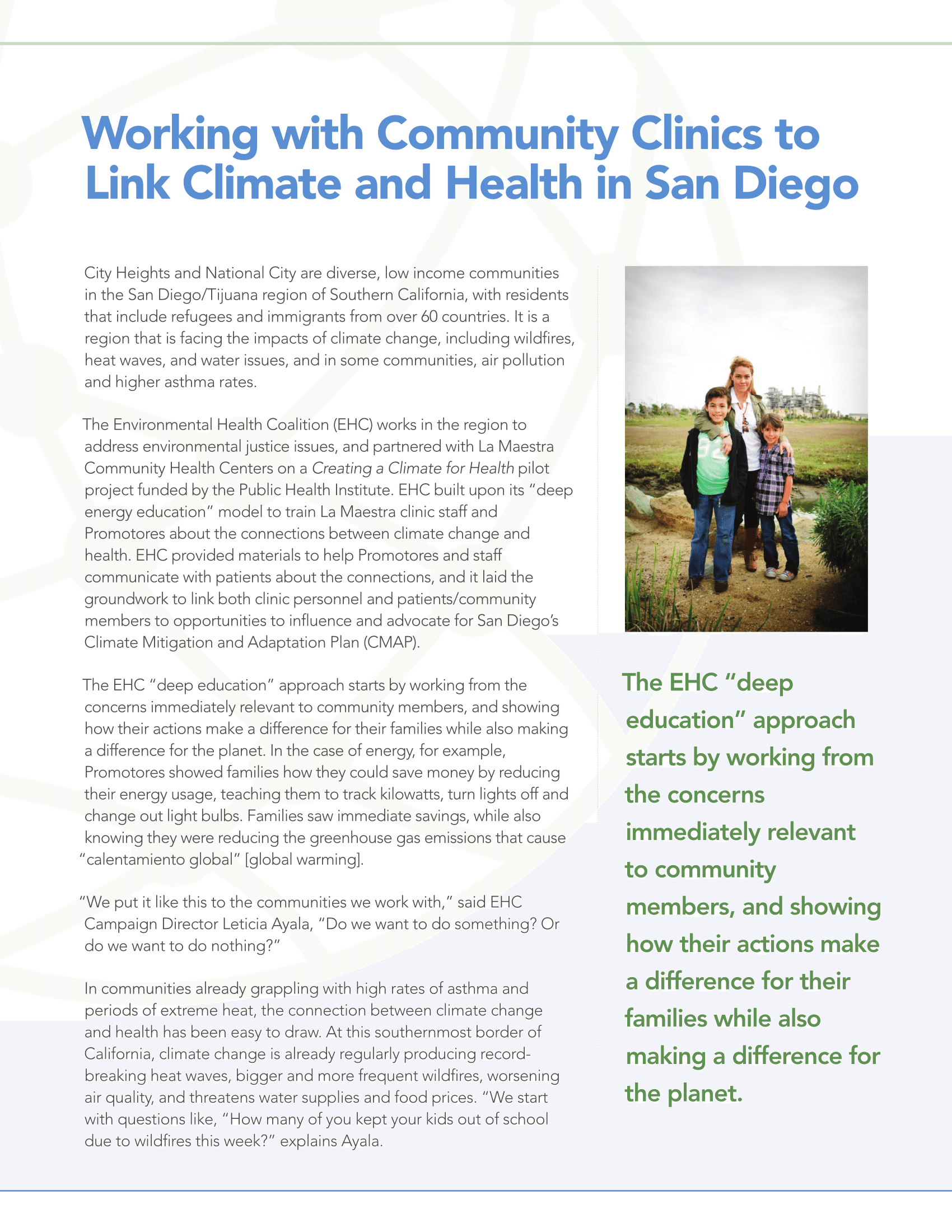
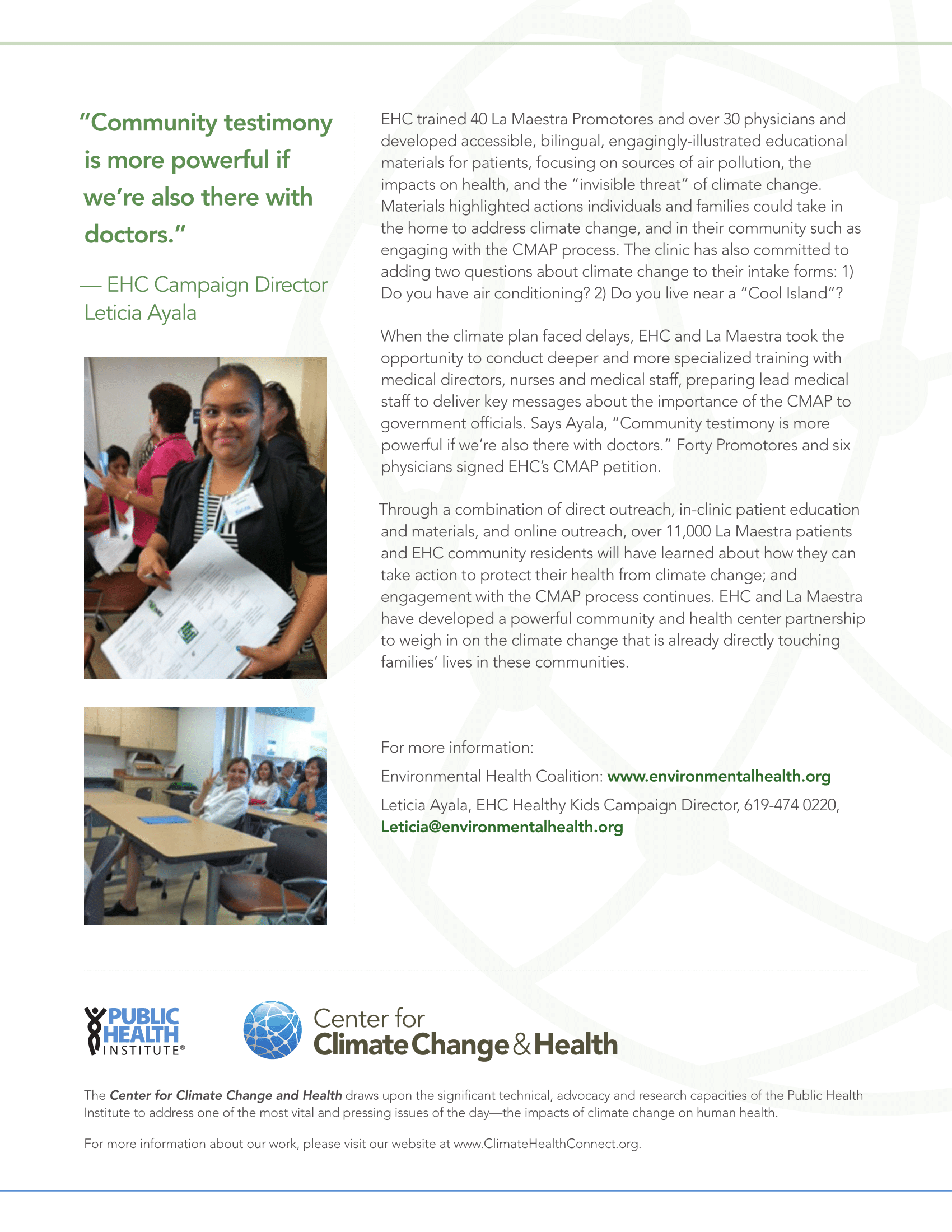
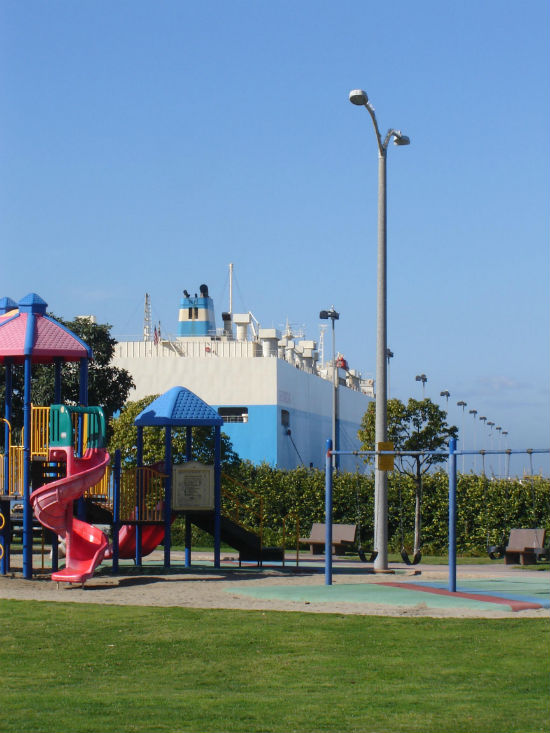
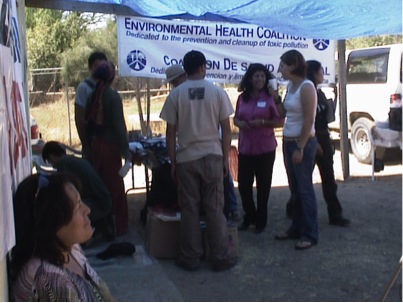
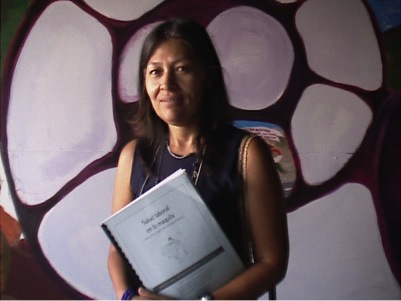
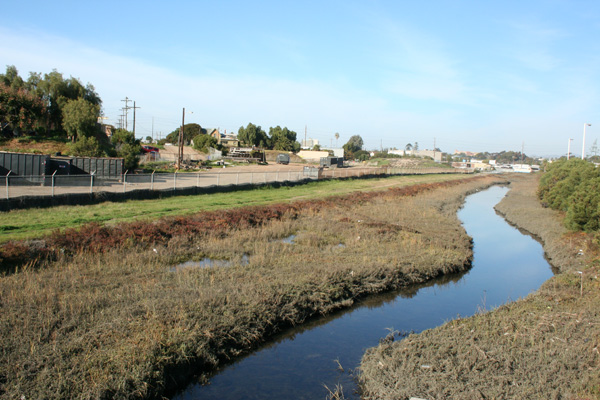
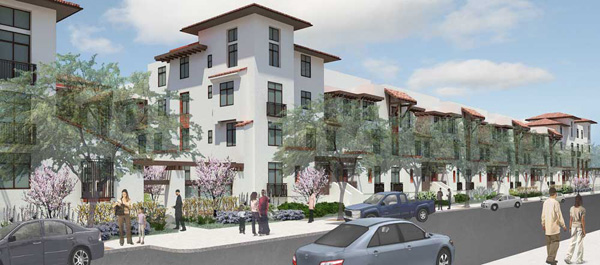


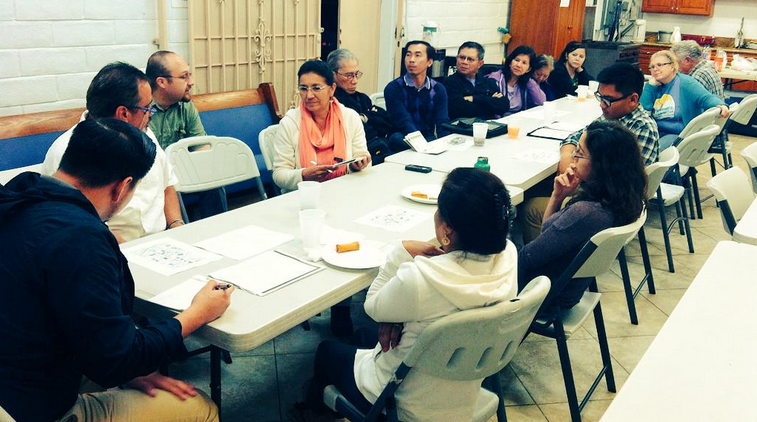
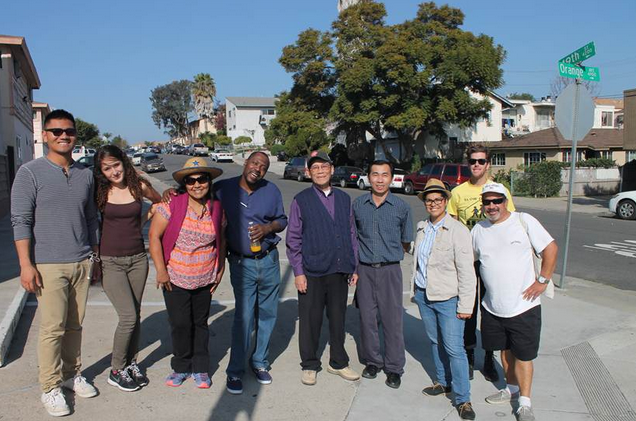
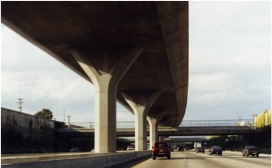 The San Diego Association of Governments (SANDAG) has
The San Diego Association of Governments (SANDAG) has 
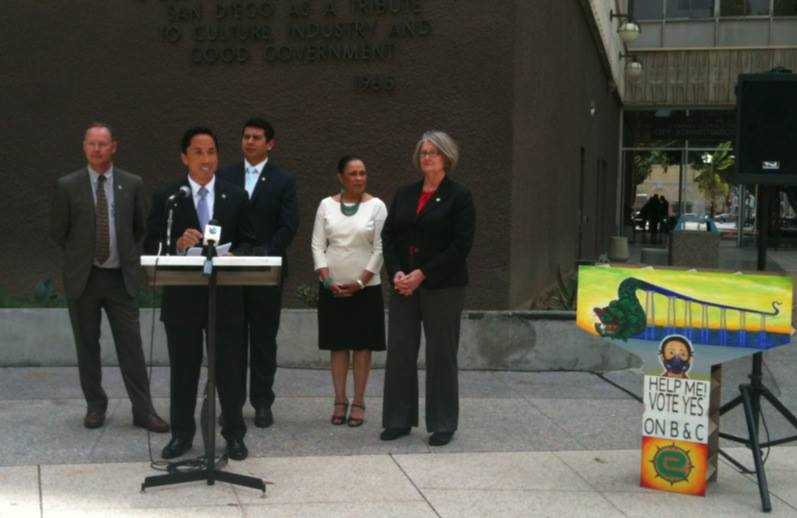 Environmental Health Coalition (EHC)
Environmental Health Coalition (EHC)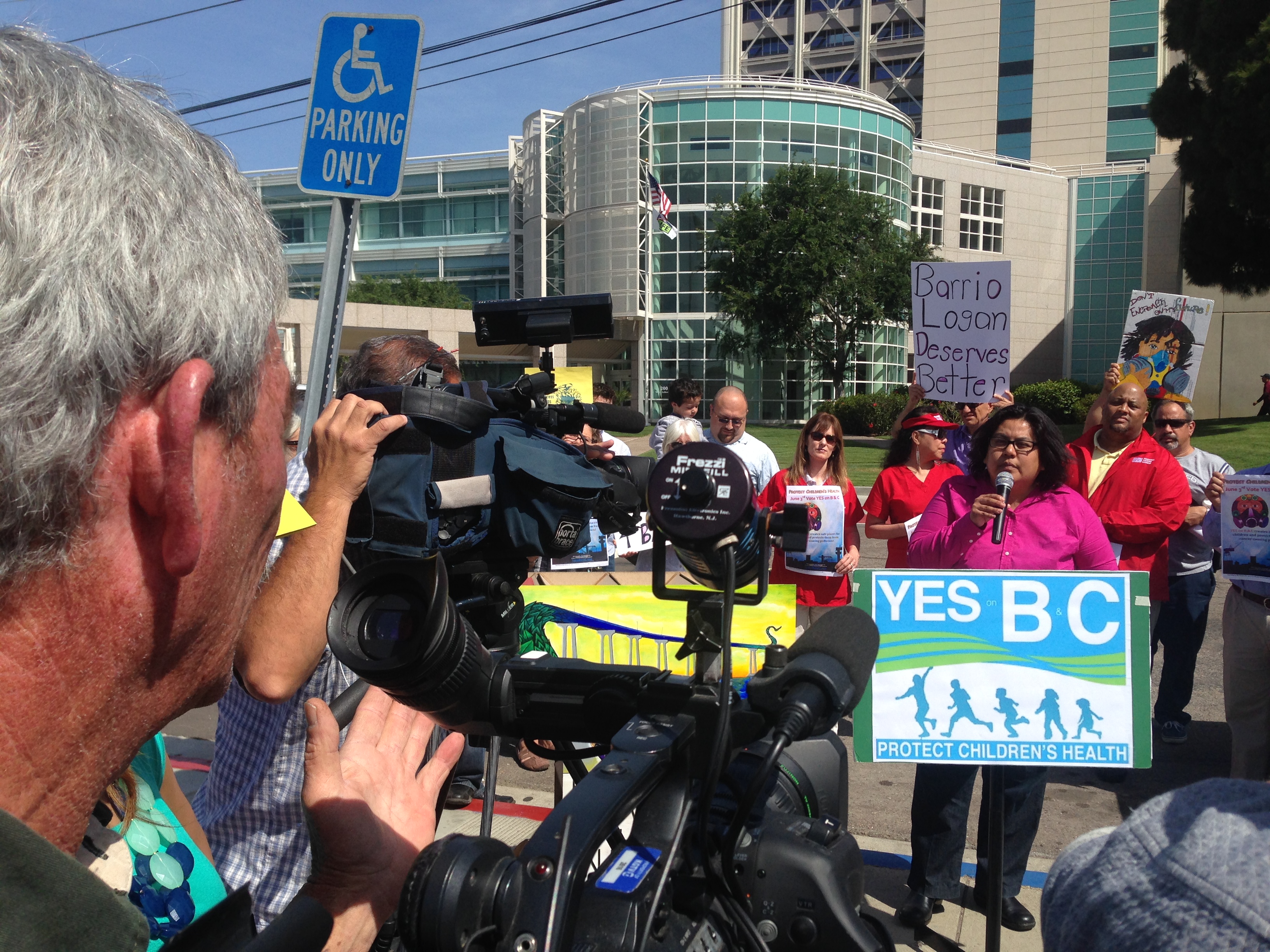 With our ever-growing community voice, we know Barrio Logan will earn a new community plan to make the neighborhood a healthy, safe place for families to thrive and grow just like the rest of San Diego. Until then, we continue to stand up for what we know every community deserves:
With our ever-growing community voice, we know Barrio Logan will earn a new community plan to make the neighborhood a healthy, safe place for families to thrive and grow just like the rest of San Diego. Until then, we continue to stand up for what we know every community deserves: 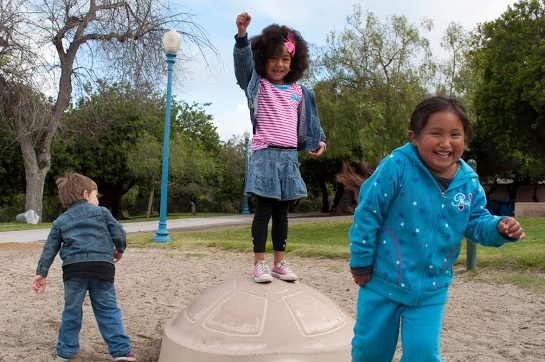
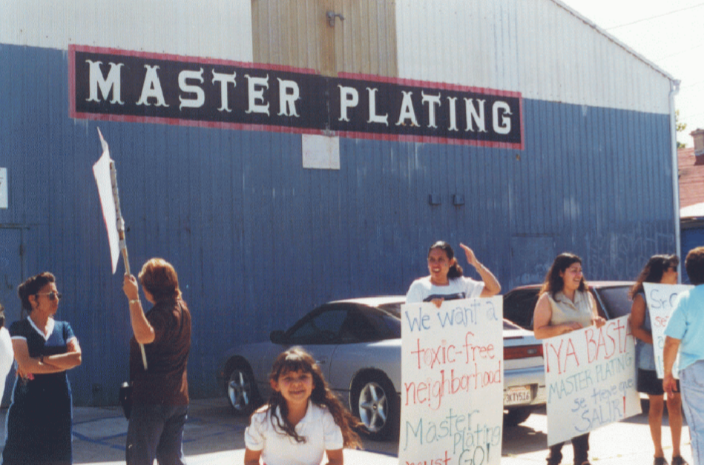
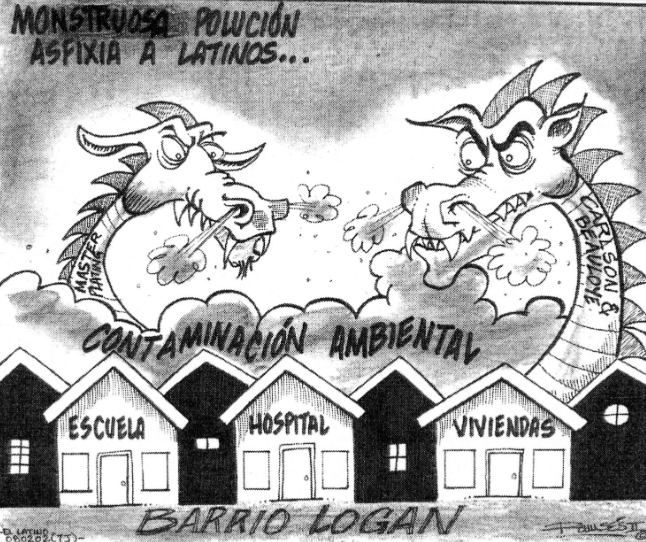 NEXT:
NEXT: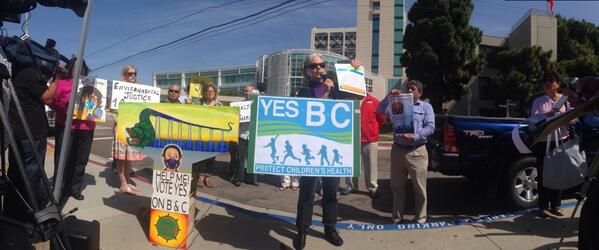
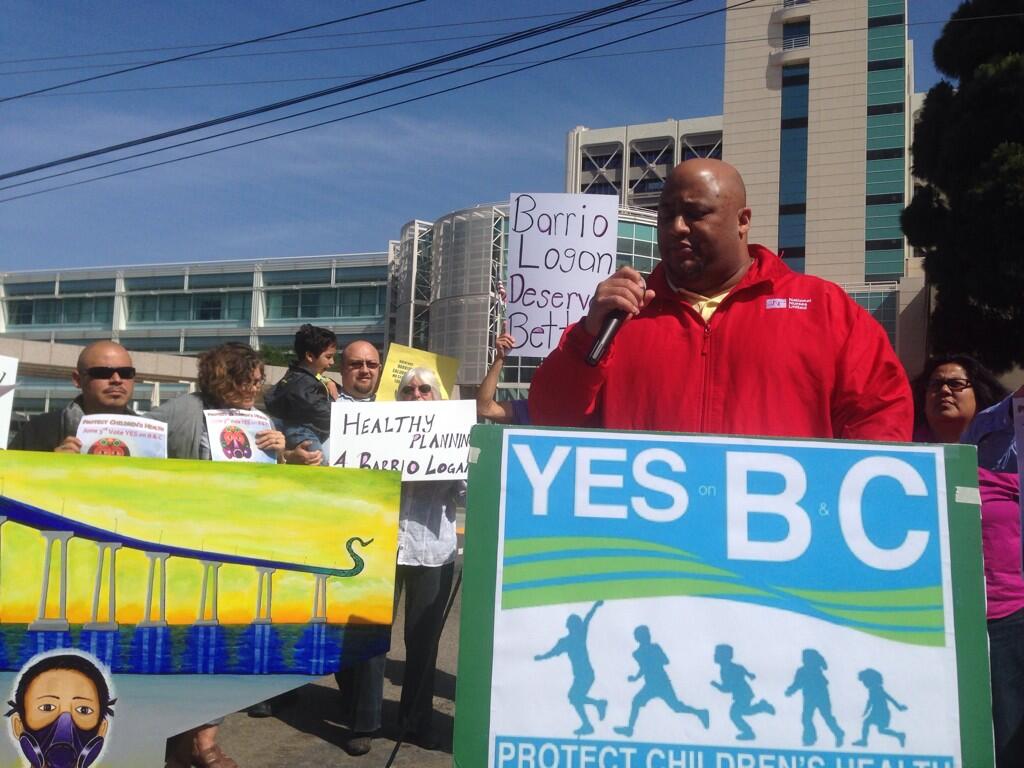 Barrio Logan is one of many communities in San Diego working on updating outdated community plans to improve neighborhood health, economic development and overall quality of life. There is concern that if Propositions B & C are defeated and the Barrio Logan Plan is repealed, a dangerous precedent could be set, threatening community planning and healthy neighborhoods across the city.
Barrio Logan is one of many communities in San Diego working on updating outdated community plans to improve neighborhood health, economic development and overall quality of life. There is concern that if Propositions B & C are defeated and the Barrio Logan Plan is repealed, a dangerous precedent could be set, threatening community planning and healthy neighborhoods across the city.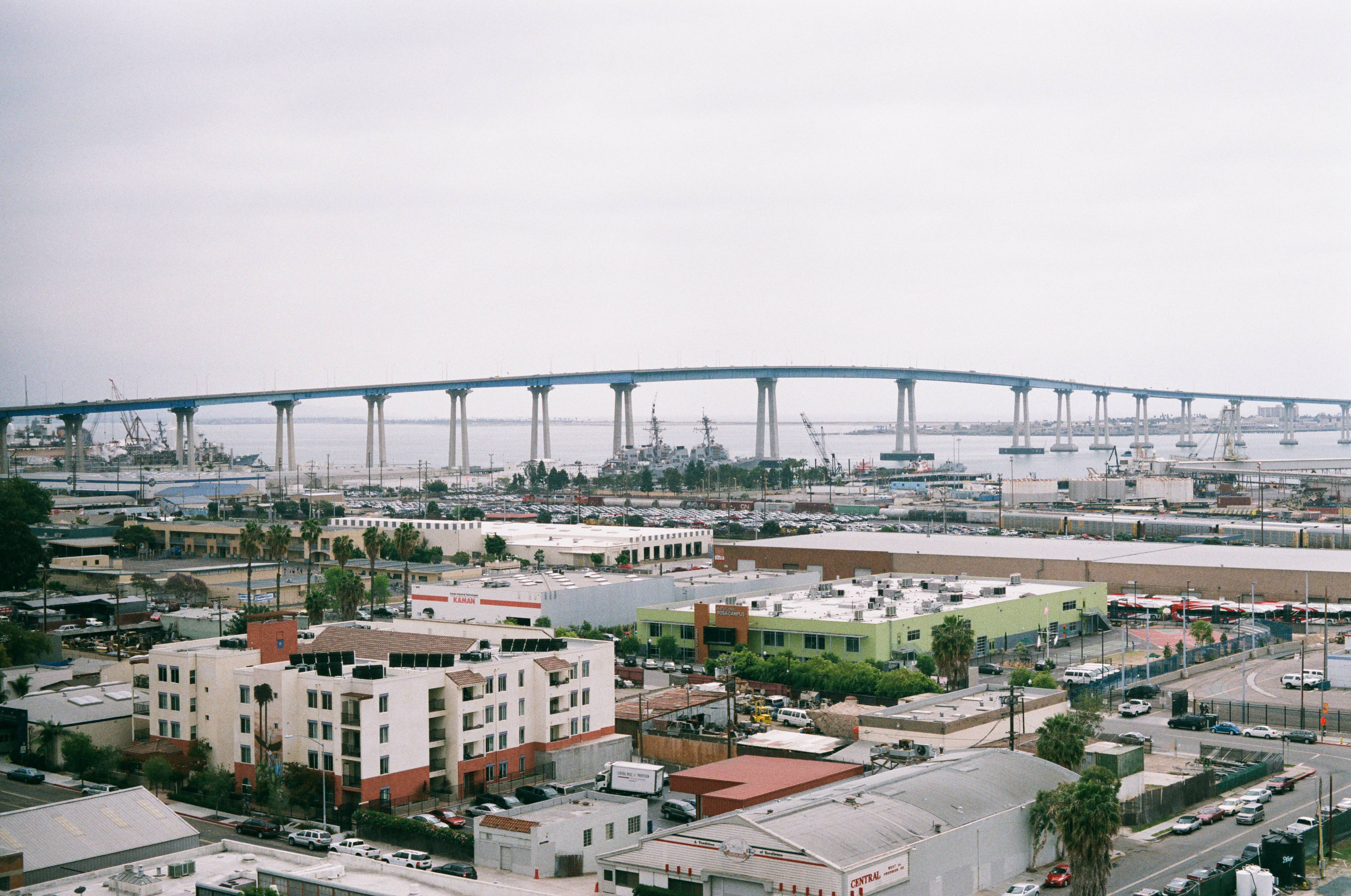
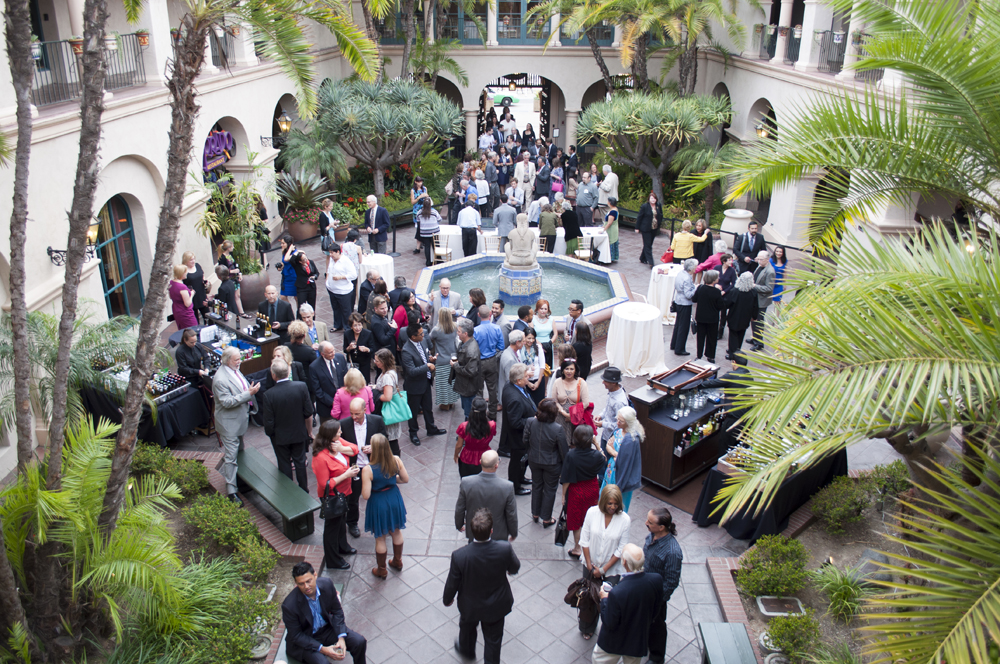

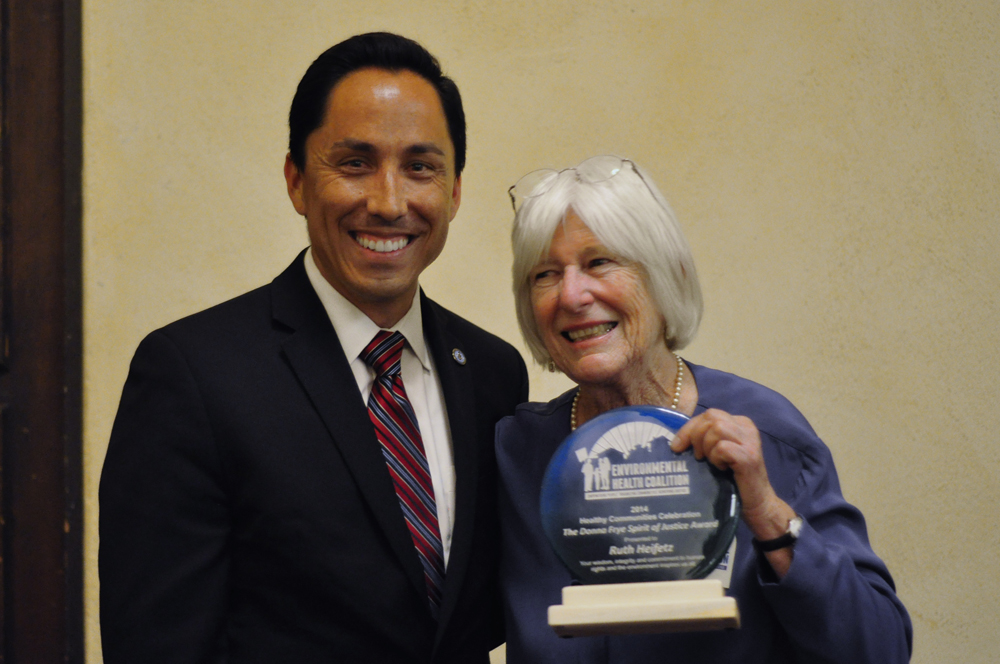
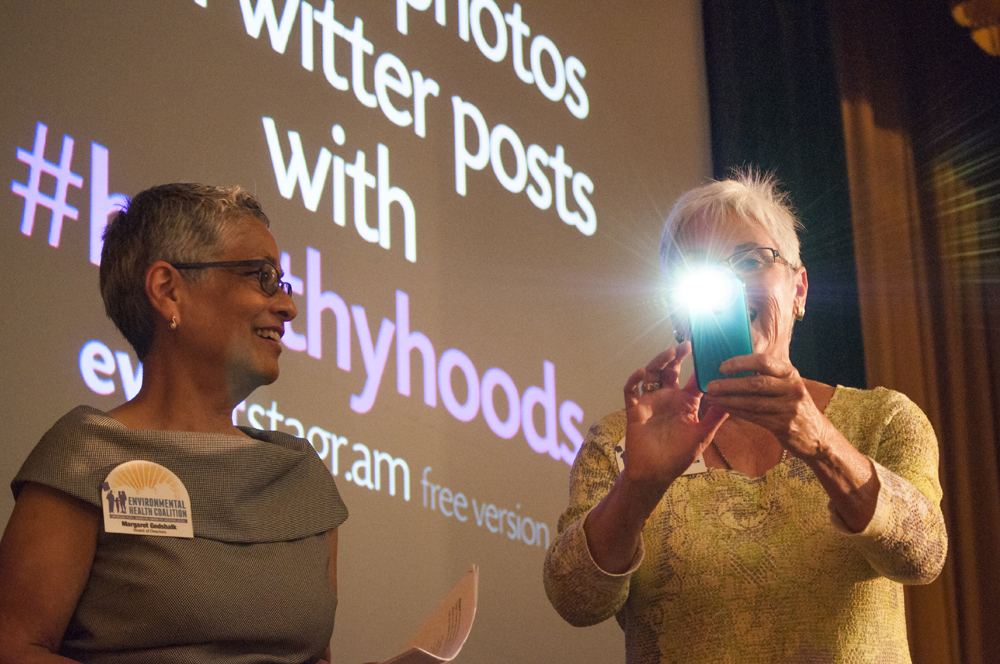
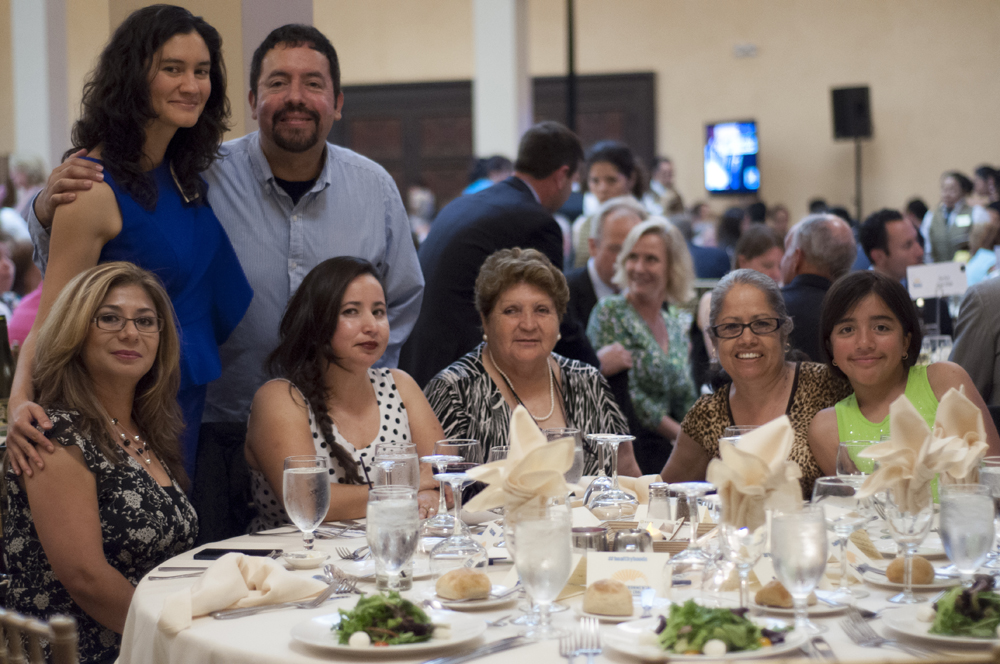
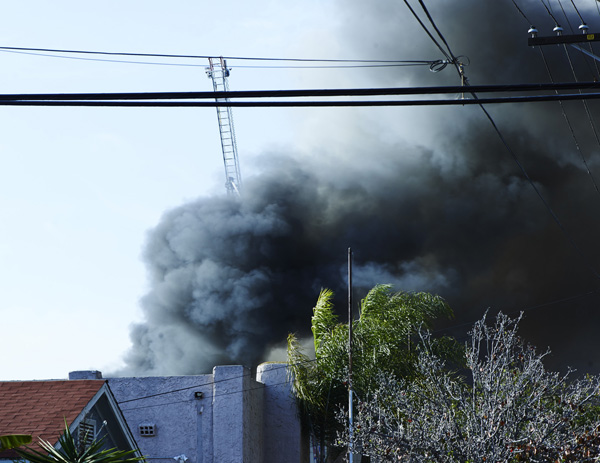 It's the nightmare we all wished wouldn't happen, but it does.
It's the nightmare we all wished wouldn't happen, but it does.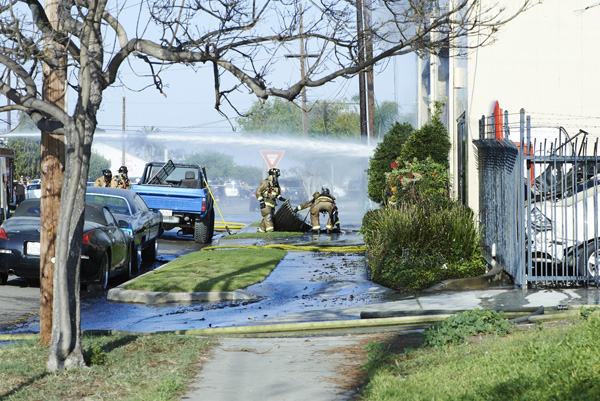 E & S Autobody is one of dozens of industrial uses located in the Old Town National City community threating the health, safety and quality of life of these families every day. We see the
E & S Autobody is one of dozens of industrial uses located in the Old Town National City community threating the health, safety and quality of life of these families every day. We see the 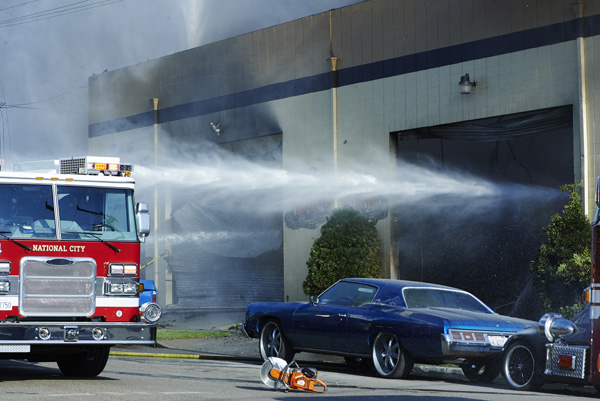
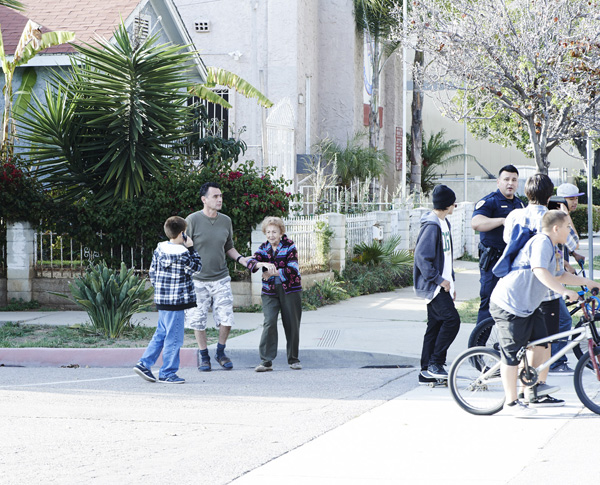

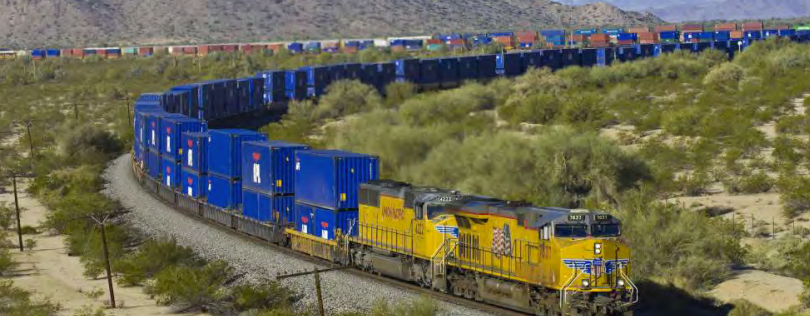 A new report released this month by the California Cleaner Freight Coalition
A new report released this month by the California Cleaner Freight Coalition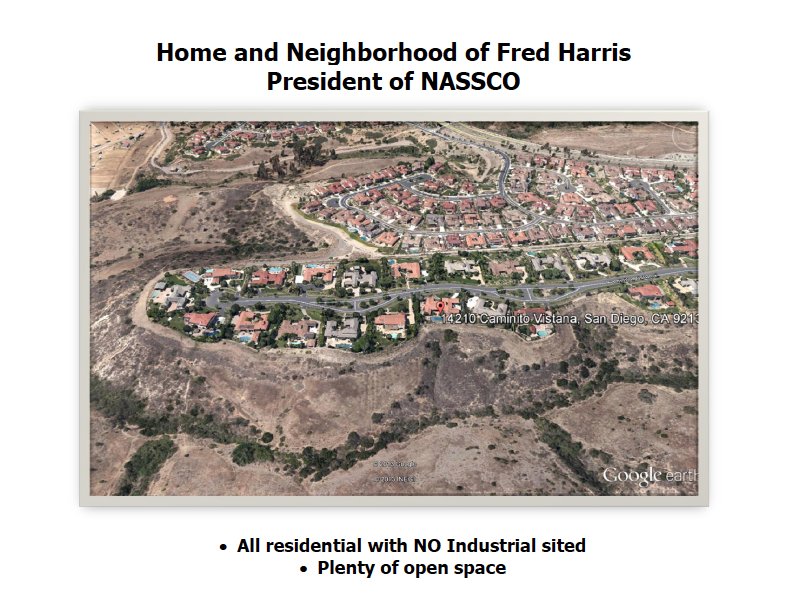
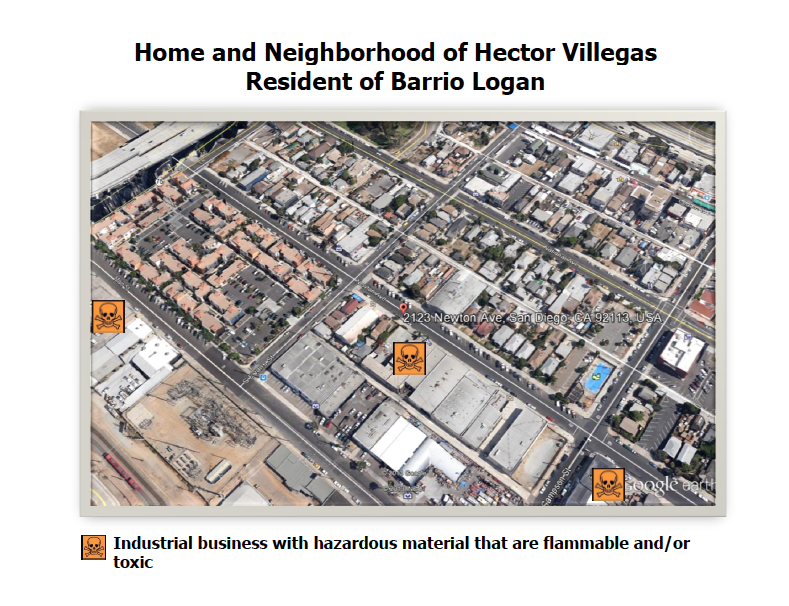
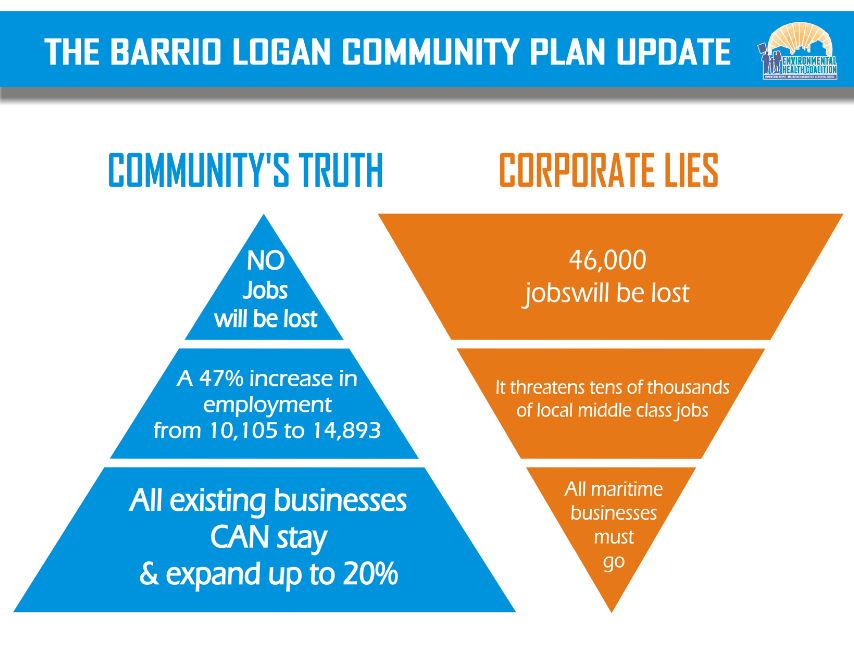
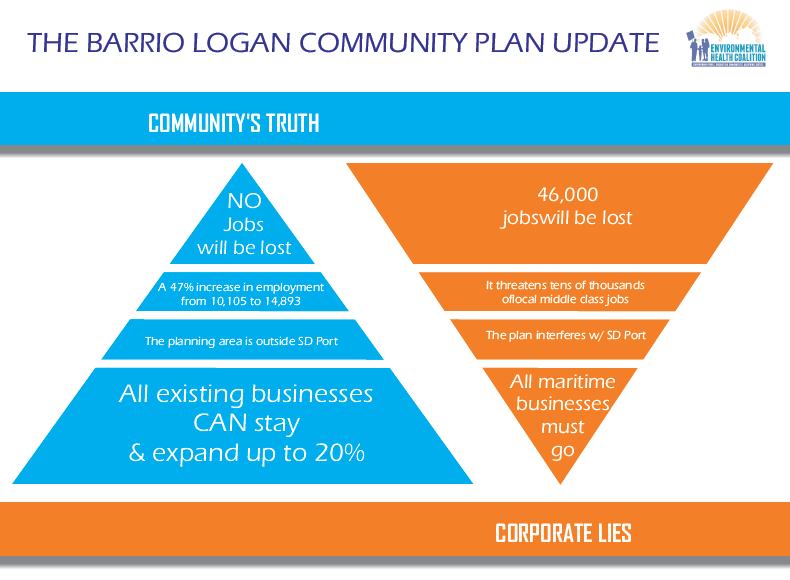
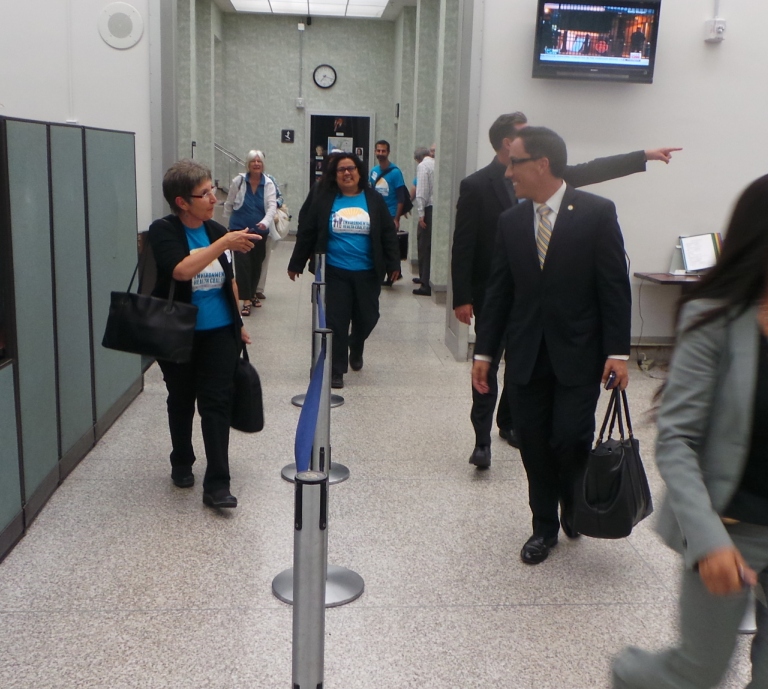 For the past thirty years,
For the past thirty years, 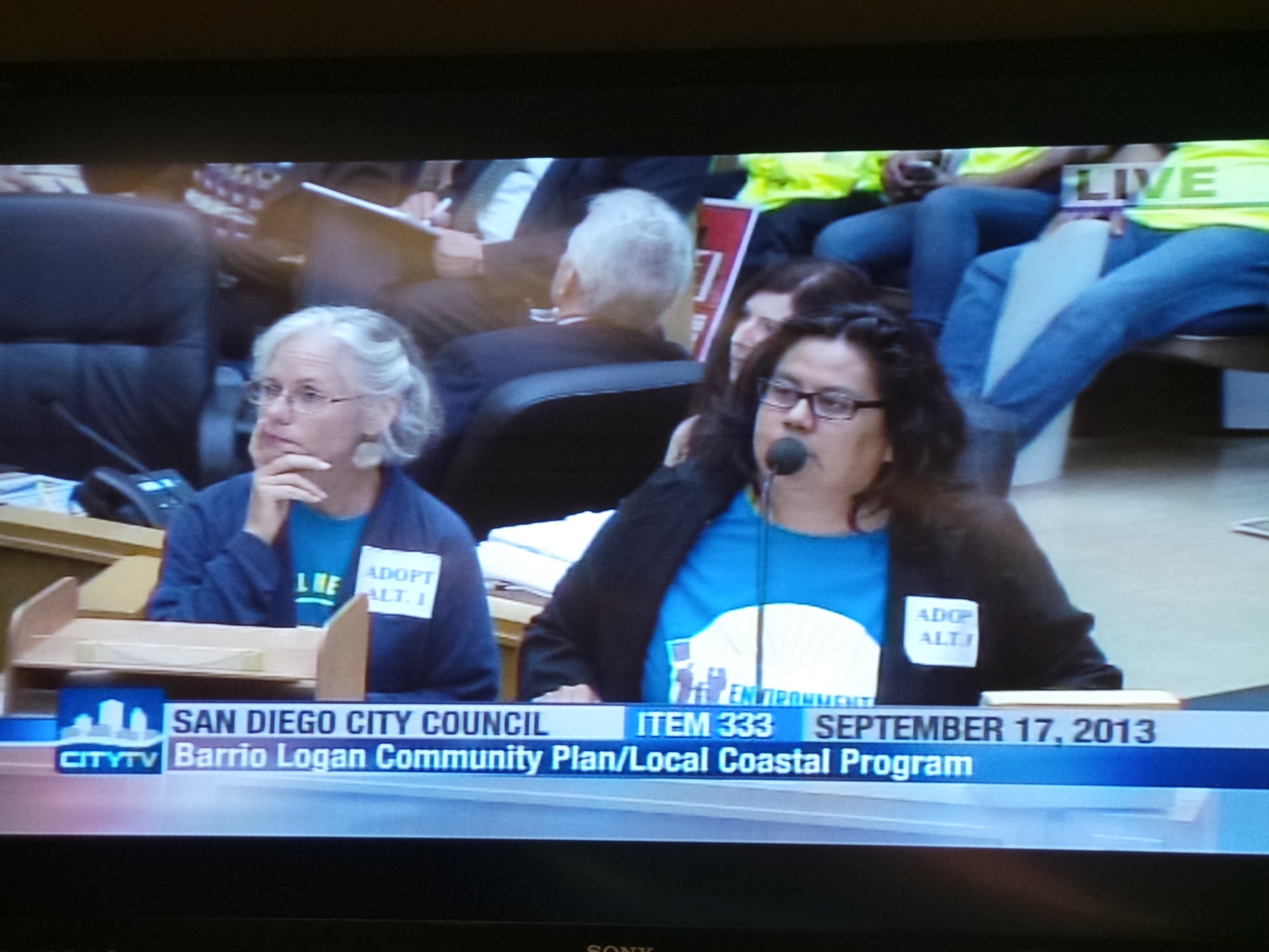
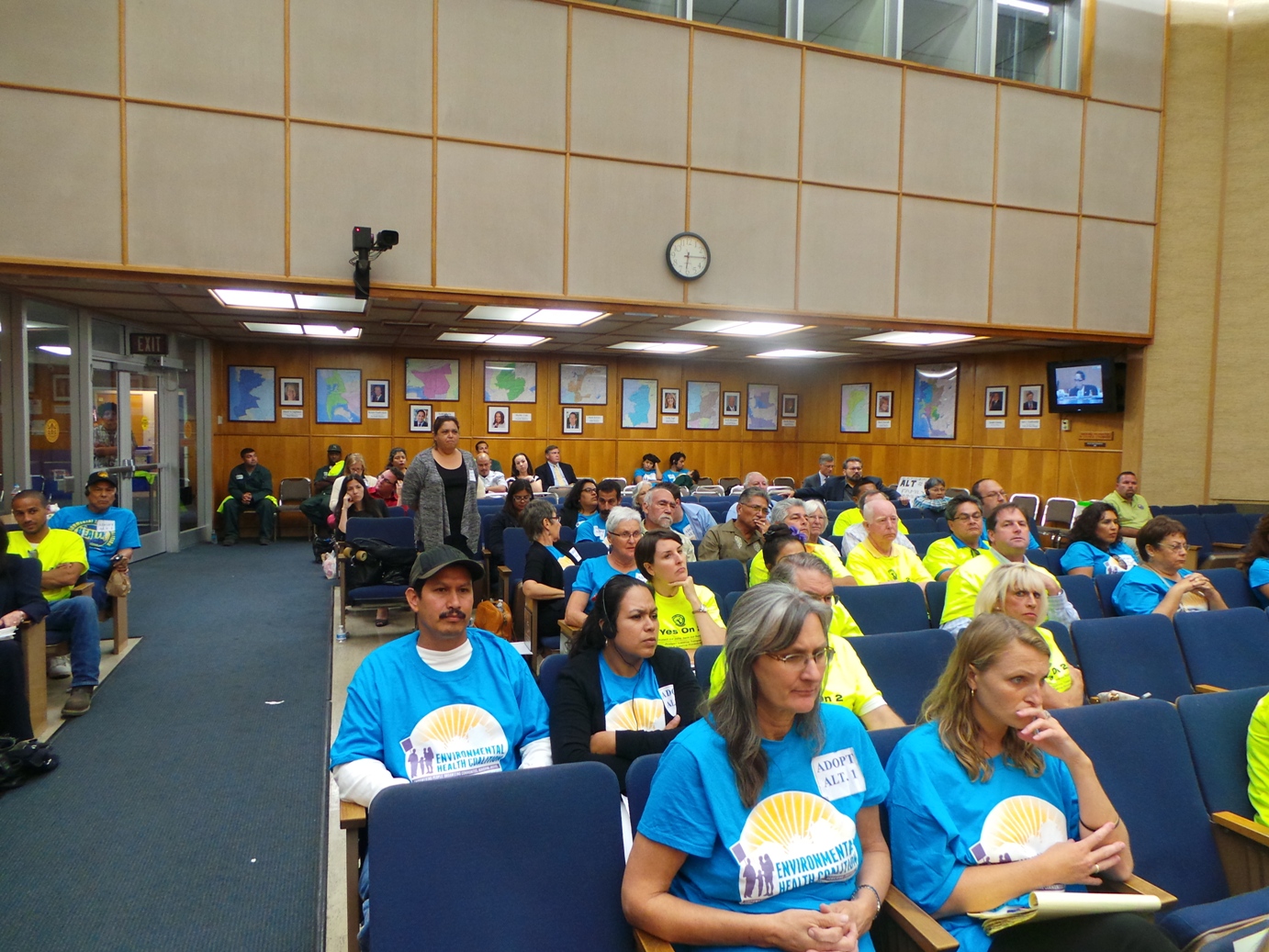
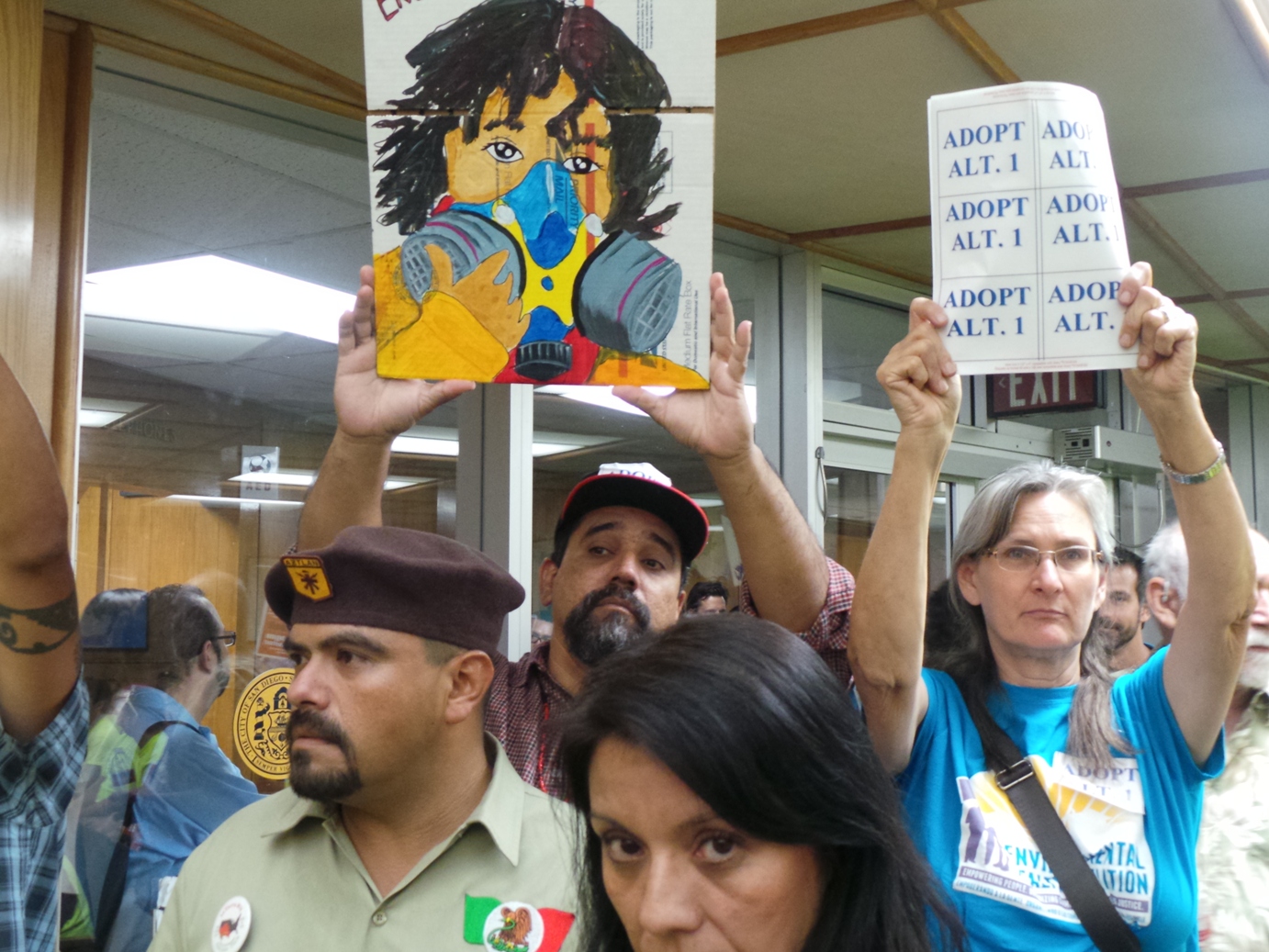
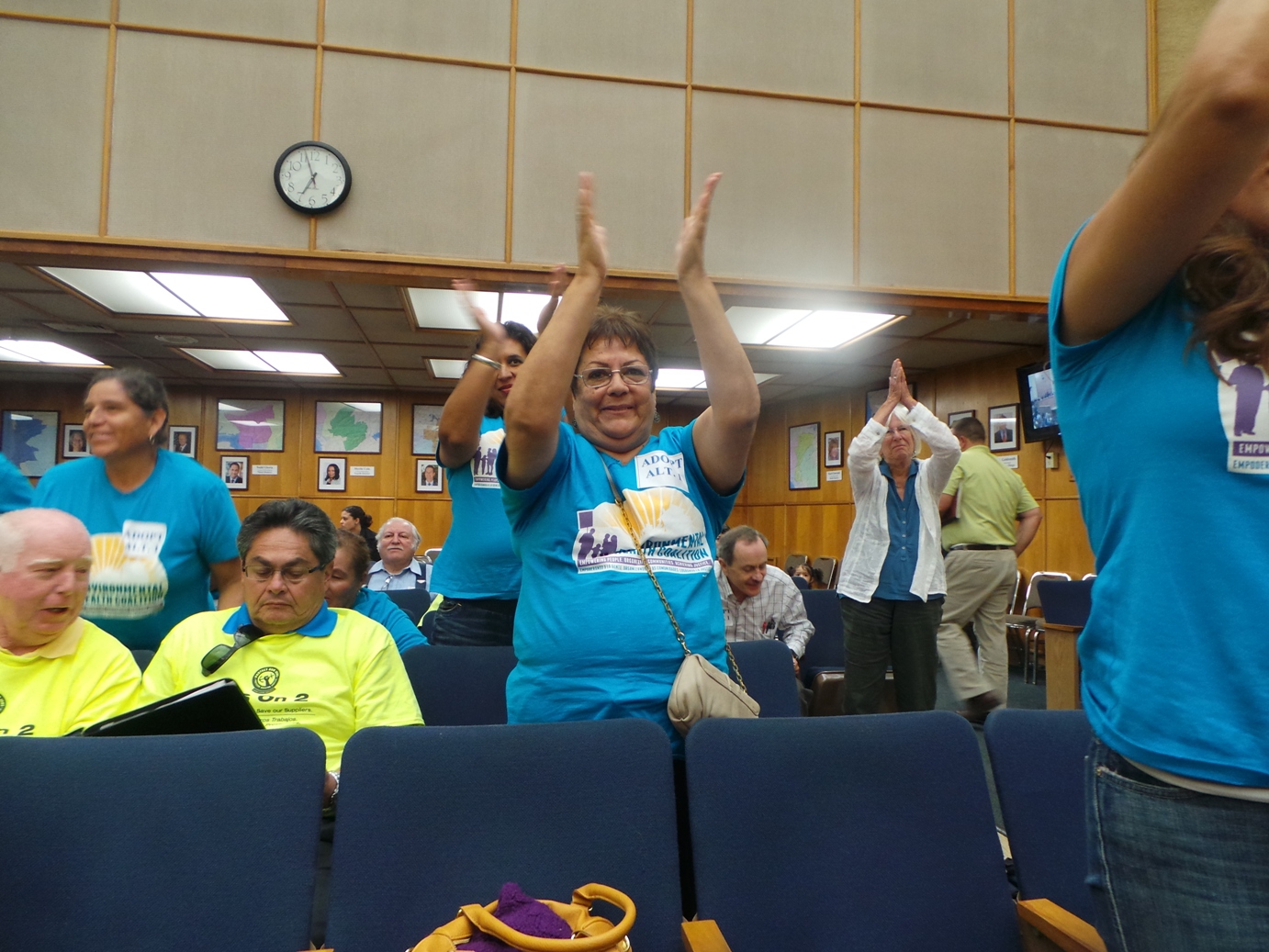 EHC would like to personally thank Councilmember David Alvarez for his leadership and commitment to a vibrant economy and a healthy community and thanks to Councilmembers Marti Emerald, Sherri Lightner, Myrtle Cole and Interim Mayor Todd Gloria for their support.
EHC would like to personally thank Councilmember David Alvarez for his leadership and commitment to a vibrant economy and a healthy community and thanks to Councilmembers Marti Emerald, Sherri Lightner, Myrtle Cole and Interim Mayor Todd Gloria for their support.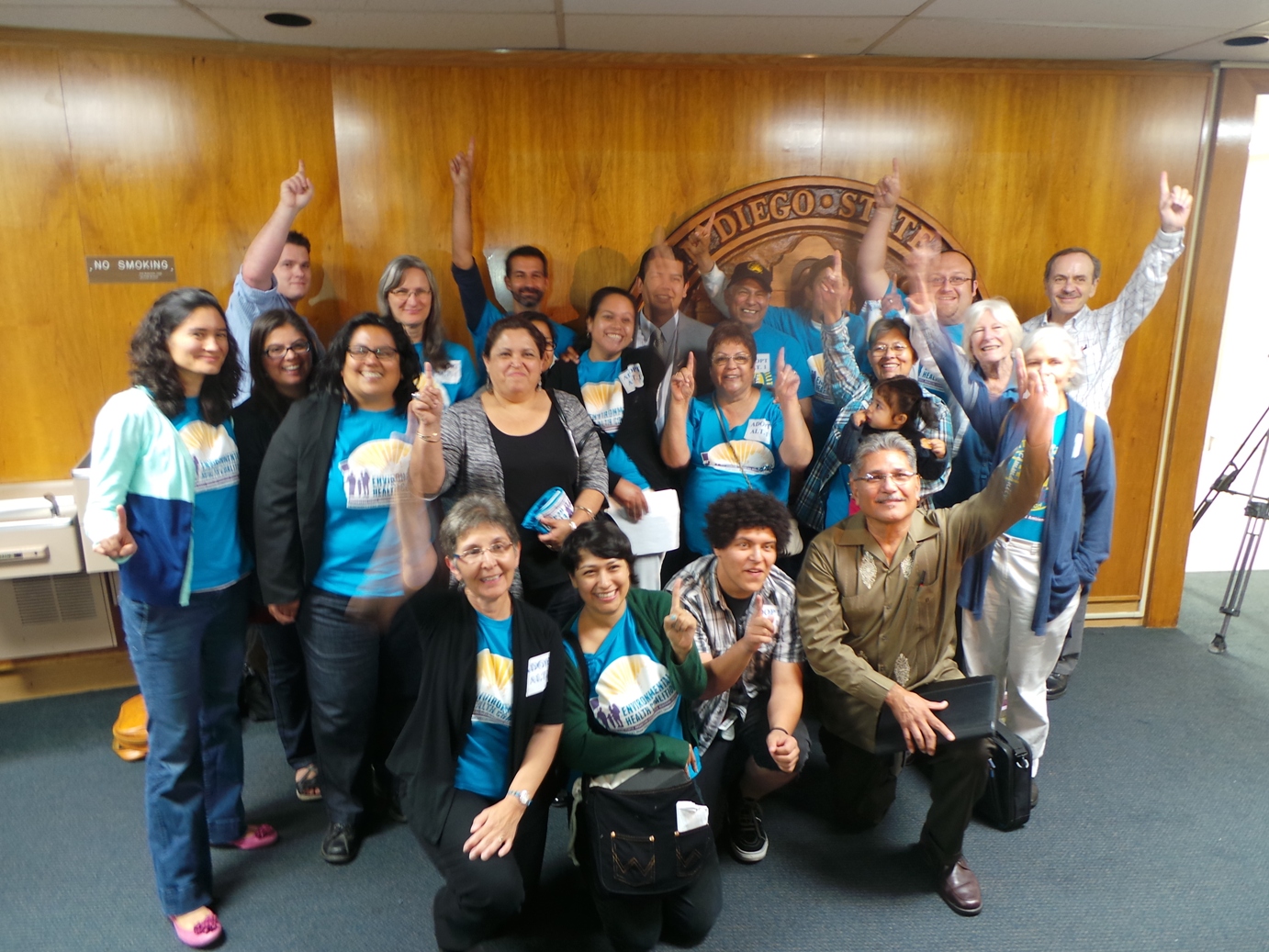
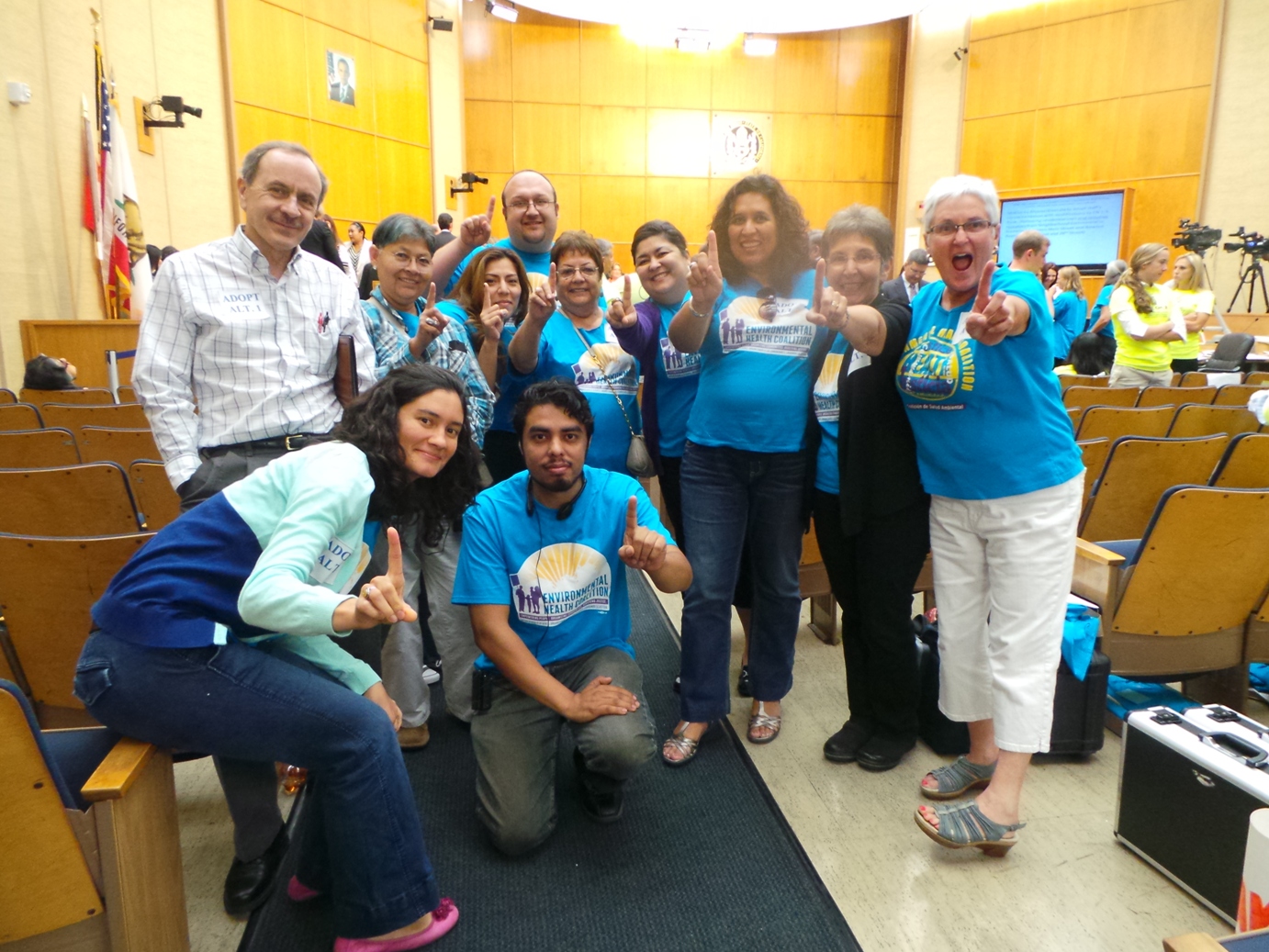 Barrio Logan's newly approved community plan designates a separate heavy industrial zone away from homes and schools. With this clear distinction between industrial and residential zones, along with a buffer zone that incorporates office buildings and parking structures, Barrio Logan can finally regain a safe place to live, work and play.
Barrio Logan's newly approved community plan designates a separate heavy industrial zone away from homes and schools. With this clear distinction between industrial and residential zones, along with a buffer zone that incorporates office buildings and parking structures, Barrio Logan can finally regain a safe place to live, work and play.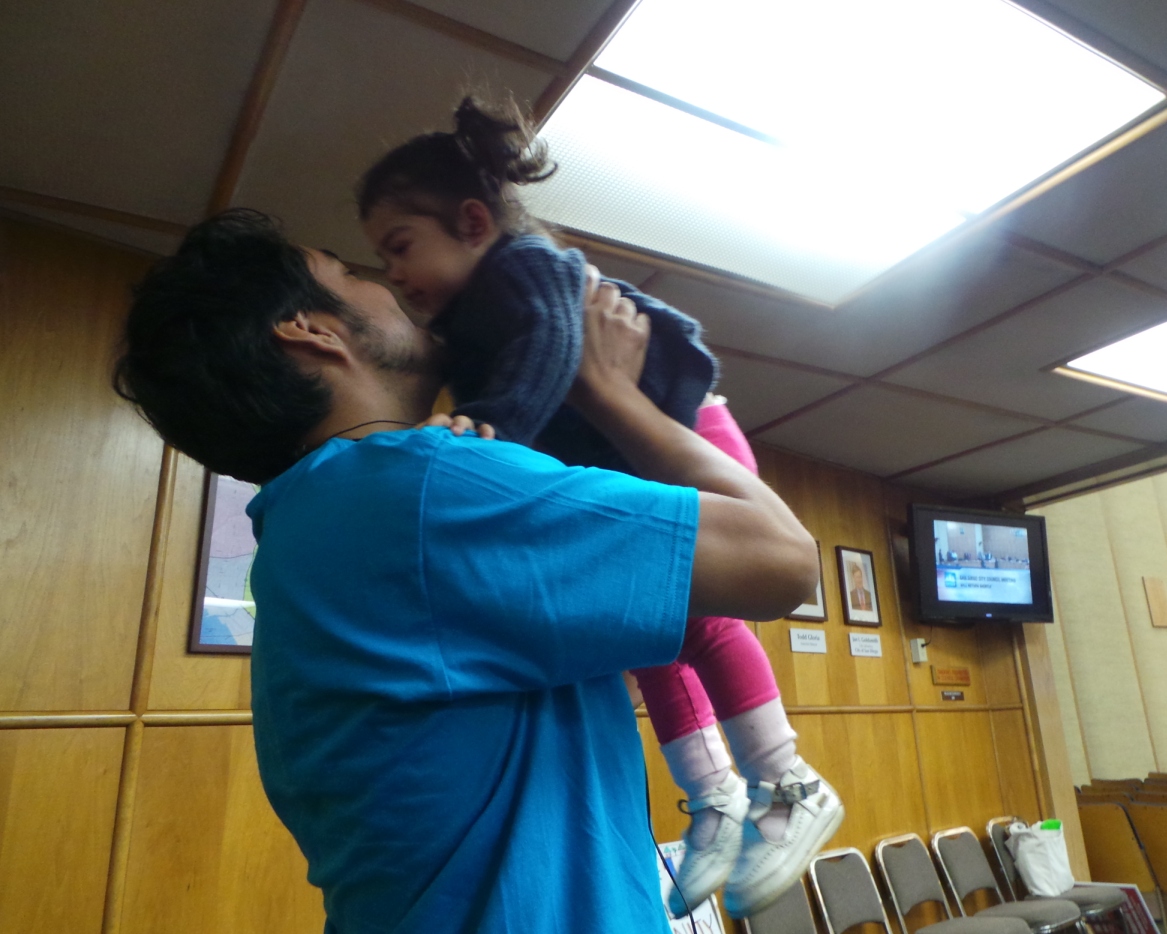 EHC proudly stands by Alternative 1 and fighting to take this first big step towards restoring an important piece of San Diego's history and culture. After thirty years, Barrio Logan residents and future residents can look forward to the toxic-free neighborhood they deserve.
EHC proudly stands by Alternative 1 and fighting to take this first big step towards restoring an important piece of San Diego's history and culture. After thirty years, Barrio Logan residents and future residents can look forward to the toxic-free neighborhood they deserve.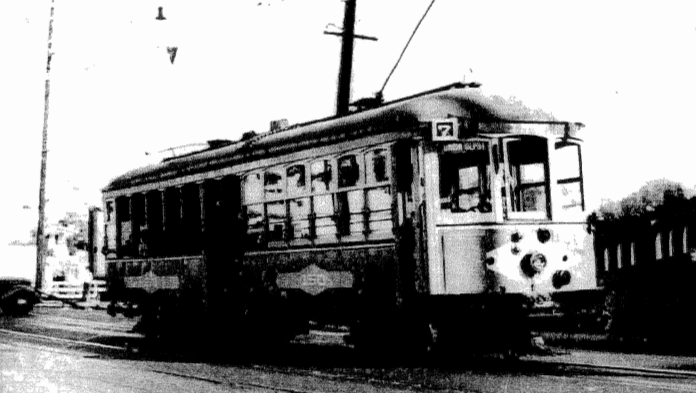
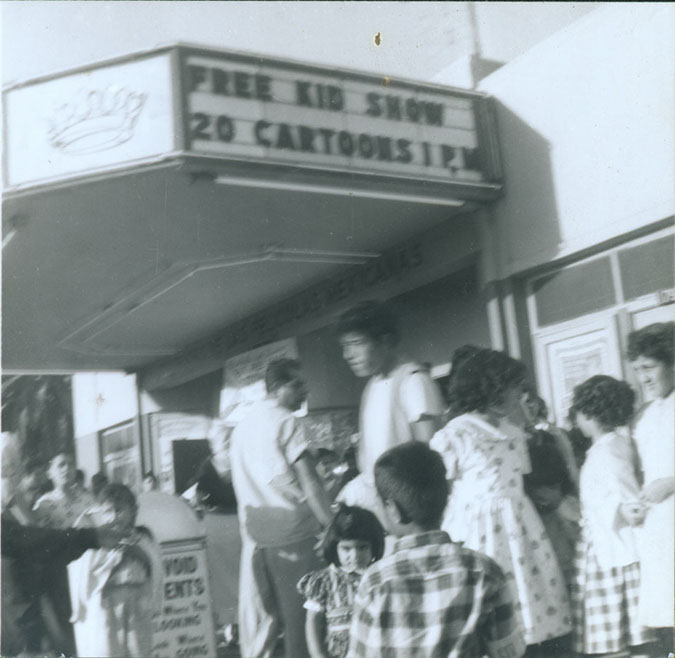 Prior to the
Prior to the 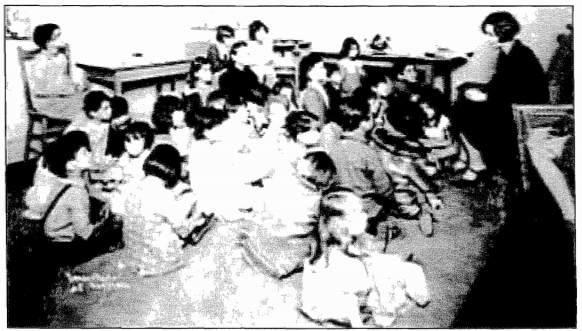
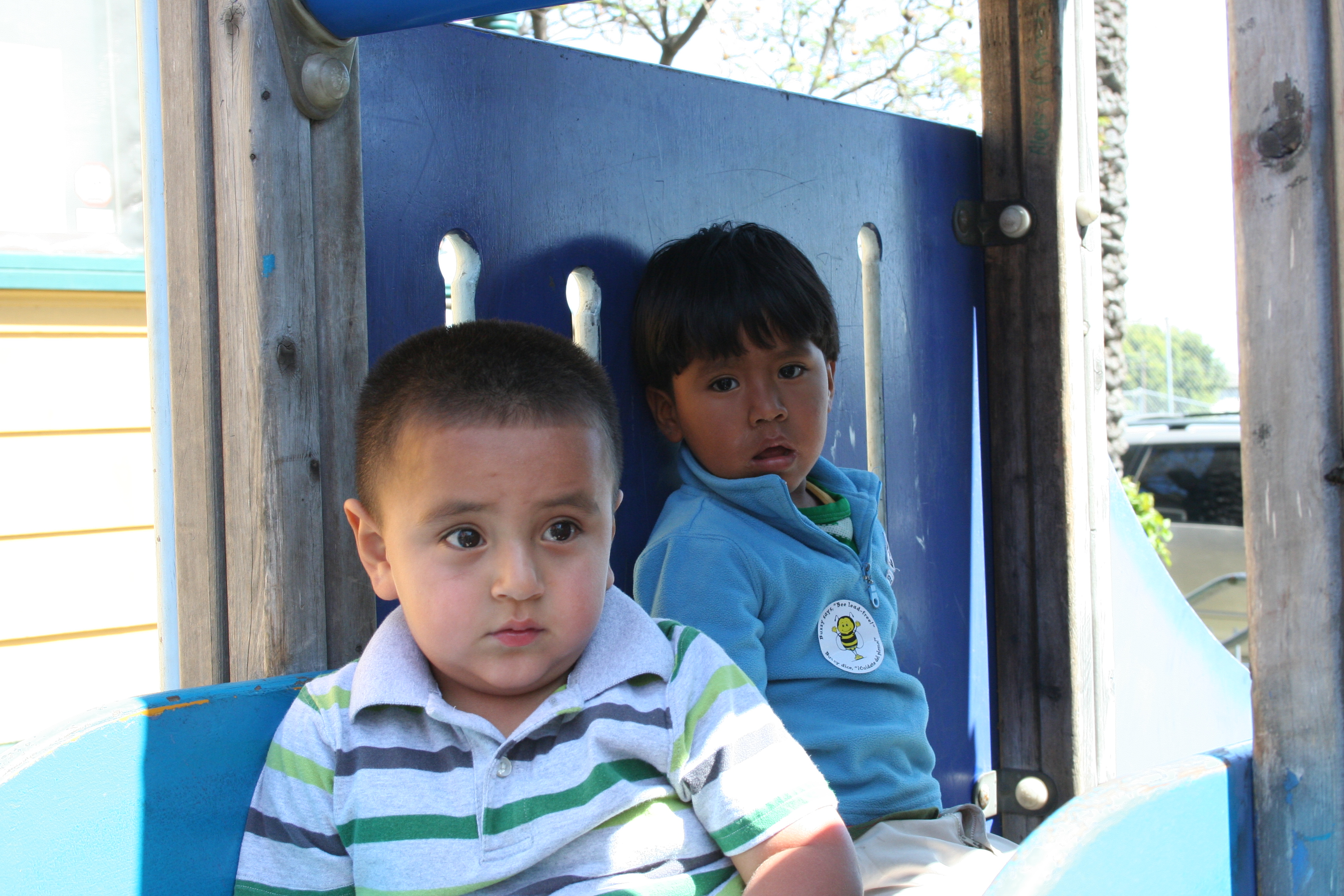
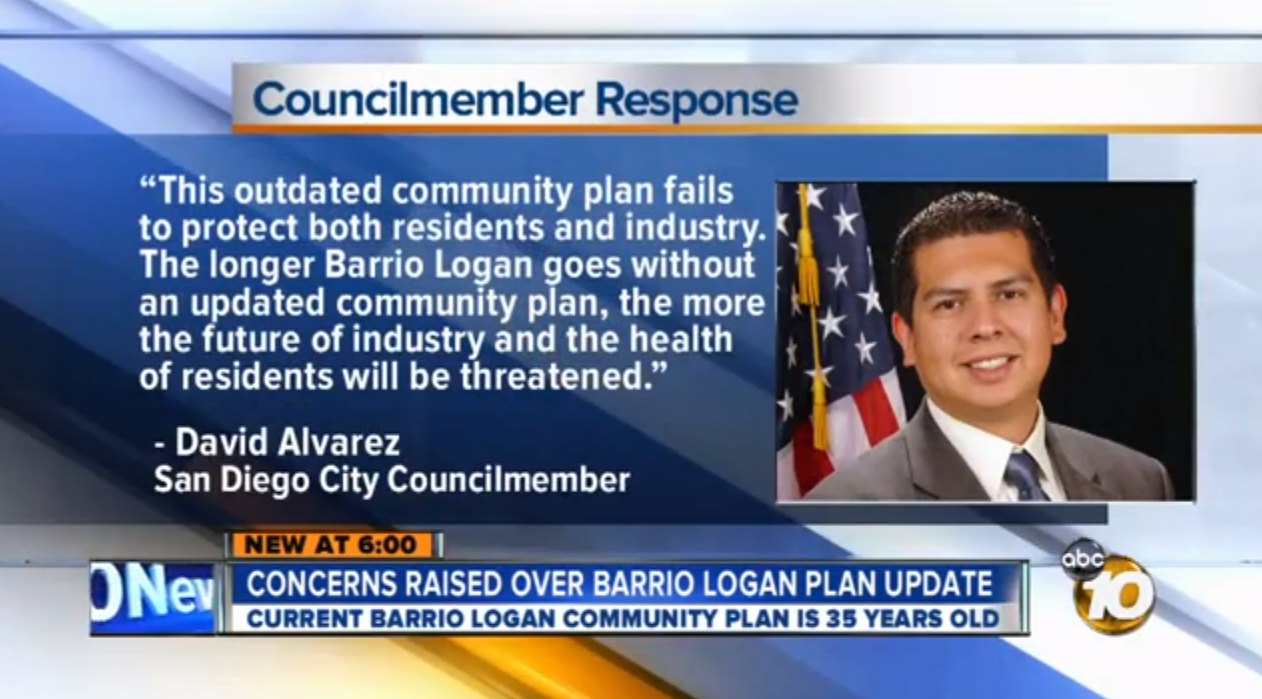

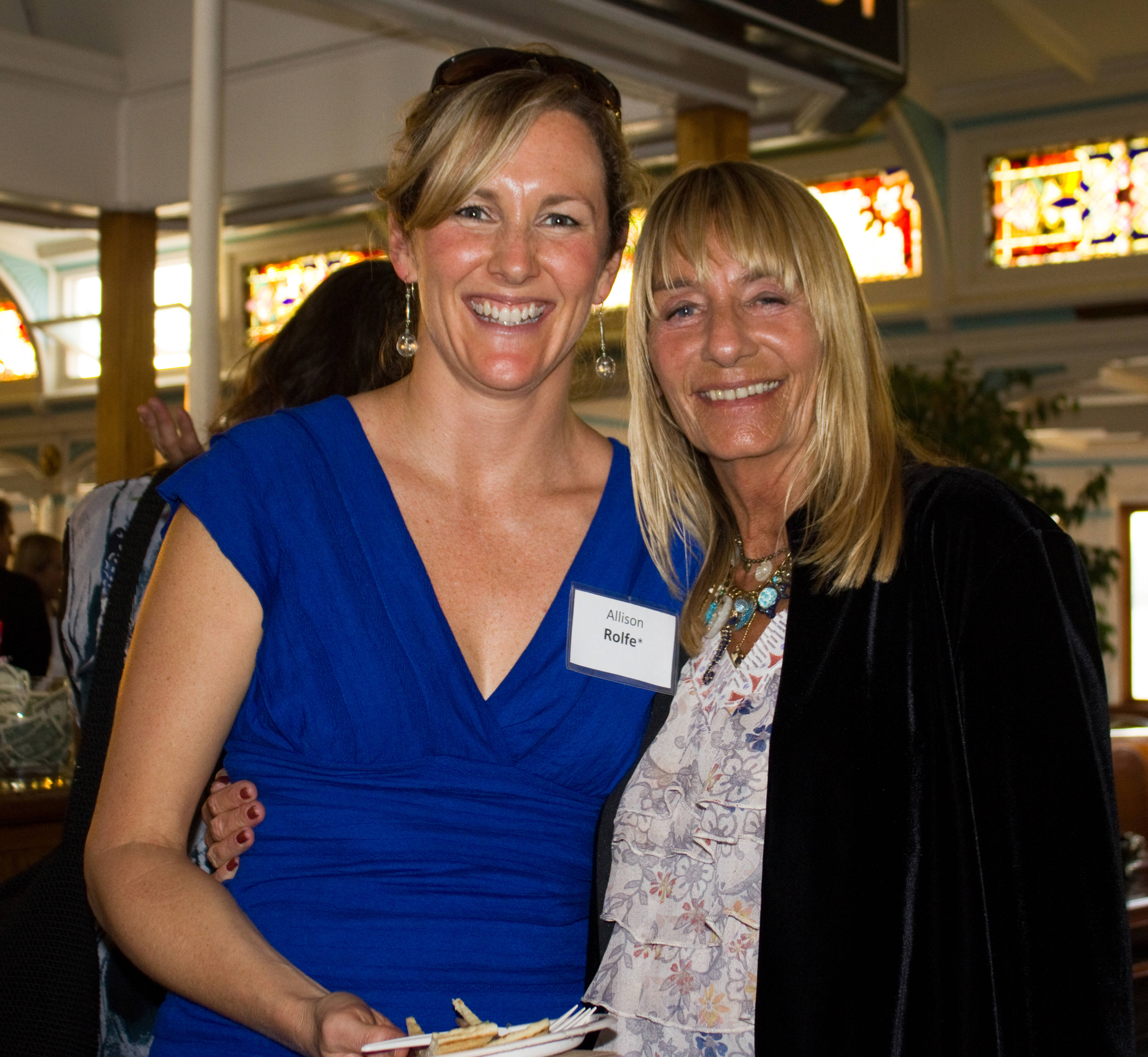
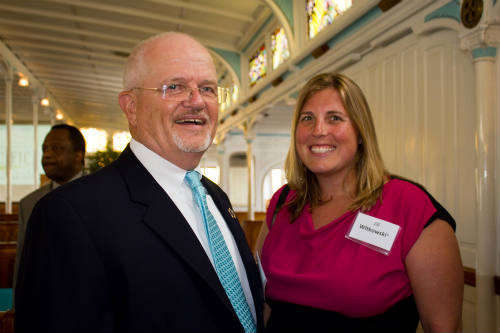
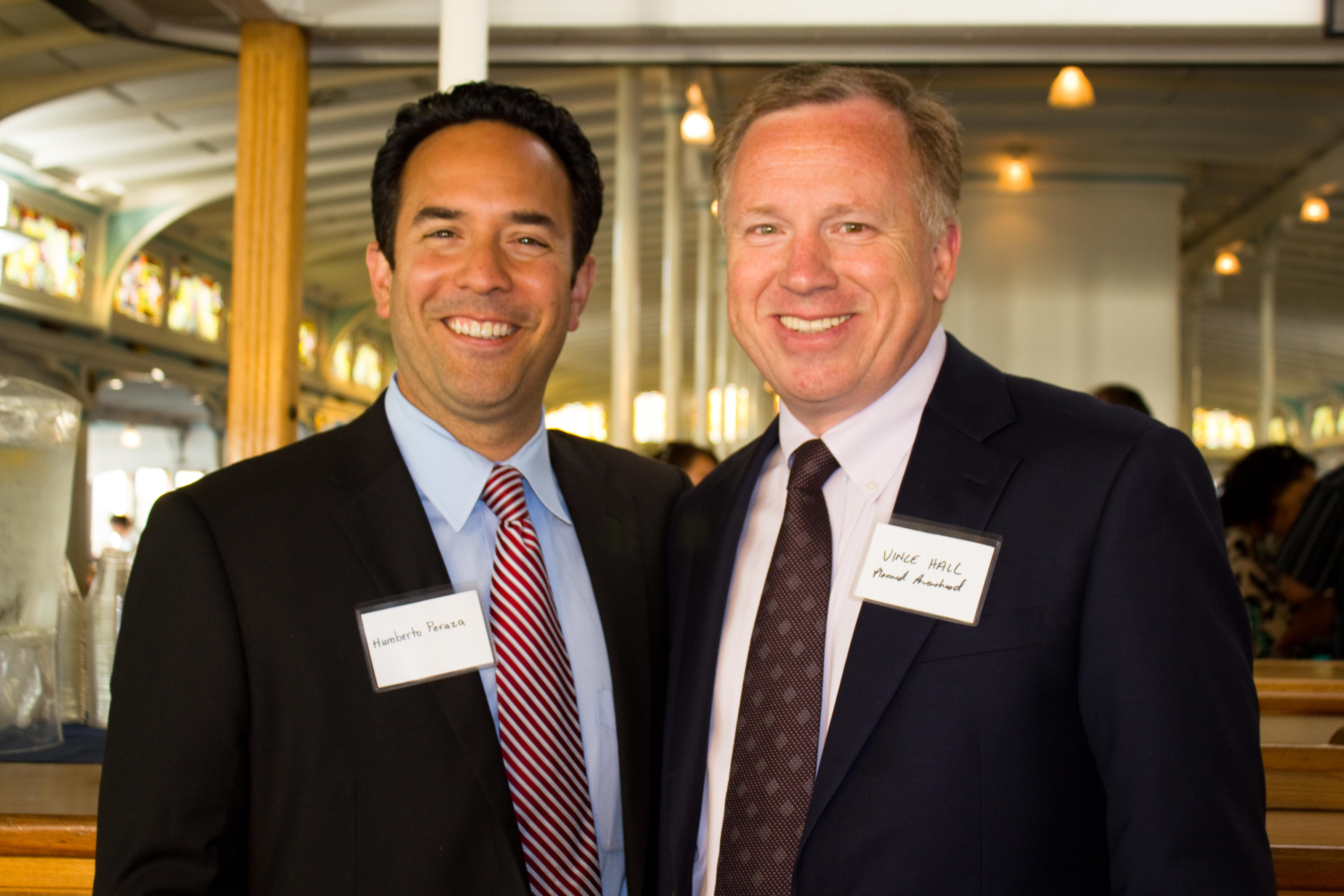
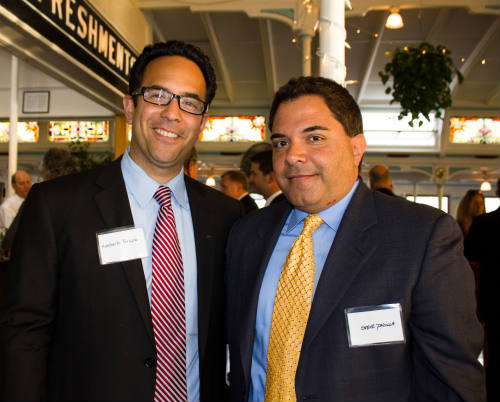
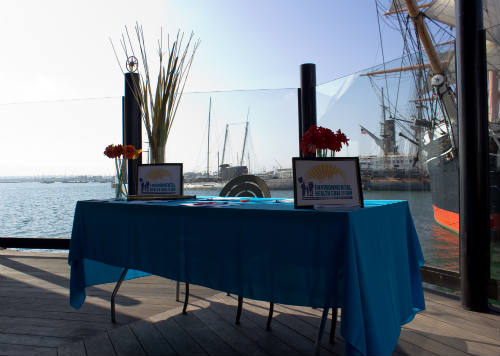
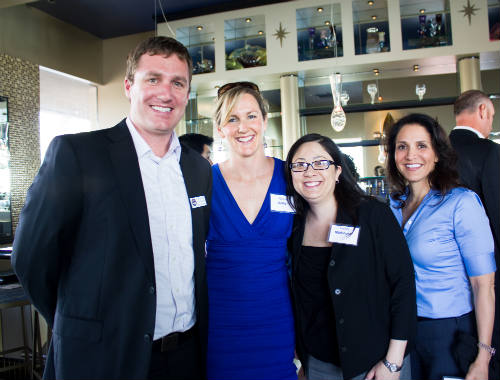
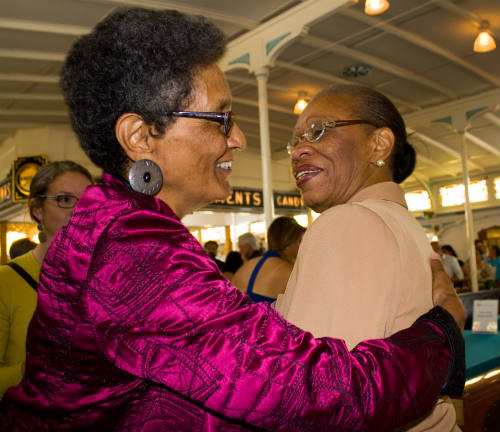
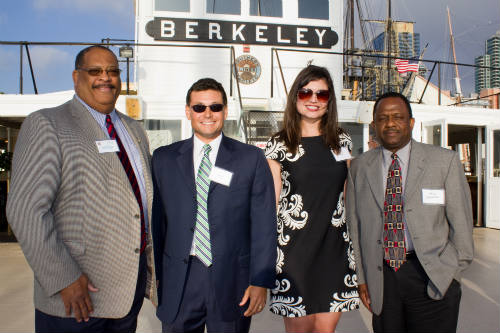
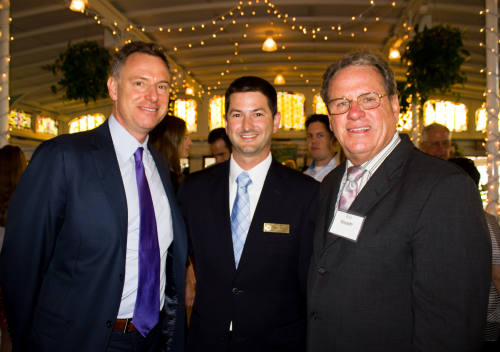
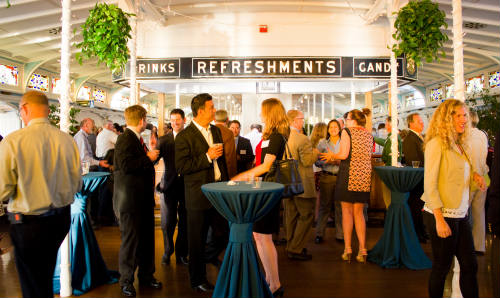
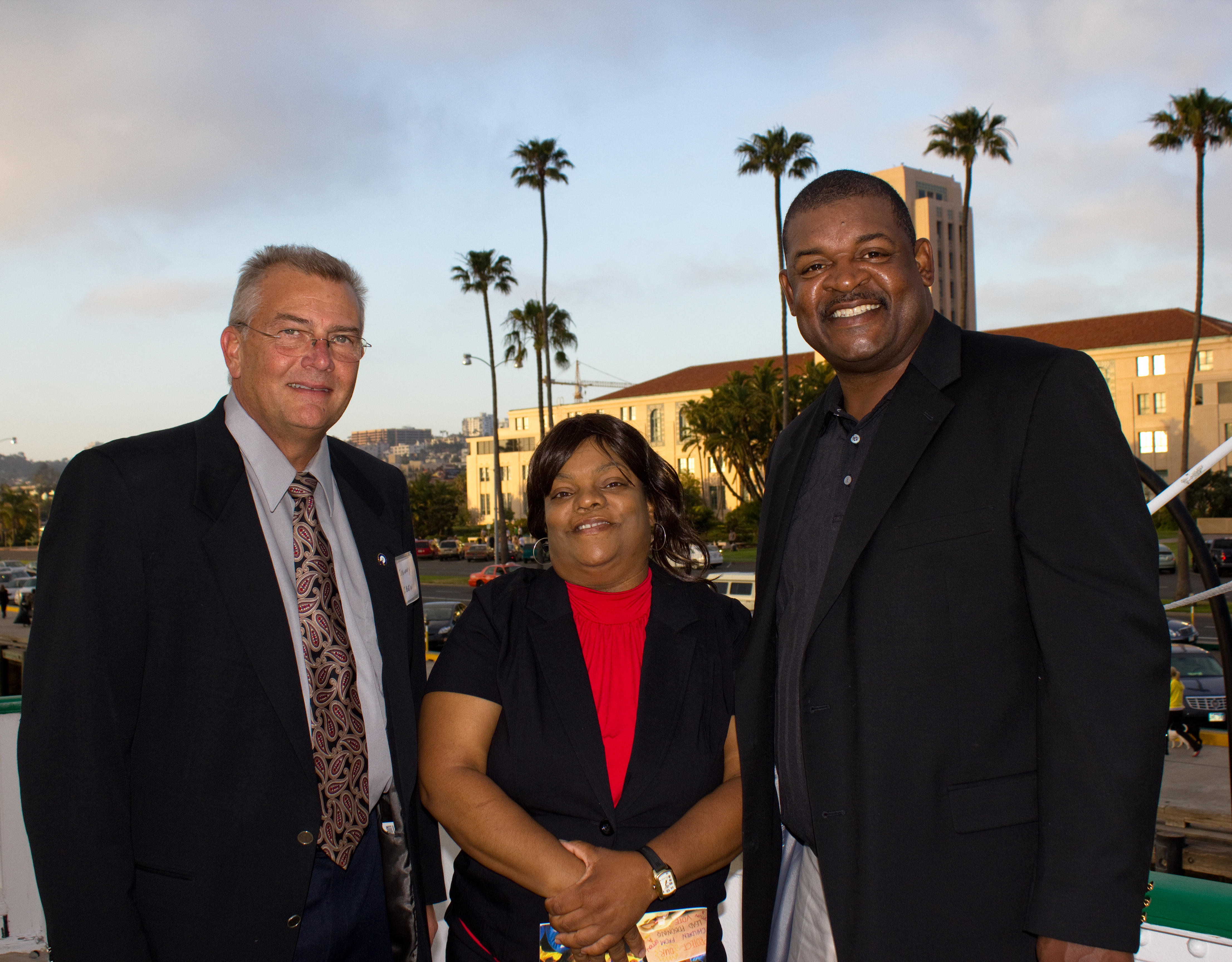

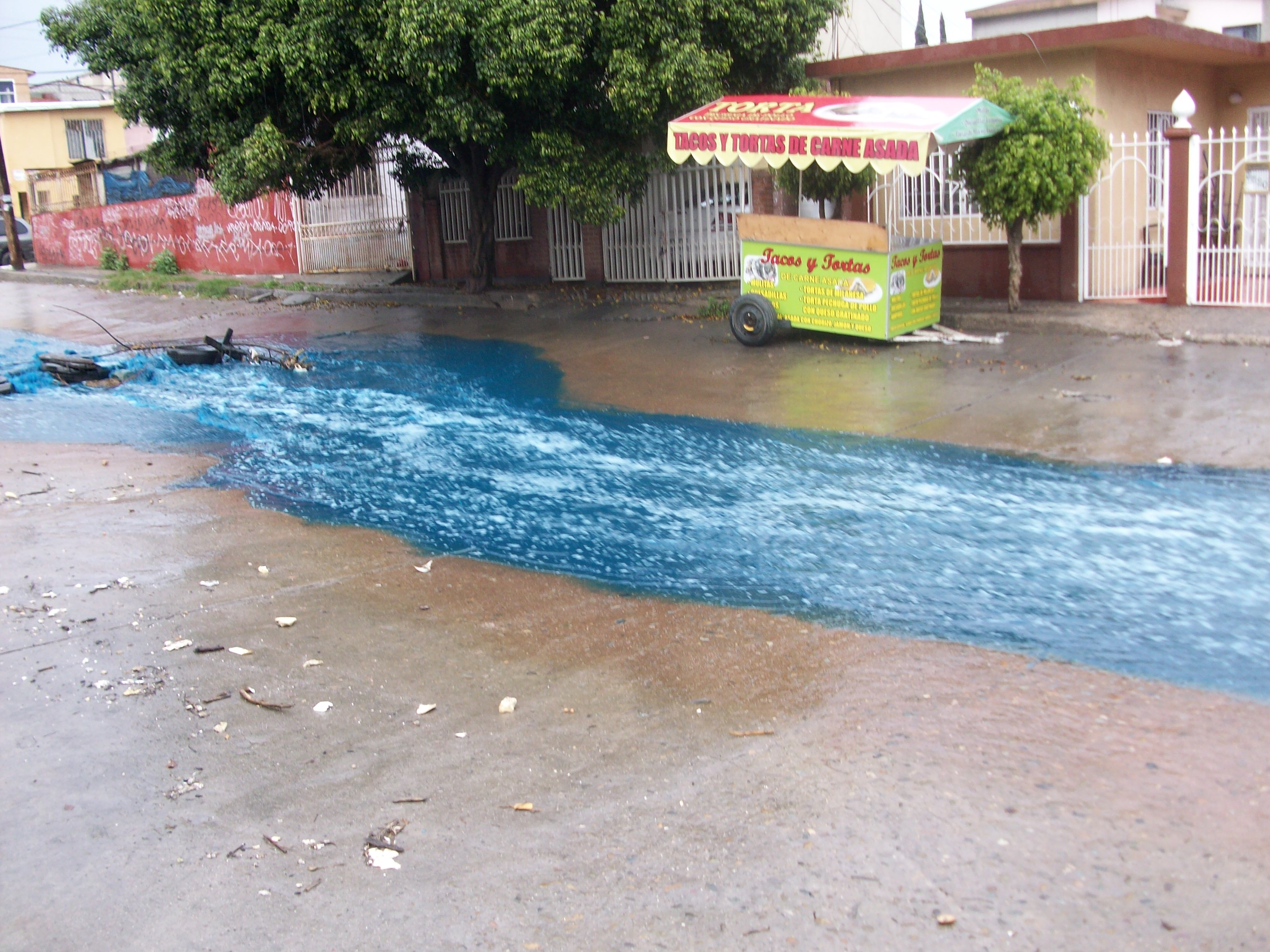




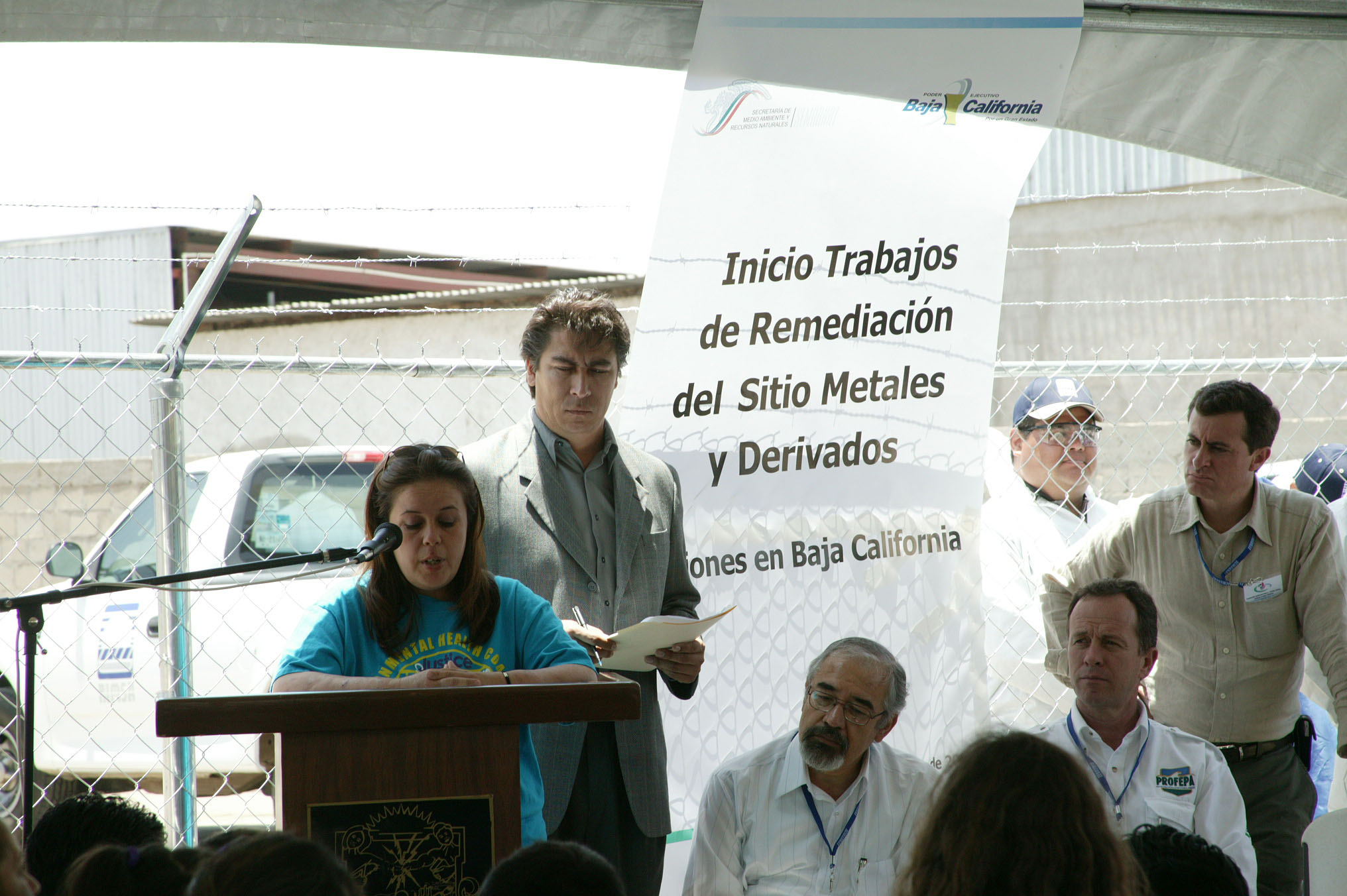


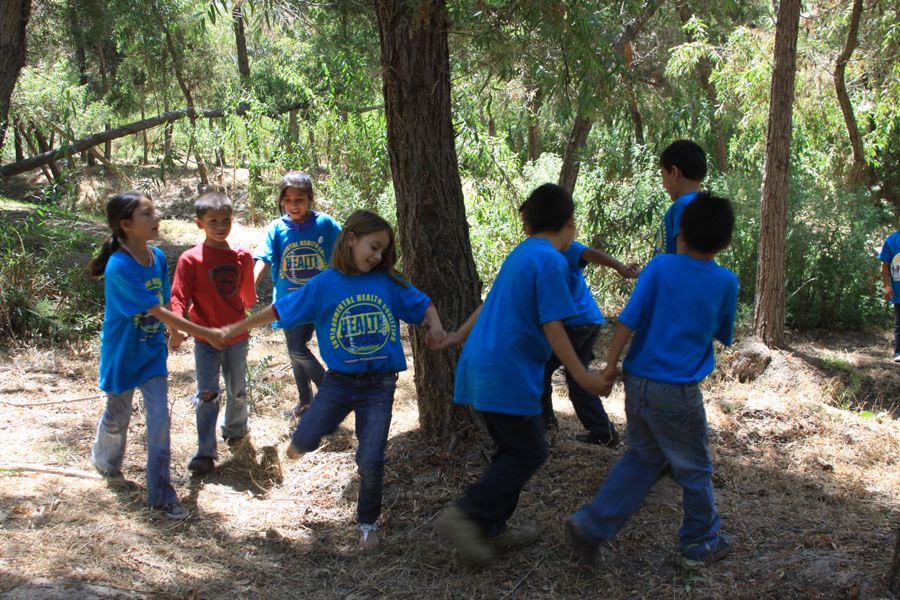
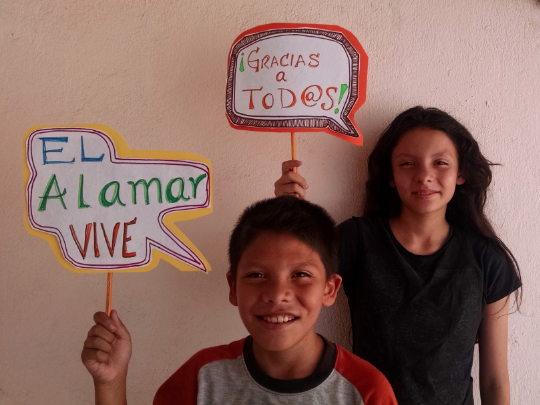
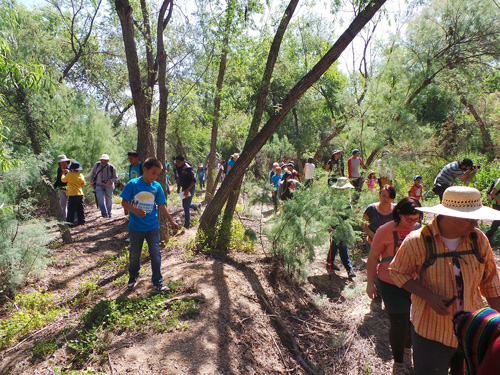
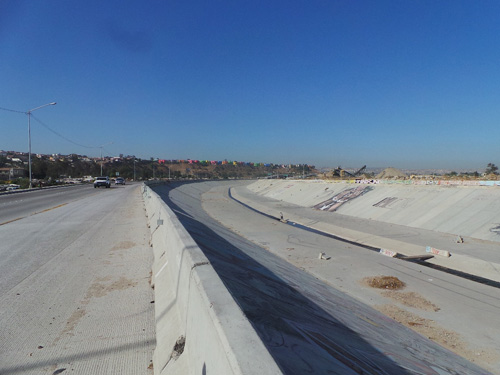
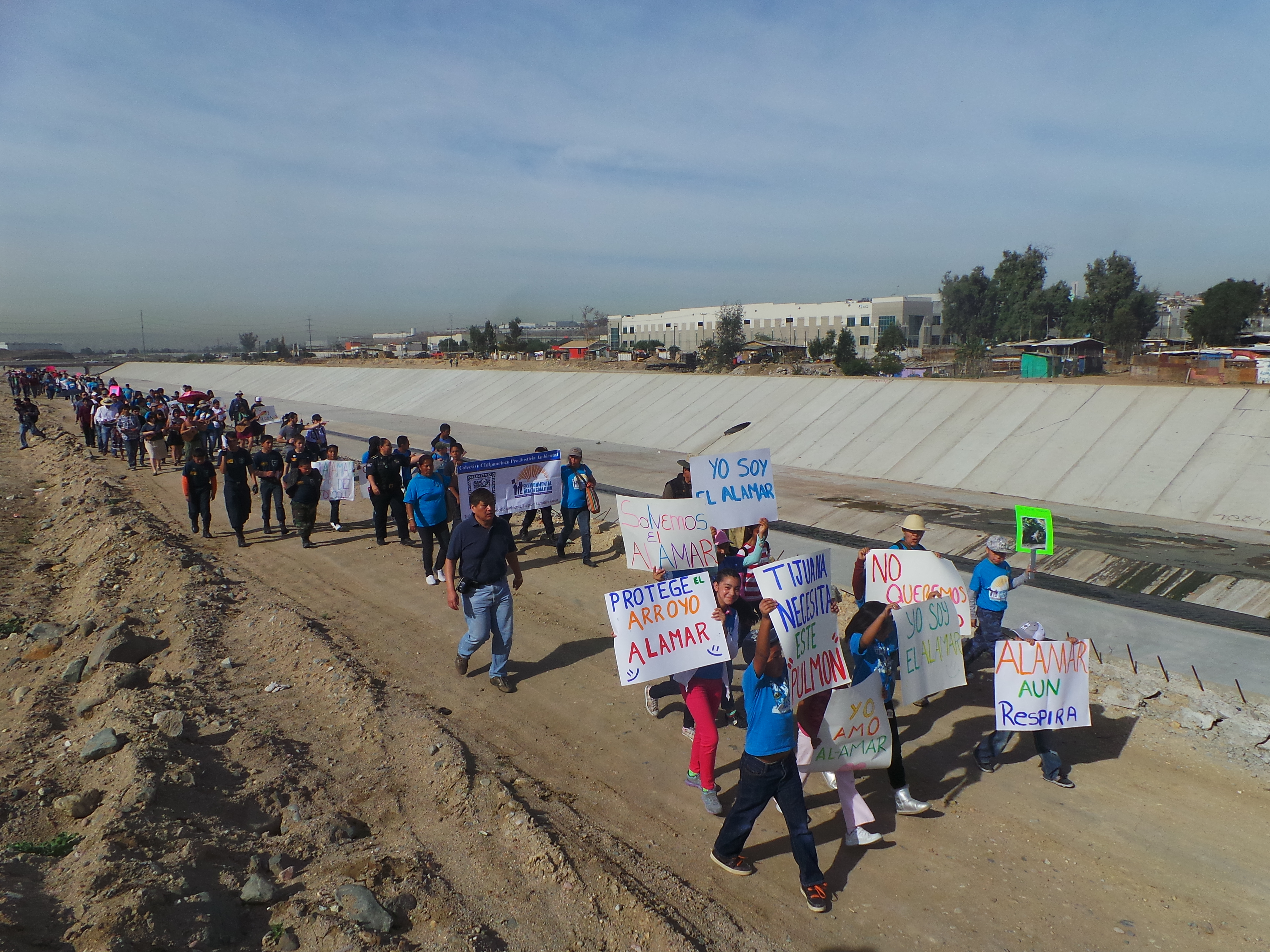
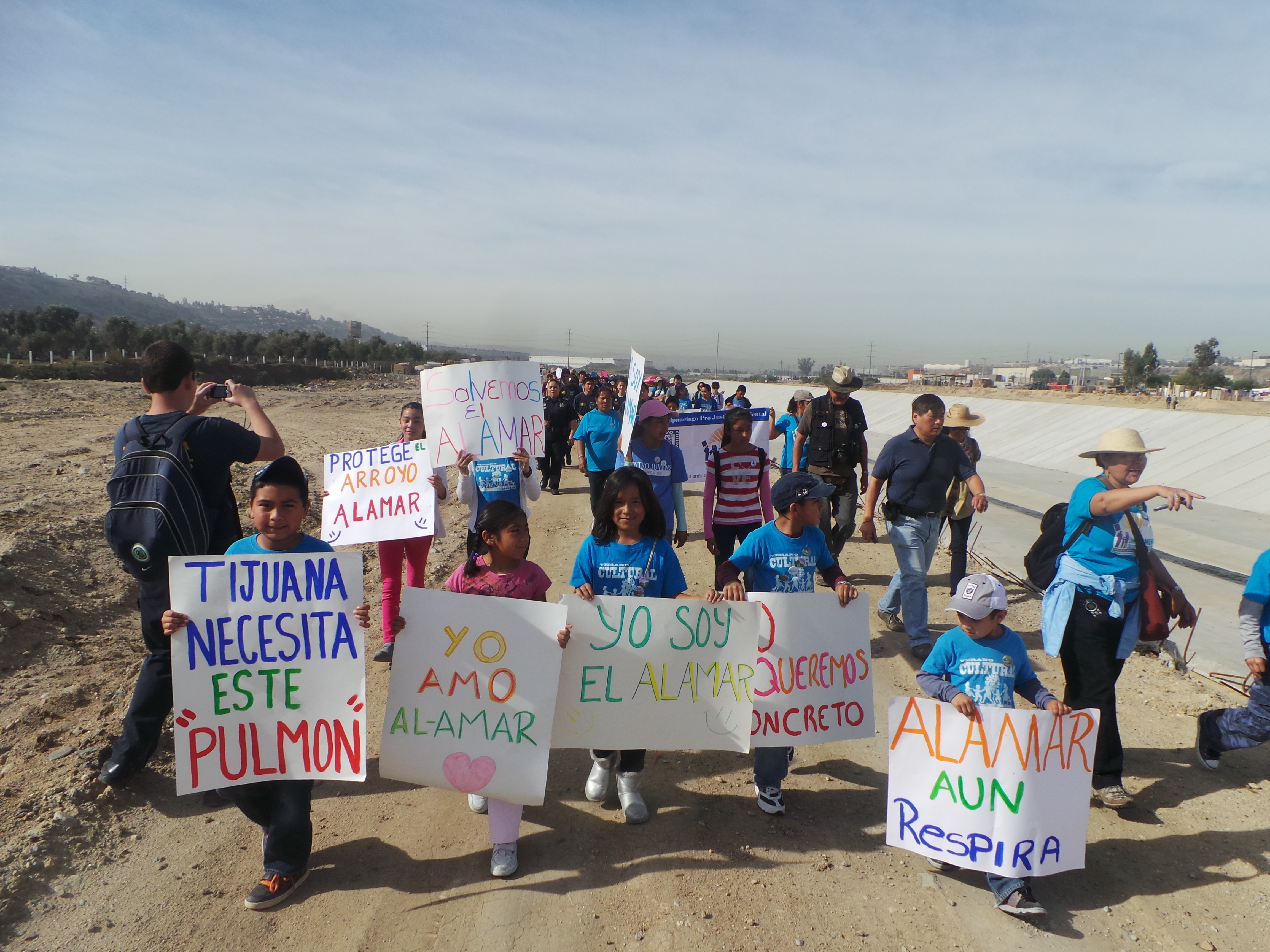
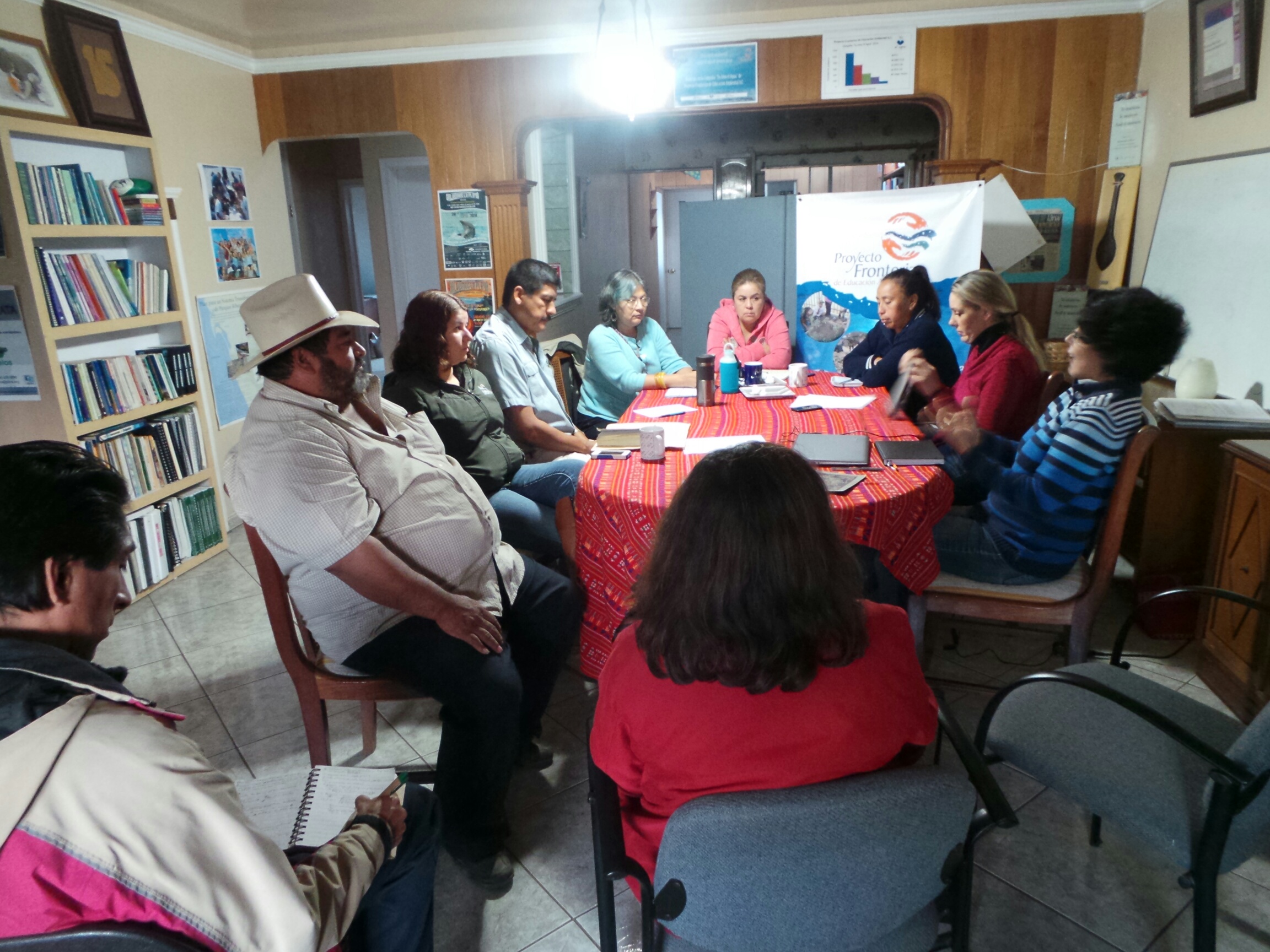
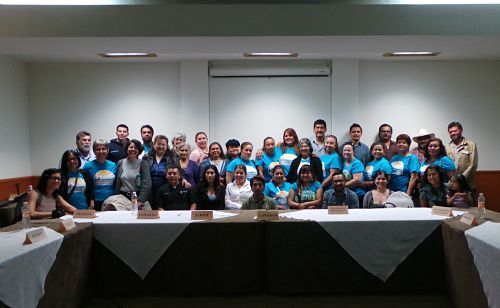
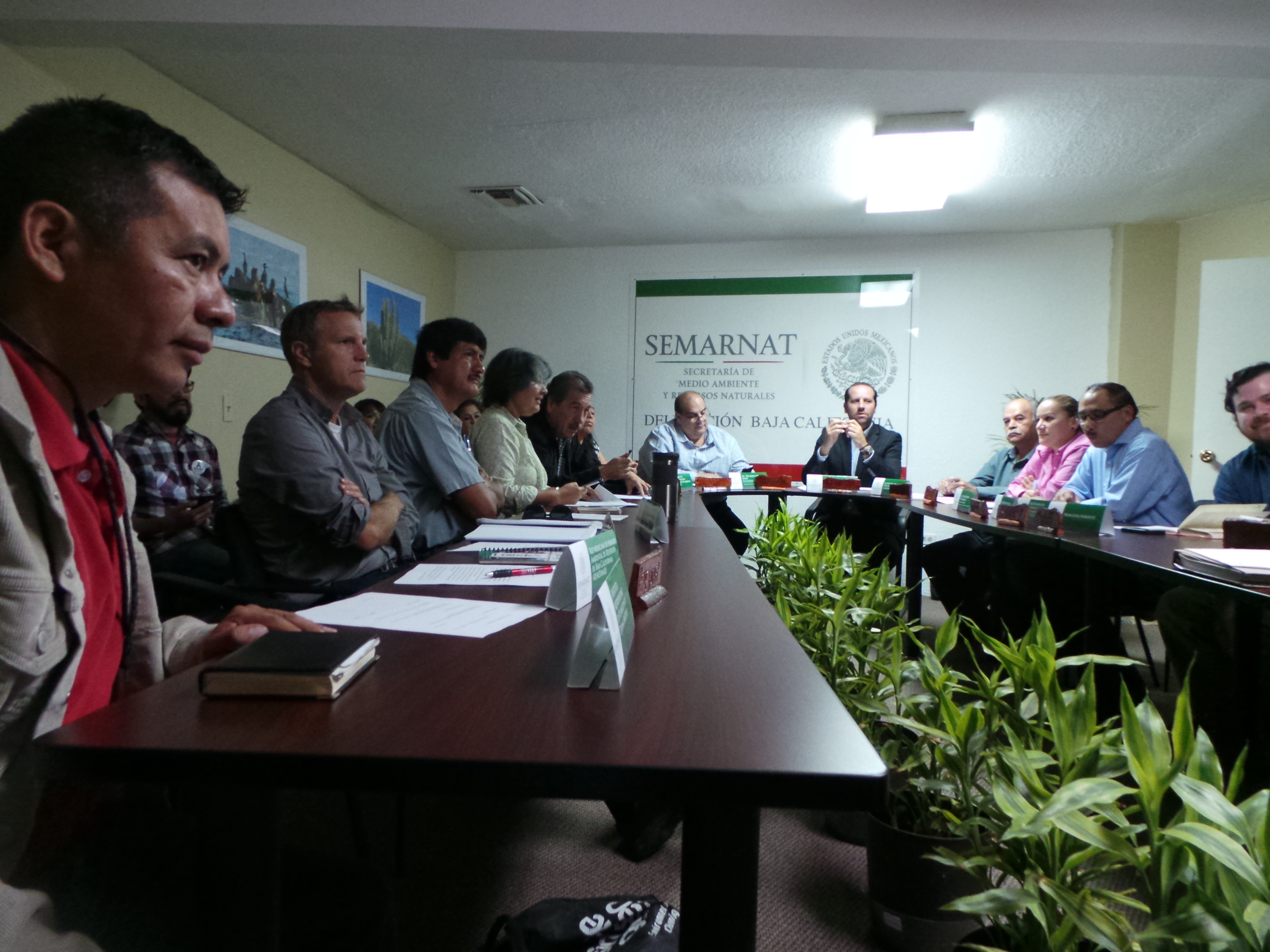
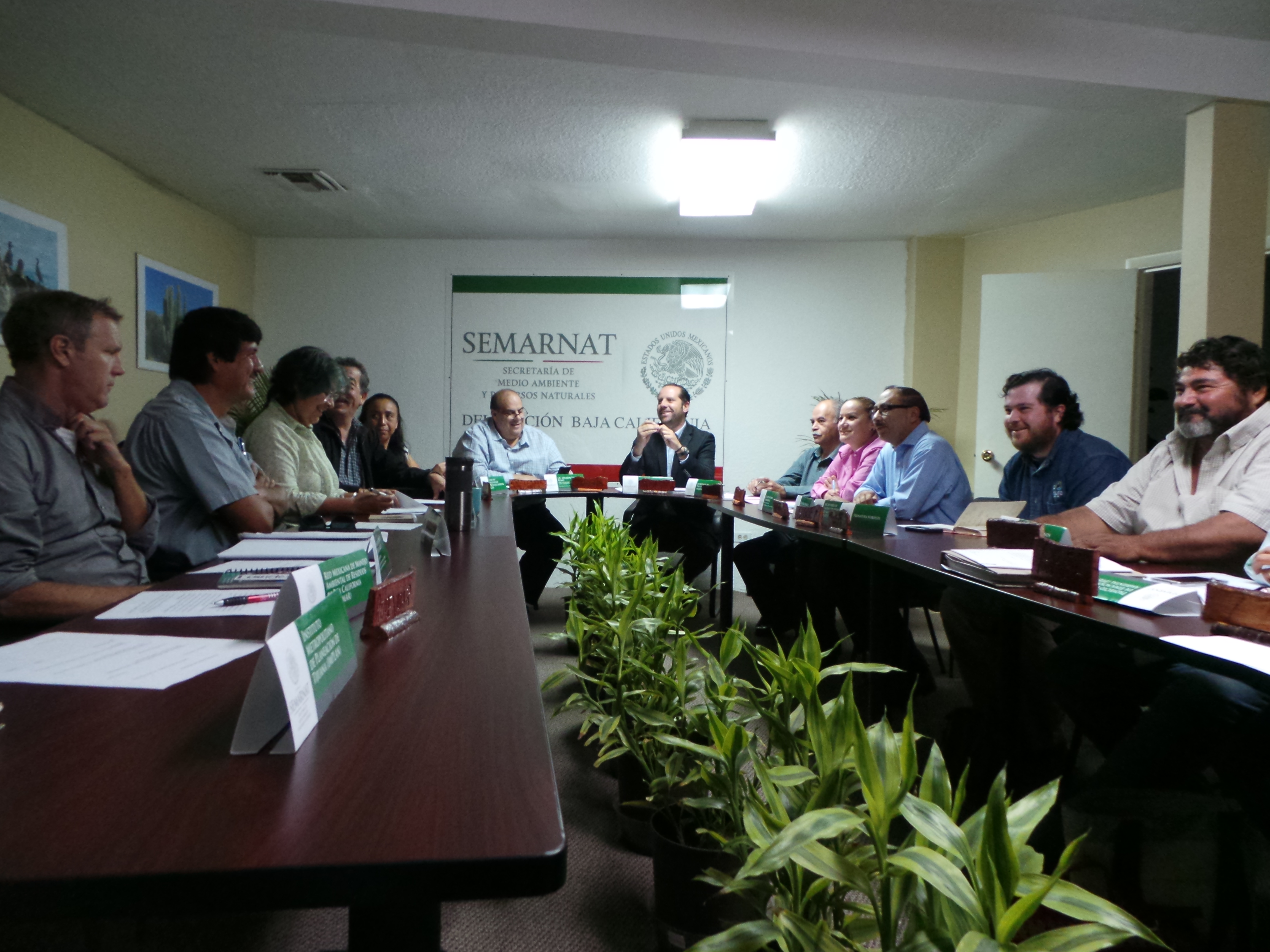
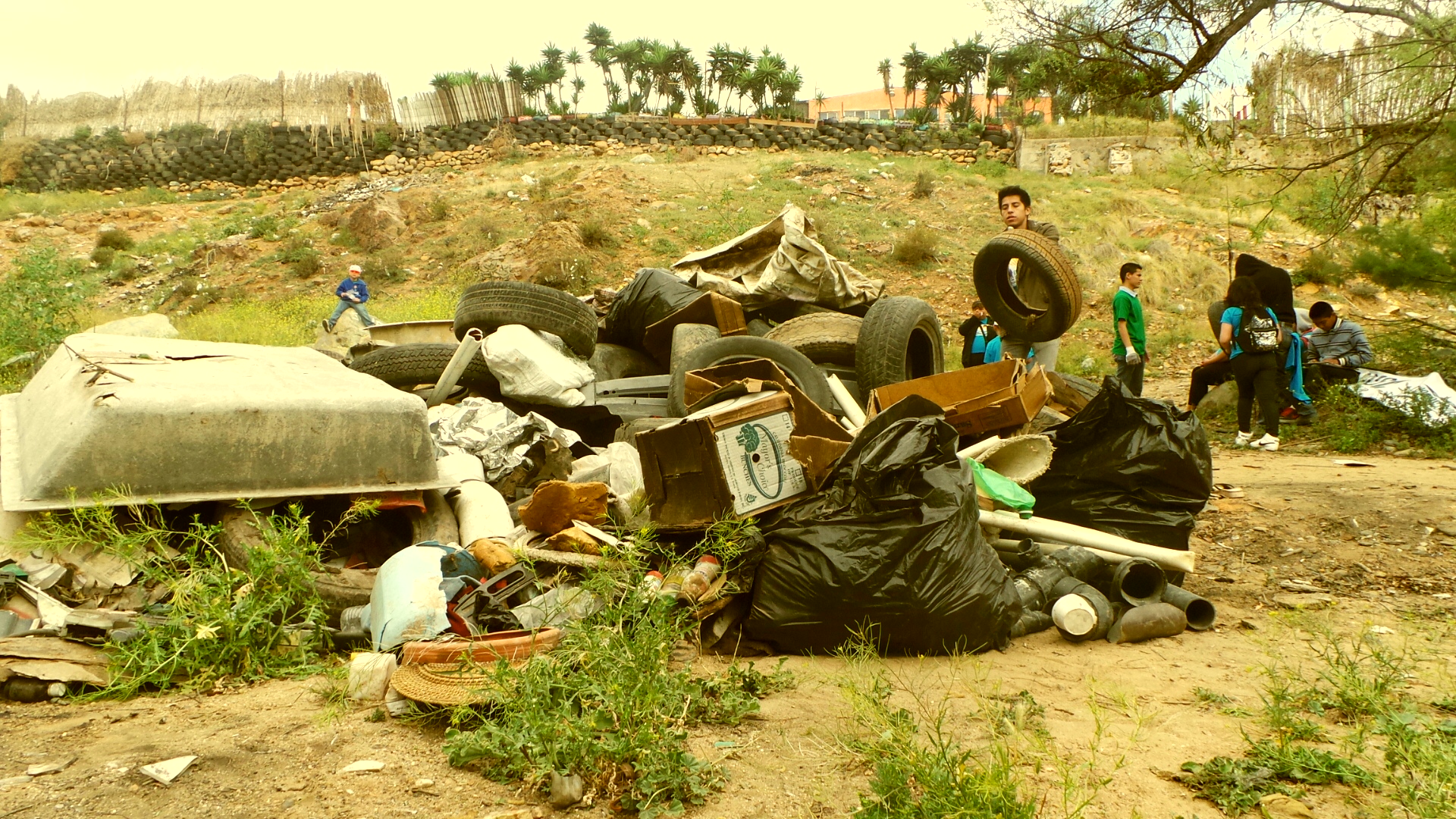
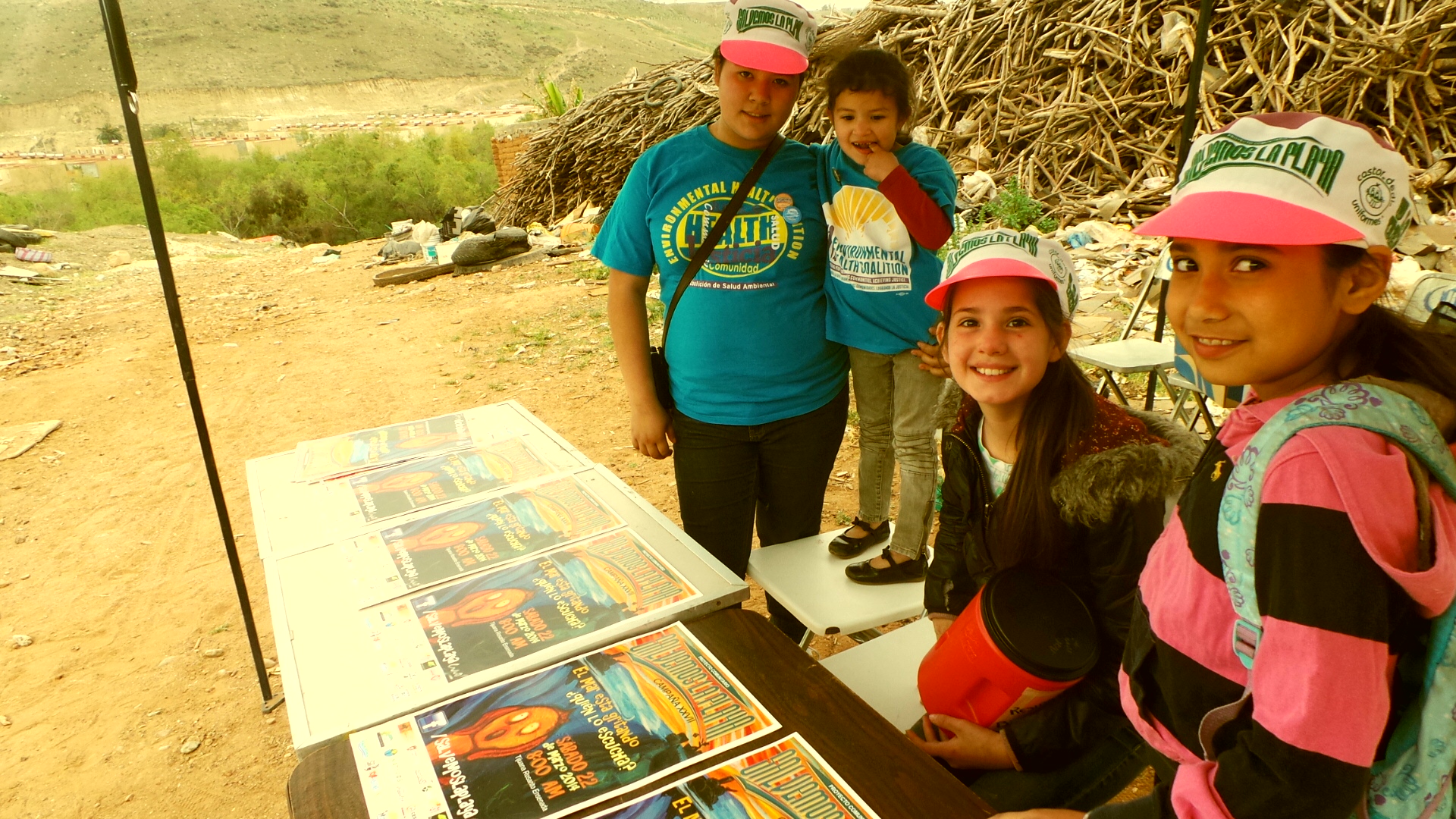
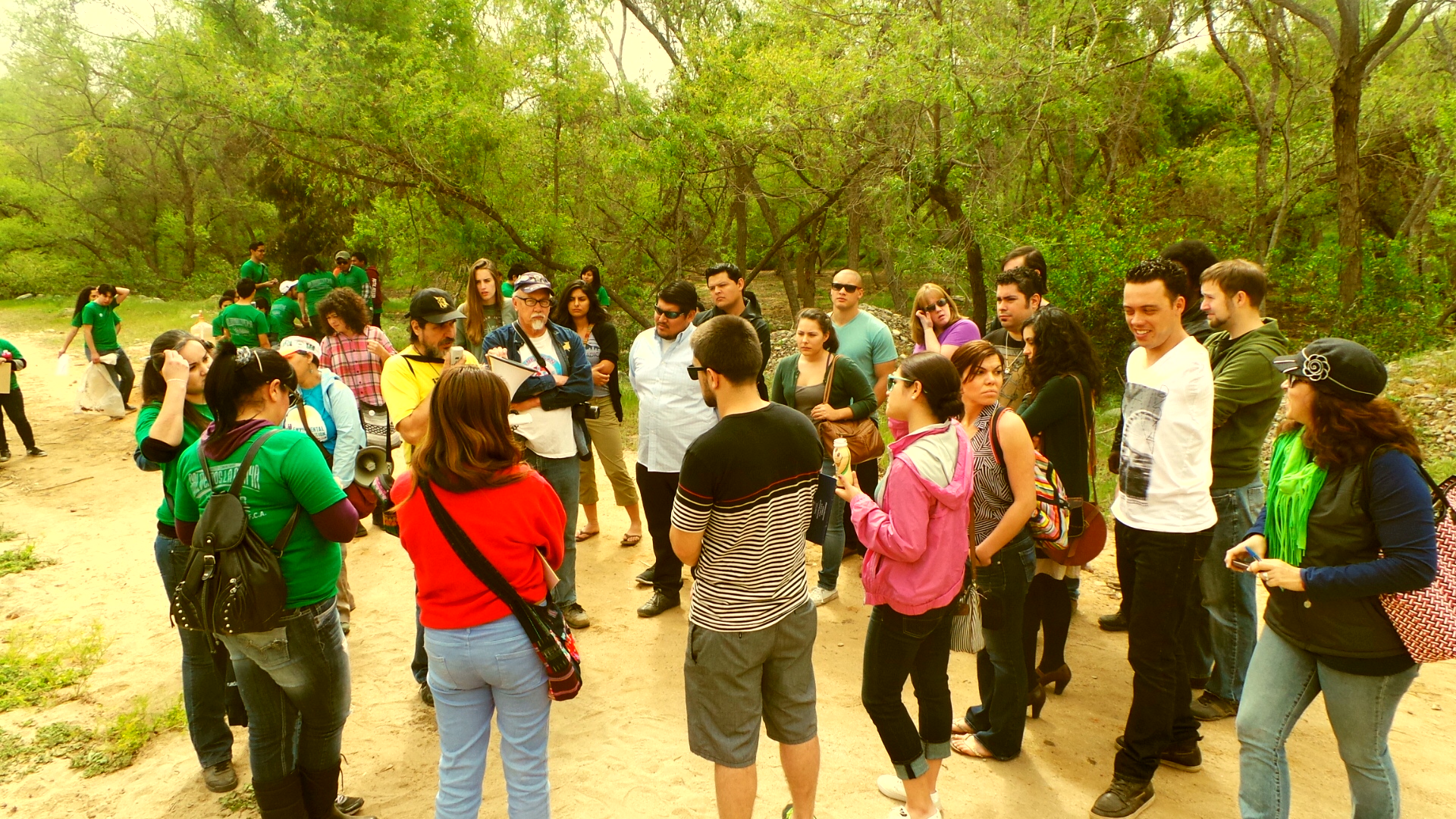
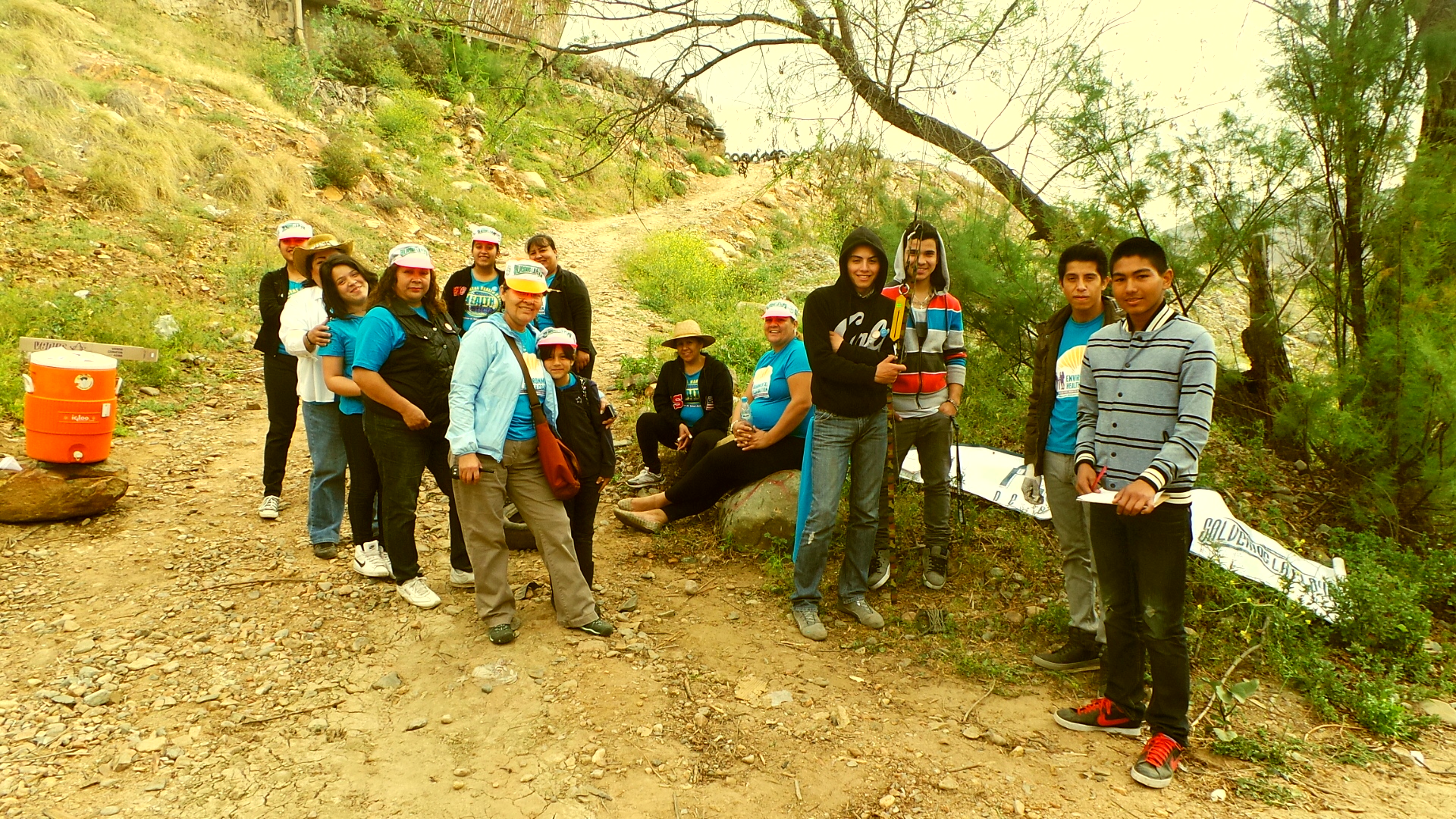
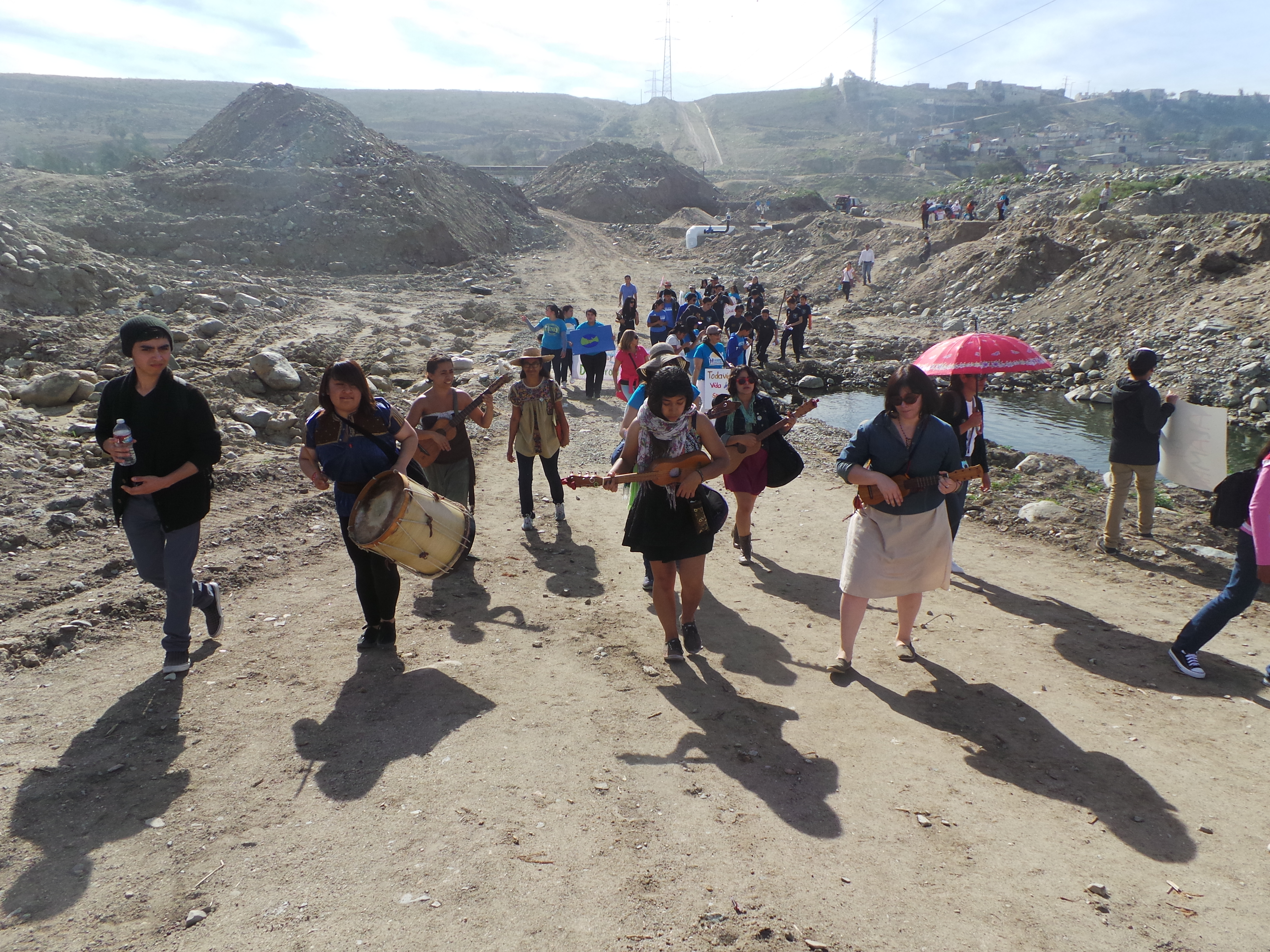
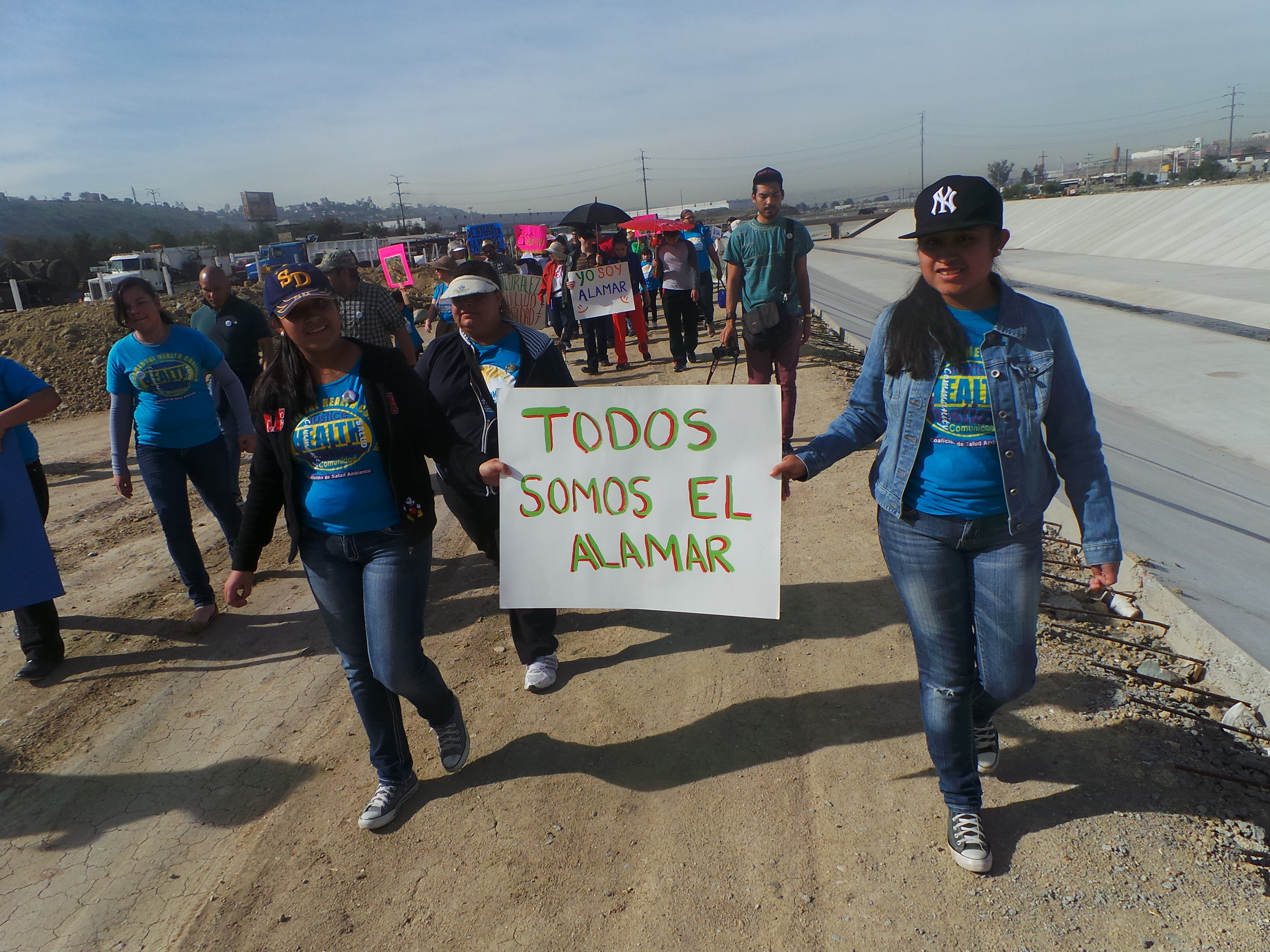 ¿Por qué luchar contra una obra que lleva más del 70% de avance?
¿Por qué luchar contra una obra que lleva más del 70% de avance?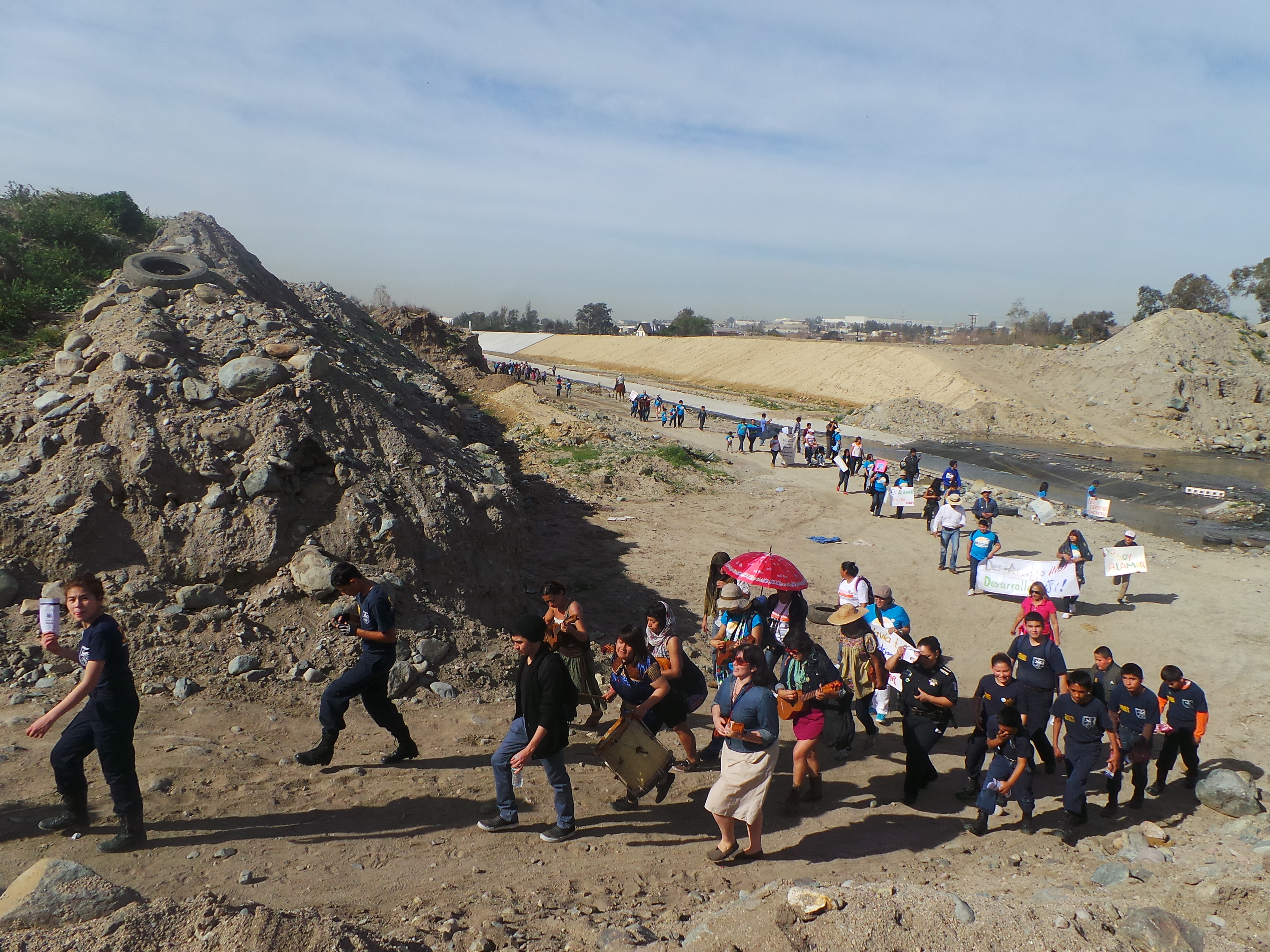 Más detalles aqui
Más detalles aqui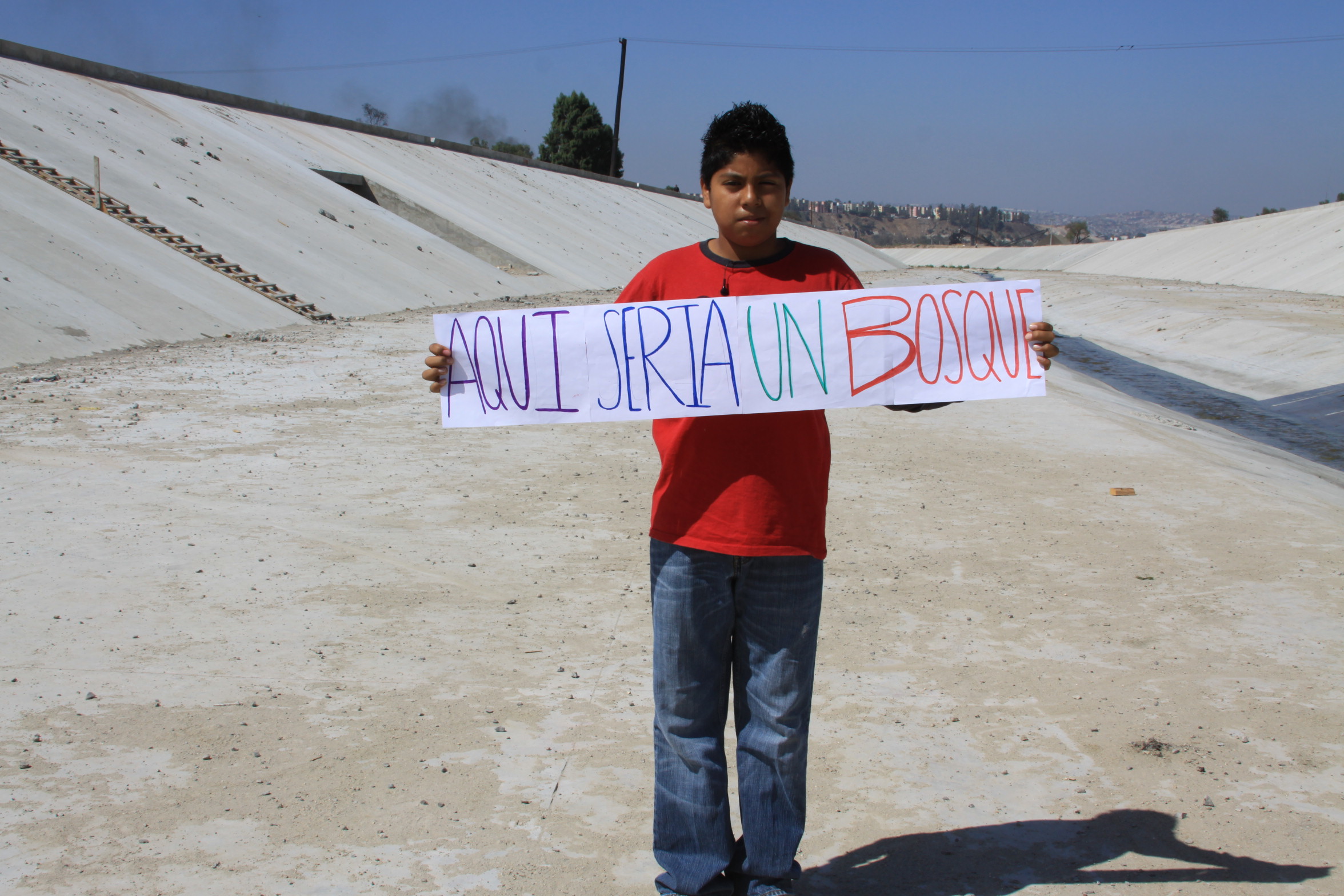 El próximo sábado 15 de febrero en punto de las 9:00 de la mañana Environmental Health Coalition junto con otras 14 organizaciones de la sociedad civil de Tijuana y la campaña
El próximo sábado 15 de febrero en punto de las 9:00 de la mañana Environmental Health Coalition junto con otras 14 organizaciones de la sociedad civil de Tijuana y la campaña  Después de dos años de campaña la coalición Alamar y la campaña Alamar Sustentable, hemos logrado integrar la
Después de dos años de campaña la coalición Alamar y la campaña Alamar Sustentable, hemos logrado integrar la 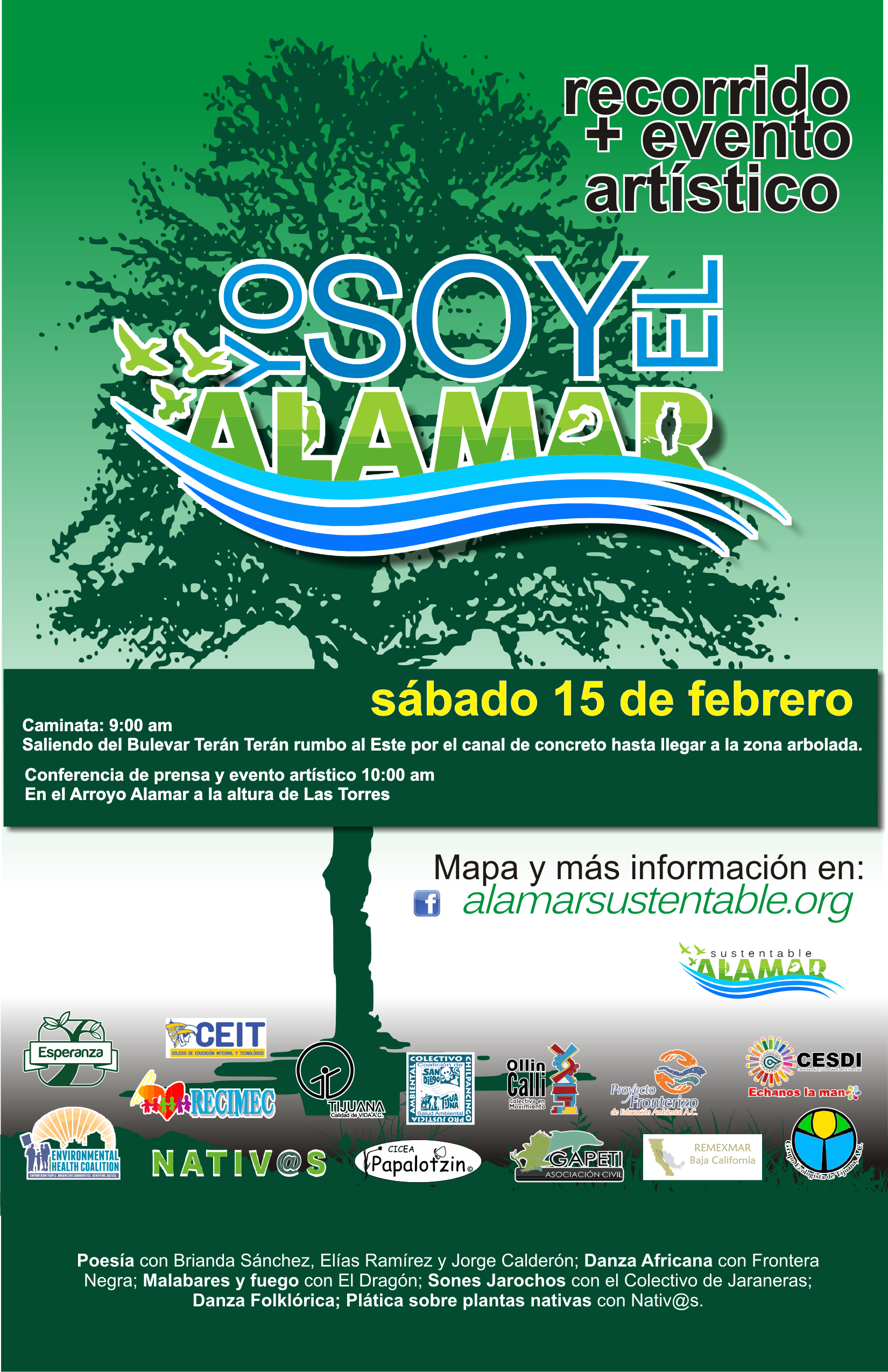
 El pasado 31 de mayo EHC, grupos ambientalistas y residentes de las colonias Chilpancingo y 10 de Mayo aprovecharon la visita a Tijuana del director de la Comisión Nacional del Agua, David Korenfeld, para entregar un escrito pidiendo la conservación de la tercera etapa del Arroyo Alamar.
El pasado 31 de mayo EHC, grupos ambientalistas y residentes de las colonias Chilpancingo y 10 de Mayo aprovecharon la visita a Tijuana del director de la Comisión Nacional del Agua, David Korenfeld, para entregar un escrito pidiendo la conservación de la tercera etapa del Arroyo Alamar.

